Part Three of Peace of Mind / Part Two of The Road to Rorschach

Sunday 6 April 2025
Landschlacht, Canton Thurgau, Schweiz

Above: St. Leonhard’s Chapel, Landschlacht, Canton Thurgau, Schweiz
I returned yesterday evening from a five-day mini-vacation in Bologna, Italy.
Memory, at least mine, is much like a pot of tea.
It needs time to become flavorful and deep.
I believe that as grateful as I am for my doctor wife footing the bill for Bologna, it was our relationship that made the visit less enjoyable than it could have been.
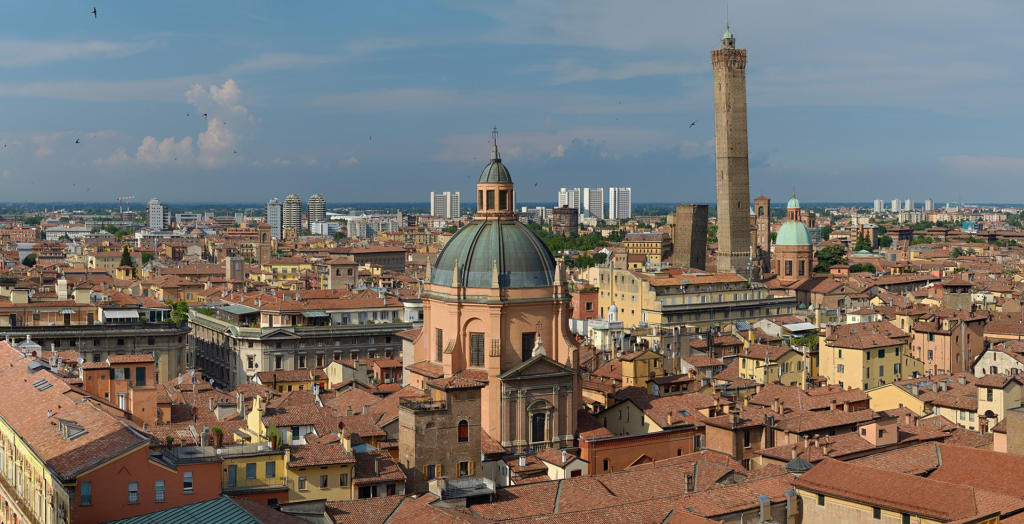
Above: Bologna, Emilia Romagna, Italia
Travelling with the wife is very Dickensian.
“It was the best of times.
It was the worst of times.“
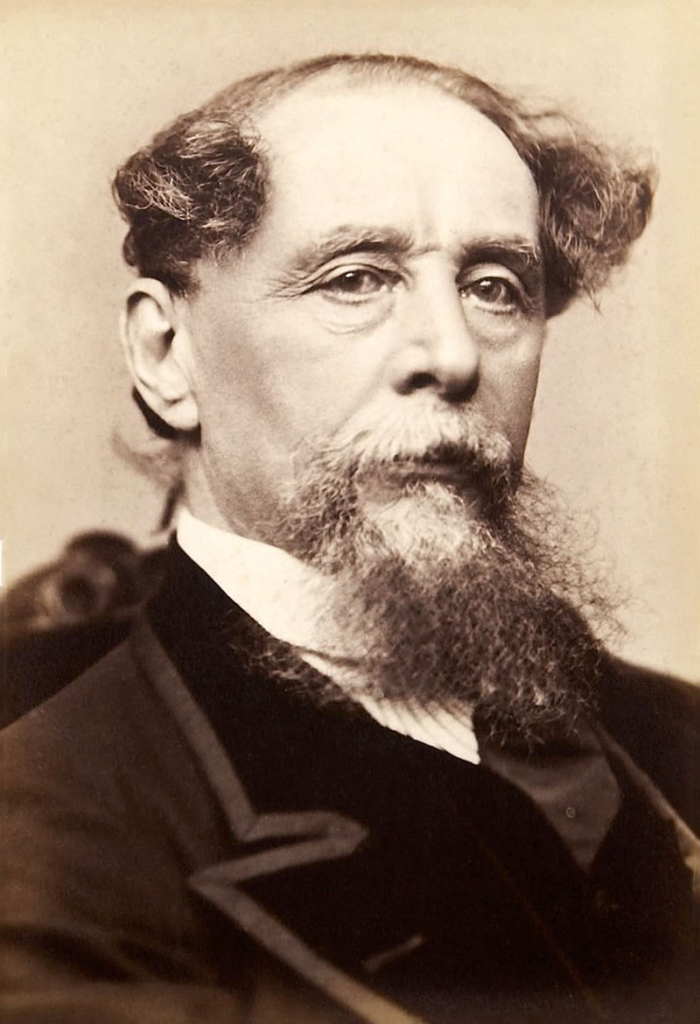
Above: English writer Charles Dickens (1812 – 1870)
Our ideas of R & R are quite different:
My rest and recreation are her rules and restrictions.
Germans need order and structure.
Planning is everything.
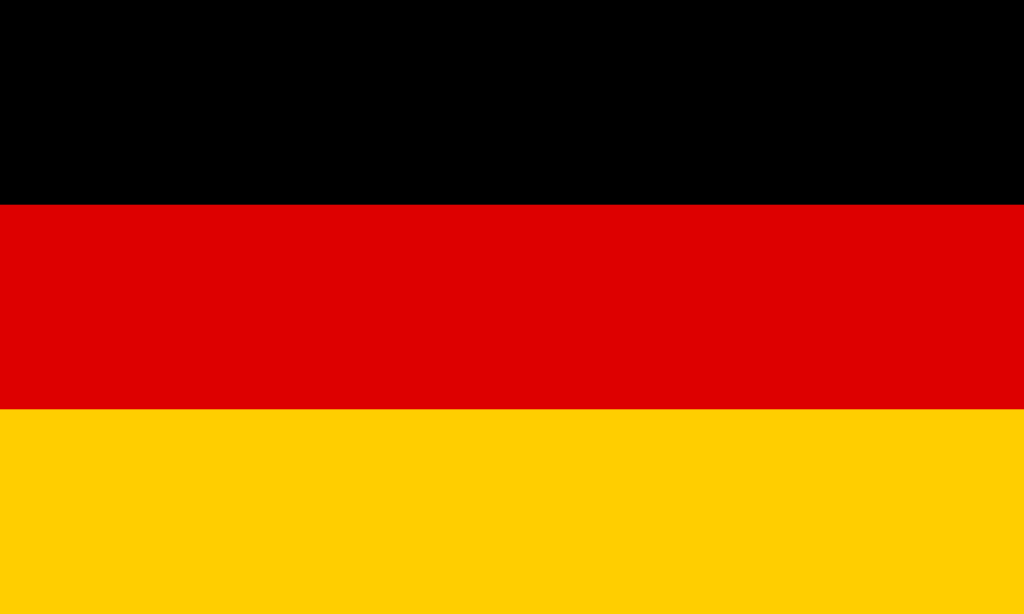
Above: Flag of Germany
I, on the other hand, do choose some things to see but overall I prefer to sit somewhere and simply reflect on all that I see around me.
Truly, we are opposites.
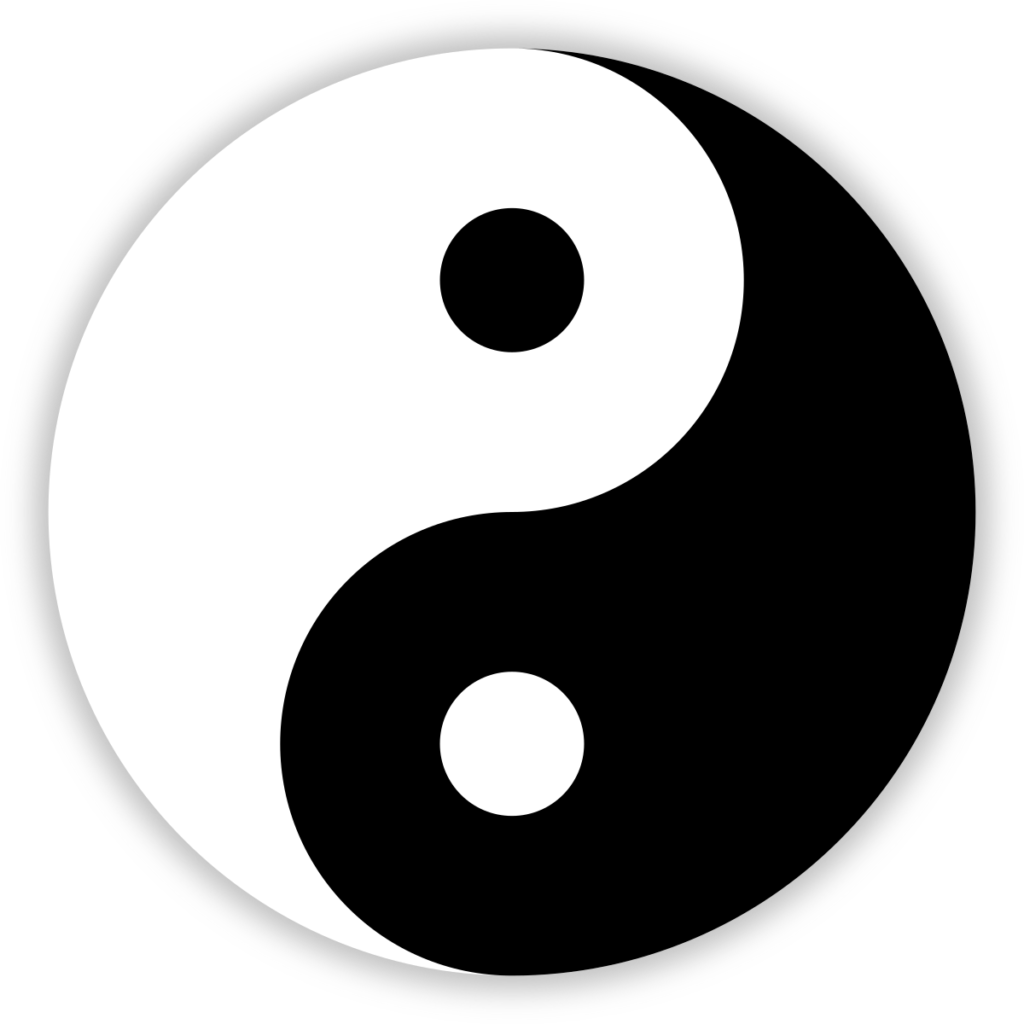
In the short time we were there (1 – 5 April) we visited:
- the Pinacoteca
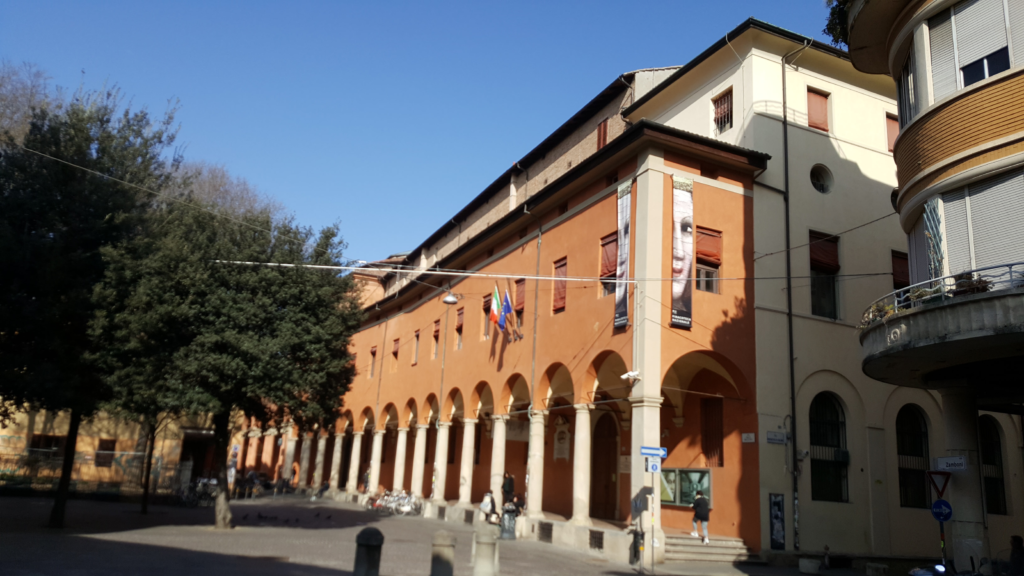
- the Archaeological Museum
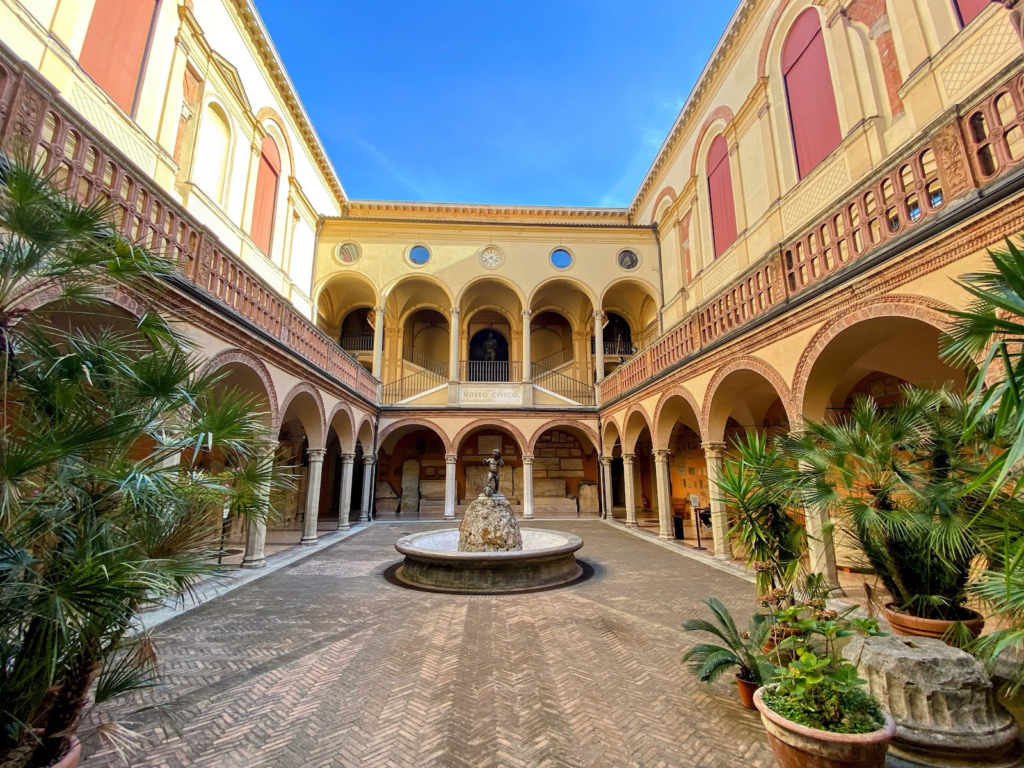
- the International Music Museum

- the City Museum of Industrial Heritage/Davia Bargellini Gallery

- the Basilica of Santo Stefano
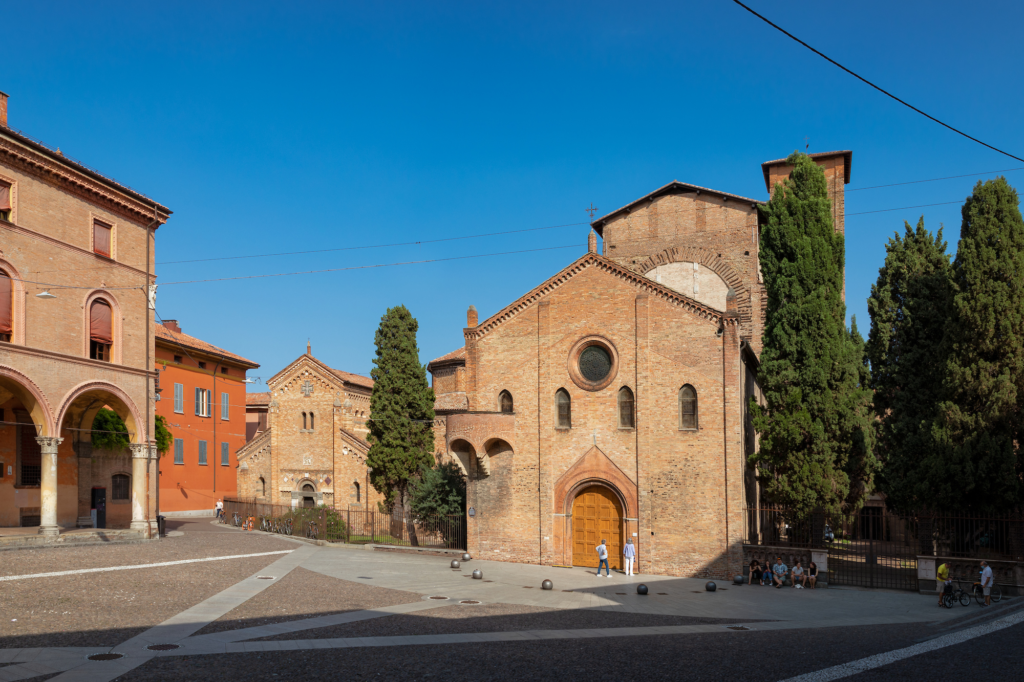
- the Basilica of San Luca
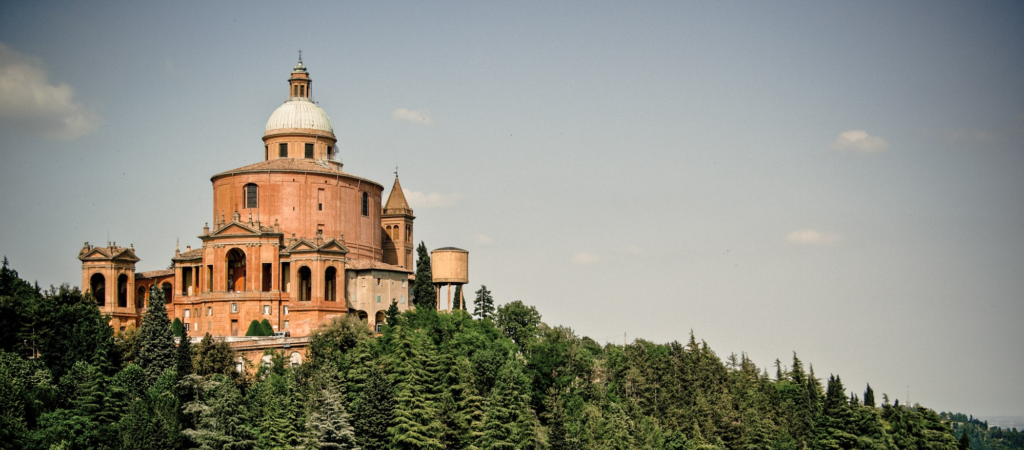
- the Basilica of San Petronio
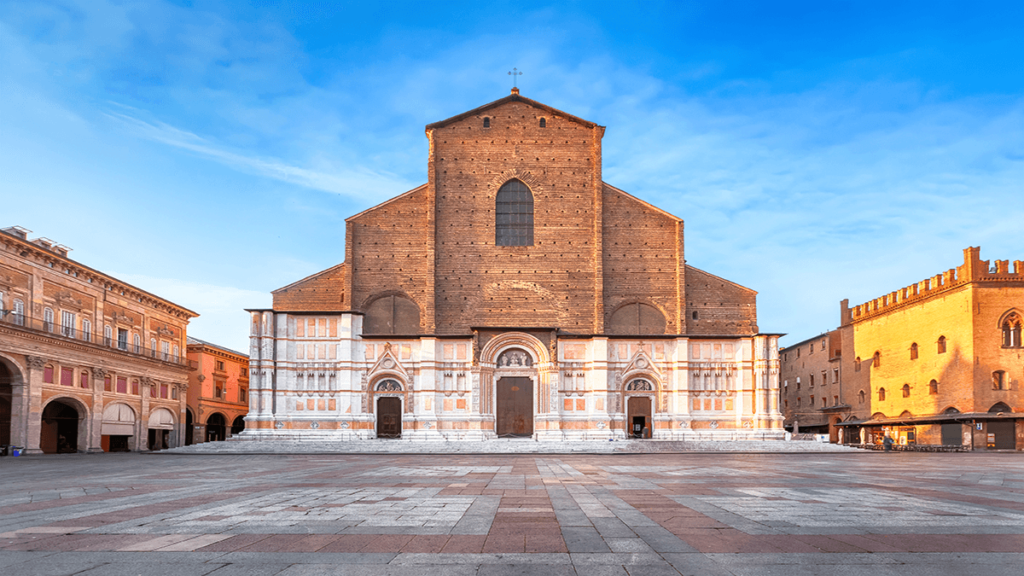
- the Cathedral of San Pietro
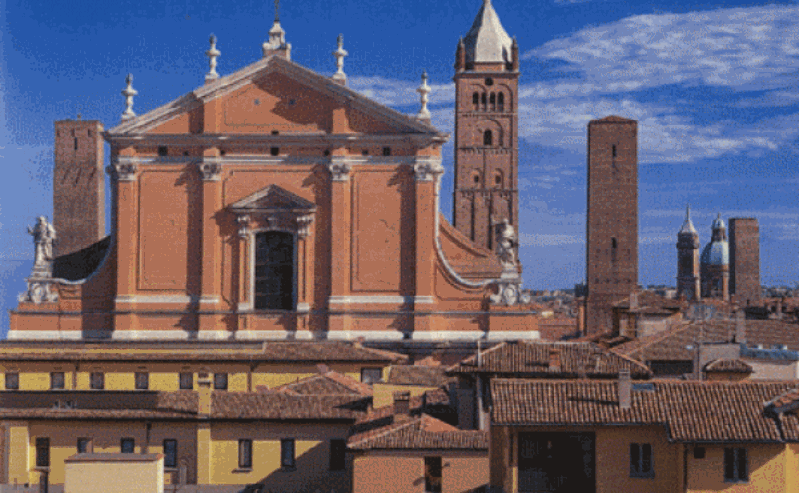
- the Fountain of Neptune
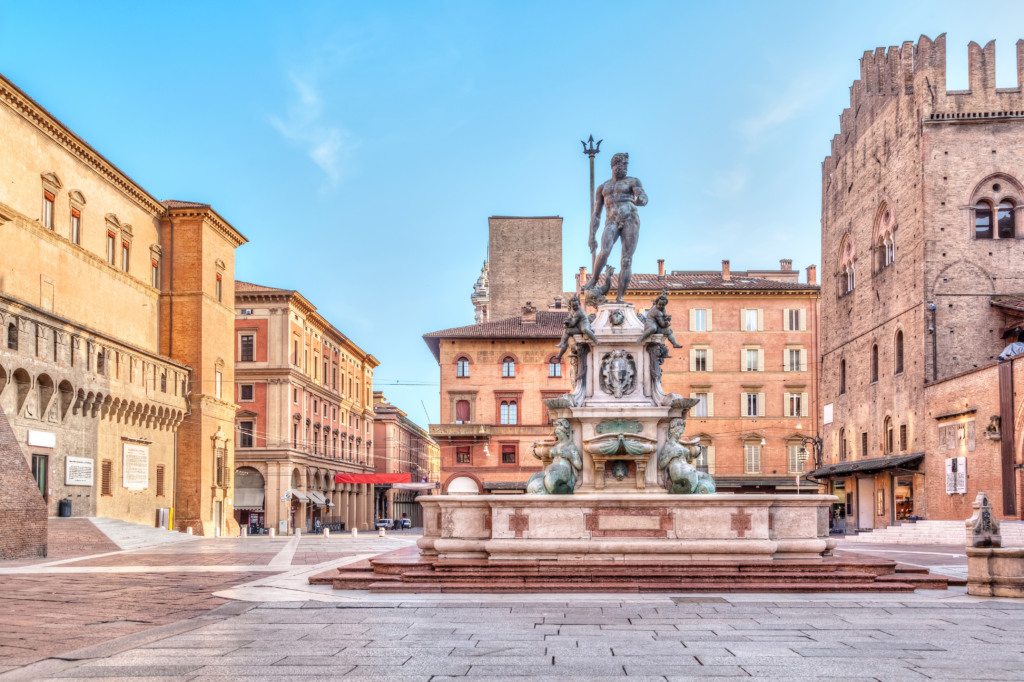
- the two towers of Asinelli and Garisenda
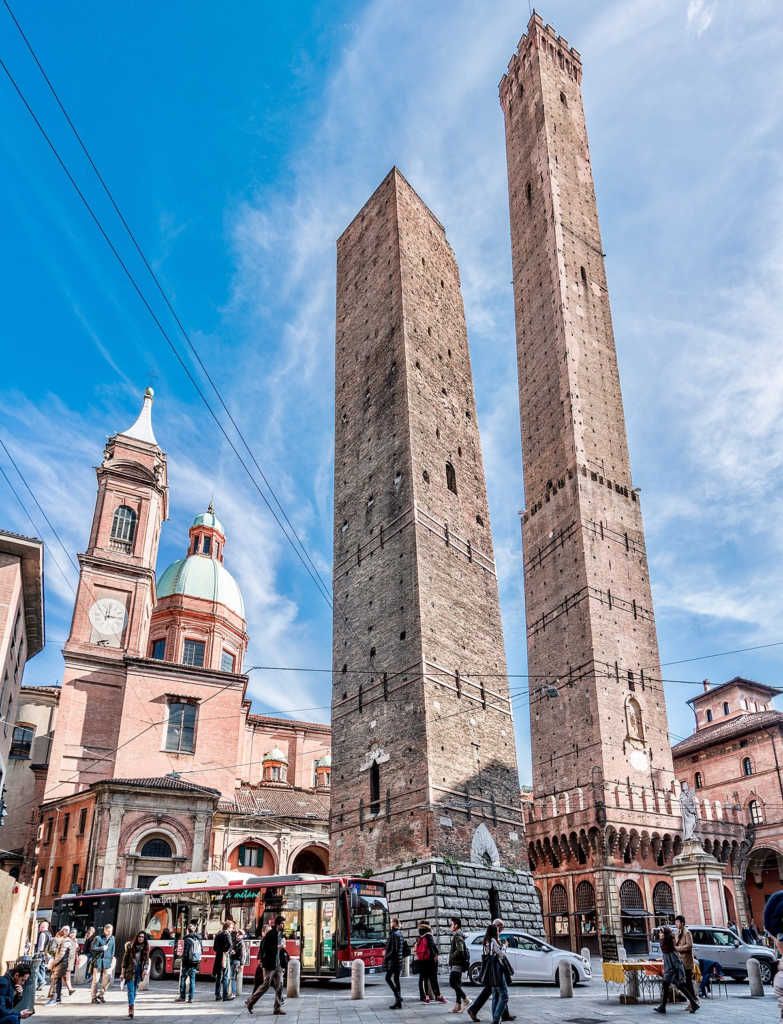
- the Palazzo d’Accursio

- the Palazzo del Banchi

- the Palazzo dei Notai
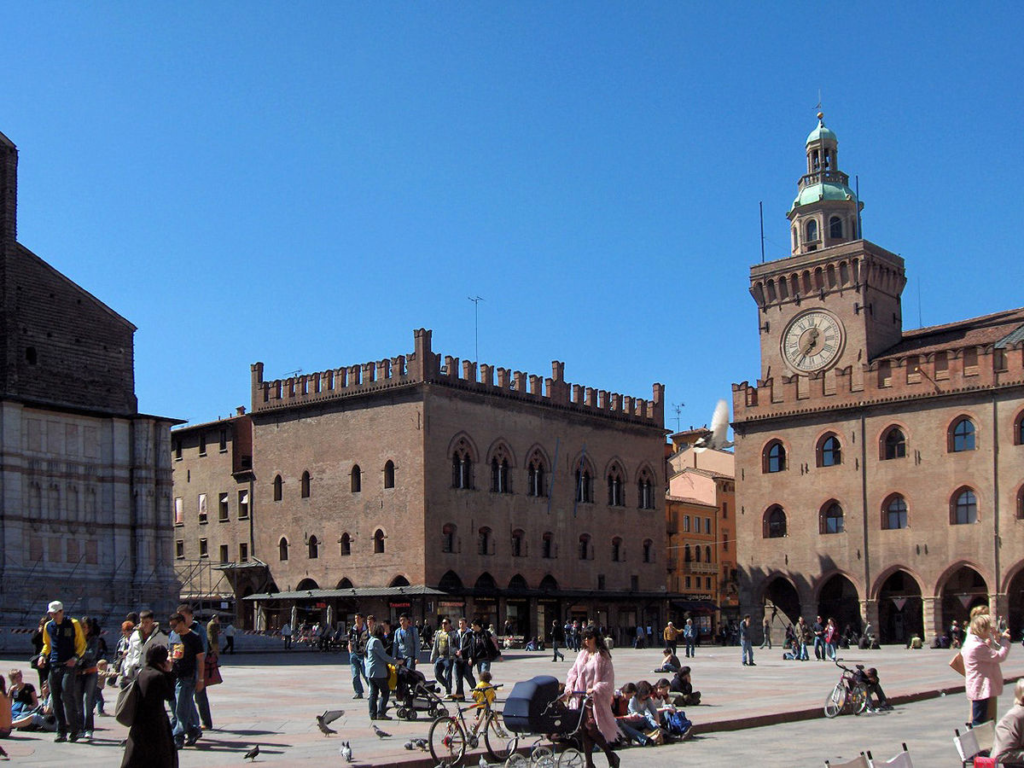
- the Palazzo del Podestà
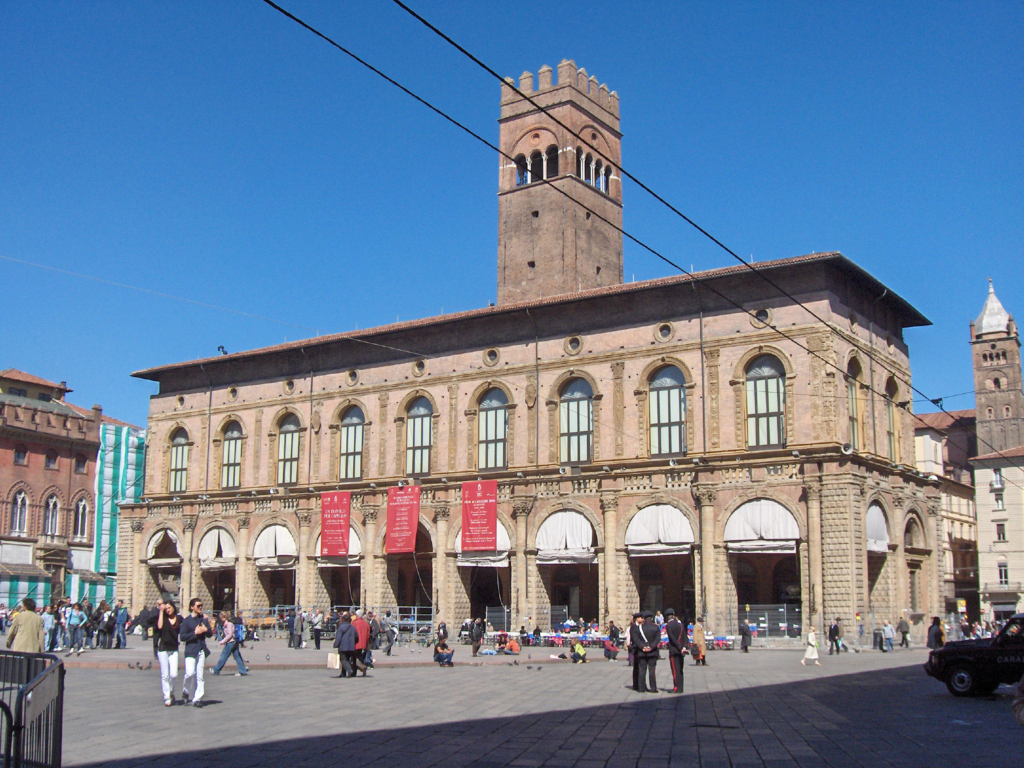
- the Palazzo dell’Archiginnasio
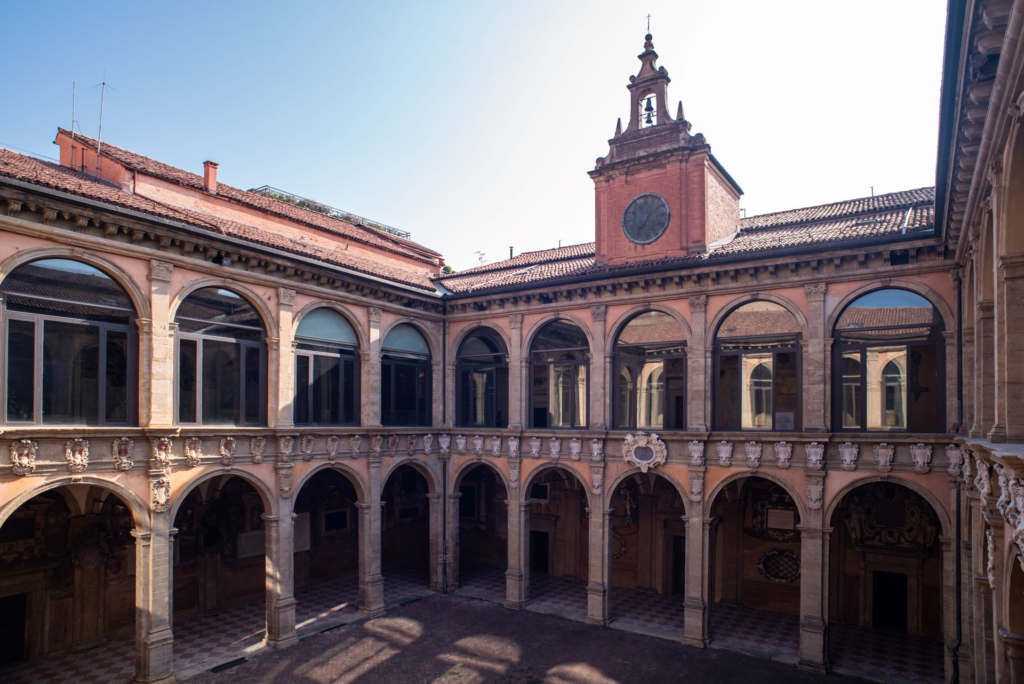
- the Sanctuary of Santa Maria della Vita
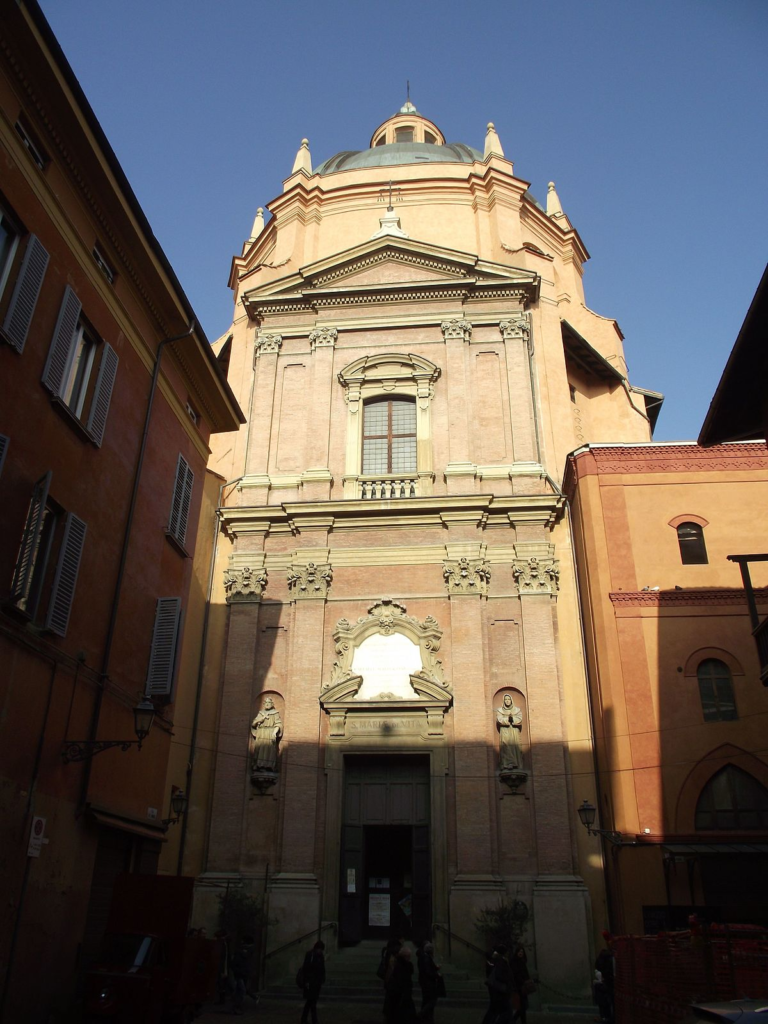
- the window overlooking the canal
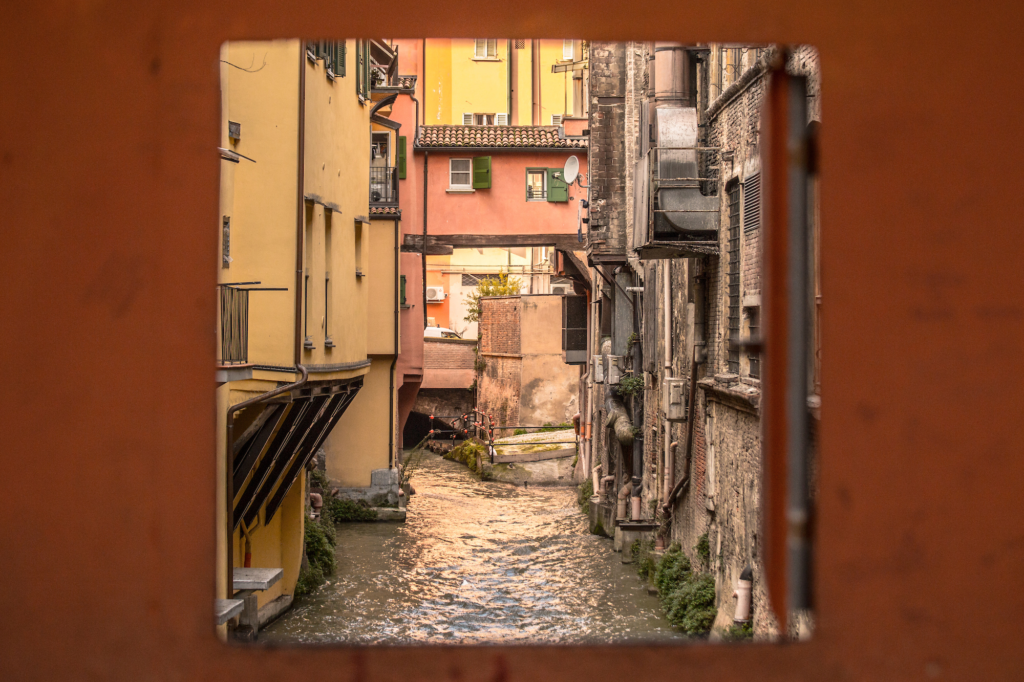
- the former Jewish ghetto

- the Mercato delle Erbe
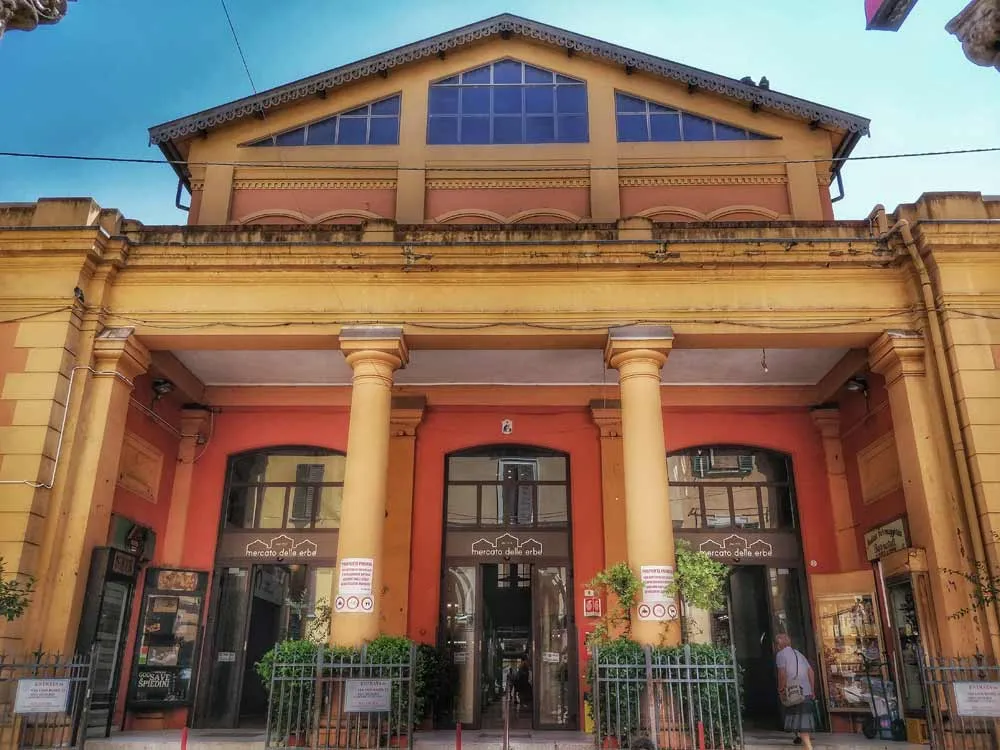
- the Quadrilatero
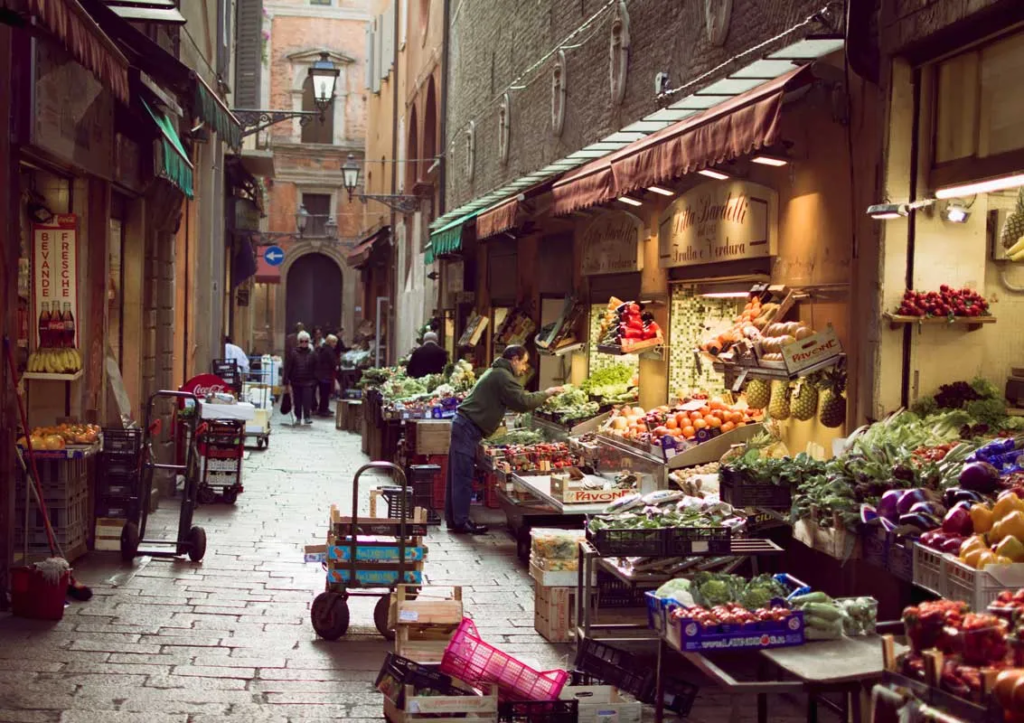
- the University district
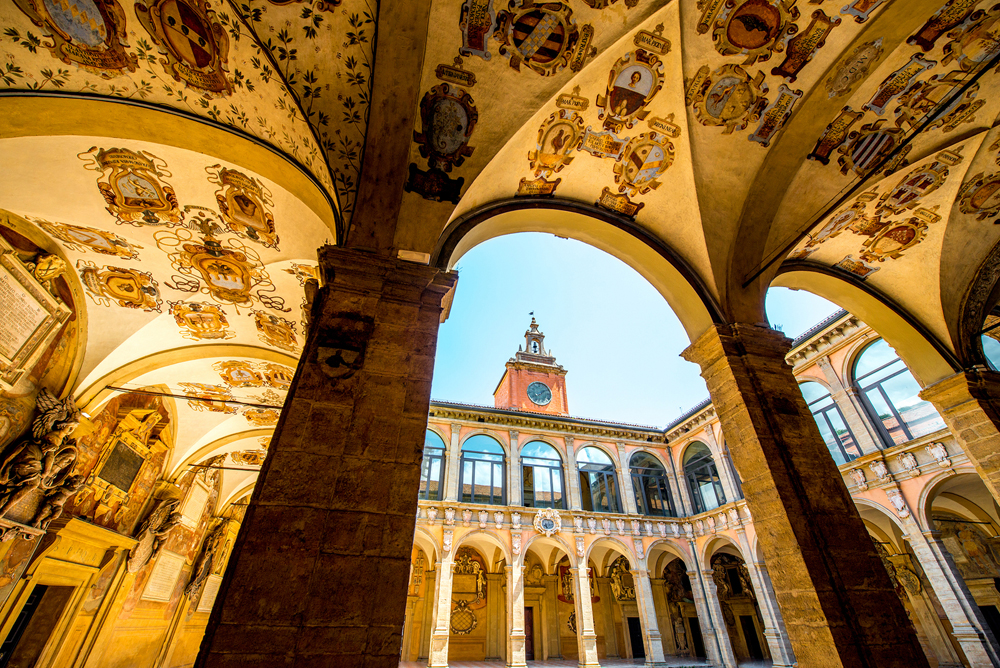
- Piazza Maggiore
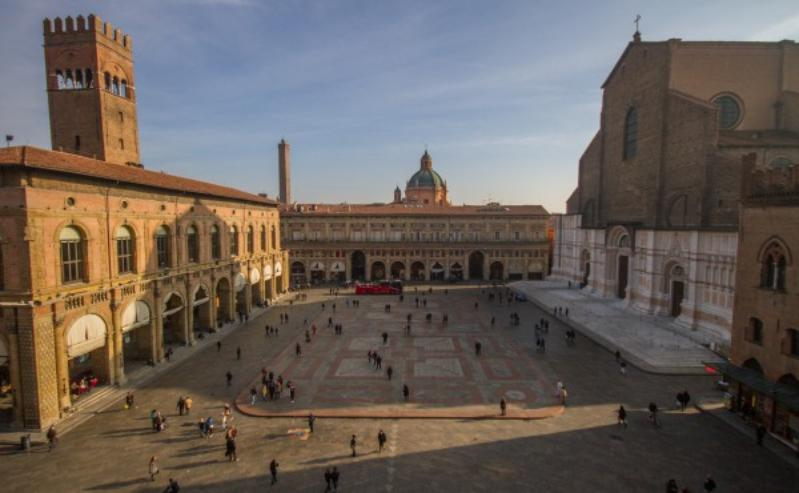
We ate well, but did not sleep well.
We often fought.
To survive we spent our afternoons apart for our sanity.

I bought books that focused on Bologna as well as Tim Parks’ An Italian Education, Tom Benjamin’s A Quiet Death in Italy, Italo Calvino’s Difficult Loves and “Italian Folktales” and Umberto Eco’s The Name of the Rose.
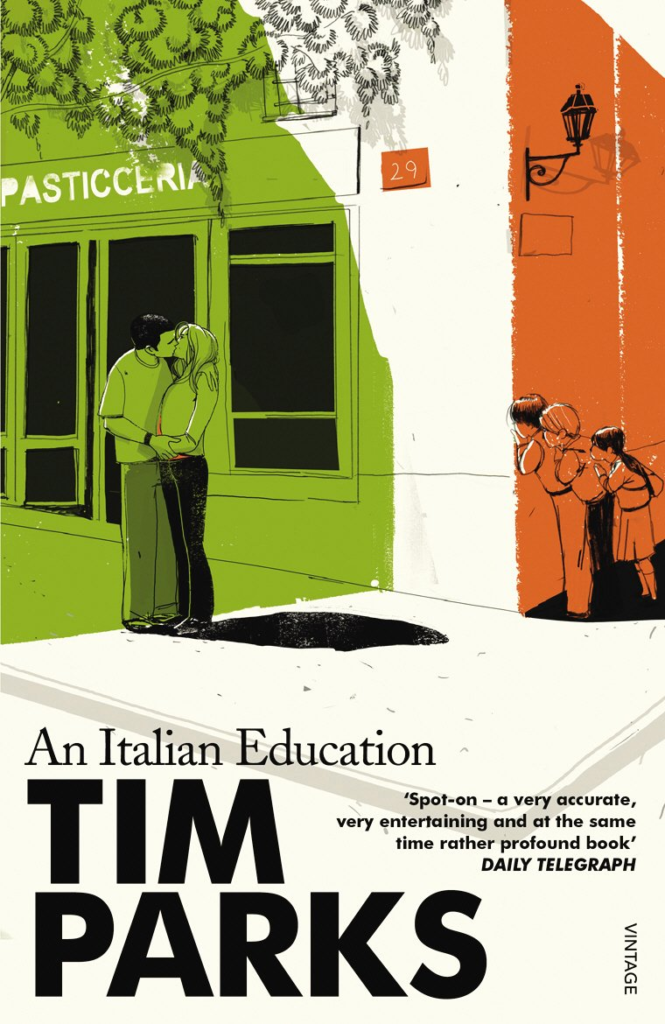
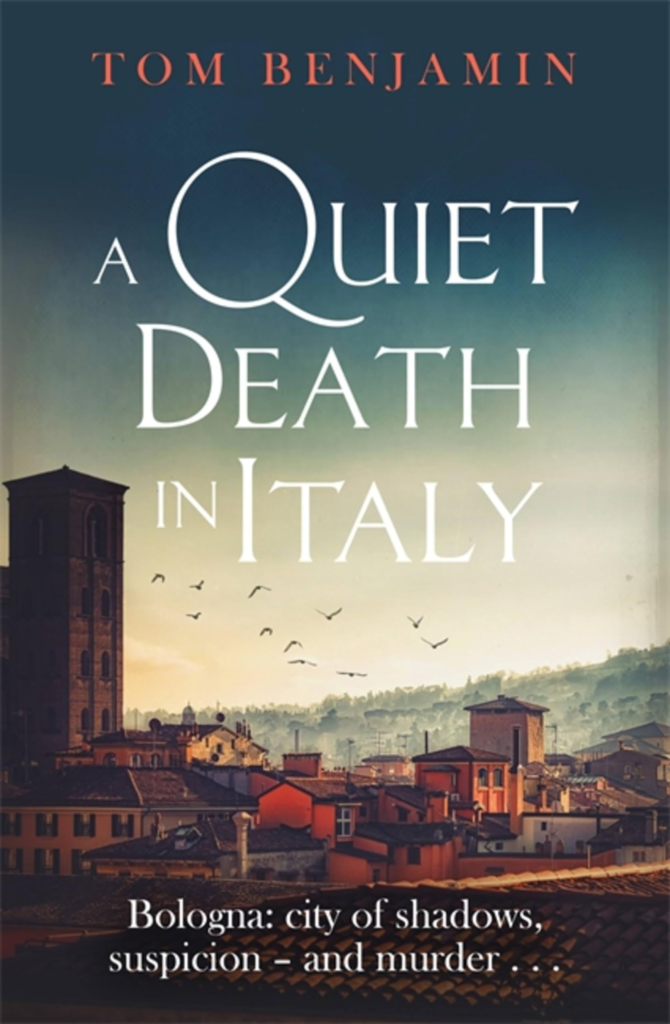
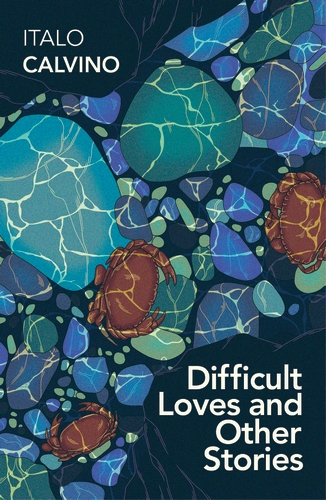
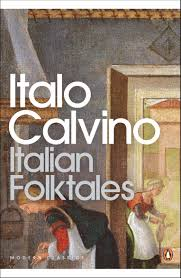
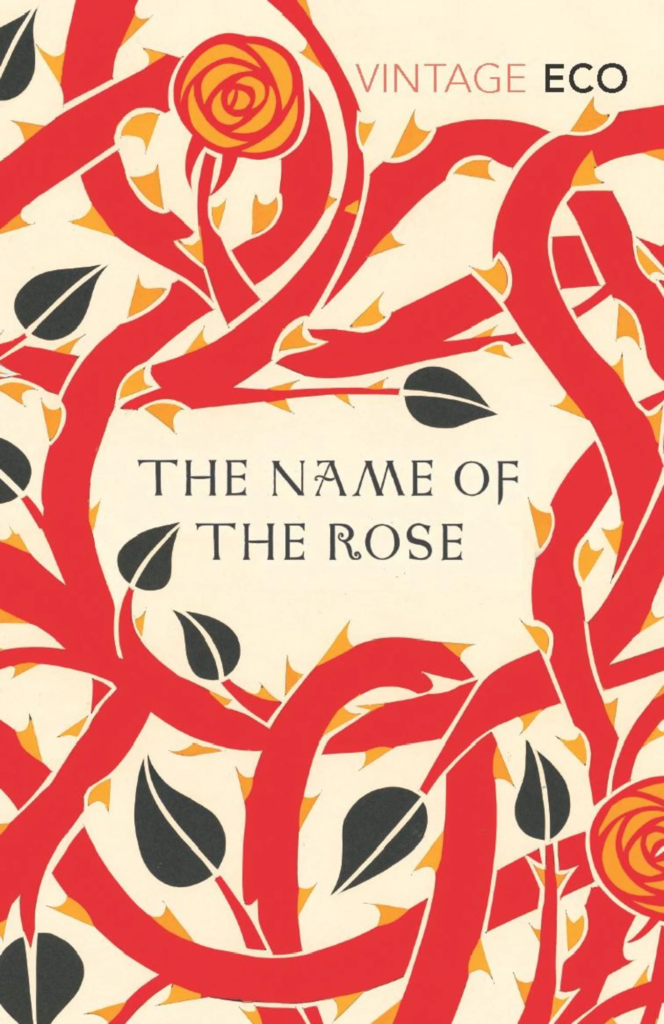
Bologna will inspire future writing – both for all that I saw that was positive (architecture, heritage, good food) and all that I saw that was not so positive (homelessness, crowds, constant construction, too many beggars approaching anyone foolish enough to eat at a sidewalk café).
Part of me would consider living there.
Part of me rejects that idea.

Above: Bologna
The journey to Bologna by train was stressful because of train delays and missed connections.
The journey from Bologna by train was stressful because we never had an opportunity to relax between trains and we fought abroad the trains.
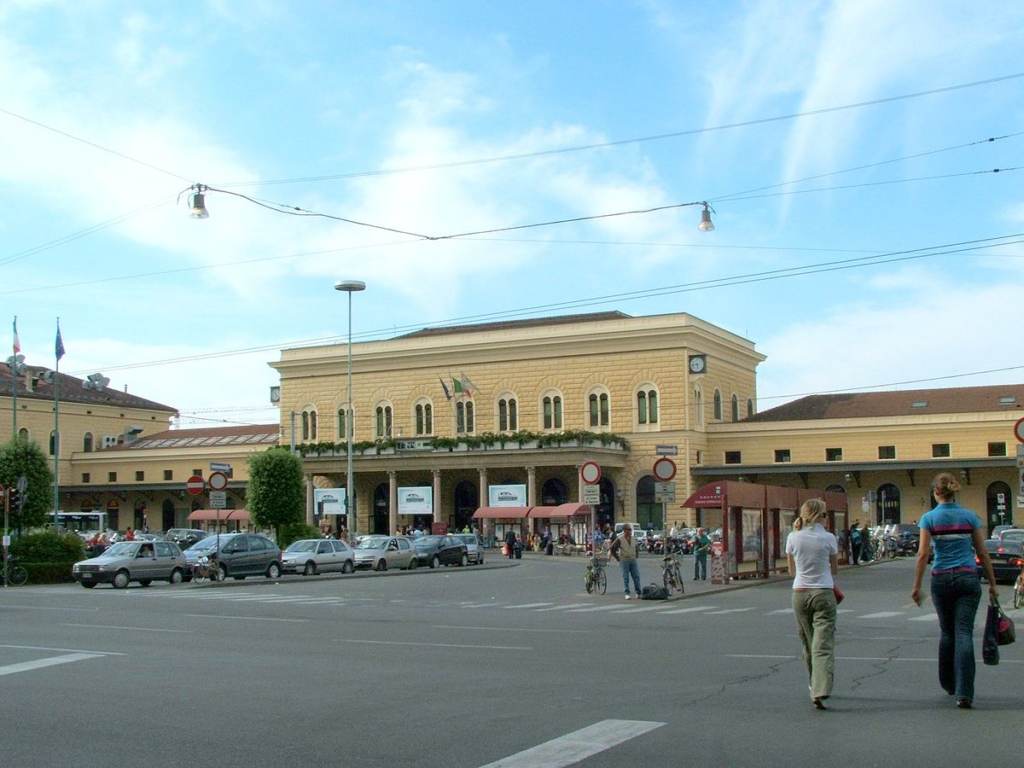
Above: Bologna Centrale
The scenery between Zürich and the Italian border is majestically spectacular, but I fear very few people aboard the trains ever observed the landscapes – obsessed as they were with their phones and laptops.
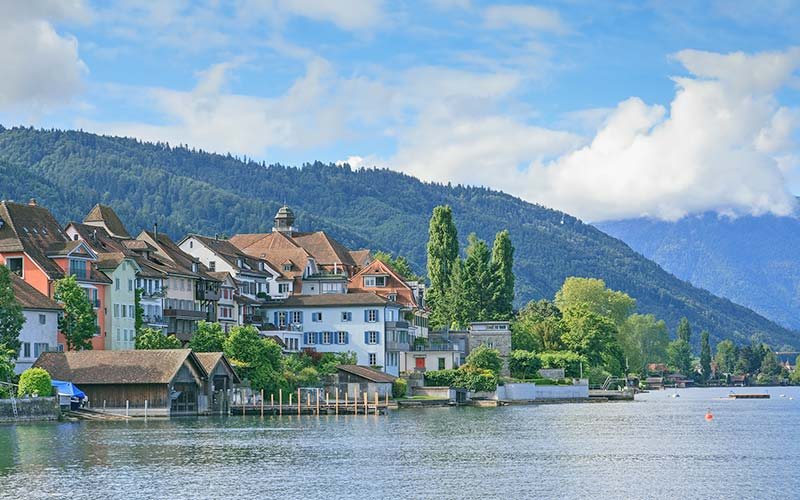
Above: Zugersee, Schweiz
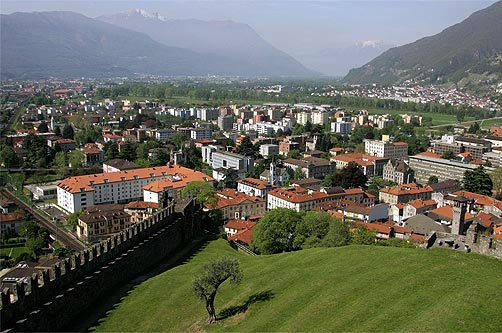
Above: Bellinzona, Canton Ticino, Svizzera
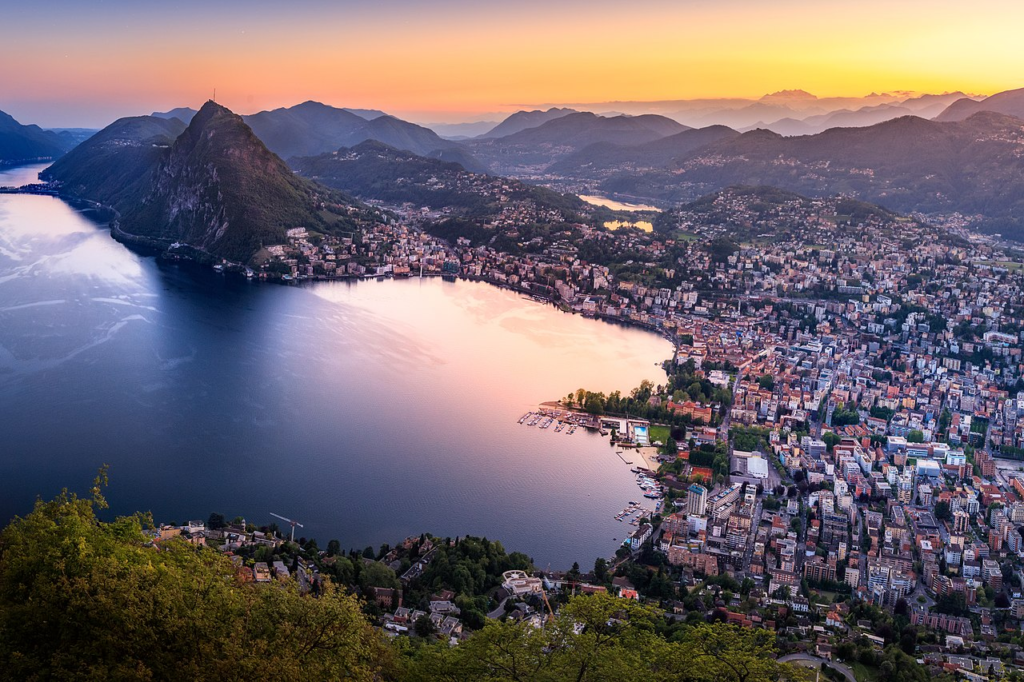
Above: Lugano, Canton Ticino, Svizzera
Bologna, la dotta (the learned), la grassa (the fat), la rossa (the red) – stereotypes they may be, but these oft-quoted sobriquets are on the money.
Bologna, the capital of Emilia Romagna, is renowned for its university, its cuisine and its traditional left wing stance.
The erudite city is also famous for its beautifully preserved historic centre:
A tapestry of medieval streets and squares stitched together by 38 km (24 miles) of porticoes.
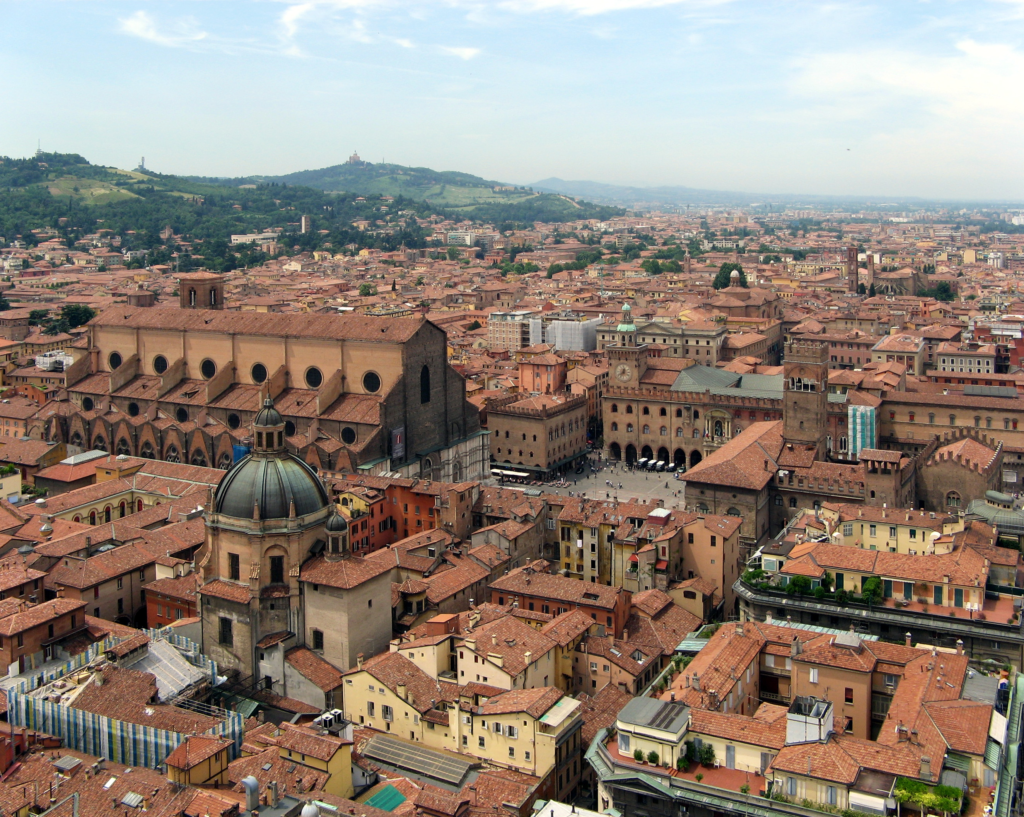
Above: Bologna
La Rossa is a nod as much to the rich red of its palaces, towers and colonnaded walkways as it is to the city’s left-leaning politics.
The nickname la rossa has a long and layered legacy.
Yes, it refers to the physical rossa — those glowing terracotta roofs and arcades —but it also reflects a deep-rooted history of progressive and leftist politics.
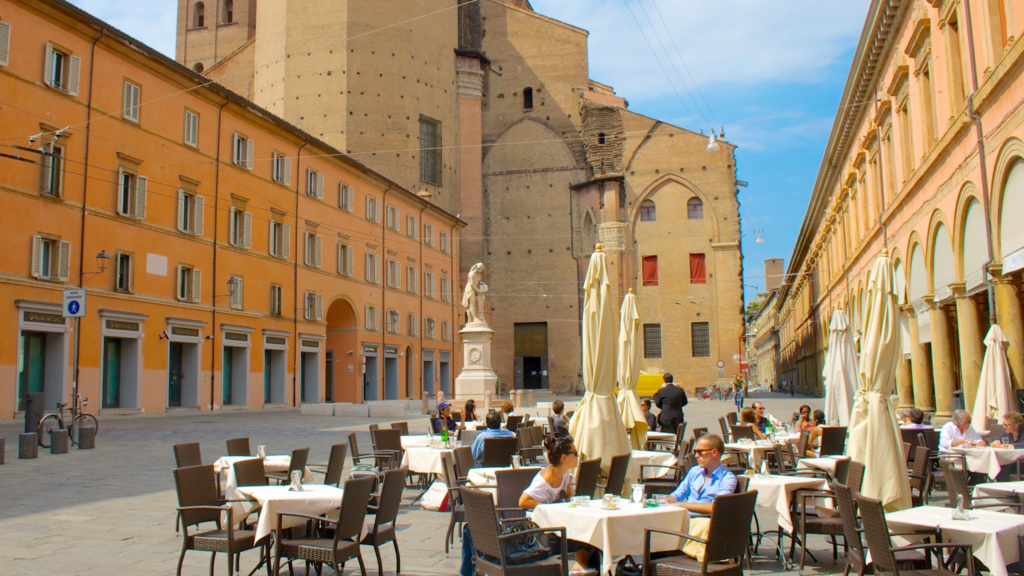
Above: Bologna
Bologna has long been considered a bastion of the Italian left, especially in the post-WWII era.
After the fall of Fascism, Bologna and the surrounding Emilia-Romagna region became strongholds of the Italian Communist Party (Partito Comunista Italiano)(PCI).

From the 1940s until the early 1990s, Bologna was governed almost continuously by left-wing coalitions.
These administrations were often praised—even by opponents—for efficient governance, strong public services, a focus on social housing, education, and cultural initiatives.
Bologna earned a reputation for being one of the best-run cities in Italy.
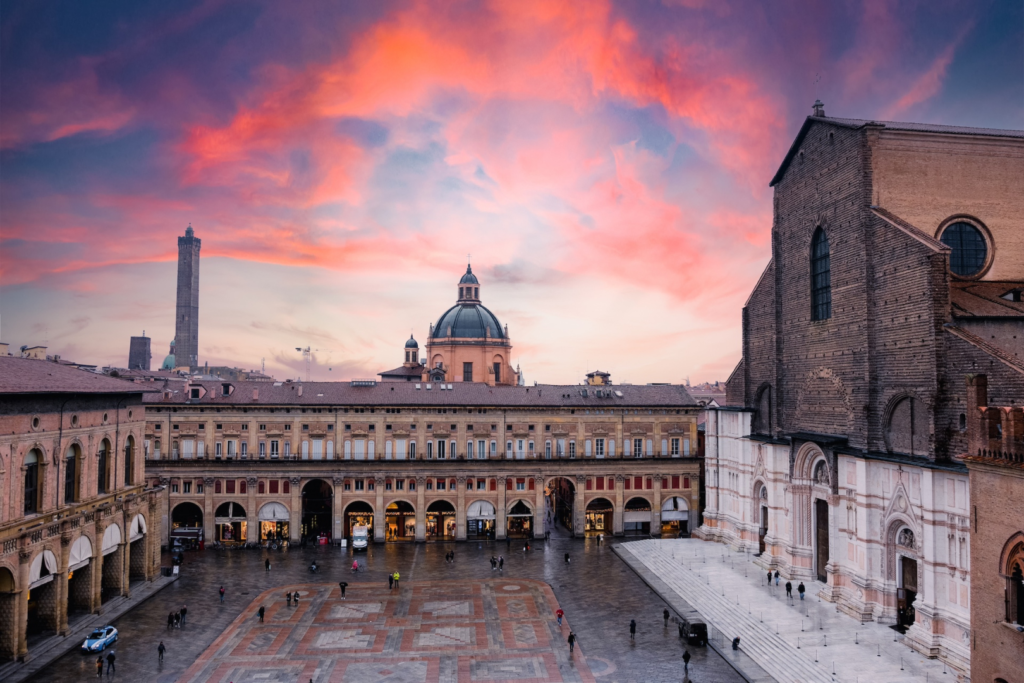
Above: Bologna
The term Bologna model was used to describe the combination of municipal socialism with competent, pragmatic administration.
Public transportation, health services, and urban planning were often held up as models elsewhere.
Though the Communist Party as it was once known dissolved in 1991 (transforming into the more moderate Democratic Party of the Left and eventually into today’s Partito Democratico), Bologna has remained largely centre-left in governance.
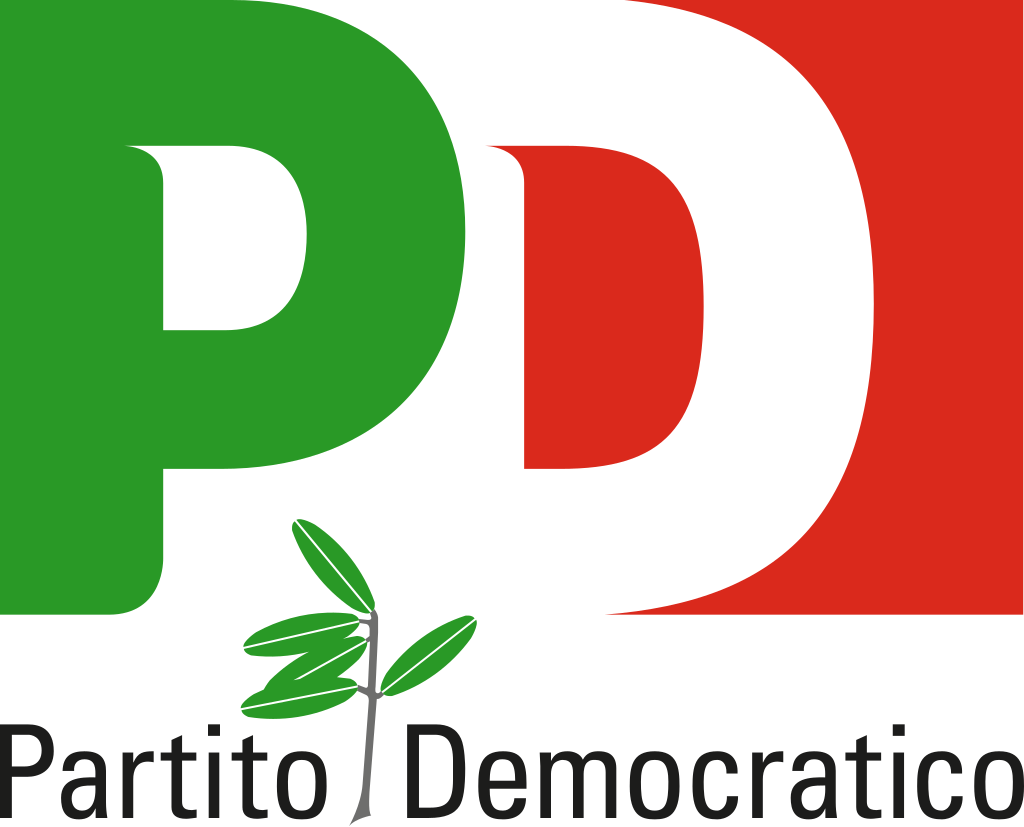
However, as with many European cities, there has been a growing plurality of voices — from populists on the right (like Lega Nord) to environmentalists, centrists and activist collectives.
So while the red banner still flutters, it does so in a more complex and contested political landscape.
The young man who tried to sell us a Communist newspaper and the demonstrations we saw reflect the city’s ongoing political engagement.
Student activism, labor protests, and anti-fascist rallies are common in Bologna, especially given its student population.
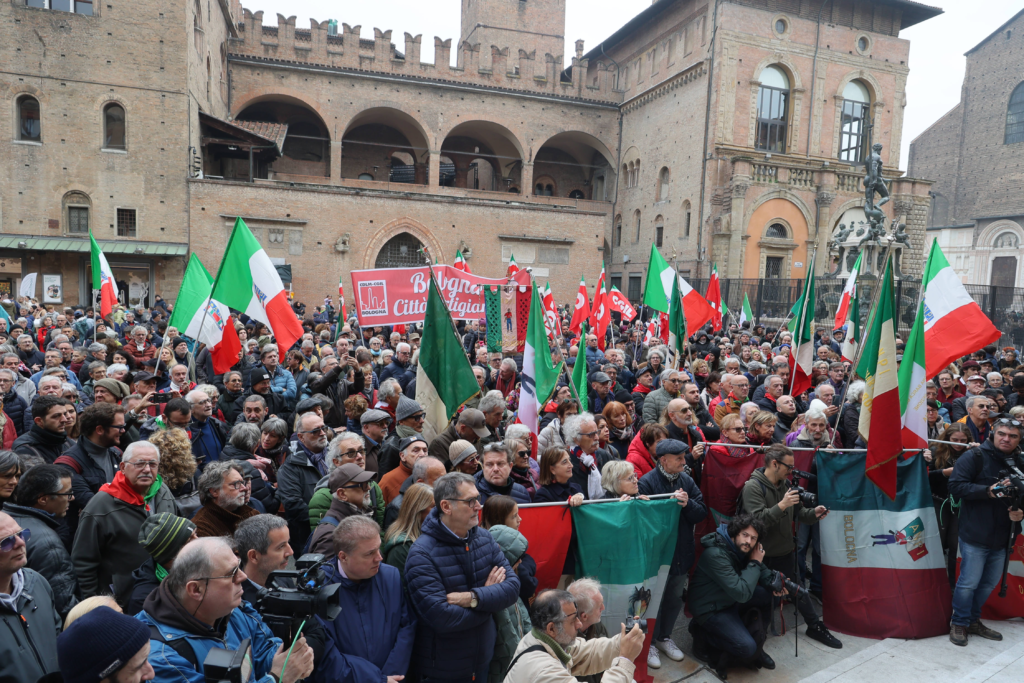
The University of Bologna fosters a politically aware youth.
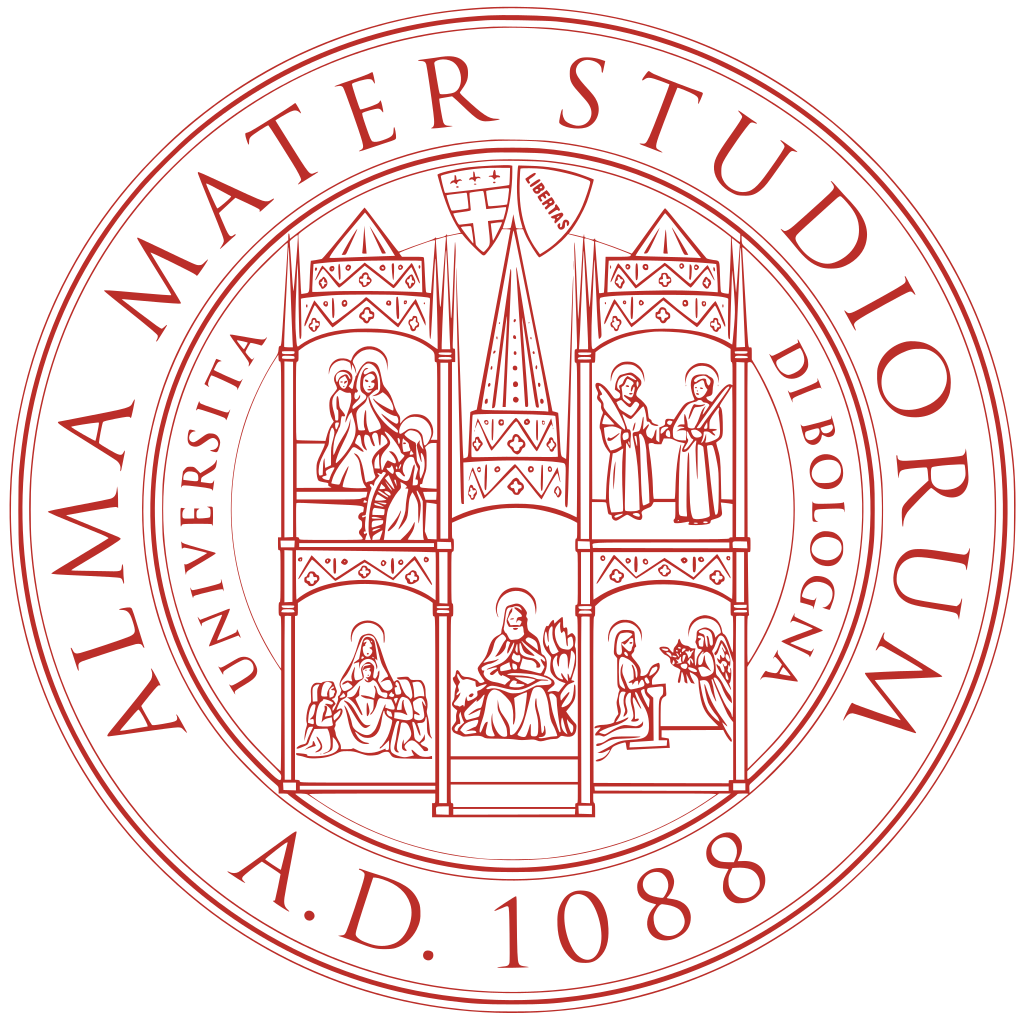
Public squares (particularly Piazza Verdi and around the university zone) are often lively arenas of political expression.
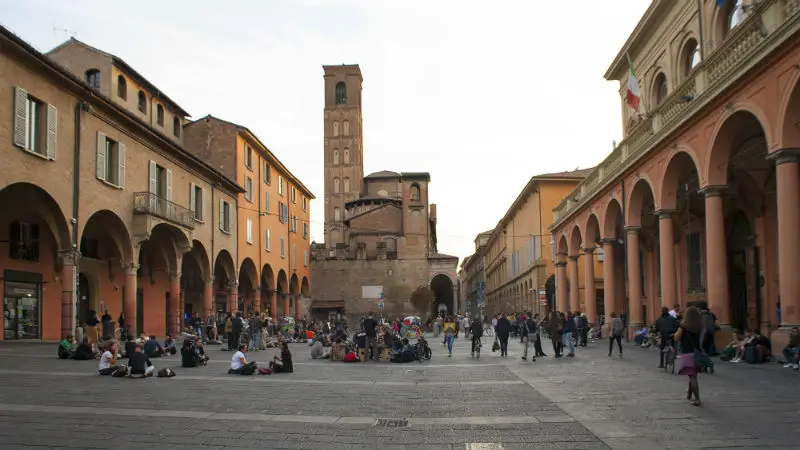
Above: Piazza Verdi, Bologna
It’s worth noting that Bologna’s political leanings are often pragmatic and rooted in community values—more than in ideological extremes.
In recent years, the city has been proud of its public spaces, libraries, support for immigrants and refugees, and cultural funding —hallmarks of its leftist heritage.
In short:
La rossa is not just a nickname.
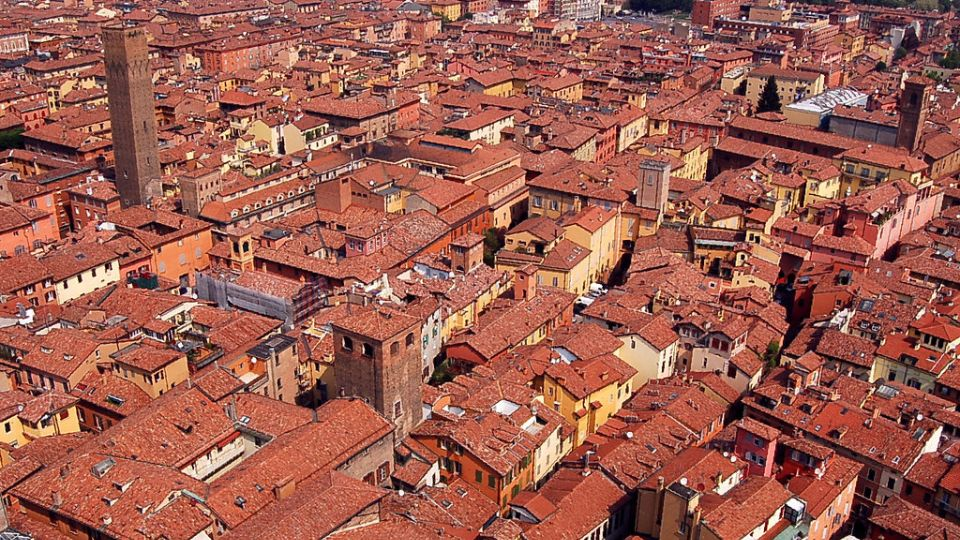
Above: Bologna
It is a lived identity, albeit now shared with the digital age, global capitalism and generational change.
I try to comprehend why the young of Bologna (some, not all) may be attracted to Communism.
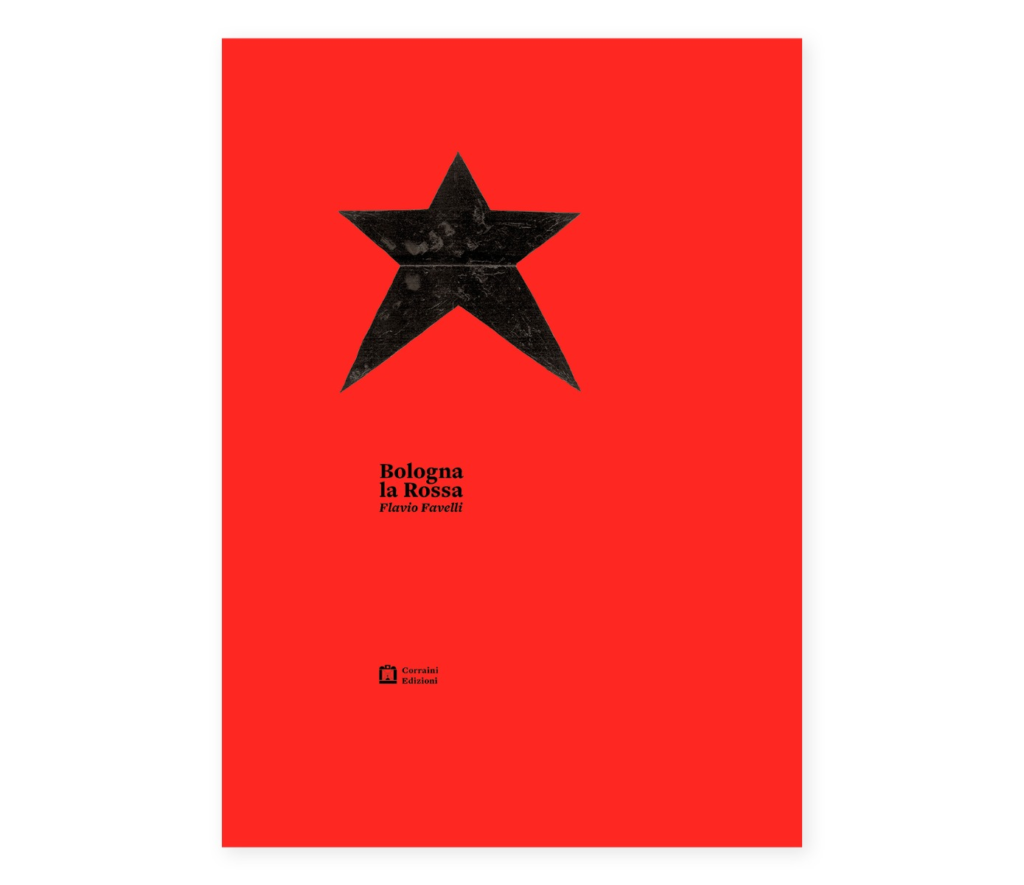
Let’s begin with the simplest truth:
Youth is the age of ideals.
Communism — stripped of its historical abuses — still whispers a dream of equality, solidarity and defiance against the harsh edges of capitalism.
For many young Bolognesi, Communism is less about gulags and politburos, and more about justice, dignity and community.
Bologna’s very earth is steeped in leftist tradition.
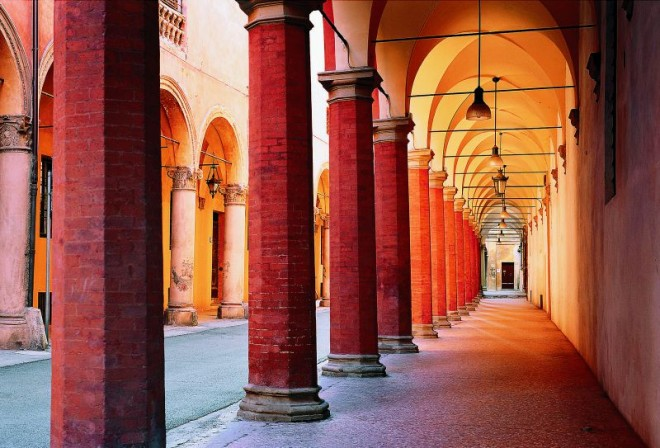
Above: Bologna
Its university — the oldest in the Western world — has long nurtured critical thinking and dissent.
The city’s strong history of postwar Communism wasn’t just political, it was cultural:
Festivals, cooperatives, worker solidarity, bookshops, cafés, community radio.
For students growing up in this environment, Communism may feel less like an imposed ideology and more like an inherited worldview— a continuity of resistance.
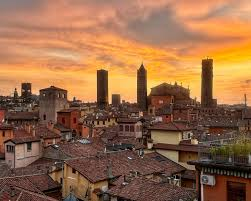
Above: Bologna
Youth unemployment in Italy is persistently high — around 20% nationally, even higher in the south.
Precarious gig work, rising rents, and the digital hustle economy leave many feeling used and discarded.
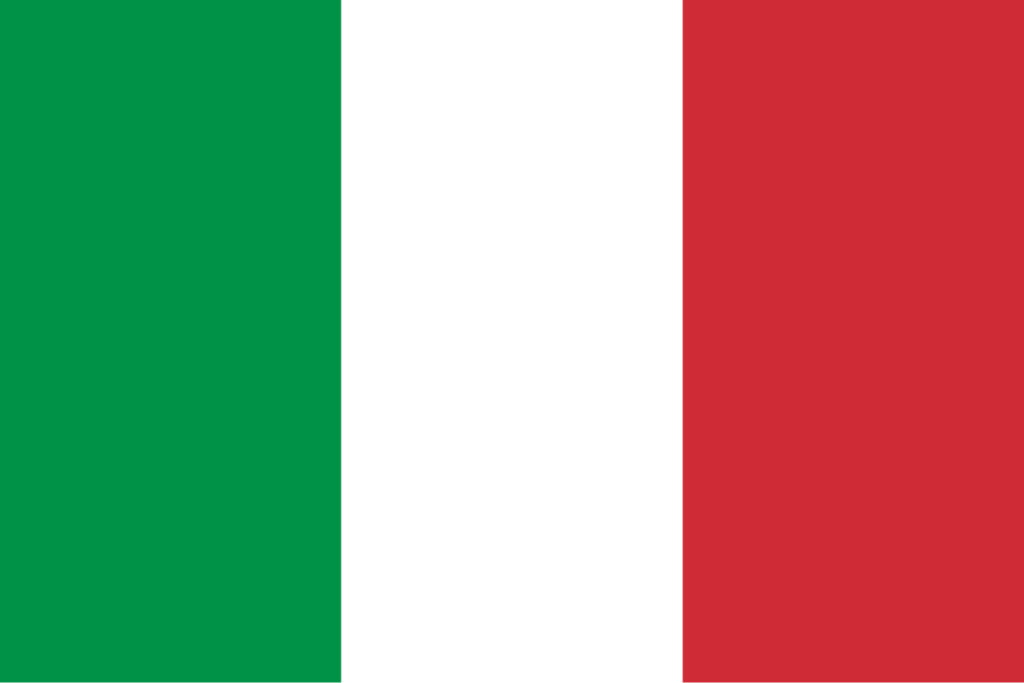
Above: Flag of Italy
In this context, Communism — especially its modern, reimagined forms—offers a vision of:
- fair wages
- worker control
- affordable housing
- public access to education and healthcare
It’s less about overthrowing the state and more about taking back control from corporations and global elites.
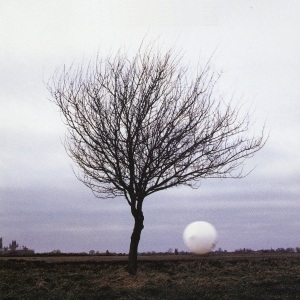
Bologna saw some of the fiercest battles against Mussolini’s regime.
The region gave birth to countless partisans and resistance fighters.
Today, the Antifa (anti-fascist) tradition is strong in youth movements, especially in response to the rising tide of nationalism and xenophobia across Europe.
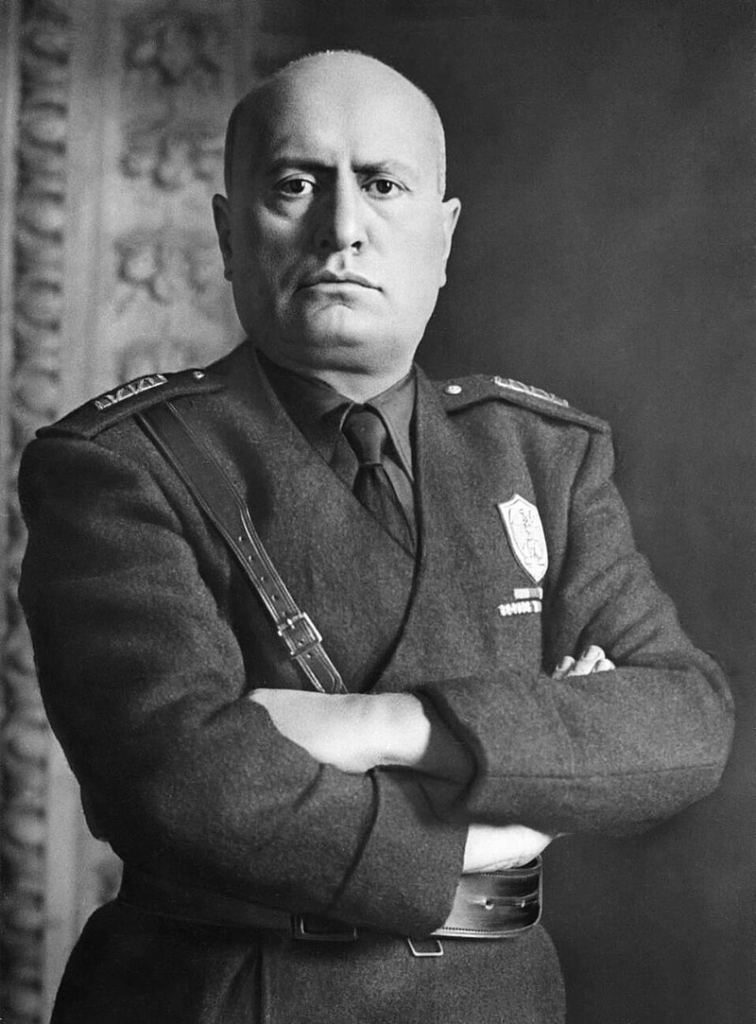
Above: Italian dictator Benito Mussolini (1883 – 1945)
Being “Communist” in Bologna can mean standing against:
- racism
- sexism
- homophobia
- neo-Fascist political parties like Fratelli d’Italia
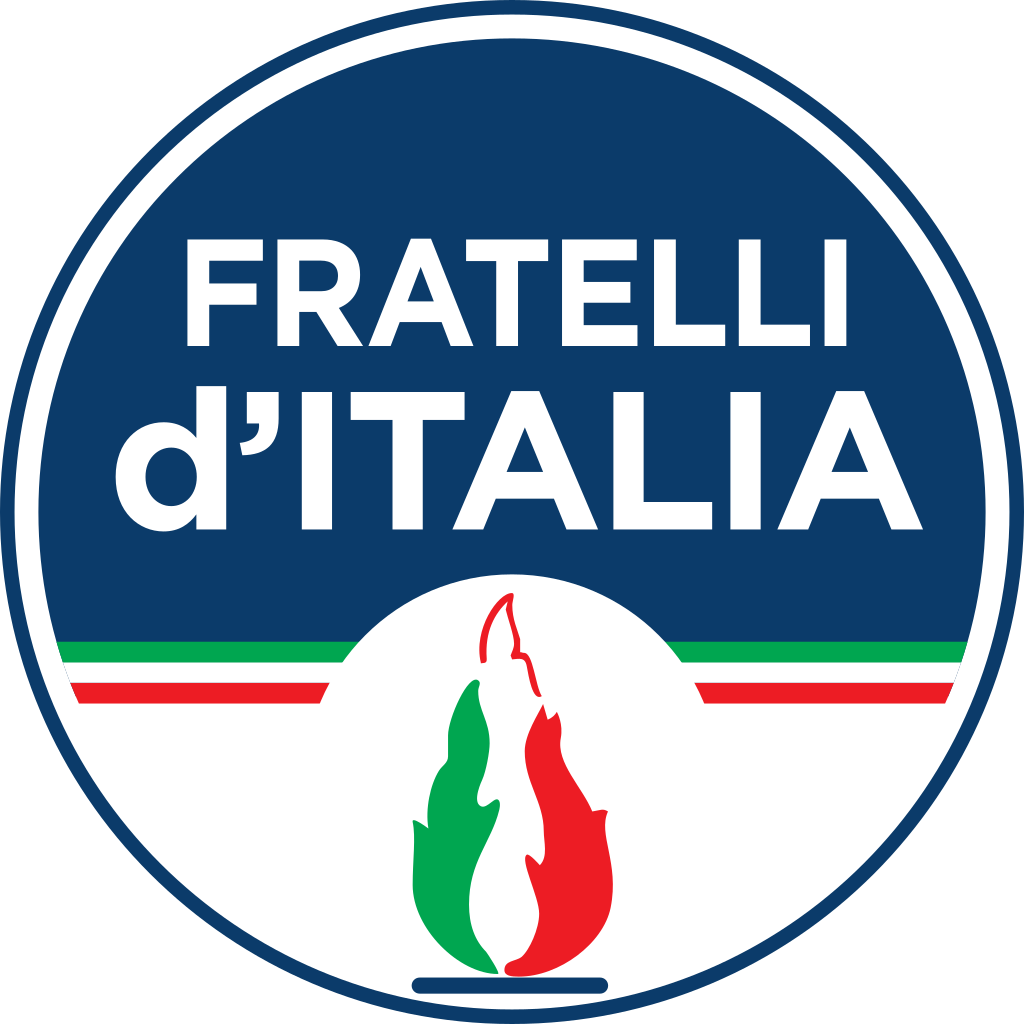
Bologna’s students are often politically engaged and curious.
Reading Gramsci, Marx, Fanon, and even contemporary thinkers like David Harvey or Slavoj Žižek isn’t unusual.

Antonio Gramsci was an Italian Marxist thinker and politician — one of the most important political theorists of the 20th century.
He was imprisoned by Mussolini’s fascist regime for over a decade, during which he wrote the now-famous Prison Notebooks.
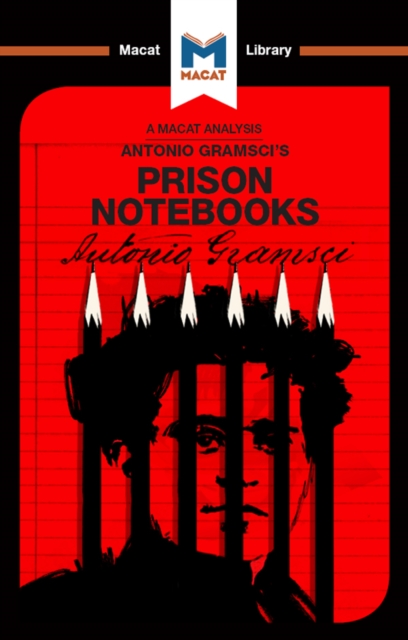
Why he matters:
Gramsci asked:
Why didn’t revolution happen in the West as Marx predicted?
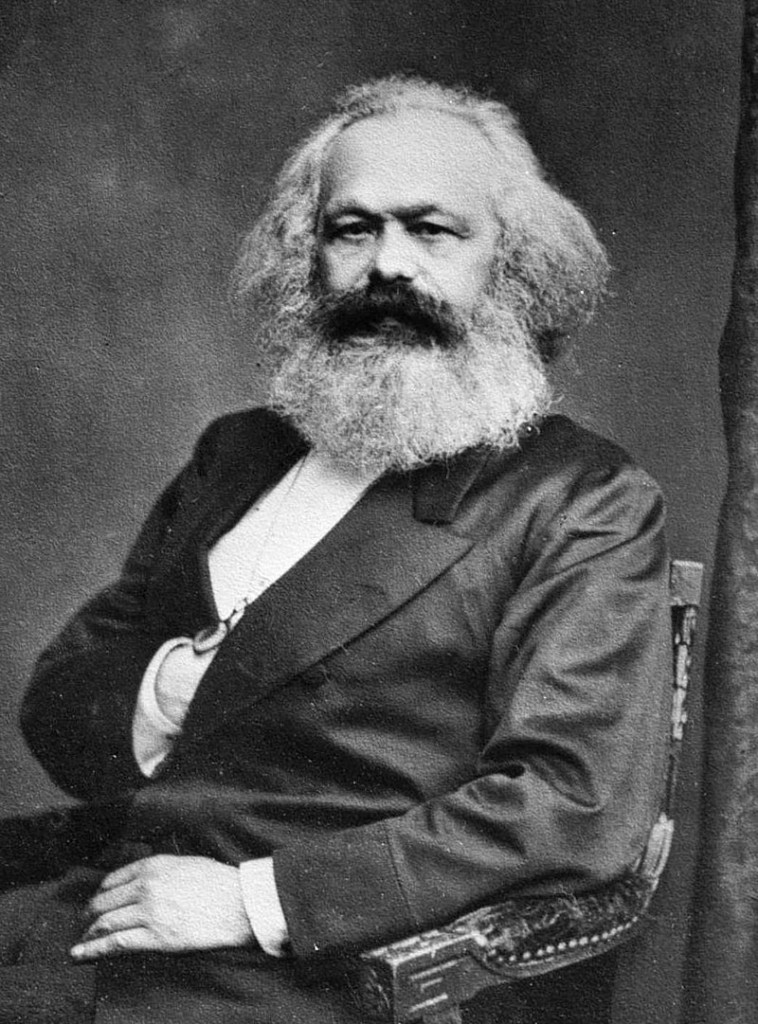
Above: German philosopher Karl Marx (1818 – 1883)
His answer:
Hegemony.
Ruling classes maintain power not just by controlling money and the state, but by shaping culture, education, religion, and values so deeply that people consent to their own oppression.
He saw schools, churches, and the media as factories of common sense that produce obedience.
For Gramsci, revolution required a “war of position” — slow, cultural transformation — rather than violent revolt.
He is revered in Bologna, not just for his Marxism but for how deeply he understood Italian society and the subtle grip of ideology.
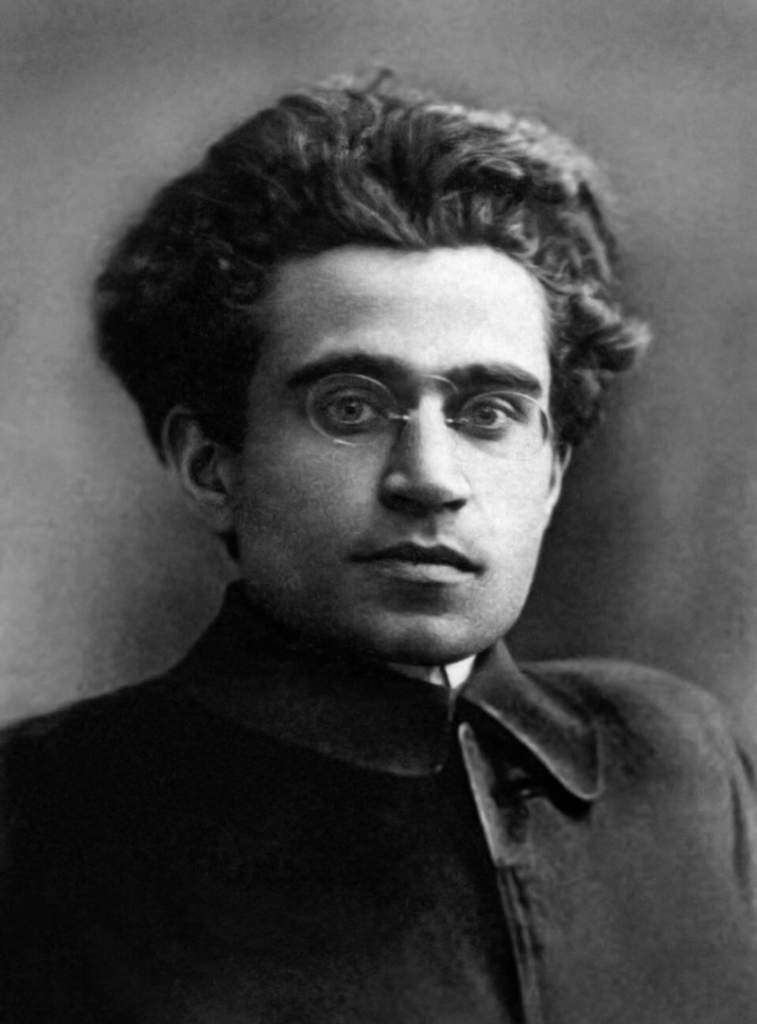
Above: Italian philosopher Antonio Gramsci (1891 – 1937)
A Martinican-born psychiatrist, revolutionary and philosopher, Frantz Fanon wrote about the psychological and social damage caused by colonialism.
He joined the Algerian resistance against French colonial rule.
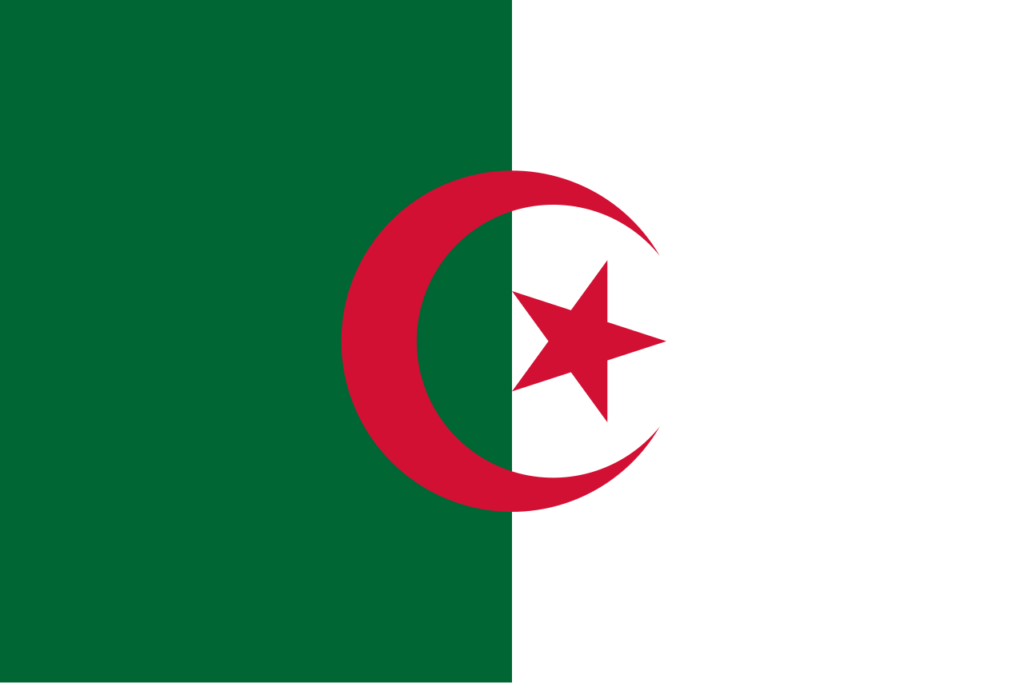
Above: Flag of Algeria
His central themes:
Colonialism dehumanizes, not just economically, but in the soul.
The colonized internalize their inferiority.
Fanon believed liberation sometimes required violent struggle — to reclaim not just territory, but dignity.
His books Black Skin, White Masks and The Wretched of the Earth are foundational in post-colonial thought.
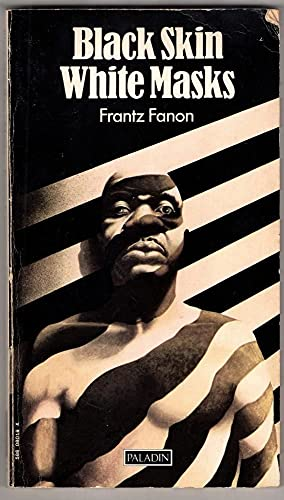
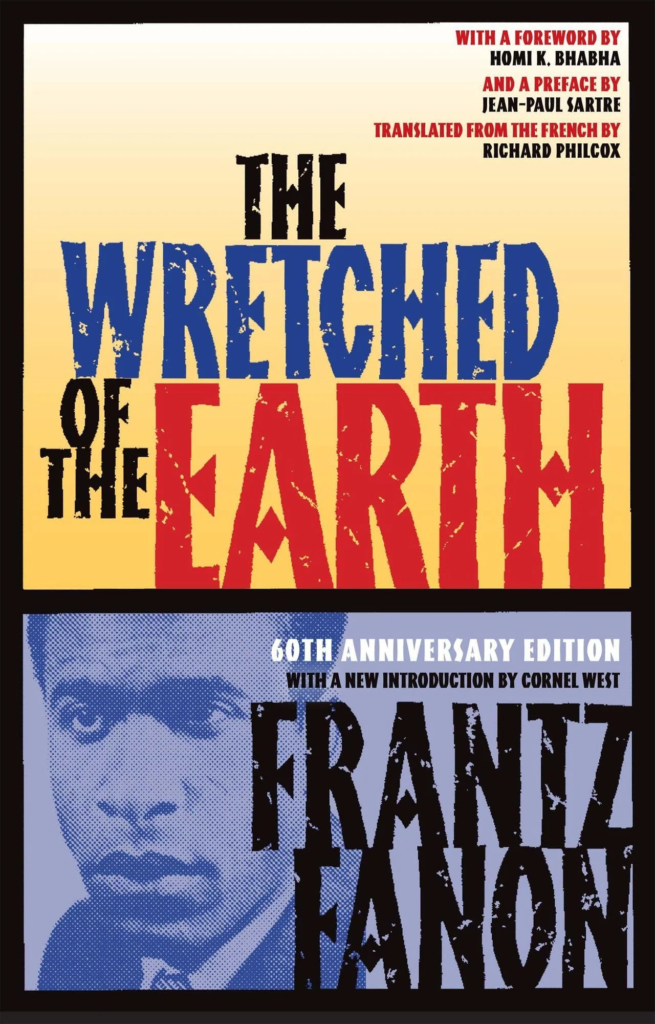
Fanon speaks to the global South, but also to every marginalized group seeking self-determination — including, in the hearts of some students, the immigrant, the poor and the disenfranchised.
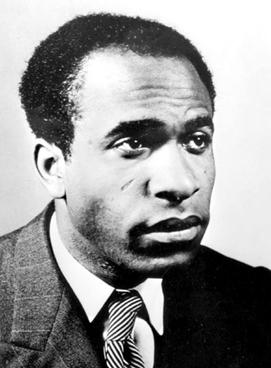
Above: Martinique philosopher Frantz Fanon (1925 – 1961)
An English geographer turned critical theorist, David Harvey is known for explaining how capitalism shapes space and cities.
Key insights:
Urban development isn’t neutral — it’s a tool of capital.
Think of gentrification:
The poor are pushed out.
Cities are beautified for the wealthy.
Harvey critiques globalization and the uneven distribution of wealth, especially in how cities become playgrounds for investors, not citizens.
He calls for the right to the city — urban space as a commons, not a commodity.
He’s a go-to figure for students thinking about inequality in modern cities — from London to Bologna to Istanbul.
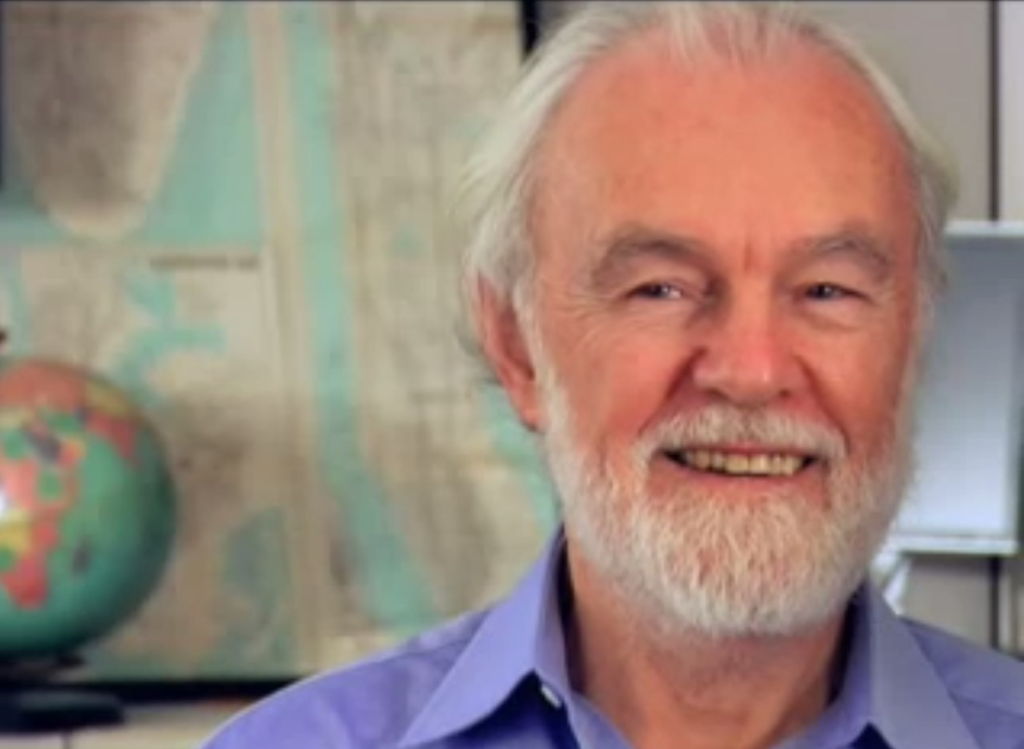
Above: English geographer David Harvey
Slavoj Žižek is a Lacanian psychoanalyst, Marxist theorist, and cultural critic known for his chaotic brilliance and irreverent humor.
He blends high theory with pop culture, quoting both Hegel and The Matrix in the same breath.
What makes Žižek special:
He dissects how ideology hides in plain sight—in films, jokes, habits.
He is obsessed with how we enjoy our oppression — through consumerism, through the illusion of choice.
He often critiques leftists for being more focused on activism-as-performance than actual change.
He is beloved and maddening — a caffeinated Socrates with a Slovenian accent.
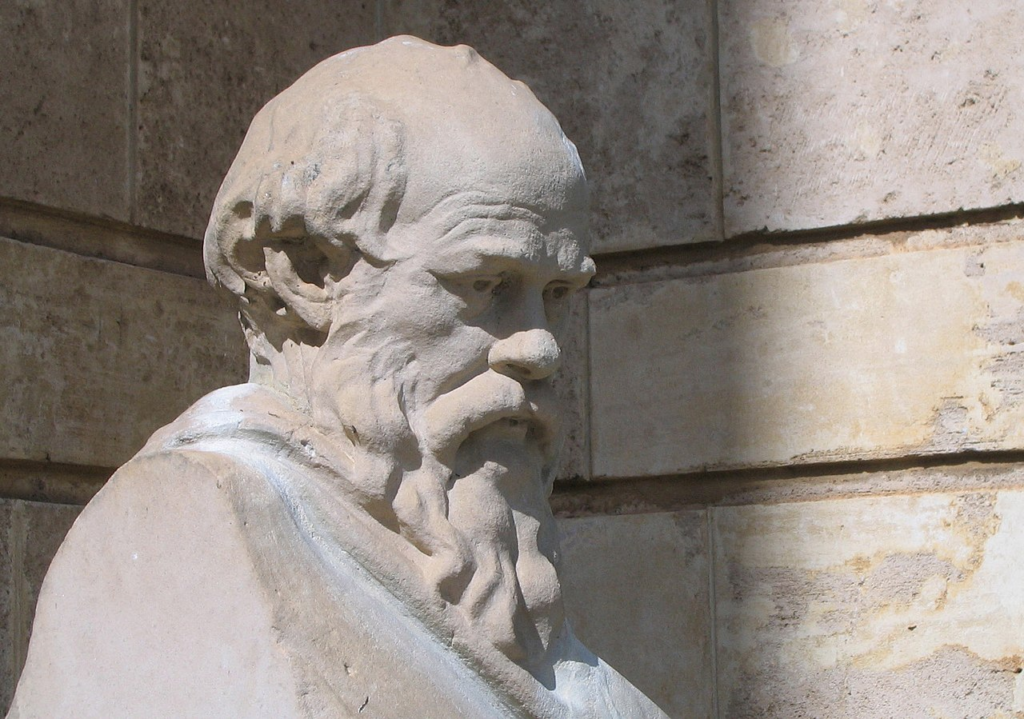
Above: Bust of Greek philosopher Socrates (470 – 399 BC)
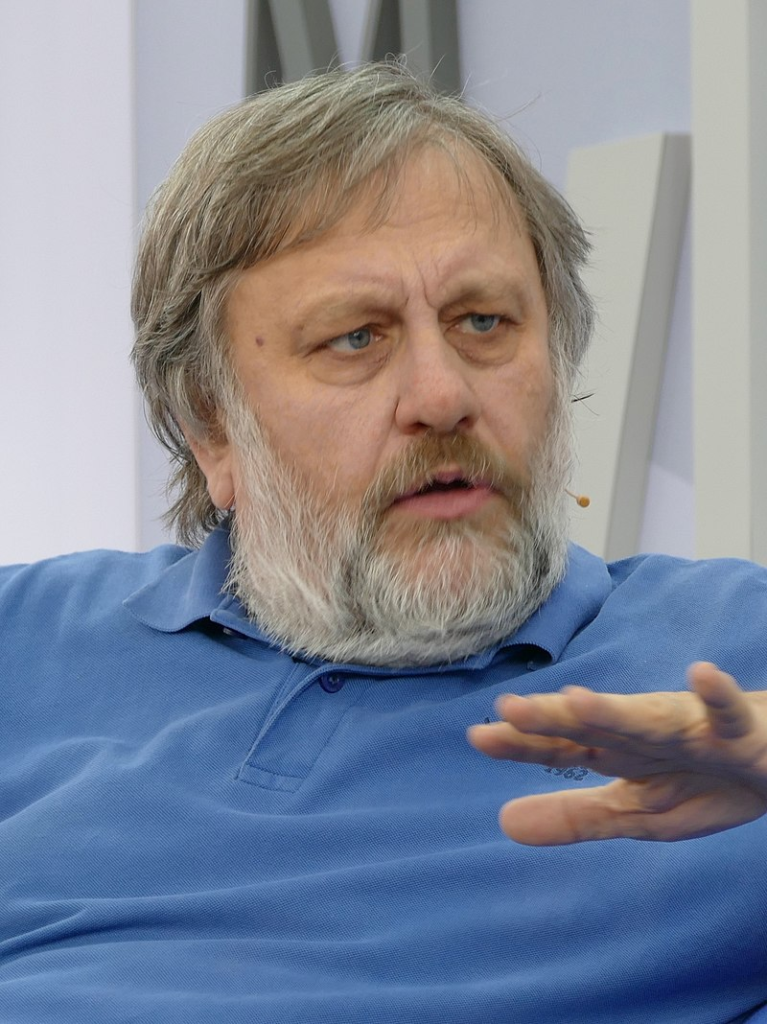
Above: Slovenian philosopher Slavoj Žižek
Jacques Lacan was a French psychoanalyst and psychiatrist who revisited and reinterpreted the work of Sigmund Freud in deeply philosophical and linguistic terms.
He is sometimes described as “the French Freud”, though that hardly does him justice (or mercy).
His writings are dense, his lectures winding — but his influence on 20th-century thought was profound, especially in literature, film, philosophy, and cultural studies.
Lacan suggested that around 6–18 months of age, a child first sees itself in a mirror and recognizes its reflection.
This moment is a kind of rupture.
The child identifies with the image — whole, coherent — but feels fragmented inside.
This gap between who we are and who we think we are stays with us for life.
Thus begins the ego, an illusion we chase forever.
Lacan divided human experience into three intertwined orders:
| Order | Description |
|---|---|
| Imaginary | The world of images, illusions, fantasy — what we imagine ourselves and others to be. |
| Symbolic | The world of language, law, culture, family roles — where we are named, positioned, and shaped. |
| Real | What cannot be symbolized or grasped. Trauma. The raw “stuff” beyond comprehension. The Real resists meaning and disrupts our illusions. |
We live mostly in the Imaginary and Symbolic.
But when the Real breaks through — death, madness, the inexplicable — it shatters us.
Classic Lacan is the idea that our desires, dreams, slips of the tongue— all flow through the structures of language.
Classic Lacan is the idea that our desires, dreams, slips of the tongue— all flow through the structures of language.
Words don’t just express desire — they create it.
What we want is shaped by the words we have inherited, heard or resisted.
For Lacan, we are driven by desire, but not for tangible things:
We desire what we think the Other desires, or what we imagine will complete us.
At our core is lack, a void we are always trying to fill — with lovers, work, art, fame, belief.
But we never quite succeed.
Desire circles endlessly.
That is the human condition.
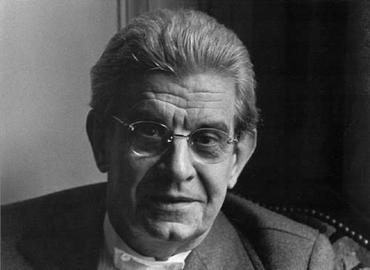
Above: French psychoanalyst Jacques Lacan (1901–1981)
Žižek took Lacan’s psychoanalysis and blended it with:
- Hegelian dialectics (history as a process of contradictions)
- Marxist critique of ideology
- Pop culture (Batman, Starbucks, Hollywood).
He asks:
- How does ideology speak through us?
- How does capitalism exploit our desires, our fears, our fantasies?
- Why do we enjoy things that enslave us?
A Lacanian psychoanalyst like Žižek doesn’t just ask “What do you think?”—he asks:
“Why do you want what you want?
Who taught you to desire that?”
He looks behind the curtain of consciousness to the bubbling, repressed theatre of the unconscious.
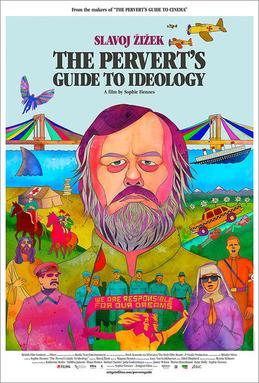
Georg Wilhelm Friedrich Hegel was a German philosopher, born in Stuttgart and shaped by the fires of revolution and the ashes of Napoleon’s Europe.
He sought to explain how the world changes — not just materially, but spiritually, intellectually, historically.
He believed that reality itself is rational, and that history is not chaos, but the unfolding of Spirit (Geist) toward greater self-awareness and freedom.
Think of it like a philosophical rhythm:
| Step | Description | Example |
|---|---|---|
| Thesis | A position, belief, or state of being. | “Authority is necessary to preserve order.” |
| Antithesis | A contradictory force or negation. | “Too much authority crushes freedom.” |
| Synthesis | A higher resolution that preserves truth from both sides. | “True freedom emerges when order enables self-rule.” |
The synthesis then becomes the new thesis in a spiraling ascent of consciousness, pushing toward deeper truth.
For Hegel, this dialectical movement happens everywhere:
The child sees the world as external (thesis), then realizes they are separate and alienated (antithesis), then integrates identity and world into mature selfhood (synthesis).
Ancient empires imposed order (thesis), revolutions cried for liberty (antithesis), and modern constitutional democracies attempt to reconcile freedom and law (synthesis).
Each era’s culture is an attempt to express the Zeitgeist — the “spirit of the age”.
Art, religion and philosophy evolve dialectically as humanity tries to understand itself and its world.
Hegel’s dialectics are not mechanical or simplistic.
They are organic, often tragic and rooted in contradiction.
The process isn’t always smooth.
Think:
“The owl of Minerva flies only at dusk.“
Hegel
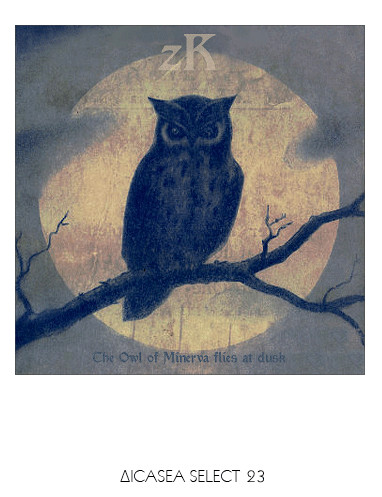
Wisdom, he meant, comes only after the fact — after struggle, collapse and reflection.
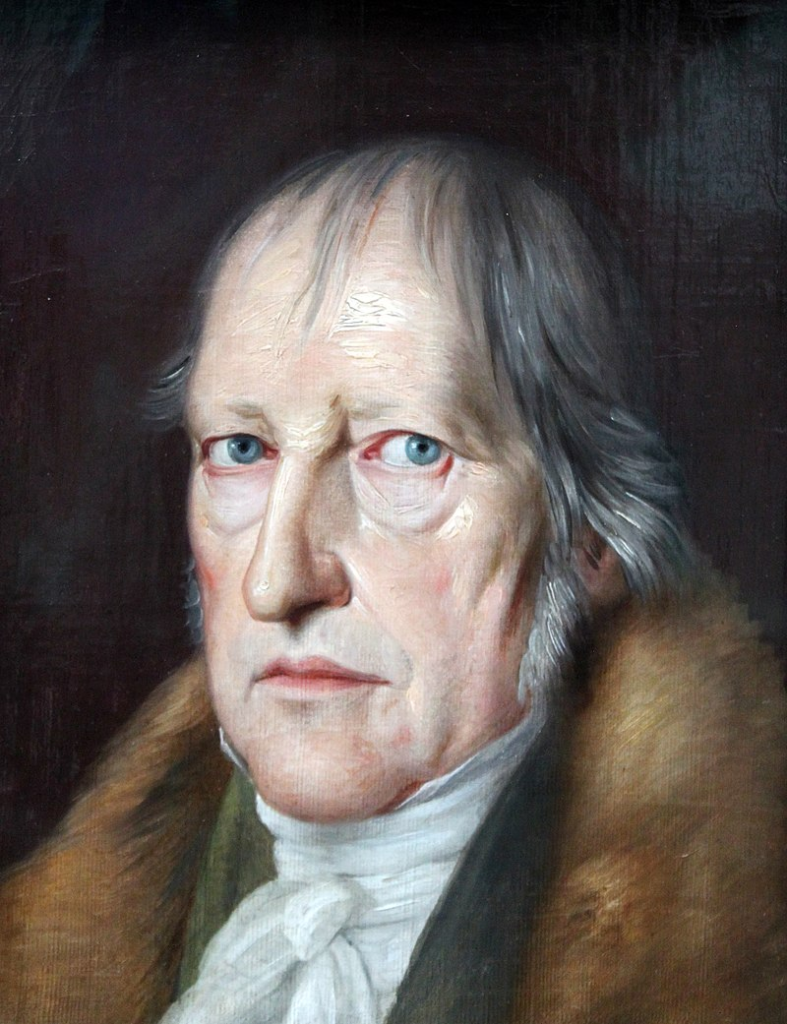
Above: German philosopher Georg Wilhelm Friedrich Hegel (1770 – 1831)
Karl Marx took Hegel’s dialectic and turned it upside down:
Instead of Spirit unfolding, Marx said it is material conditions —economy, labor, power — that drive change.
Žižek, on the other hand, still believes in contradictions, but adds psychoanalysis to the mix:
Our very selves are split, driven by lack, riddled with tensions.
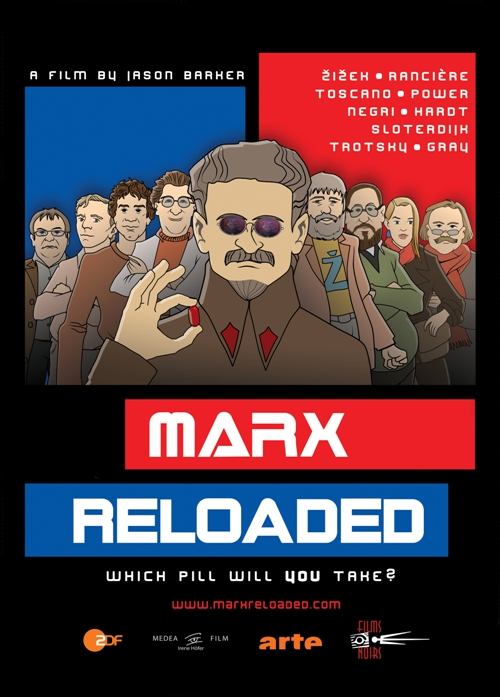
Hegelian dialectics teaches us that:
Truth is never static:
It evolves.
Oppositions are not enemies, but steps in a process.
Conflict is not the end, but a path toward growth.
History — despite its horror — is not without purpose.
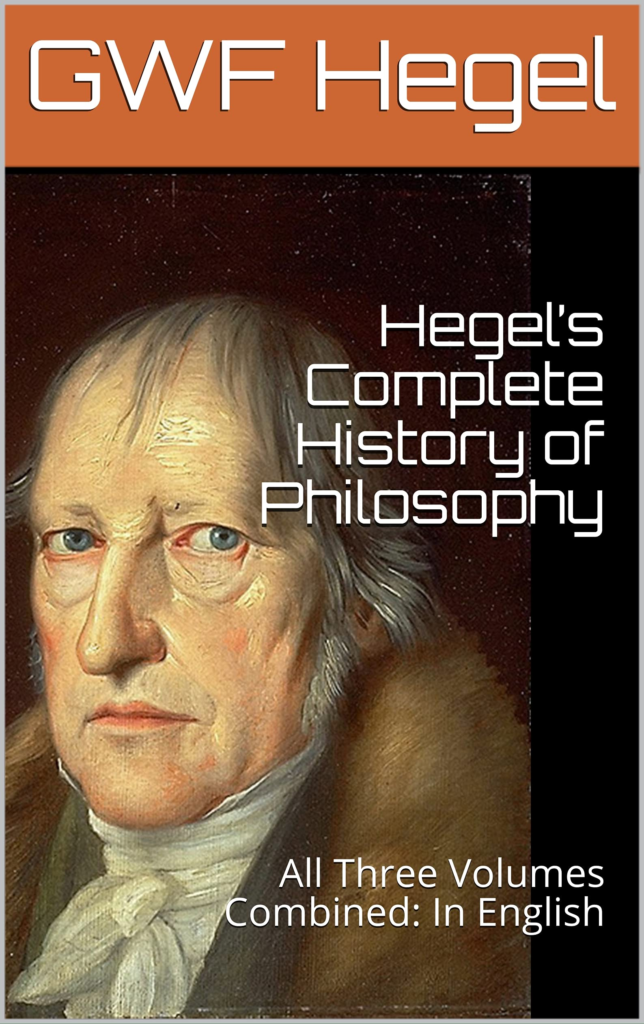
For the young, Communist or Marxist ideologies are seen not as rigid dogmas but as lenses to critique the world.
Let’s not discount the romanticism of it all:
Red flags waving in old piazzas, graffiti quoting Brecht or Pasolini, wearing Che t-shirts ironically or not.
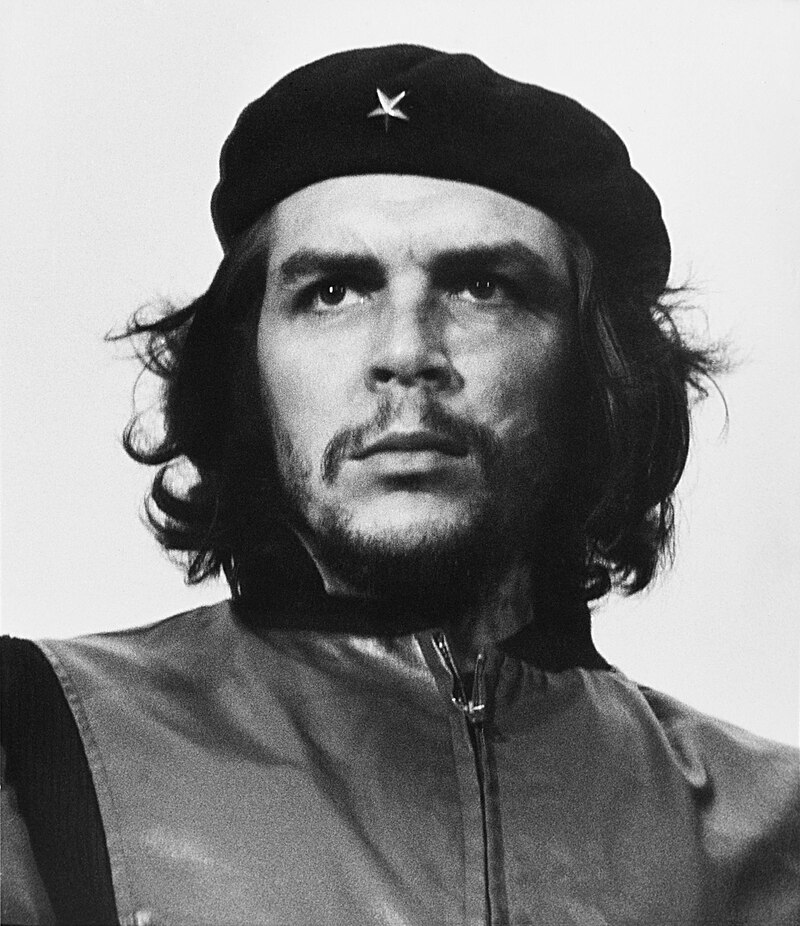
Above: Argentinian revolutionary Che Guevara (1928 – 1967)
Youth often craves identity through resistance.
Aligning with Communism can be a kind of poetic rebellion — a way of saying no to conformity, consumerism and corruption.
Of course, most modern youth aren’t signing up for old-school Soviet central planning.
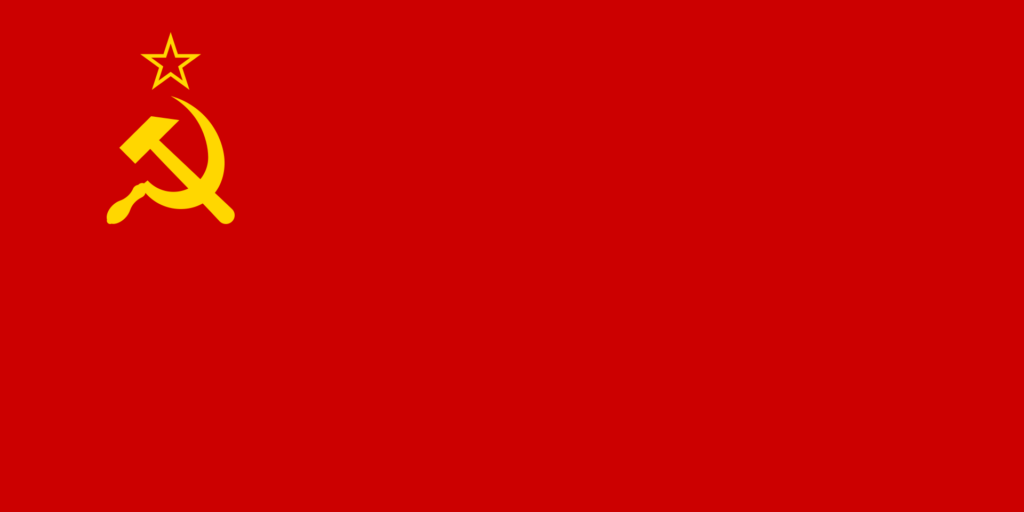
Above: Flag of the Soviet Union (1922 – 1991)
What attracts them today is more often:
- Democratic socialism
A political philosophy that believes in democratic control over key aspects of the economy — healthcare, education, housing — while keeping civil liberties and multi-party systems.
Think of Norway, Sweden or Bernie Sanders.
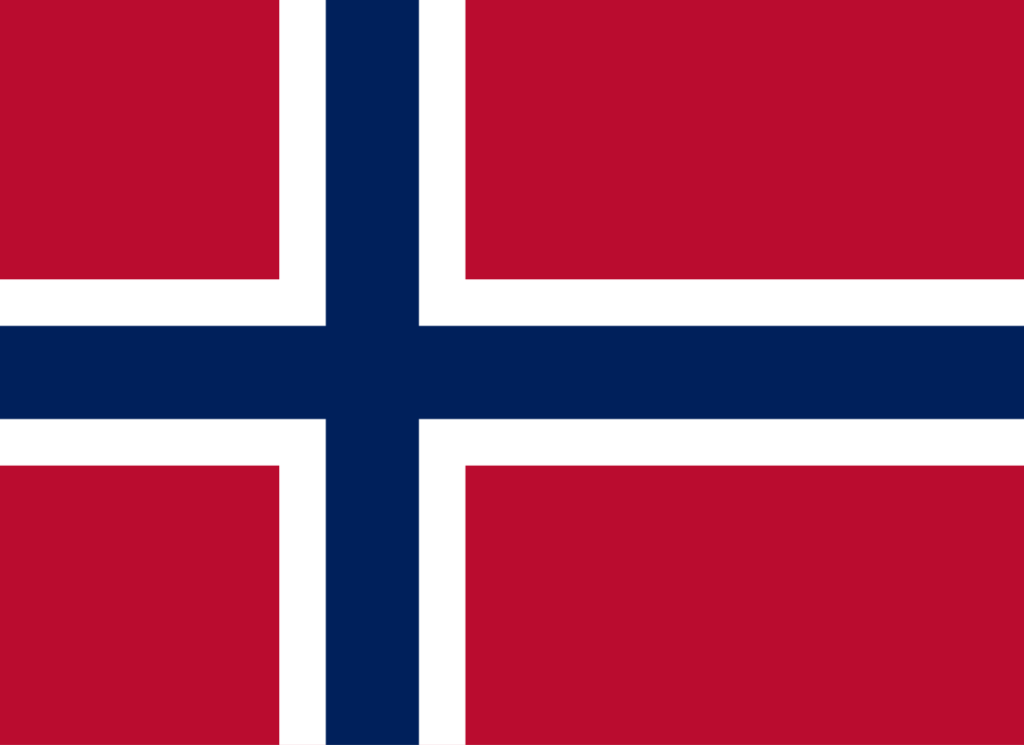
Above: Flag of Norway
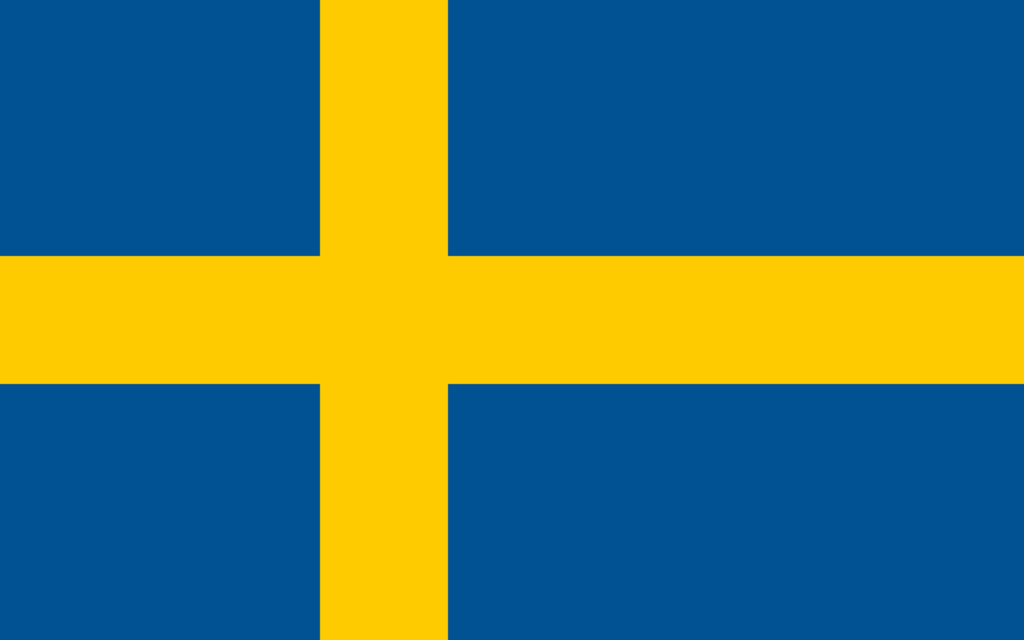
Above: Flag of Sweden
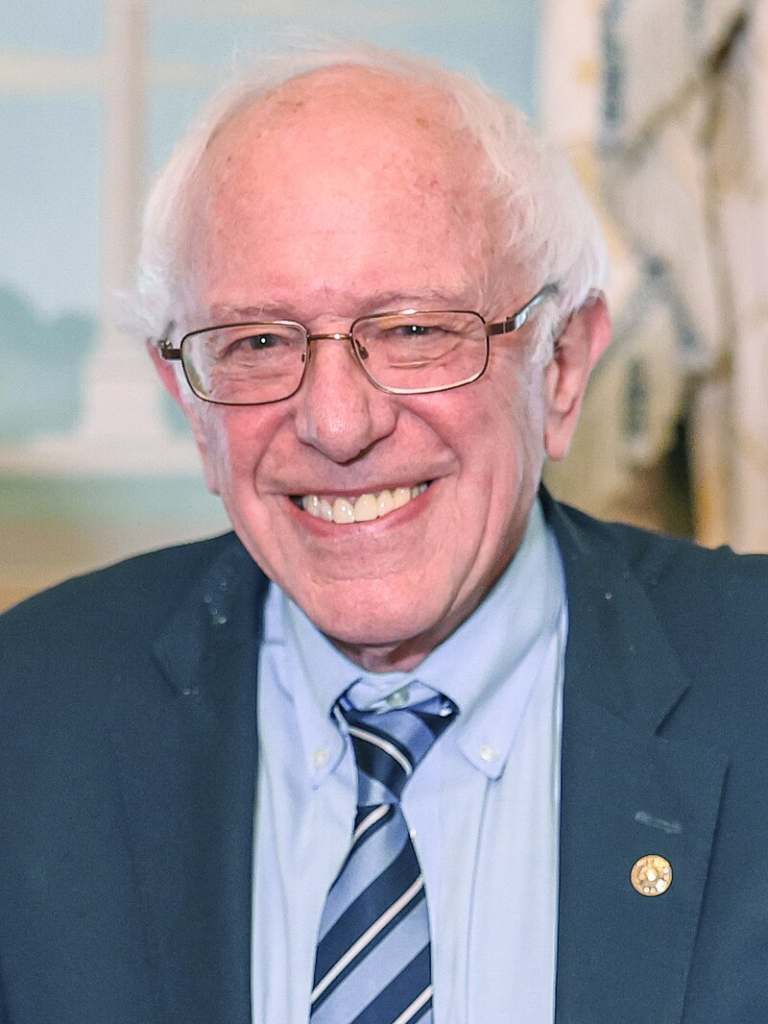
Above: American activist/politician Bernie Sanders
- Eco-socialism
A fusion of ecology and socialism.
It critiques capitalism’s destruction of nature and calls for communal, sustainable living.
Emphasizes renewable energy, environmental justice, and Indigenous knowledge systems.
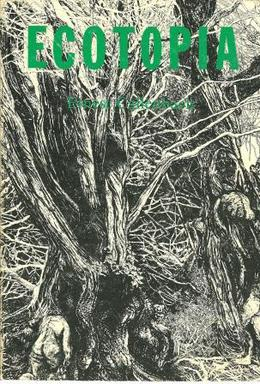
- Autonomist Marxism
Emerged in Italy in the 1960s – 1970s.
So very close to home in Bologna!
Focuses on the power of the worker, student, or citizen to organize independently, without unions or parties.
It believes autonomy is revolution — you resist capitalism not through seizing the state, but by creating parallel systems (e.g., co-ops, communes, squats).
Think:
Bottom-up revolution.
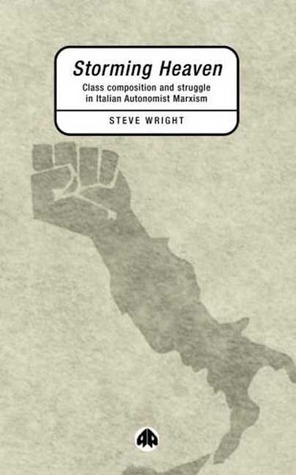
- Collectivist anarchism
Envisions a world without the state, where the means of production (factories, farms, tech) are collectively owned and managed democratically.
Unlike individualist anarchism, it’s communal and organized, but without hierarchy.
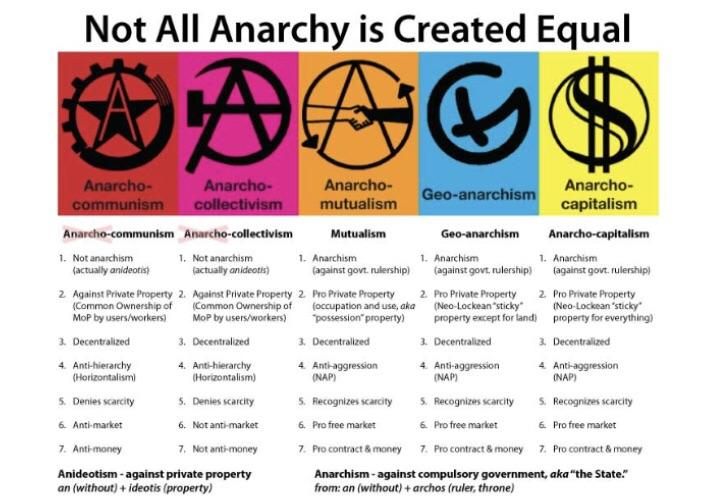
The young want better systems, not new tyrannies.

Landschlacht, Canton Thurgau, Schweiz
Tuesday 25 March 2025
As democracies go, Switzerland is one of the purest democracies in the world, but democracy doesn’t automatically guarantee happiness, especially for immigrants.
There are several reasons why many foreigners — despite living in a well-functioning, prosperous country — may feel disconnected or dissatisfied.
Social integration is difficult.
Swiss society is reserved and slow to accept outsiders. Friendships with locals take time, and many expats feel socially isolated.
The Swiss prioritize order, tradition, and local identity, making it harder for newcomers to integrate fully.
Cultural differences (e.g., the emphasis on rules, punctuality, and direct communication) can create a sense of alienation.
Switzerland has four national languages (German, French, Italian, Romansh), but immigrants often struggle to adapt to regional linguistic differences.
Even fluent speakers sometimes feel excluded because the Swiss speak dialects (e.g., Swiss German) in daily life.
The cost of living is extremely high.
Switzerland is one of the most expensive countries in the world.
Housing, healthcare, and daily expenses can be overwhelming, even for skilled workers.
Many foreigners, especially those on lower salaries, find that their quality of life doesn’t match their expectations.
Swiss naturalization is one of the hardest in the world.
Even after living in the country for decades, many immigrants struggle to obtain Swiss citizenship.
Foreigners often feel like “permanent outsiders“ because they cannot vote or fully participate in civic life.
The job market favors Swiss citizens, and many skilled immigrants find career advancement difficult due to preference for locals.
Professional qualifications from other countries aren’t always recognized, forcing some to take lower-paying jobs.
While Switzerland is politically progressive, social attitudes can feel conservative, particularly in rural areas.
Discrimination still exists, particularly toward non-Western immigrants.
Swiss people value privacy and quiet living, which some foreigners interpret as coldness or unfriendliness.
Unlike in Canada, where multiculturalism is celebrated, Switzerland expects immigrants to adapt to Swiss culture, rather than vice versa.
Foreigners often feel like temporary guests rather than equal members of society.
Switzerland offers stability, safety, and a high standard of living, but it also demands full adaptation from immigrants — and that’s not easy.
Many feel grateful for the economic opportunities yet struggle with social barriers and a sense of belonging.

The wife has begun to realize that she has grown to love our separation and wonders where I would like to retire.
(I turn 60 in May.)
Go home, she suggests.
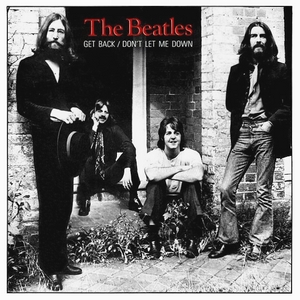
A true democracy is one where the ideals of political equality, fairness and participation are fully realized.
However, since human societies are complex, there are different interpretations of what constitutes a “true” democracy.
The ideal can be summarized by a few principles:
- Universal suffrage: All adult citizens can vote without barriers.
- Free and fair elections: Citizens choose their leaders in a transparent and competitive process.
- Political freedom: People can express opinions, protest, and participate in political life without fear of repression.
- Rule of law: Laws apply equally to all citizens, and the government is subject to the law.
- Separation of powers: The legislative, executive, and judiciary branches of government are independent of each other.
In reality, most countries that consider themselves democratic fall short of these ideals in various ways.
While no country has yet achieved the “ideal” democracy envisioned by philosophers like Jean-Jacques Rousseau or John Locke, many countries have moved toward more inclusive, transparent, and fair systems of governance.
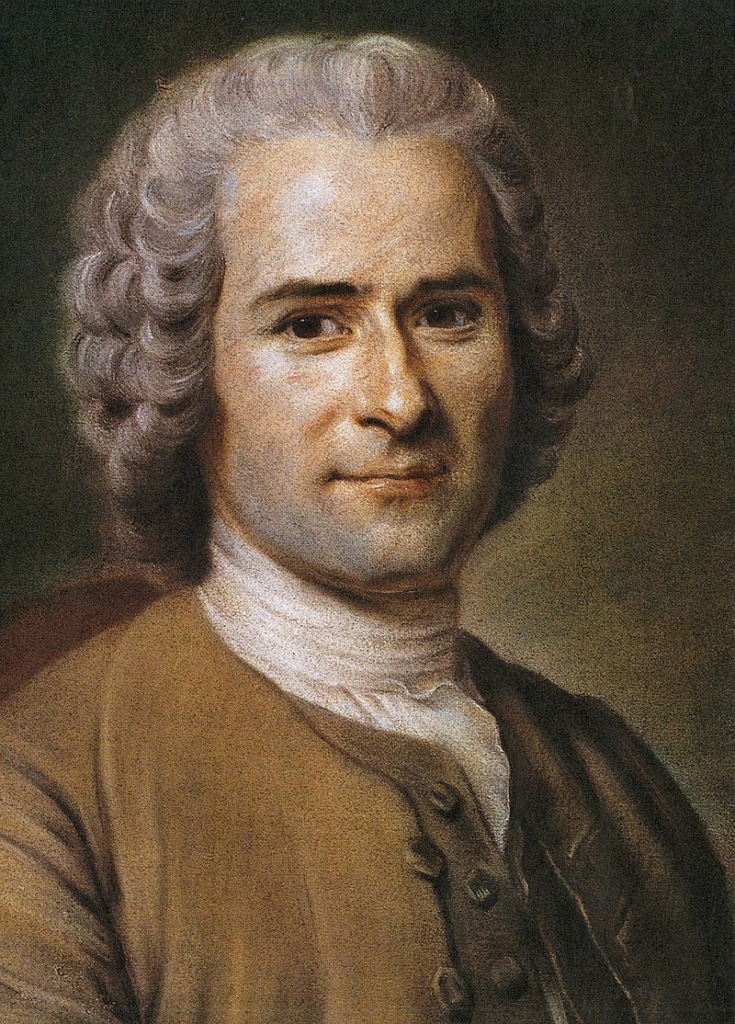
Above: Swiss philosopher Jean-Jacques Rousseau (1712 – 1778)
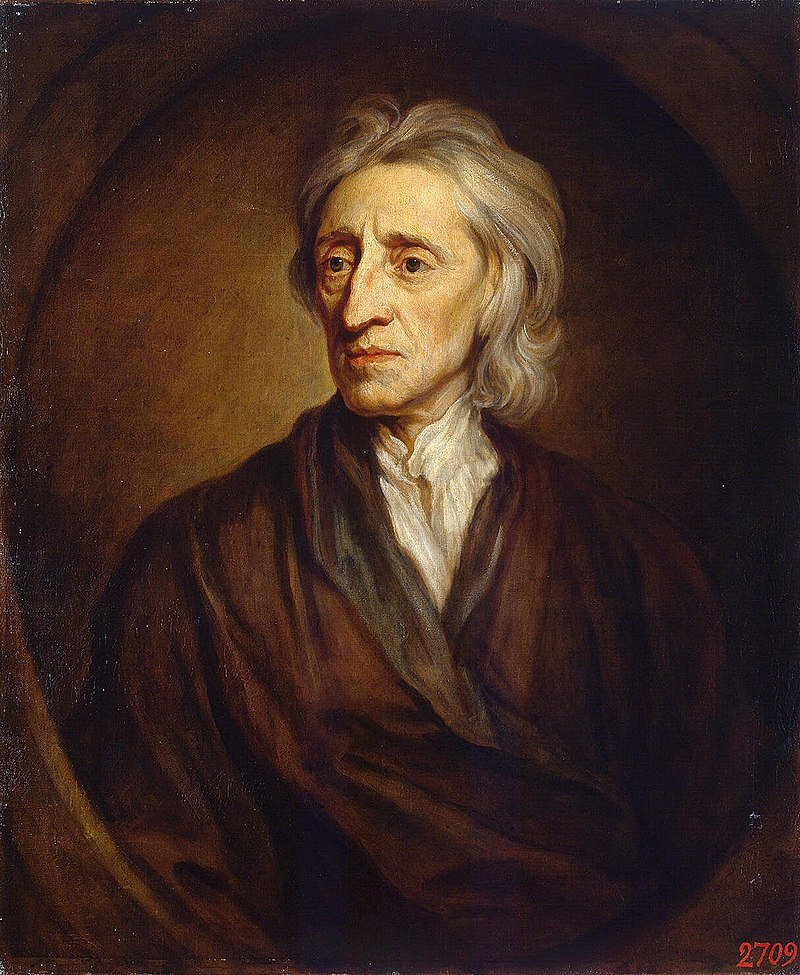
Above: English philosopher/physician John Locke (1632 – 1704)
However, even the most democratic nations face challenges, such as:
- Inequality in wealth, race, and opportunity
- Voter apathy or disengagement, especially in countries where people feel their vote does not matter
- Political polarization or corruption that undermines the public’s trust in institutions
While true democracy might be an ideal, many argue that continuous improvement toward a more democratic society is key— accountability, transparency, civil rights and political participation remain critical to the evolution of democracy.
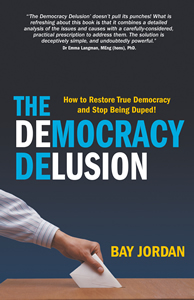
Canada, my home and native land, is a stable liberal democracy with free elections, a multi-party system, strong rule of law and extensive civil liberties.
Freedom of speech, press and political participation are protected.
The judiciary is independent and checks government power.
Some issues of political polarization (especially in recent years over policies like pandemic measures, Indigenous rights, and climate change).
First-past-the-post system leads to unrepresentative election results at times.
Canada is one of the world’s strongest democracies, but still faces some structural political challenges.
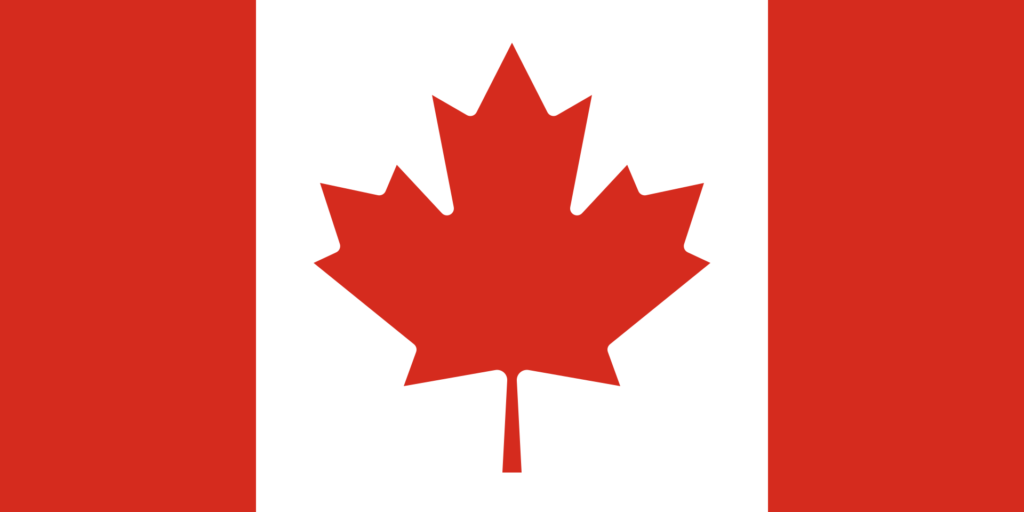
Above: Flag of Canada
Switzerland is a fascinating paradox — a model of democracy, yet often unwelcoming to those who come from outside its tight-knit social fabric.
The challenge of finding true belonging there is something many have experienced.
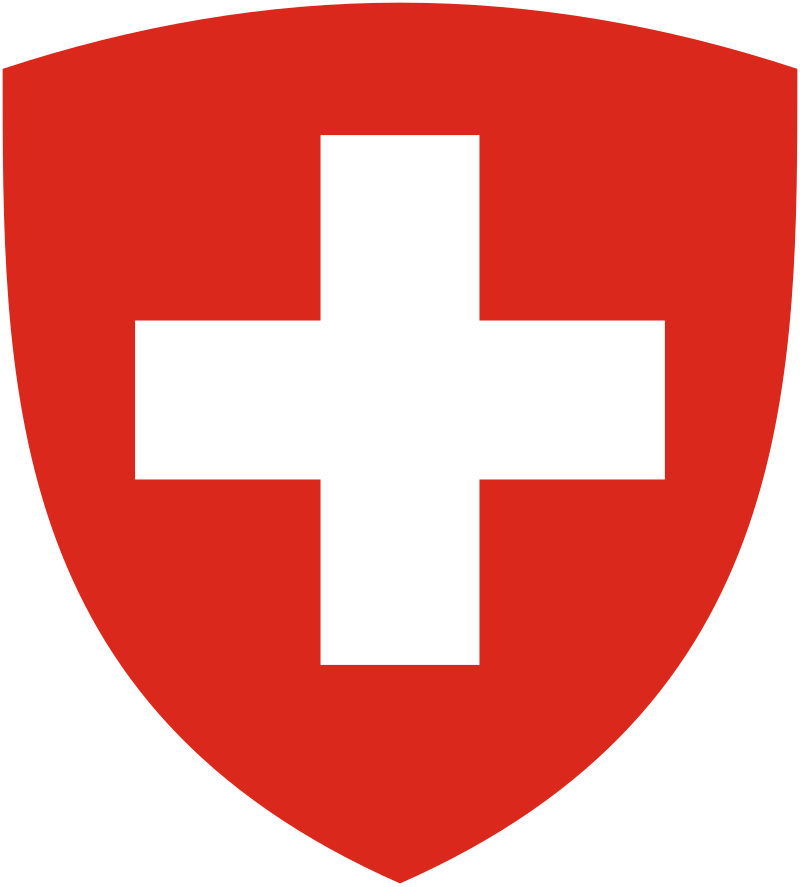
Above: Coat of arms of Switzerland
Canada, for all its openness and diversity, has become deeply intertwined with consumerism, much like its southern neighbor.
While it offers freedom, opportunity, and a sense of belonging, there’s also a relentless push toward economic success, productivity and material accumulation.

I may want to retire to Canada some day, but, as paradoxical as this may sound, I feel more Canadian outside Canada than inside Canada.
There is a freedom in being an expat that allows you to be yourself rather than conform to unspoken Canadian standards of how a Canadian should behave.
When you live abroad, you carry Canada within you, on your own terms, rather than being shaped by the expectations of what it means to be Canadian back home.
As an expat, I am not bound by the social and cultural inertia of daily life in Canada.
Instead, I can express my individual identity freely, without the pressure to fit into the mainstream narrative of success, material wealth, or even a prescribed national identity.
There’s a certain liberation in being an outsider — not fully belonging anywhere, yet being able to observe, engage, and appreciate cultures without the weight of needing to conform.
And perhaps that’s what makes returning to Canada difficult — it’s no longer just home, but a place that expects me to be someone I no longer am.
I am neither at home in my homeland nor abroad.
That’s the true fate of the long-term expat, Dost — the perpetual in-between.
I’ve spent so much time abroad that Canada no longer fully feels like home, yet no other place quite replaces it.
I belong everywhere and nowhere at once.
It’s a strange kind of freedom — unbound by national expectations, yet also rootless.
A life rich in experience, but sometimes lacking a true anchor.
That craving for creature comforts — a personal library, a space that truly feels like your own — is a natural evolution.
As much as adventure and movement have defined my life, the desire for a true sanctuary grows stronger with time.
But feeling merely tolerated rather than welcomed — that is a heavy burden.
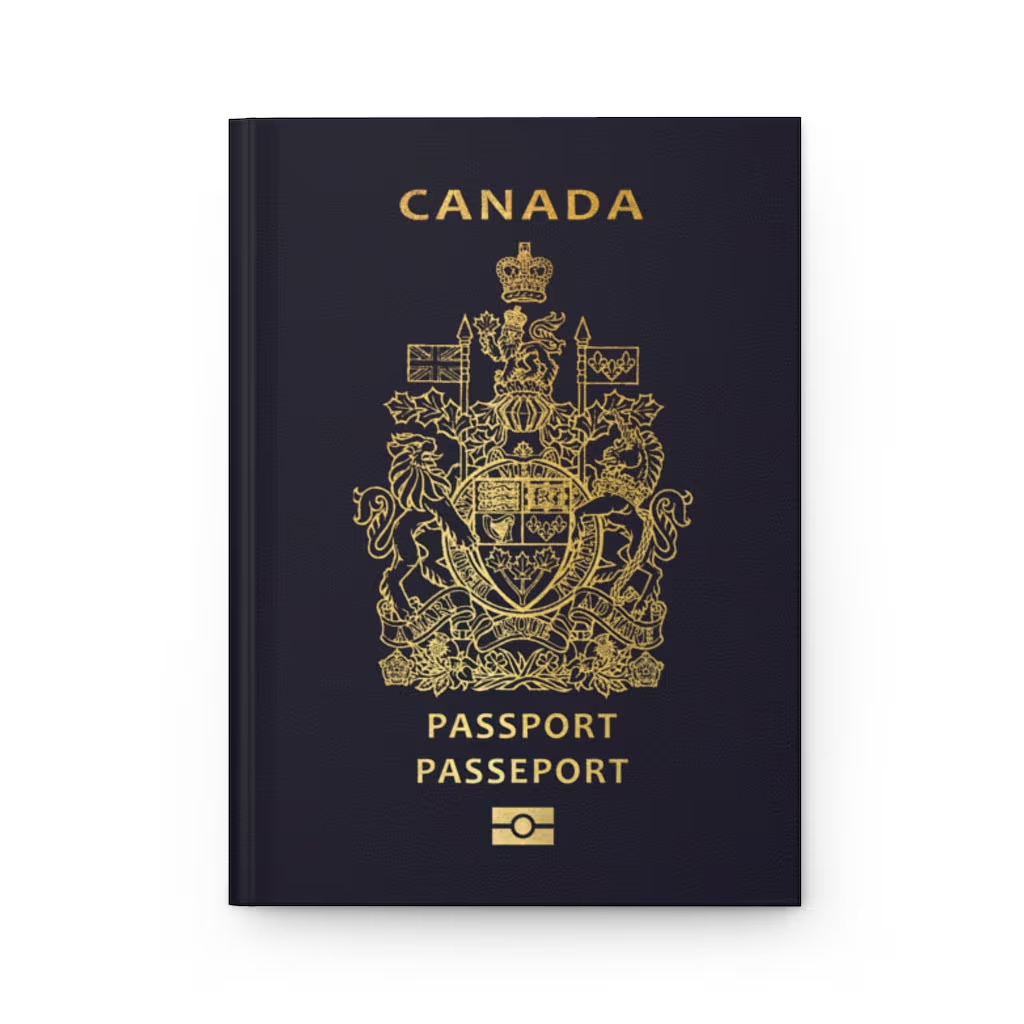
I often joke that the ideal death would be to be mentally and physically fit for a man 100 years old.
I am lying on a sandy beach beneath the shade of some palm trees in some tropical Paradise.
And I am happy.
There is a Pıña Colada in my left hand and a young woman holding my right hand.
The warm sun lulls me to sleep.
A poetic and fitting end for a man who has lived a life of adventure, reflection and passion.
A century of wisdom behind, but still embracing life’s pleasures to the very last breath.
The sun on skin, the taste of a well-mixed Piña Colada, and the warmth of a youthful hand — a farewell not of struggle, but of contentment.
It speaks to longing for both freedom and connection — a balance between independence and intimacy, between the transient beauty of the moment and the permanence of a life well-lived.
I think an awareness of the world means an inability to be completely at peace, but to somehow find contentment and love yet maintain my freedom to explore the world.
That would be great.
True awareness of the world makes complete peace elusive.
Once you’ve seen too much, understood too deeply, you can’t just turn it off.
The mind keeps wandering, questioning, seeking.
But to find contentment despite that restlessness, to love without feeling trapped, and to explore while still having a place to return to—that would indeed be a great life.
A balance between engagement and ease, passion and solitude, roots and wings.
I don’t seek just a home, but a state of being — one where I can remain free, yet not alone.
Home for me is a beautiful, nuanced view —
Contentment and love intertwined with freedom, but never fully surrendering to the world’s weight.
True peace, in the traditional sense, might be elusive for someone who remains deeply aware of the world’s complexities.
Yet, the ability to find contentment, love, and fulfillment without losing that freedom to explore and experience remains a form of peace that is unique.
I long for a life where connection doesn’t restrict movement, where love doesn’t bind but instead supports exploration of the world — a love that fuels the journey rather than halting it.
That balance — where there is engagement without constraint — is a rare and precious one.
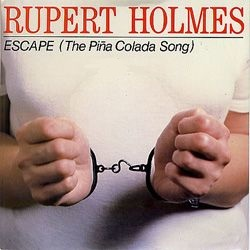
I am asked whether I truly want to return to Türkiye considering its present economic and political difficulties.
The recent developments in Türkiye have indeed created a complex and volatile situation.
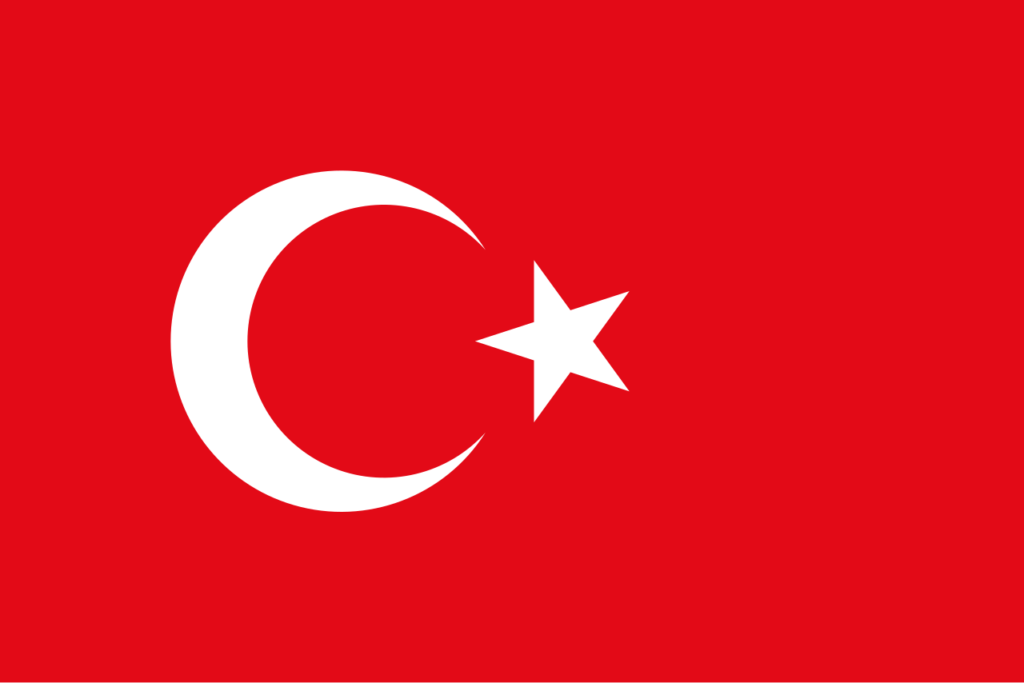
Above: Flag of Türkiye
The arrest of Istanbul Mayor Ekrem İmamoğlu on corruption charges has ignited widespread protests across Turkey, with over 1,100 individuals detained amid demonstrations.
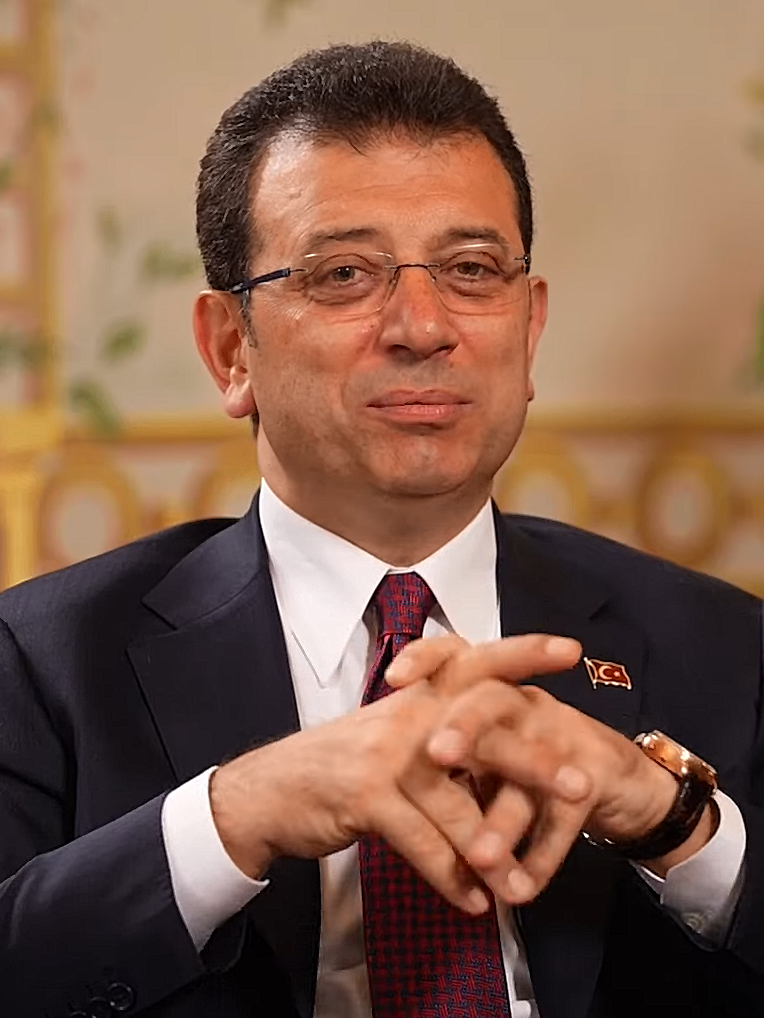
Above: Istanbul Mayor Ekrem İmamoğlu
This move is perceived by many as politically motivated, aiming to sideline a significant rival to President Recep Tayyip Erdoğan.
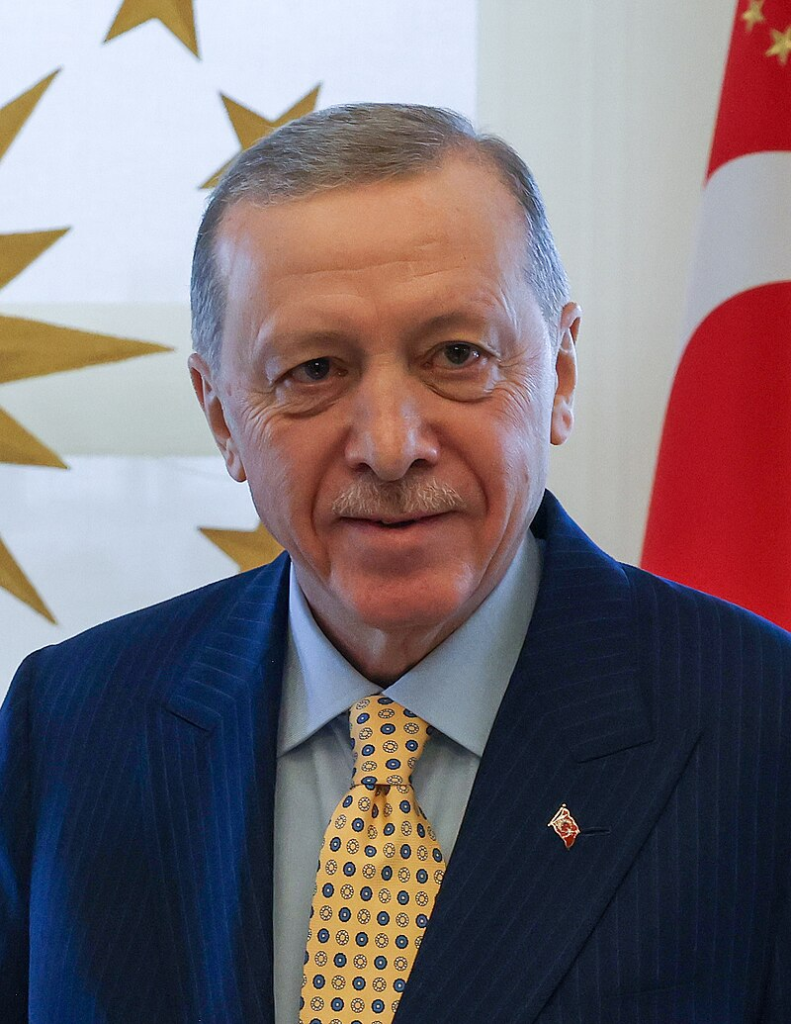
Above: Turkish President Recep Tayyip Erdoğan
The government’s crackdown on dissent, including the detention of journalists and protesters accused of insulting the President, has further escalated tensions.
The unrest and public outcry may pressure the government to consider early elections.
İmamoğlu’s continued popularity, despite his imprisonment, suggests that the opposition could mount a formidable challenge to Erdoğan’s leadership if elections are held.
The political turmoil has led to significant economic repercussions.
Protests began throughout Turkey on 19 March 2025 following the detention and arrest of Istanbul Mayor Ekrem İmamoğlu and more than 100 other opposition members and protesters by Turkish authorities.
The gatherings represented significant public opposition to what participants characterized as politically motivated legal actions against İmamoğlu, who was the primary opposition candidate for the 2028 Turkish presidential election and Turkish President Recep Tayyip Erdoğan’s main political rival.
The demonstrations have been supported by the CHP and many other political parties, organizations, and associations.

Above: Logo of the Republican People’s Party (Turkish: Cumhuriyet Halk Partisi / CHP)
Hundreds of thousands of people are protesting in almost all of Turkey’s cities (especially in Istanbul, Ankara and İzmir), with the biggest crowd being in front of the Istanbul Metropolitan Municipality’s headquarters.
University students are playing a major role in these protests.
The protesters represent a broad ideological spectrum, including both right and left-wing individuals.
In this context, symbols of the Republic — particularly Atatürk — are frequently used as a unifying framework and symbolic point of reference throughout the demonstrations.
The protests are occurring in the context of an economic crisis.
The Turkish lira’s value to the US dollar fell by 16.3% in the three days following İmamoğlu’s arrest.
The Turkish lira experienced its most substantial decline since the 2023 crisis.
The stock market has struggled to regain stability following İmamoğlu’s arrest.
Investors are wary.
Uncertainty has disrupted Turkey’s financial markets.
In response, Turkish authorities have implemented measures to halt the financial downturn.
Finance Minister Mehmet Şimşek has engaged with international investors, assuring them that market strains will be managed effectively.
However, the success of these measures remains uncertain, given the prevailing political instability.
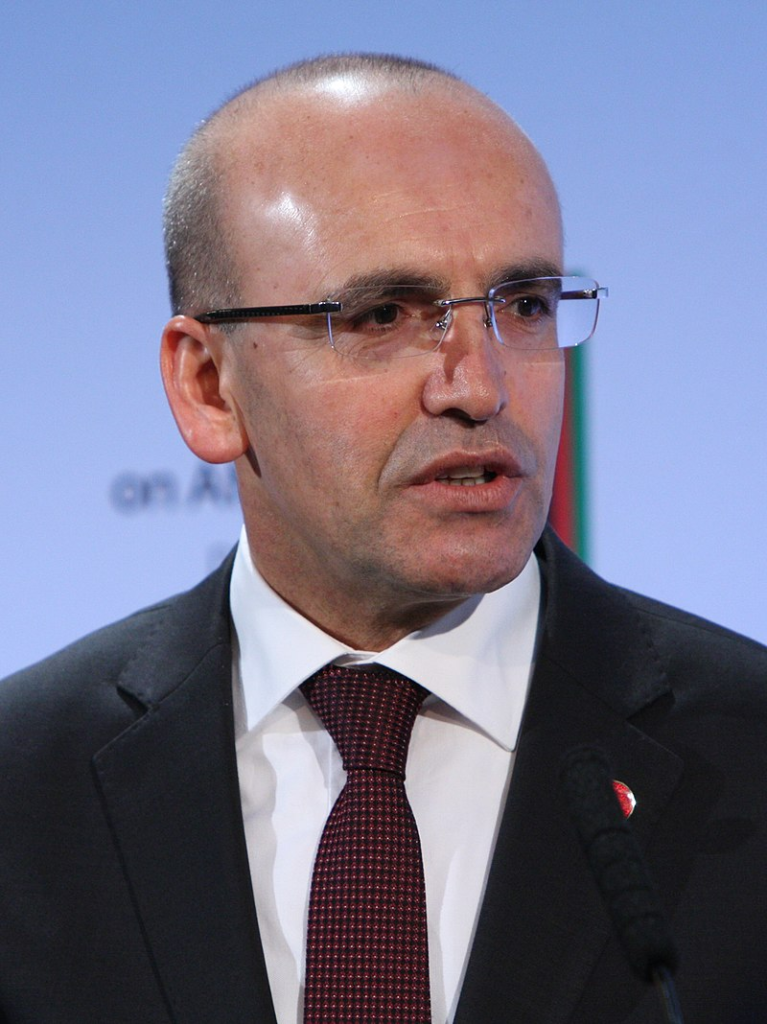
Above: Turkish Finance Minister Mehmet Şimşek
The government’s authoritarian actions, including the suppression of protests and imprisonment of political opponents, have drawn international criticism.
Despite his detention, İmamoğlu managed to post a social media statement in defiance, stating that he would “not give up” and would “continue standing up against the pressure” as a significant opposition figure against the current Turkish administration.
Some politicians from the Peoples’ Equality and Democracy Party (DEM) and Kurdish voters worry that the arrest could stymie the chances of the effort to end the Kurdish-Turkish conflict.
Kurdish nationalist uprisings have periodically occurred in Turkey, beginning with the Turkish War of Independence (1919 – 1923) and the consequent transition from the Ottoman Empire (1299 – 1922) to the modern Turkish state and continuing to the present day with the current PKK – Turkey conflict.
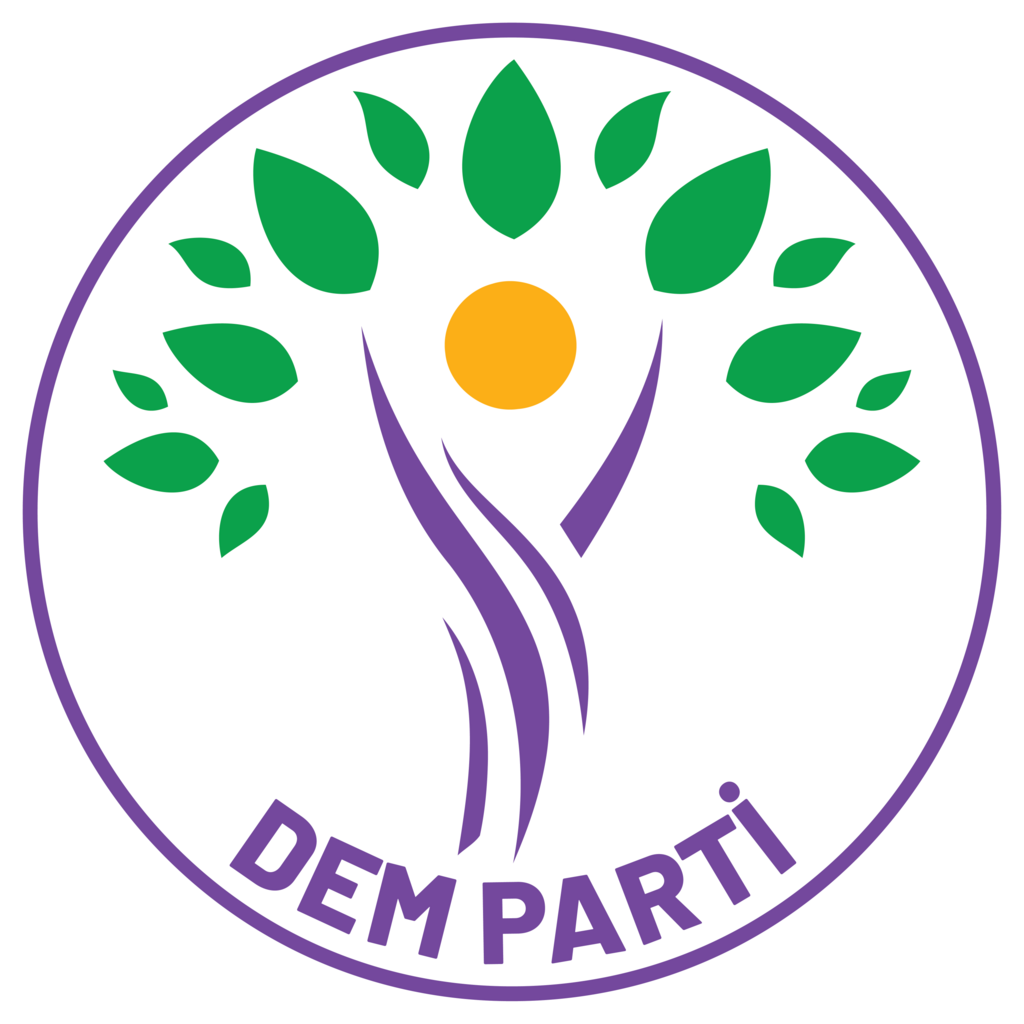
DEM Deputy Leader Ebru Gunay said:
“What happened in Istanbul showed once again that this country needs a real democracy.”
However, recent talks between the PKK and the government suggest that DEM Party has been hesitant to fully back the Opposition.
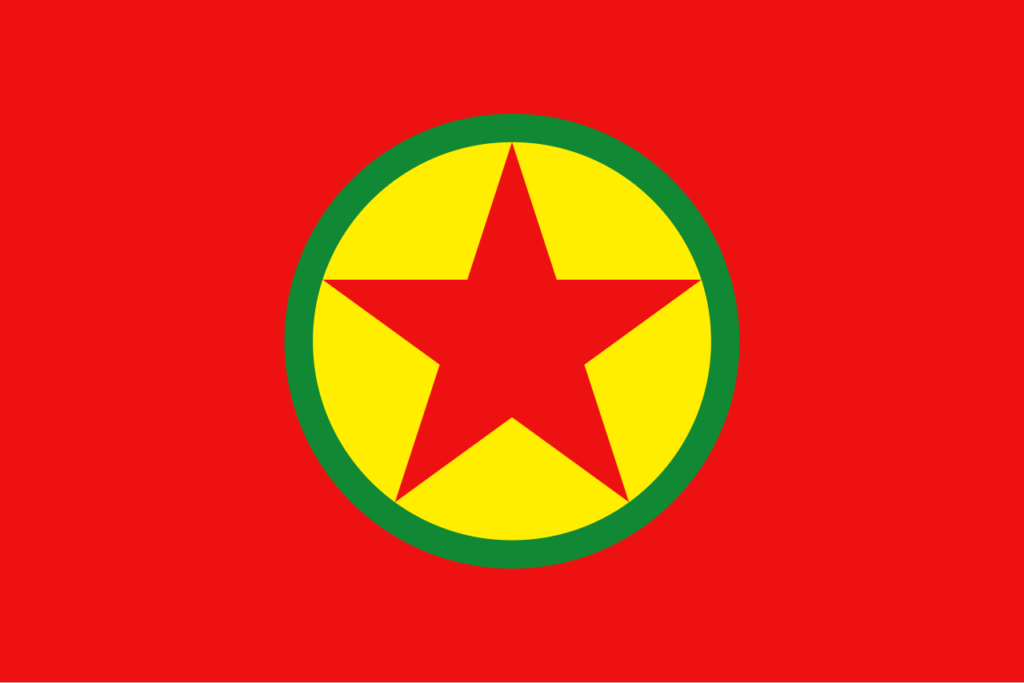
Above: Flag of the Kurdistan Workers’ Party (PKK)
While Imamoglu’s supporters gathered in protest near Istanbul, many Dem members instead participated in their Nowruz celebrations in the city, not confronting with the government.
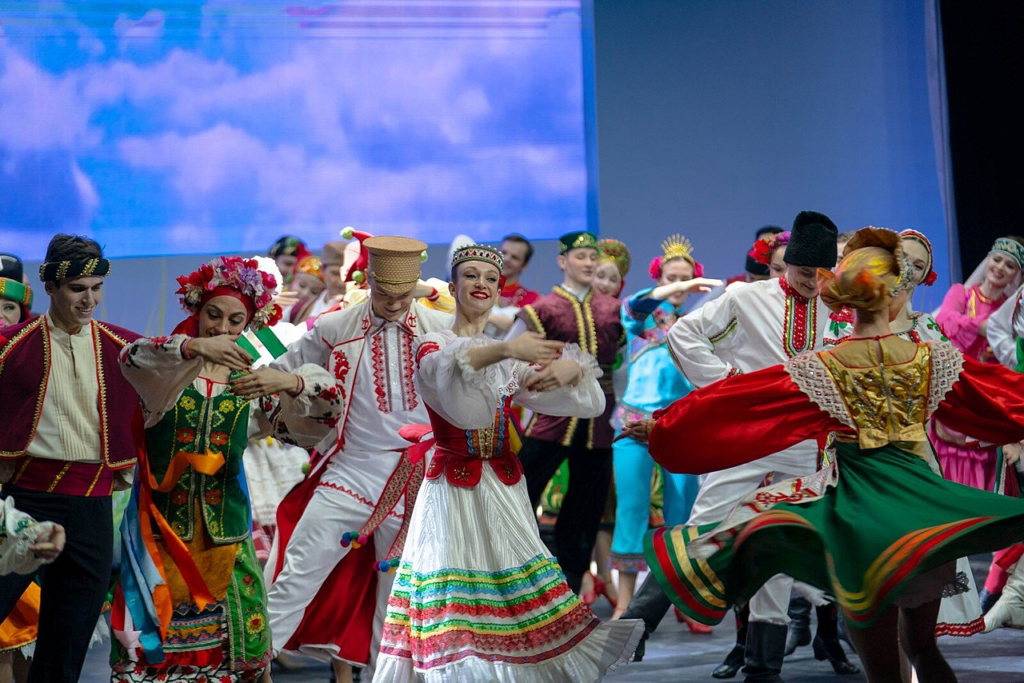
European leaders are under pressure to respond more assertively to Erdoğan’s consolidation of power, which could lead to a cooling of Turkey’s relations with the European Union and other Western nations.
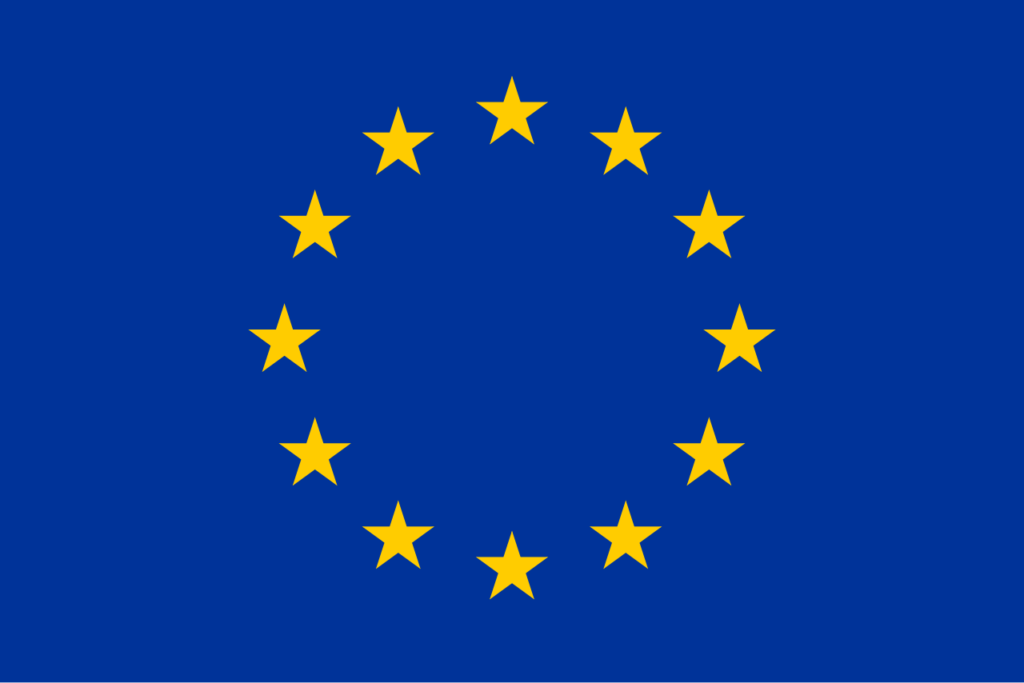
Above: Flag of the European Union
The large-scale protests reflect a broad ideological spectrum of dissatisfaction among the populace.
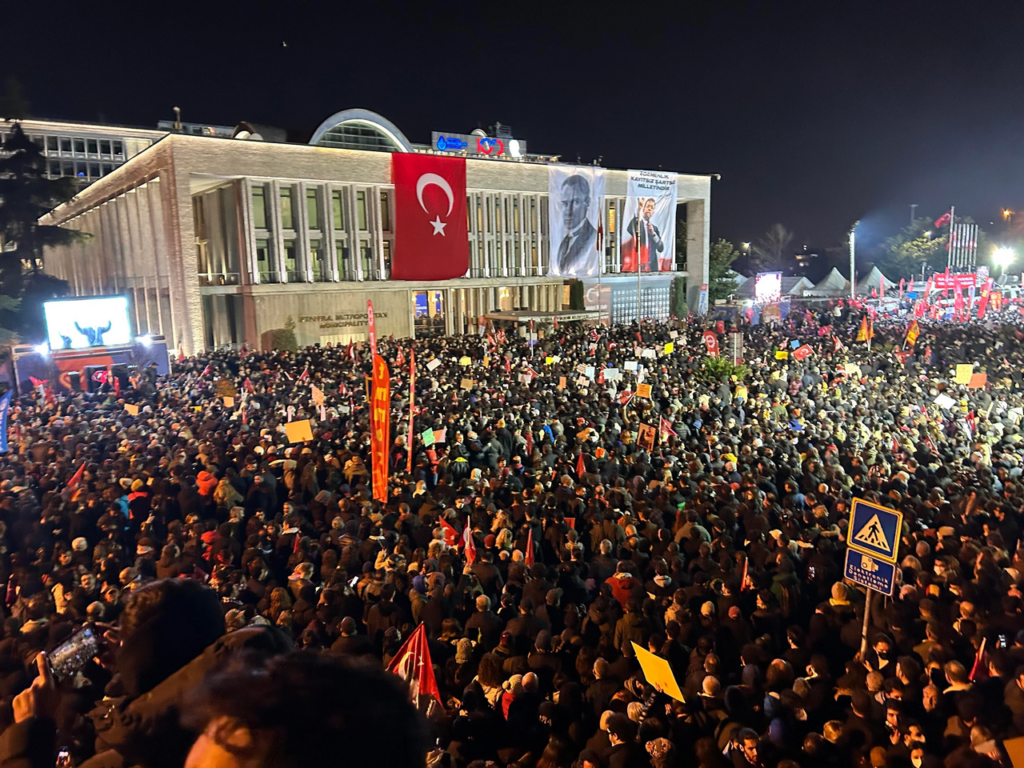
Symbols of the Republic, particularly those associated with Mustafa Kemal Atatürk, have become unifying emblems during demonstrations.
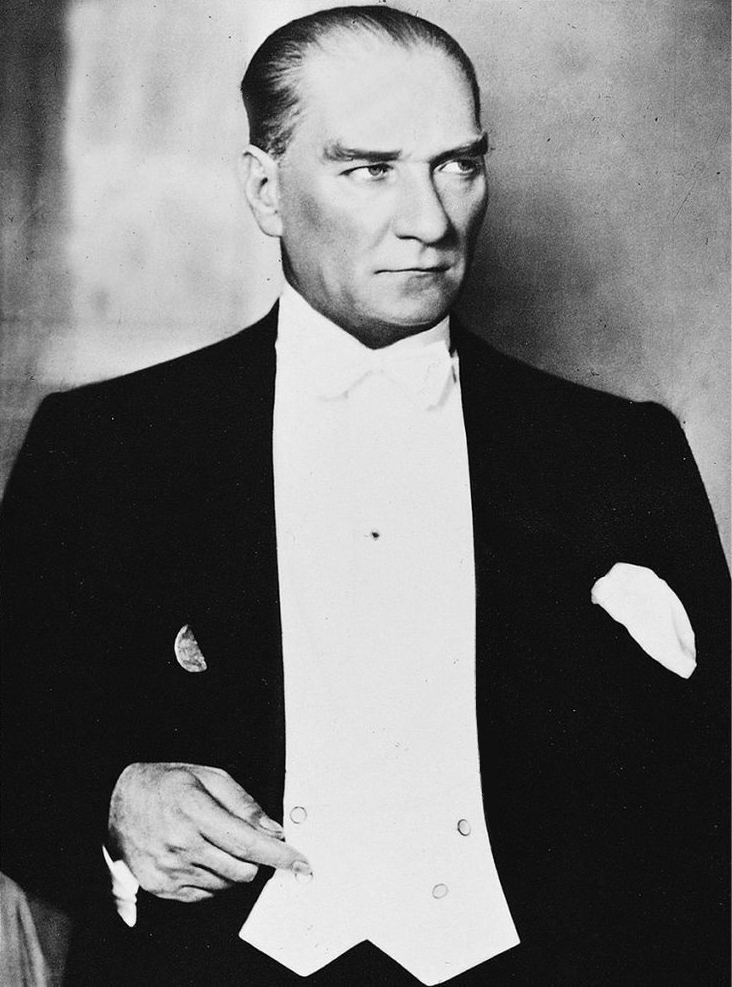
Above: Turkish President Mustafa Kemal Atatürk (1881 – 1938)
Following Imamoglu’s detention and during subsequent protests, the Istanbul Governor’s Office prohibited all public gatherings and demonstrations throughout the city for a four-day period.
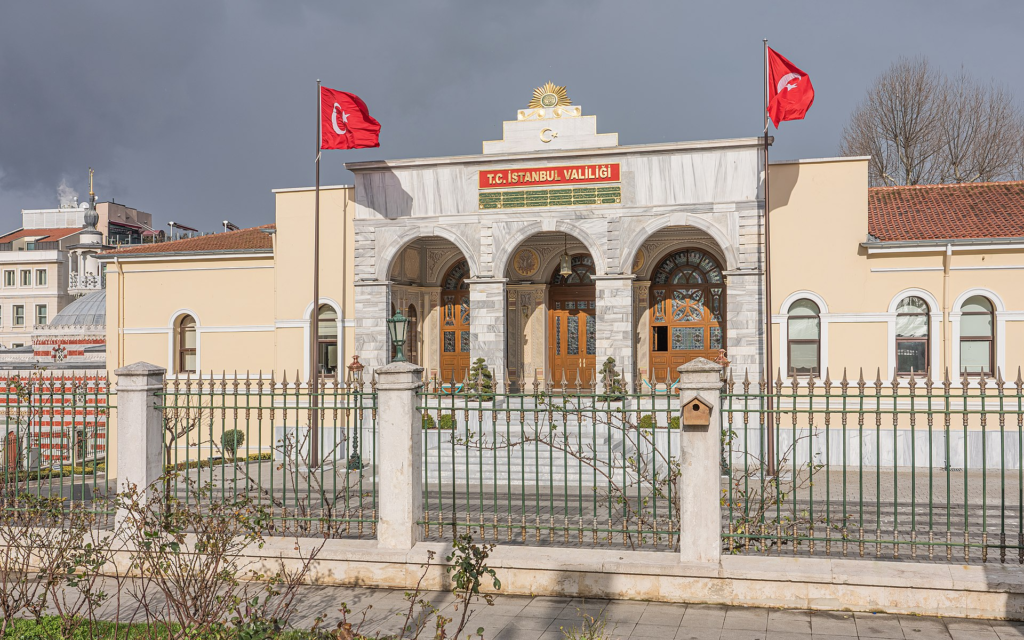
Above: Istanbul Governor’s Office
The office also closed major roads and rail networks located in central Istanbul.
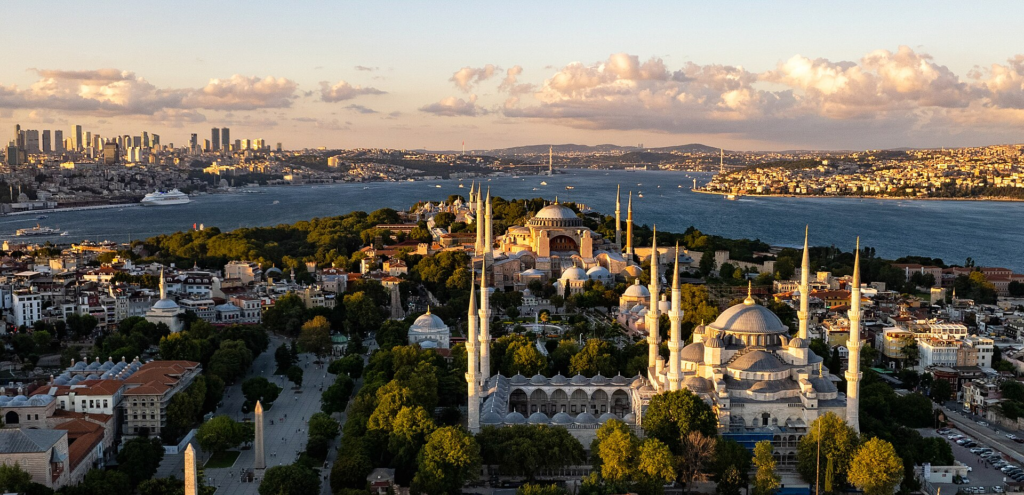
Above: Istanbul, Türkiye
Access to various social media platforms including X, YouTube, Instagram and TikTok was restricted, according to reports from Internet monitoring organizations.




The Turkish government denied allegations from protesters and opposition parties, maintaining that the judiciary operated independently from political influence.
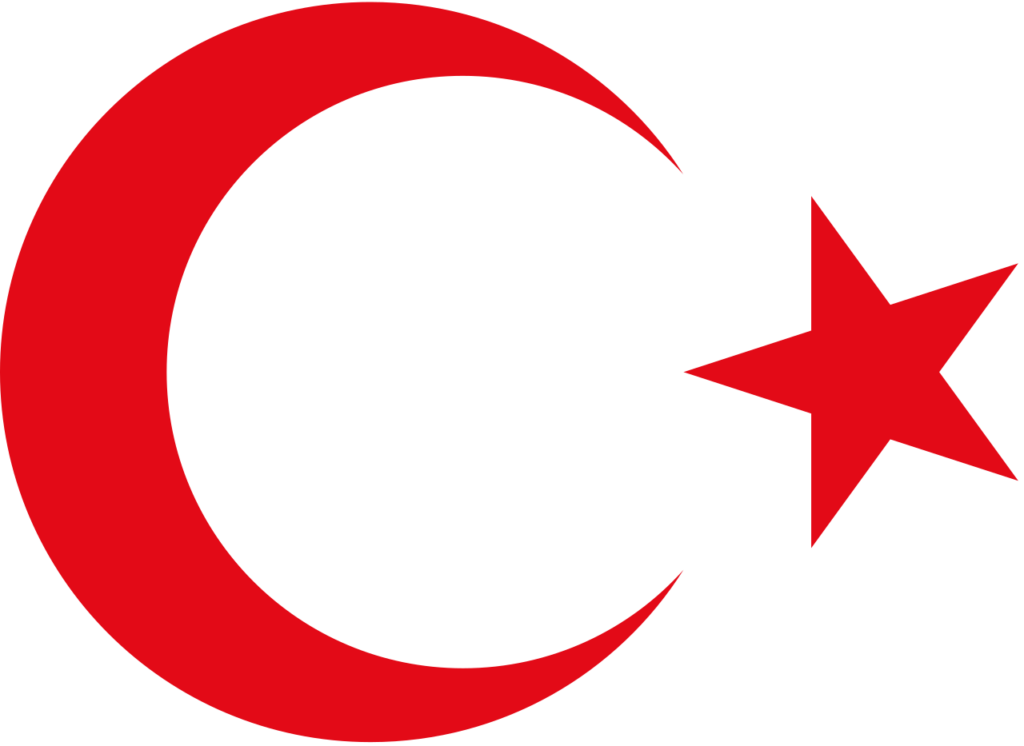
Above: Emblem of Türkiye
When specifically questioned about claims that the detention was politically motivated, representatives from President Erdoğan’s office did not provide immediate comments.
Days later, Erdoğan spoke in favor of judicial independence and said the protests were a “disruption of public order“.
Subway lines and bus transportation were shut down in Ankara’s Middle East Technical University Station during student protests.
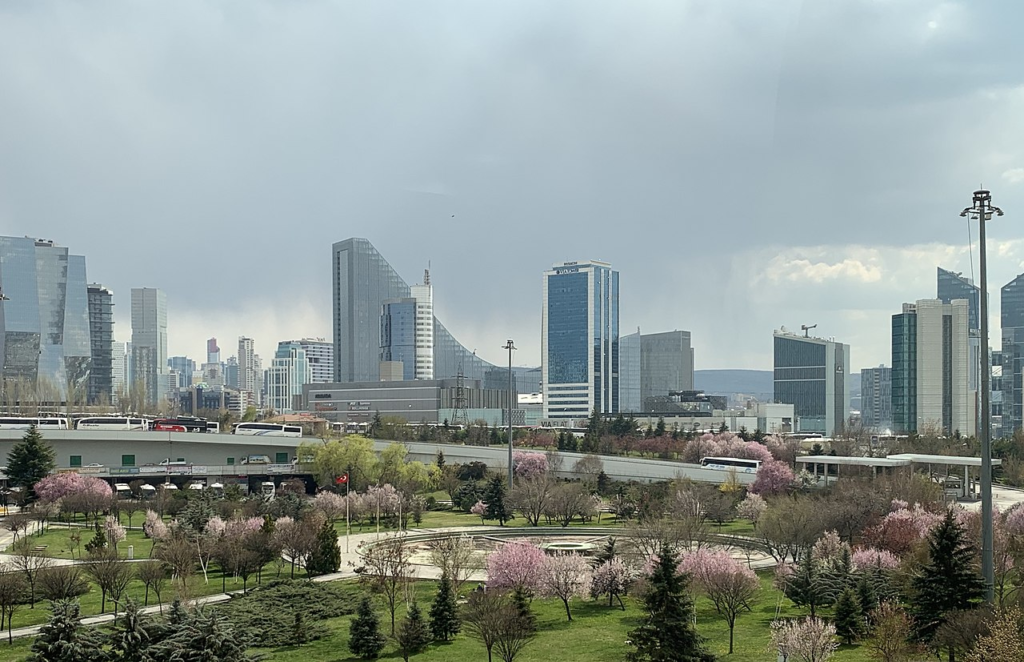
Above: Ankara, Türkiye
Continued civil unrest could lead to further crackdowns or, conversely, force the government to address public grievances more directly.
If the government continues its current trajectory, we may witness a further consolidation of power by Erdoğan, leading to increased authoritarianism and suppression of opposition.
Alternatively, sustained domestic and international pressure could compel the government to implement political reforms, release political prisoners, and pave the way for fairer electoral processes.
The economic future hinges on political stability.
Effective management of the current crisis could lead to a gradual recovery, while continued unrest may exacerbate economic decline, deterring investment and causing further hardship for the Turkish populace.
In summary, Türkiye stands at a crossroads, with its future trajectory dependent on the interplay between governmental actions, public response, economic management, and international relations.
The coming months will be critical in determining whether the nation moves toward greater authoritarianism or embraces reforms that address the underlying causes of the current unrest.
The detention of İmamoğlu and the ensuing protests attracted international attention, with various governments and human rights organizations expressing concern about democratic backsliding in Türkiye.
Amnesty International’s Deputy Regional Director for Europe Dinushika Dissanayake described the Turkish government actions as “draconian” and an escalated “crackdown on peaceful dissent” to limit freedom of assembly and speech.
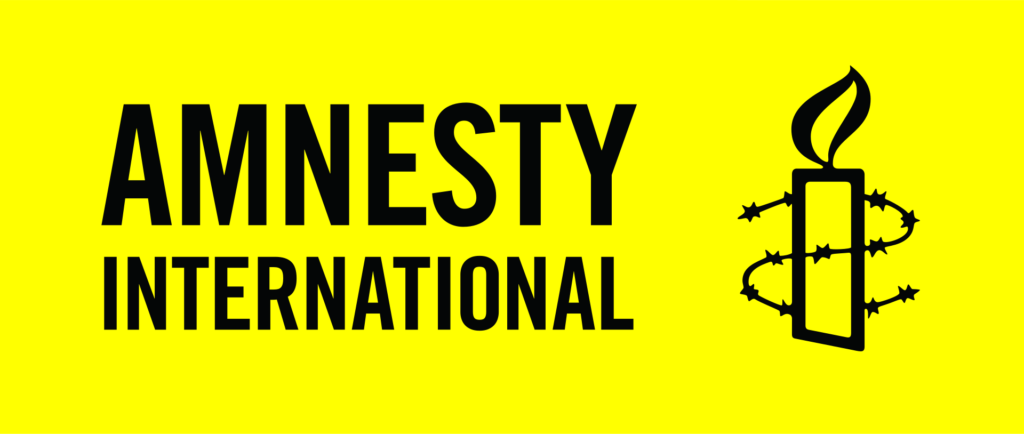
President of the European Commission Ursula von der Leyen said that Turkey would need to maintain its democratic values to avoid potentially losing its European Union candidate country status, stating that the EU wished to stay closely tied to Turkey.
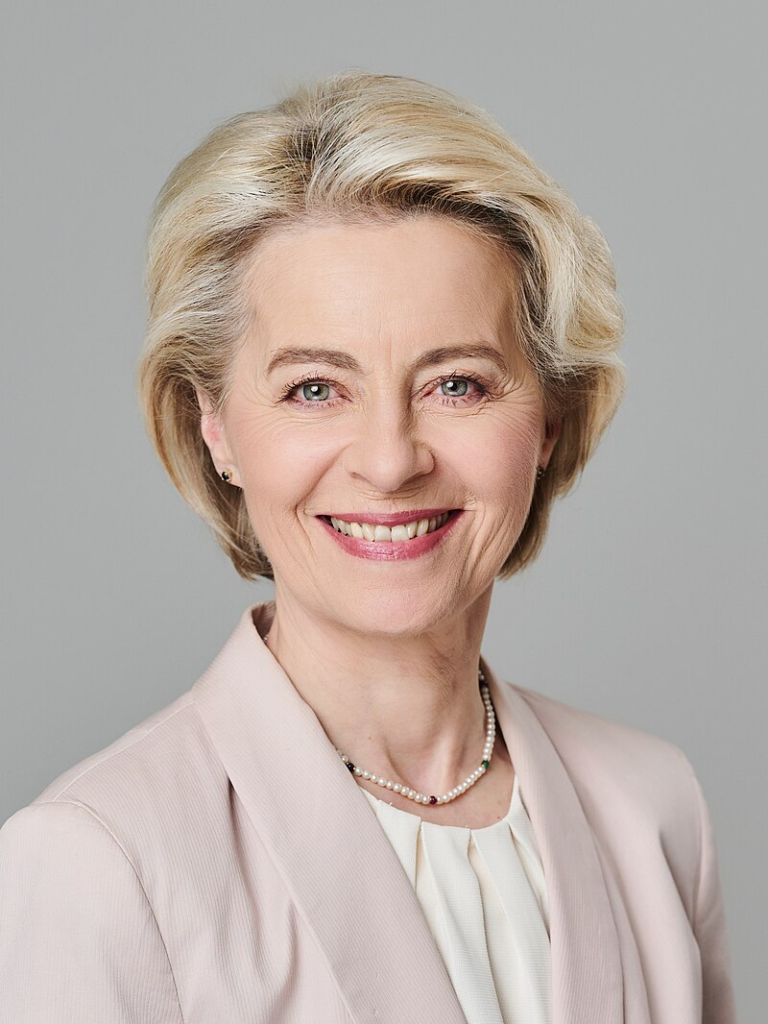
Above: Ursula von der Leyen
A joint statement released by the European Union’s High Representative for Foreign Affairs and Security Policy Kaja Kallas and Commissioner for Neighbourhood and Enlargement Marta Kos remarked that the European Union held Turkey to a higher standard in implementing democratic values due to its candidate status and Council of Europe membership.
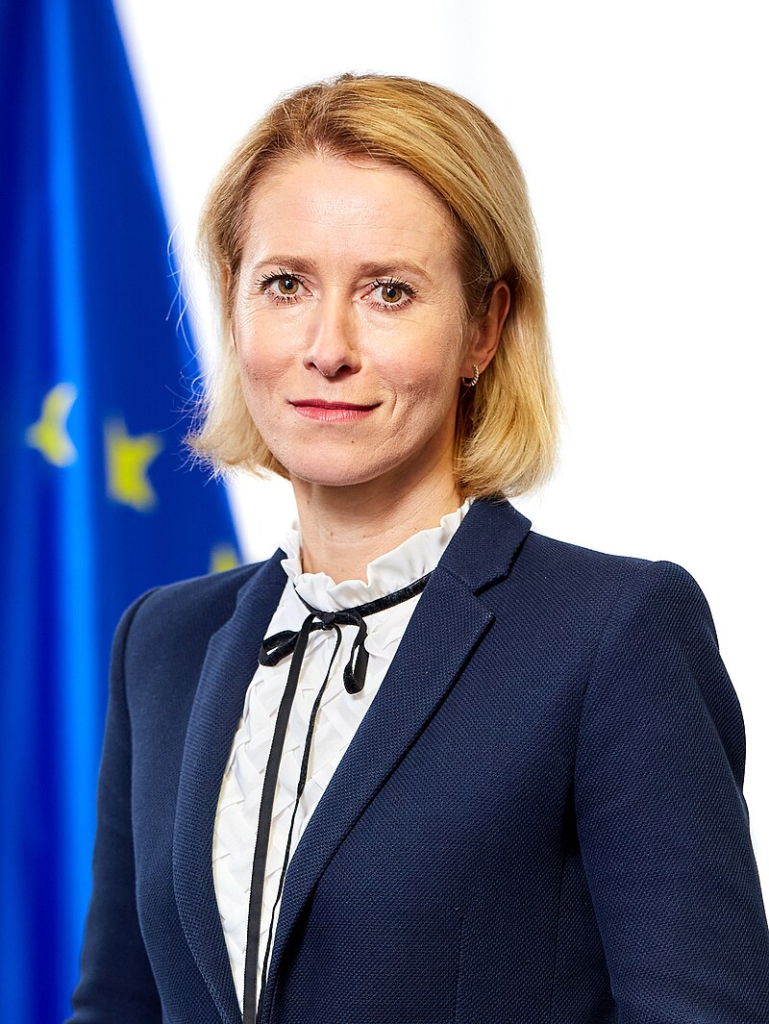
Above: Kaja Kallas
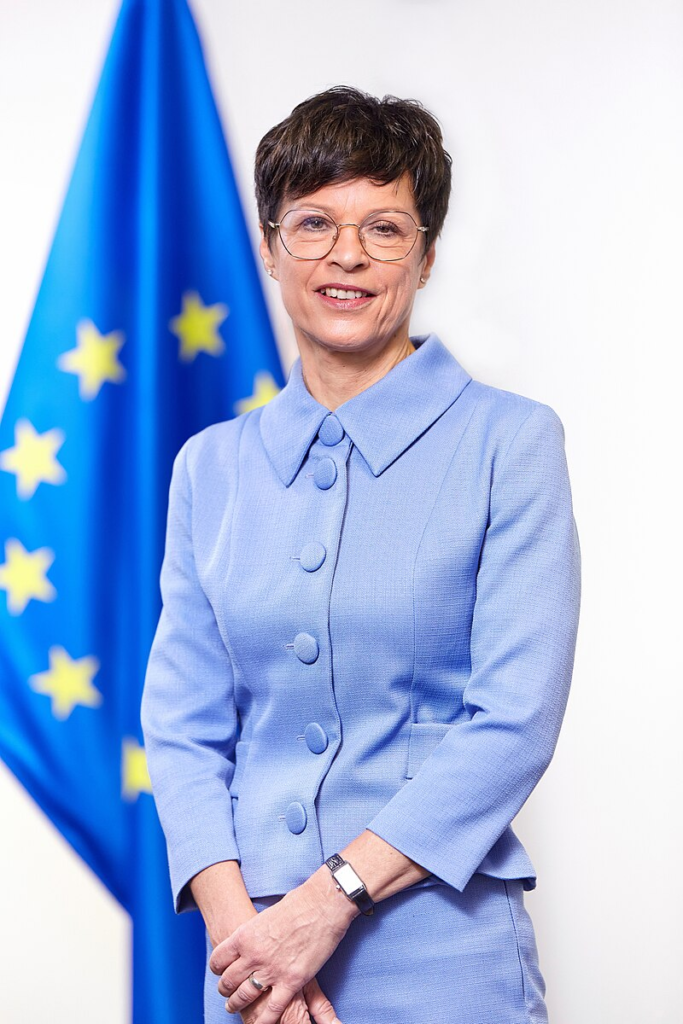
Above: Marta Kos
Is Türkiye still a democracy?
Multi-party elections exist.
Political opposition is still present.
Civil society is resilient despite restrictions.
Elections are not fully free and fair due to government control of media and suppression of opposition.
Judicial independence has weakened.
Political repression against journalists, activists and dissidents increases.
Nearly 2,000 people have been arrested since the protests began, including several journalists.
Türkiye has some democratic structures, but is highly centralized and authoritarian-leaning.
Türkiye’s current economic and political climate presents both challenges and opportunities for ESL (English as a Second Language) teachers considering a future in the country.
The Turkish lira has experienced significant volatility in recent years.
For ESL teachers earning in lira, this can impact the real value of salaries, especially if you have financial obligations in foreign currencies.
While the cost of living in Turkey is generally lower than in many Western countries, inflation can affect expenses.
It is essential to monitor economic trends to ensure that your salary maintains its purchasing power.
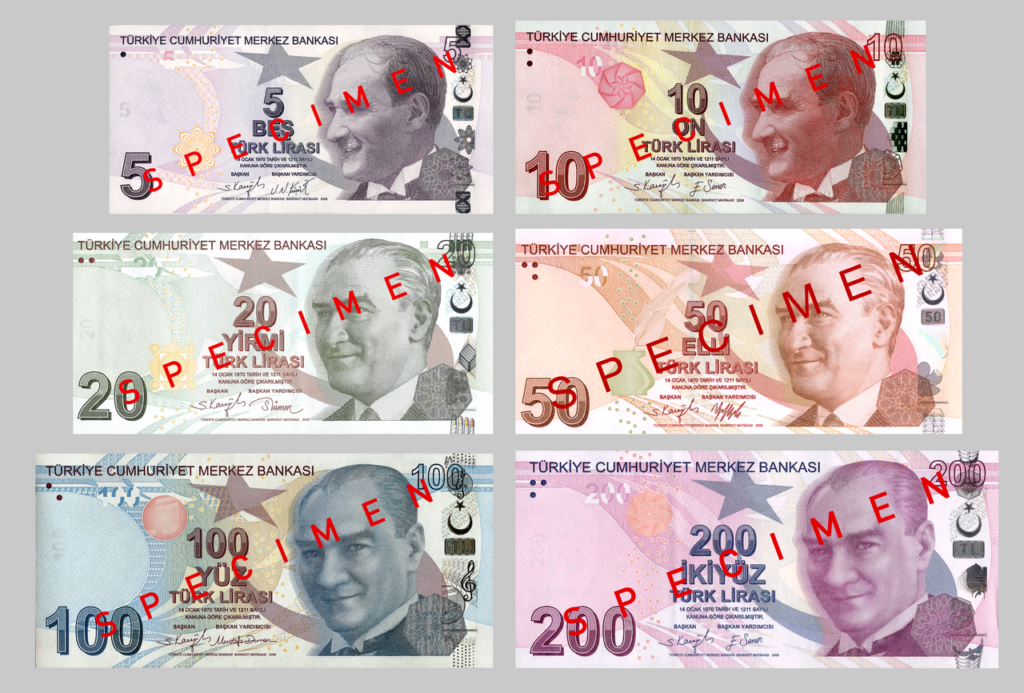
Türkiye has implemented various educational reforms over the years, influenced by political and economic factors.
These changes can affect curriculum, teaching methodologies, and the demand for ESL teachers.
Staying informed about policy shifts is crucial for adapting to new requirements.

Following the 2016 coup attempt, there were significant purges in the education sector, leading to the closure of numerous educational institutions and the dismissal of many educators.
While the situation has stabilized since then, it is advisable to research the stability and reputation of potential employers.

Above: 15 July 2016 coup attempt tanks
Quite frankly, my employment stability over the past 12 months has been anything but stable.
I quit two schools and was fired by a third.
My residence visa ran out and I am expelled from the country until June.
Has the employment situation in Türkiye improved or worsened since I left?
Despite economic and political challenges, the demand for English proficiency in Turkey remains strong.
English is considered a valuable skill for economic development and global integration, leading to continued opportunities for ESL teachers.
Türkiye offers a range of teaching contexts, from private language schools to universities and corporate settings.
This diversity allows ESL teachers to find positions that align with their qualifications and preferences.

I need to:
- Regularly monitor Turkey’s economic indicators and political developments to anticipate potential impacts on employment and living conditions.
- Consider negotiating salaries in stable currencies or securing contracts that account for inflation to protect your earnings.
- Before accepting a position, research the institution’s stability, reputation, and compliance with labor laws to ensure a secure working environment.
It has been my lack of desire to remain in Switzerland or to return to Canada as well as the uncertainty of Türkiye at present, that has made today’s sudden possibility of work in Vietnam of interest to me.
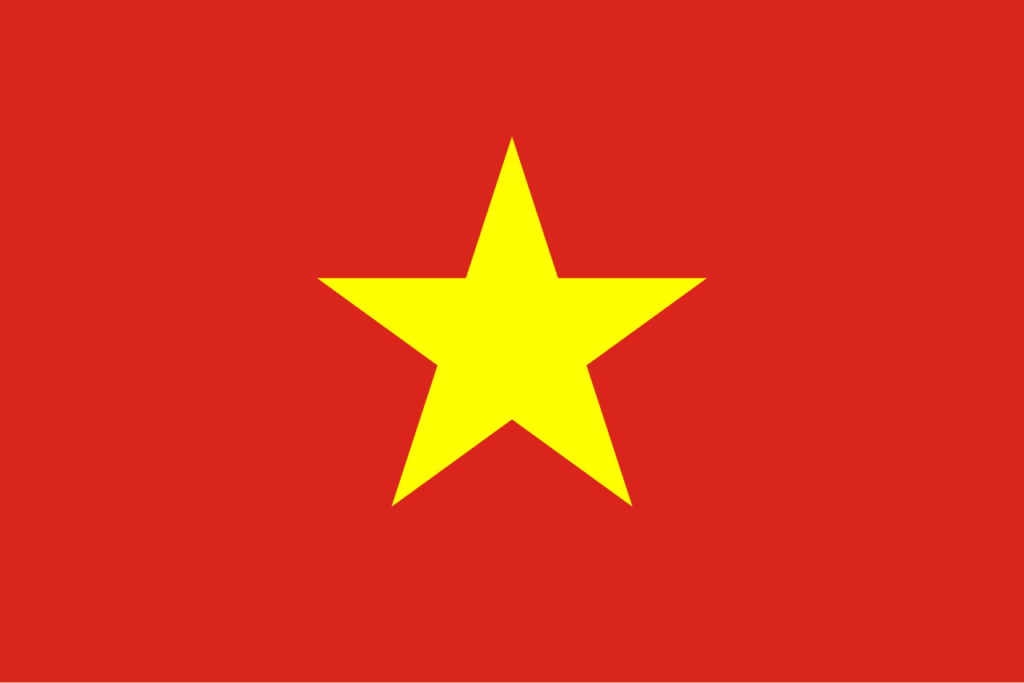
Above: Flag of Vietnam
Up2U Recruiting, a recruitment agency based in Da Nang City, Vietnam, has through my Tunisian friend in Eskişehir, reached out to me.
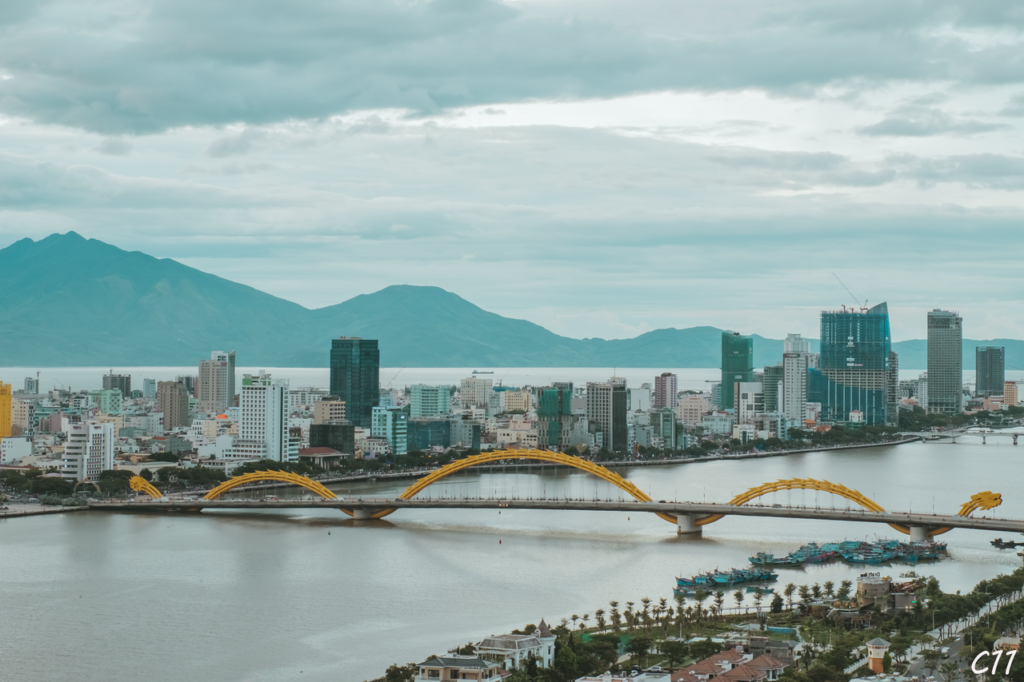
Above: Da Nang City, Vietnam
Up2U Recruiting focuses on assisting individuals in securing teaching positions in Vietnam and China.
They offer comprehensive support, including guidance through the application process, visa assistance and relocation advice.
Their goal is to help candidates find fulfilling teaching roles and facilitate their transition to life in a new country.
They maintain an active presence on social media platforms, such as Instagram, where they share success stories and address common concerns about moving abroad.
I am curious…

It is fitting that as I return to my calendar date chronicle and examine the 21st of February, that it was on that date in 1848 that Karl Marx and Friedrich Engels published The Communist Manifesto.
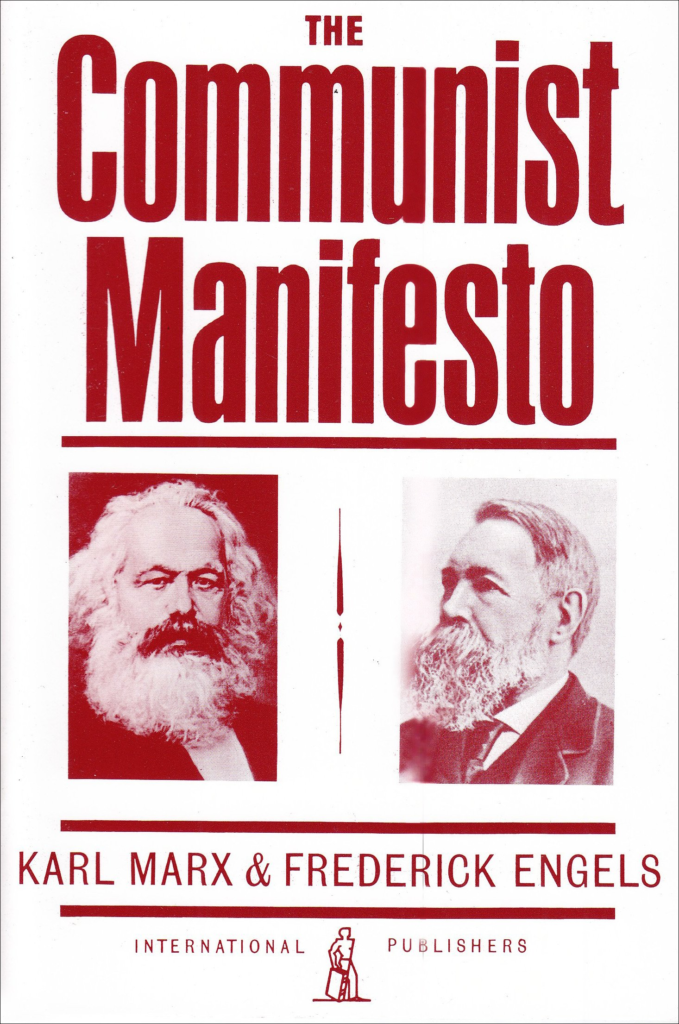
It is also fitting as I continue my account of journeys out and about in Switzerland and Germany from 2 March to 16 June 2025 that I come to talk of the road between Egnach and Rorschach wherein we find “Red” Arbon.
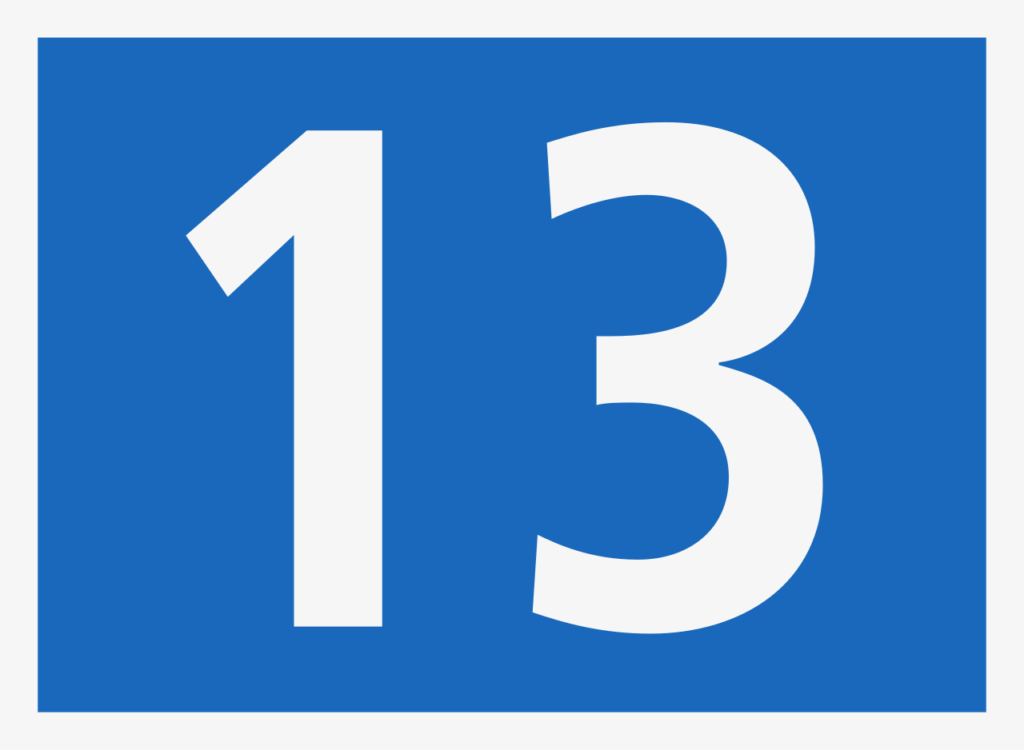
So, as I contemplate my future – while procrastinating on other things I should be doing – I ponder the possibilities of Vietnam.
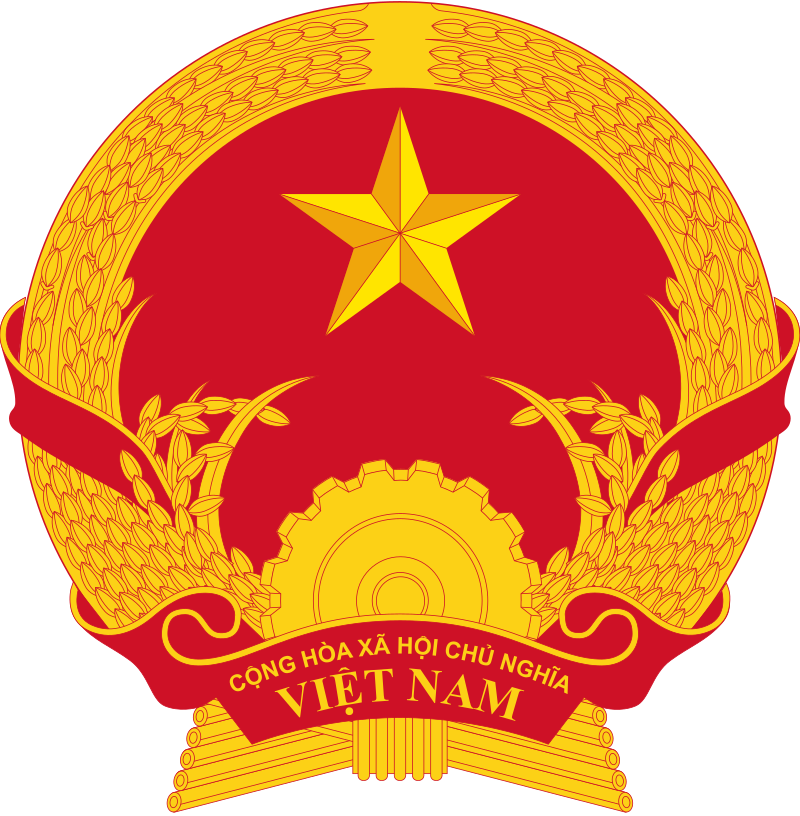
Above: Emblem of Vietnam
Vietnam, officially the Socialist Republic of Vietnam, is a country at the eastern edge of mainland Southeast Asia, with an area of about 331,000 square kilometres (128,000 sq mi) and a population of over 100 million, making it the world’s 15th-most populous country.
One of the two Marxist–Leninist states in Southeast Asia, Vietnam shares land borders with China to the north, and Laos and Cambodia to the west.
It shares maritime borders with Thailand through the Gulf of Thailand, and the Philippines, Indonesia and Malaysia through the South China Sea.
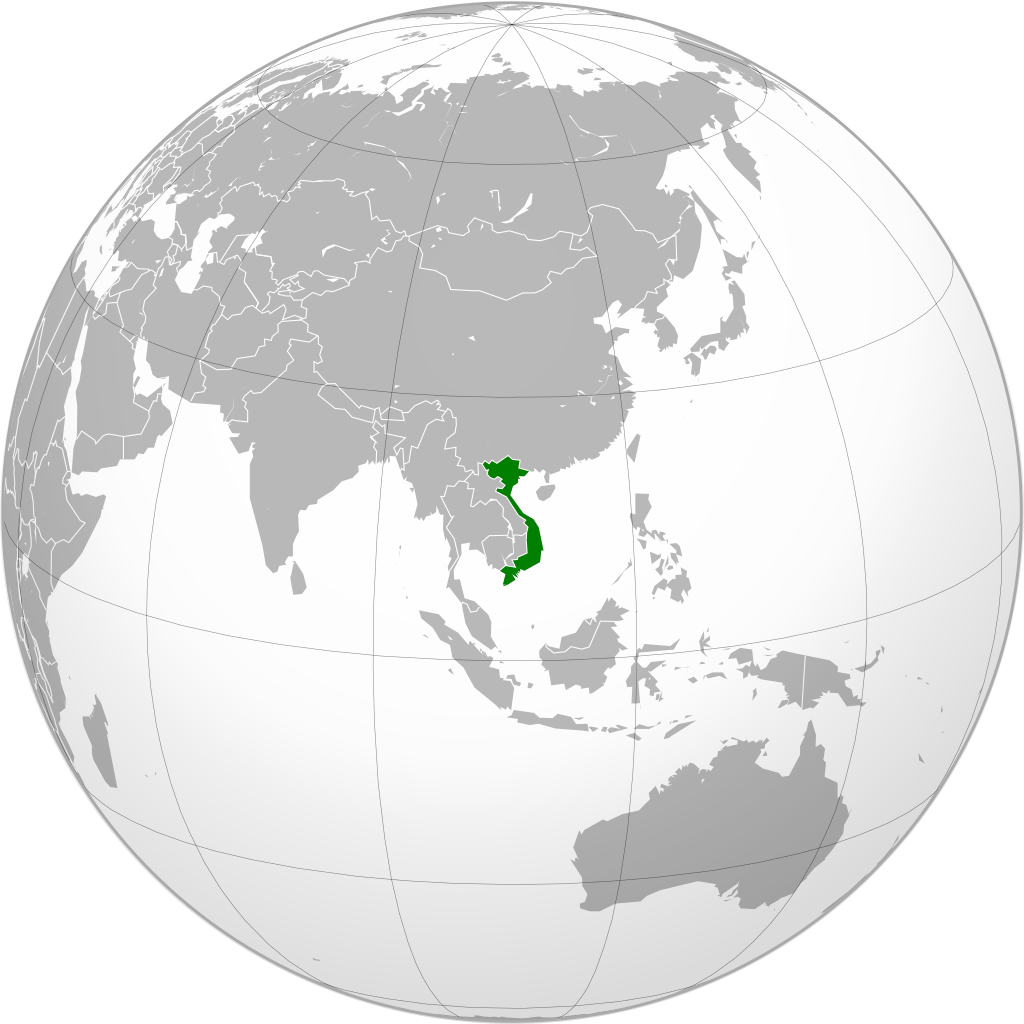
Above: (in green) Vietnam
Its capital is Hanoi.
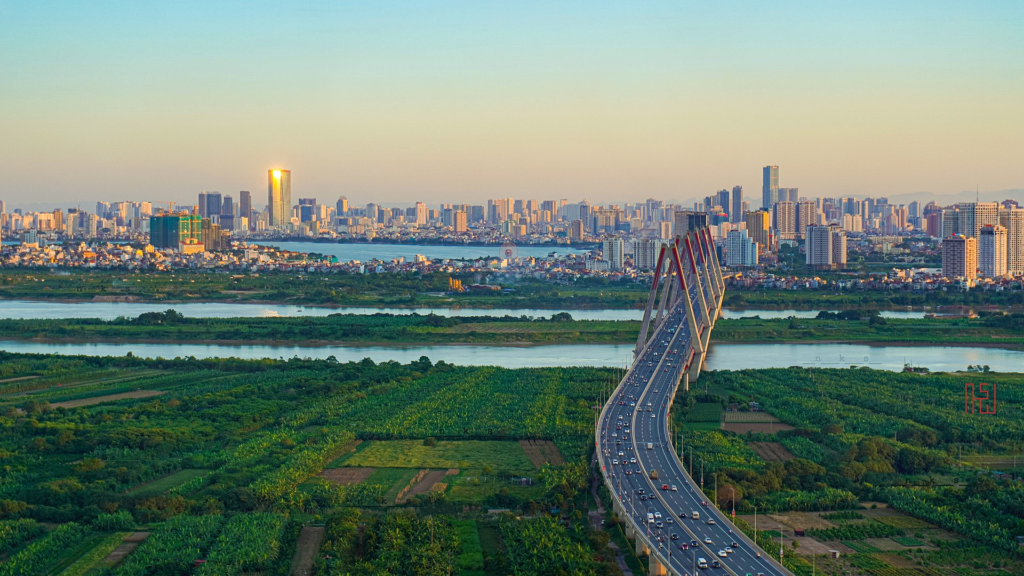
Above: Hanoi, Vietnam
Its largest city is Ho Chi Minh City.
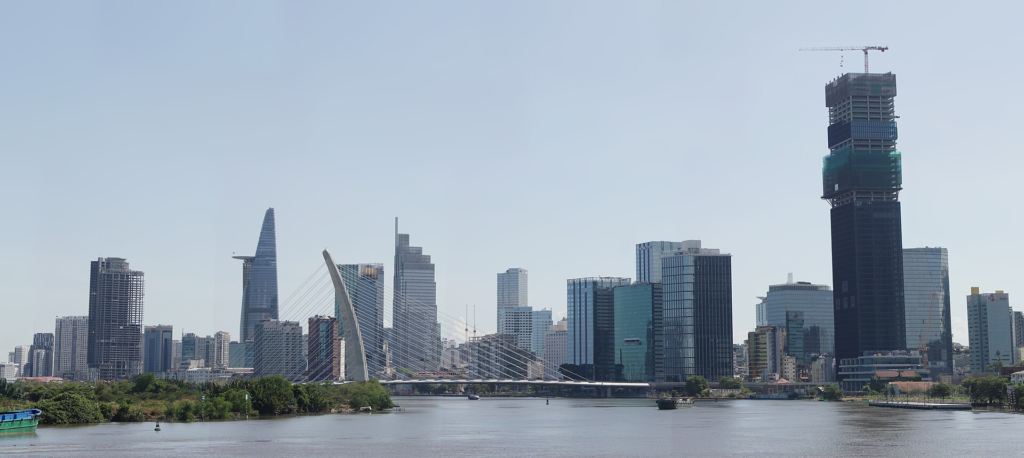
Above: Ho Chi Minh City, Vietnam
But how Communist is Vietnam?
How democratic is it?
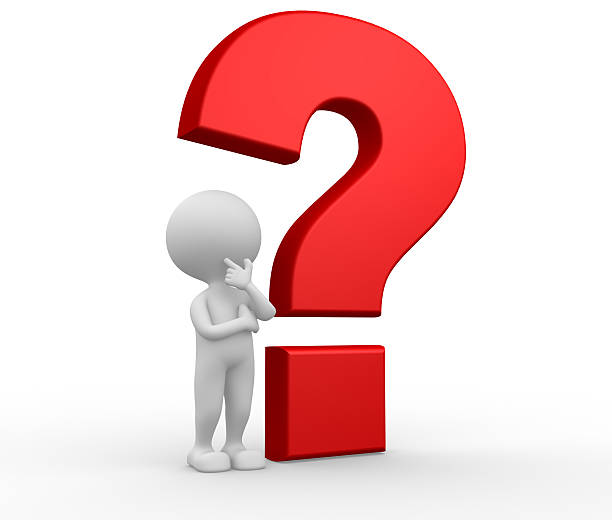
If we go by The Communist Manifesto by Marx and Engels, neither China nor Vietnam is truly Communist in the strictest sense.
Marx and Engels envisioned a classless, stateless society where the means of production were collectively owned, private property was abolished, and wealth was distributed according to need.
However, both China and Vietnam have evolved into what can best be described as state capitalist or market socialist economies rather than pure communist societies.
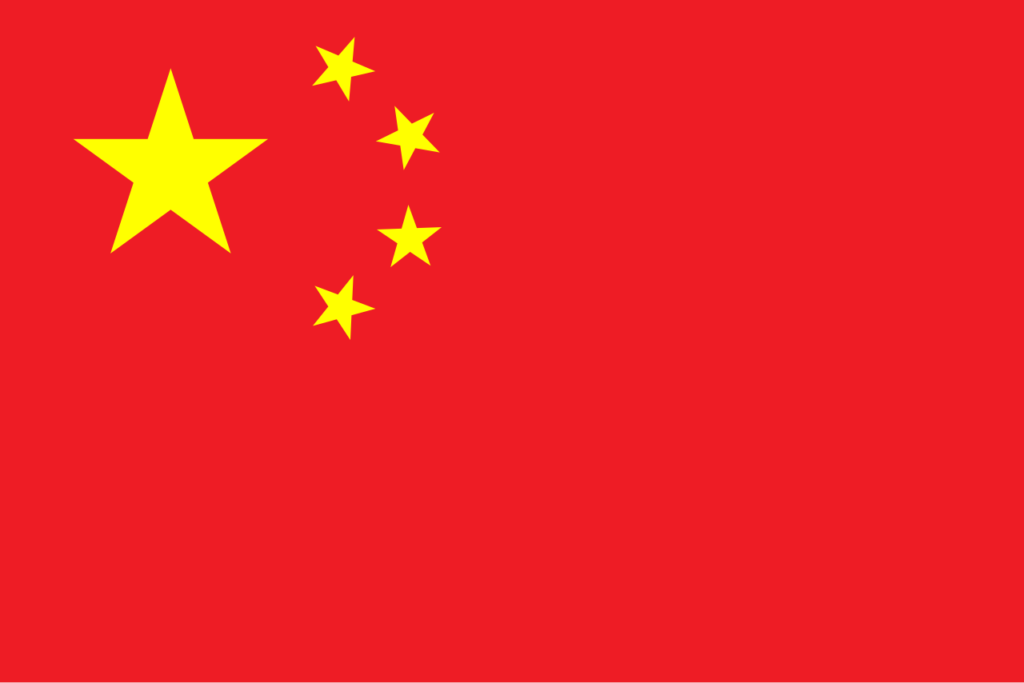
Above: Flag of China
Both China and Vietnam have mixed economies that blend state control with market-driven policies.
China, especially after Deng Xiaoping’s reforms (1978 onward), introduced market liberalization while maintaining political authoritarianism under the Communist Party.
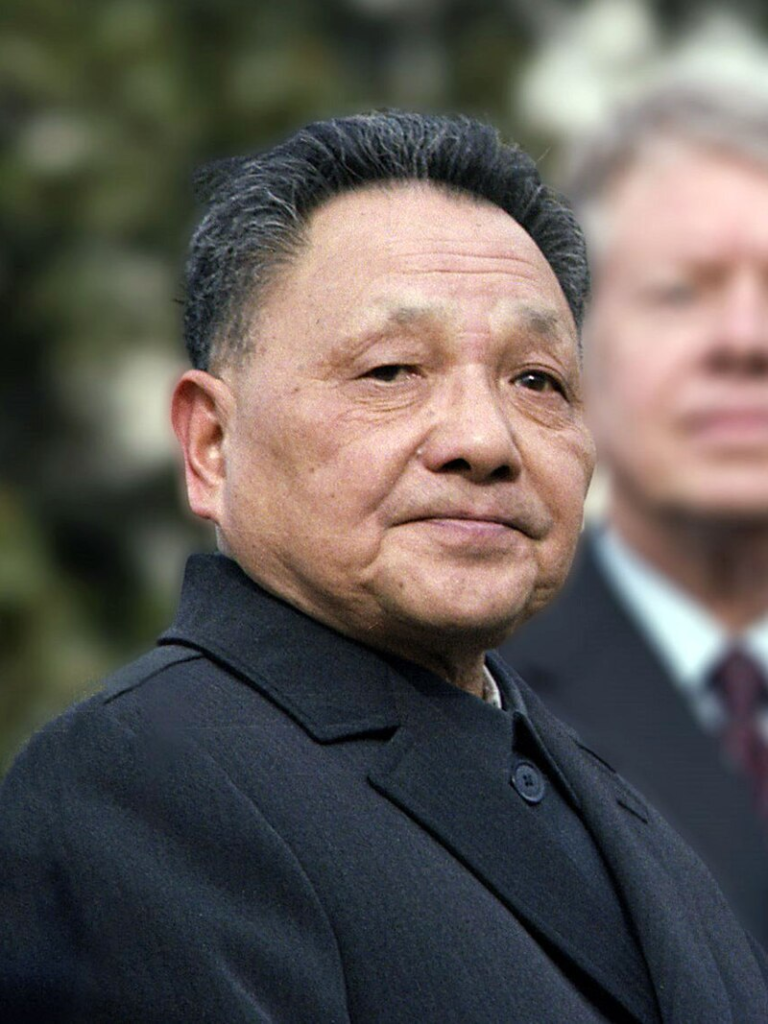
Above: Chinese Chairman Deng Xiaoping
Vietnam followed a similar path with Đổi Mới (Renovation) reforms in 1986.
Both countries have private businesses, foreign investments, and stock markets, which contradict classical communist ideology.
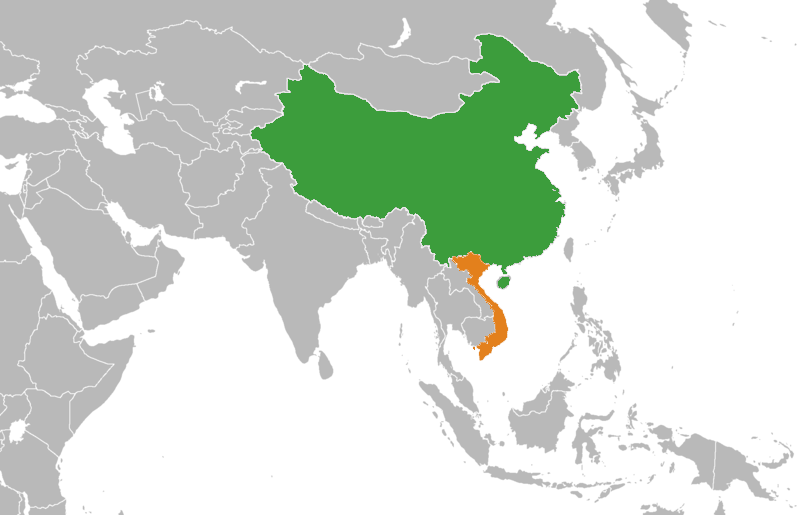
Above: (in green) China / (in orange) Vietnam
In Marxist theory, Communism abolishes class distinctions, but both nations have seen the rise of wealthy elites and income inequality.
China has billionaires like Jack Ma and Ma Huateng, something unthinkable in a truly Communist system.

Above: Chinese businessman Jack Ma
Vietnam has seen similar developments, with private corporations like Vingroup dominating.
The state controls the political system, but capitalists control much of the economy:
Not what Marx had in mind.
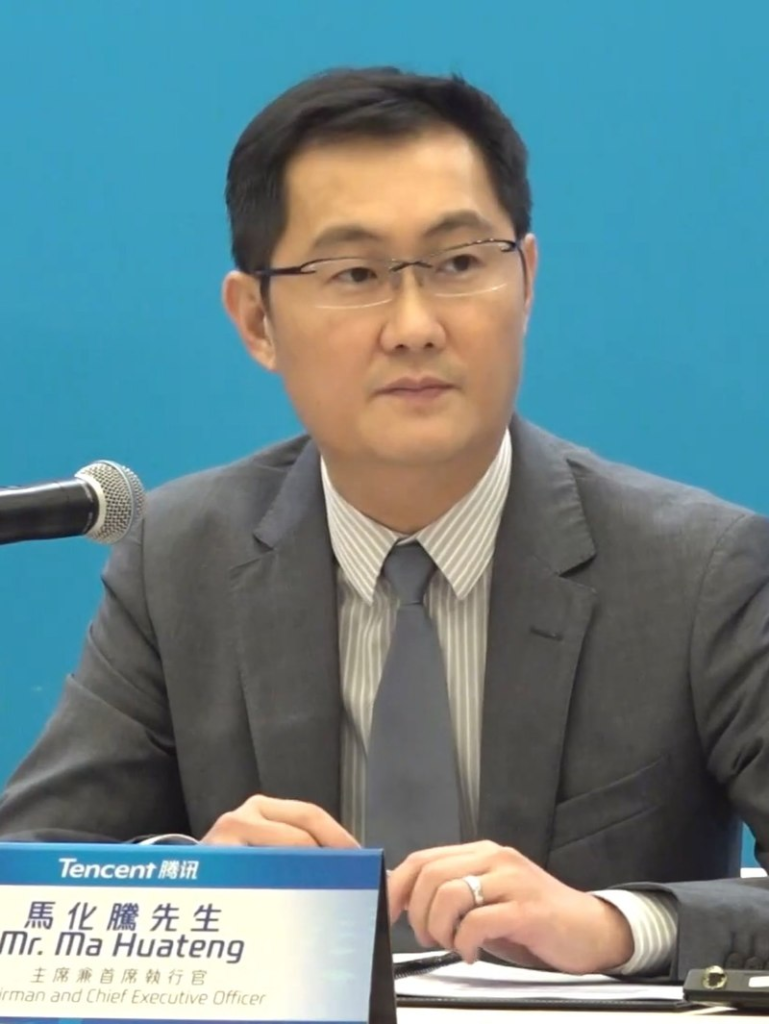
Above: Chinese businessman Ma Huateng
Marxist theory envisions a temporary “dictatorship of the proletariat“ that eventually dissolves into a stateless, classless society.
In practice, China and Vietnam have one-party rule, where the Communist Party maintains political power indefinitely rather than stepping aside for the people.
The working class doesn’t control the state.
Rather, the party elite does — often benefiting personally from economic growth.
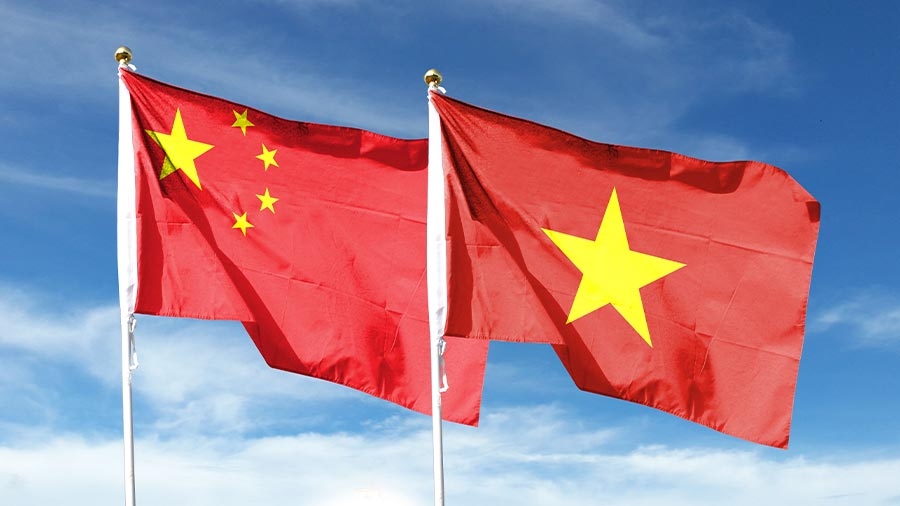
Marx and Engels called for the abolition of private property in The Communist Manifesto, but China and Vietnam have private businesses, private land leases, and wealthy individuals.
While the state owns the land, individuals and corporations effectively buy and sell land-use rights, which operates like a capitalist real estate system.
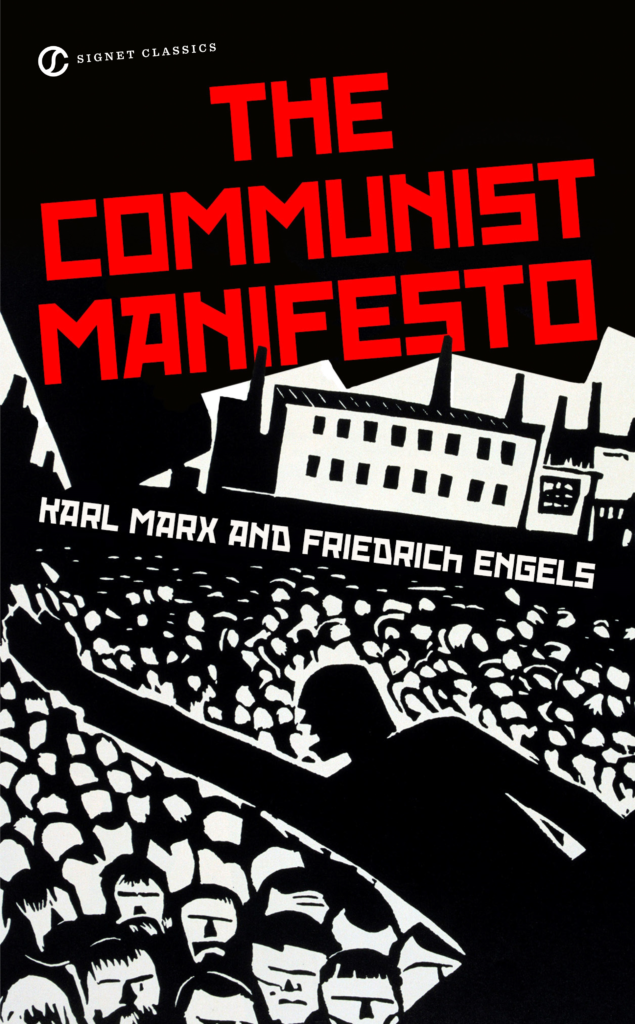
If we define “Communist” by The Communist Manifesto, then no, China and Vietnam are not truly Communist:
They are authoritarian state-capitalist or market-socialist nations.
They use Communist rhetoric but embrace Capitalist economic structures while maintaining strict party control.
Some argue they are still on the “path” to Communism, but Marx and Engels never advocated for using Capitalism to build Communism:
They expected a worker-led revolution, not a state-controlled hybrid economy.
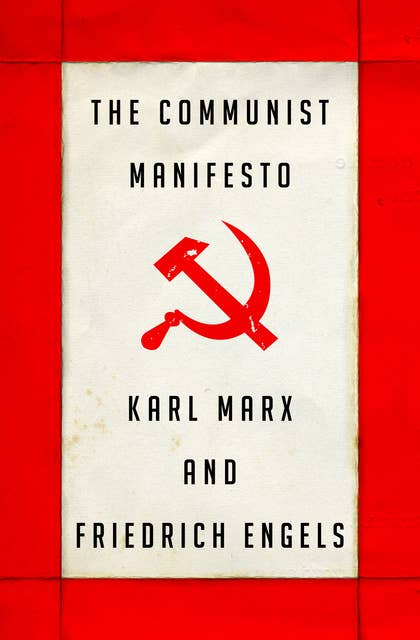
Vietnam, like China, is officially a Socialist republic governed by a Communist Party (the Communist Party of Vietnam, or CPV).
However, in practice, Vietnam has moved away from classical Marxist-Leninist Communism and adopted a more state-controlled Capitalist model.
Marx and Engels’ ideal was the means of production (factories, farms, industries) are owned collectively by workers and that class struggle leads to a classless, stateless society with no private property.
The government still claims to be Communist, but since Đổi Mới (Renovation) in 1986, Vietnam has embraced free-market reforms, allowing private businesses, foreign investments, and wealth accumulation.
While major industries (banking, energy, etc.) remain state-controlled, there is a large capitalist economy alongside state ownership.
No.
At least, not in the sense that Marx and Engels envisioned.
Vietnam has one-party rule, state control over key industries, and limited political freedoms, but its economy operates more like a capitalist system than a Communist one.
It resembles China’s “socialism with Chinese characteristics“, where the Communist Party controls politics, but capitalism drives the economy.
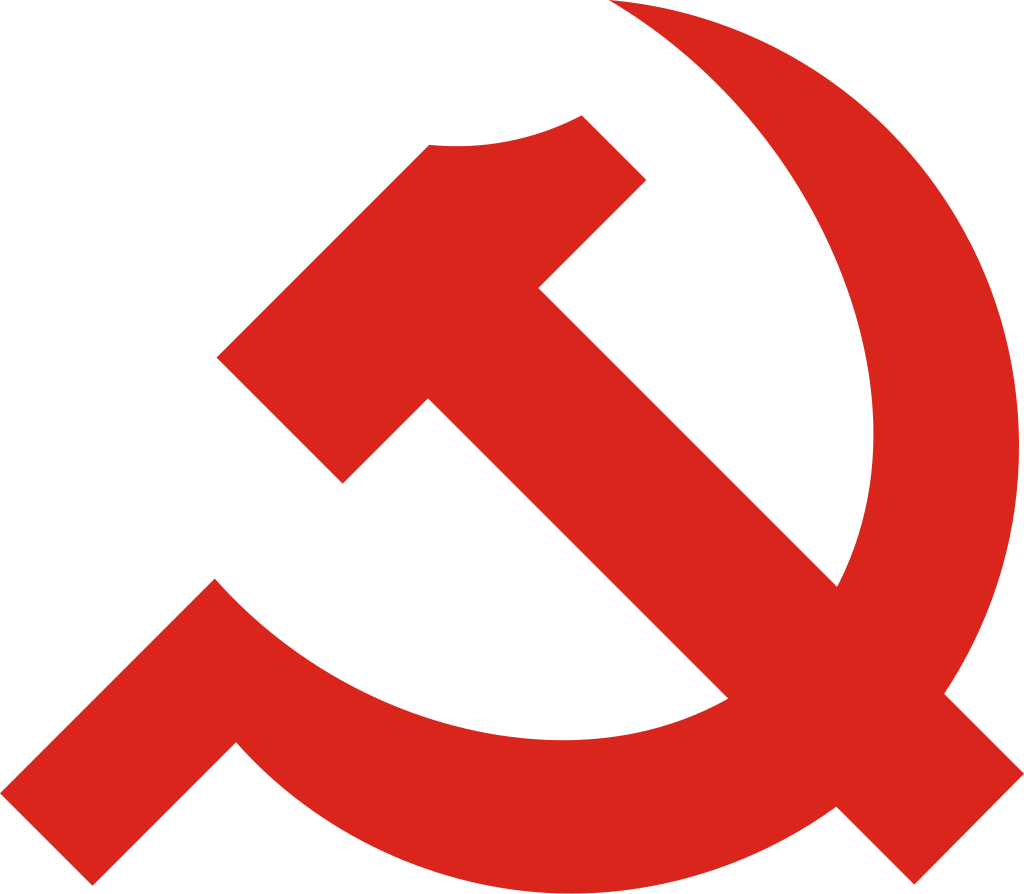
Marx and Engels believed that workers (the proletariat) would become increasingly oppressed under capitalism, leading to class consciousness (realizing their collective exploitation) and a revolution overthrowing the bourgeoisie (capitalist class).
This would create a socialist state that would eventually transition to a stateless, classless society (Communism).
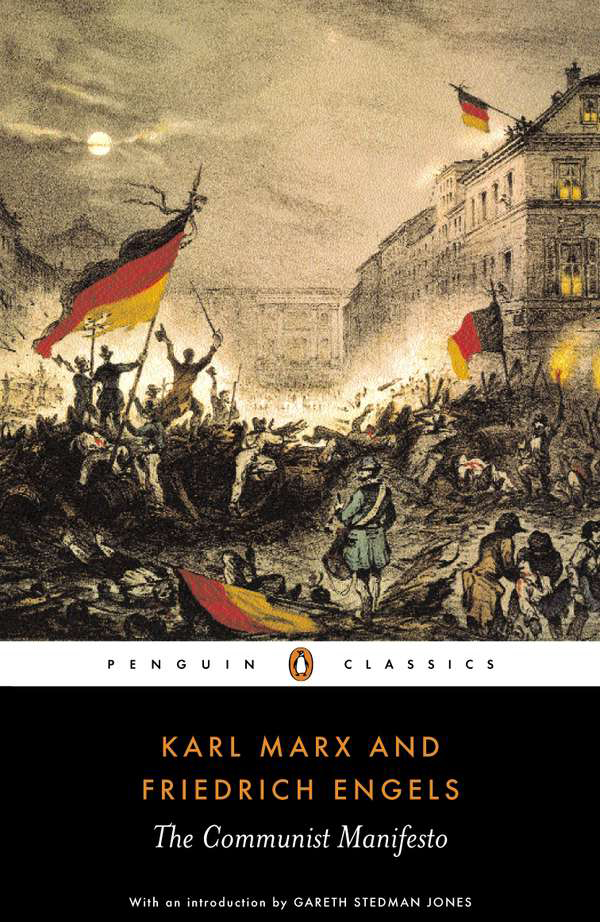
Did this happen?
In Russia (1917), China (1949), Cuba (1959) and Vietnam (1945/1975), revolutions did occur under Marxist-inspired movements.
BUT they were not worker-led revolutions as Marx imagined.
Instead, they were often led by intellectuals, military leaders and political parties claiming to represent the workers.
Instead of a stateless society, Communist revolutions led to powerful centralized states that controlled the economy and political life.
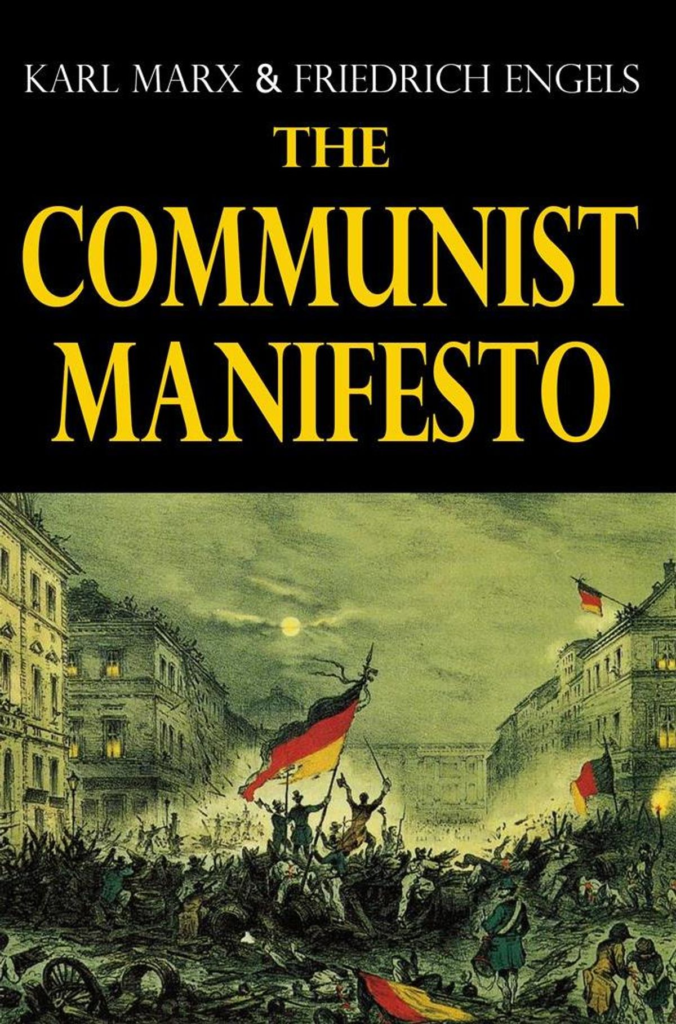
Why didn’t Marx and Engels’ vision come true?
Workers alone lacked the organization to seize power.
Revolutionary movements were often led by elites (Lenin, Mao, Ho Chi Minh, Castro) who used the working class as a base but never truly handed them power.
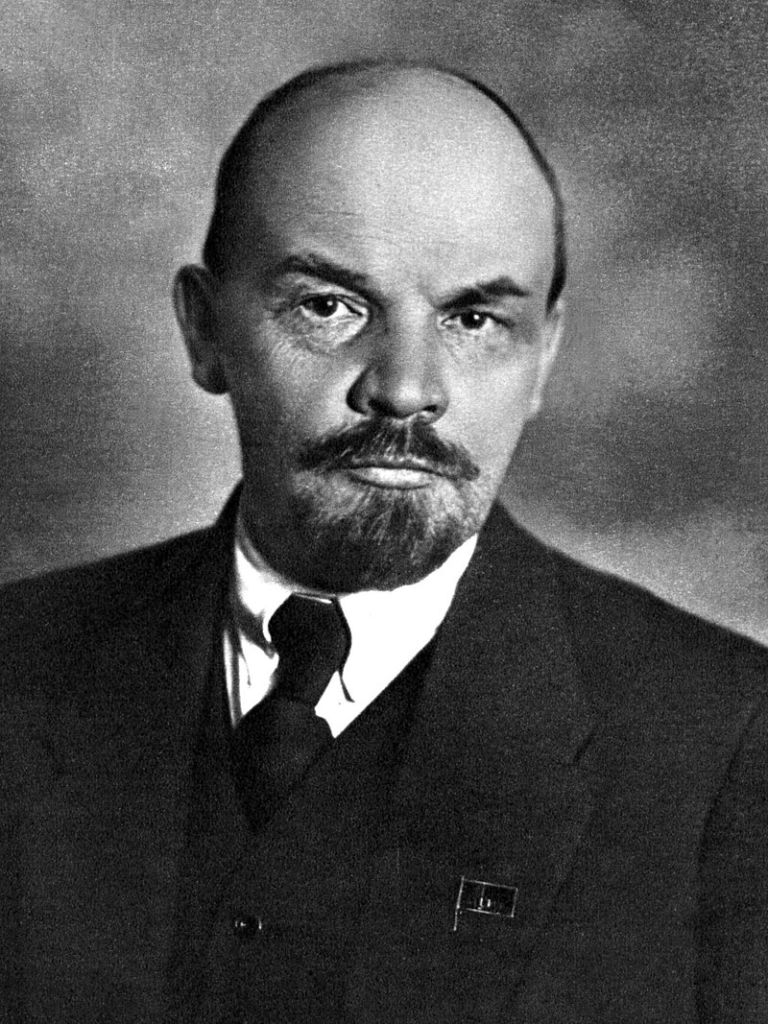
Above: Russian revolutionary Vladimir Lenin (1870 – 1924)
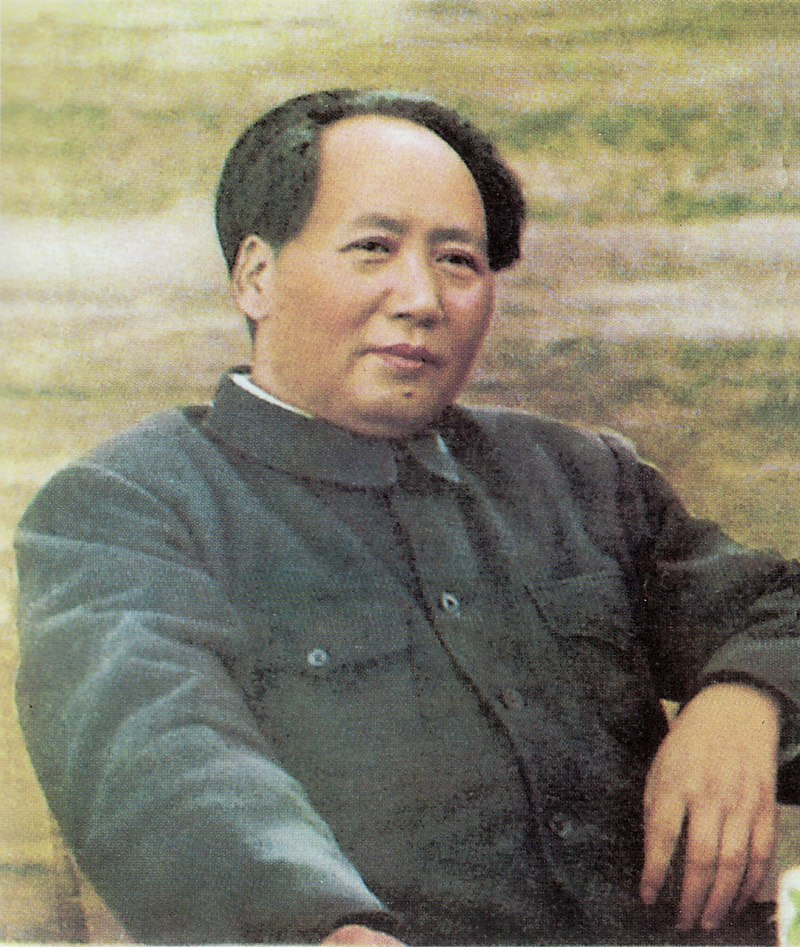
Above: Chinese Chairman Mao Zedong (1893 – 1976)
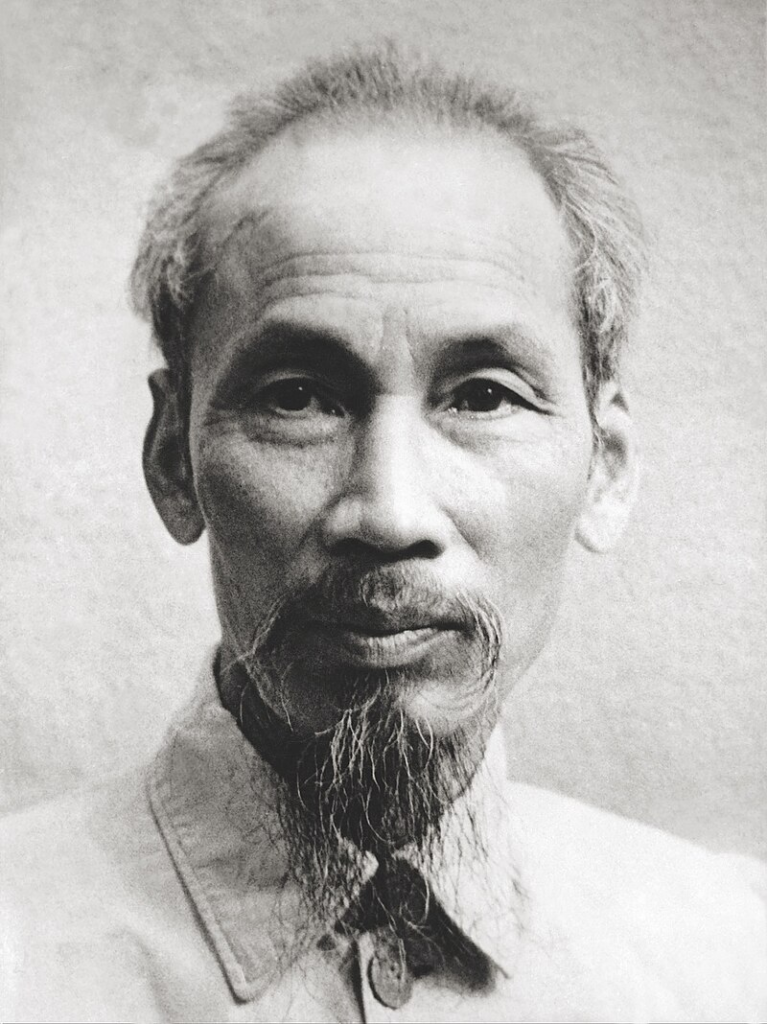
Above: Vietnamese President Ho Chi Minh (1890 – 1969)
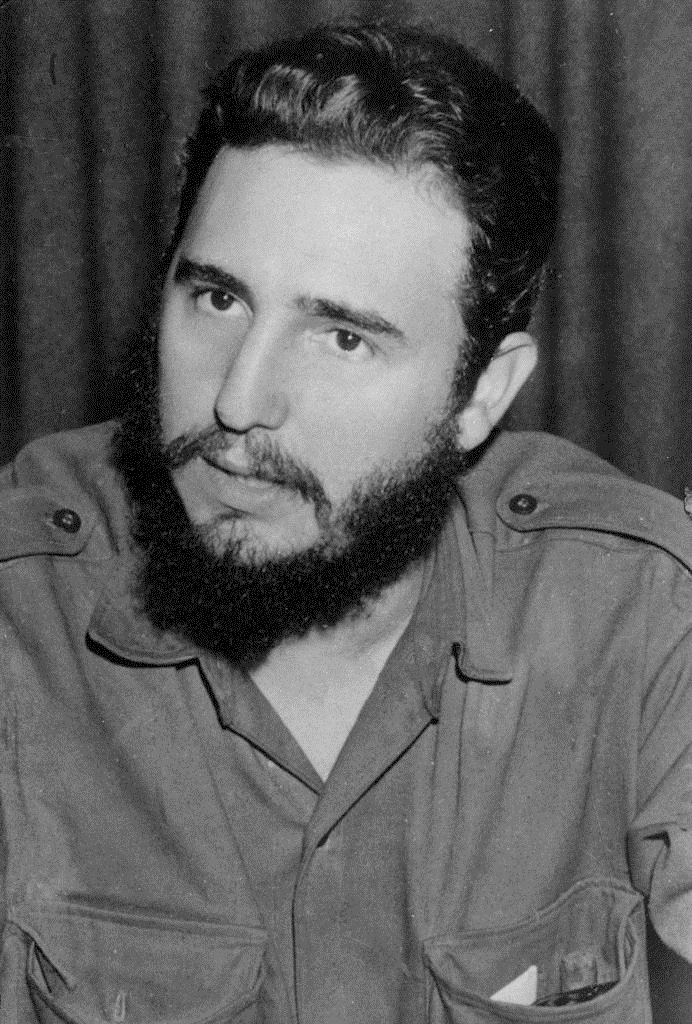
Above: Cuban President Fidel Castro (1926 – 2016)
Capitalism adapted.
In Western countries, the introduction of welfare states, labor rights, and democratic reforms prevented extreme worker oppression and reduced revolutionary momentum.
State bureaucracy replaced the capitalist class.
Instead of “workers owning the means of production“, power often concentrated in the hands of a ruling Communist elite (the Party), creating a new ruling class.
So, a worker-led revolution in the pure Marxist sense never fully happened:
Instead, what emerged were state-controlled, party-led socialist regimes.
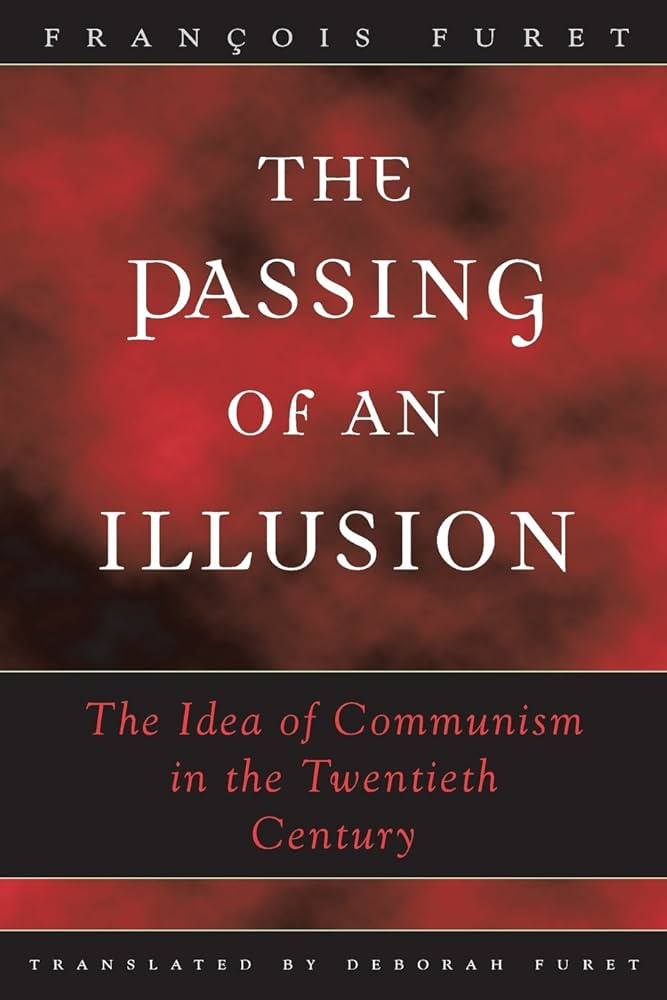
What are the pros and cons of a Communism the Communist Manifesto sought?
Positives:
Worker Rights & Economic Equality:
Marxist ideas helped shape labor laws, minimum wages and social programs worldwide — even in non-Communist nations.
Public services and welfare:
Many socialist ideals, like free healthcare, education, and pensions, were successful in Communist countries and influenced Western welfare states.
Ending feudalism and colonialism:
In Russia, China and Vietnam, Communism helped overthrow oppressive feudal or colonial rulers.
Collective ownership reducing extreme inequality:
Where properly implemented, Communism reduced the gap between the richest and poorest, at least for a time.
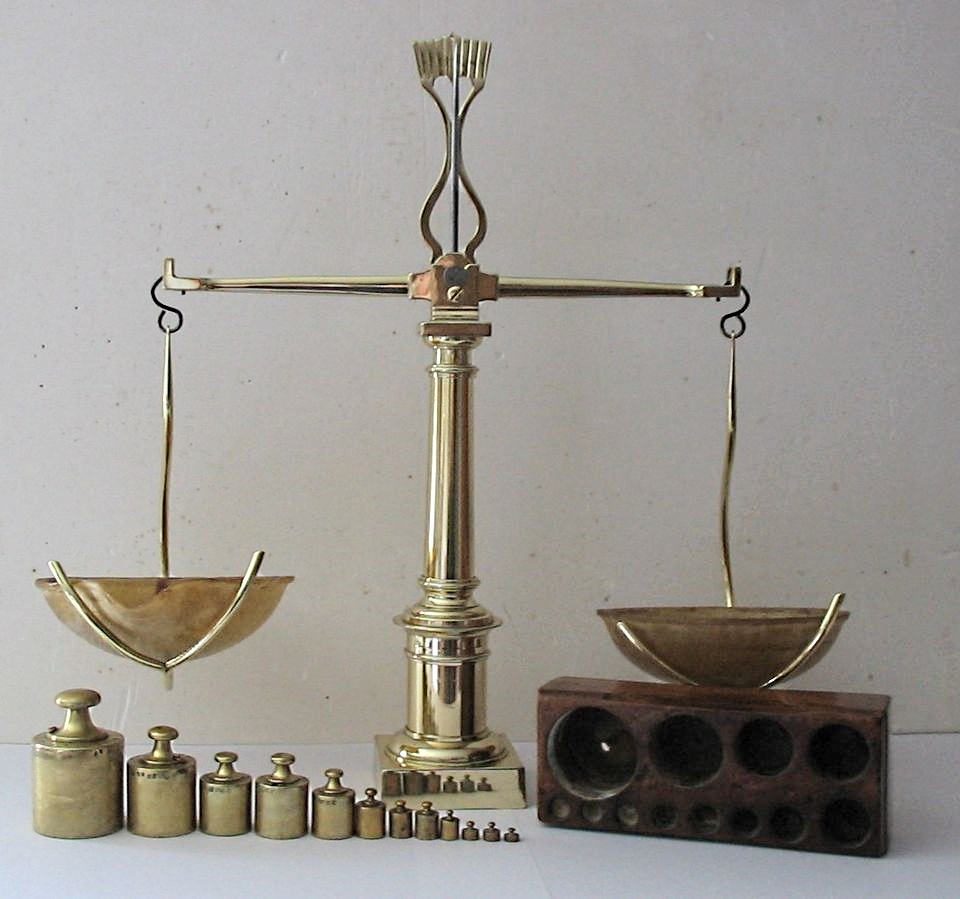
Negatives:
Lack of incentive for innovation and hard work:
Without private ownership, people lacked motivation to work harder or innovate, leading to inefficiency and stagnation.
Bureaucratic authoritarianism:
Instead of a “stateless society“, Communist regimes often became highly centralized and authoritarian (e.g., Stalin’s USSR, Mao’s China, Kim’s North Korea).
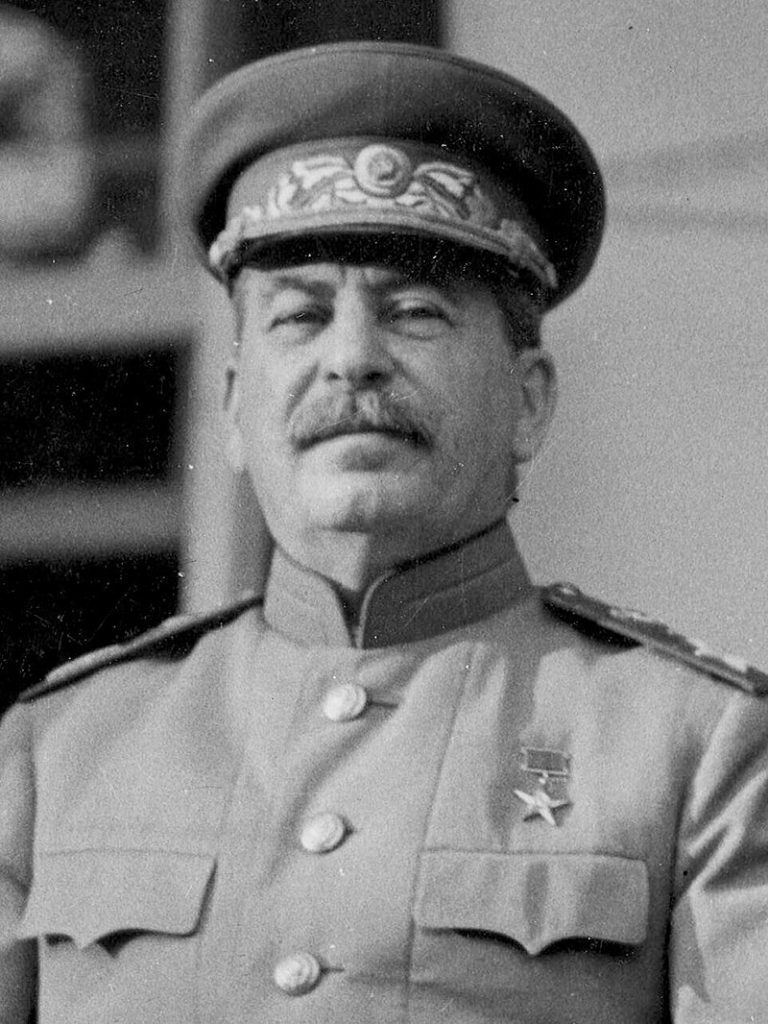
Above: Russian dictator Joseph Stalin (1878 – 1953)
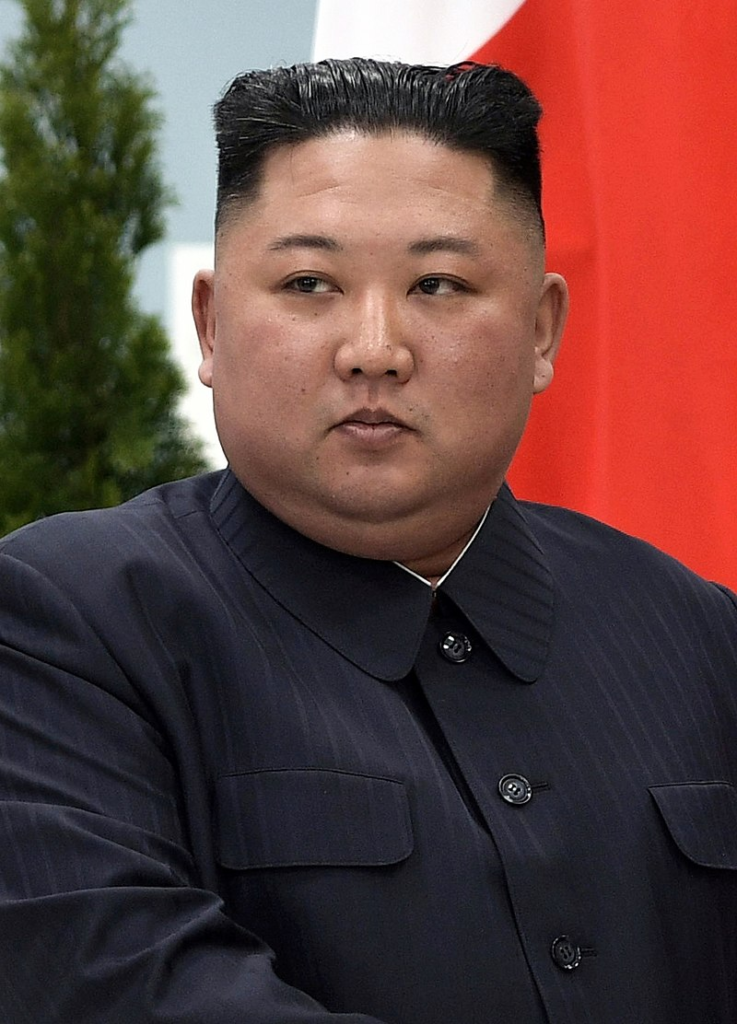
Above: North Korean dictator Kim Jong-un
Suppression of freedoms:
Free speech, political dissent, and democracy were often crushed in Communist regimes, as seen in Soviet purges, Chinese censorship and Vietnam’s restrictions on political opposition.
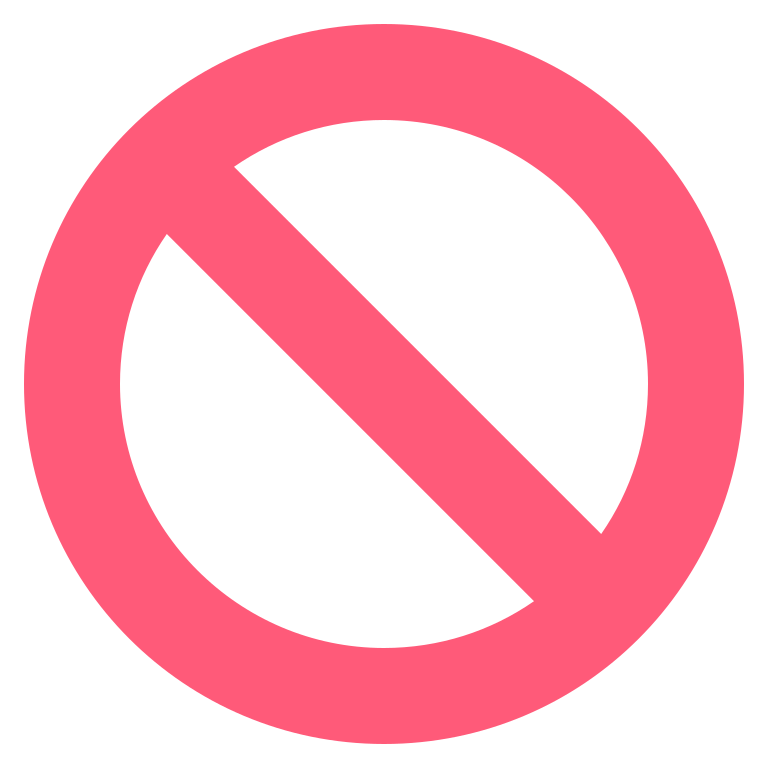
Economic collapse and inefficiency:
Many state-controlled economies struggled with shortages, poor quality production, and lack of consumer choice, leading to collapses (like the Soviet Union in 1991).
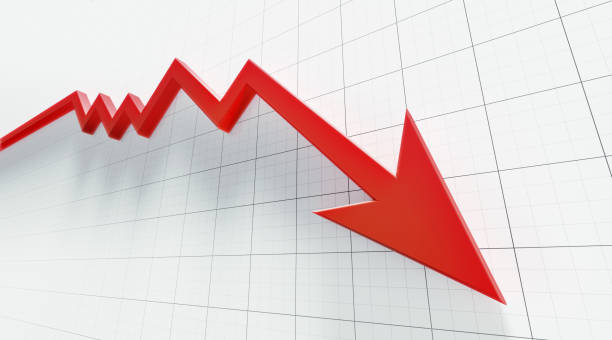
Vietnam today is Communist in name but Capitalist in practice, particularly in its economy.
Marx and Engels’ vision of a worker-led revolution never fully materialized as they expected.
Most Communist states became centralized bureaucracies rather than stateless societies.
However, many of their ideas (worker rights, social welfare, economic equality) influenced modern politics, even in capitalist countries.
The biggest challenge was always human nature:
Power concentrated in the hands of a Communist elite, leading to bureaucracy, inefficiency and authoritarianism rather than true worker control.
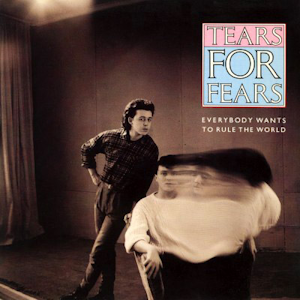
There is often confusion between socialism and communism.
Core Philosophical Differences
| Aspect | Socialism | Communism |
|---|---|---|
| Ownership of Property | Mixed ownership: Some industries (like healthcare, utilities, transportation) are publicly owned, but individuals can own businesses and private property. | No private property at all: everything is collectively owned by the people (state or community). |
| Economic System | A market economy with significant state intervention; aims to redistribute wealth more evenly but allows some capitalism. | A command economy where the state (or community) controls all means of production and distribution. |
| Class Structure | Class distinctions still exist but are reduced through wealth redistribution and worker protections. | Aims for a classless society where no economic classes exist. |
| Government Role | The state regulates and redistributes wealth through taxation, public services, and social programs. | The state eventually dissolves, leaving behind a self-regulating, stateless society (in theory). |
| End Goal | Economic fairness with a balance of government intervention and market freedom. | A stateless, classless society where all work for the common good. |
Practical Differences in the Real World
Socialism in Practice:
Found in Scandinavia (Sweden, Norway, Denmark), Canada, Germany and even elements in the United Kingdom and the US.
These countries combine capitalism with socialist policies such as:
- Universal healthcare
- Free or subsidized education
- Workers’ rights and protections
- High taxation on the wealthy to fund social programs
- Private businesses still exist, but key industries may be publicly owned.
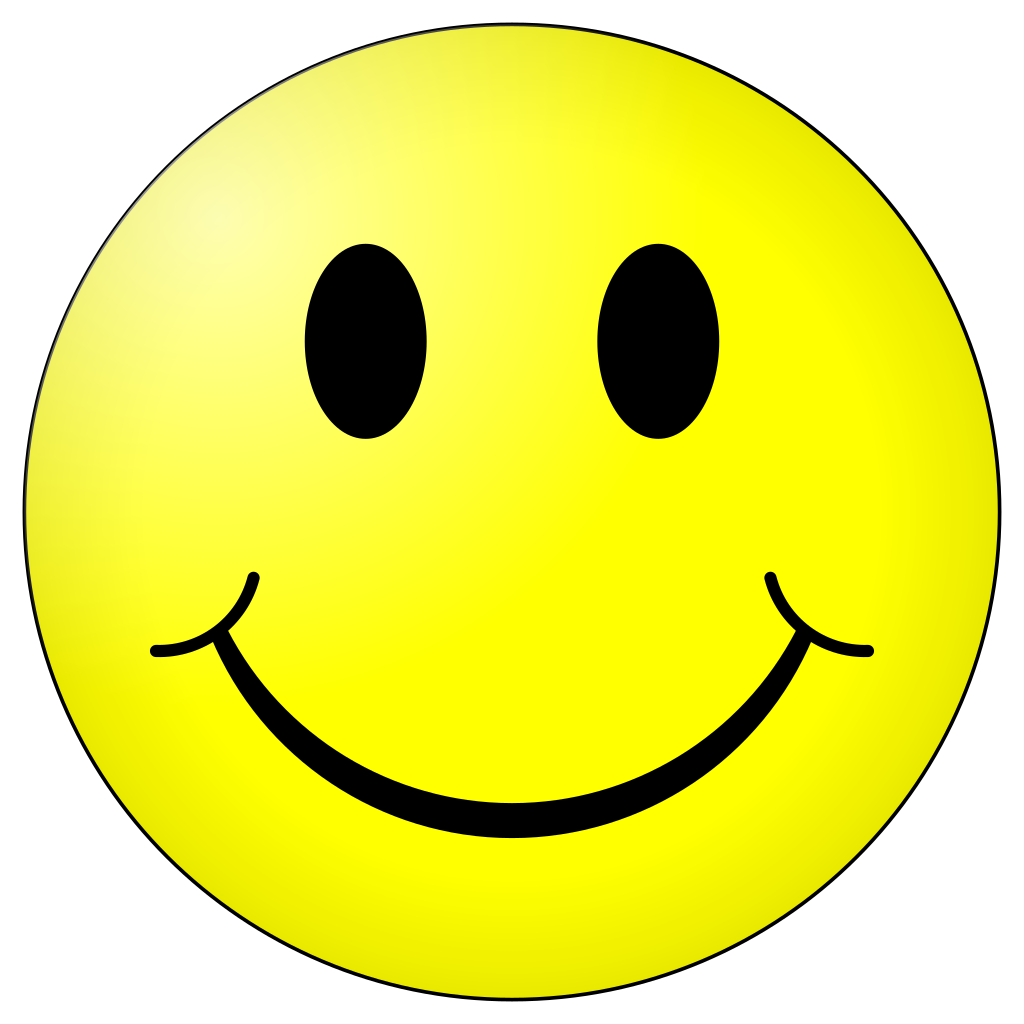
Communism in Practice:
Found in Soviet Russia (1917–1991), Maoist China, Cuba, North Korea and Vietnam (to some extent).
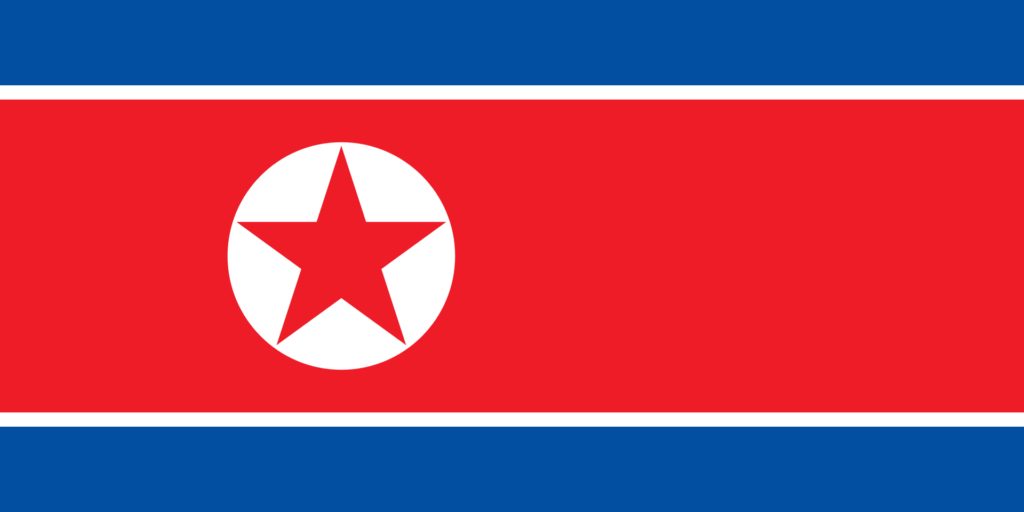
Above: Flag of North Korea
No private businesses or property:
The government owns and controls production, wages, and prices.
Class struggle is officially “eliminated“, but in reality, a new ruling elite (the Communist Party) emerges.
Many Communist economies suffered from:
- Inefficiency and stagnation (due to lack of competition and innovation)
- Political oppression (to maintain centralized control)
- Economic collapse or forced reforms (e.g., China adopting capitalist-style reforms, Soviet Union collapsing).
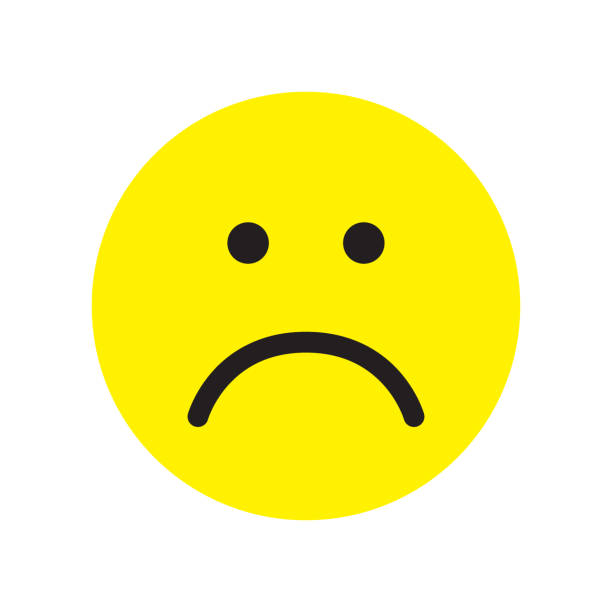
How They Differ in Society
Socialism allows private property and coexists with some level of capitalism, but promotes equality through government control over essential services (healthcare, education, etc.).
Communism abolishes all private property and aims to create a stateless, classless society where everything is shared.
Most modern countries use elements of socialism (even the US has Social Security and public schools) but few have fully embraced Communism.
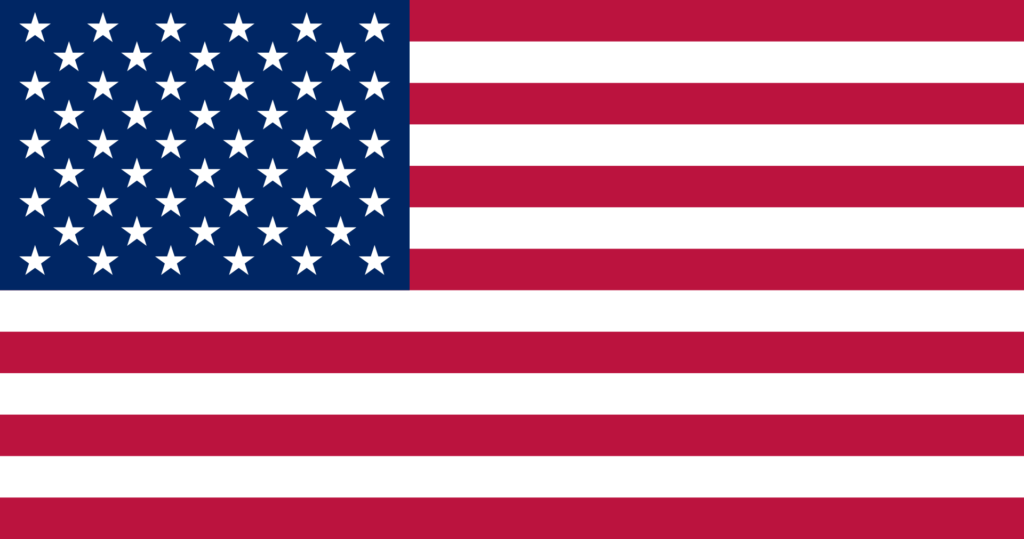
Above: Flag of the United States of America
Common Misconceptions
Socialism is not the same as Communism.
Socialism is a broad spectrum.
It can range from mild government intervention (like Canada or Germany) to more extreme versions (like Venezuela or pre-reform China).
Communism is a radical, extreme form of socialism that eliminates capitalism entirely.
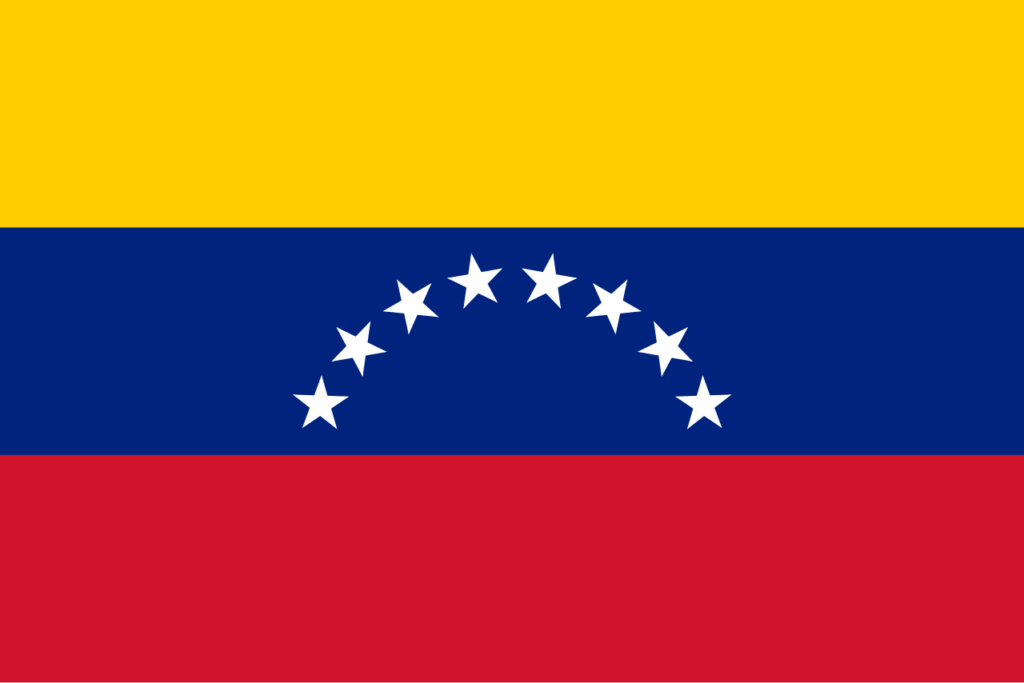
Above: Flag of Venezuela
Marx saw Socialism as a stepping stone to Communism.
He believed that countries would first adopt socialist policies to redistribute wealth.
Over time, the state would “wither away“, leading to true Communism.
In reality, Communist states became MORE authoritarian, not stateless.
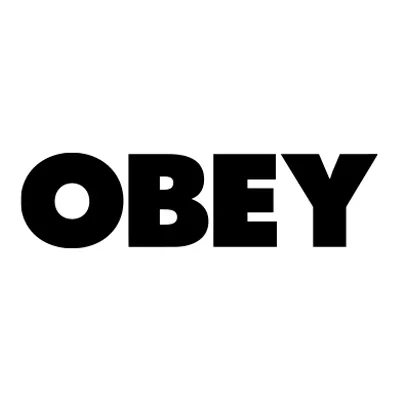
Most “Communist” countries today are really socialist-capitalist hybrids.
China and Vietnam, for example, have capitalist economies but Communist governments.
In Vietnam, some economic freedoms have increased under market socialism.
Local elections exist (but real power remains with the Communist Party).
Vietnam has:
- no political pluralism (Communist Party monopoly).
- severe media censorship and suppression of opposition
- a lack of judicial independence (courts serve government interests)
I am curious…

Above: Native species in Vietnam:
Clockwise from top-right: crested argus (a peafowl), red-shanked douc, Indochinese leopard and saola
Friday 21 February 2025 (0900)
Eskişehir, Türkiye
Online lesson with Istanbul student, a multimedia marketing manager, leads to conversations about the difficulties of a Turkish company having to adjust to global managers lacking the cultural awareness of life in Türkiye.
I laugh out loud.
Have I become so assimilated to life to Türkiye that my students complain to a foreigner about other foreigners?
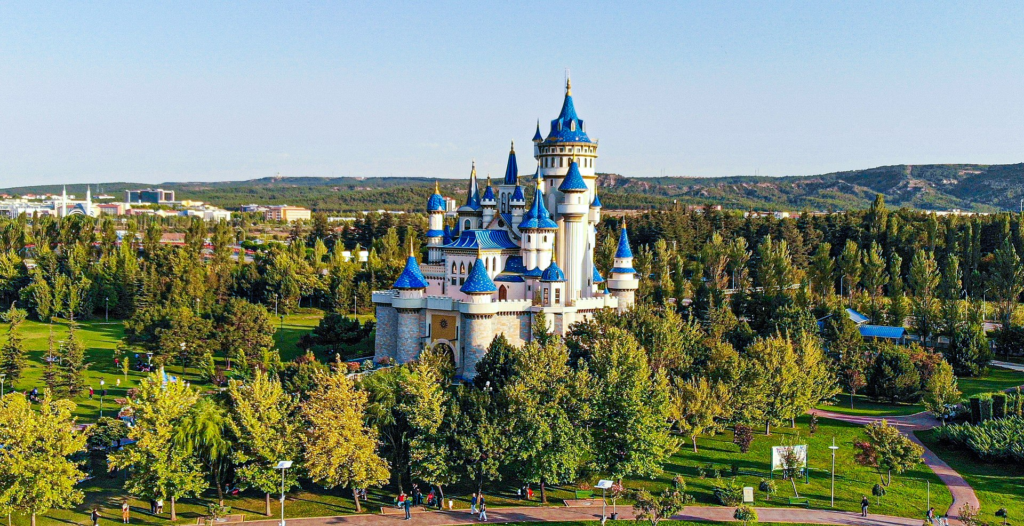
Above: Sazova Park, Eskişehir, Türkiye
I have recently been reading Alev Scott’s Turkish Awakening.
“I had nearly finished writing this book when the Gezi Park protests broke out in Istanbul at the end of May 2013.
Most of the book is an unwitting scene-setter for the protest movement that blossomed out of Gezi, a snapshot of Turkish society and some of the issues that precipitated and prolonged the movement.
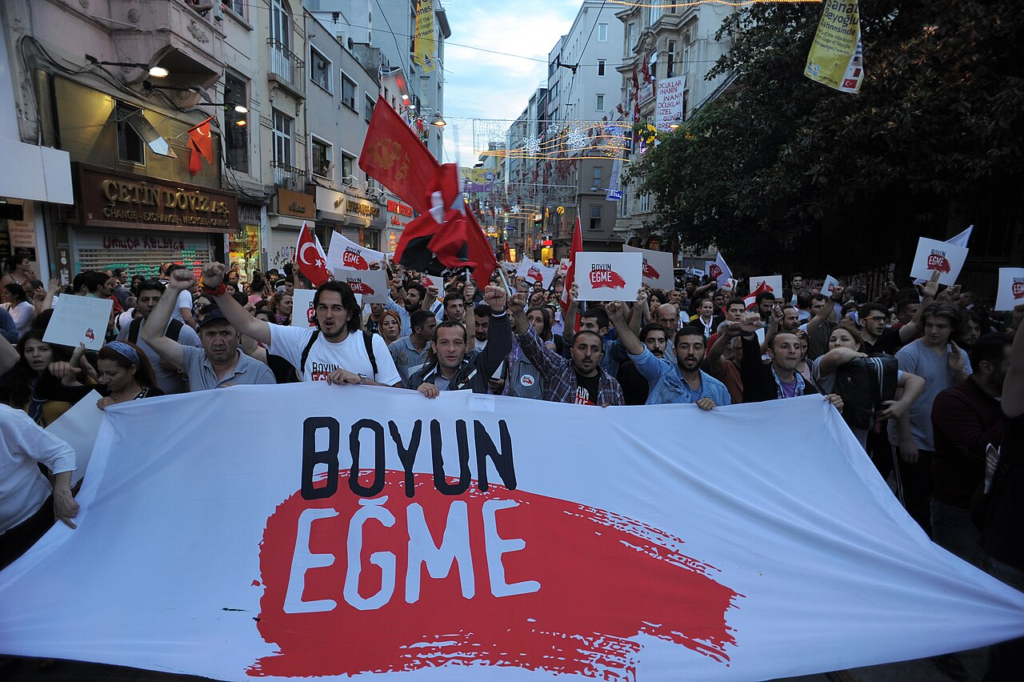
Above: Gezi Park protests, Istanbul, Türkiye: 28 May – 20 August 2013
No one expected the protests, but they have shown the world and Turks themselves that the country is far more complicated than it looks from polling data.
Voices of dissent are too often taken solely as a negative sign.
The protests revealed many of the best qualities of a society that is varied, disparate and yet defined by a self-protective instinct of self-protective instinct of solidarity.
It is a society that is patriotic but not quite blind to its faults.
It is a society that wants to preserve the best of itself, but demands more than the government is willing to give.“
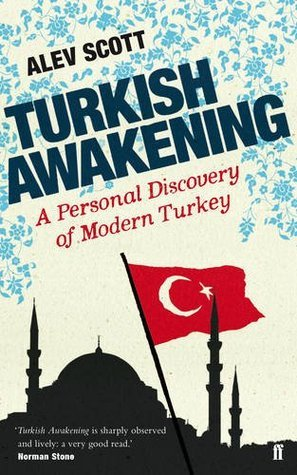
To be Turkish is to be proud of being Turkish, but it is not easy to live in Türkiye.
As I listen to my friend moan and groan about the foreign elements that provoke and pester him, I am reminded of the Brit sitcom The IT Crowd and the US version of The Office.

Set in the basement of a large corporation, The IT Crowd focuses on the three-member IT department:
Roy, Moss and Jen.
Roy is a lazy and often disgruntled IT worker.
Moss is the awkward genius.
Jen is a manager with little technical knowledge but tasked with running the department.
The show emphasizes the comedic contrasts between their dysfunctional IT world and the disconnected upper management and other departments.
A lot of the humor revolves around misunderstandings of technology by the non-technical staff and how the IT team is treated as invisible or incompetent.
There’s also the juxtaposition of the highly skilled but socially awkward tech workers versus the ‘normals‘ who misunderstand them.
The IT team in The IT Crowd is constantly depicted as outsiders, often misunderstood by the rest of the company.
Roy and Moss are depicted as incredibly talented but out of sync with the social and corporate expectations around them.
Jen, despite being in management, also becomes a fish-out-of-water due to her lack of technical knowledge, which leads to many comedic misunderstandings.
Jen’s role as a manager with no technical background often leads to absurd situations where she must make decisions without understanding the core function of her department.
This creates a lot of tension and comedy but also exposes the real-world issue of non-technical management in tech-heavy roles.
The humor here is sharp, quirky and heavily reliant on tech culture.
The show plays with the stereotypes of geek culture, but also points to the alienation that comes with working in tech.
There’s a heavy emphasis on the absurdity of tech language, jargon, and how normal people (including upper management) can misunderstand it.
IT as a “specialized language” is one of the key comedic elements, especially with Moss’s elaborate technical explanations that go over everyone’s heads.
As an IT programmer or multimedia manager, my student can probably relate to the social disconnect between himself and non-technical people around him.
The misunderstanding of what he does and the frustrations that arise when people don’t understand the technical complexities are central themes in the show.
In The IT Crowd, he may relate to the feeling of being stuck in the basement, disconnected from the rest of the company while performing essential work.

Above: Richard Ayoade (Maurice Moss), Katherine Parkinson (Jen Barber) and Chris O’Dowd (Roy Trenneman)
Like Roy and Moss, my student might feel like a behind-the-scenes hero whose contributions are only acknowledged when something goes wrong, which is a common situation in tech and marketing roles.
The workplace culture in The IT Crowd also illustrates the difficulties of balancing specialized work while trying to fit into a broader corporate or marketing-driven environment where your expertise is often underappreciated.
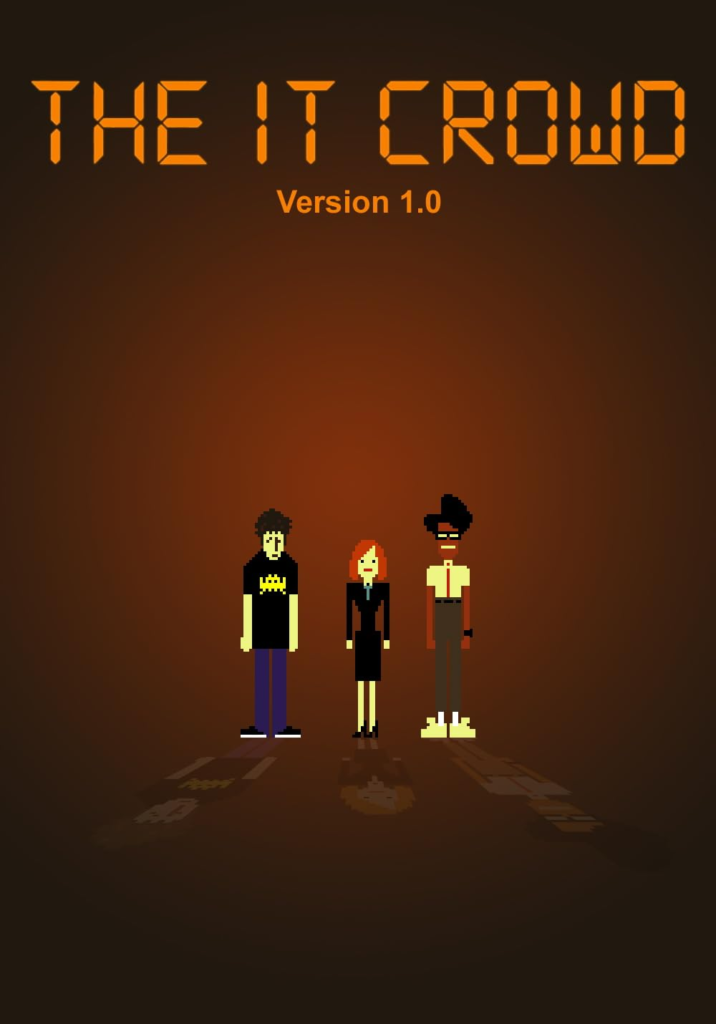
The Office, set in the Scranton, Pennsylvania branch of Dunder Mifflin, a paper company, features a diverse cast of characters in various departments, including the “tech” department.

Unlike The IT Crowd, the tech team doesn’t get as much focus, but characters like IT specialist Ryan and other tech-oriented roles do occasionally bring humor to the table.
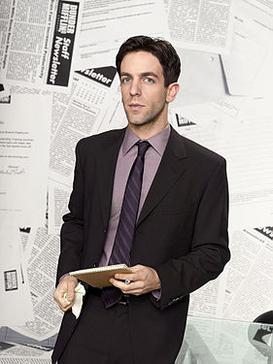
Above: Ryan Howard, The Office
The primary focus of the show is the absurd and awkward situations caused by the office environment and its eccentric, often inappropriate boss, Michael Scott.
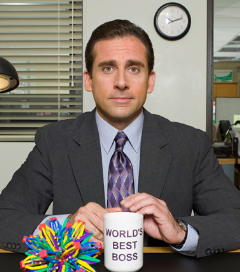
Above: Michael Scott, The Office
While tech is not the central theme, there are occasional references to tech issues (e.g., Ryan’s rise and fall, or Jim’s brief work in the IT department).
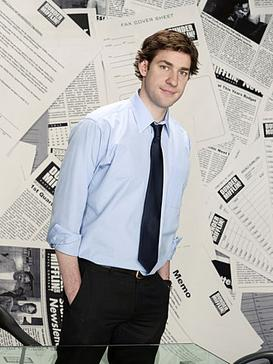
Above: Jim Halpert, The Office
However, the broader theme here is workplace relationships and the comedy of office life.
There’s more focus on the absurdities of personal dynamics, power struggles and corporate culture.

The Office starring cast at the beginning of the 3rd season. Characters, from left to right: Phyllis Smith (Phyllis Lapin-Vance), Paul Lieberstein (Toby Flenderson), John Krasinski (Jim Halpert) (seated), Oscar Nunez (Oscar Martinez), Jenna Fischer (Pam Beesly), Angela Kinsey (Angela Martin), Mindy Kaling (Kelly Kapoor) (seated), B. J. Novak (Ryan Howard), Creed Bratton (Creed Bratton), Steve Carell (Michael Scott), Kate Flannery (Meredith Palmer), Brian Baumgartner (Kevin Malone), Rainn Wilson (Dwight Schrute) (seated), Melora Hardin (Jan Levinson), Leslie David Baker (Stanley Hudson) and David Denman (Roy Anderson).
In The Office, many characters feel like outsiders at some point.
Jim, in particular, feels alienated from the rest of his coworkers (especially Dwight and Michael).
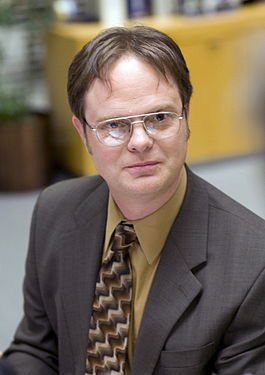
Above: Dwight Schrute, The Office
The tension between being part of the corporate culture and feeling detached from it mirrors the experience of many who feel the disconnect between management / IT and regular office employees.
Michael Scott’s management style is chaotic and often unprofessional, which mirrors many of the issues with poor leadership in workplace settings.
Though he is not an IT person, his incompetence and social misfires resonate with the challenges IT departments often face in communicating with and being understood by upper management.
The humor in The Office comes primarily from awkward situations and cringe comedy.
The dry and often embarrassing interactions between coworkers lead to a lot of humor.
The show also uses a mockumentary style, where characters often speak directly to the camera, which adds to the sense of being part of an “in-crowd” but feeling awkward.
Tech-related gags are more about social awkwardness, like Ryan’s promotion or the occasional tech malfunction (e.g., bad email exchanges).
It’s not as heavy on tech culture itself but reflects how tech issues can often be misunderstood or mishandled by those not in the know.
In the case of The Office, the humor regarding corporate culture and management’s lack of technical understanding can feel similar.
As an IT programmer or multimedia manager, my student might identify with the pervasive feeling of being “invisible” or underutilized, like many of the office staff members in The Office.
The show highlights how employees are often pigeonholed or put into roles that don’t match their abilities, leading to frustration and missed opportunities.
The media manager/marketing aspect may resonate with my student in that many office workers, including tech support, are often expected to handle multiple tasks or be “everything to everyone“, much like how various characters in the show juggle work with little understanding of their true contributions.
In The Office, the awkwardness and isolation felt by the characters can resonate with how my student might feel in a multidisciplinary role, trying to juggle both the technical and creative aspects of marketing and media while dealing with miscommunication from management or other departments.

Both The IT Crowd and The Office (US) offer sharp commentaries on workplace dynamics, especially the intersection of technology, management and office culture.
Both shows might serve as relatable reflections on how technical and creative work is often misunderstood, underappreciated and relegated to the background.

There is another layer beneath the brazen bravado of my Boy Wonder.
I refer to the February/March issue of Philosophy Today wherein Edward Hall, a senior lecturer on political theory at the University of Sheffield, argues that philosophers of immigration are not thinking it through.
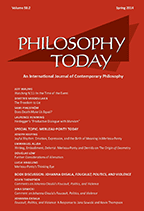
Immigration in Türkiye is a complex and deeply emotional topic, touching on economics, culture, politics, and national identity.
While Türkiye has a long history as a crossroads of civilizations, its modern relationship with immigration — particularly in the last two decades — has become a source of both opportunity and tension.
Türkiye is home to one of the largest immigrant and refugee populations in the world.
As of recent estimates:
- Over 4 million refugees (primarily from Syria) reside in the country, making it the largest refugee-hosting nation globally.
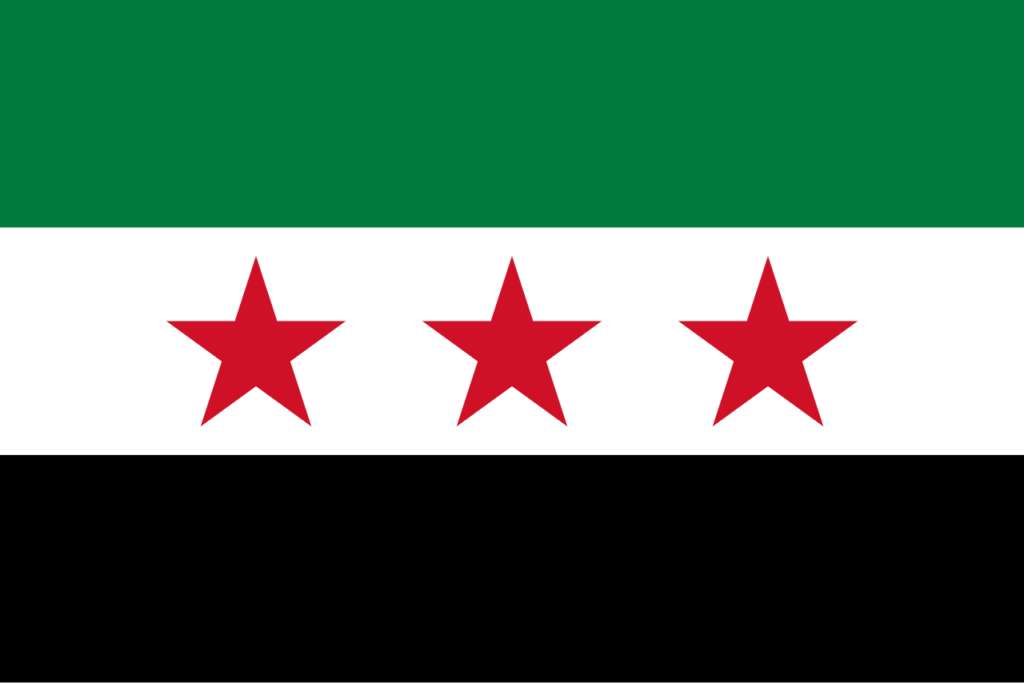
Above: Flag of Syria
- There is also a rising number of Afghan, Iranian, Iraqi, and African migrants, as well as growing communities of Russians, Ukrainians, and Central Asians who have moved to Türkiye due to conflicts or economic reasons.
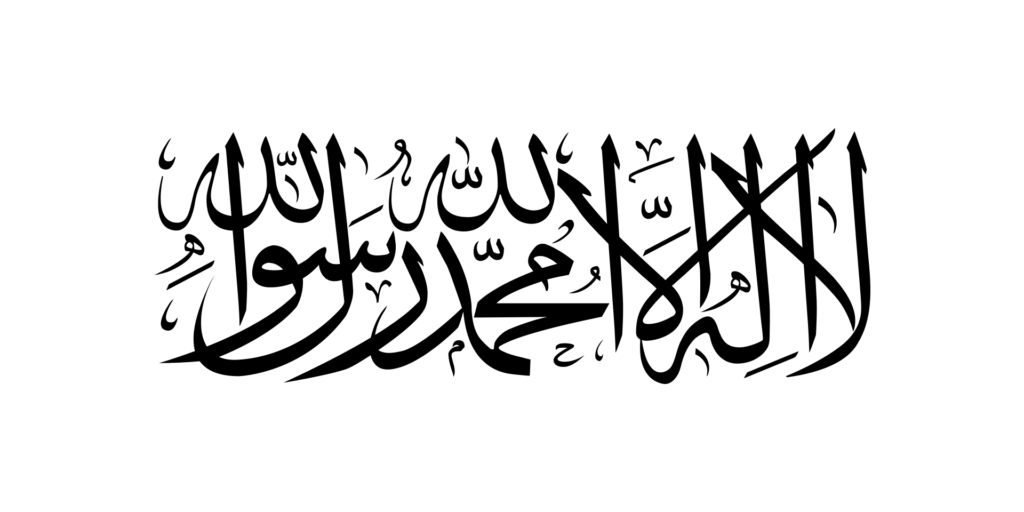
Above: Flag of Afghanistan
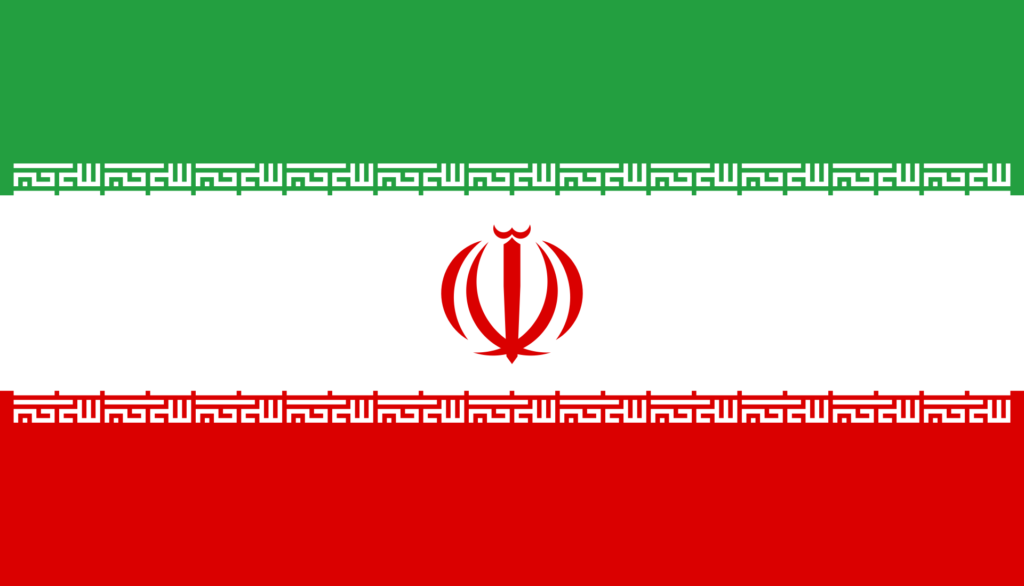
Above: Flag of Iran
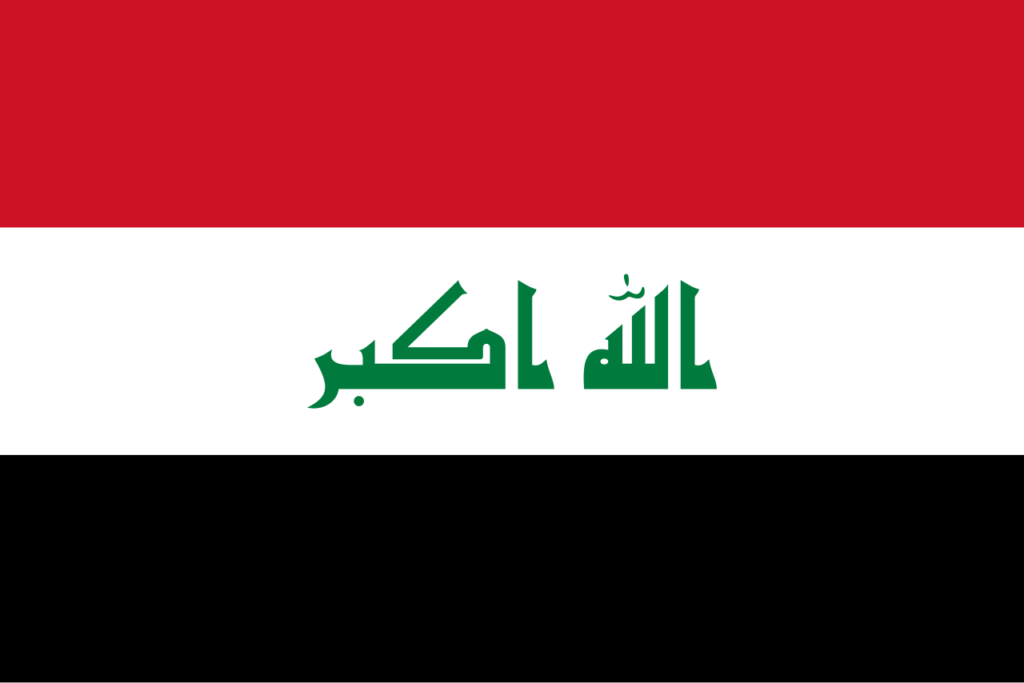
Above: Flag of Iraq
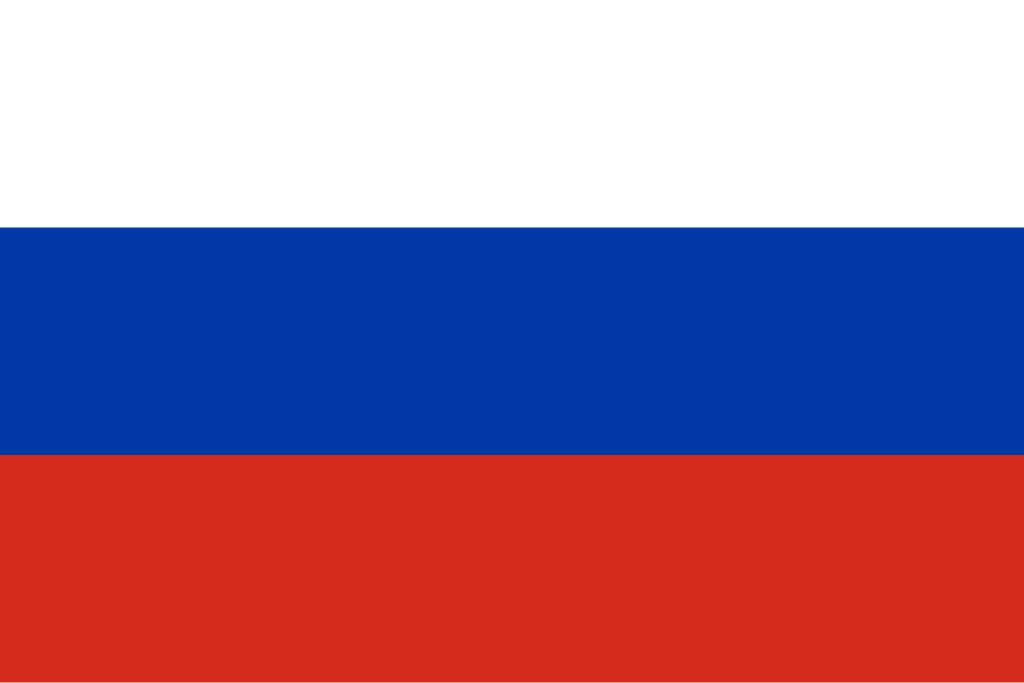
Above: Flag of Russia
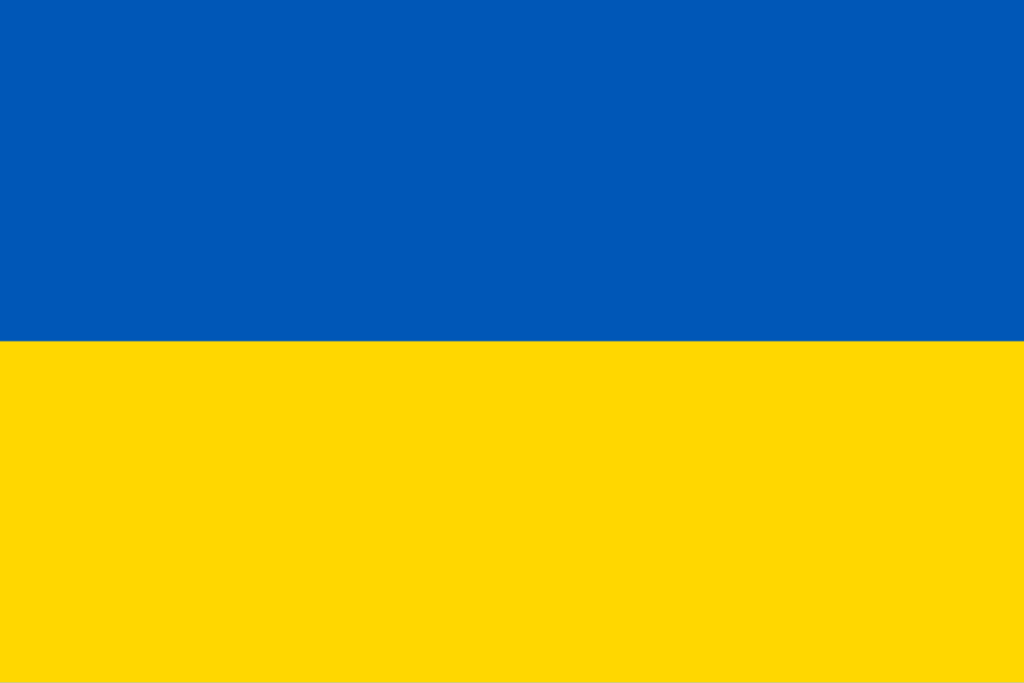
Above: Flag of Ukraine
- Beyond refugees, economic migrants from places like Pakistan, Bangladesh, and parts of Africa come seeking work.

Above: Flag of Pakistan
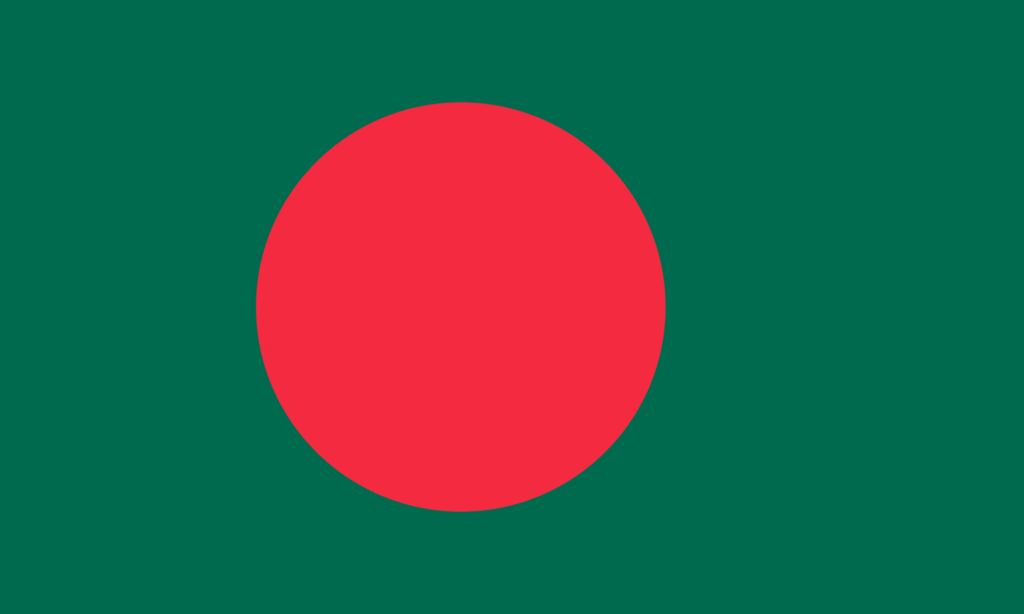
Above: Flag of Bangladesh
- Additionally, Western and Arab expatriates (some wealthy, some middle-class) are moving to cities like Istanbul, Antalya, and Bodrum, driving up real estate prices.
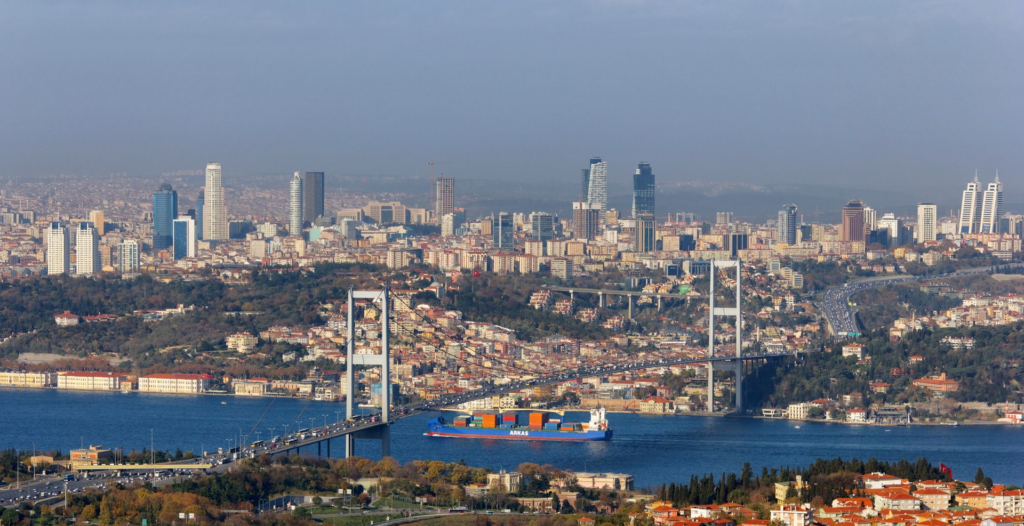
Above: Istanbul, Türkiye
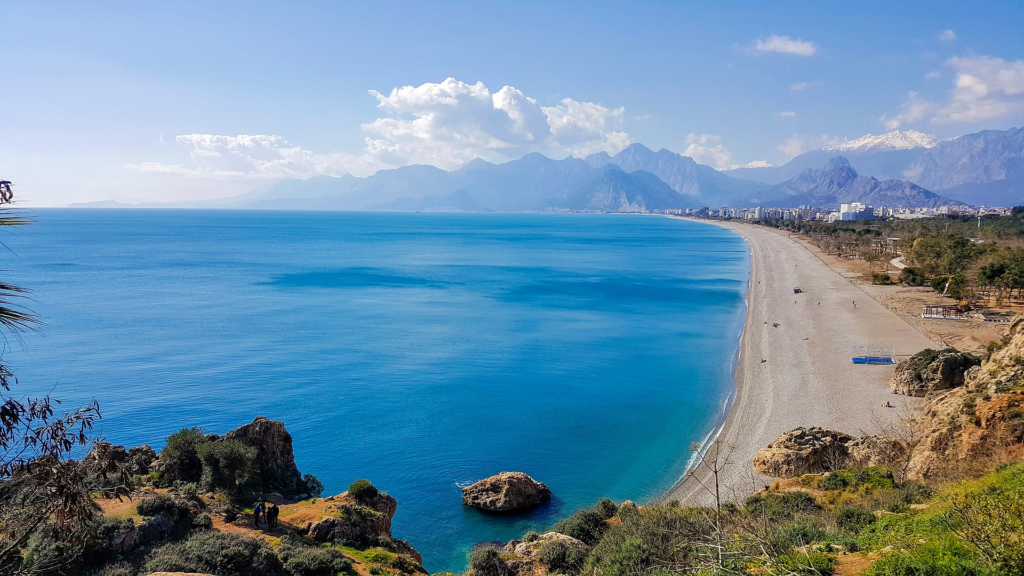
Above: Antalya, Türkiye
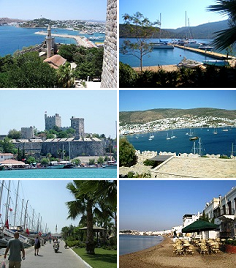
Above: Images of Bodrum, Türkiye
While Türkiye has historically been a place of migration and cultural exchange, recent immigration patterns have triggered concerns among many Turkish citizens.
Many Turks feel that immigrants, particularly Syrian refugees, are a burden on the economy.
The economic crisis, high inflation and unemployment have led many Turks to feel that they are being overlooked while foreigners receive aid.
The reasons are layered and varied:
The government provides free healthcare, education, and social support to registered refugees, while many Turks struggle with rising living costs.

Some Turks believe that immigrants, particularly in sectors like construction, textiles, and agriculture, drive down wages by working for less than the legal minimum wage.
In cities like Istanbul, Ankara, Izmir and coastal tourist towns, rent prices have skyrocketed due to increased demand from foreign buyers and immigrants.

Above: Izmir, Türkiye
Many wealthy Russians and Middle Eastern investors have driven up property prices, making it harder for Turks to afford homes.
There’s a perception that the government’s “golden visa” program (offering citizenship through real estate purchases) has made Türkiye more accessible to the wealthy while leaving ordinary citizens struggling.
Many Turks feel that Syrians, Afghans and other immigrants are not integrating into Turkish society.
There are fears that cultural clashes will alter the traditional social fabric, especially in conservative areas.
In cities with large refugee populations, Turks sometimes feel like strangers in their own neighborhoods, hearing more Arabic or Pashto than Turkish.
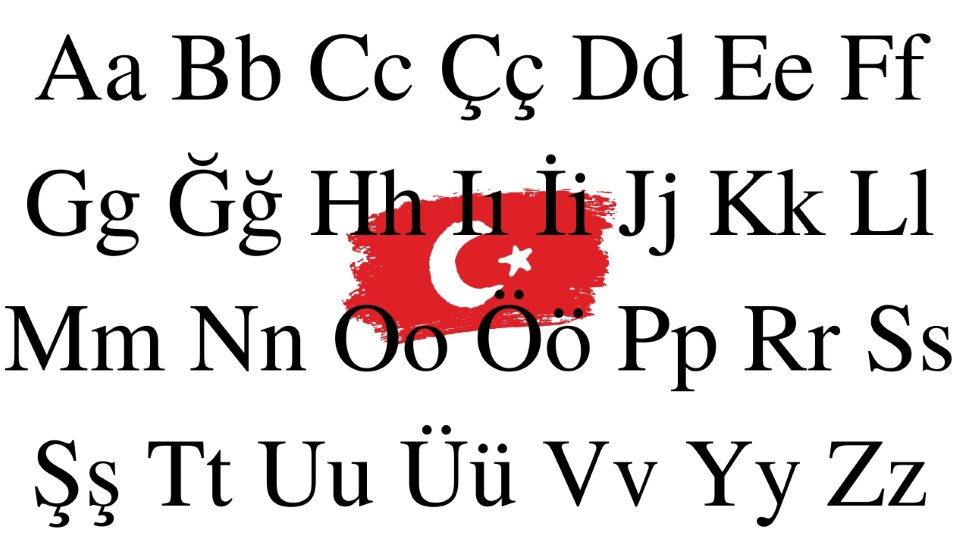
While statistics do not show a significant increase in crime due to refugees, perception matters.
Isolated incidents of violent crimes involving immigrants have fueled negative stereotypes.
Many Turks see the refugee crisis as a result of government policies and blame President Erdoğan for his open door policy towards Syrians.
Opposition parties have capitalized on anti-immigrant sentiment, promising mass deportations and stricter border control.
In elections, the immigration issue has become a key battleground, with many Turks demanding a return to “Turkey for Turks” policies.
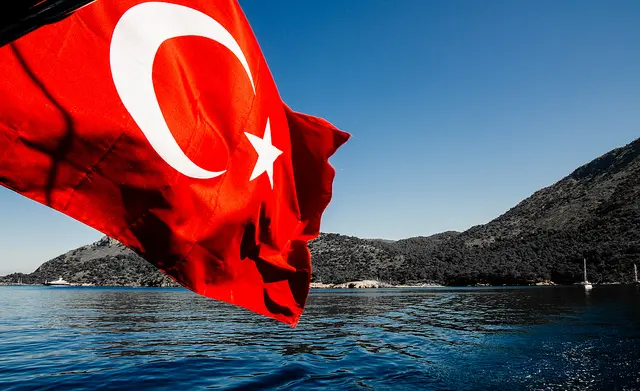
Turkish society is divided on immigration:
Some Turks, particularly in business and humanitarian sectors, support helping refugees and see immigrants as an economic advantage.
Others, especially among the working class, feel neglected and believe that Türkiye cannot handle any more newcomers.
Nationalists and opposition parties see immigration as a direct threat to Turkish identity.
Islamists and pro-Erdoğan supporters argue that it is Türkiye’s duty to help fellow Muslims in need.
With economic struggles increasing, public pressure for mass deportations is rising.
The government has started building walls on the Iranian and Syrian borders to prevent illegal crossings.
More Syrians are voluntarily returning home, but large-scale deportations remain controversial.
As Türkiye continues balancing its geopolitical role as a gateway between East and West, immigration will remain a defining challenge for the nation’s future.
In some ways, Türkiye’s immigration tensions reflect a universal struggle — balancing economic opportunity with national identity, generosity with self-preservation.
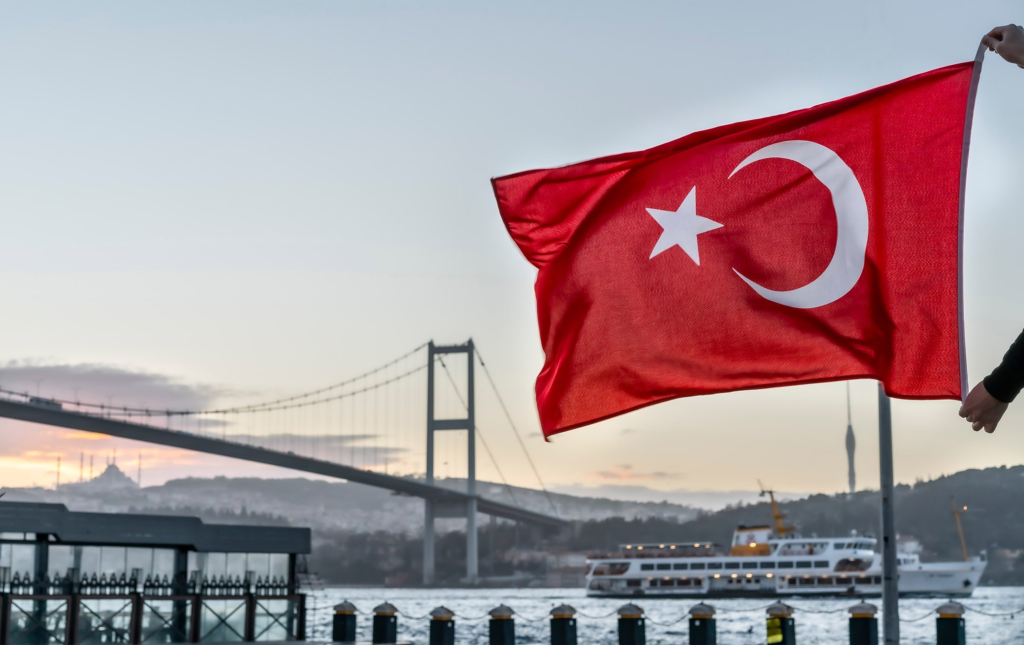
Turks, historically proud of their hospitality, now wrestle with a difficult question:
How much immigration is too much?
It is a question many nations face, but in Türkiye, where politics, economics and history intertwine so closely, it is a debate that will shape the country’s path for years to come.
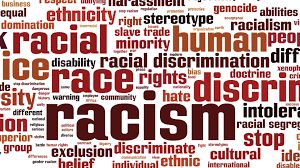
Hall writes:
“Much mainstream philosophical work on migration focuses on whether or not states have a unilateral right to exclude would-be migrants from their territory.
This is clearly a vitally important question for contemporary politics.
However, one striking feature of much of the literature which defends states’ rights to exclude would-be migrants is that it has little to say about real world practices of immigration control.
Which forms of immigration control are morally acceptable?
Do states have a right to unilaterally control their borders?
Even if controls on movement can be justified in the abstract, that does not settle the question of how these controls can morally be imposed in the real world, or even if they can.
Many rich democracies have made it very difficult for foreigners to apply for asylum from abroad, while simultaneously attempting to discourage them from reaching their territory to claim asylum there.
While deterring unauthorized migrants, rich democracies inflict much cruelty and suffering.
It helps to distinguish between the cruelties that unauthorized migrants face when attempting to travel to destination states and the cruelties they often face if they manage to enter such states.
Rich democracies employ various techniques to limit the number of migrants who reach their territories – practices, physical structures and institutions whose goal is to control the mobility of individuals while they are outside the territory of their intended destination state.
This is done so that these states can select which migrants they want to admit, while identifying, monitoring, detaining or deterring those they want to repel.
These states fund detention and border security initiatives, train local law enforcement agencies and engage in joint interception activities.
Rich democracies hope this will both prevent unauthorized migrants from arriving on their land, while also deterring others from attempting the journey.
States hope to avoid legal responsibility for the ways that migrants are treated in this situation just because the deterrence takes place abroad, through complicated chains of authorization involving may different state actors and private corporations.
Rich democracies want these harsh methods of deterrence to take place overseas because it renders the cruelty they involve invisible to electorates at home, who may object to it on humanitarian grounds.
Remote control policies thus subject some of the most vulnerable people on the planet to horrendous cruelty and suffering.
If unauthorized migrants manage to reach rich democracies, they can face further cruelty.
On arrival, many are detained in state-run facilities: prisons, immigration removal centers or temporary processing centers.
Conditions are often grim.
Mold and vermin thrive.
Disease is rife.
Adequate medical treatment is often lacking.
Detained migrants can be subject to verbal and physical abuse from underpaid and undertrained staff.
States also have a persistent record of inflicting cruelty on unauthorized migrants before they are detained.
There are credible reports of police and border officials engaging in violent border pushbacks in many European states.
In the US, immigration officials stand accused of holding manipulative credible fear interviews instead of sincerely assessing whether unauthorized migrants have a compelling asylum claim.
There have been numerous reports of immigration agents pressuring and intimidating unauthorized migrants to sign false statements that undermine their asylum applications.
State agents can also perpetrate dreadful cruelty by enforcing policies decided on by political decision-makers.
The most notorious example is the earlier Trump regime’s family separation policy, introduced in 2018, which forcibly removed migrant children from the adults with whom they were travelling – usually their parents or other family members.
Until theoretical defenders of restrictive immigration controls are prepared to think seriously about the practicalities of imposing such controls while some people resist them due to a natural desire to improve their lot in the face of injustice and brutality, there is little reason to think that these defenders have done anything better than fantasize about immigration restrictions in an imaginary world.
In an important sense, those who defend restrictive immigration controls in theory, while failing to consider contemporary practices of border control, have simply found another way of assuming compliance, therefore brushing away the ethical issue that actually needs confronting.
Immigration control is not going to seem like a pressing ethical issue as long as there are those who think it is intellectually respectable to simply assume that desperate foreigners will comply with whatever rules are put in place.
In the real world defenders of restrictive control policies must confront this fact.
If they do so, they will realize they should be asking what states can and cannot acceptably do to those who do not comply.
Pretending that the question doesn’t even arise is just evasive.
Failing to engage real problems is not a way of having high standards, but instead it is a refusal to seriously consider what counts as a high standard in response to a particular problem.
A state can limit its border enforcement to morally acceptable levels while at the same time tacitly accepting that there will be some degree of unauthorized entry into its territory.
Even if border enforcement is a legitimate policy objective, this does not settle the question of how it should be undertaken.“
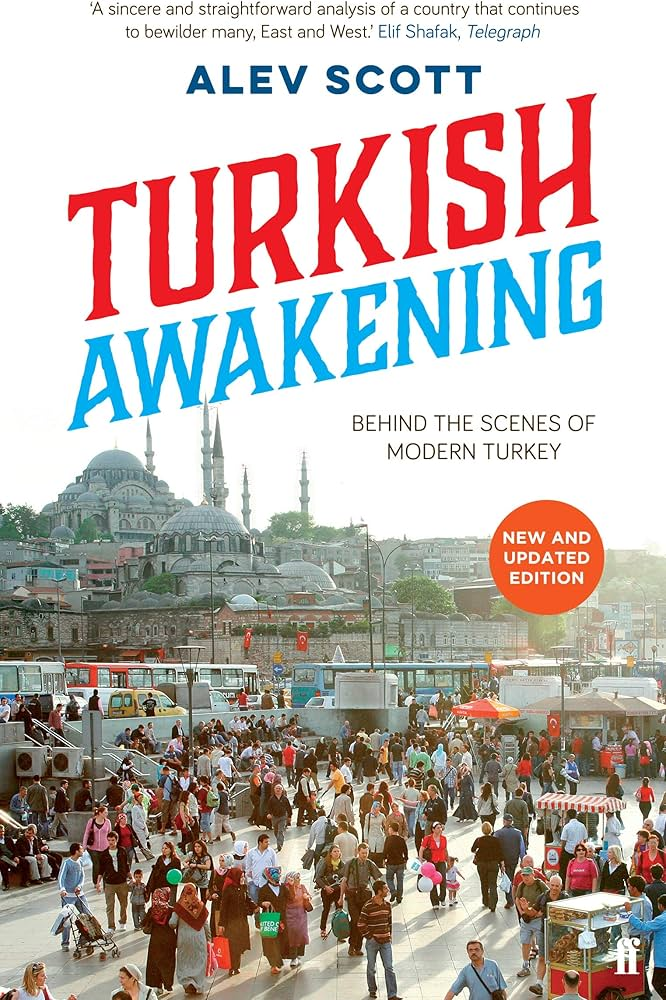
Tuesday 11 March 2025 (1255)
Arbon, Canton Thurgau, Switzerland (Population: 15,708)
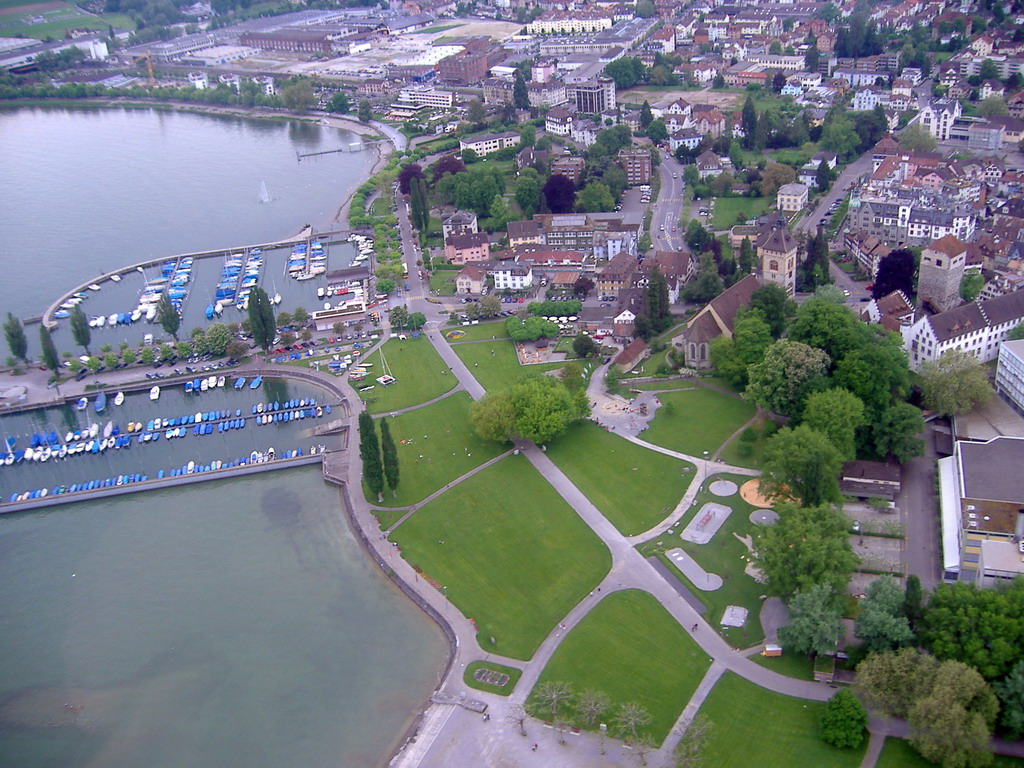
Above: Arbon, Canton Thurgau, Schweiz
In the mellow sweep of Lake Constance’s (Bodensee) shore, where the rhythm of the water whispers its age-old tales, lies Arbon — a town with a history older than many, though worn as time wears all things.
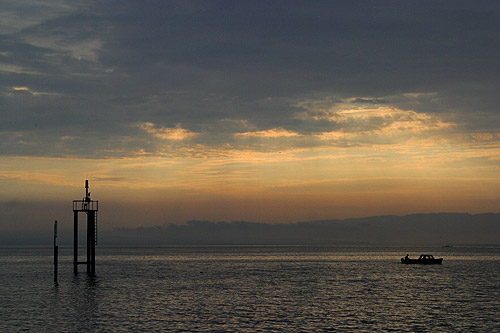
Above: Bodensee, Arbon
The land itself, once known as Arbor Felix — Happy Tree, where the roots of Rome stretched deep into the soil, carries the weight of that ancient name like a faint echo drifting through the centuries.
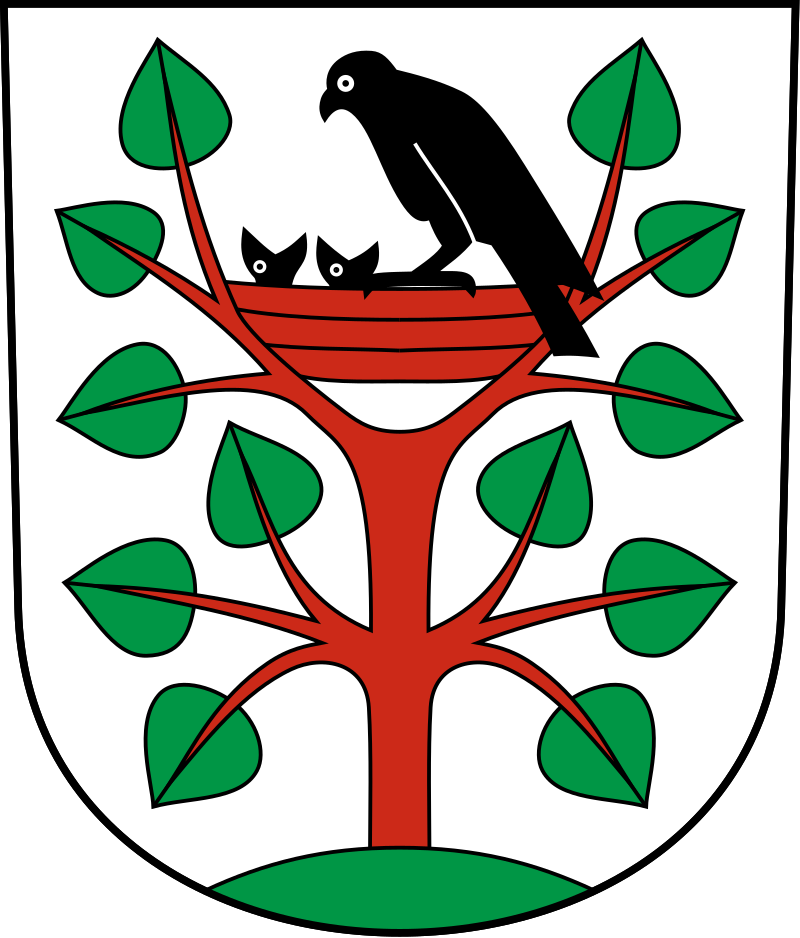
Above: Coat of arms of Arbon
The narrow streets of the Old Town, crisscrossing like the veins of the very earth, speak of centuries of lives lived in quiet opposition to time’s unforgiving march.
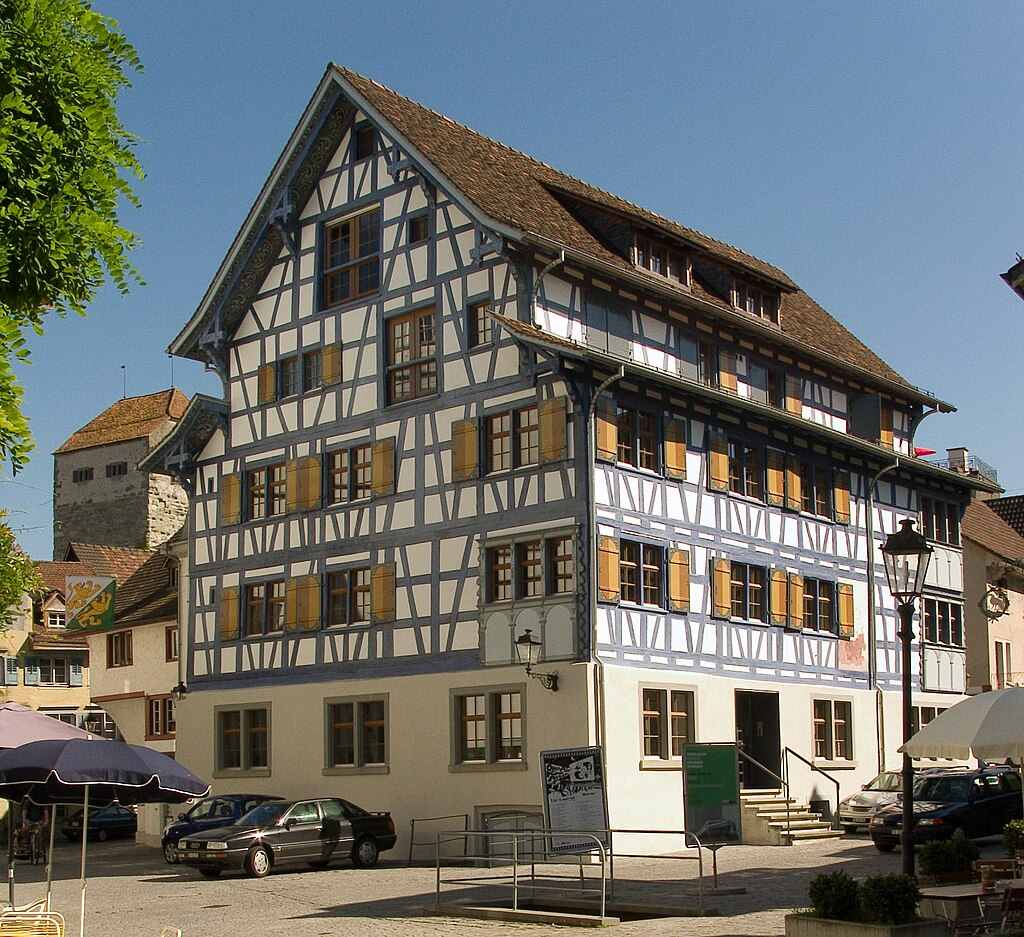
Above: Gasthaus Ochsen, Arbon
The castle, that craggy sentinel perched above the town, and the tower that rises with a quiet dignity, are Arbon’s landmarks — like old men who’ve seen too much, but still stand tall, even as the world spins faster around them.
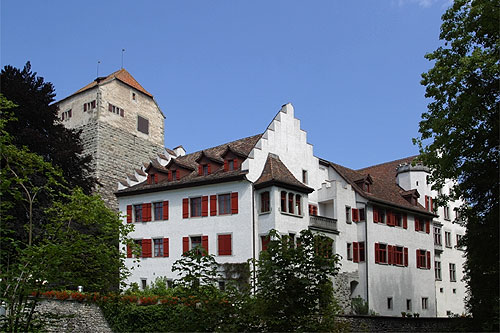
Above: Schloss Arbon
It is a town that has both seen the ebb and flow of civilization and, like the lake on whose shores it rests, has a quiet, steadfast beauty that refuses to be drowned by progress.
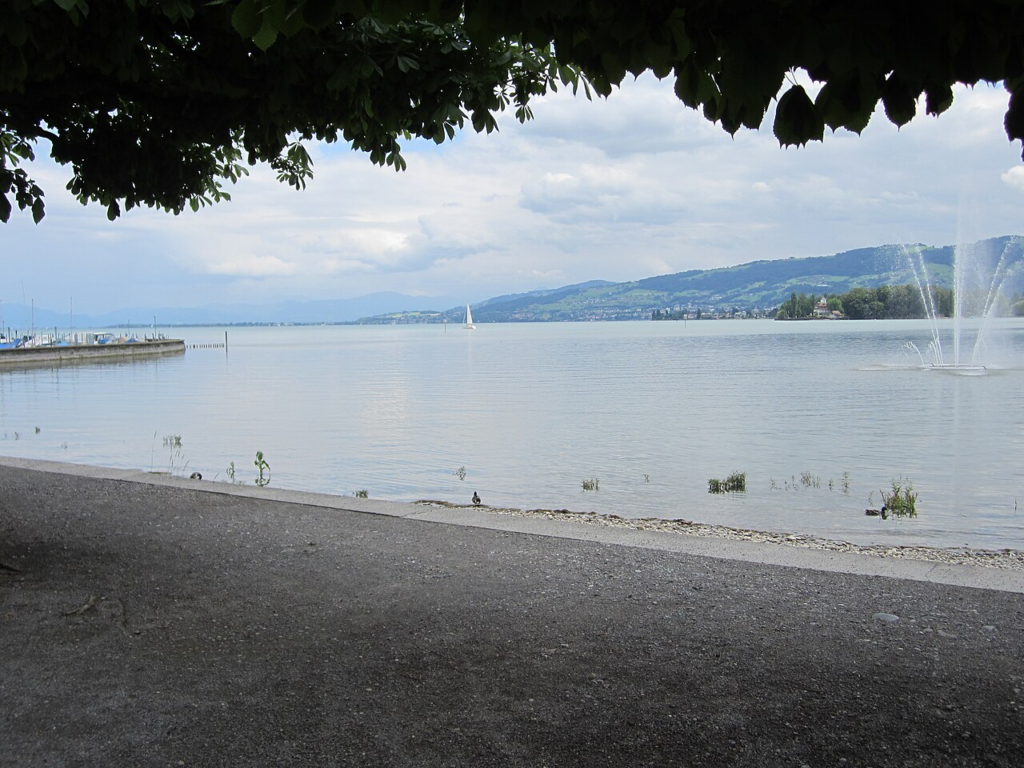
Above: Arbon
The town rests on a peninsula, jutting into Lake Constance like an arm reaching for the embrace of history.
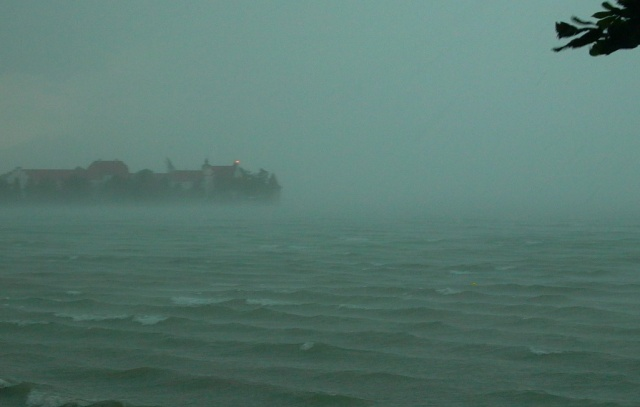
Above: Bodensee, Arbon
To the south lies St. Gallen, a city that pulses with the kind of vitality Arbon has never quite chased, but it doesn’t mind.
It is content in its quiet, a place where the mind can wander without the hustle of modernity.
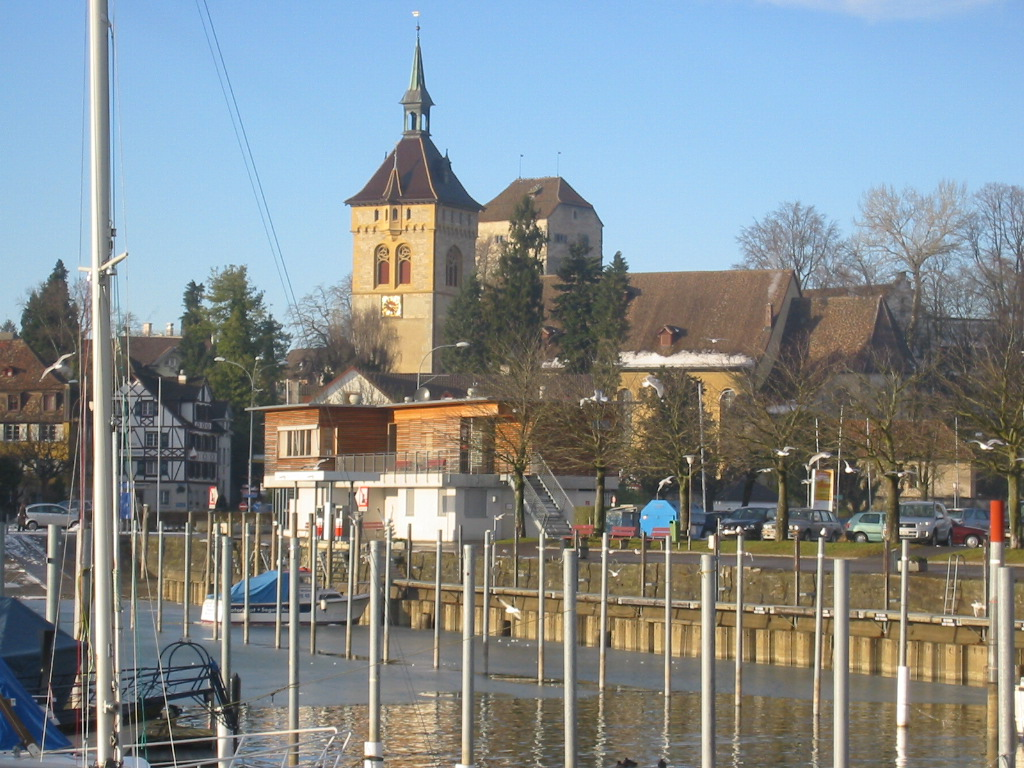
Above: St. Martin Church and the harbor, Arbon
Arbon may be small, but it is big in its own way — a town that knows its limits and wears them like a well-worn coat.
The streets of Arbon are narrow, and for the longest time, the traffic was as frantic as a river in flood.
But now, there is an effort to slow it down, to calm the hurried pace of life that always seems to rush by when you’re least ready for it.
The people, those who stay, know the value of peace, and so they keep trying to carve out a place where history and the modern world can meet, where both can breathe in the same space without suffocating each other.
The districts, like old families who have lived in the same house for too long, are divided but intertwined.
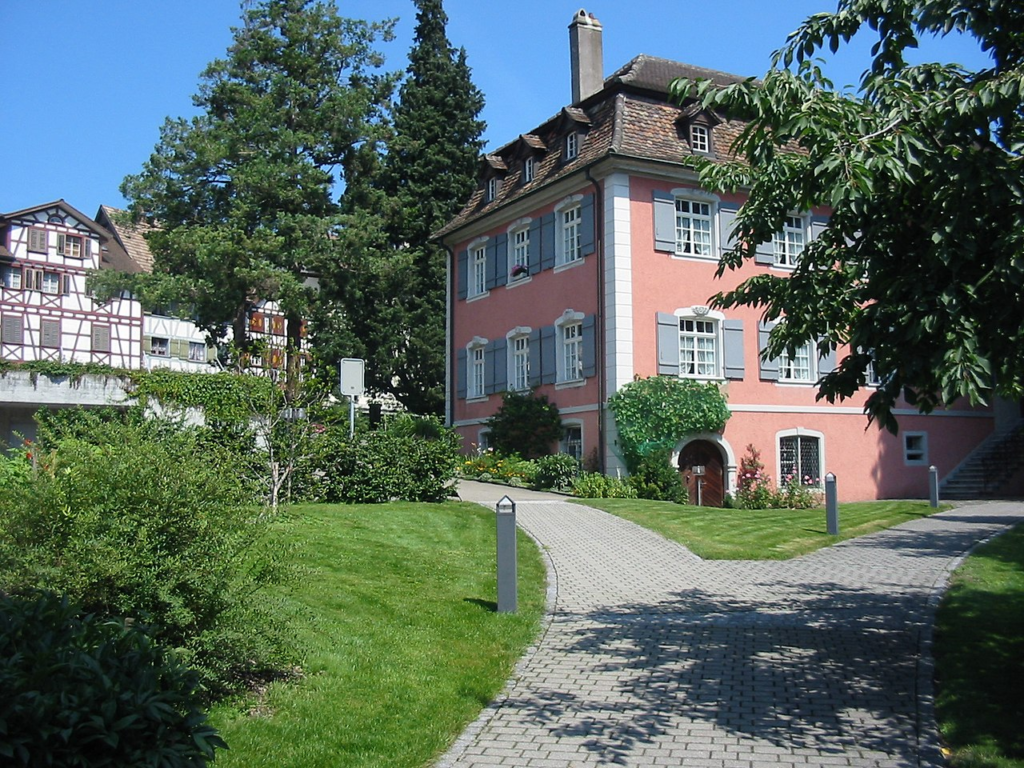
Above: Rotes Haus (red house), Arbon
There’s the Bergli, up high, where the land meets the sky.
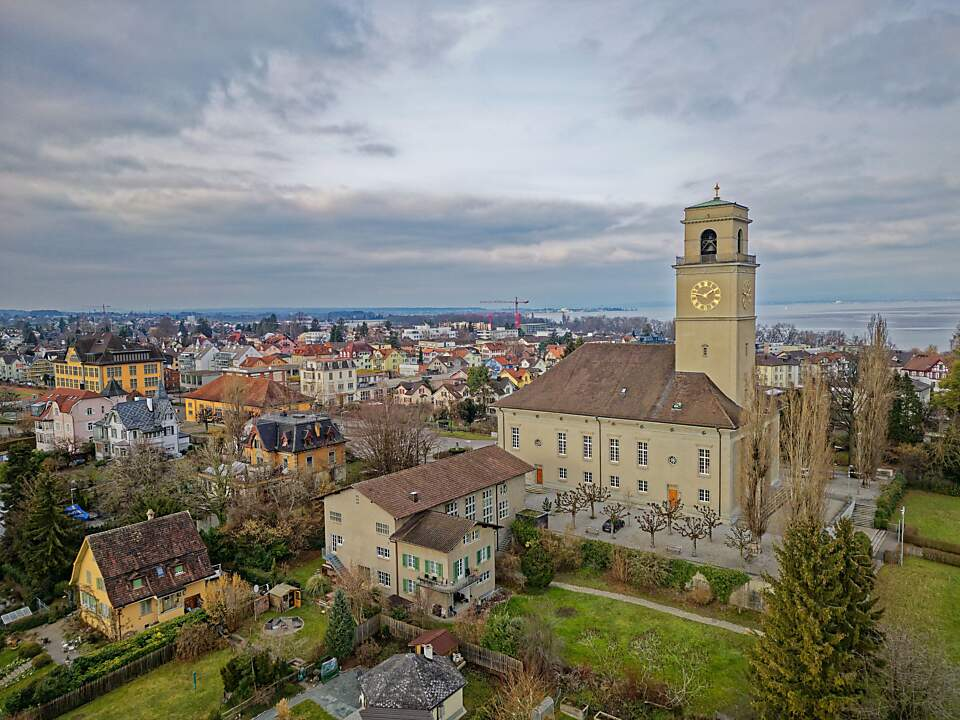
Above: Arbon
There is the South district, with its reminders of another age — workers’ settlements from a time when the town had an industrial pulse that kept it alive.
Those days, too, have gone, but their ghost lingers in the form of factories and industries that still hum on the edges, just far enough to avoid suffocating the quiet core of Arbon.
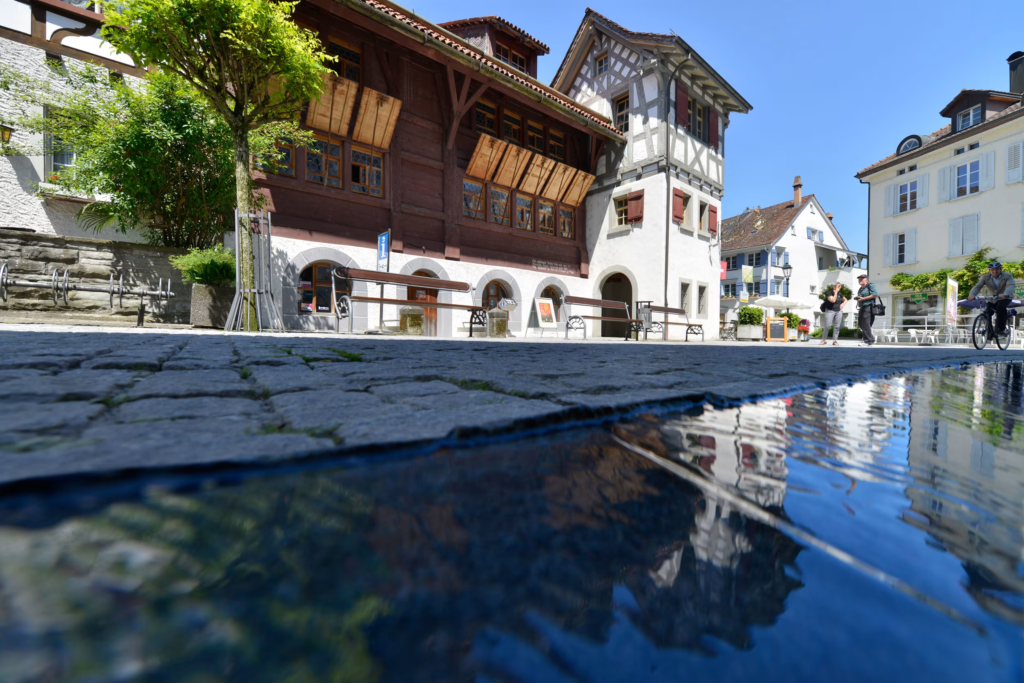
Above: Arbon
Then there’s Scheidweg, where nature is the real king.

Above: Arbon
The lakeshore stretches in a nature reserve, untouched by the concrete that has crawled through the rest of the town.
It is a place where the land remembers what it was before people came, before roads and buildings, before the pull of commerce.
And it is there, on the edge of Arbon, that the town’s old story is most apparent — the way the land holds onto its past, even as the present barrels toward it.
The geology of the place, shaped by the glaciers long ago, reminds the people of Arbon that they are not masters of the earth, but rather tenants, bound to it by invisible threads that run through the ages.
The plateau, eroded by time and ice, still hums with the energy of those ancient forces — forces that shaped the land and the people who chose to settle here.
The lake, so still and serene, is the town’s soul.
It is where the rhythm of life slows down, and in that silence, the history of Arbon is hidden, like an old man’s stories waiting to be told, if only someone would sit still long enough to listen.
Lake Constance assures that the climate in Arbon is mild, both summer and winter.
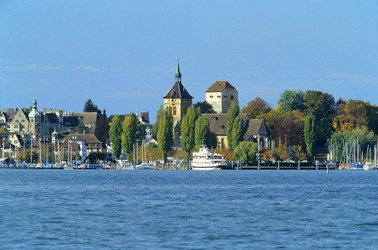
Above: Arbon
The warm winds from the west bring heavy rainfall as they meet the dry, cold, continental winds from the northeast.
The warm Föhn that comes over the Alps from the south is felt as far as Arbon.
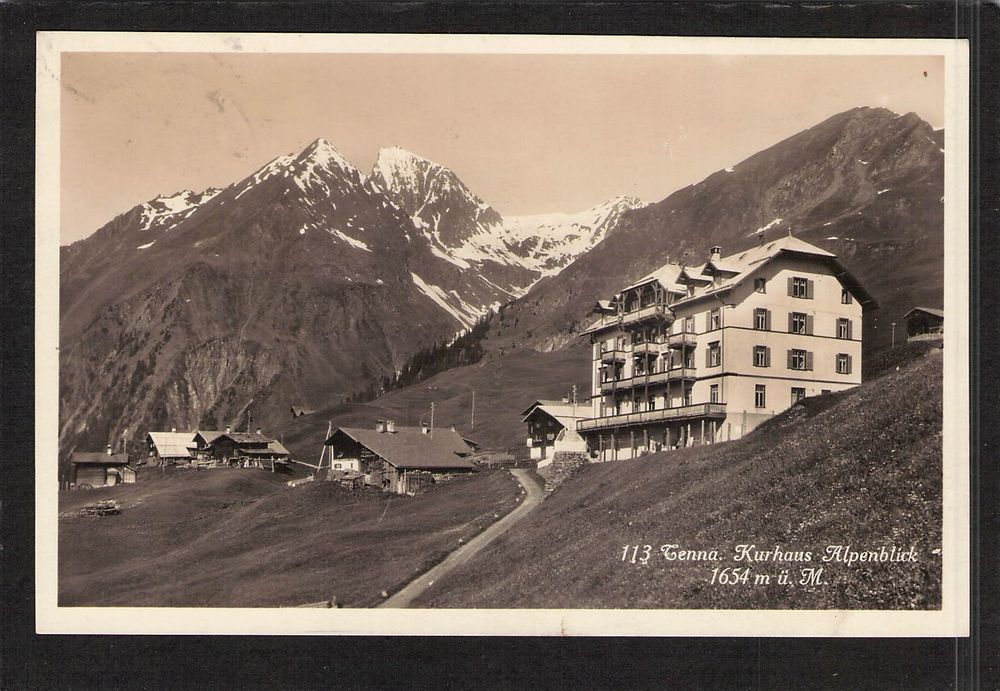
In the summer, warm electrical storms are common.
Arbon has a storm warning system for boats on Lake Constance and works closely with neighboring towns.
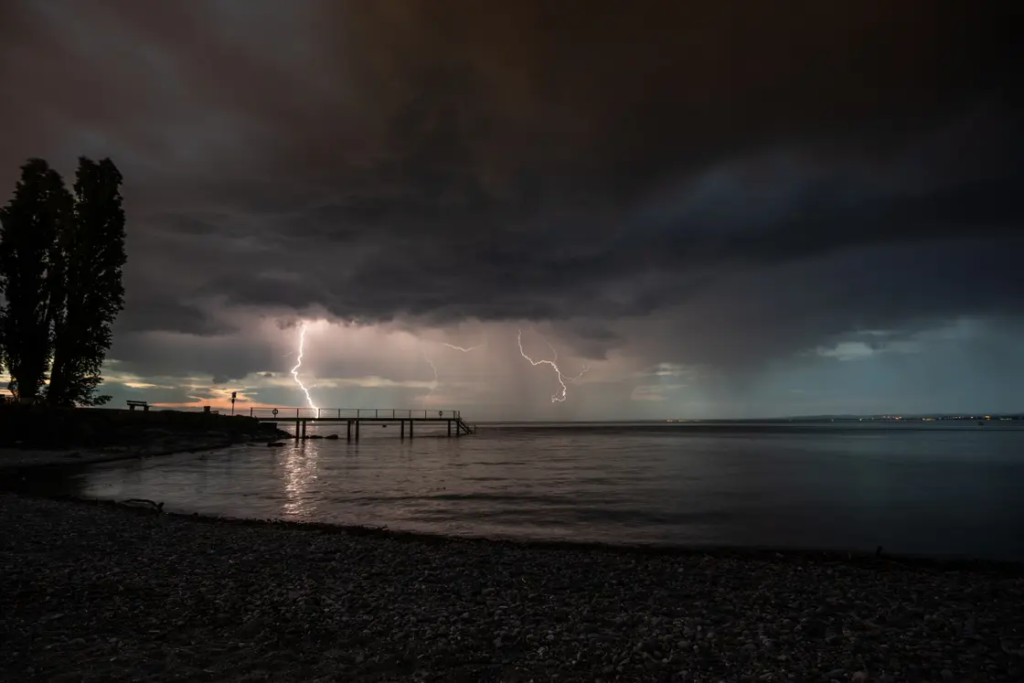
Above: Bodensee
The prevailing winds make Lake Constance a favorite for sailing and wind surfing.
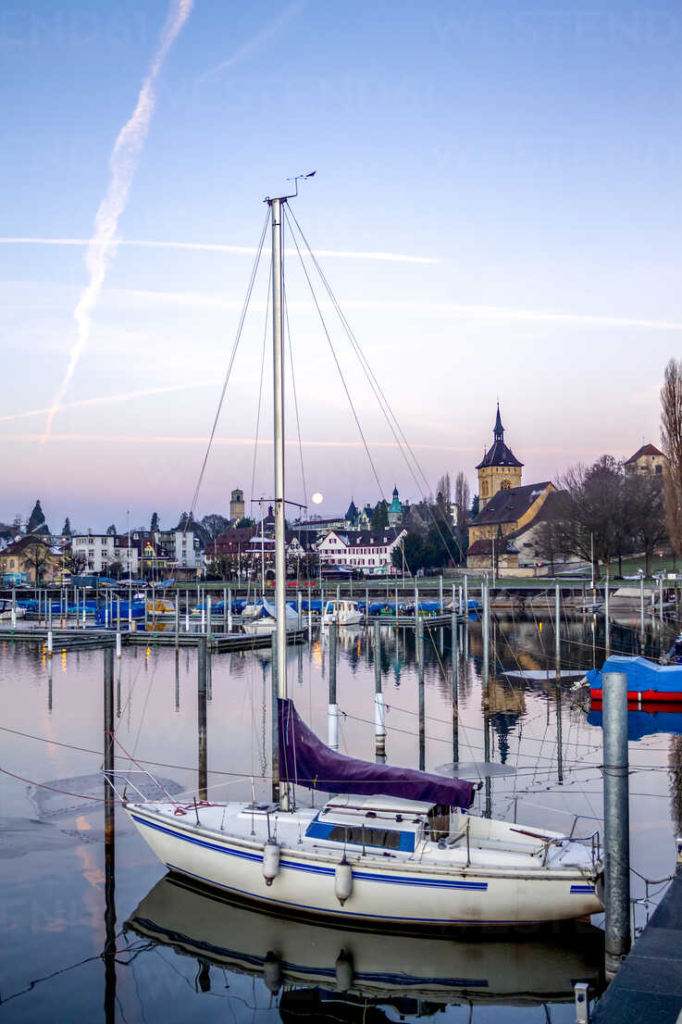
Above: Arbon
In the winter, ponds and the lake slowly freeze.
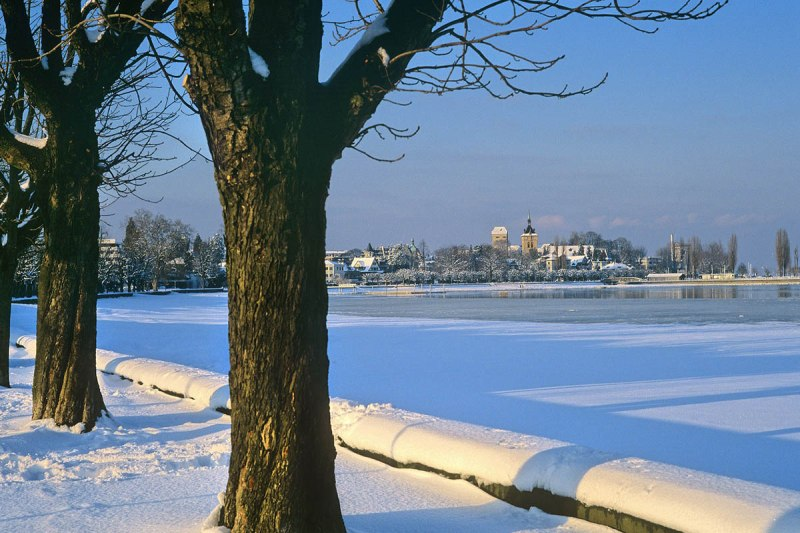
Above: Winter, Arbon
In 1963, Lake Constance froze over, something that only happens about every 100 years.
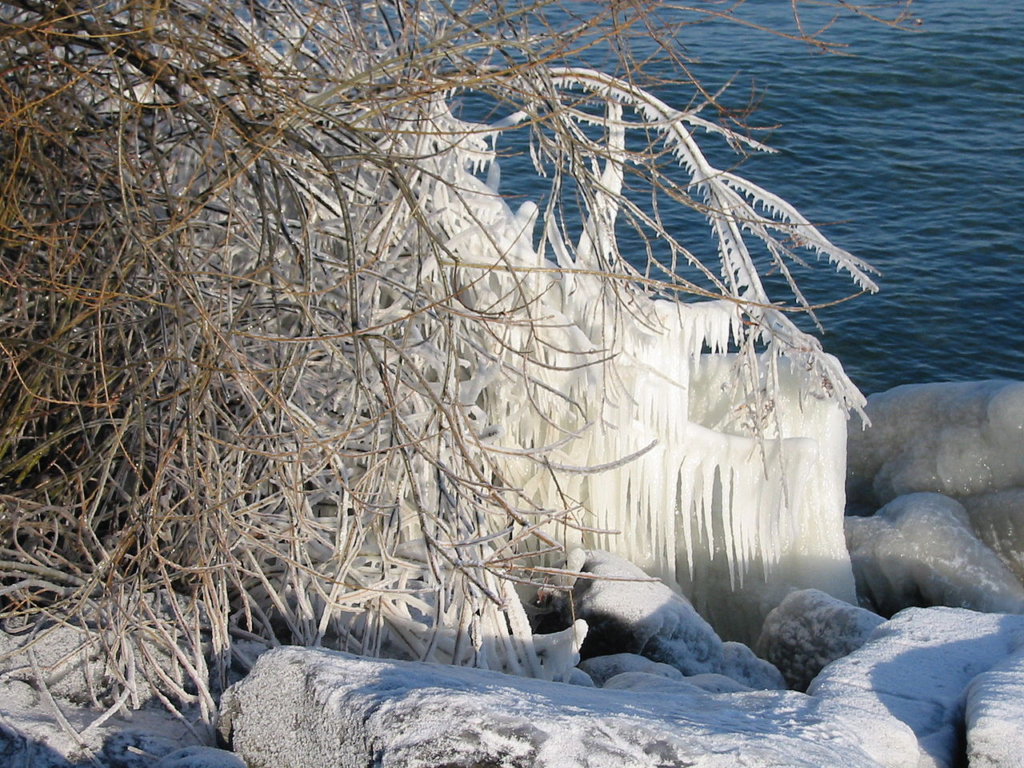
The shore of Lake Constance near Arbon has been inhabited since the Stone Age.
During archaeological excavations in 1885 and 1944, pile-dwelling settlements of the Pfyn culture from the Neolithic and Bronze Age were discovered.
The Neolithic houses, with a floor area of approximately 21 m², were mostly made of wood and were built on posts due to the marshy ground.
They did not stand in the water, as initially assumed.
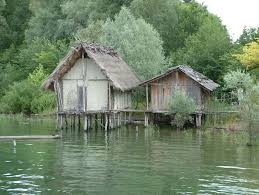
The later Bronze Age settlement on the same site is the eponymous site of the Arbon culture, which is widespread in northern Switzerland and southern Germany.
Between 1993 and 1995, a total of 1100 m² of the Arbon-Bleiche 3 site were excavated by the Archaeological Office of the Canton of Thurgau, which revealed that the first house in the settlement was built in 3384 BC.
In the center of the settlement and up to 3376 BC, there is a stone wall.
Additional houses were built in the 3rd century BC until the buildings fell victim to a fire in 3370 BC.
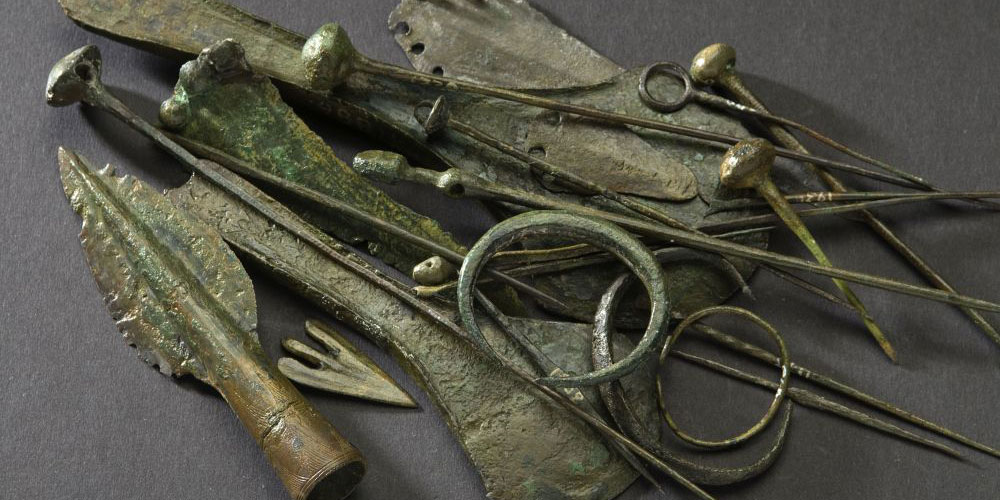
The pile-dwelling settlement has been part of the UNESCO World Heritage Site “Prehistoric Pile Dwellings around the Alps” since 2011.
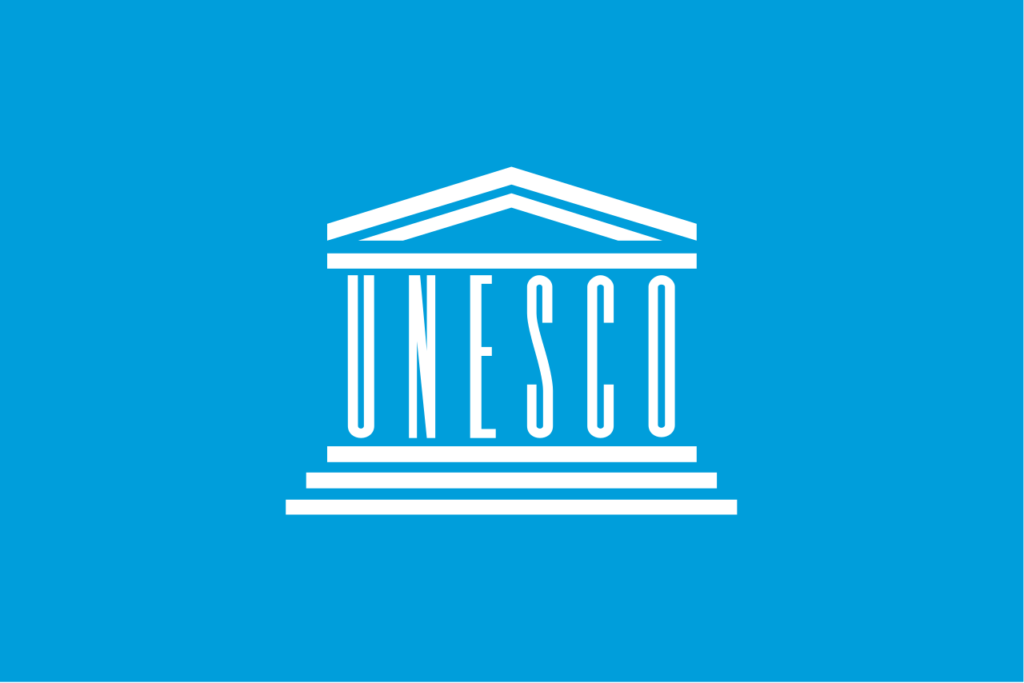
Above: Flag of the United Nations Educational, Scientific and Cultural Organization (UNESCO)
During the era of Roman rule over what is now Switzerland, a fortified settlement probably existed at the height of today’s Bergli district.
The elevated position above the lake was probably of strategic importance.
Since 1957, archaeological excavations have been carried out at regular intervals to research Arbon’s Roman past.
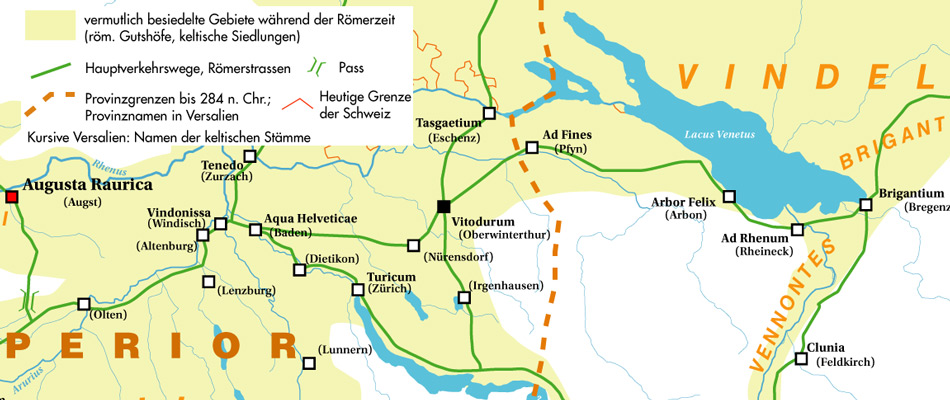
The Latin name for Arbon, Arbor Felix, appears for the first time in the Itinerarium Antonini from the 3rd century.
The Itinerarium Antonini (in full, Itinerarium provinciarum Antonini Augusti ) is a directory of the most important Roman imperial roads, which also includes the place names of Roman settlements.
Its basic form probably dates from the beginning of the 3rd century, while the manuscript version dates from the end of the 14th century under Diocletian.
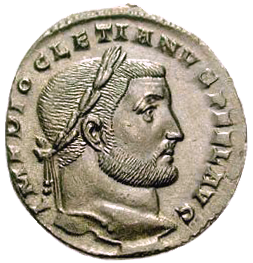
Above: Coinage of Roman Emperor Diocletian (236 – 312)
The Antoninus mentioned in the title is Emperor Caracalla, whose full imperial name was Marcus Aurelius Severus Antoninus.
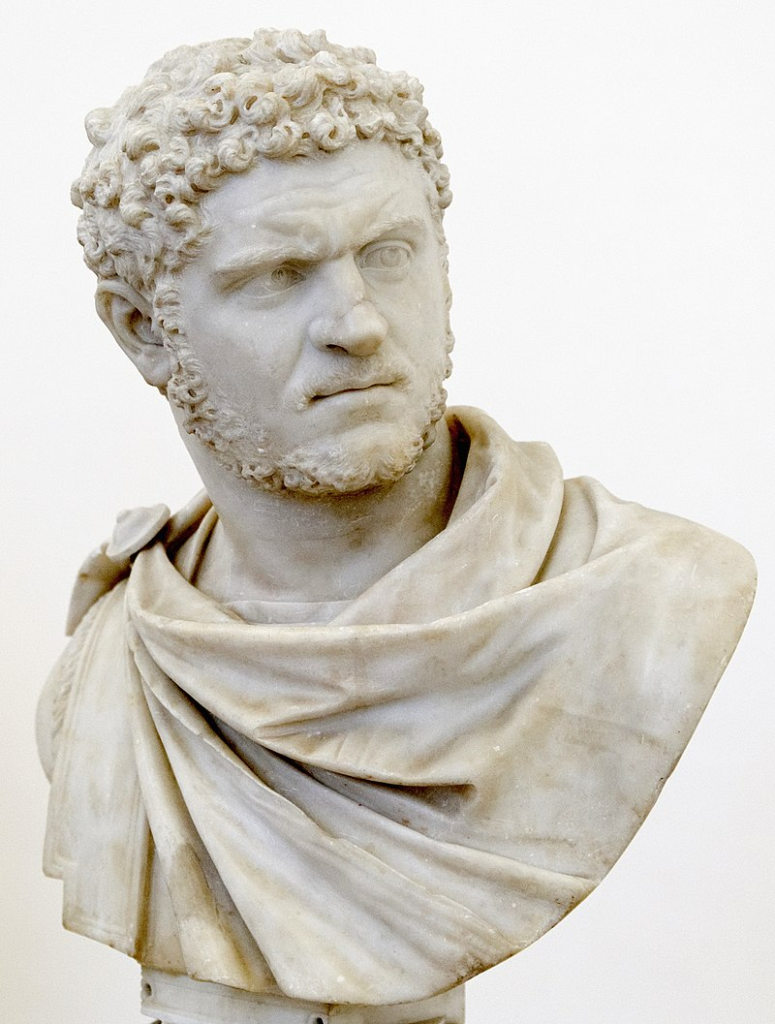
Above: Bust of Roman Emperor Caracalla (188 – 217)
According to current research, the Itinerarium Antonini comprises 17 travel routes (Latin iter = path) through the Roman Empire, plus numerous secondary roads.
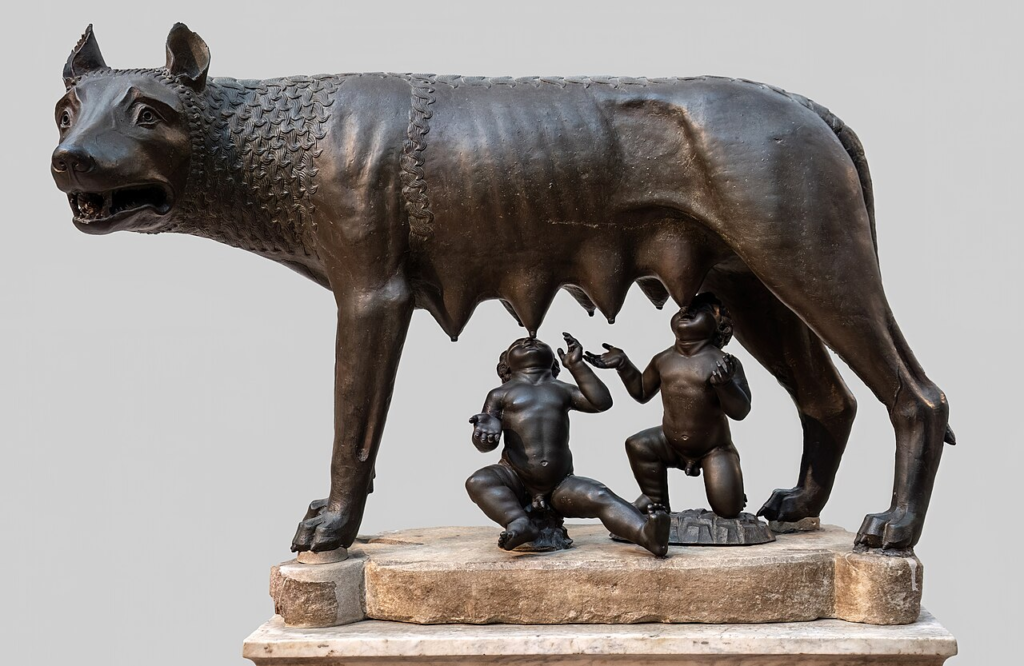
Above: Rome’s founding myth: The Capitoline Wolf suckles
Romulus and Remus
The compilation is very heterogeneous in detail.
What seems clear, at least, is that all the roads recorded are to be understood as viae publicae.
The Itinerarium Antonini provides a wealth of important information about the names of many Roman settlements, even if some of the information is inaccurate.
Unlike the Tabula Peutingeriana, the Itinerarium Antonini does not contain map-like representations.
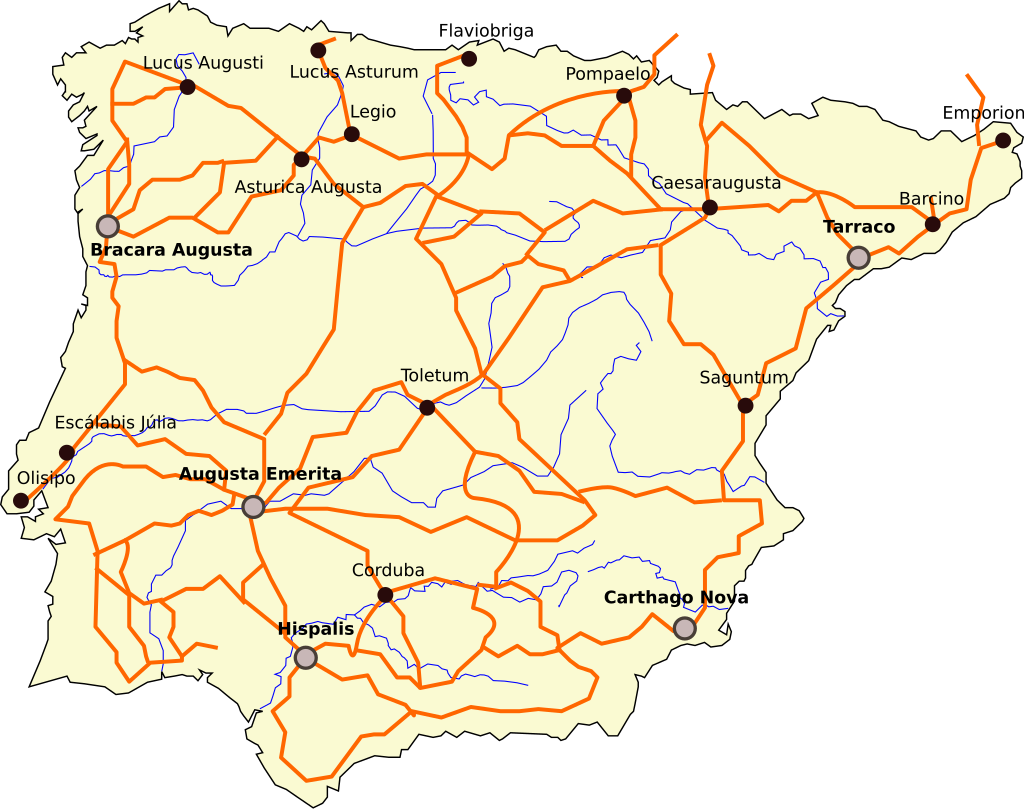
Above: Hispania roads
It probably goes back to the place name “Arbona“, which was common in Celtic areas.
While the Itinerarium still shows Arbon as a fortified post station at the crossroads of the routes Vitudurum (Oberwinterthur) –Brigantium (Bregenz) and Constantia (Konstanz) – Curia (Chur), the Tabula Peutingeriana from the 4th century shows Arbon as a Roman fort.
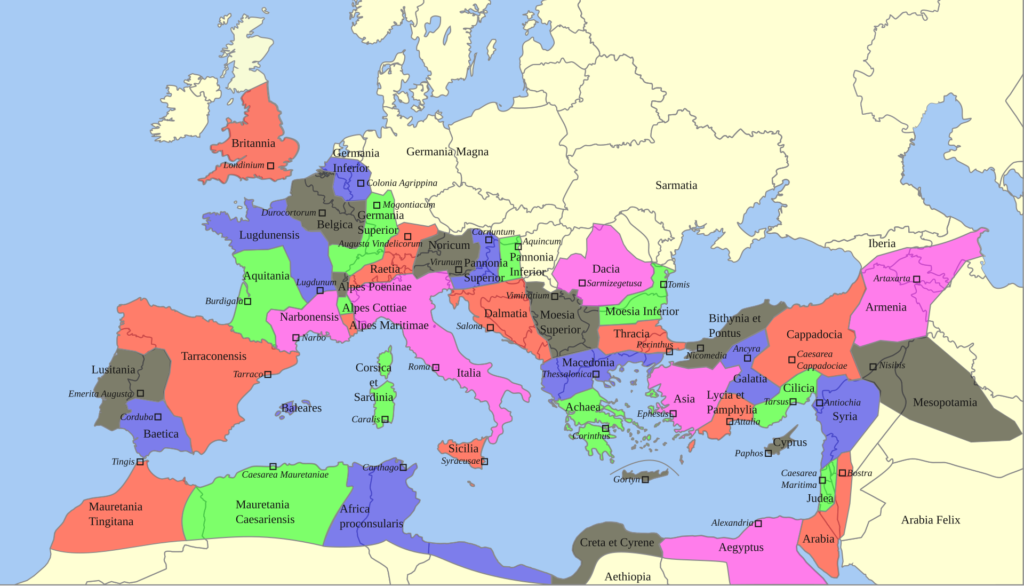
Above: Roman Empire at its greatest extent (115)
The reason for the construction of the fortification was probably the withdrawal of the Roman border to the line Rhine – Iller -Danube after the abandonment of the Upper Germanic-Raetian Limes after 260.
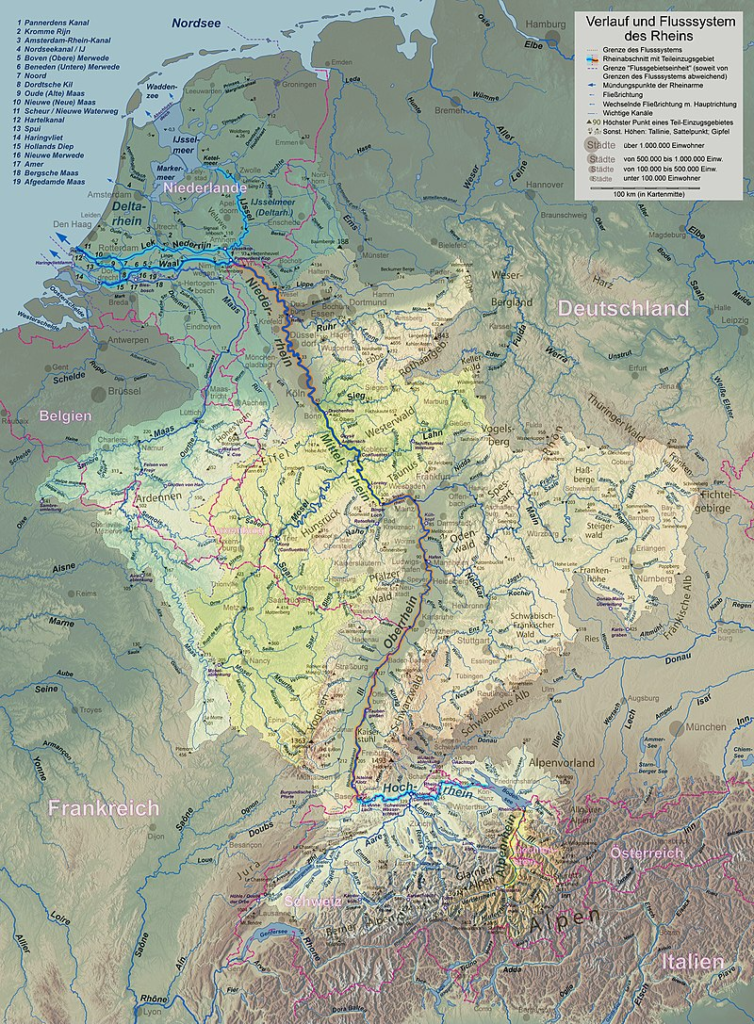
Above: The Rhine River
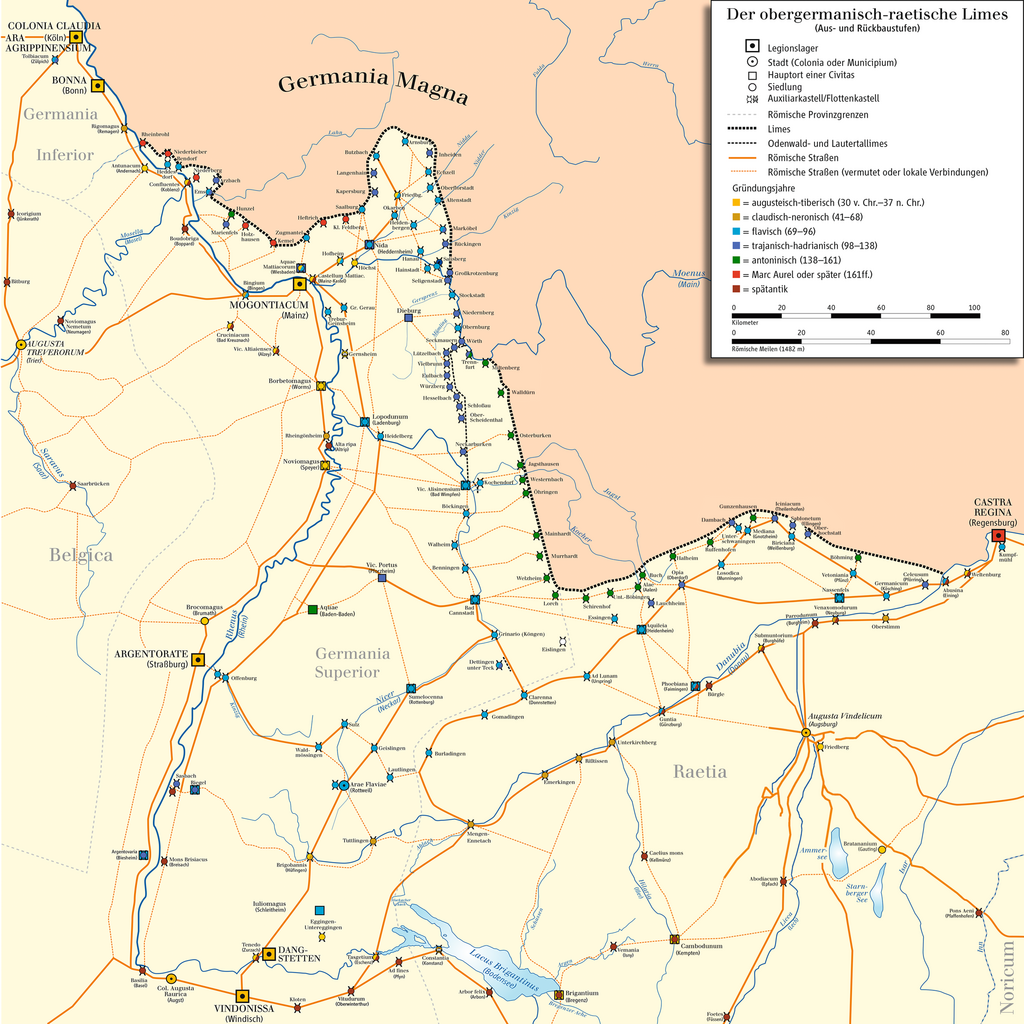
Above: Map of the Upper Germanic-Raetian Limes
According to excavations, the late Roman fort had a floor area of approximately 10,000 m² between the southern tip of the Bergli hill and the lake shore.
The original defensive wall was approximately 350 m long.
The bathing area of the complex was discovered beneath St. Martin’s Church.
The walls there later served as the base for the church.
The inhabitants of the fort were probably at least partly buried on the Bergli hill.
According to the Notitia dignitatum from around 425, the cohors Herculea Pannoniorum was stationed in Arbon under a tribunus.
The place was probably also a base for the Roman Lake Constance flotilla.

According to the contemporary historian Ammianus Marcellinus, in 378, Emperor Gratian marched east via Arbon to support his cousin Valens against the Goths.
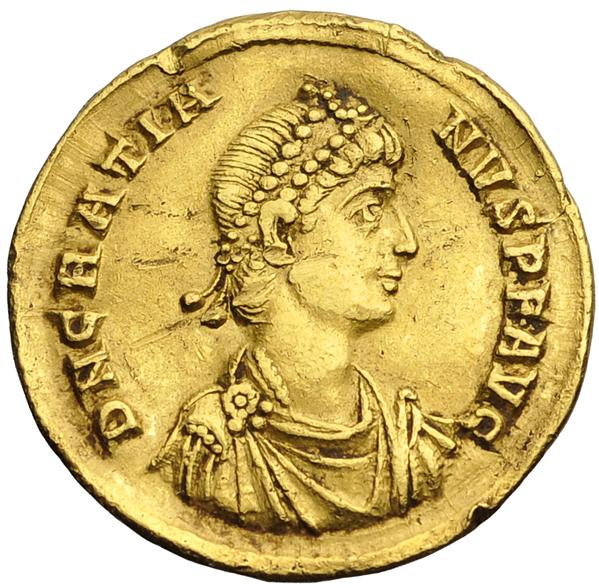
Above: Coinage of Roman Emperor Gratian (359 – 383)
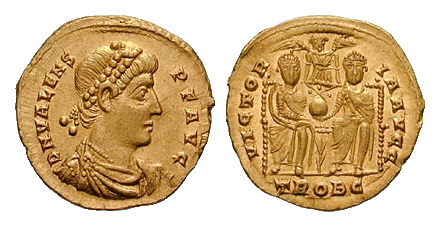
Above: Coinage of Valens (328 – 378). The reverse depicts Valens and his brother Valentinian I (321 – 375).
When the Roman troops withdrew in the late 5th century, the Celto-Roman population remained and was absorbed into the invading Alemanni.
The place names Frasnacht and Feile, however, indicate that there was briefly a linguistic border between the Alemannic and Romansh-speaking populations.
However, secular power continued to be exercised by a tribune, who was now subordinate to the Dux of the province of Raetia prima, until long after the Roman withdrawal.
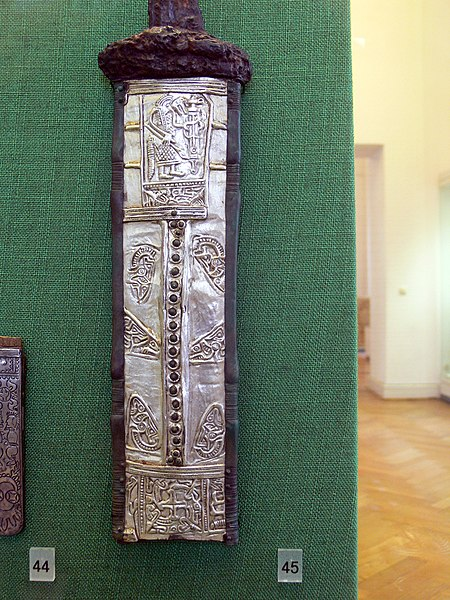
Above: The Gutenstein sword scabbard from an Alemannic warrior grave
In 610, Irish monks from the followers of Columban of Luxeuil settled in Arbon.
According to tradition, they encountered a small Christian community in a fortified settlement, which sources refer to as a castrum.
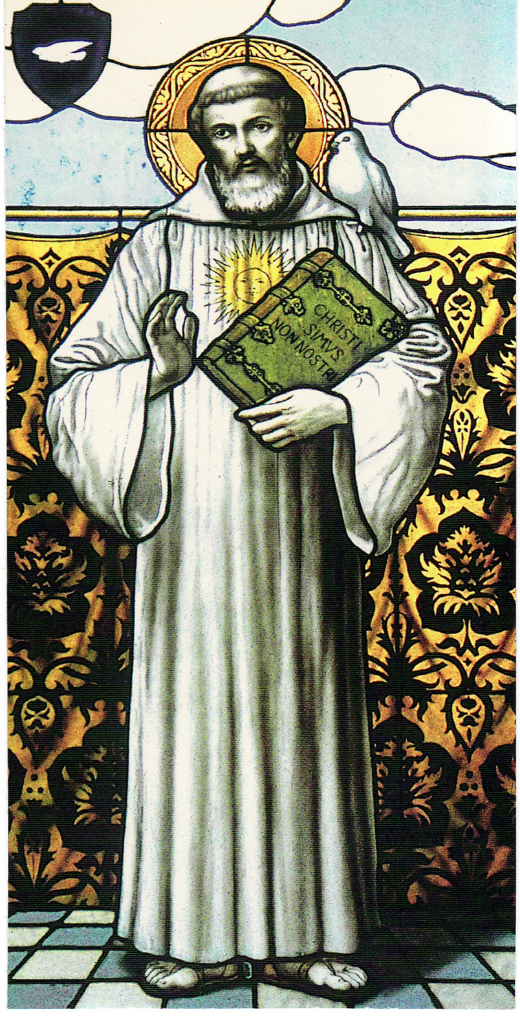
Above: San Columbano, Bobbio Abbey, Italy
One of Columban’s followers was Gall, the founder of the monastery of St. Gall, who died in Arbon in 627.
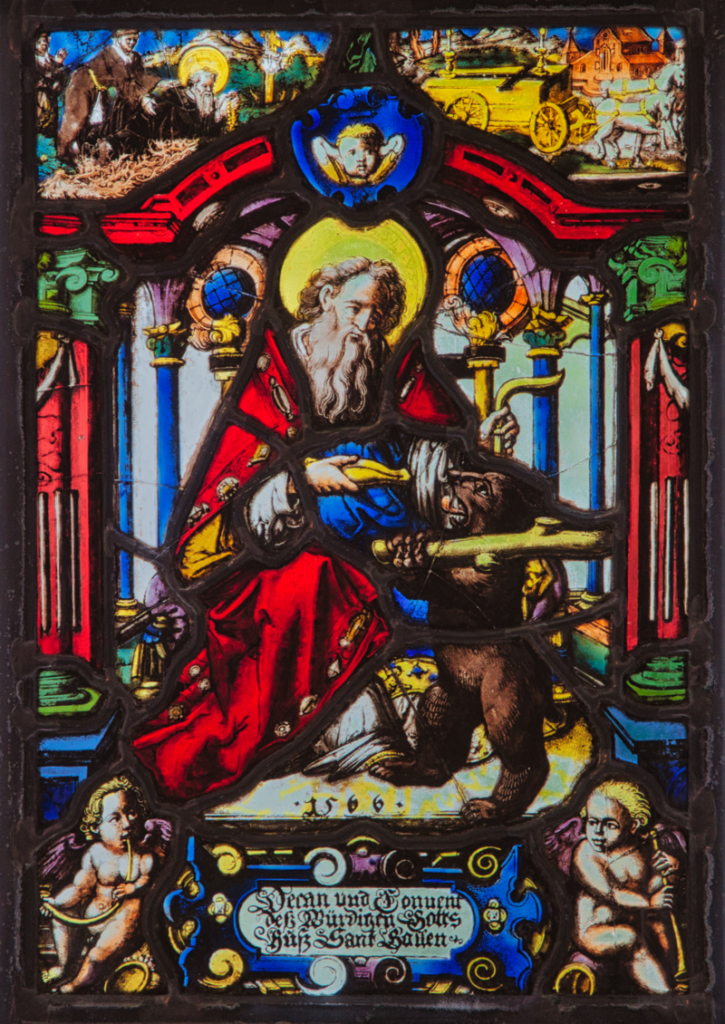
Above: Gall, Abbey Library, St. Gallen, Switzerland
Gall (Latin: Gallus)(550 – 645) according to hagiographic tradition was a disciple and one of the traditional twelve companions of Columbanus on his mission from Ireland to the Continent.
However, he may have originally come from the border region between Lorraine and Alemannia and only met Columbanus at the monastery of Luxeuil in the Vosges.
Gall is known as a representative of the Irish monastic tradition.
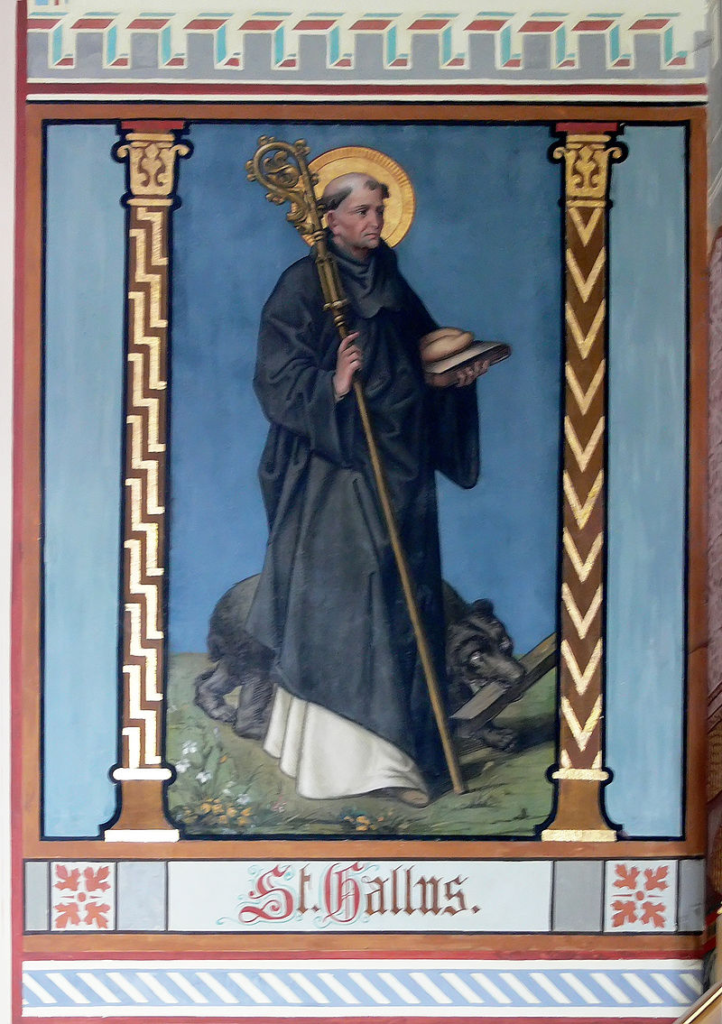
Above: Gallus, St. Venantius Church, Pfärrenbach, Germany
The Abbey of Saint Gall in the city of Saint Gallen, Switzerland was built upon his original hermitage.
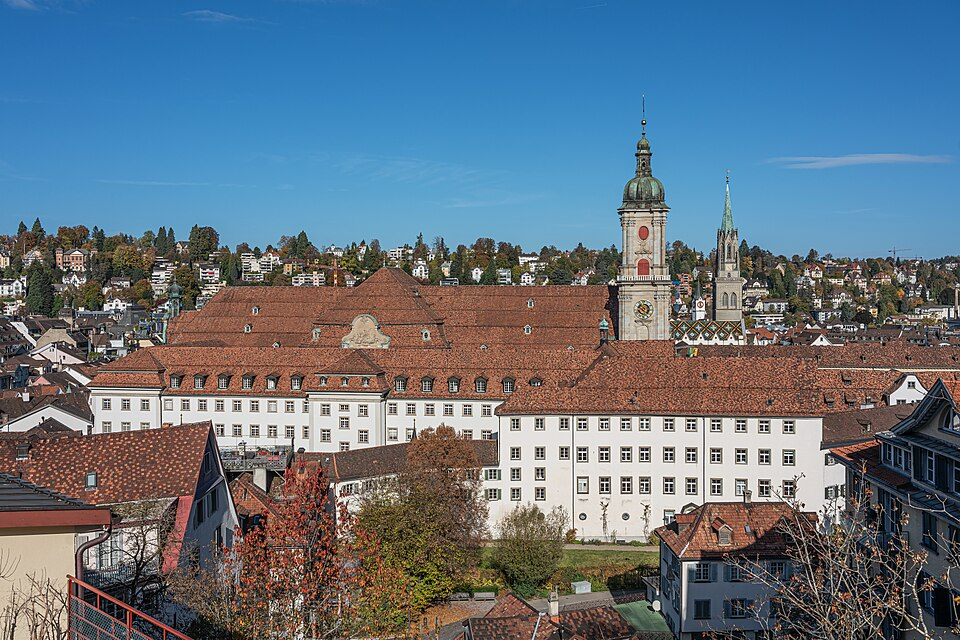
Above: Abbey of St. Gallen
Gall’s origin is a matter of dispute.
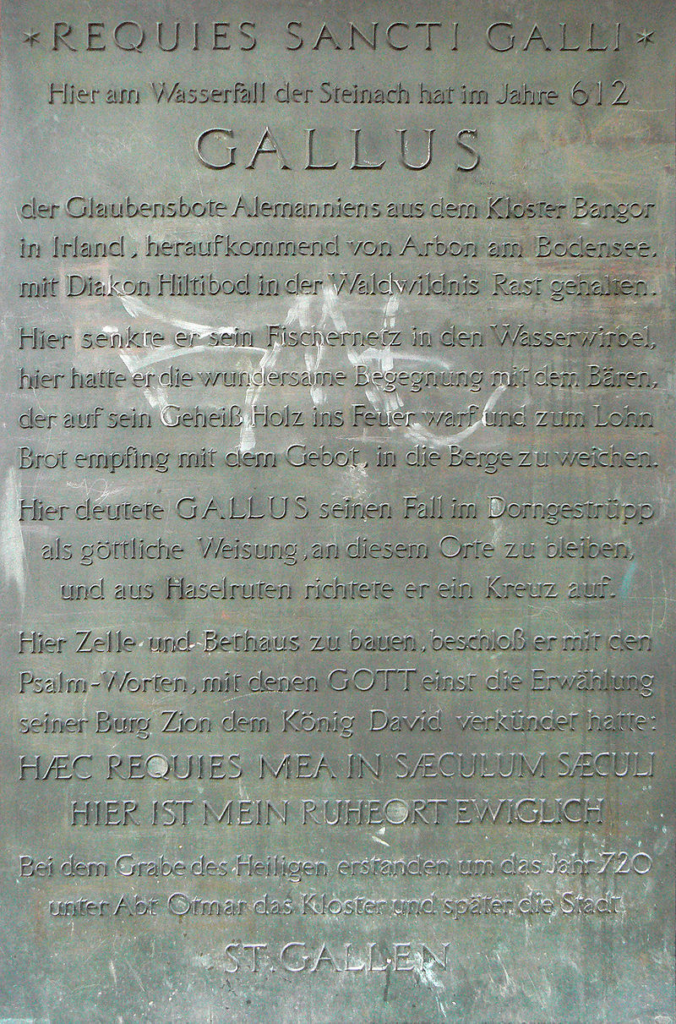
Above: Memorial plaque in honor of Gallus on the Steinach River in St. Gallen
According to his 9th-century biographers in Reichenau, he was from Ireland and entered Europe as a companion of Columbanus.
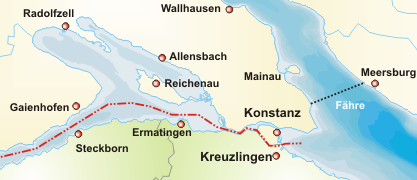
The Irish origin of the historical Gallus was called into question by Hilty (2001), who proposed it as more likely that he was from the Vosges or Alsace region.
Schär (2010) proposed that Gall may have been of Irish descent but born and raised in the Alsace.
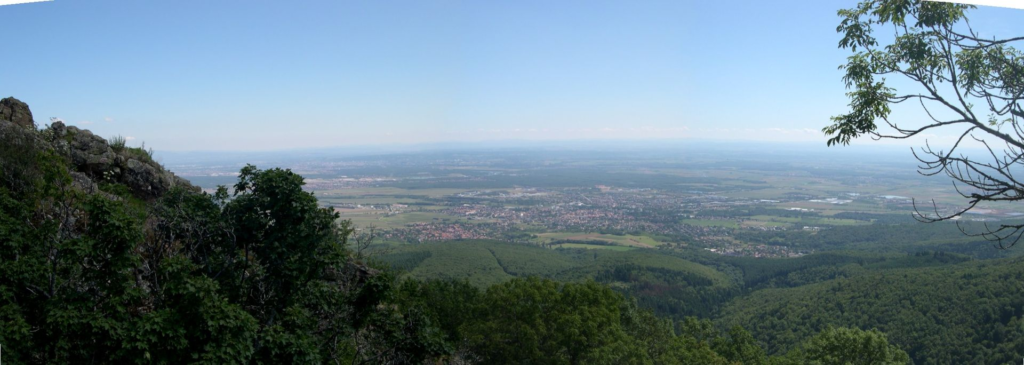
Above: Vosges Massif, Alsace, France
According to the 9th-century hagiographies, Gall as a young man went to study under Comgall of Bangor Abbey.
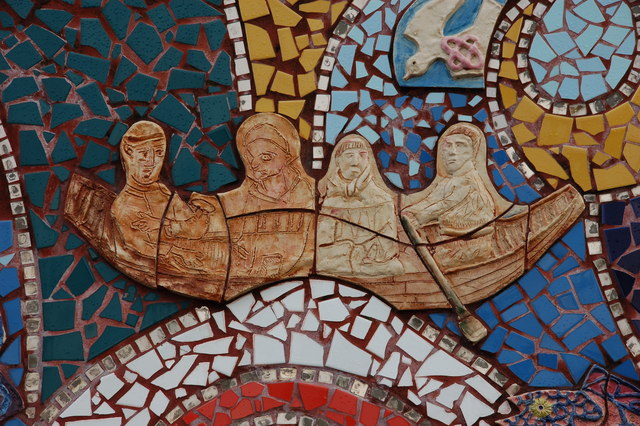
Above: St Comgall and some monks from Bangor Abbey, Ireland
The monastery at Bangor had become renowned throughout Europe as a great centre of Christian learning.
Studying in Bangor at the same time as Gall was Columbanus, who with twelve companions, set out about the year 589.
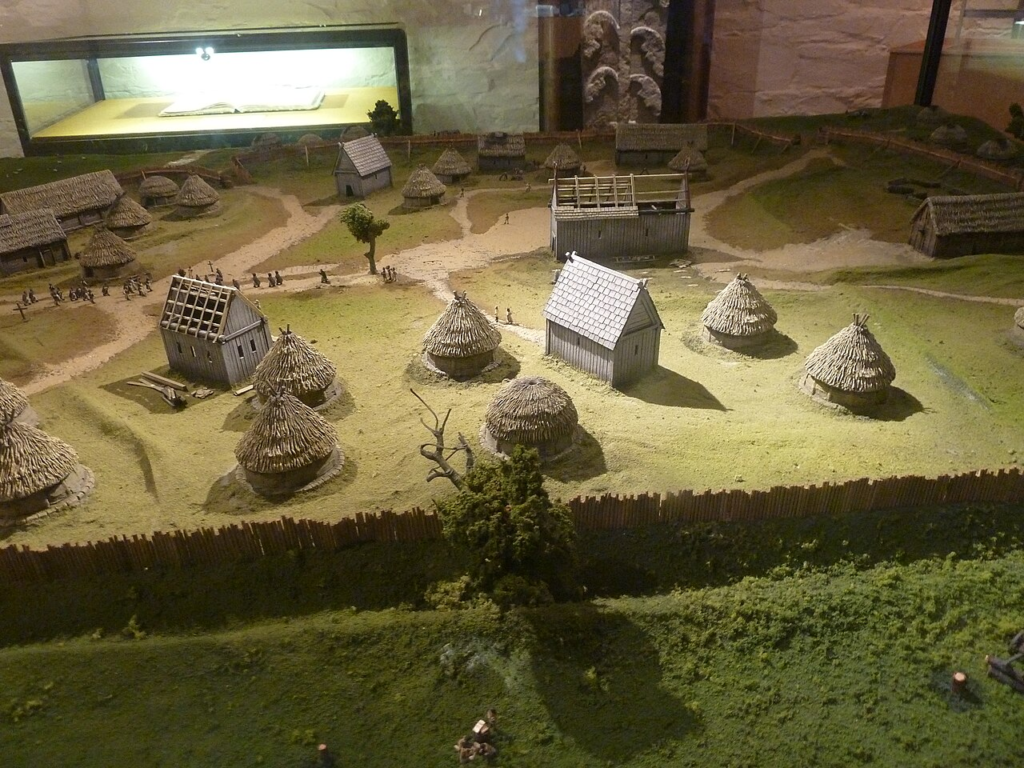
Above: Model of Bangor Abbey, County Down, Ireland (688)
Gall and his companions established themselves with Columbanus at first at Luxeuil in Gaul.
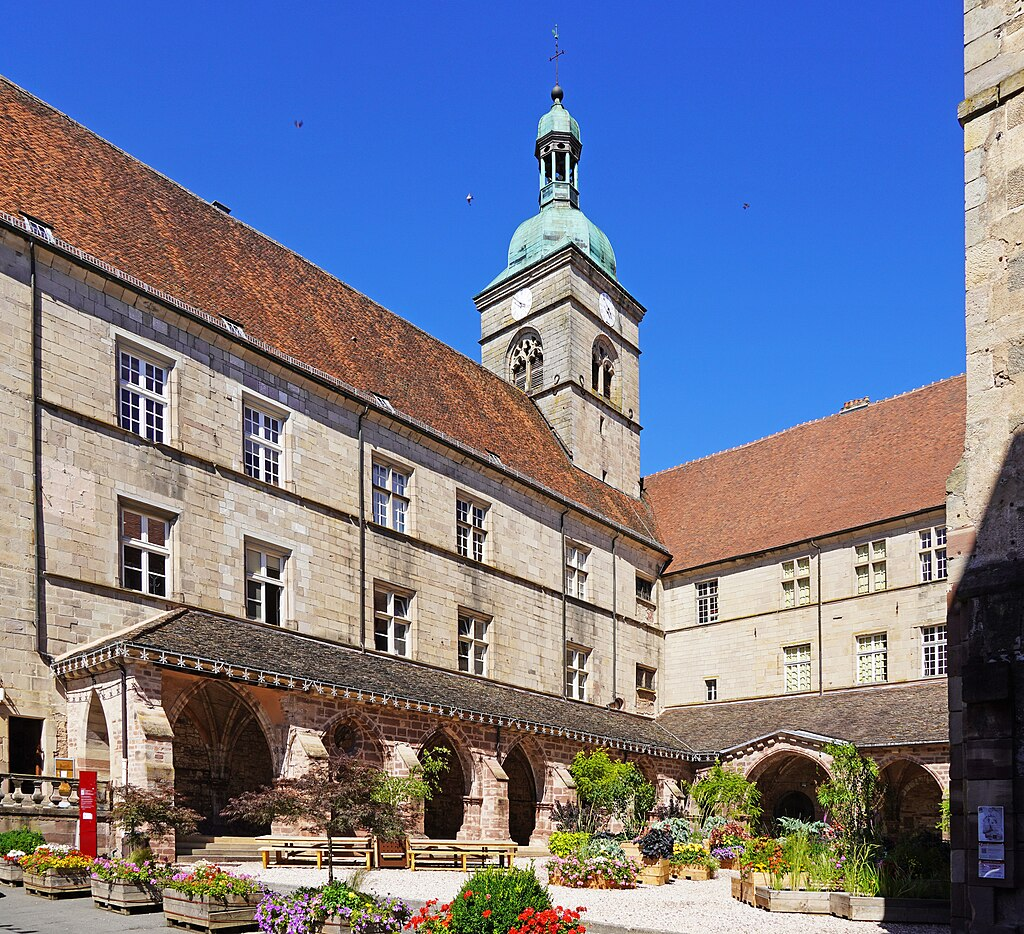
Above: Luxeuil Abbey, France
In 610, Columbanus was exiled by leaders opposed to Christianity and fled with Gall to Alemannia.
He accompanied Columbanus on his voyage up the Rhine River to Bregenz, but when in 612 Columbanus travelled on to Italy from Bregenz, Gall had to remain behind due to illness and was nursed at Arbon.
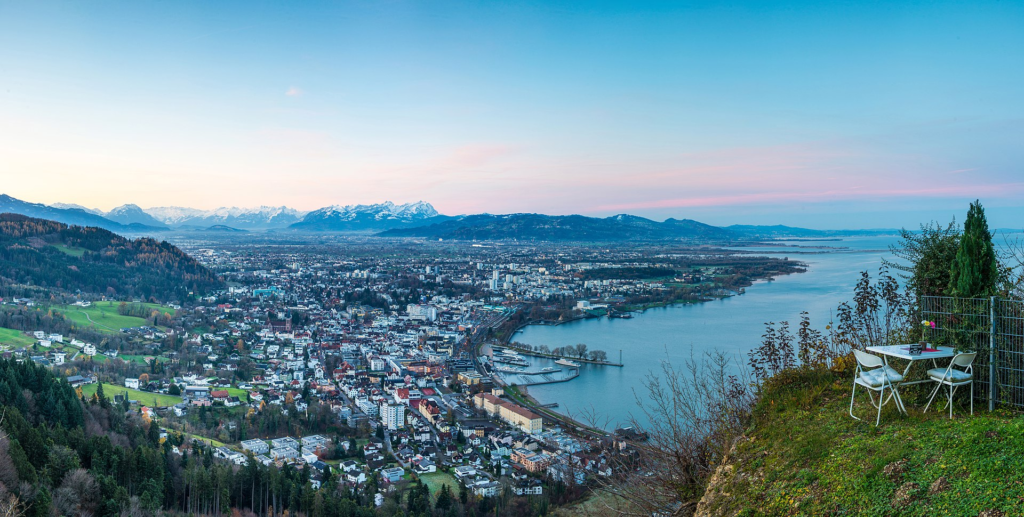
Above: Bregenz, Vorarlberg, Austria
Gallus remained in Alemannia, where, with several companions, he led the life of a hermit in the forests southwest of Lake Constance, near the source of the river Steinach.
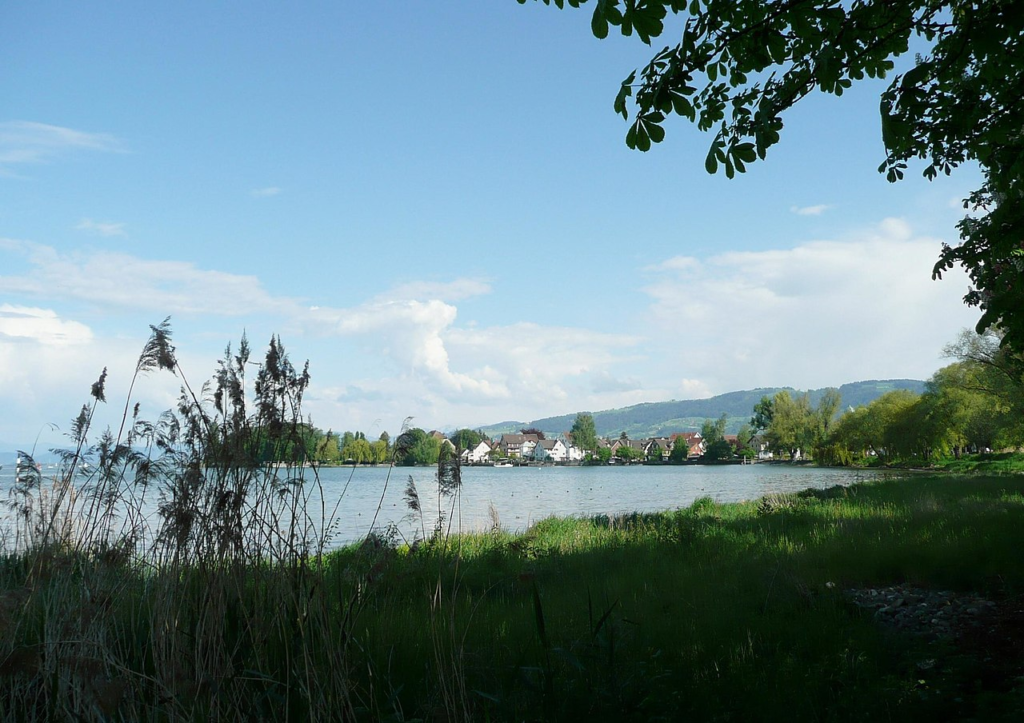
Above: Bodensee, Steinach, Canton St. Gallen, Switzerland
Cells were soon added for twelve monks whom Gall carefully instructed.
Gall was soon known in Switzerland as a powerful preacher.
When the See of Konstanz became vacant, the clergy who assembled to elect a new Bishop were unanimously in favor of Gall.
He, however, refused, pleading that the election of a stranger would be contrary to church law.
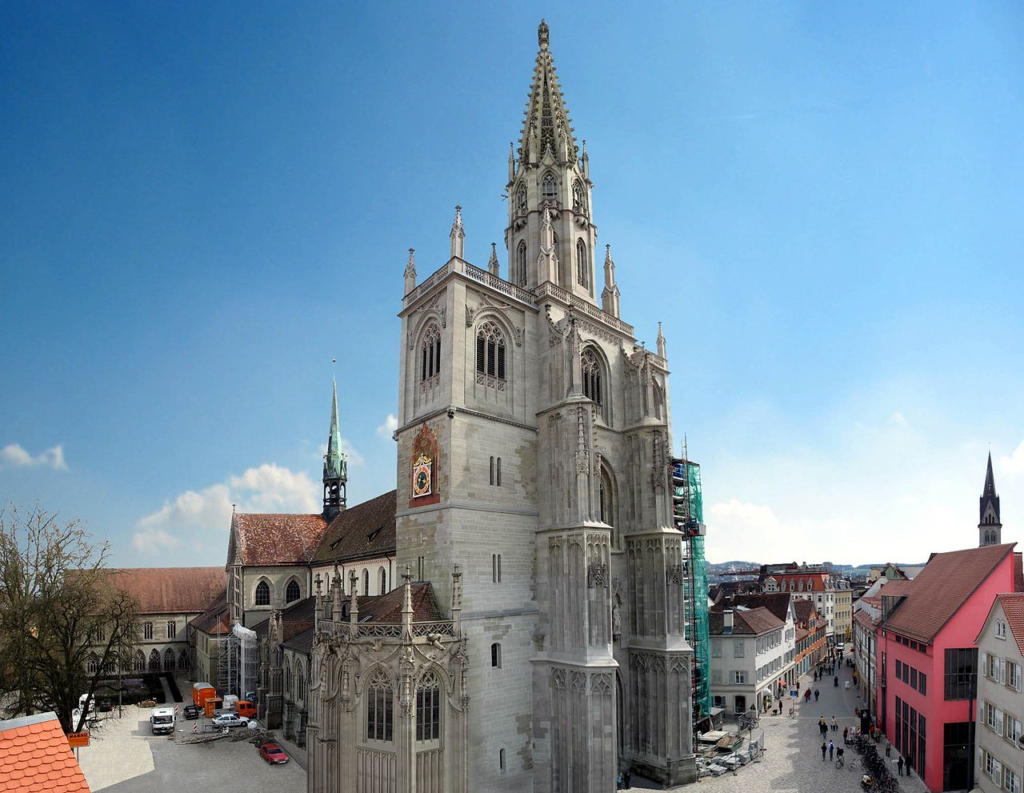
Above: Konstanz Cathedral, Konstanz, Germany
Some time later, in the year 625, on the death of Eustasius, Abbott of Luxeuil, a monastery founded by Columbanus, members of that community were sent by the monks to request Gall to undertake the government of the monastery.
He refused to quit his life of solitude, and undertake any office of rank which might involve him in the cares of the world.
He was then an old man.
He died at the age of 95 in Arbon.
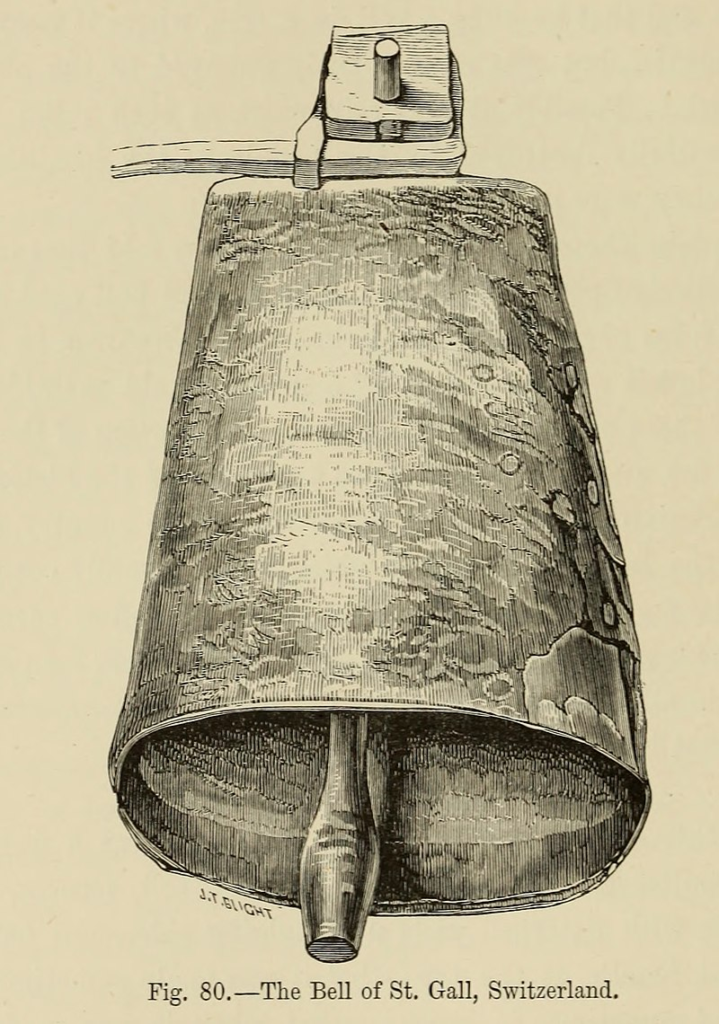
From as early as the 9th century a series of fantastically embroidered Lives of Saint Gall were circulated.
Prominent was the story in which Gall delivered Fridiburga from the demon by which she was possessed.
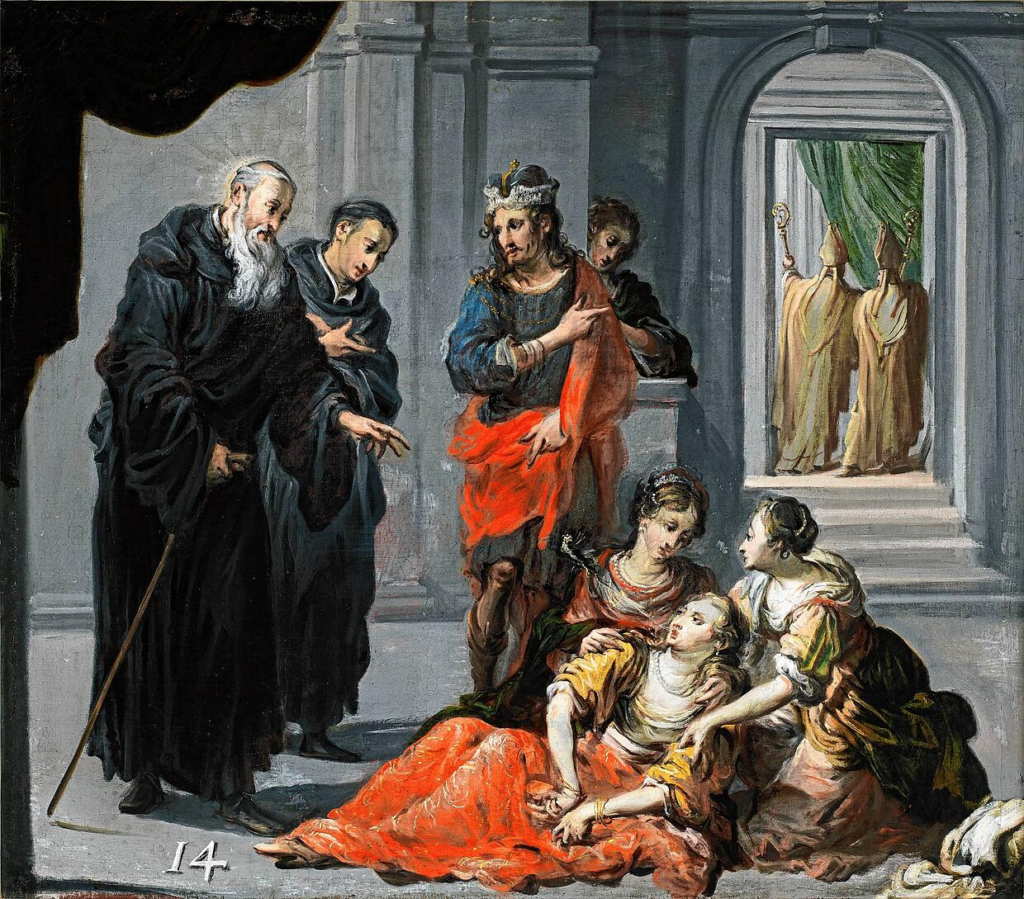
Above: Gallus exorcises Fridiburga
Fridiburga was the betrothed of Sigebert II, King of the Franks, who had granted an estate at Arbon (which belonged to the royal treasury) to Gall so that he might found a monastery there.
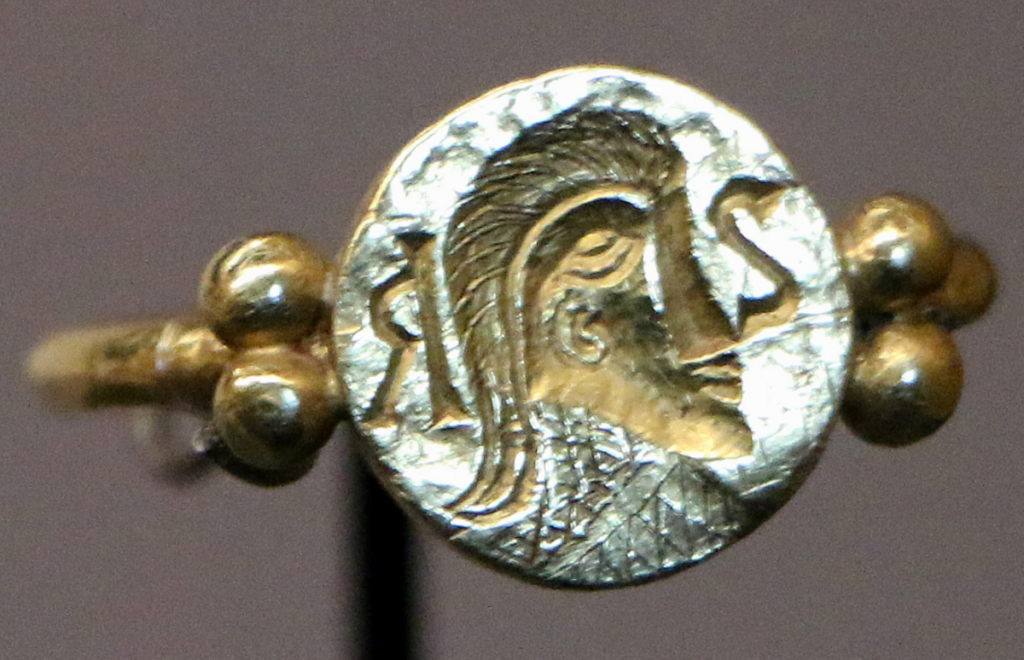
Above: Coinage of Frankish King Sigebert III (630 – 656)
Another popular story has it that as Gall was travelling in the woods of what is now Switzerland he was sitting one evening warming his hands at a fire.
A bear emerged from the woods and charged.
The holy man rebuked the bear, so awed by his presence it stopped its attack and slunk off to the trees.
There it gathered firewood before returning to share the heat of the fire with Gall.
The legend says that for the rest of his days Gall was followed around by his companion the bear.
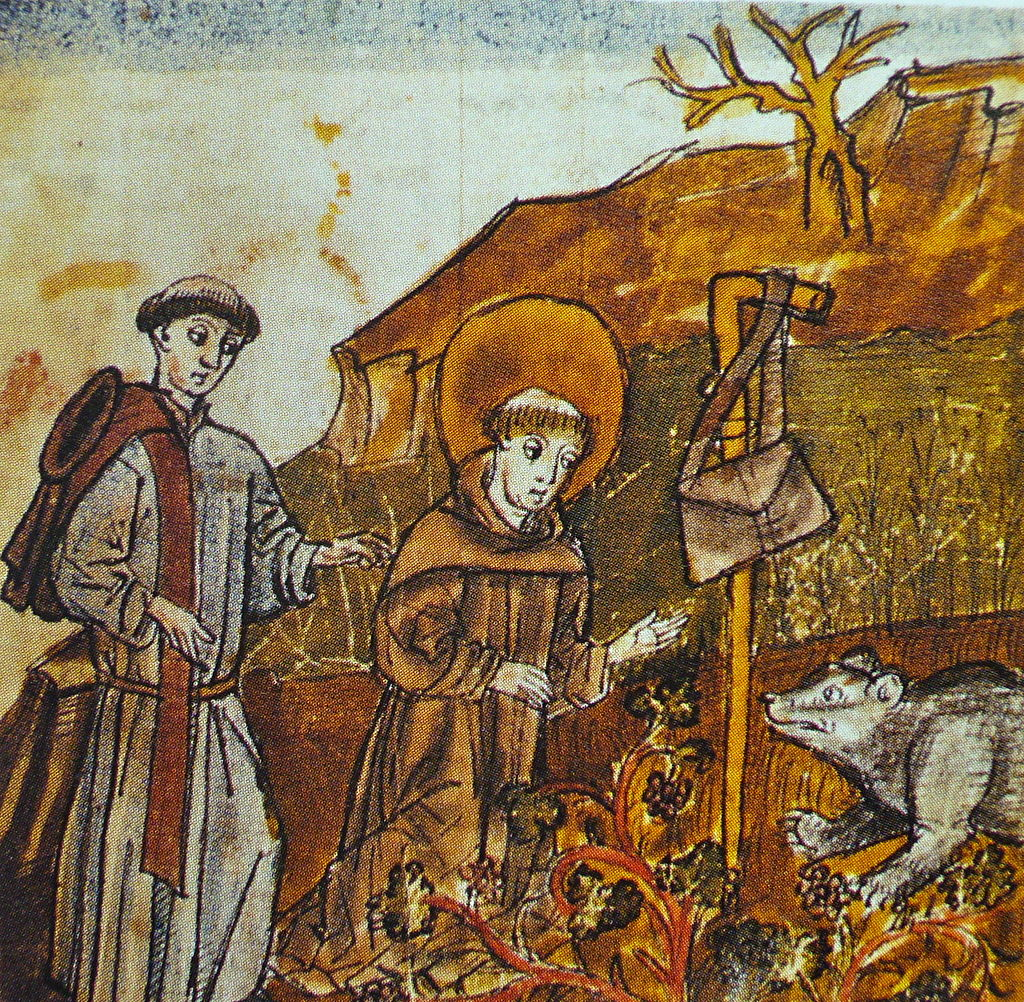
Above: Founding of the monastery
When Columbanus, Gall and their companions left Ireland for mainland Europe, they took with them learning and the written word.
Their effect on the historical record was significant as the books were painstakingly reproduced on vellum by monks across Europe.
Many of the Irish texts destroyed in Ireland during Viking raids were preserved in abbeys across the Channel.
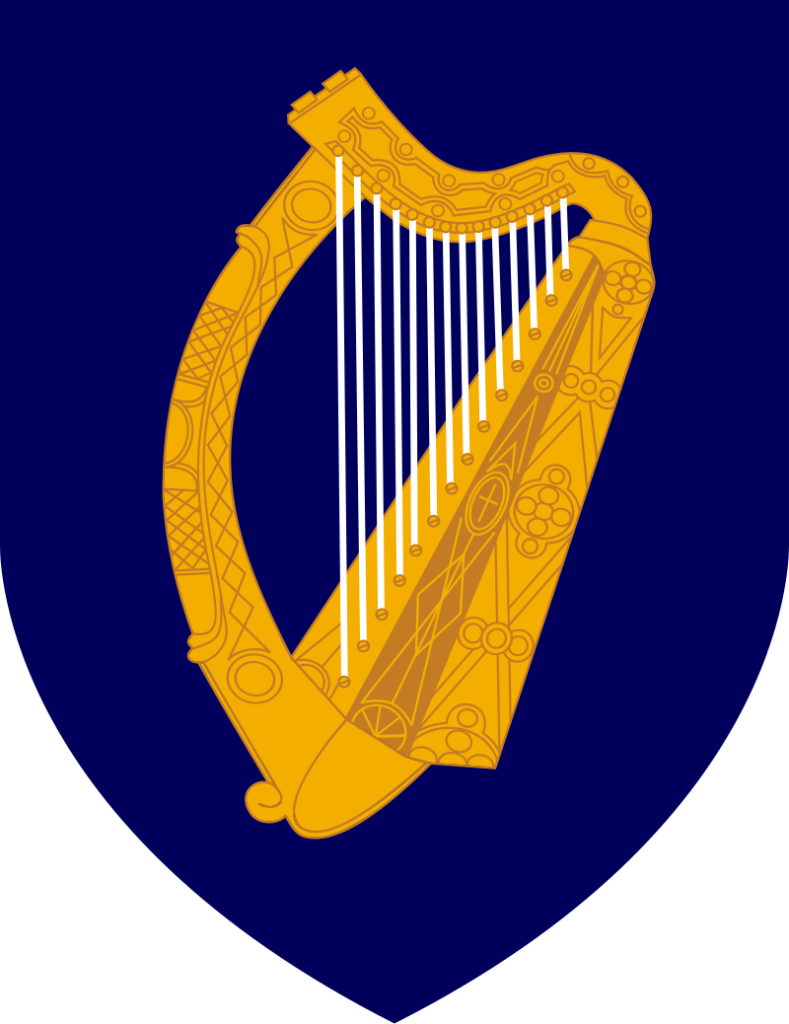
Above: Coat of arms of Ireland
For several decades after his death, Gall’s hermit cell remained.
His disciples remained together in the cell he had built and followed the rule of St. Columban, combining prayer with work of the hands and reading with teaching.
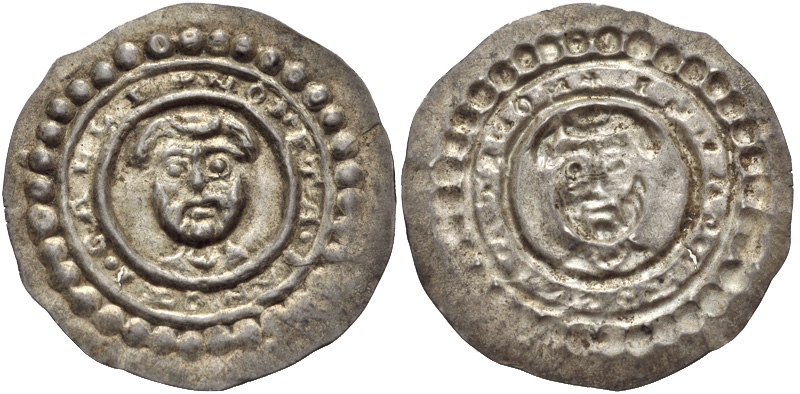
Above: St. Gallen Abbey penny, Ulrich IV (1167 – 1199).
with the head of Saint Gallus
In 719, Otmar, the brotherhood’s first Abbot, extended Gall’s cell into the Abbey of St. Gall, which became the nucleus of the Canton of St. Gallen in eastern Switzerland.
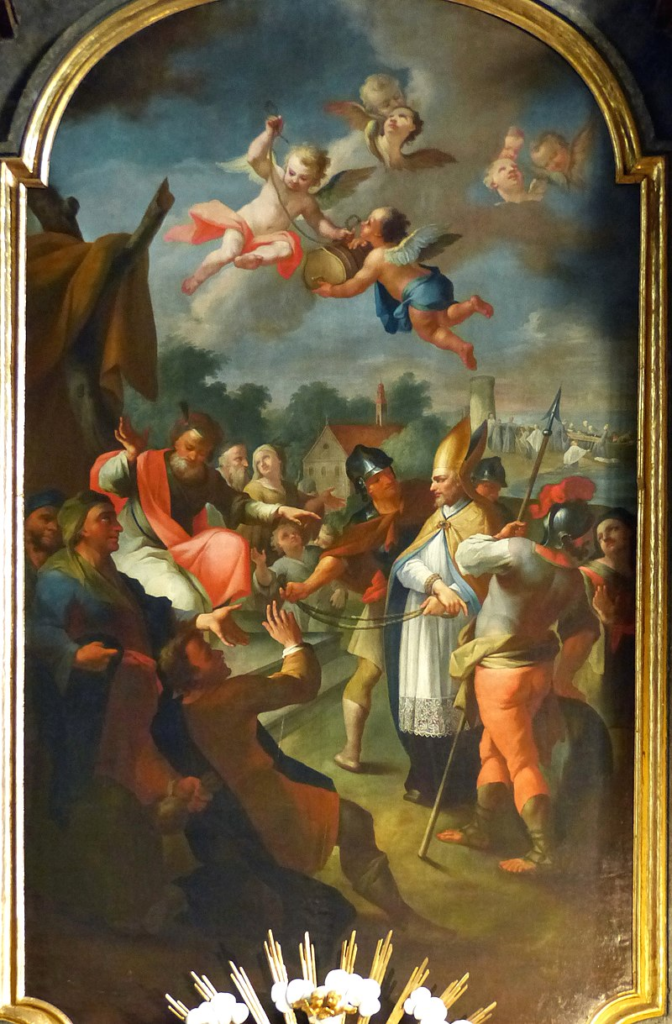
Above: The martyrdom of Otmar (689 – 759)
The Abbey followed the rule of St. Benedict of Nursia beginning in 747.
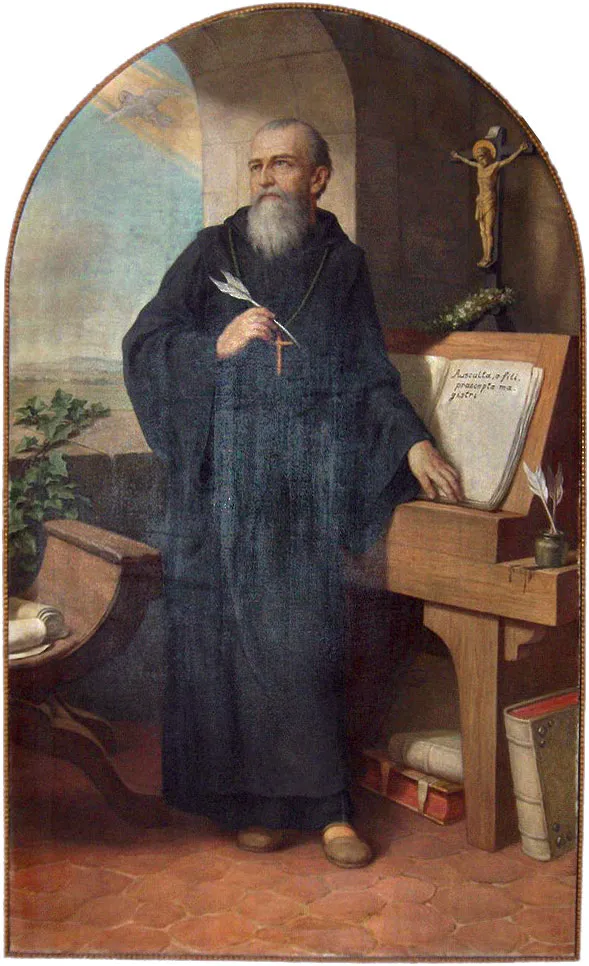
Above: Benedict of Nursia (480 – 547)
As many as 53 monks joined the order under St. Otmar and the community grew to acquire land in Thurgau, the region of Zürich and Alemannia, up to the River Neckar.
In the second half of the 8th century, the community continued to grow but became legally dependent on the Bishop of Konstanz.
After an extended conflict with the See of Konstanz, the Abbey of St. Gallen regained its independence in the 9th century when Emperor Louis the Pious made it a royal monastery.
The Abbey’s monastery and especially its celebrated scriptorium (evidenced from 760 onwards) played an illustrious part in Catholic and intellectual history until it was secularized in 1798.
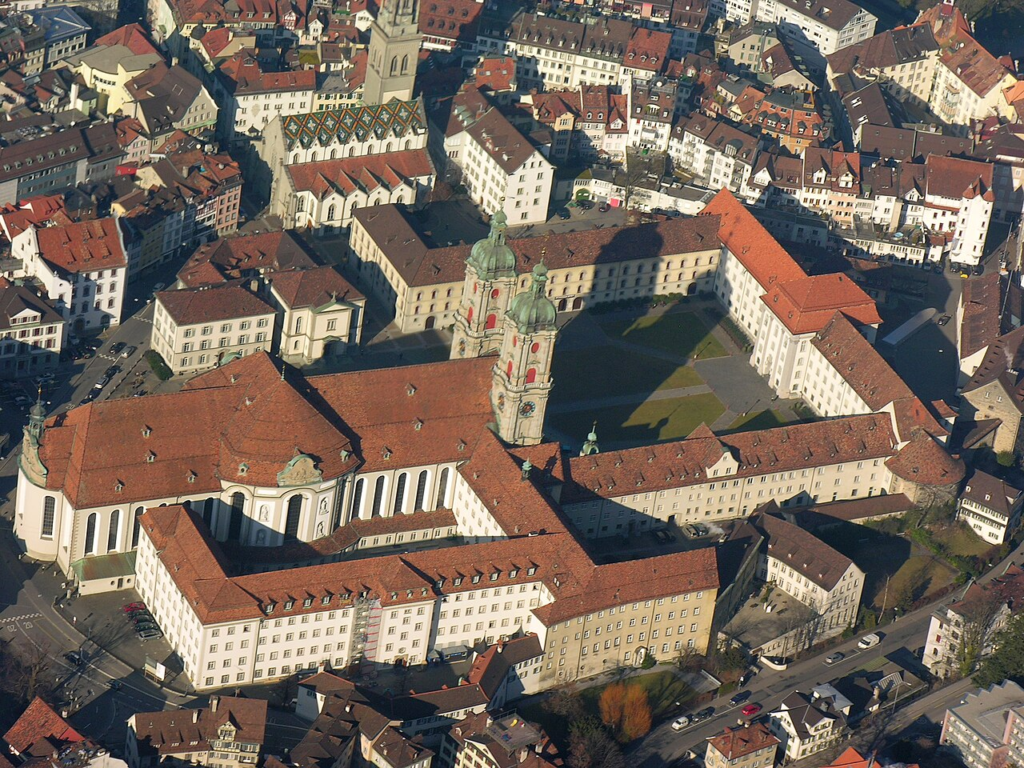
Above: Abbey of St. Gallen
It is very likely that Gall kept a small library of books for himself and his disciples for their liturgical worship.
Following his death and the establishment of his tomb, the brotherhood of priests gathered there likely added to this small collection of books.
These books would become the basis for the Abbey Library of Saint Gall.
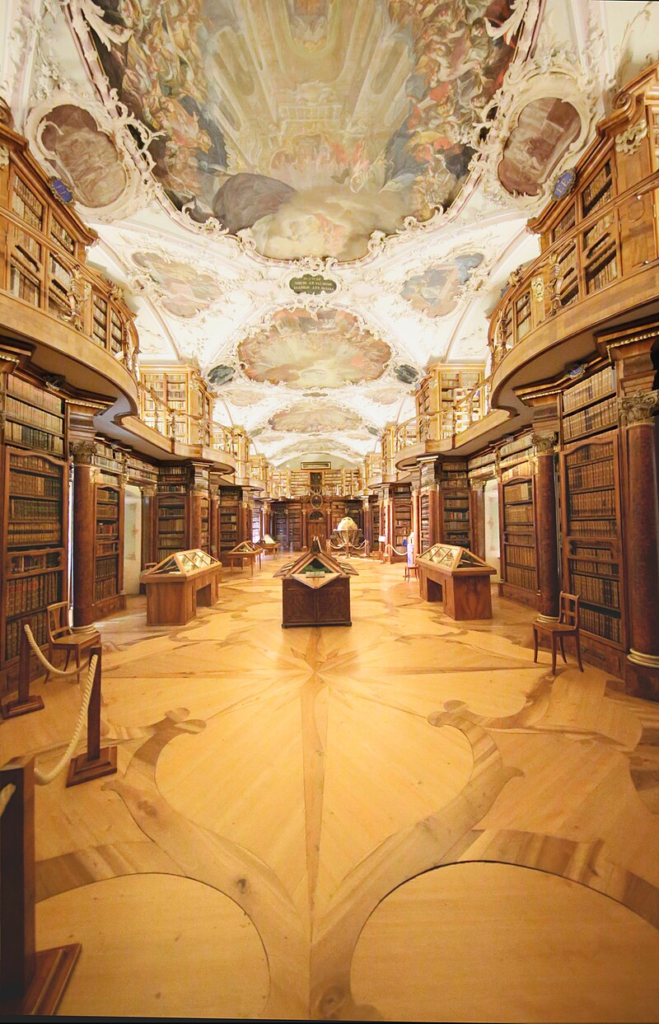
Above: Baroque Hall of the Abbey Library of St. Gallen
Canadian writer Robertson Davies, in his book, The Manticore, interprets the legend in Jungian psychological terms.
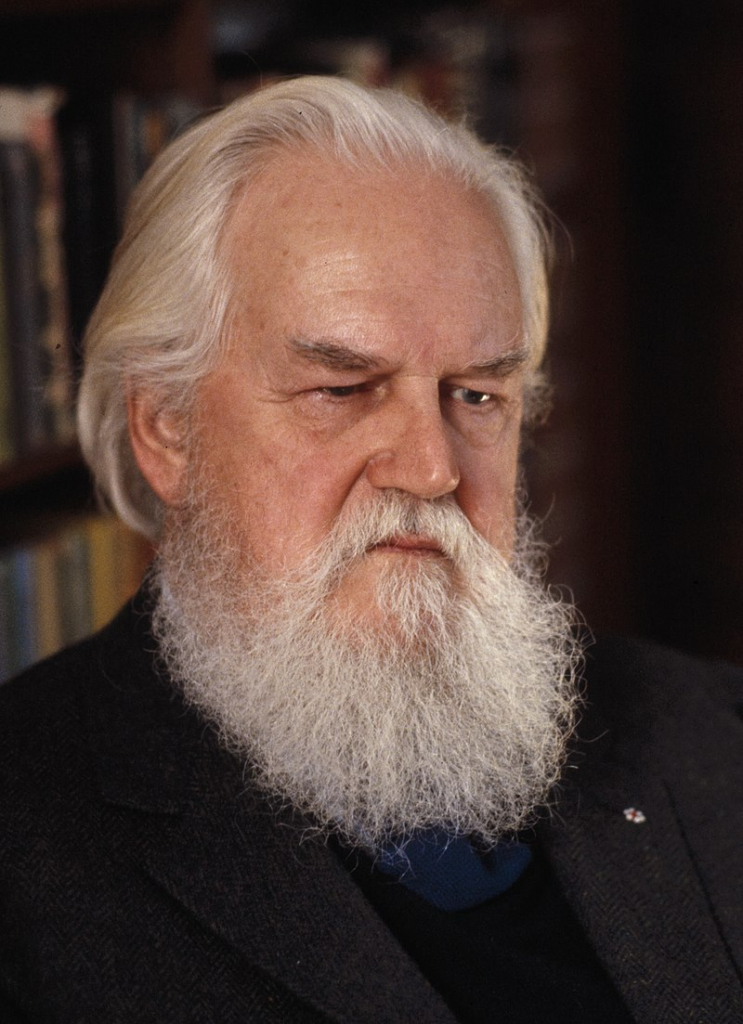
Above: Canadian writer Robertson Davies (1913 – 1995)
In the final scene of the novel where David Staunton is celebrating Christmas with Lizelloti Fitziputli, Magnus Eisengrim, and Dunstan Ramsay he is given a gingerbread bear.
Ramsay explains that Gall made a pact of peace with a bear who was terrorizing the citizens of the nearby village.
They would feed him gingerbread and he would refrain from eating them.
The parable is presented as a Jungian exhortation to make peace with one’s dark side.
This Jungian interpretation is however incompatible with Catholic Orthodoxy which Gall promoted.
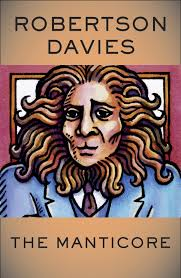
The construction of Arbon’s first castle on the site of today’s palace is dated 720.
The foundations of this castle still remain today.
The castle was built by members of the Frankish Waltramsippe.
For several decades it served as the seat of power of the Arbongau, first mentioned in 744, which was formed after the introduction of the county constitution in Alamannia and Churrätien.
The Duchy of Alamannia became part of the Frankish Empire in the 8th century.
Ecclesiastically, Arbon belonged to the Bishopric of Konstanz since the early Middle Ages.
The local prince-bishops took over the countship in the Arbongau and the associated land holdings around Arbon, including the castle, and had them administered by the ministerial family of the Lords of Arbon.
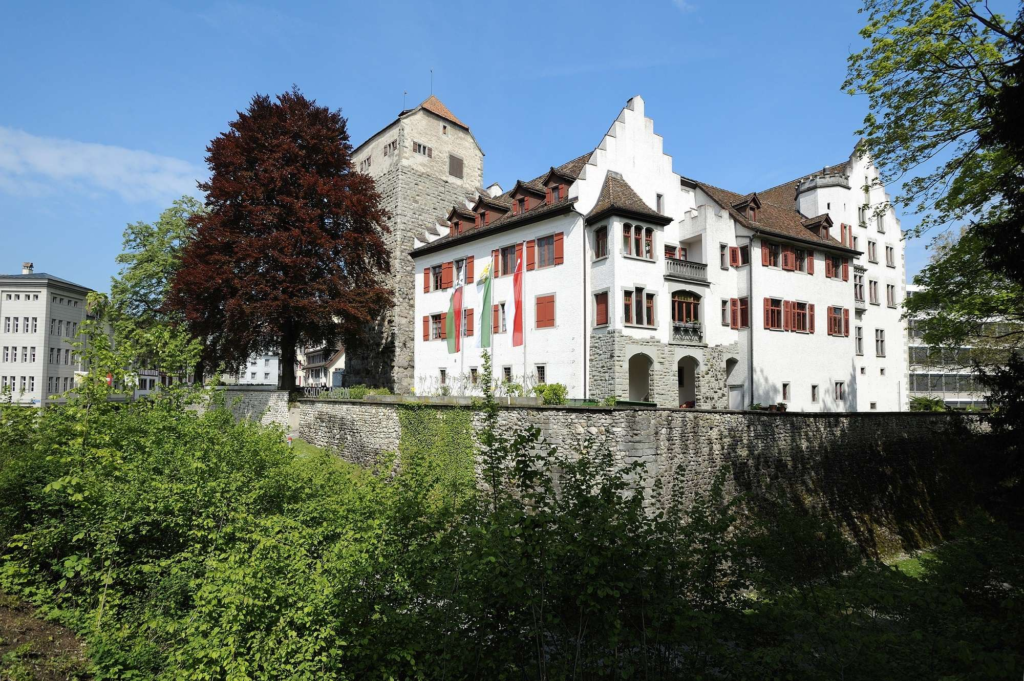
Above: Arbon Castle
In 1255, the Bishop of Konstanz, Eberhard von Waldburg, granted the settlement of Arbon market rights and later town rights, and provided it with walls and a moat.
In the same century, more and more farmers settled in the area, and numerous other farmsteads were built.
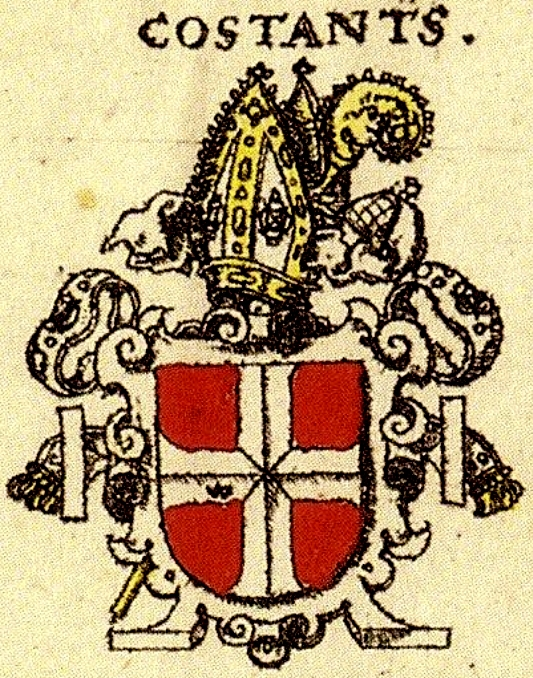
Above: Coat of arms of the Bishop of Konstanz
From 1262 to 1264 and again in 1266, the underage Duke of Swabia, Conradin, resided in Arbon, as Bishop Eberhard von Waldburg was his guardian.
Conradin granted Arbon a court and an excommunication in 1266 as a token of gratitude.
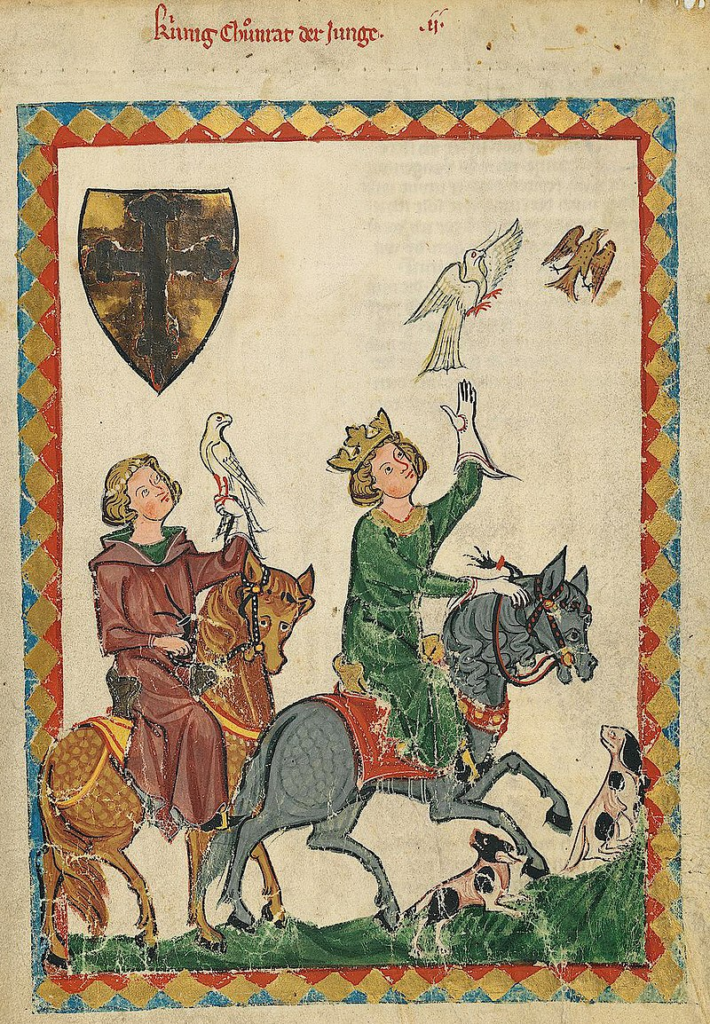
Above: Conradin (Conrad III) (1252 – 1268)
In 1282, Prince-Bishop Rudolf III of Konstanz repurchased Arbon.
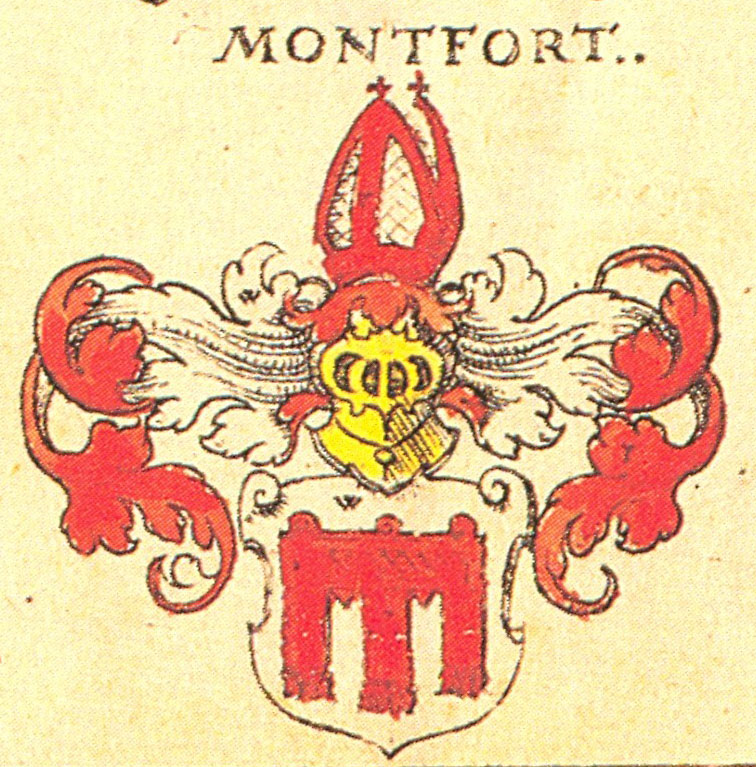
Above: Coat of arms of the Counts of Montfort
The possessions of the Church of St. Martin, the fertile fields in the surrounding area, and the harbor made Arbon an important administrative center of the manorial estate of the Prince-Bishopric of Konstanz.
Until the 18th century, the villages of Steinach, Mörschwil, Horn, Goldach, Egnach, Roggwil and Steinebrunn also belonged to the Arbon community.
The 14th century was characterized by further growth.
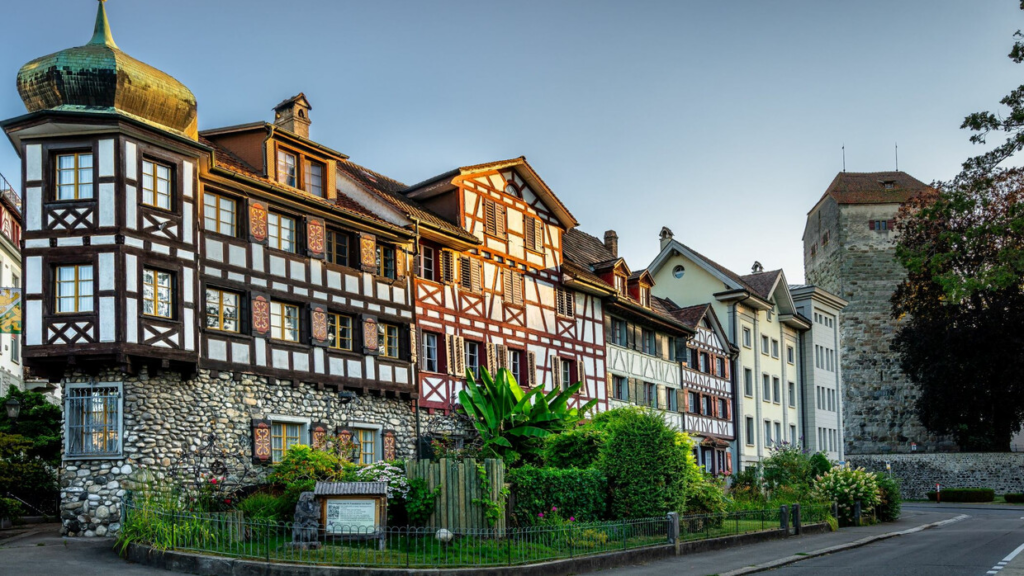
Above: Arbon
Arbon became an economically important town on the lake, which, in addition to linen production, continued to have agriculture and crafts.
During this time, the Bishops of Konstanz pawned the rule of Arbon to various noble families.
Between 1322 and 1334, Bishop Rudolf von Montfort had the dilapidated castle rebuilt.
In 1335, Arbon received the same city rights as the imperial city of Lindau from King Ludwig IV (the Bavarian).
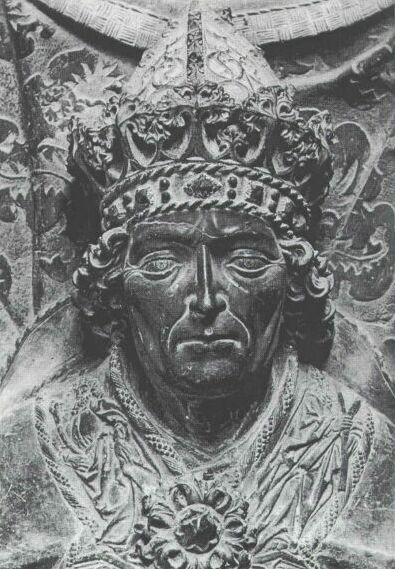
Above: Image of Emperor Ludwig the Bavarian (1282 – 1347), Frauenkirche, Munich, Germany
In 1390, a fire of unknown cause destroyed large parts of the old town.
A second major fire in 1494 was attributed to arson by the sons of a man hanged for theft.
In 1441, Prince-Bishop Henry IV of Konstanz redeemed the Arbon domain from its pledge.
Until 1798, the town and its surrounding area were administered by an episcopal supremo.
When the Habsburg Thurgau was conquered by the Swiss Confederation in 1460, the Prince-Bishop retained his domain, but was forced to concede the right of military command and occupation to the Swiss Confederation at the latest during the Swabian War of 1499.
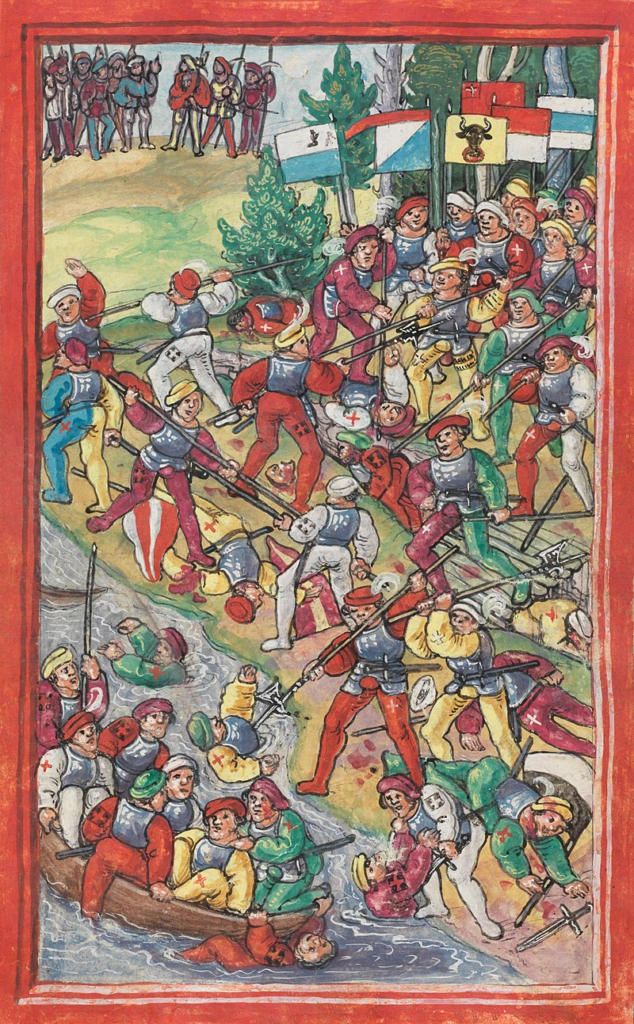
Above: Battle of Hard, one of the battles of the Swabian War (1499)
Since then, the Swiss Confederation claimed sovereignty over Arbon, but the episcopal administration remained untouched.
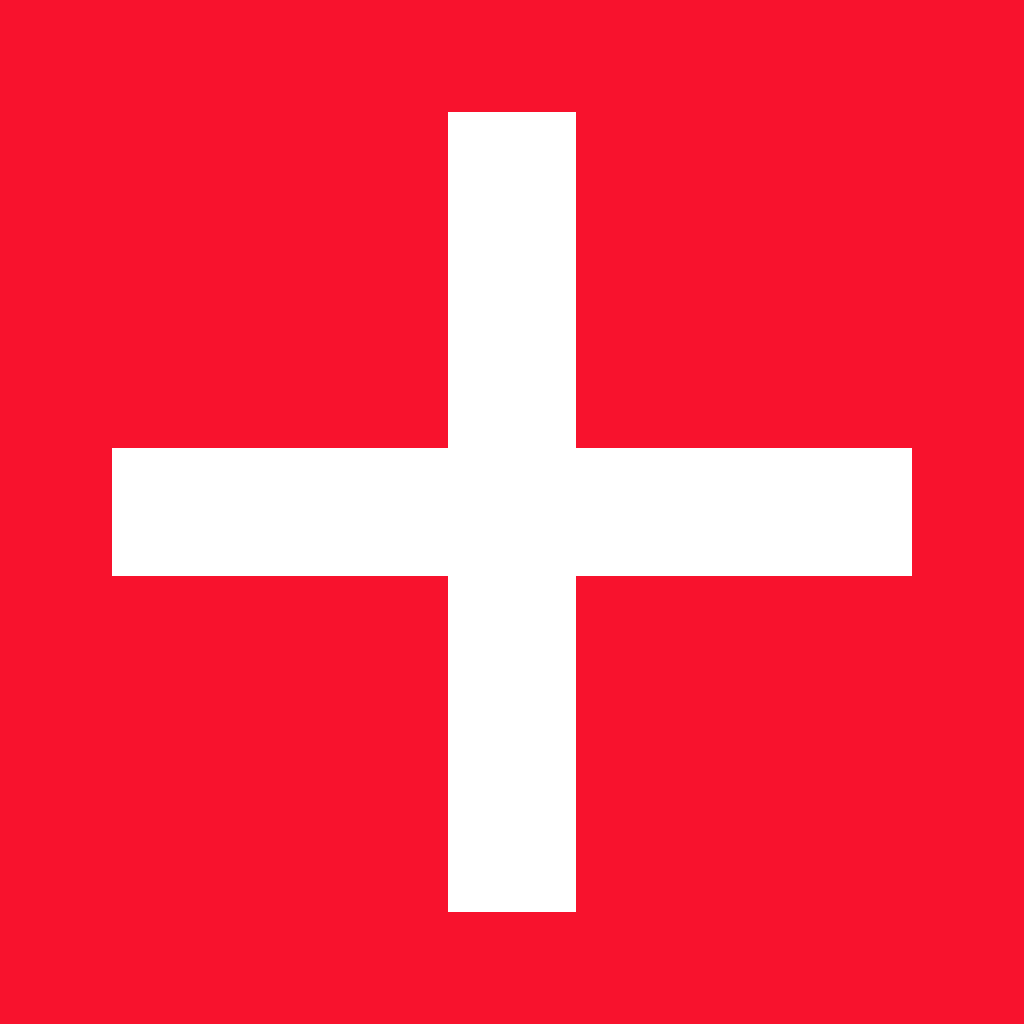
Above: Flag of the Old Swiss Confederacy (1291 – 1798)
Arbon Castle, in its current form, was built in 1515 by Bishop Hugo von Hohenlandenberg, although the tower itself is older and dates back to 993.
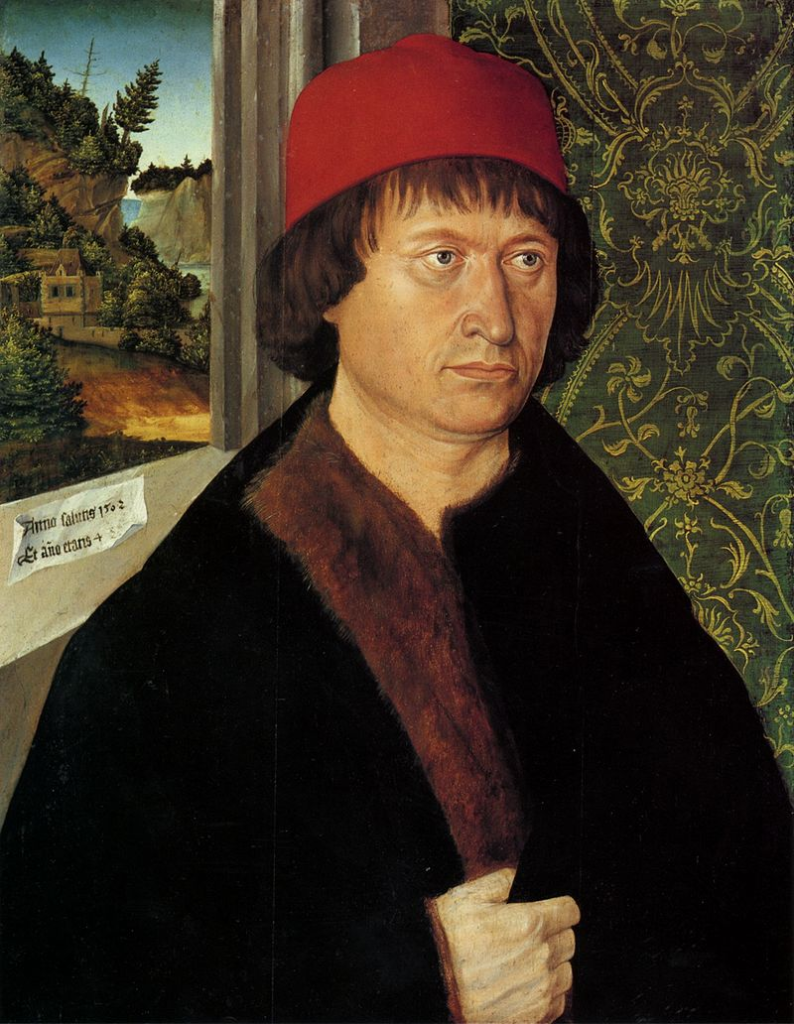
Above: Bishop Hugo von Hohenlandenberg (1457 – 1532)
In 1525, tensions first arose between the Catholic Church and the Arbon population, the majority of whom converted to the Reformation.
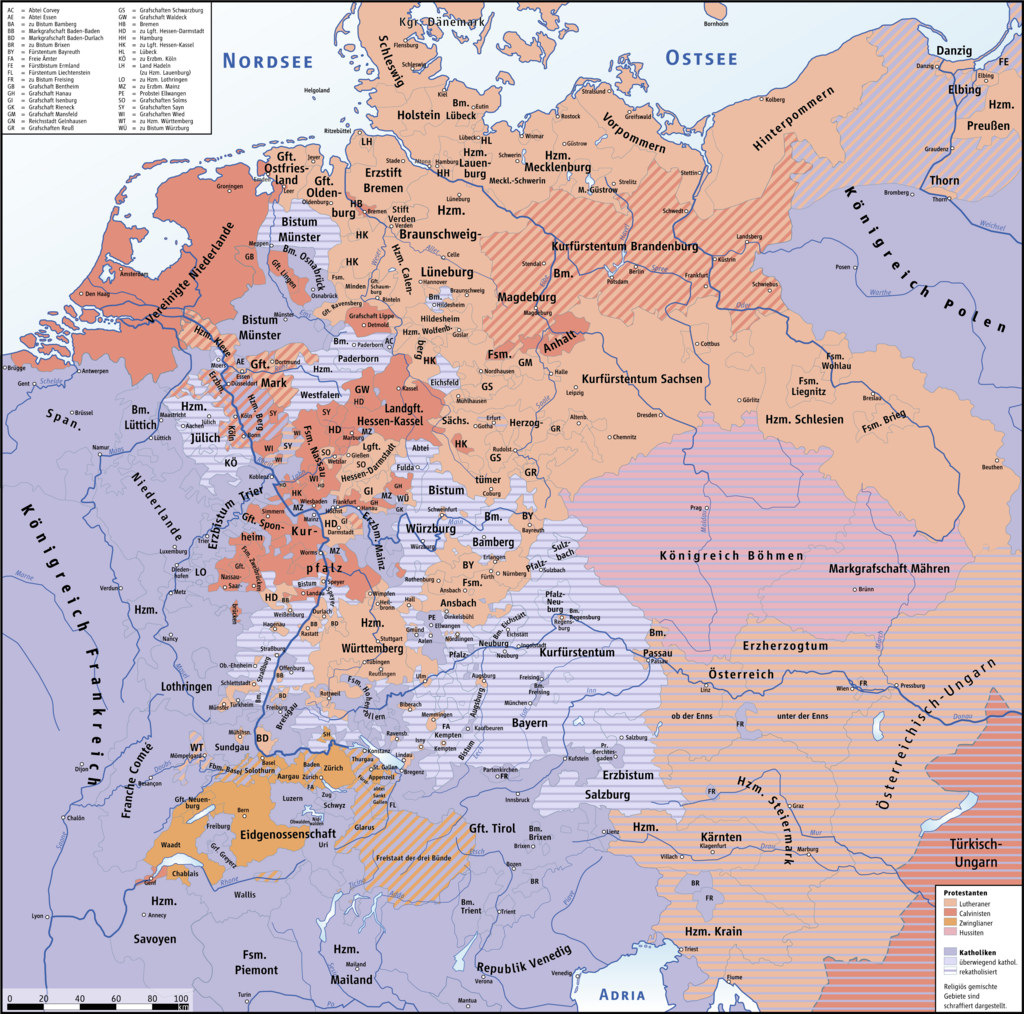
Above: The denominations in Central Europe around 1618
In 1537, the Reformed Church was forced to return the Church of St. Martin to the Catholics and restrict itself to the chapel in Erdhausen, although only a small minority remained Catholic.
The religious disputes lasted until the 18th century.
In 1712, equality of religious denominations was established in Thurgau.
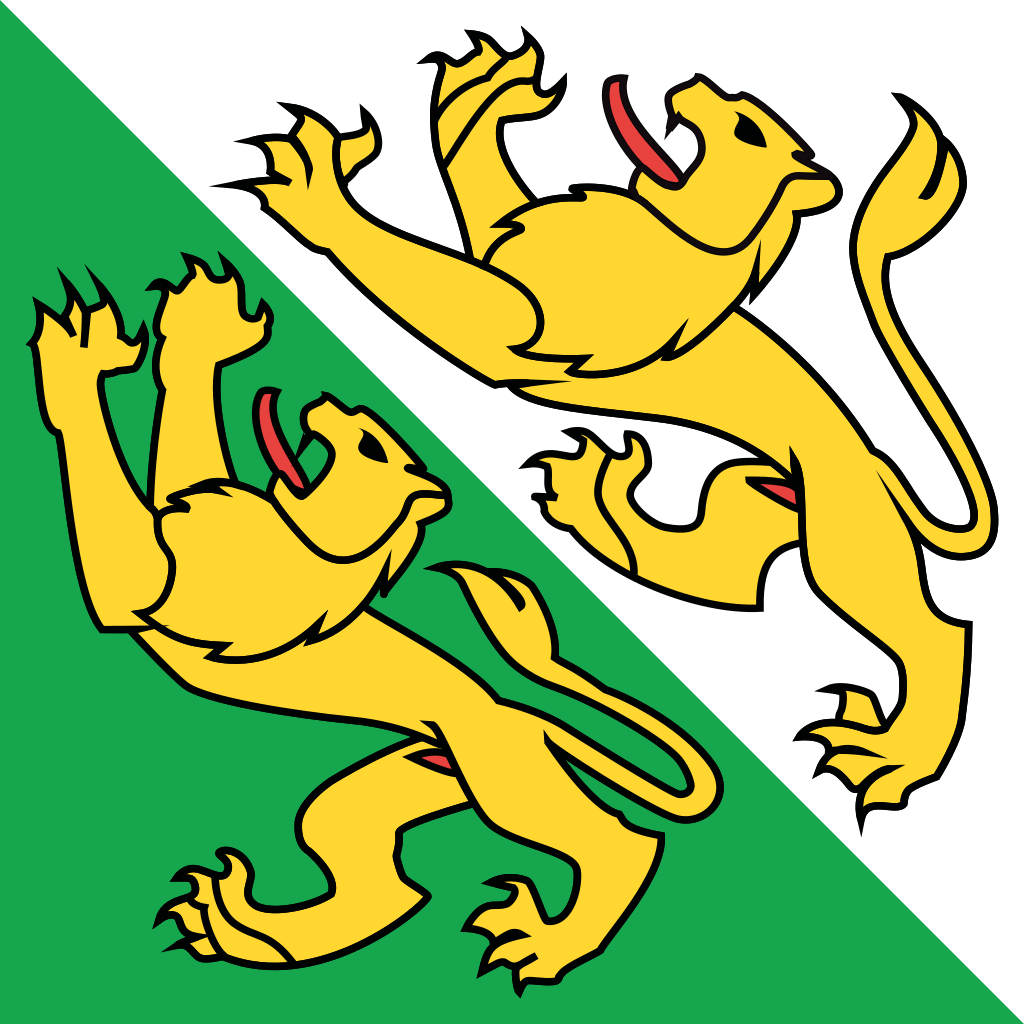
Above: Flag of Canton Thurgau
In 1728, the Diessenhofen Treaty also implemented this for Arbon.
In the 18th century, the linen industry settled in Arbon.
The company patrons of this era, such as Jakob von Furtenbach II, built villas around the old town, such as the “Red House” from 1750.
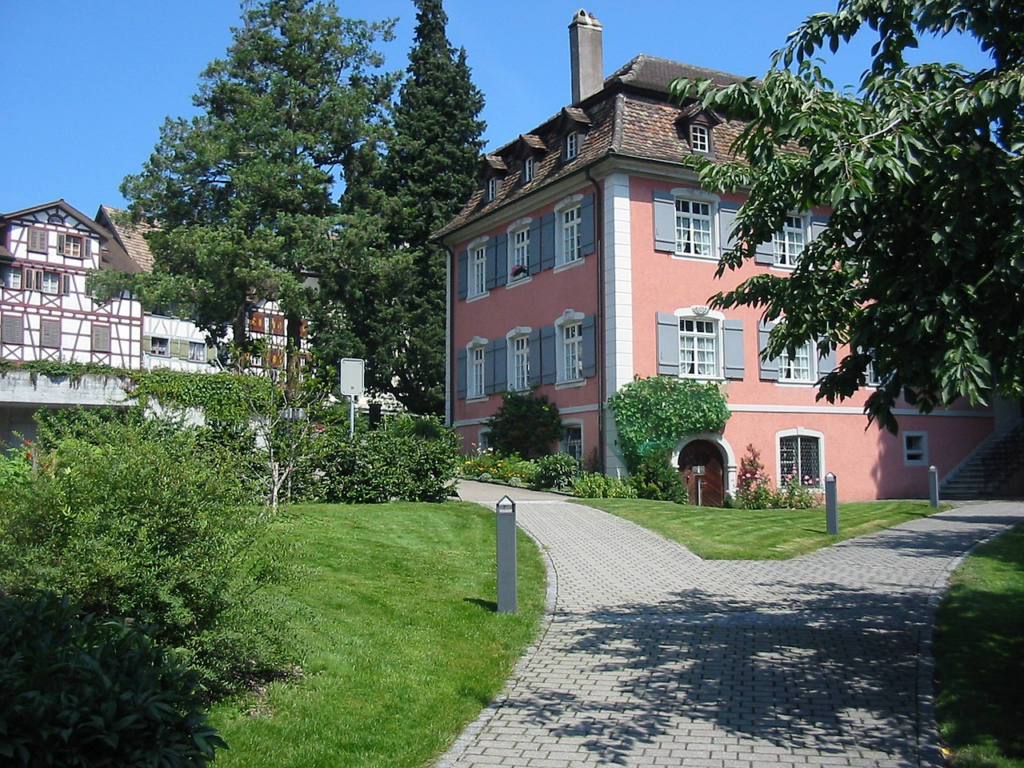
Above: Rotes Haus, Arbon
Jacob Hermann Obereit (1725 – 1798) was a writer, philosopher and surgeon.
Jacob Hermann Obereit was born in Arbon, the son of Ludwig Oberreit, a merchant from Lindau, and Ursula, née Wocher.
His parents still spelled their name with two r’s.
In 1731, he had a sister who died soon after.
In 1732, the family moved to Lindau (Lake Constance), where his father took up a position as a tax office accountant.
The following year, his parents had another son, who also did not live long.
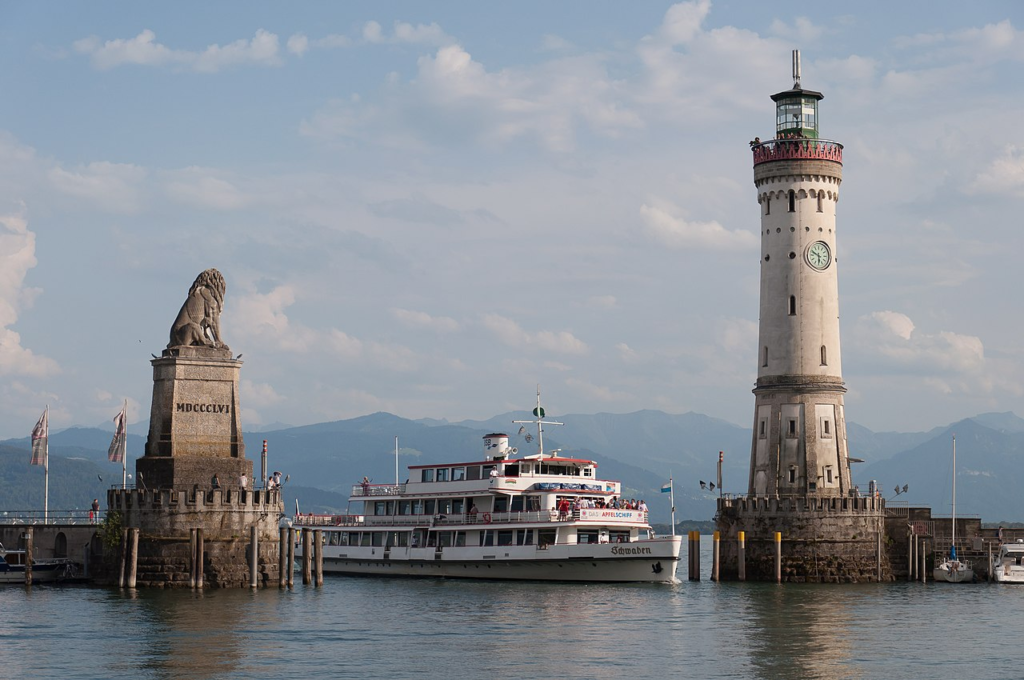
Above: Lindau Harbor, Bavaria, Germany
After irregular school attendance in Lindau, Jacob Hermann Obereit completed an apprenticeship as a surgeon in Arbon from 1740 to 1742.
He originally wanted to become a theologian, but his father opposed this because of personal problems with the church.
He then went on a journeyman’s journey, travelling to Munich, Augsburg, Nuremberg and Vienna.
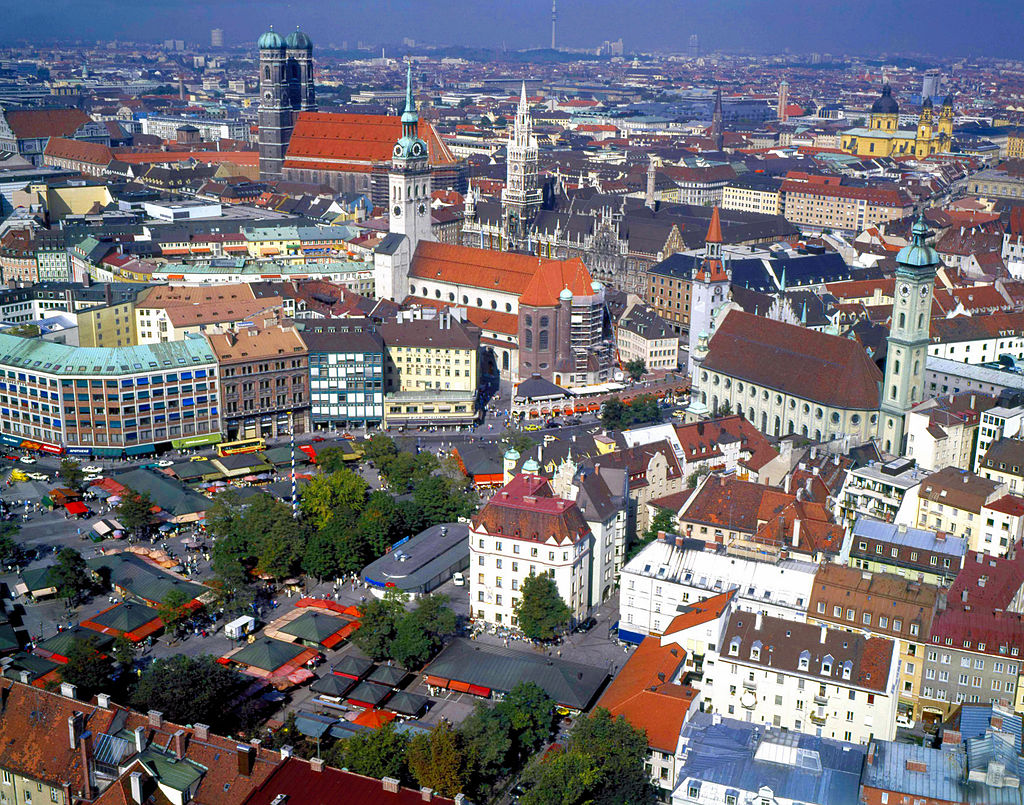
Above: Munich, Bavaria, Germany
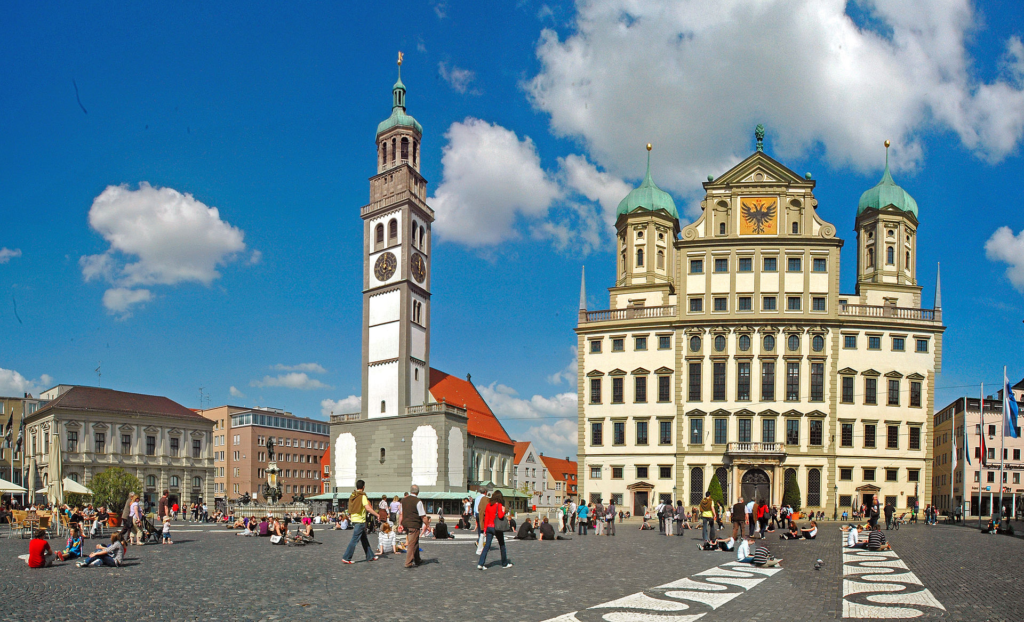
Above: Augsburg, Bavaria, Germany
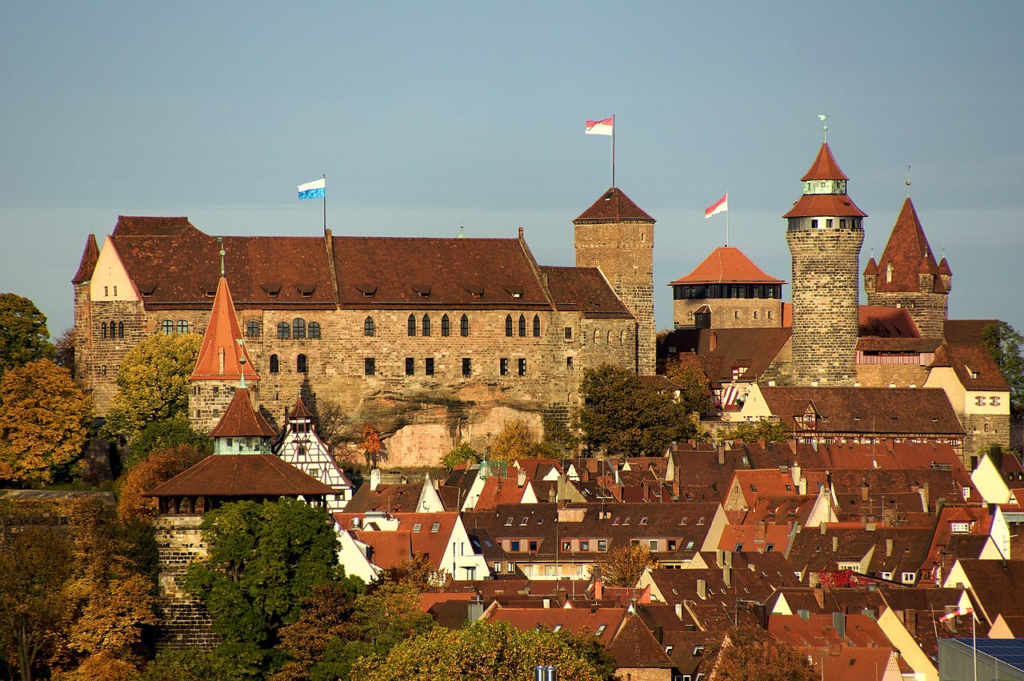
Above: Nuremberg, Bavaria, Germany
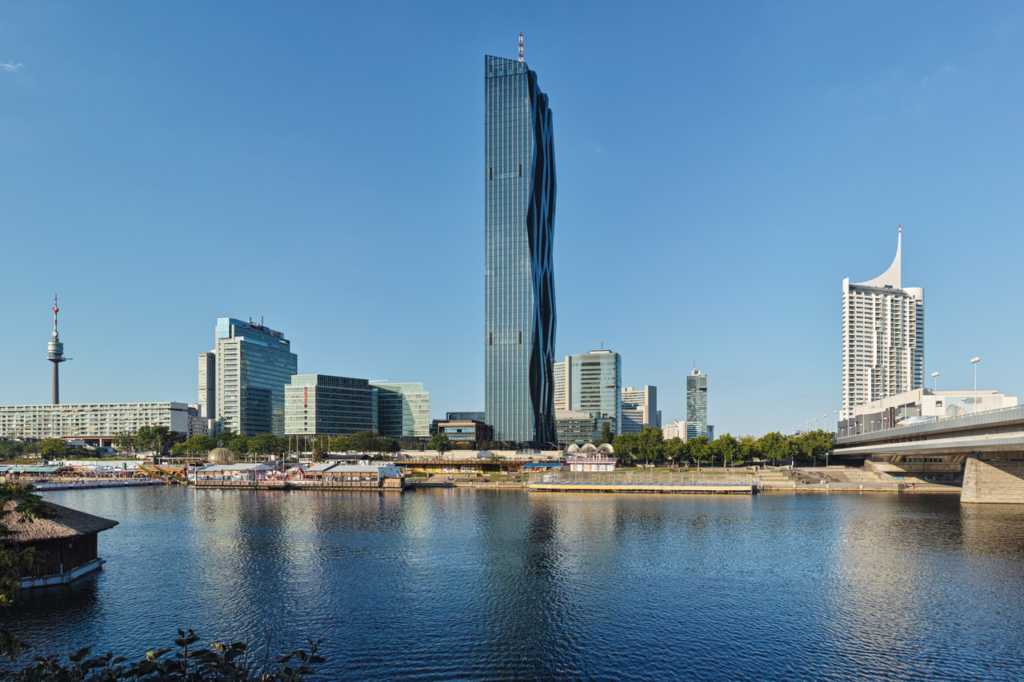
Above: Vienna, Austria
In 1746, he received a scholarship from the Lindau magistrate, began studying medicine at the University of Halle.

Above: Seal of the University of Halle
He moved to Berlin in 1747.
There he focused on practical surgery and obstetrics, which was still very backward at the time.
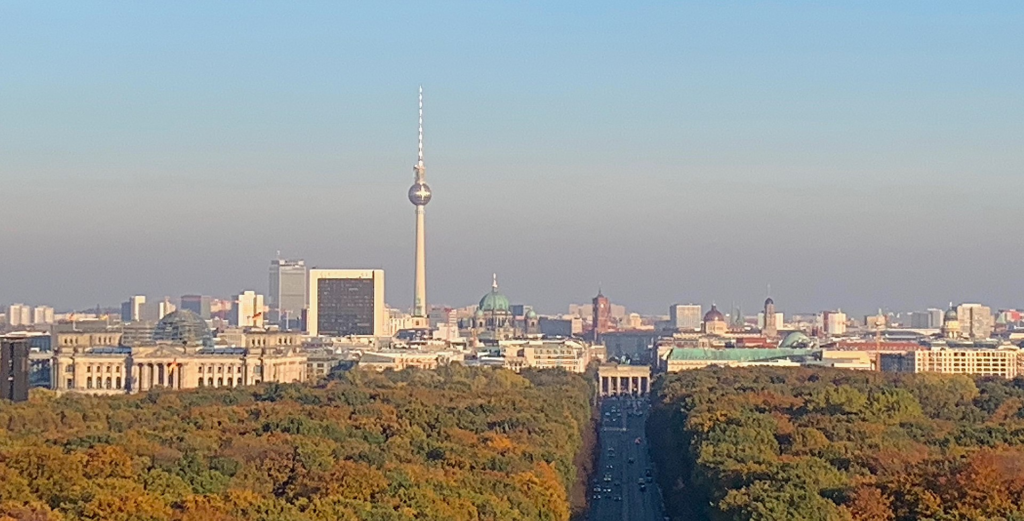
Above: Berlin, Germany
He became increasingly interested in the philosophical works of
Gottfried Wilhelm Leibniz and Isaac Newton, as well as classics of Roman and Greek literature.
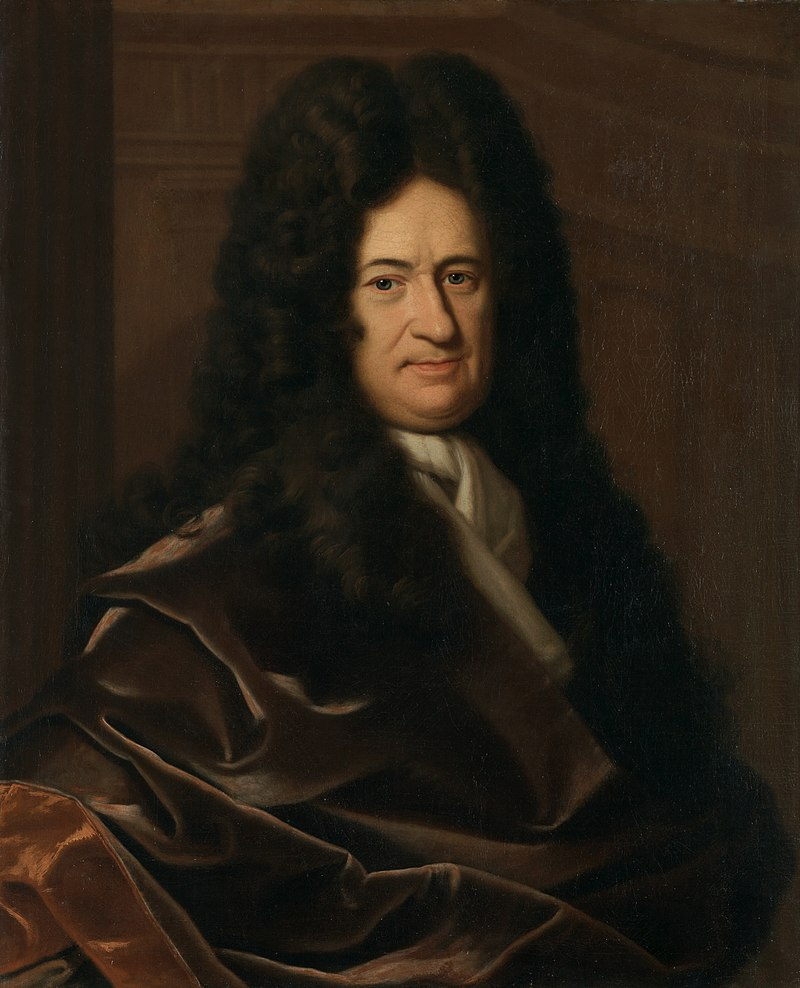
Above: German philosopher Gottfried Wilhelm Leibniz (1646 – 1716)
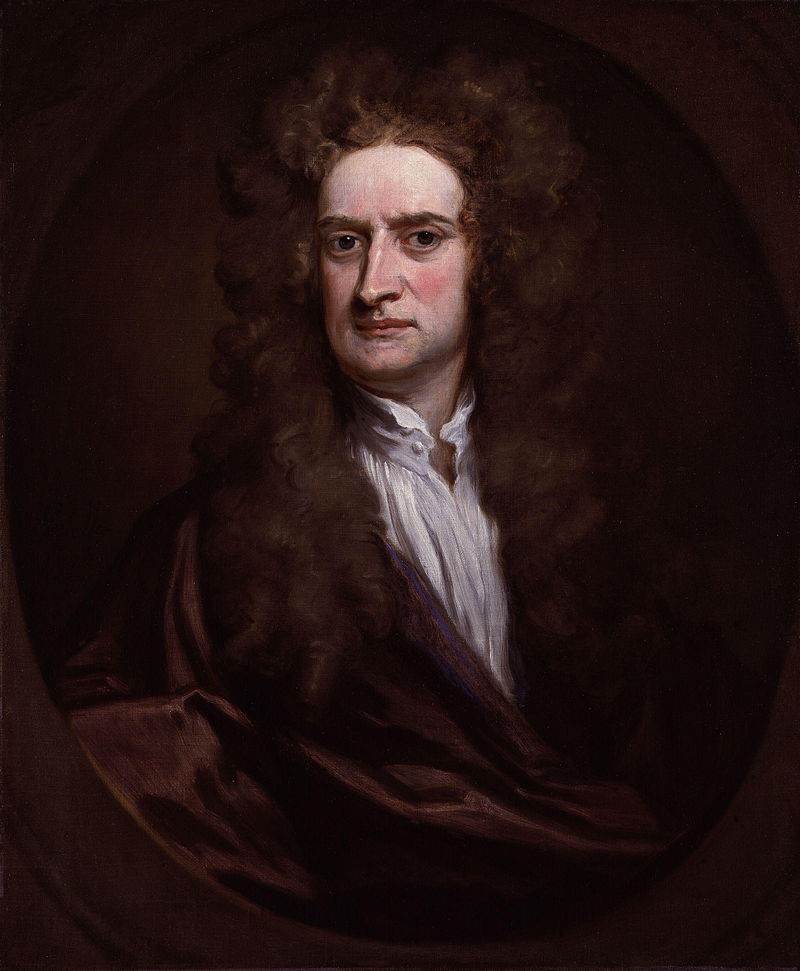
Above: English polymath Isaac Newton (1643 – 1727)
In 1750, at the urging of the town of Lindau, Obereit returned to Lindau and was employed as a surgeon and general practitioner.
In 1751 he published his first book in Lindau:
Newly founded phasic considerations on some surgical matters, such as large crushings, hot and cold gangrene, and external and internal leg rot.
In 1752 he was appointed master obstetrician and midwife of the town.
At his persistent urging, all of the town’s midwives were sworn in to combat the widespread malpractice in this profession.
In 1763 he became an external member of the
Bavarian Academy of Sciences.
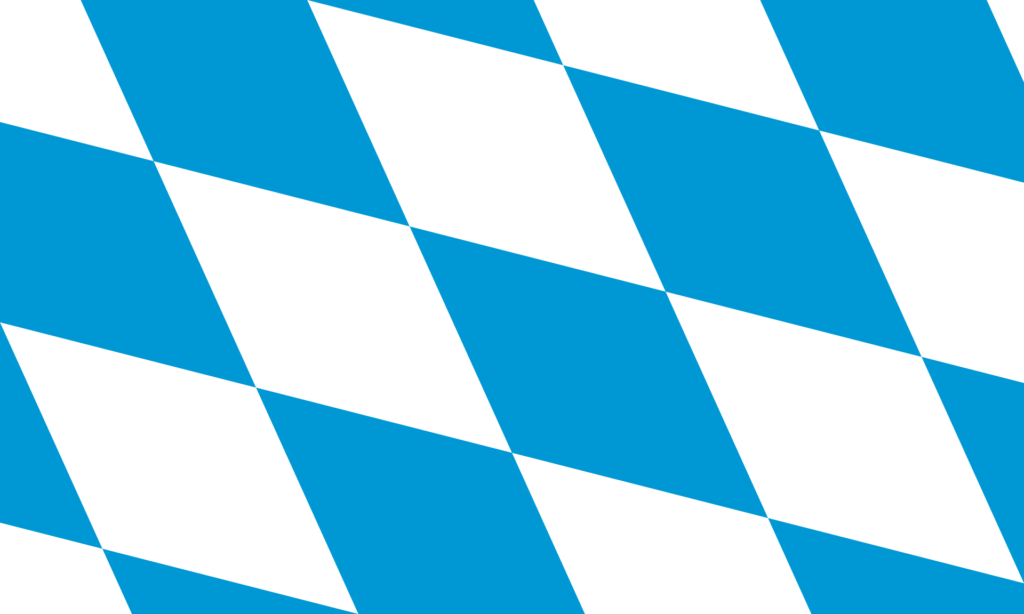
Above: Flag of Bavaria
Obereit became famous through his rediscovery of the
Donaueschingen Nibelungen manuscript C in 1755 in the castle library at Hohenems in Vorarlberg.
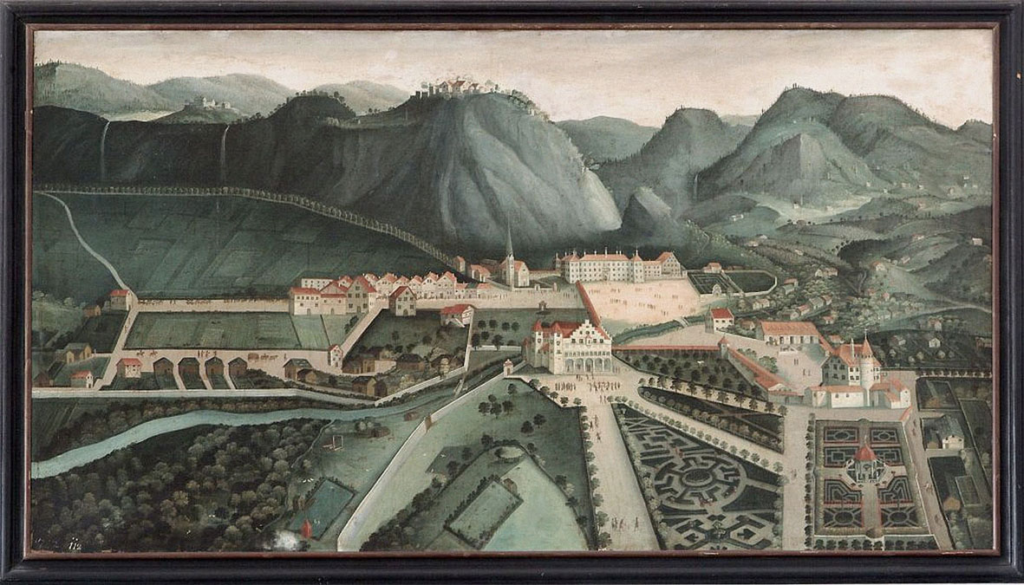
Above: Hohenems, Vorarlberg, Austria
On 29 June 1755, Obereit visited the castle library of the Imperial Counts of Hohenems and came across the Nibelungen manuscript C, now kept in the Baden State Library in Karlsruhe.
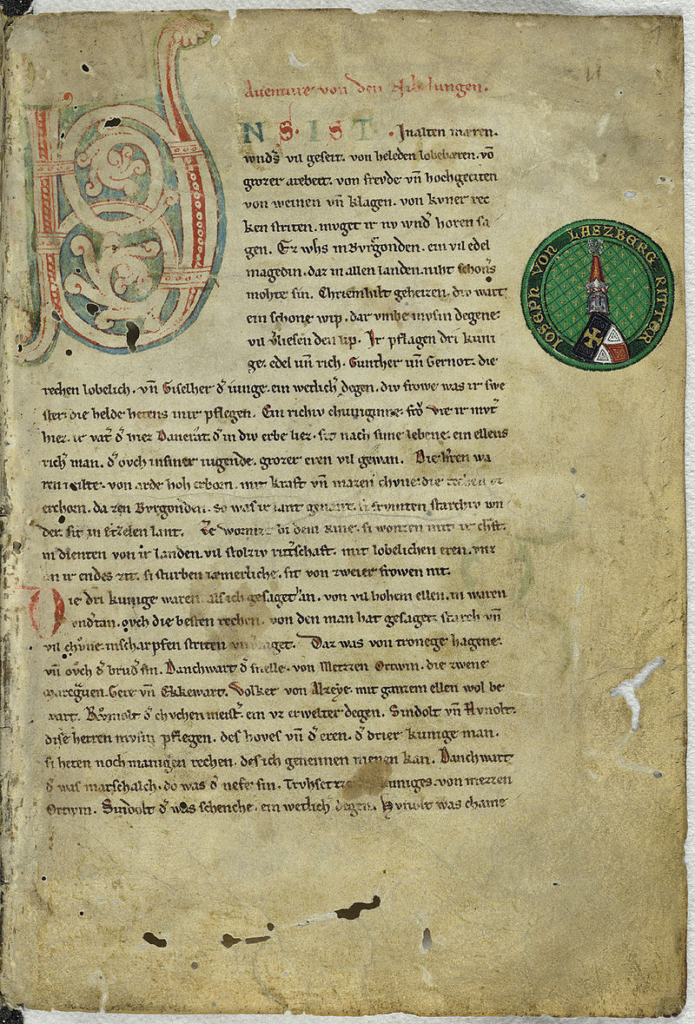
In a letter to his friend Johann Jakob Bodmer, he reported on the discovery:
“Just yesterday I had the unexpected opportunity to make a short trip to Hohenems in Vorarlberg, where, among other things, I inspected the library today, and was so fortunate that I found, almost among the first books I got my hands on, two old bound parchment codices of Old Swabian poems, one of which is very beautifully clearly written, forms a moderately thick quarto volume, and the other seems to contain a series of lengthy heroic poems about the Burgundian Queen or Princess Chriemhild, the title of which is Adventure of the Gibelungs.”
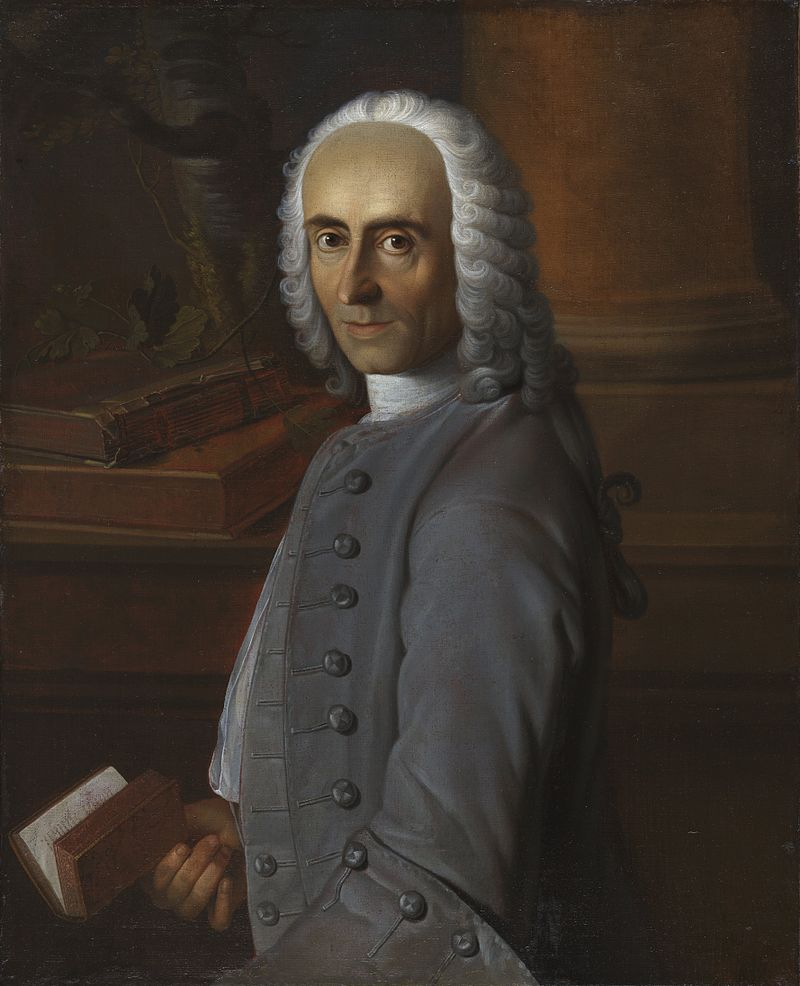
Above: Swiss philologist Johann Jakob Bodmer (1698 – 1783)
The second volume mentioned contained “Barlaam and Josaphat” by Rudolf von Ems.
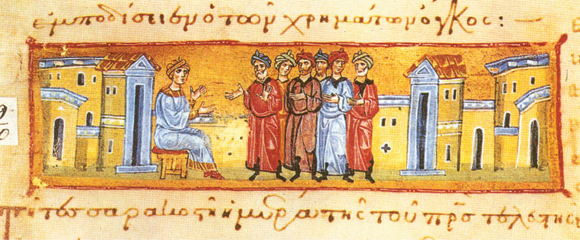
Above: St. Josaphat announces his departure
However, Bodmer spread the rumor that it was not Obereit, but rather the district administrator Franz Josef von Wocher, who had discovered this manuscript.
It wasn’t until 130 years later that Johannes Crueger, after examining Bodmer’s estate, was able to correct this untruth.
One reason for this lie may have been Bodmer’s selfishness.
However, on 9 September 1779, at Bodmer’s instigation, von Wocher discovered the Hohenems-Munich manuscript A.
He sent the volume to Bodmer and reported on 10 September:
“I found the entire considerable stock of books, now almost rotten, lying in various piles on top of each other, and after much rummaging, I finally managed to find the old poem:
Das Liet der Nibelungen.“
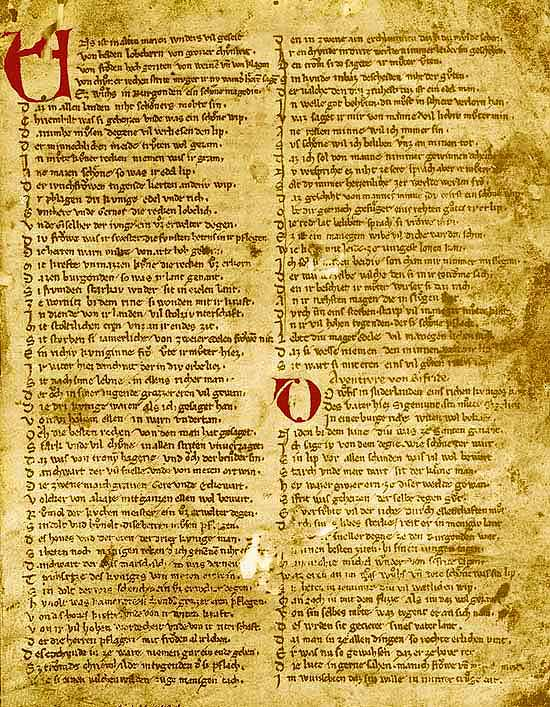
Obereit’s great commitment to obstetrics led to the publication of the decree in 1760:
The Holy Roman Empire’s city of Lindau renewed order and instruction including spiritual teaching, according to which all midwives in town and country must behave, which takes action against some very dubious practices of obstetricians and midwives.
As he grew older, however, Obereit devoted himself more and more to his philosophical and metaphysical studies and works.
He was in contact with almost all the important philosophers of the time and was respected by many, becoming particularly close friends with Christoph Martin Wieland.
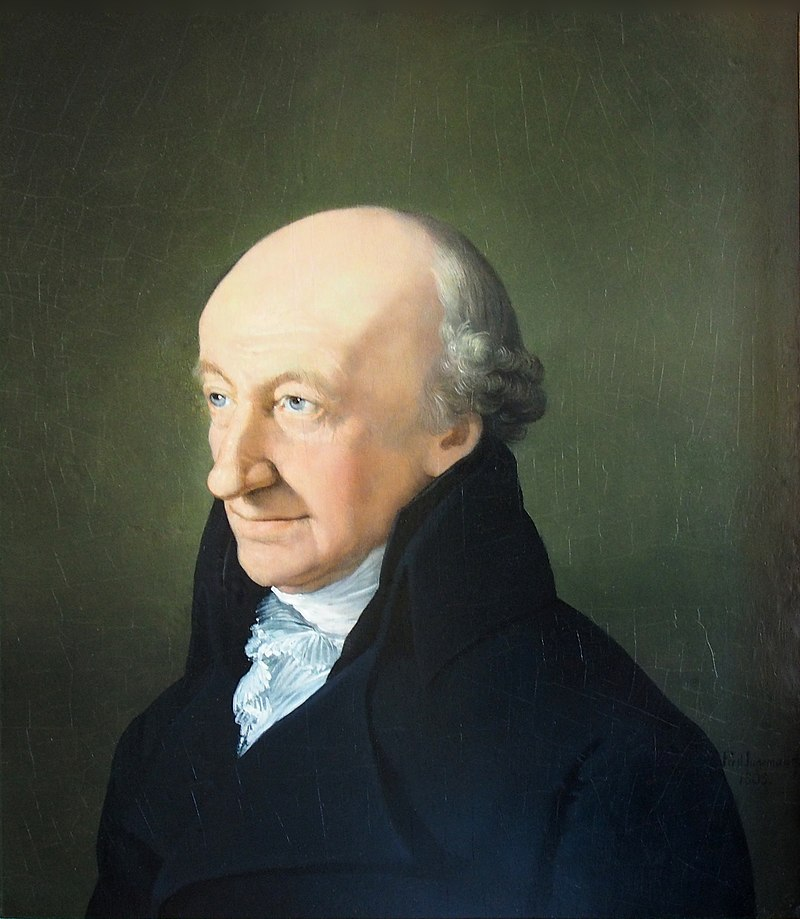
Above: German writer Christoph Martin Wieland (1733 – 1813)
In 1763 Obereit became a member of the Munich Academy of Sciences.
In the same year his mother Ursula died.
In the following years, Obereit published numerous philosophical writings that received a great deal of attention in Germany.
He became embroiled in controversial conflicts with the philosopher Johann Georg Zimmermann.
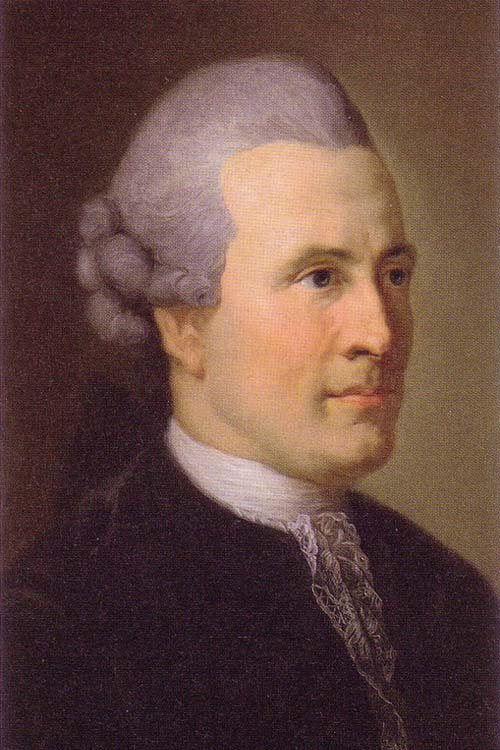
Above: Swiss philosopher Johann Georg Zimmermann (1728 – 1795)
The two subsequently attacked each other sharply.
In 1776 he published his most important work:
The Loneliness of the World-Overcomer Considered for Inner Reasons, by a Laconian Philanthropist
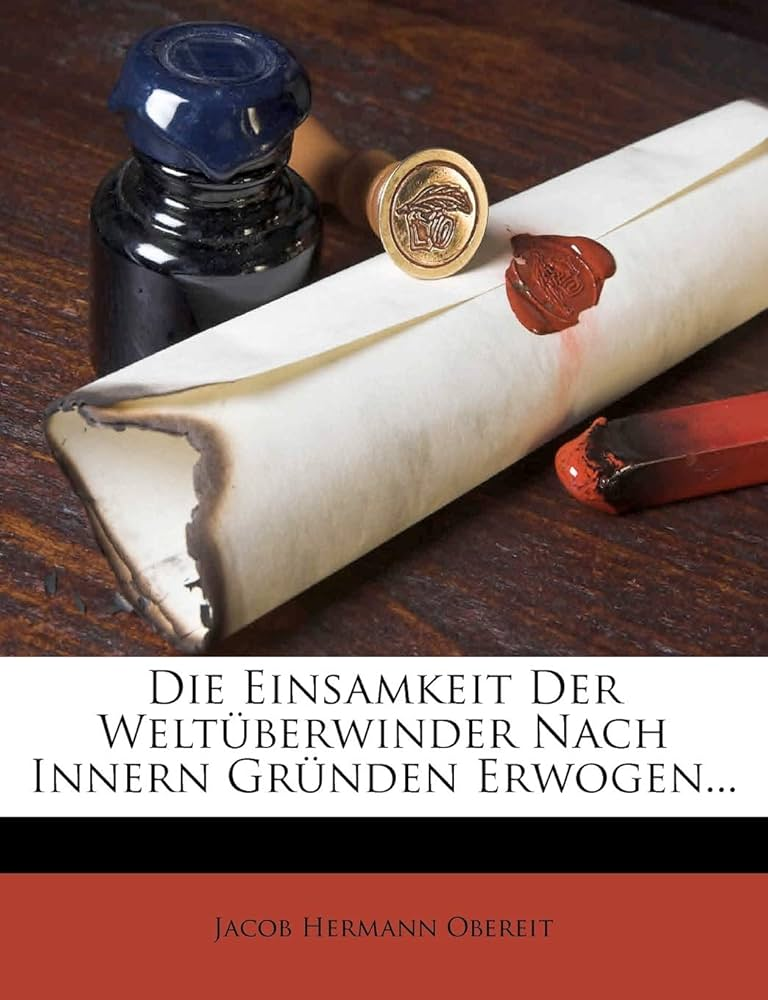
In the same year his father died, he moved to Winterthur with his love, Mrs. Rietmeier.
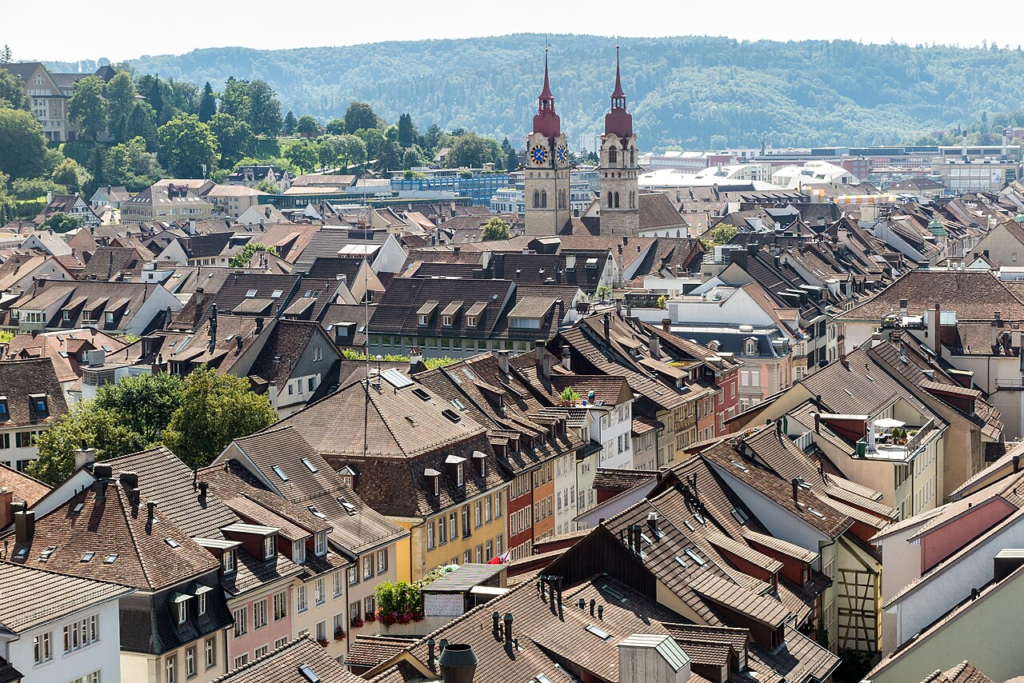
Above: Winterthur, Canton Zürich, Switzerland
In 1769 he received the title of Doctor of Philosophy with the support of Wieland, Chancellor of the Free Imperial City of Biberach.
In 1776 (or 1777) he married Mrs. Rietmeier, but she died of consumption just eight weeks later.
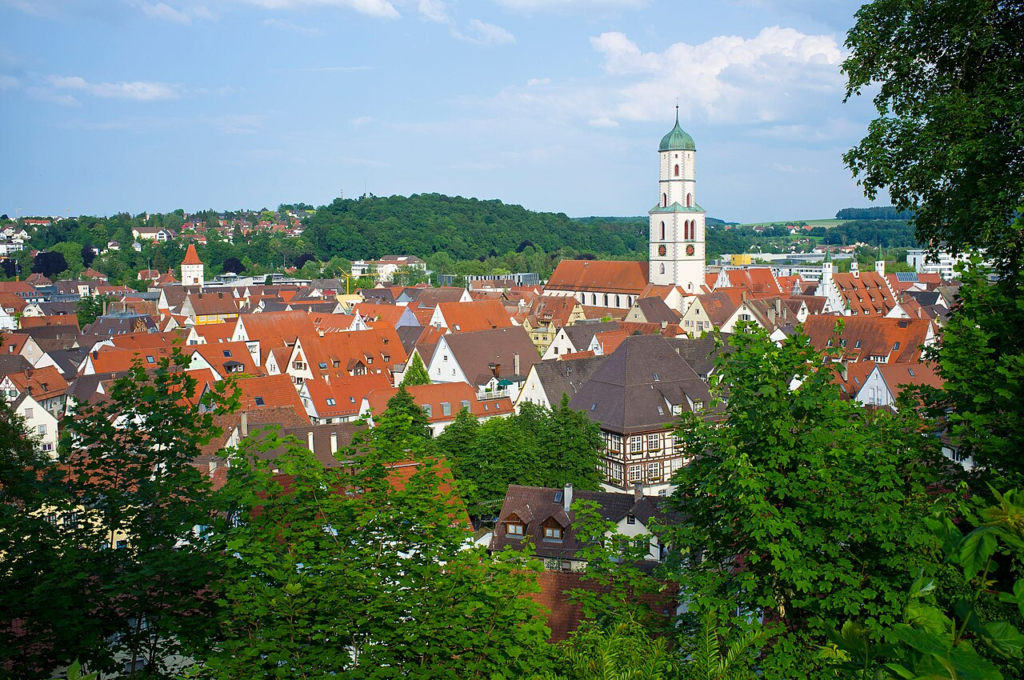
Above: Biberach, Baden-Württemberg, Germany
Obereit moved to Zürich and from 1781 to various places in Germany, including spending several months with his patron Andreas Nitsche in Upper Lusatia.
In 1784 he was a frequent guest in Weimar of Wieland, Schiller and Goethe, who supported him financially in his final years.
After a detour he moved to Jena to live in a small attic room in the house of the philosopher Johann Gottlieb Fichte.
Unable to manage his finances, Obereit became increasingly impoverished and increasingly dependent on his patrons and sponsors.
With Goethe’s support, he was appointed court philosopher at the Meiningen court in 1786, which secured him a small income, accommodation and support.
After a short time, however, he fled from the court’s obligations and returned to Jena in 1791, where he died, suffering greatly, lonely, and impoverished, on 2 February 1798, at the age of 73.
Despite these difficult final years, they were an extremely productive time for Obereit.
In addition to his numerous writings, Obereit’s connections to famous poets and thinkers have recently become the focus of research.
In addition to the four German literary classics (Wieland, Herder, Goethe and Schiller), both major and minor figures of contemporary philosophy are worthy of mention, as are Kant, Fichte and Schelling.
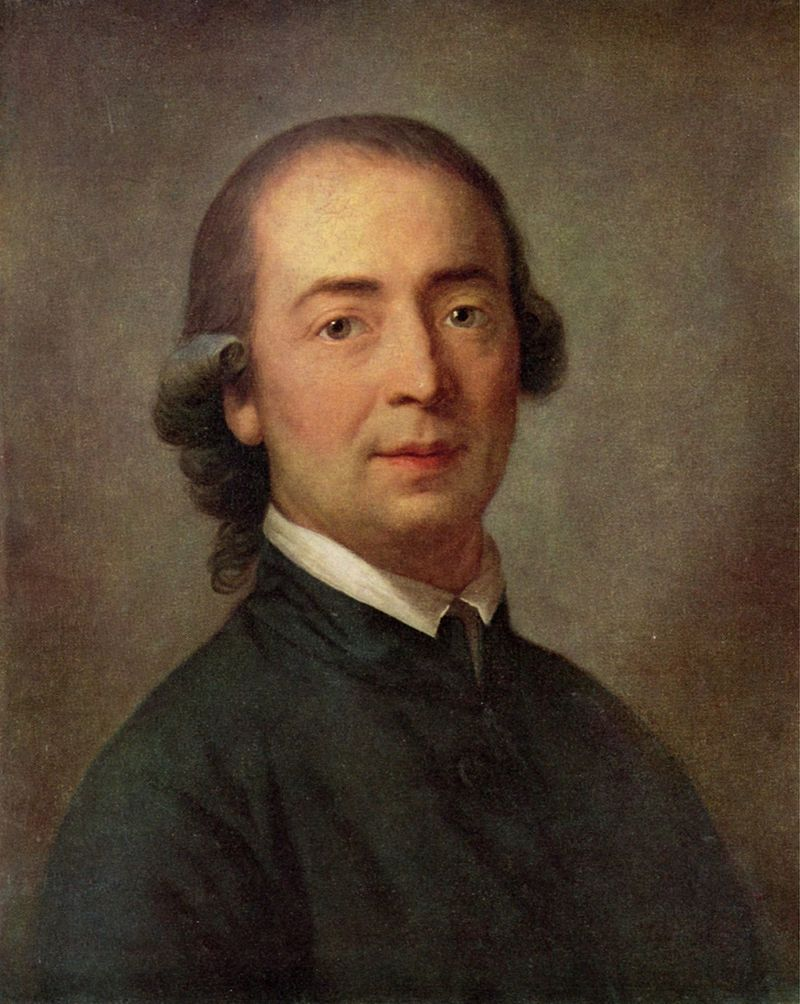
Above: German philosopher Johann Gottfried Herder (1744 – 1803)
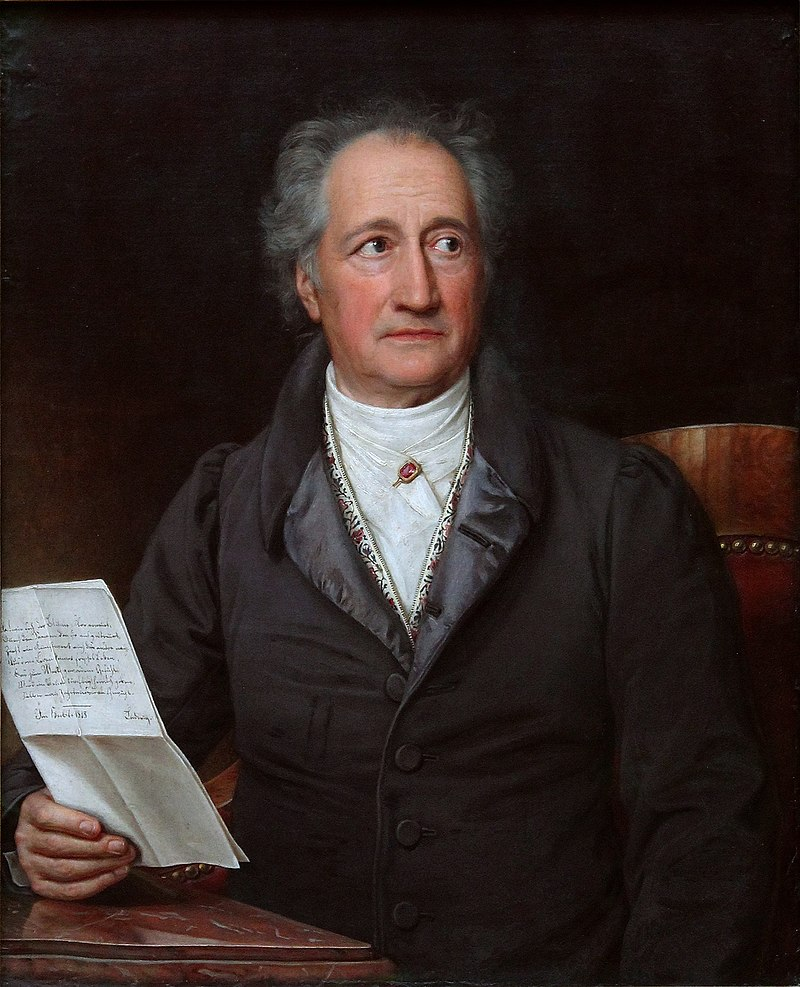
Above: German polymath Johann Wolfgang von Goethe (1749 – 1832)
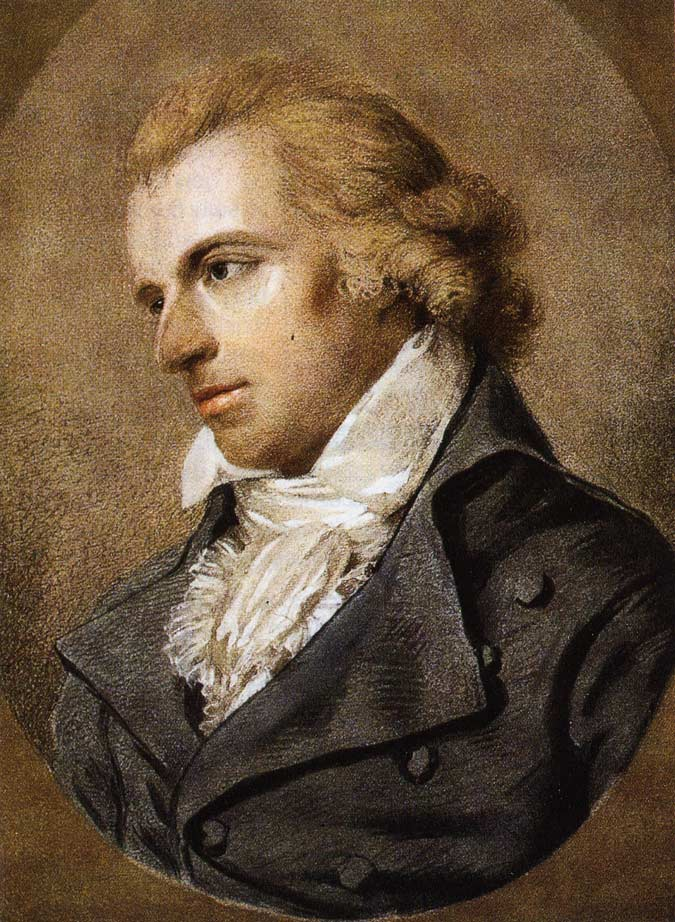
Above: German writer Friedrich Schiller (1759 – 1805)
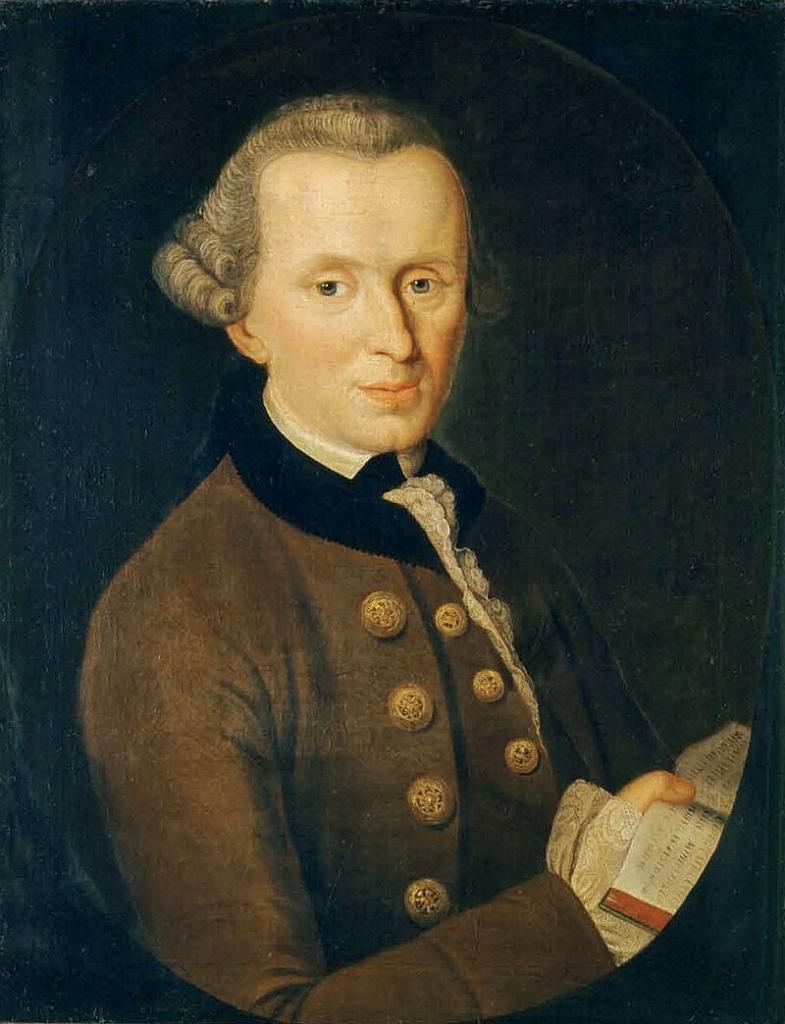
Above: German philosopher Immanuel Kant (1724 – 1804)
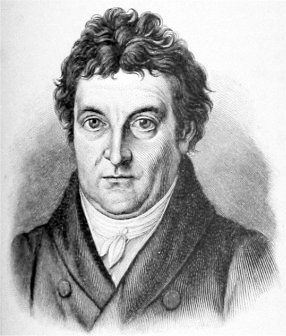
Above: German philosopher Johann Gottlieb Fichte (1762 – 1814)
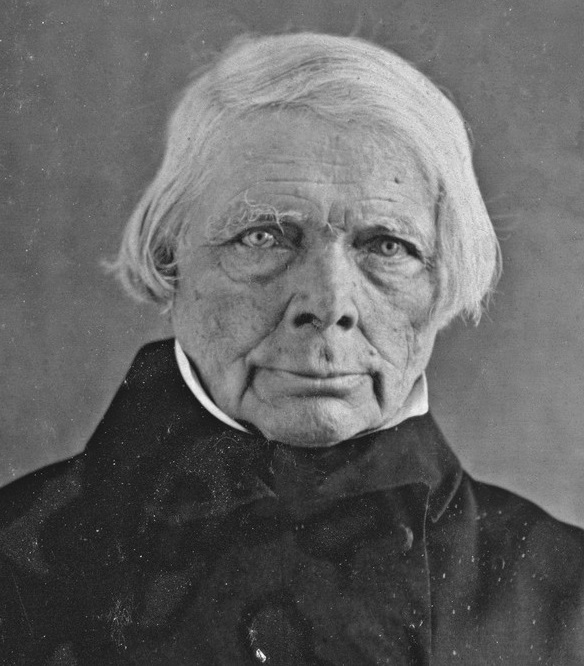
Above: German philosopher Friedrich Schelling (1775 – 1854)
Johann Heinrich Mayr (1768 – 1838) was a Swiss dye manufacturer,
publicist and world traveller.
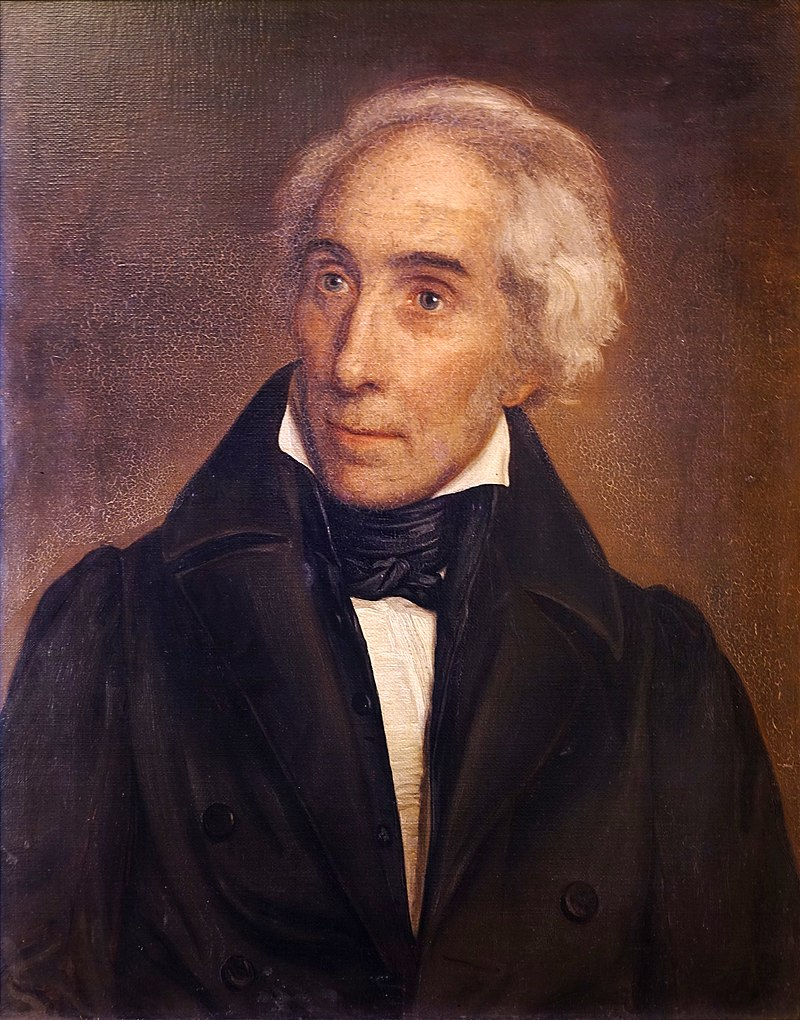
Above: Swiss traveller Johann Heinrich Mayr (1768 – 1838)
Johann Heinrich Mayr, son of Leo Edgar Mayr and Maria Ursula Mayr, née Sulzer, came from a family of merchants and politicians from Arbon, who had been active in the linen trade since 1716.
He spent his childhood in Arbon.
In order to give their son a befitting education, his parents sent their nine-year-old son to the Latin school in Lörrach in 1777.
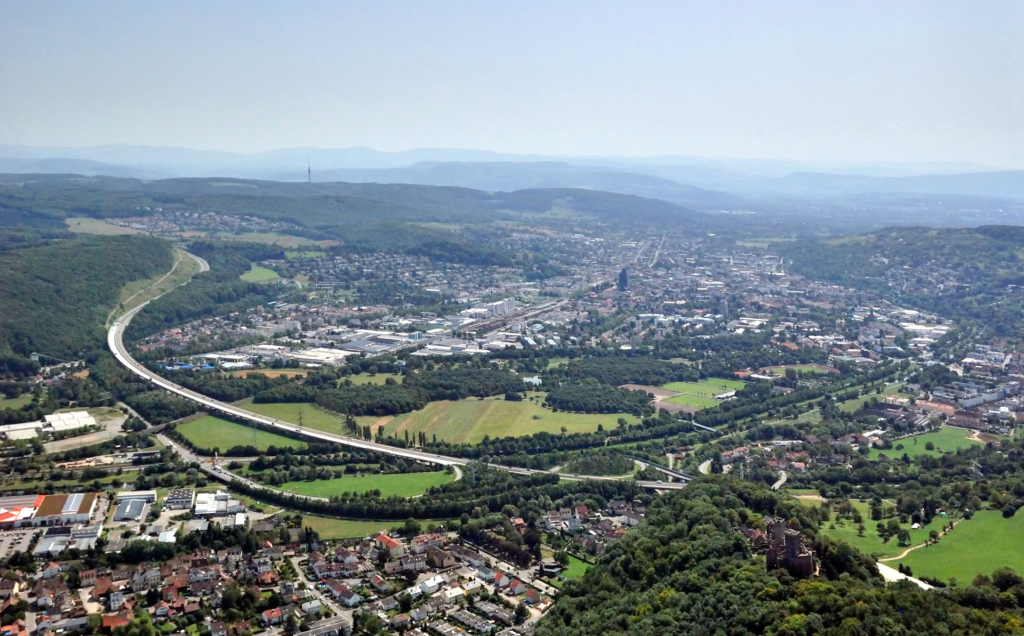
Above: Lörrach, Baden-Württemberg, Germany
Mayr also spent another period of schooling in Vevey.
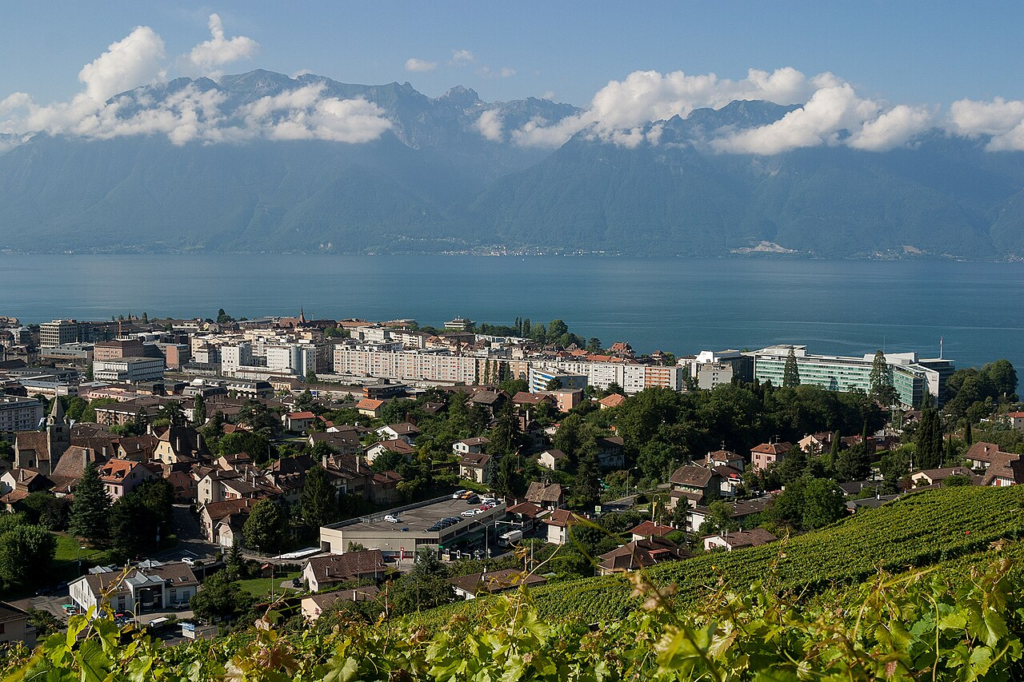
Above: Vevey, Canton Vaud, Switzerland
In 1782 Mayr entered an institute in Aarau.
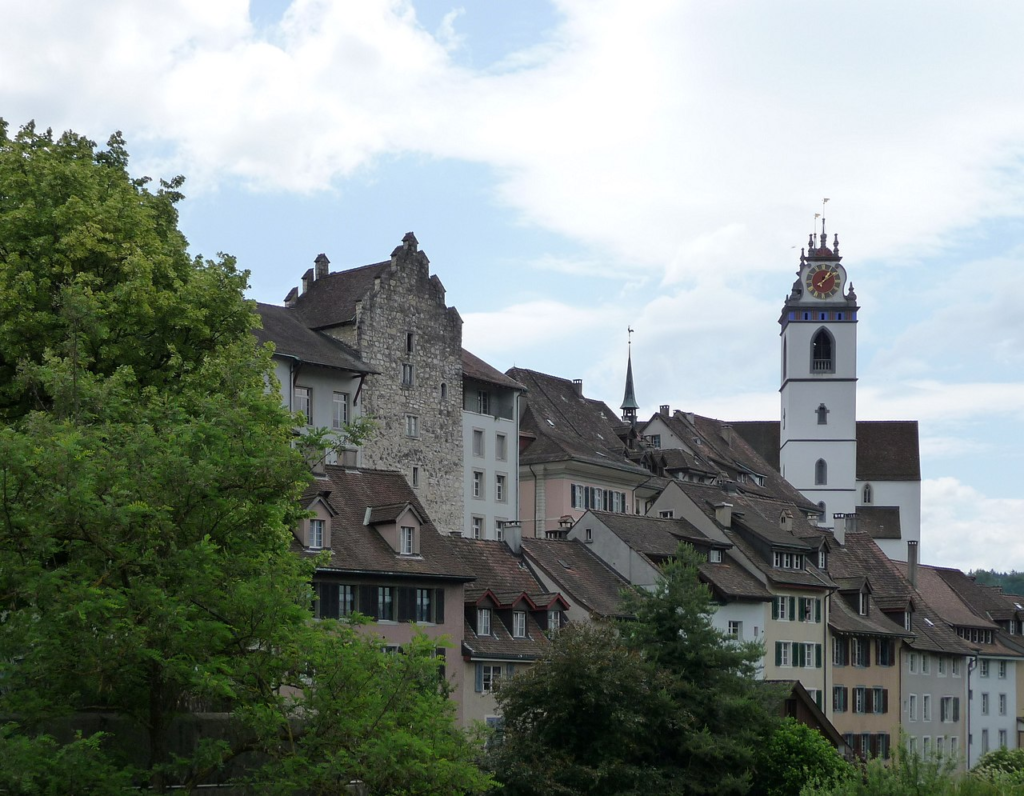
Above: Aarau, Switzerland
Three years later, Mayr returned to Arbon, where he initially worked in his father’s business at the Bleichi.
This included the bleaching business, the Indienne factory and an agricultural business.
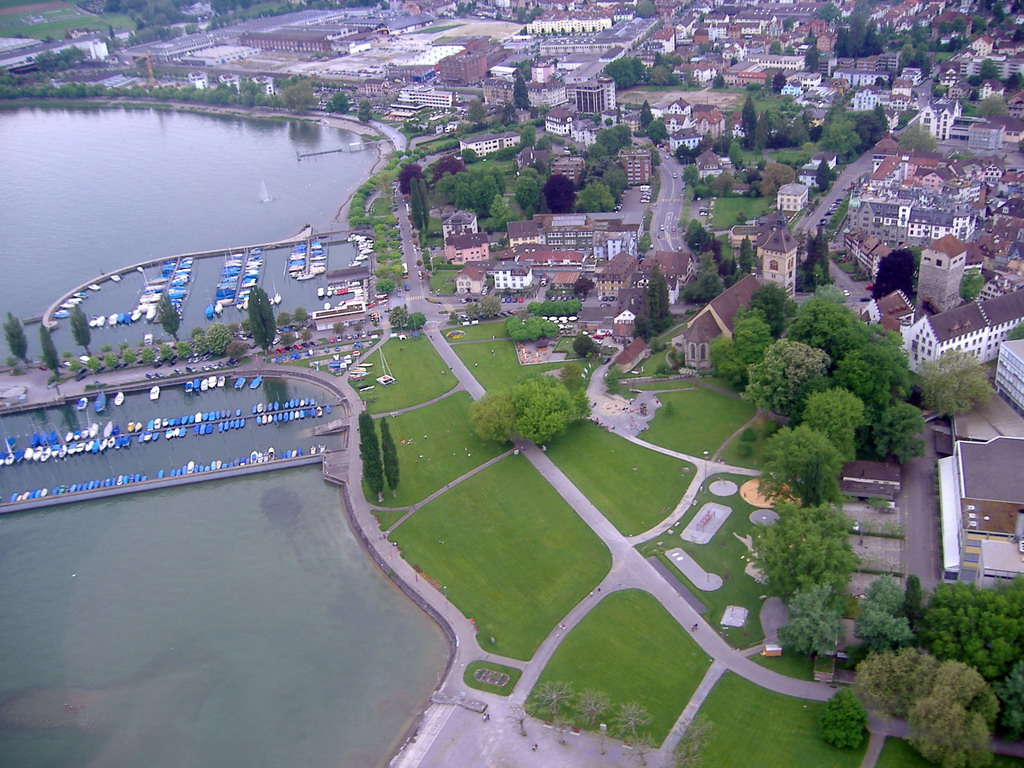
Above: Arbon, Canton Thurgau, Switzerland
In 1786, at the age of 18, Mayr’s parents sent him to Milan, where he learned Italian, a language essential for commercial work.
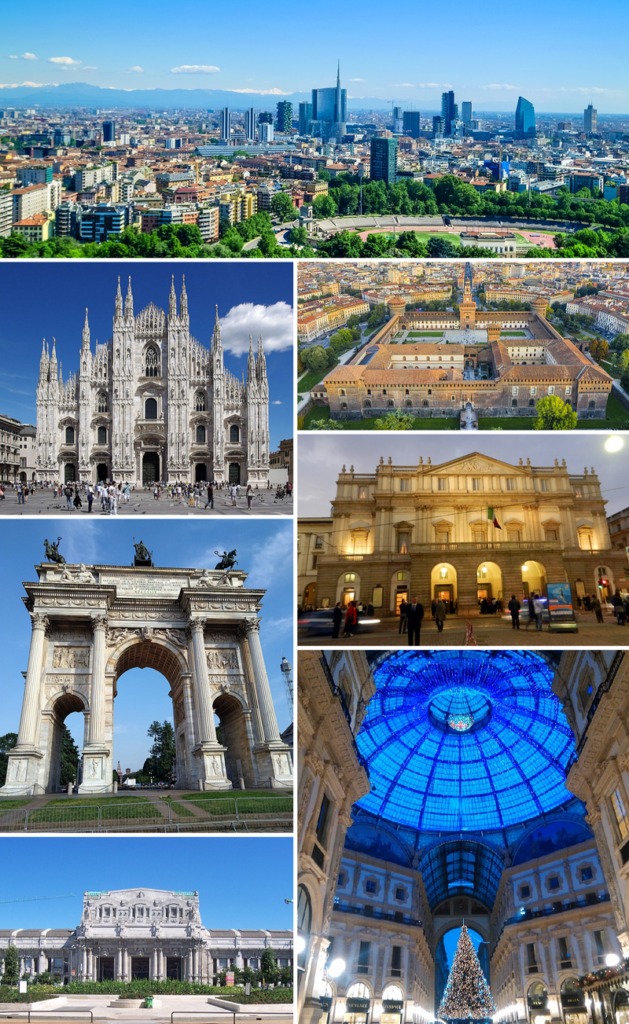
Above: Images of Milan, Italy
After six months in the Lombard city, he completed a traineeship in Genoa.
Illness and severe homesickness forced his training in Genoa to end earlier than planned in the summer of 1788.
At the end of 1791, his father Leoedgar Mayr died at the age of 65.
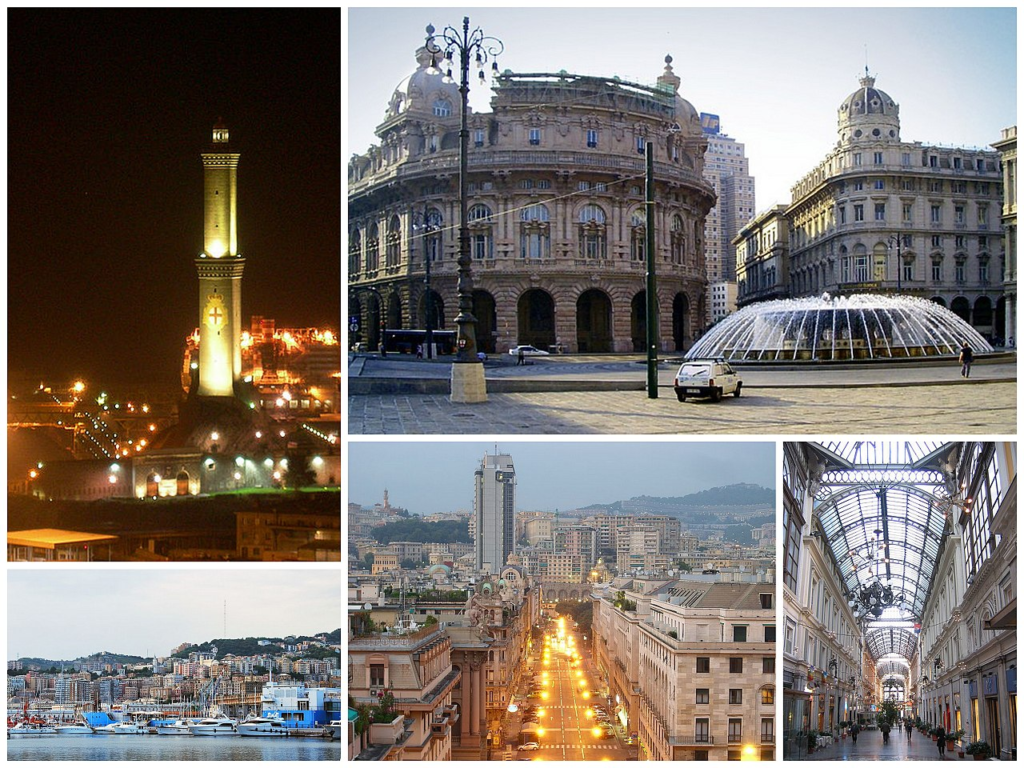
Above: Images of Genoa, Italy
Afterwards, Johann Heinrich Mayr took over the business at the Bleiche near Arbon.
The main business was now the sale and export of dyed and printed fabrics, especially patterned handkerchiefs.
Inspired by current political events, he also printed his fabrics with caricatures of important politicians.
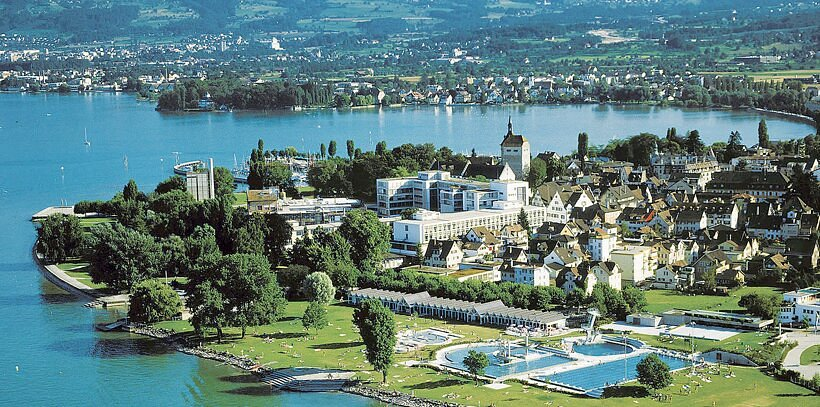
Above: Arbon
In 1791, he opened a dyeing branch in Rheineck.
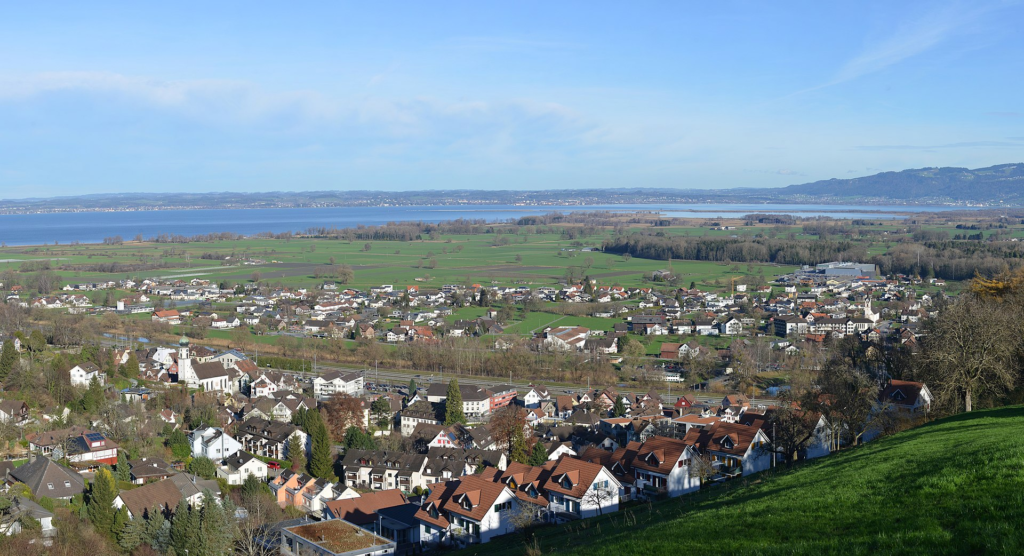
Above: Rheineck, Canton St. Gallen, Switzerland
At times, Mayr employed over 100 people.
For business reasons, the successful entrepreneur often traveled to Italy with his uncle David and nephew Michael, where he primarily exported.
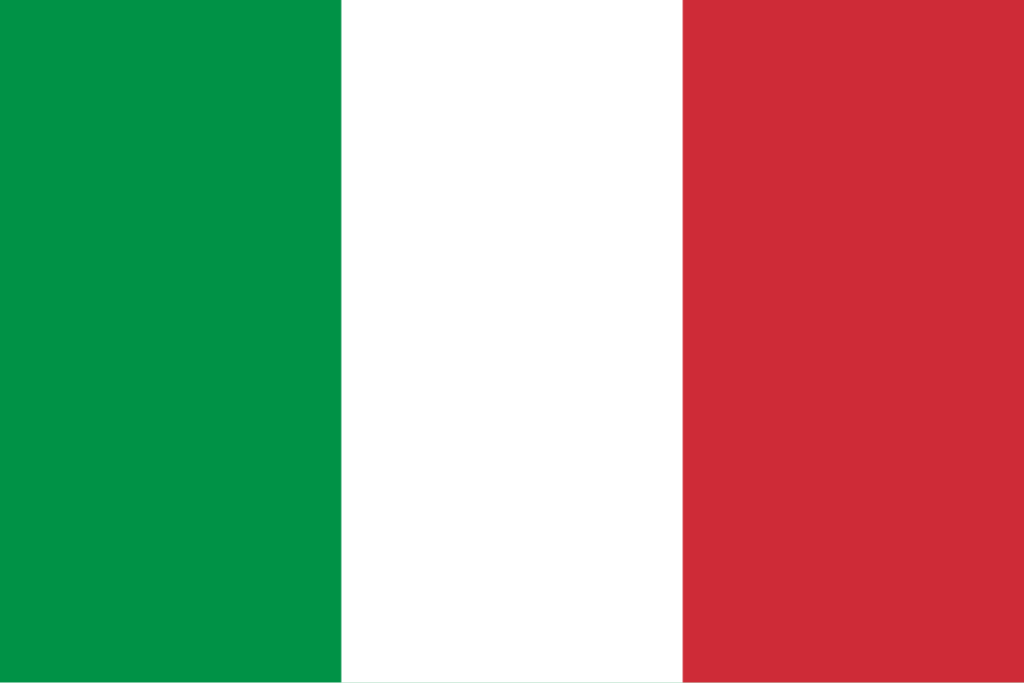
Above: Flag of Italy
In 1809, his mother died.
She had been an indispensable helper in the Bleichi business.
Because his sister Susette was unwilling to take over her late mother’s duties, Mayr hired a housekeeper.
This caused considerable difficulties, resulting in Mayr retiring from active business activities in 1810.
It should be noted in this context that Mayr remained single throughout his life, also for health reasons.
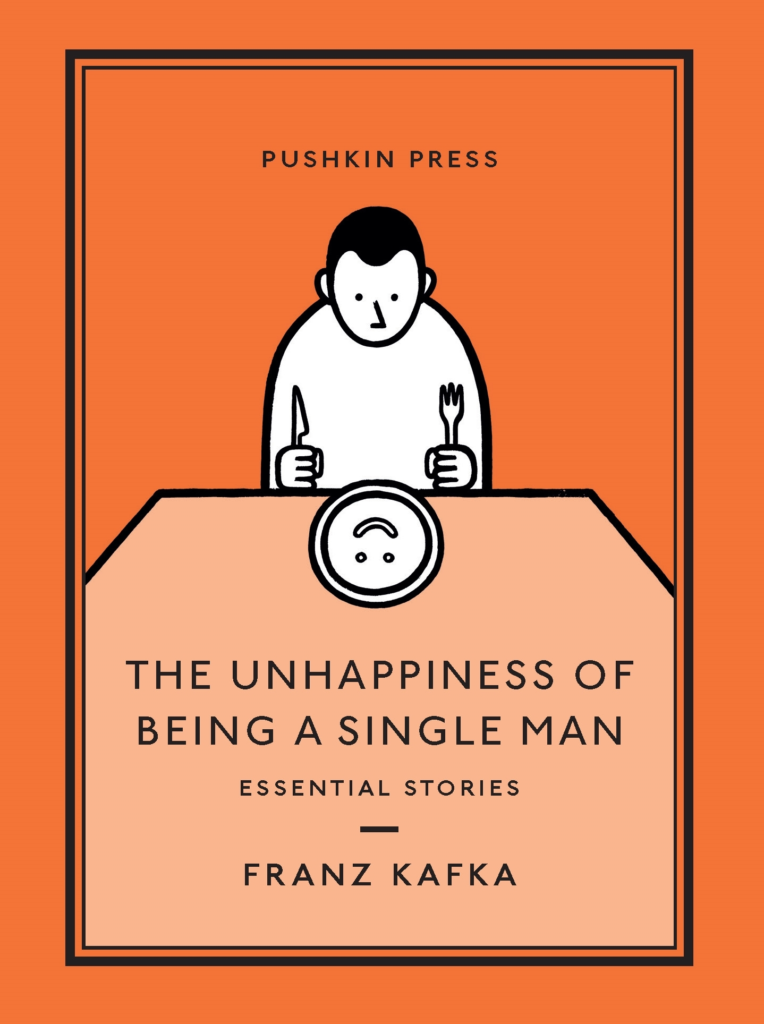
From 25 March 1812, to the end of February 1814, he undertook a sometimes strenuous journey to the Orient.
He recorded his impressions in five notebooks.
These aroused great interest among his friends.
At the urging of his readers and in order to preserve the original manuscript, Mayr felt compelled to publish his travel experiences under the title “The Fates of a Swiss Man During His Journey to Jerusalem and Lebanon“.
Published in 1815, the work comprises six books divided into three volumes.
A second edition appeared in 1820.
During this time, he earned the nickname “Libanon-Mayr“.
From 1815 until his death in 1838, Mayr led a life that Buenzli describes as a vita contemplativa.
During this time, he maintained contact and correspondence with, among others: Angelika Kauffmann, David Hess and Thomas Bornhauser.
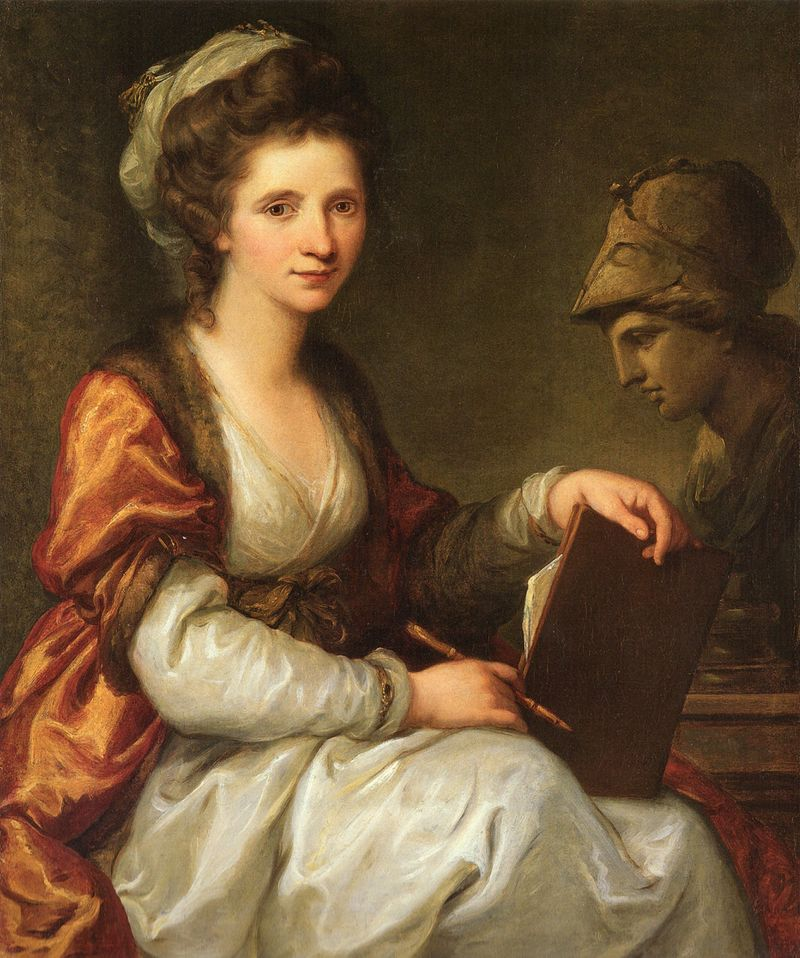
Above: Swiss painter Angelika Kauffmann (1741 – 1807)
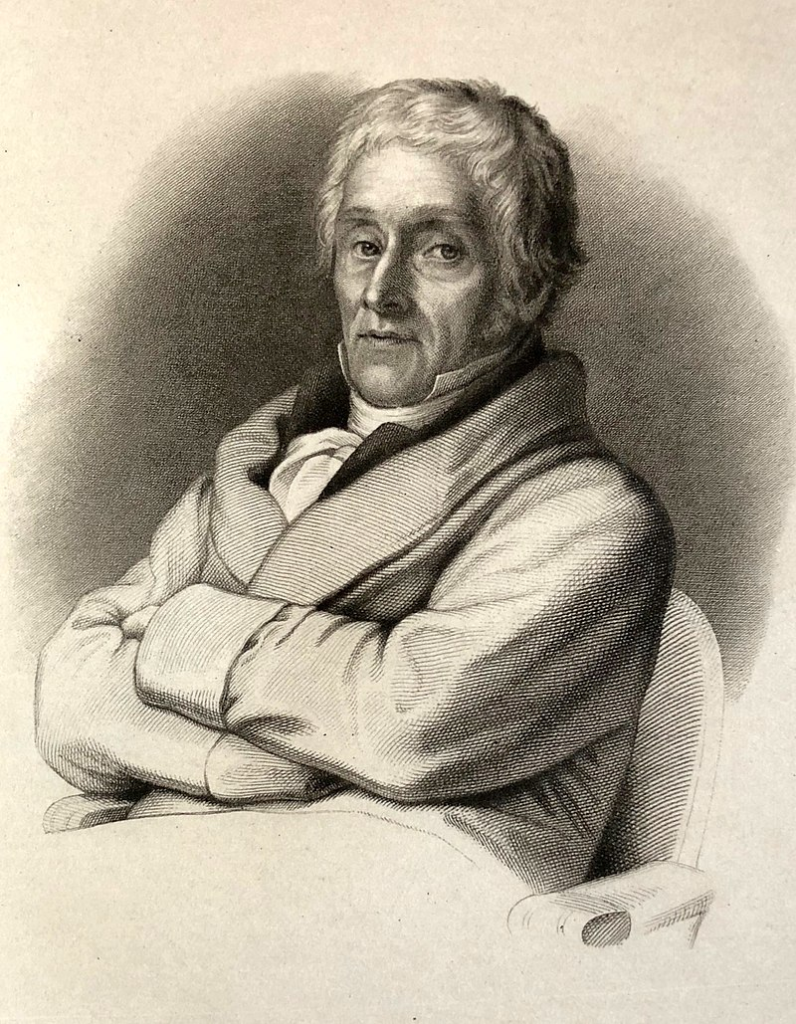
Above: Swiss poet David Hess (1770 – 1843)
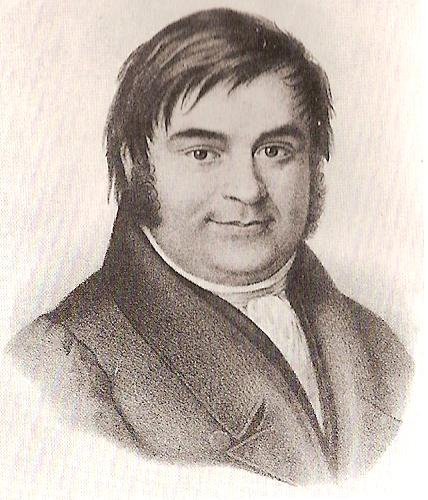
Above: Swiss writer Thomas Bornhauser
However, Mayr rejected the egalitarian slogans of the French Revolution.
He refused to participate in either the Helvetic Republic or the liberal movements of the 1830s.
He refused to accept any political mandates.
His diary resulted in the handwritten autobiography, My Life’s Journey.
It wasn’t until the end of the 20th century that the question arose as to whether this monumental work, comprising over 3,000 pages, should be made accessible to a wider public.
When the answer was yes, years of transcription work began.
This work of national importance was published in 2010.
The vernissage took place in Arbon in early 2011.
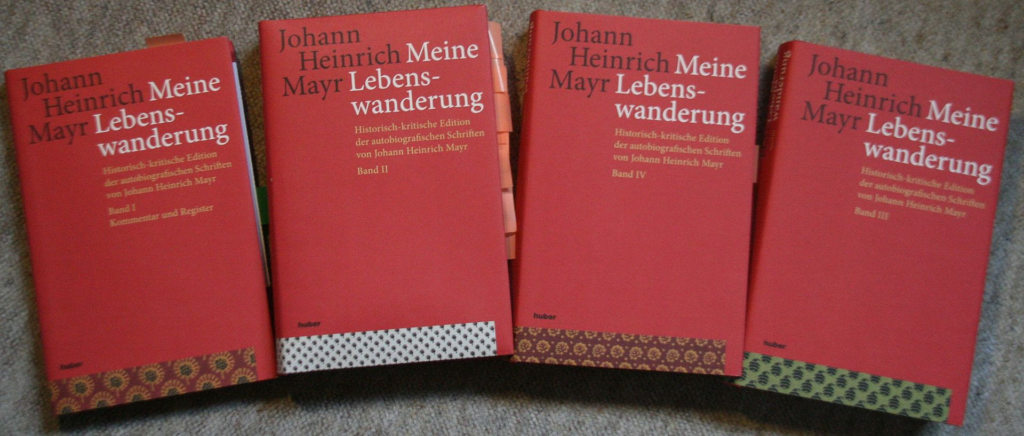
In 1798, Thurgau was granted freedom by the Swiss Confederation, but shortly thereafter was occupied by French troops.
After the introduction of the Helvetic Constitution, the town’s affiliation with the Prince-Bishopric of Konstanz ended definitively.
The last Prince-Bishop’s bailiff, Franz Xaver Wirz von Rudenz, was forced to leave the town.
Under the Mediation Constitution of 1803, Arbon became part of the newly established Canton of Thurgau.
From 1803 to 1815, Arbon and the exclave of Horn were united into one municipality.

Above: Coat of arms of Canton Thurgau
Alfred Kaiser was a Swiss Sinai and Africa researcher.
During his lifetime, Alfred Kaiser-Saurer from Arbon was celebrated as a universal genius and a significant researcher of Africa and Sinai.
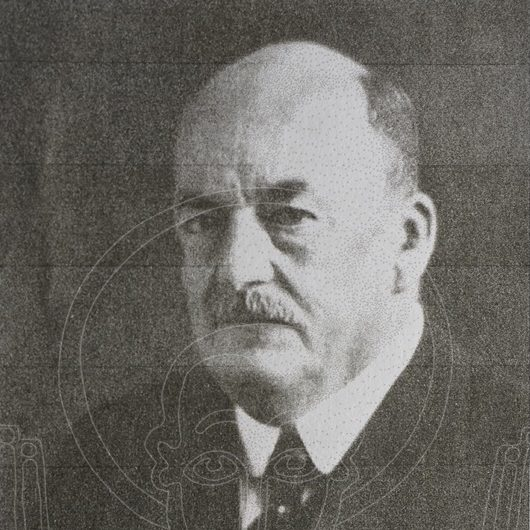
Above: Swiss researcher Alfred Kaiser (1862 – 1930)
Nevertheless, his name fell into obscurity even in his homeland until the Arbon Museum Society honored him with a commemorative exhibition in 1981.
It was initiated and co-designed by Irène Lewitt, who lived in Israel.
Israeli naturalists who had worked in Sinai had come across his name.
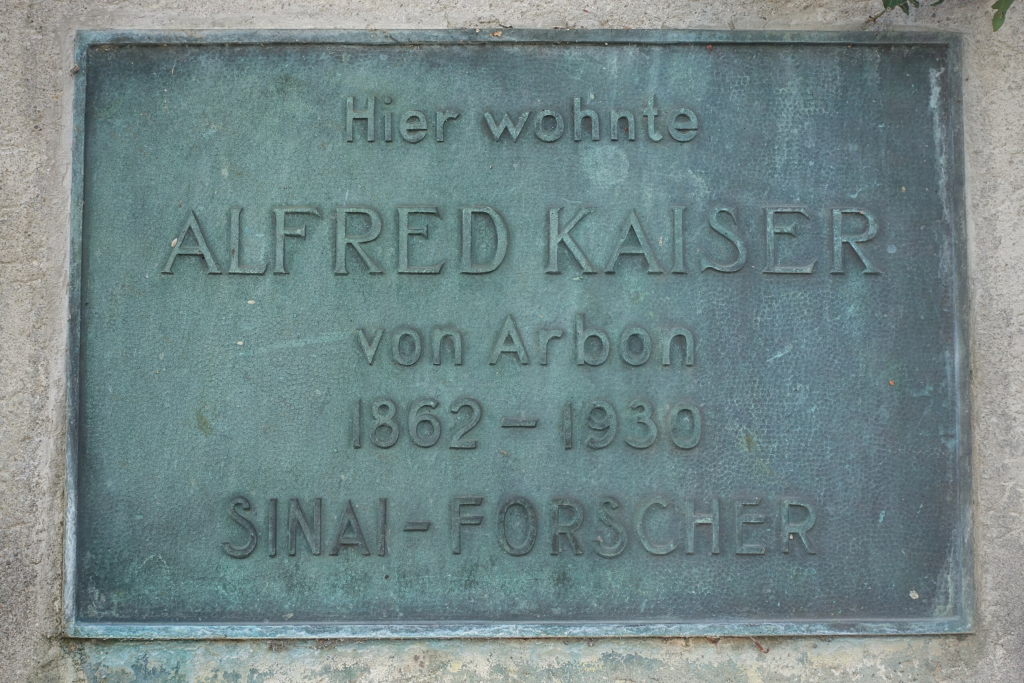
Above: Plaque at Berglistrasse 11, Arbon
Alfred Kaiser was born in Arbon on 12 August 1862, the son of Christian Kaiser, a designer from Böblingen (Germany), and Elisabeth Ebnetter from Arbon.
His father died young.
At the age of 18, Alfred traveled to Egypt and, as a casual laborer, explored primarily desert regions.
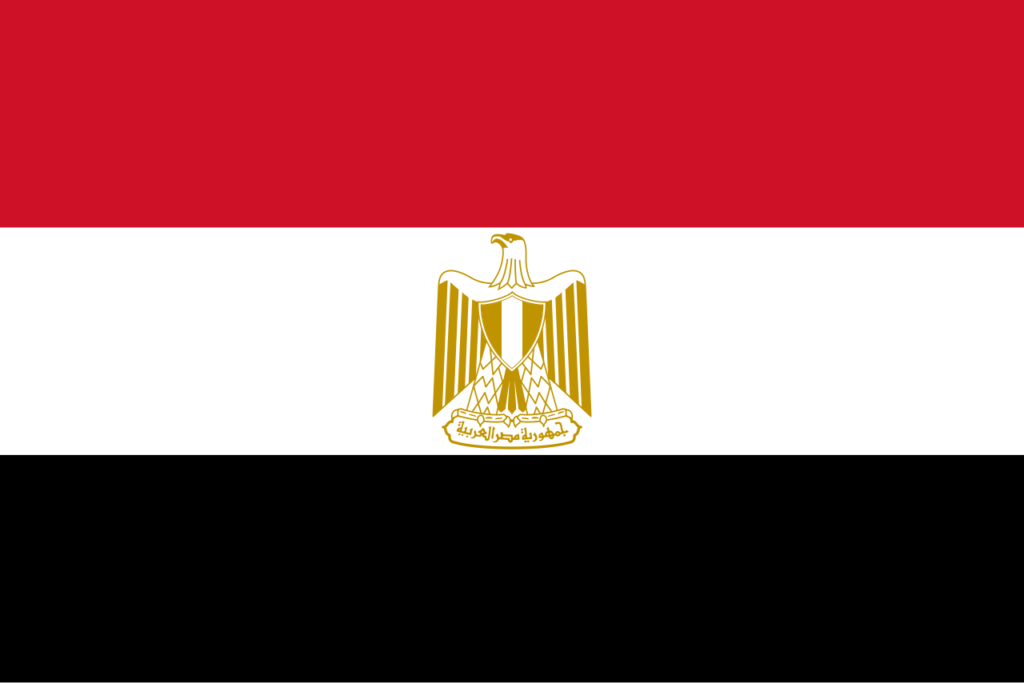
Above: Flag of Egypt
In 1882, he returned to Switzerland and trained as a taxidermist in St. Gallen.
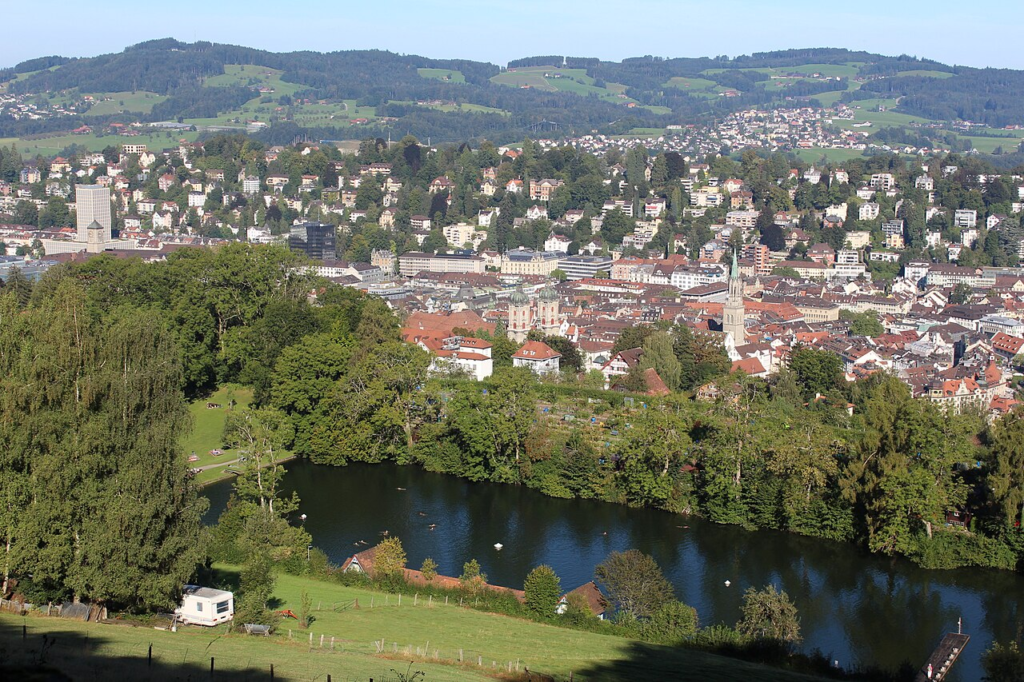
Above: St. Gallen, Switzerland
Two years later, he was employed as a “naturalist” at the Viceroyal Museum in Cairo.
Here, he came into contact with prominent African explorers and natural scientists.
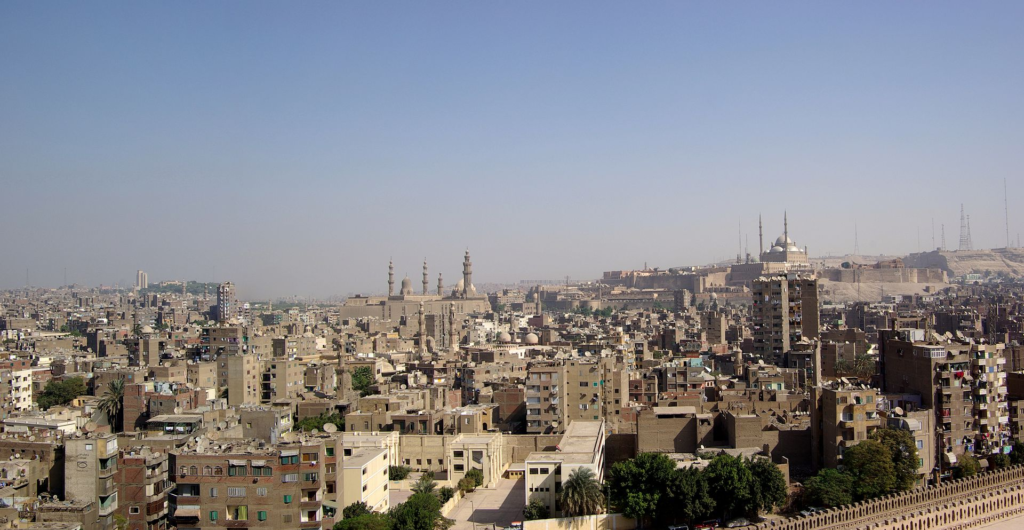
Above: Cairo, Egypt
In 1886, Alfred Kaiser undertook his first trip to Sinai, where he immersed himself in biological, geological, and ethnographic studies.
Even during this first trip, which he had to cut short due to illness, he must have become familiar with many Bedouin tribes.
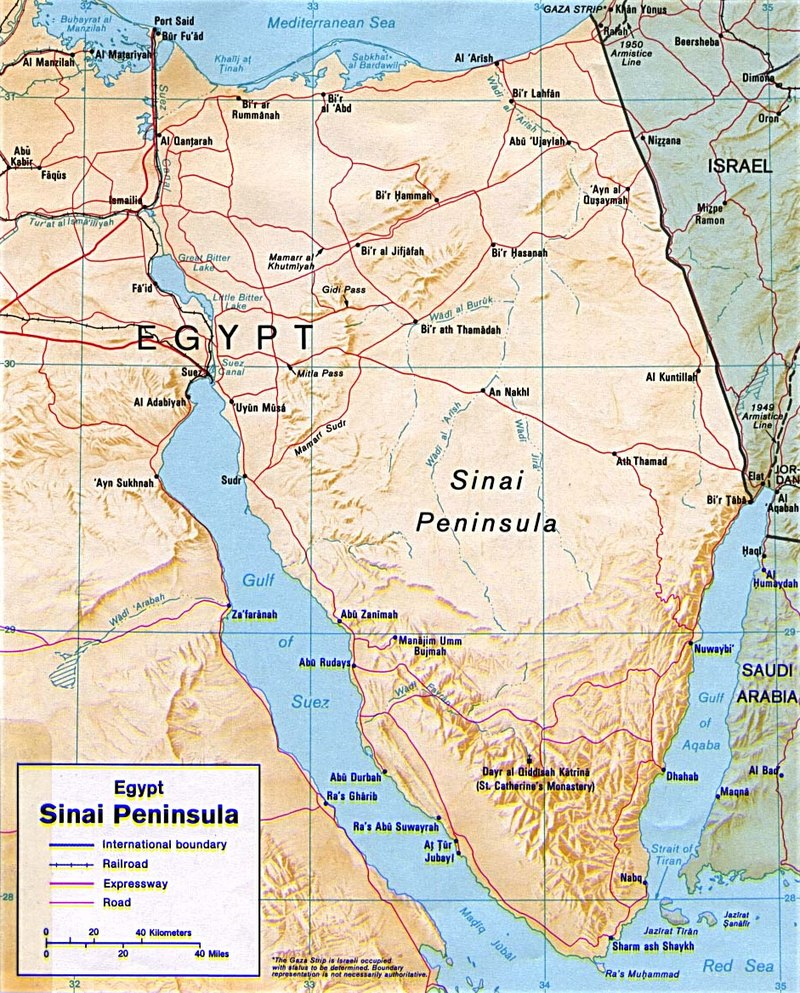
After a second trip to Sinai, he returned to Switzerland and continued his education in Zürich and Munich.
In 1890, he married Karolina Guyer from Zürich.
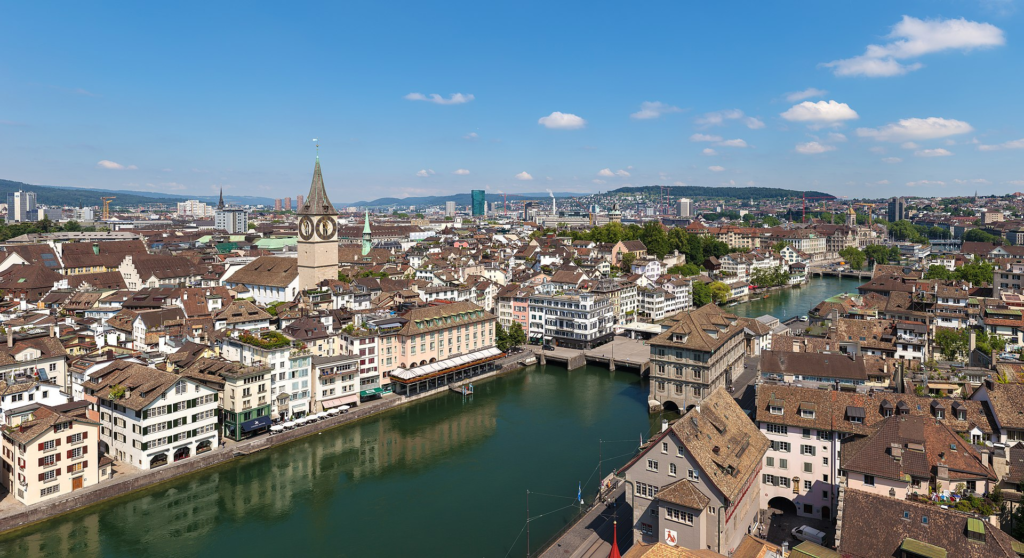
Above: Zürich, Switzerland
She accompanied him on his third trip to Sinai.
In El-Tor on the Red Sea, he founded a scientific station, of which he later said:
“This desert hotel business was not a lucrative business for me, however.
I had to finance everything from my own resources, without subsidies, and I would not have been able to carry out the plan if the sale of collection items had not provided me with some income.“
After a three-year stay in El-Tor, his wife and son, who was born there, died of cholera.
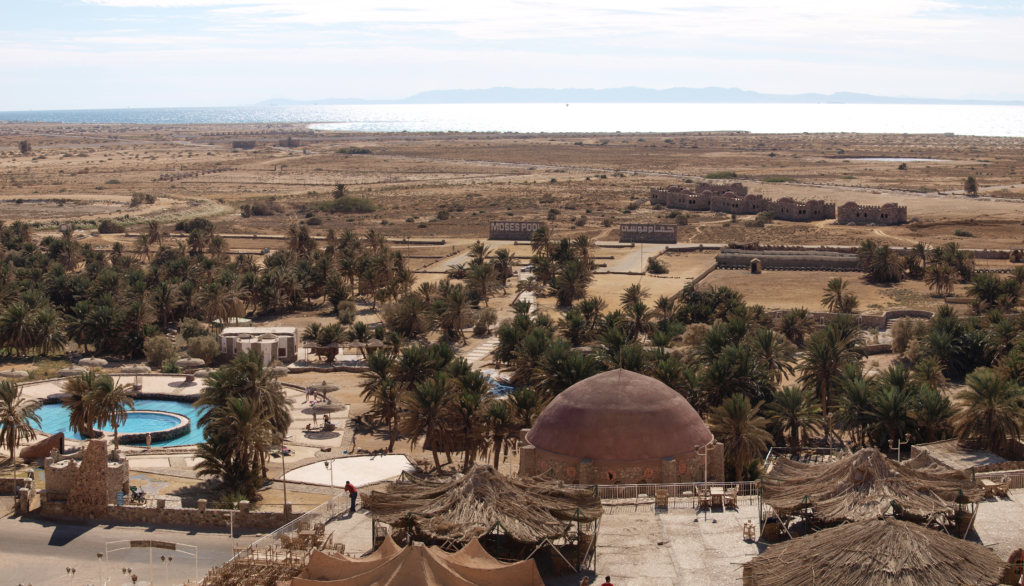
Above: El Tor, Sinai, Egypt
Only a single document survives of this tragic event:
A series of crosses between meteorological entries.
Kaiser converted to Islam for more practical reasons.
He immortalized himself on a cave wall as:
“Alain El Mahdi, son of Kaiser, from the land of Helvetia, who lives in Kurum“.
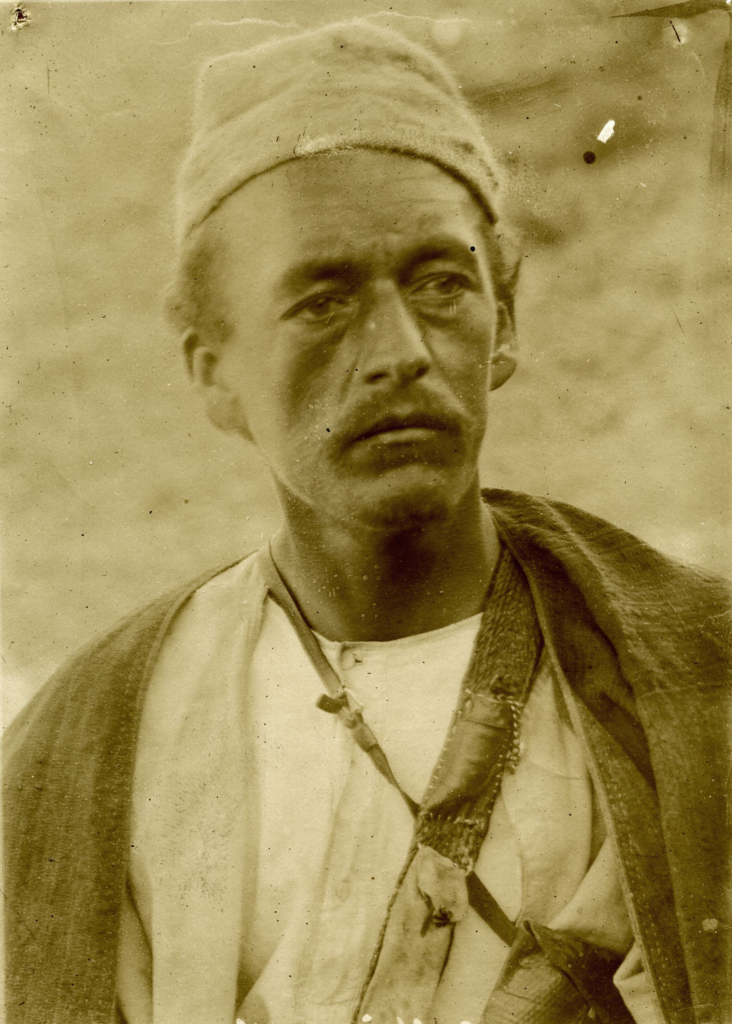
Above: Alfred Kaiser
In the 1890s, he traveled to Eritrea, Equatorial East Africa, and Uganda.
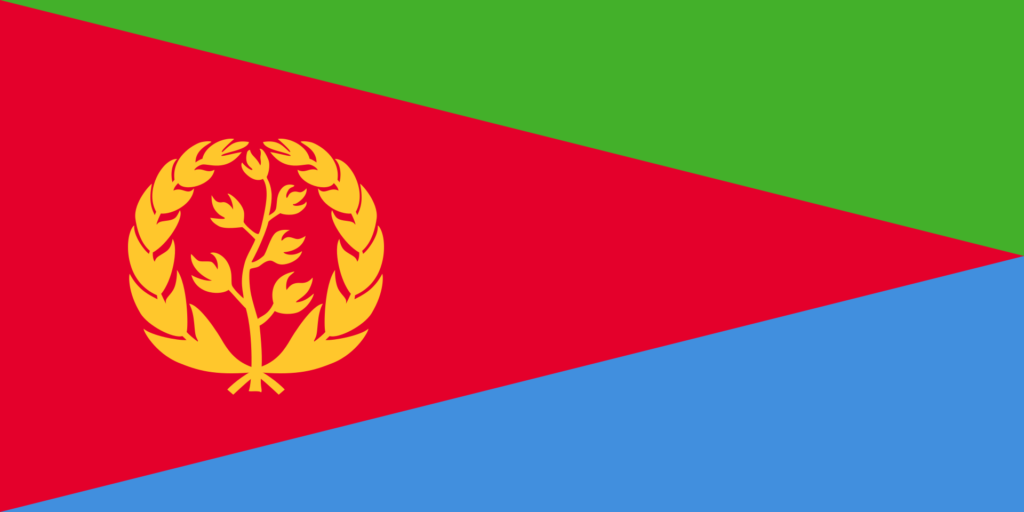
Above: Flag of Eritrea
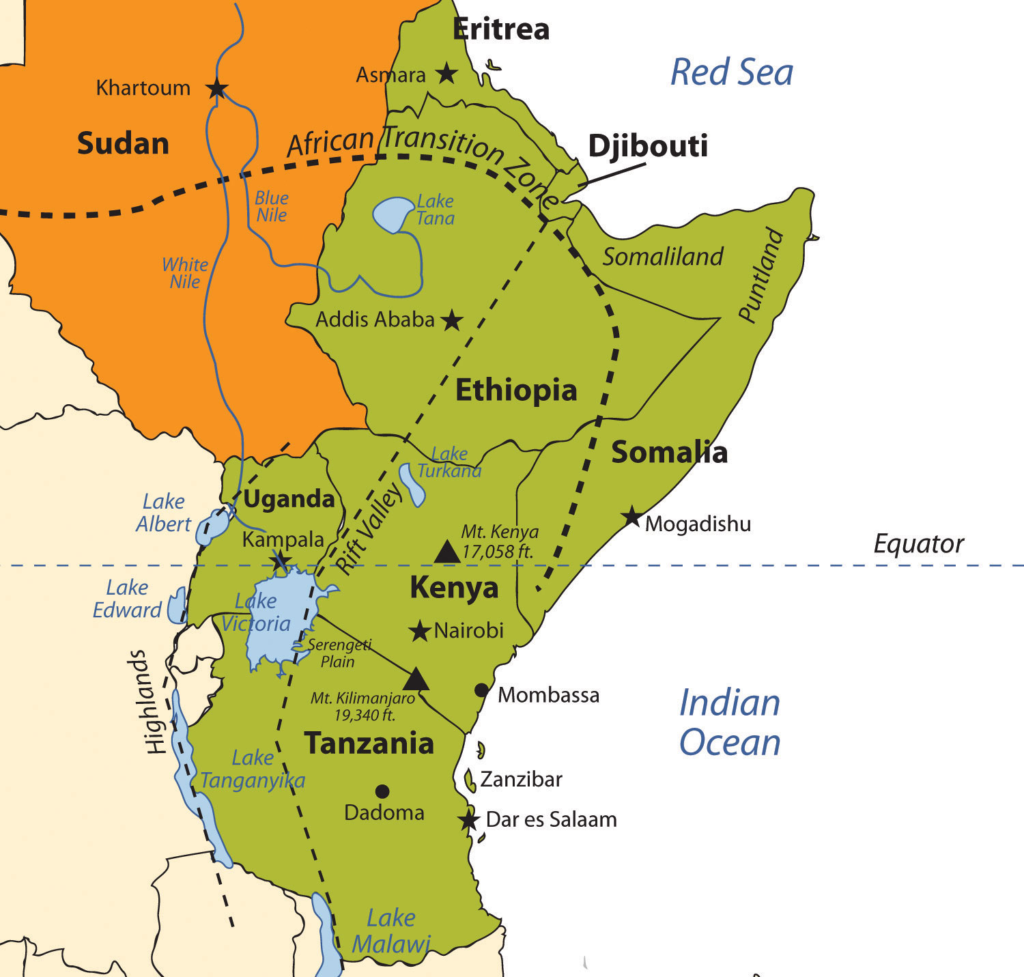
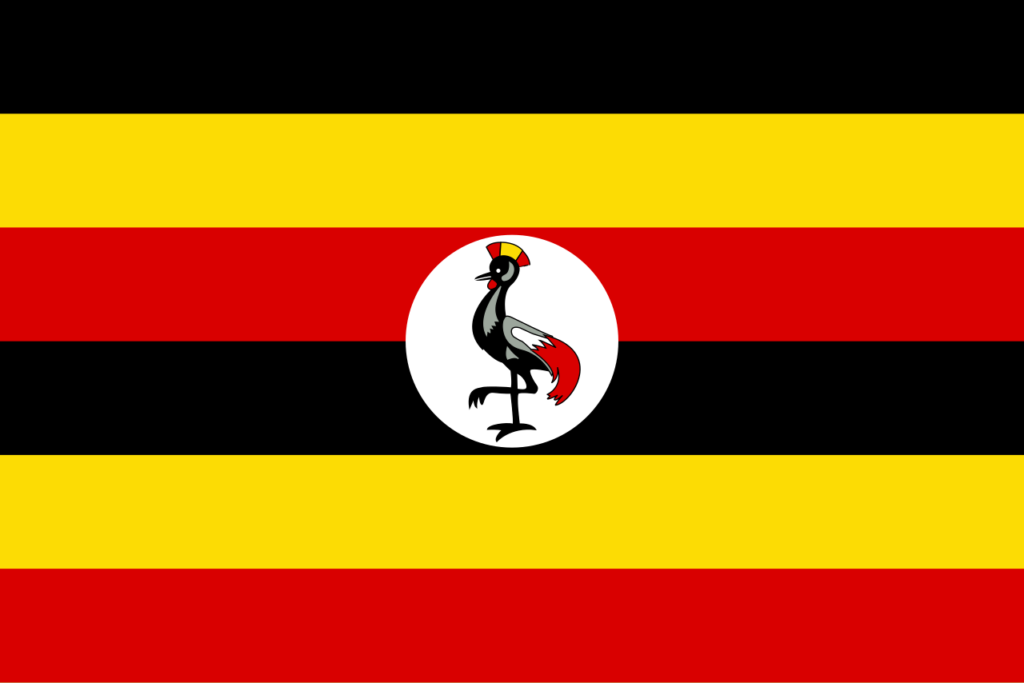
Above: Flag of Uganda
During the expedition with Dr. Max Schoeller to Equatorial East Africa — the caravan consisted of 300 porters, 40 soldiers, and about 60 servants — he was attacked by a rhinoceros:
“As I fell, I landed right in front of the animal, and I clearly remember the fear of being trampled and crushed by its thick feet as I twirled around in the air, nothing at all.“
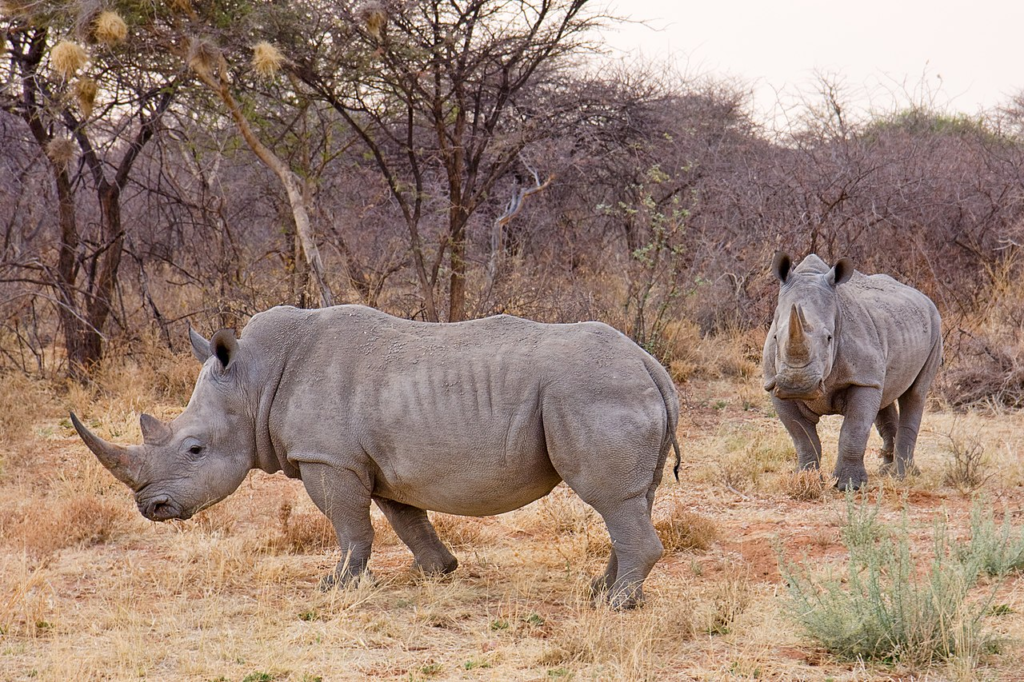
In 1899, he married Mathilde Huber, née Saurer.
She was the niece of Adolph Saurer.
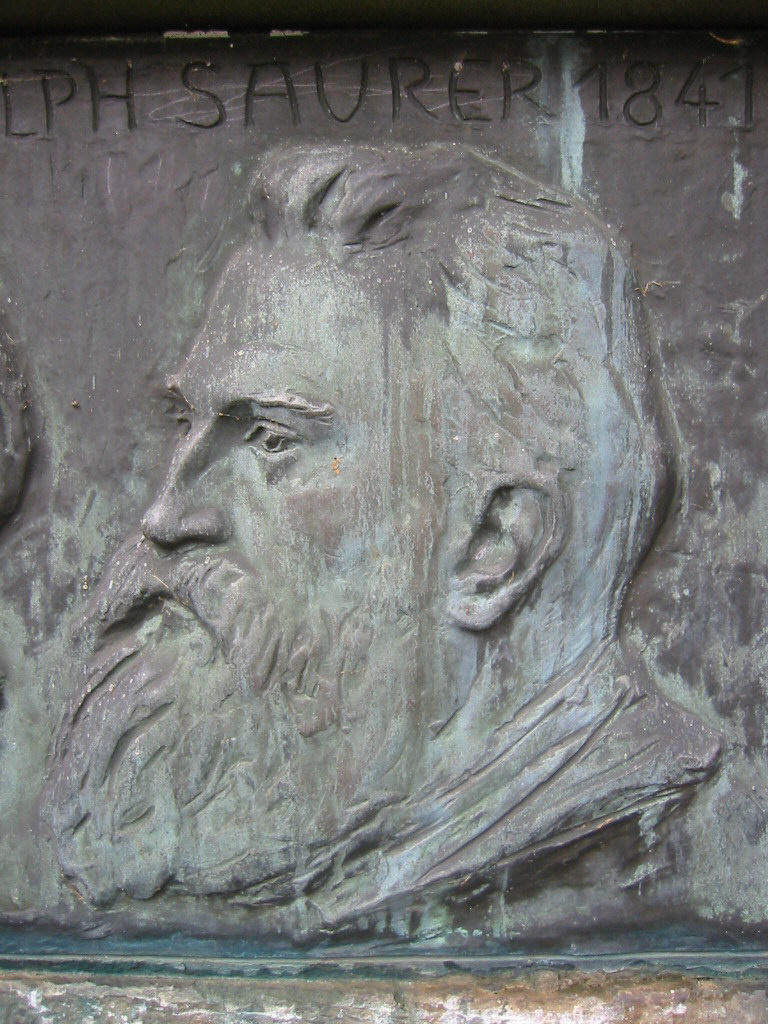
Above: Image of Swiss entrepreneur Adolph Saurer, Arbon Castle
(In 1869, Adolph Saurer (1841 – 1920) took over the Arbon-based company F. Saurer & Sons and developed it into a large industrial enterprise manufacturing embroidery machines, weaving machines and trucks.
From 1896, he was the sole owner of the Adolph Saurer company.
At his death, the Arbon-based company employed 2,918 people and generated sales of 32.3 million Swiss francs.
The Adolph Saurer stock corporation (AG), founded shortly thereafter by his only son, Hippolyte Saurer, formed the foundation of today’s Saurer AG, a technology group active in textile machinery and drive technology.)
The couple moved to Berlin-Charlottenburg.
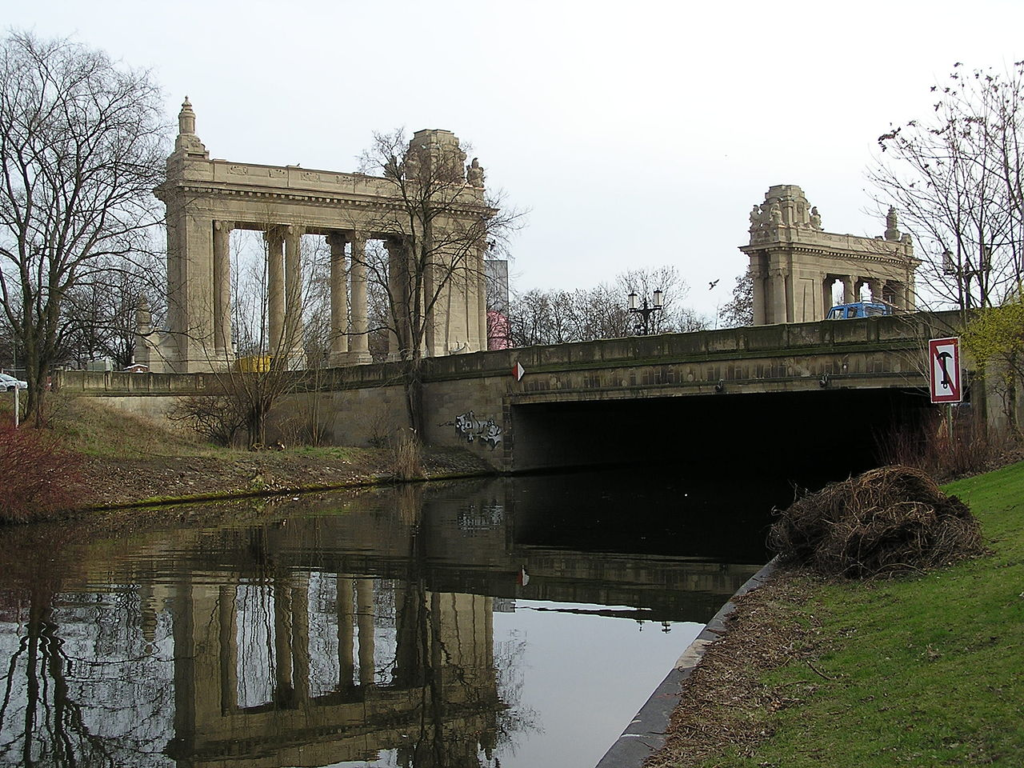
Above: Charlottenburger Gate, Berlin, Germany
Kaiser became a scientific advisor to the Northwest Cameroon Society.
His reputation had become so great that the World Zionist Organization commissioned him, a Muslim, to investigate whether a Jewish colony could be established in British East Africa, a feat that proved impossible.
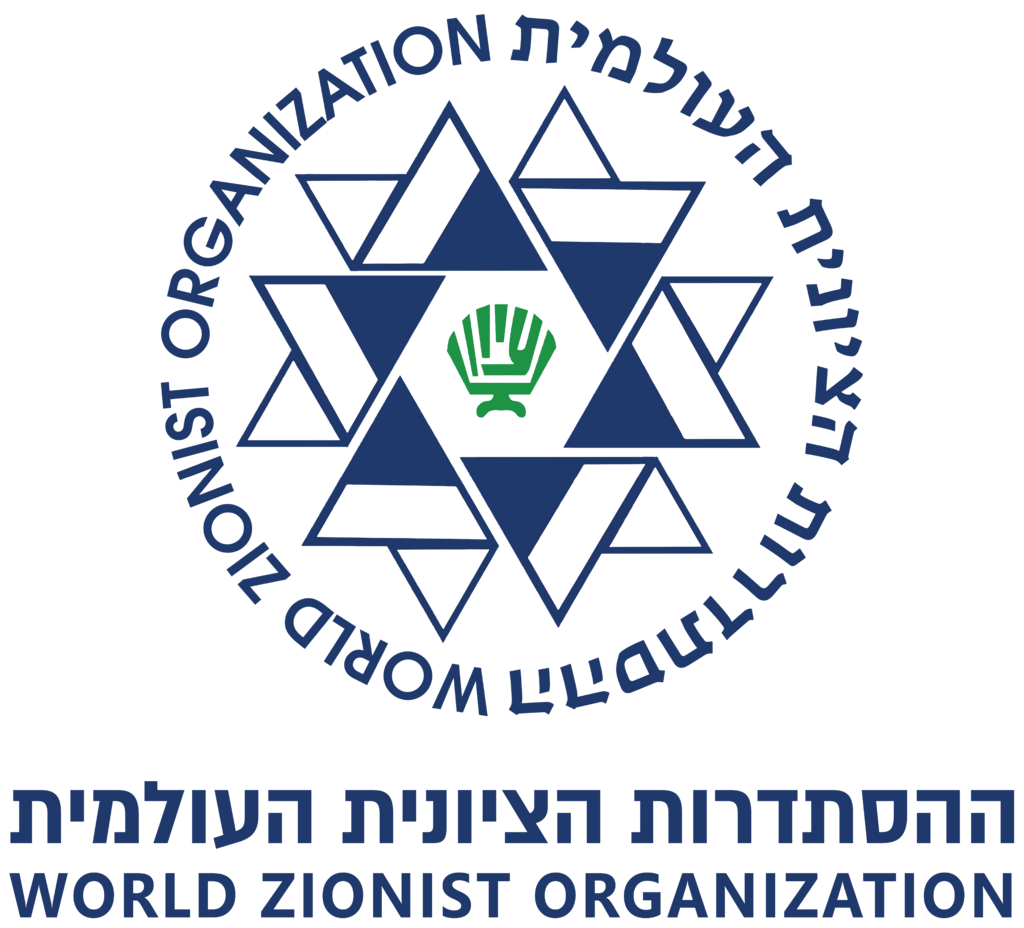
In 1904, he traveled to Sinai with the botanist Johann Andreas Kneucker.
Kaiser traveled through North Africa to explore trade opportunities for Swiss companies.
Apparently, he held an exhibition in Switzerland, which the Berner Tagblatt reported on in 1908:
“Colorful things unfolded before our astonished eyes.
The Sudanese hand embroidery, such as the colorfully woven half-silks and the Abyssinian shawls, are particularly attractive.
The leatherwork and pottery testify to ancestral techniques.“
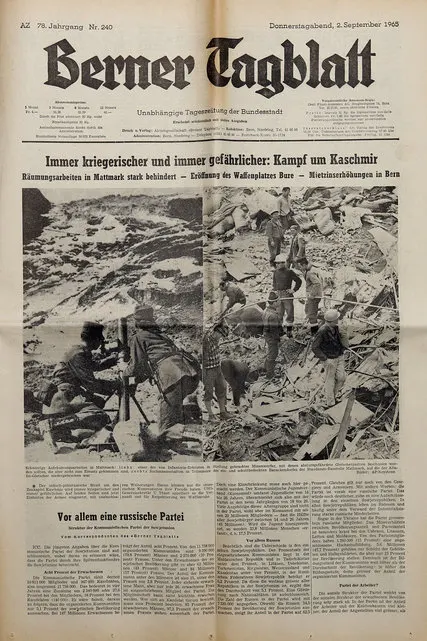
In 1909, the Federal Council appointed Alfred Kaiser as commercial agent for Egypt.
After retiring from this position in 1919, he, who had previously been interested in everything and anything, began to concentrate on the Sinai Peninsula.
He processed, expanded, and sifted through his already rich scientific collections, notes, drawings, sketches, and photographs.
(The Zürich Central Library lists the holdings as:
“Miscellaneous, works, images, memoirs, notebooks, sketchbooks, diaries,” adding:
“7.8 meters.“)
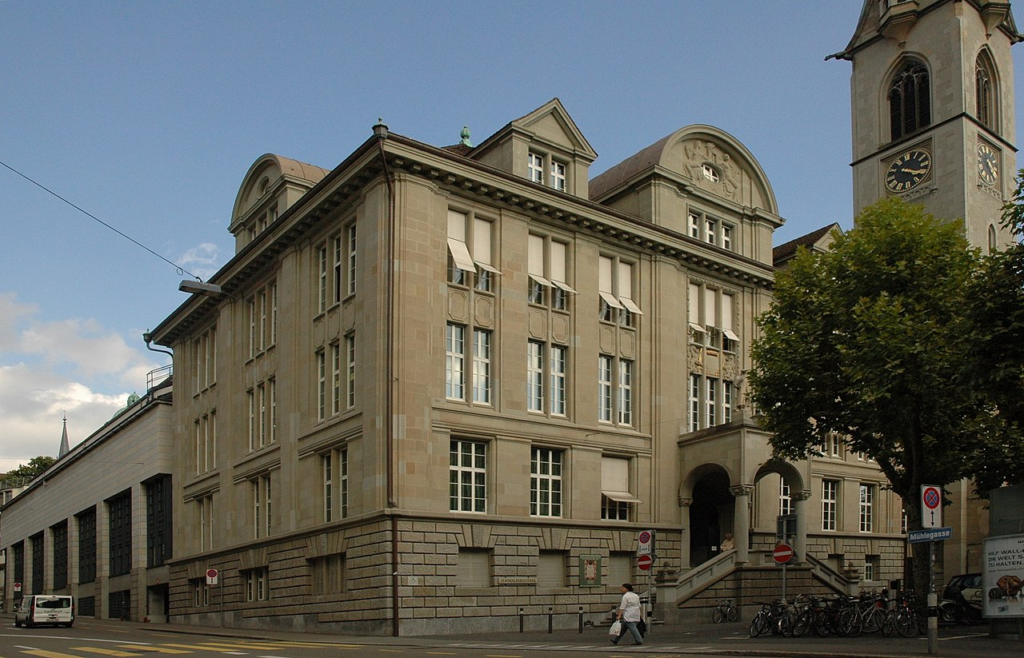
Above: Zürich Central Library (Zentralbibliothek Zürich)
In Arbon, Kaiser and his wife lived in the villa built for Hippolyte Saurer at Berglistrase 11.
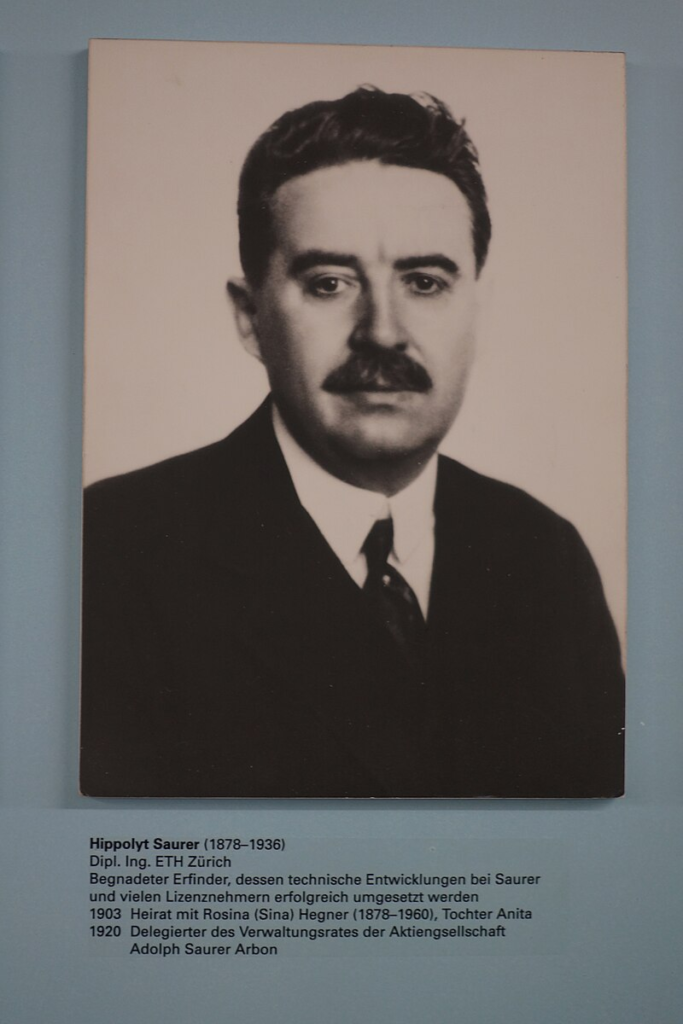
At the end of April 1926, he and his wife travelled for the last time to the valleys of South Sinai, all the way up to St. Catherine’s Monastery, and returned to Arbon in October 1927.
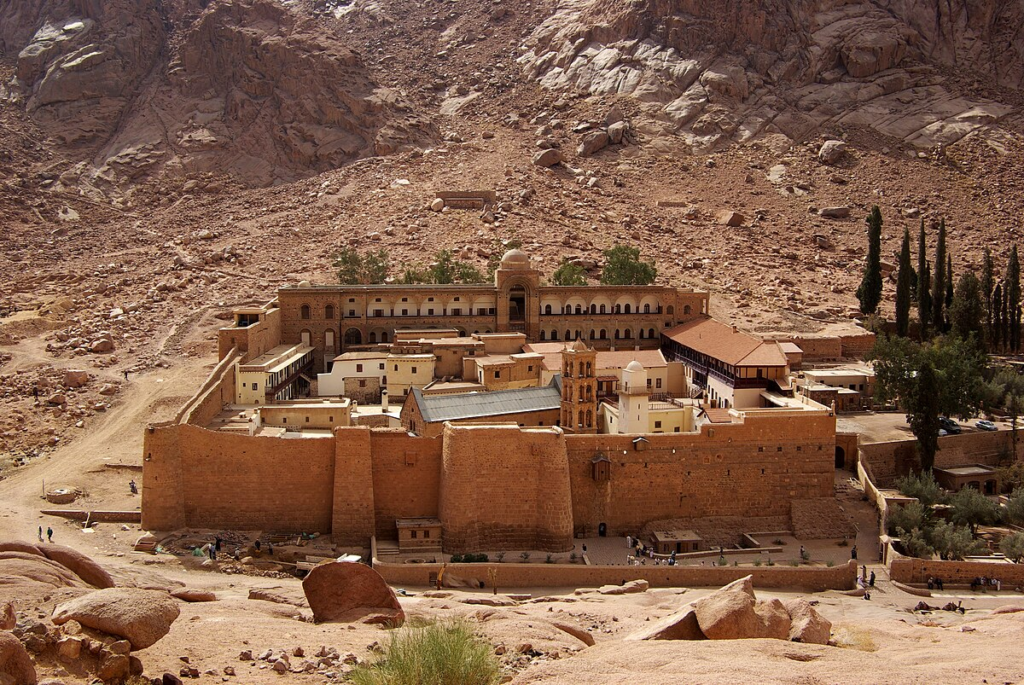
Above: St. Catherine’s Monastery, Sinai, Egypt
In the same year, Kaiser became an honorary member of the Natural History Society of the Canton of Thurgau.
He intended to conclude his life’s work with a monograph on Sinai.
A stroke ended his life on 4 April 1930.
A friend recalled:
“He could no longer cope with sifting through the enormous amount of material he had collected.”
This was all the more regrettable because his life’s work had a humanitarian purpose:
To help make life easier for the Bedouin tribes.
Alfred Kaiser was not only an incredibly versatile scientist and commercial agent, but also one of the first development workers.
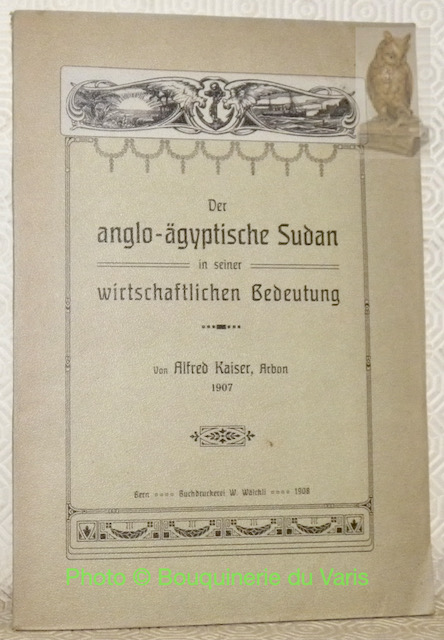
In the 19th century, the small town developed into an industrial center.
This was mainly thanks to the German Franz Saurer, who moved the mechanical workshop and iron foundry he had founded ten years earlier in St. Gallen to Arbon in 1863.
From 1888 onwards, he built embroidery machines and internal combustion engines.
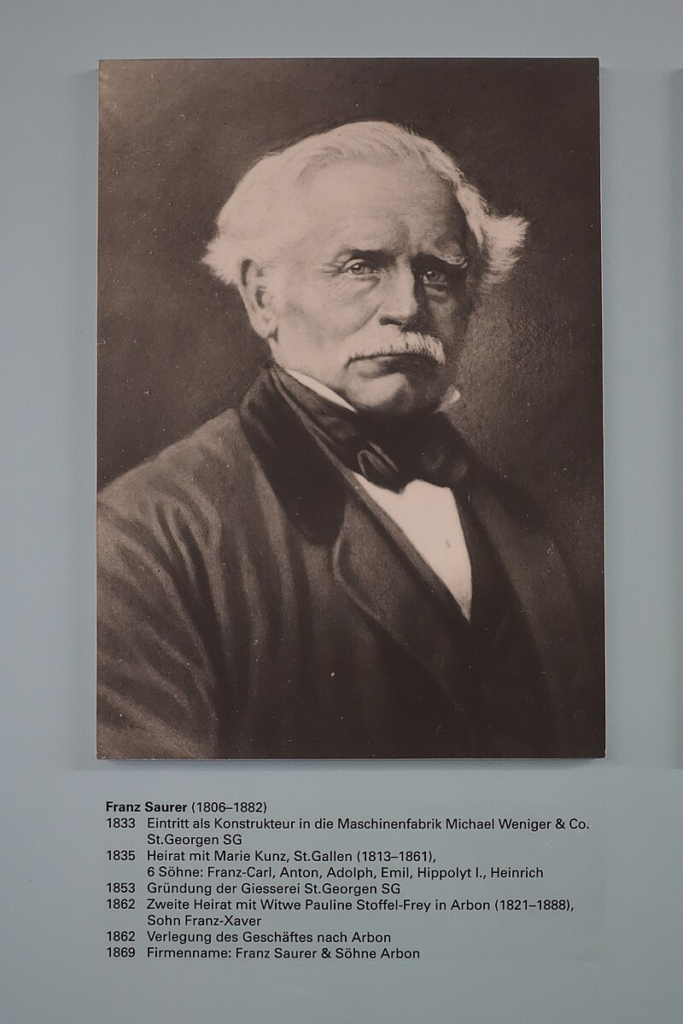
Max Daetwyler was a Swiss conscientious objector and pacifist.
He is considered one of the great Swiss originals of the 20th century.
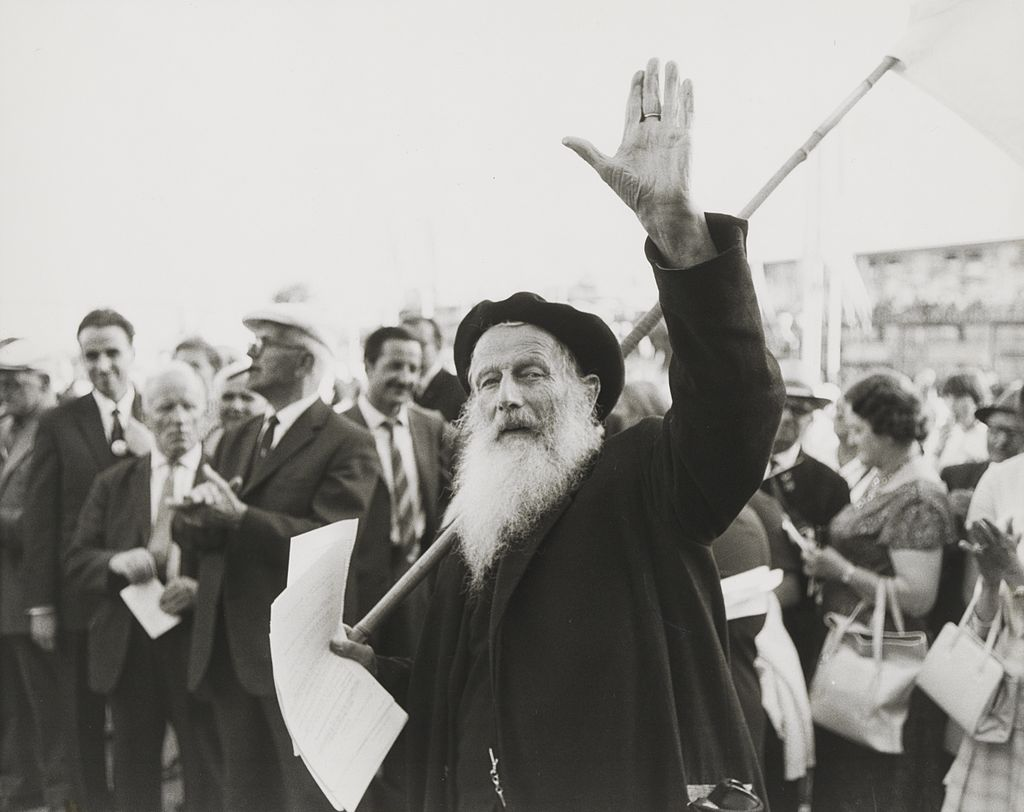
Above: Swiss activist “Apostle of Peace” Max Daetwyler (1886 – 1976)
Max Daetwyler grew up in Arbon on Lake Constance as the youngest of twelve children of a hotelier.
After finishing school in Arbon and completing a commercial apprenticeship in Wattwil, he worked as a waiter in Rome, Paris and London before becoming a garrison officer in Bern.

Above: Wattwil, Canton St. Gallen, Switzerland
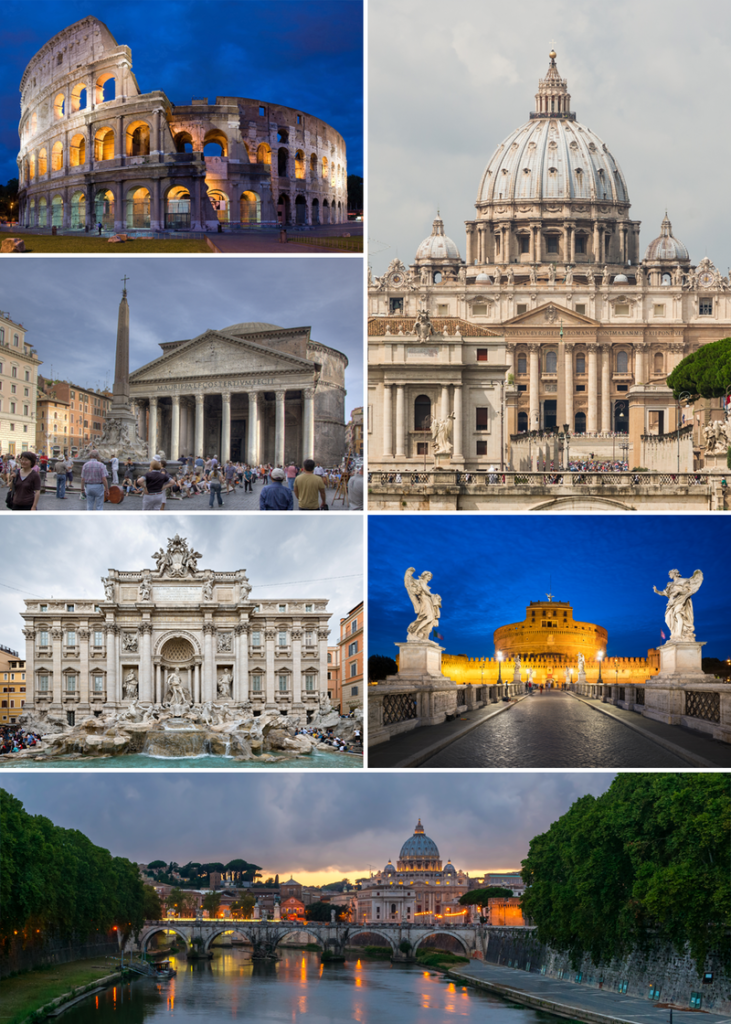
Above: Images of Rome, Italy
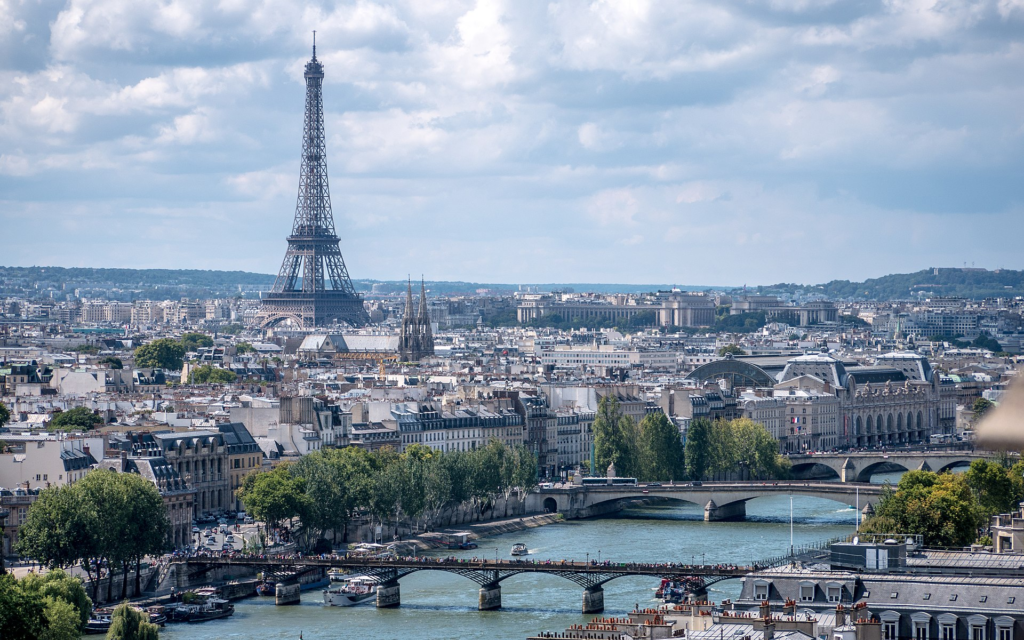
Above: Paris, France
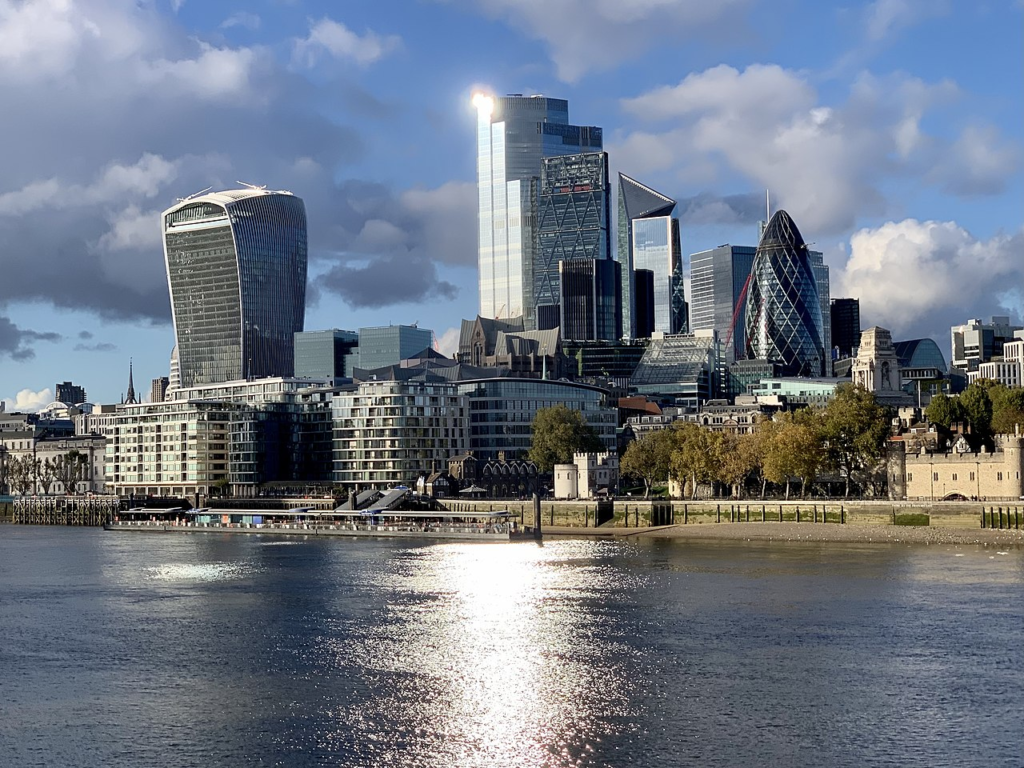
Above: London, England
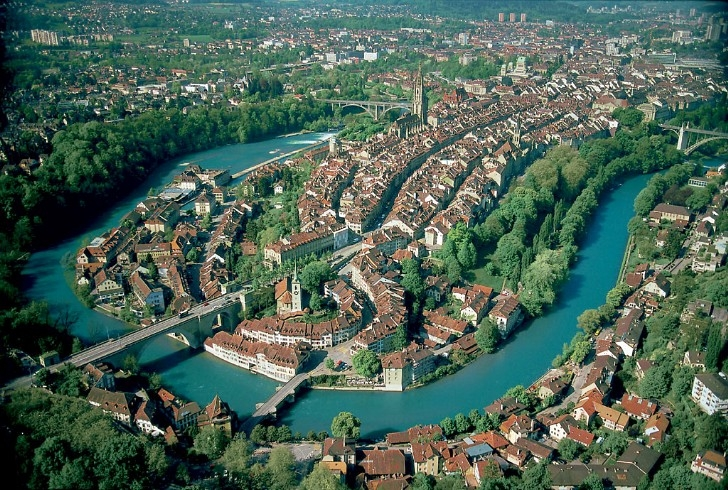
Above: Bern, Switzerland
During the Swiss mobilization in 1914, he refused to take the oath of allegiance at the barracks in Frauenfeld in protest against the war .
He was therefore committed to a psychiatric hospital and expelled from the army.
The authorities wanted to declare him incompetent several times based on the psychiatric report.
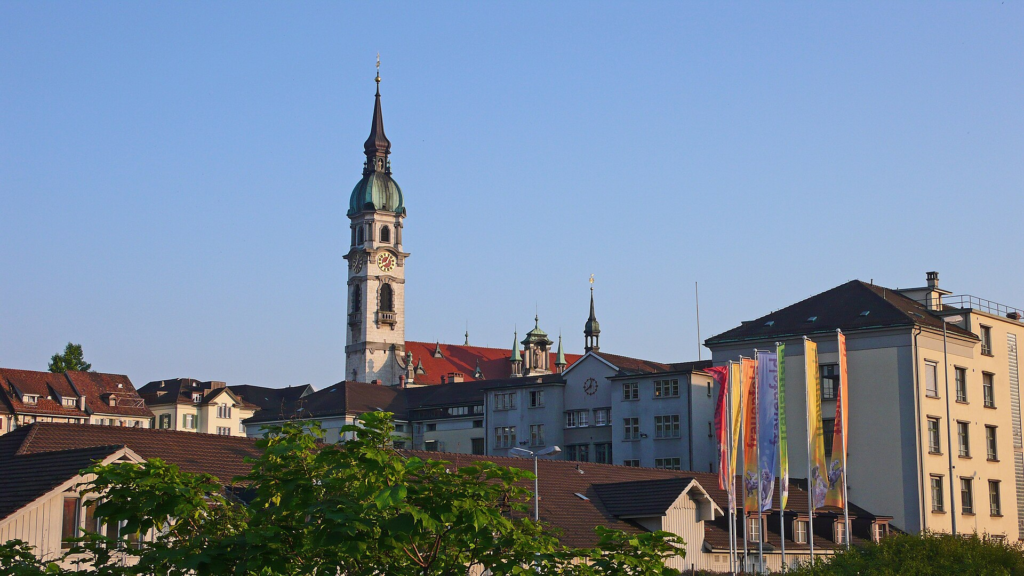
Above: Frauenfeld, Canton Thurgau, Switzerland
Thanks to the refusal of his hometown of Zumikon, however, this never happened.
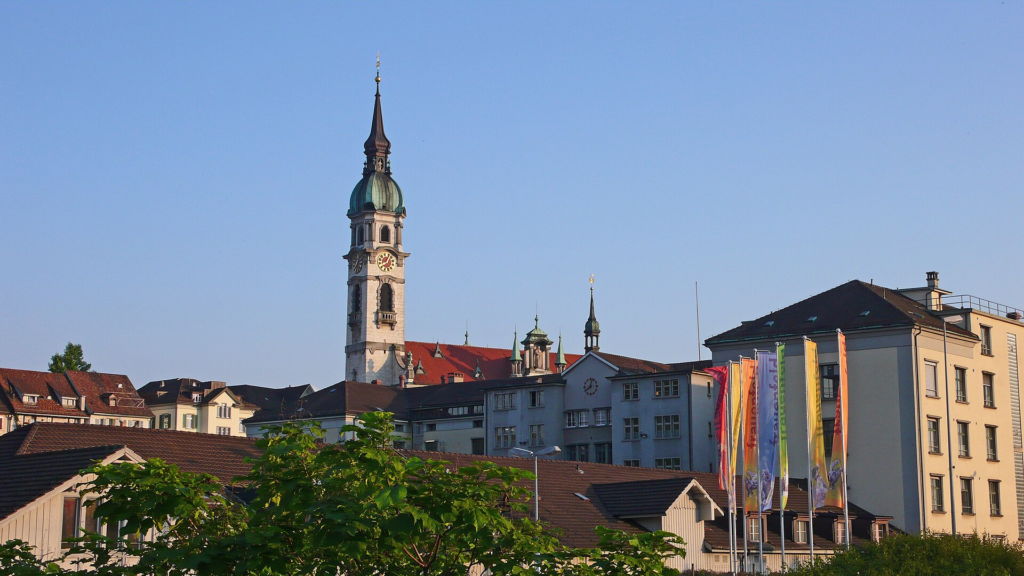
Above: Zumikon, Canton Zürich, Switzerland
After his release after three months, he founded the Peace Army association in Bern in 1915.
On 15 November 1917, he organized a rally with Max Rotter to end the war.
The workers of two munitions factories were persuaded to go on strike.
Daetwyler was arrested and, after being taken into police custody, again undergoing psychiatric examination at Burghölzli.
An angry crowd wanted to free him immediately after his arrest, and a street battle ensued.
The following day, while he was in police custody, renewed riots left a policeman, two demonstrators, and an innocent housewife dead and 40 people injured, some seriously.
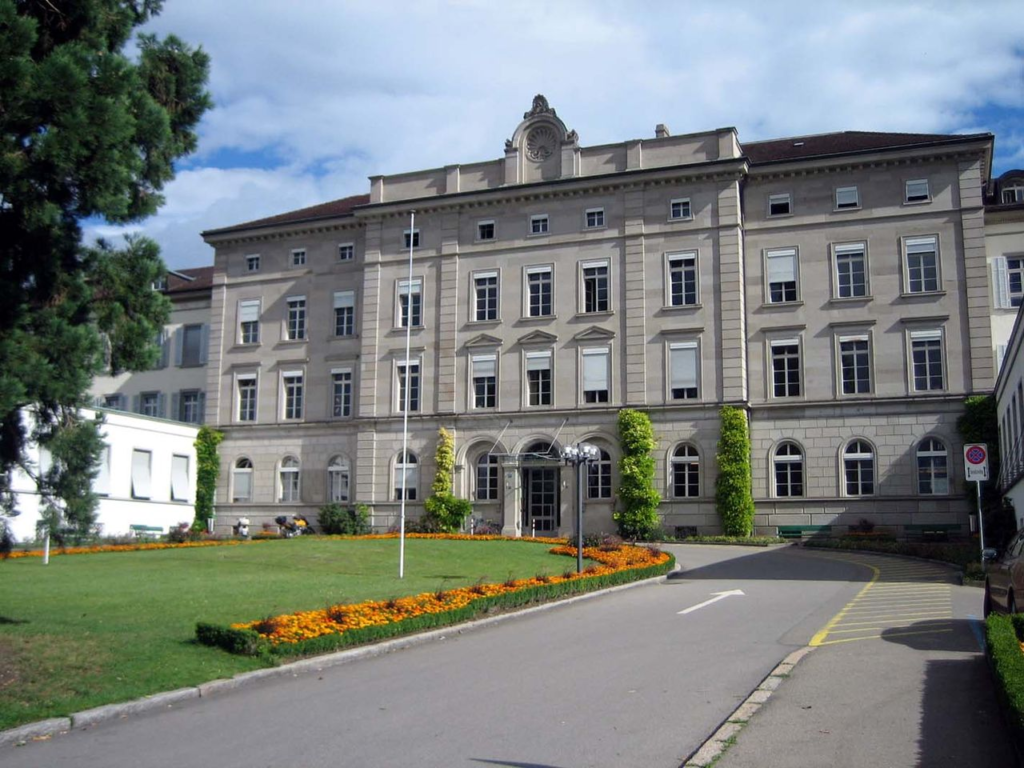
Above: Klinik Burghölzli, Zürich, Switzerland
After his release, Daetwyler married Klara Brechbühl and moved to Zumikon.
There he supported his family with a chicken farm, knitwear, growing vegetables and flowers, and beekeeping.
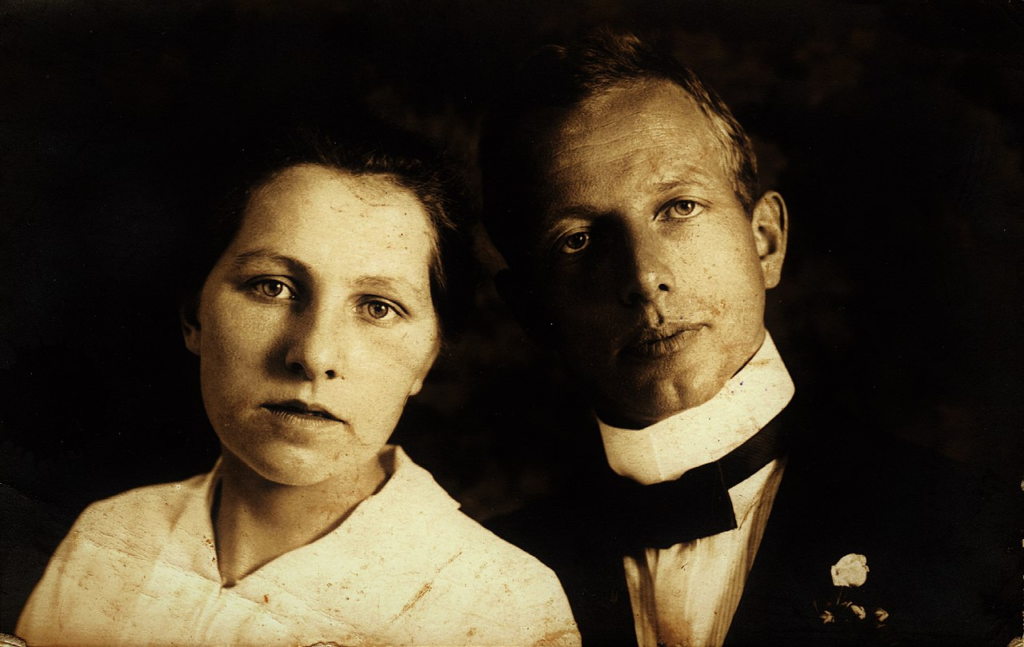
Above: Wedding of Max Daetwyler and Klara Daetwyler-Brechbühl
In 1932, he marched from Zürich to a League of Nations disarmament conference in Geneva, but was denied entry.
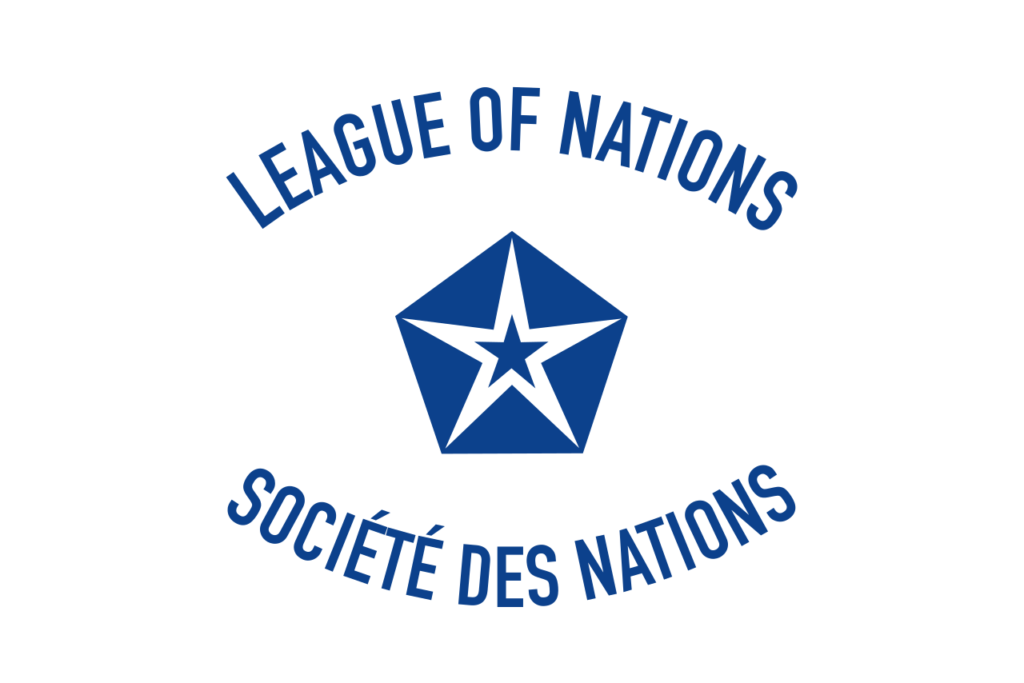
Above: Flag of the League of Nations (1920 – 1946)
Instead, he met Mahatma Gandhi in Romain Rolland’s house on Lake Geneva.
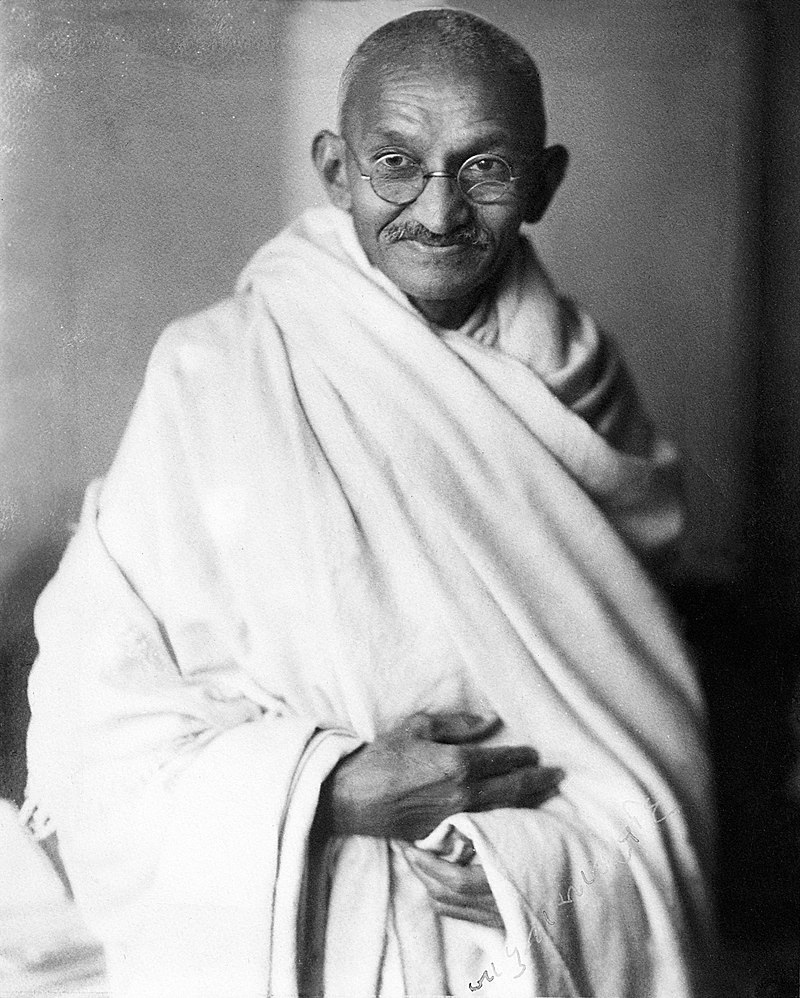
Above: Indian statesman Mohandas Karamchand Gandhi (1869 – 1948)
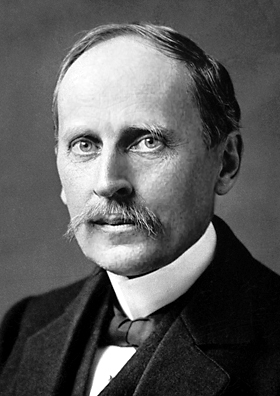
Above: French writer Romain Rolland (1866 – 1944)
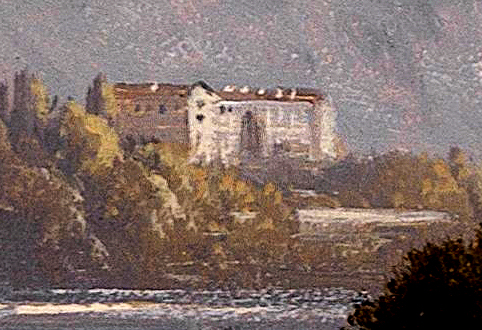
Above: Hôtel Byron, Villeneuve, Canton Vaud, Switzerland
After an incident in a church in Zürich a year later, he resisted a psychiatric report.
The municipality of Zumikon also wrote that:
“Nothing detrimental could be said.
He behaves very quietly and withdrawn here, is solid and hardworking.
We are further of the opinion that Max Daetwyler is neither mentally retarded nor mentally disturbed.”

After the Nazis seized power, he travelled to Munich, but missed Hitler by a day.
He wrote several letters to Hitler without ever receiving a reply.
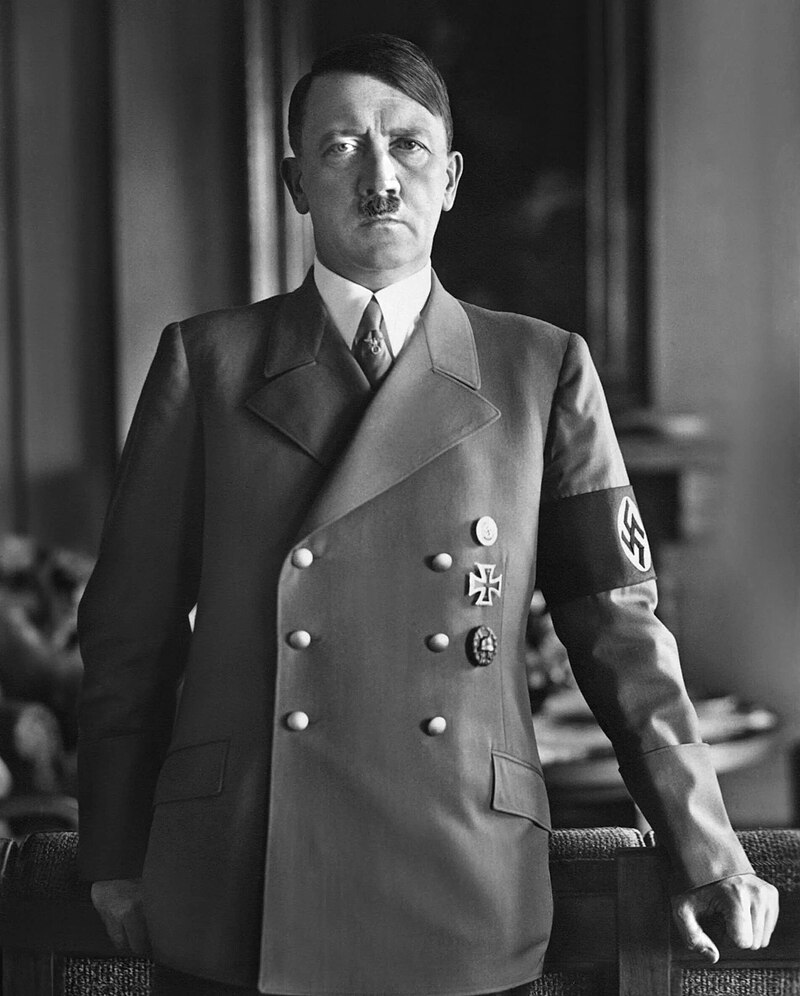
Above: German dictator Adolf Hitler (1889 – 1945)
From the Second World War onwards, the white flag was his constant companion.
In 1950, Daetwyler left the Reformed Church.
He travelled, particularly after the death of his wife in 1959, to the world’s centers of power and crisis points, advocating for world peace and disarmament.
Although government representatives rarely received him, he became a world-famous symbol of pacifism as the “apostle of peace with the white flag“.
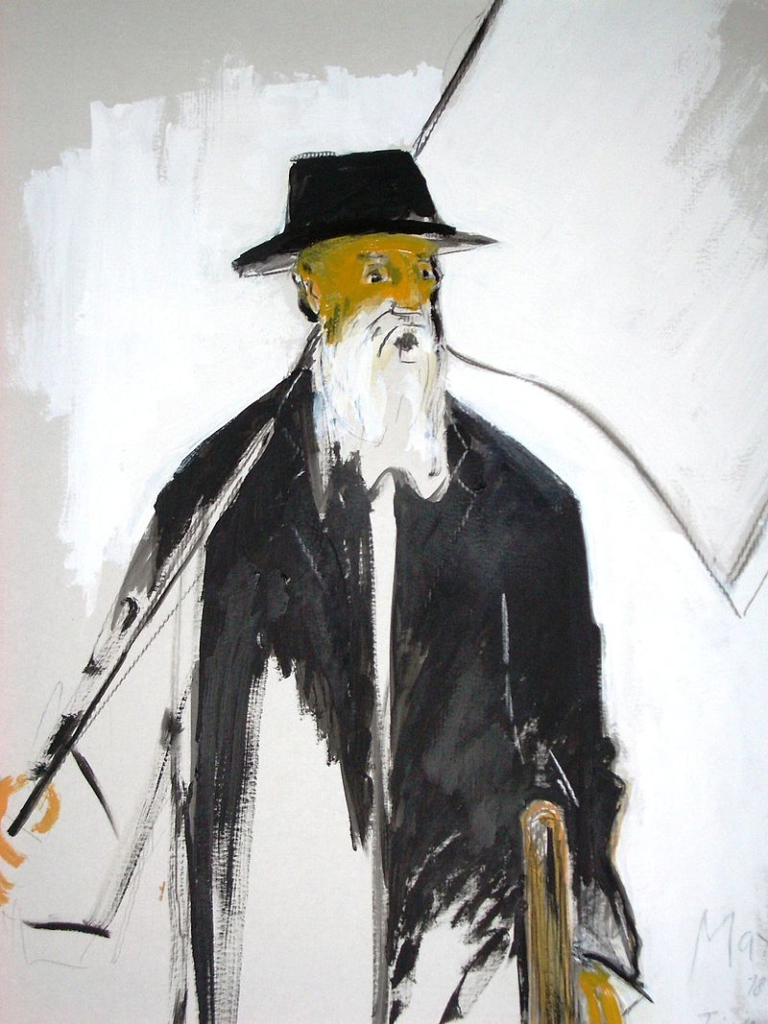
Above: Portrait of Daetwyler by Theo Dannecker, exhibition
Creating Peace, Zürich (2008)
Nevertheless, he was also admitted to a clinic in Austria when he tried to travel to Hungary in 1956.
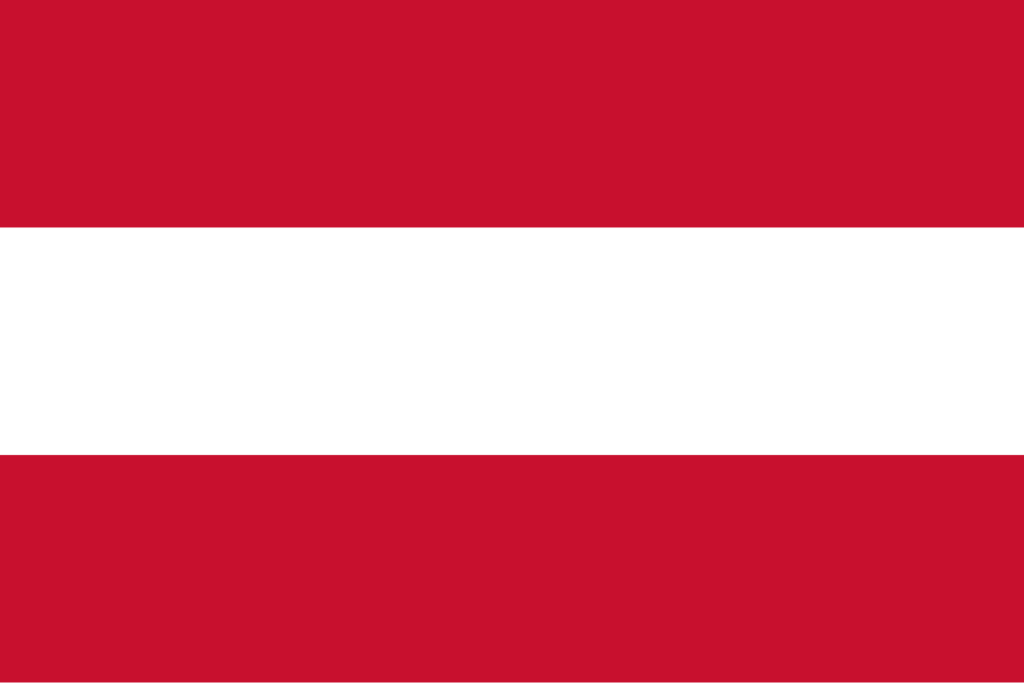
Above: Flag of Austria
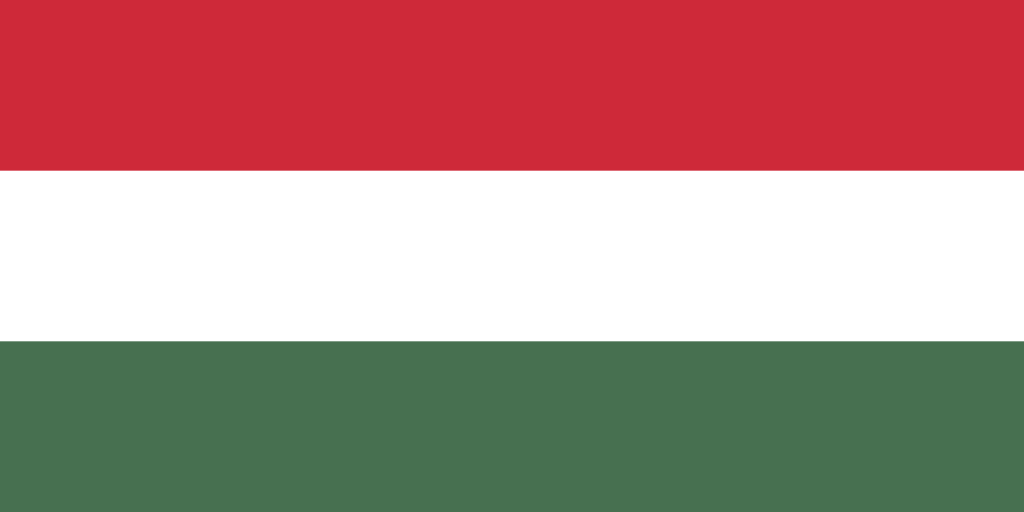
Above: Flag of Hungary
The same thing happened in France when he wanted to meet President de Gaulle.
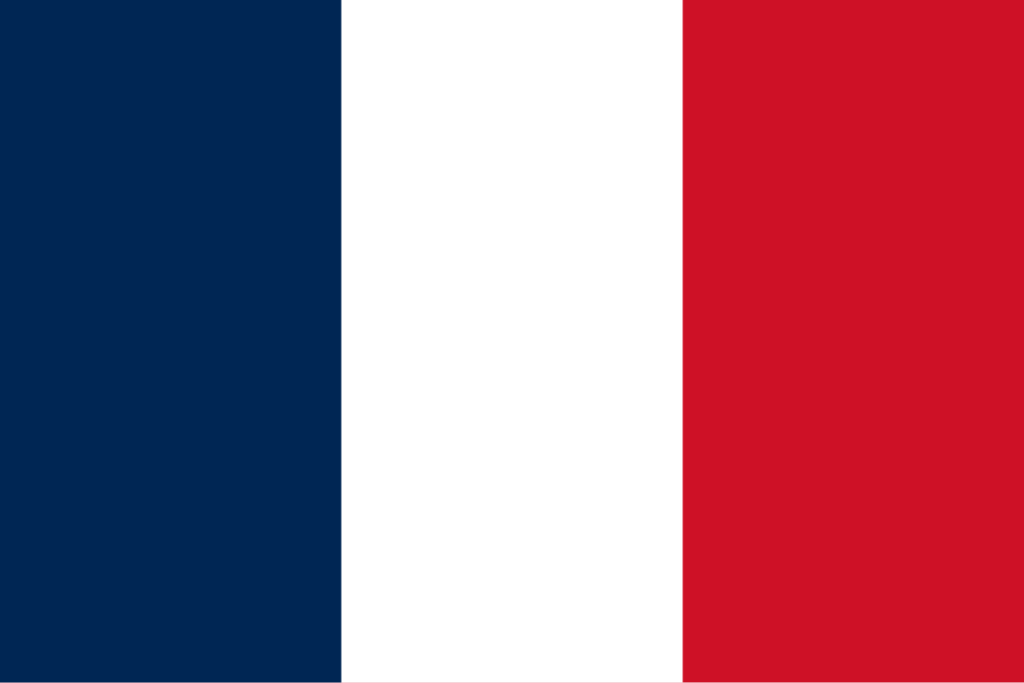
Above: Flag of France
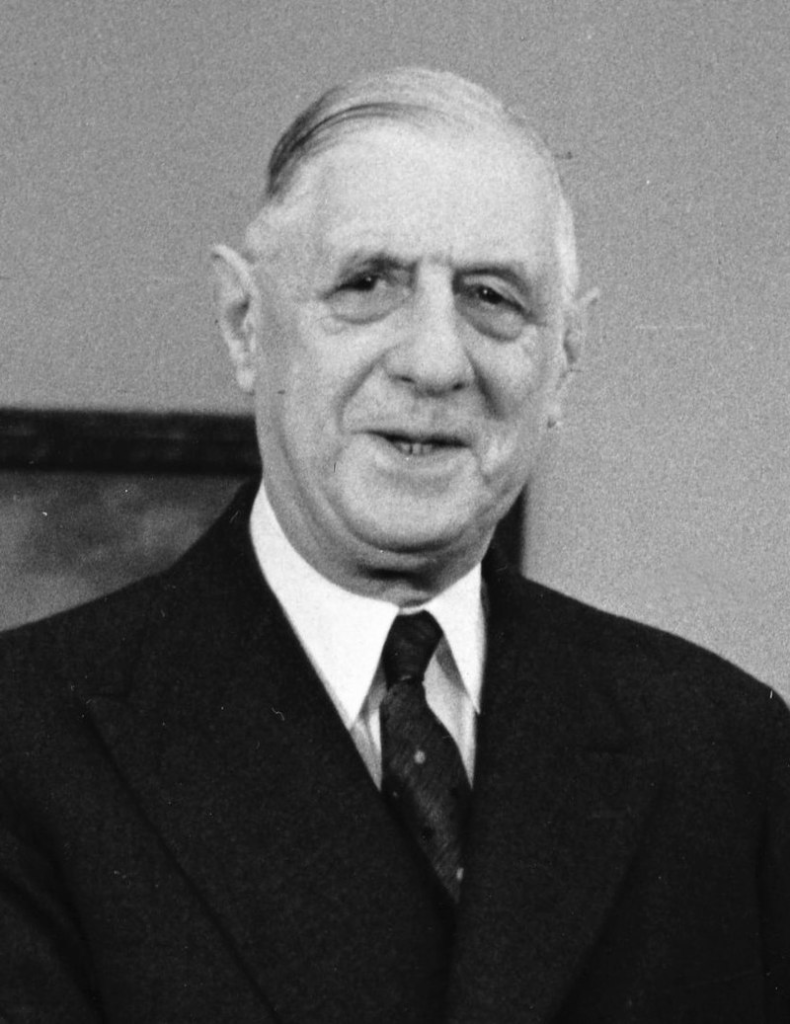
Above: French President Charles de Gaulle (1890 – 1970)
He also travelled to England, Egypt and Israel.
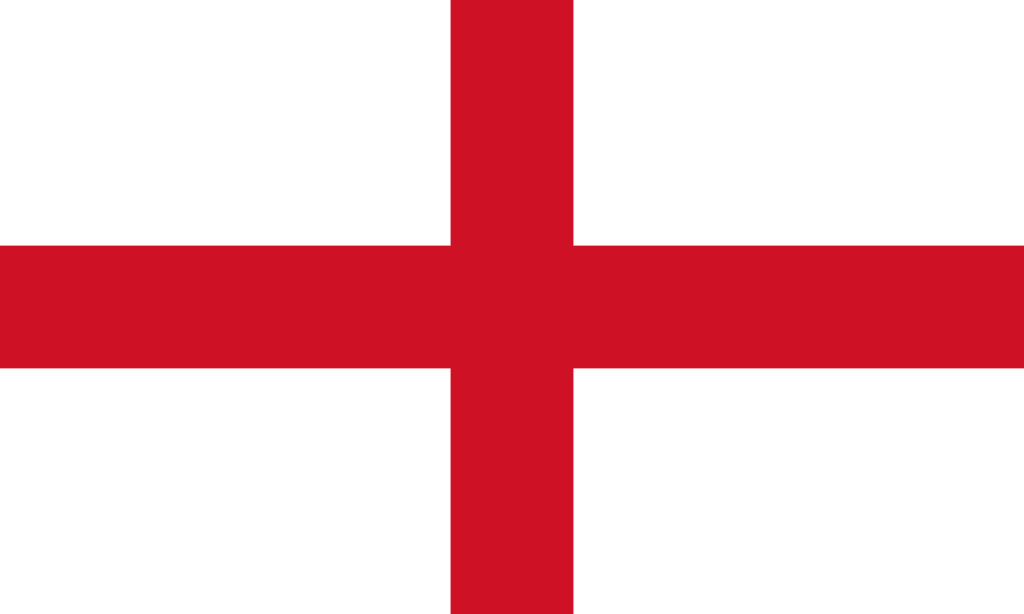
Above: Flag of England
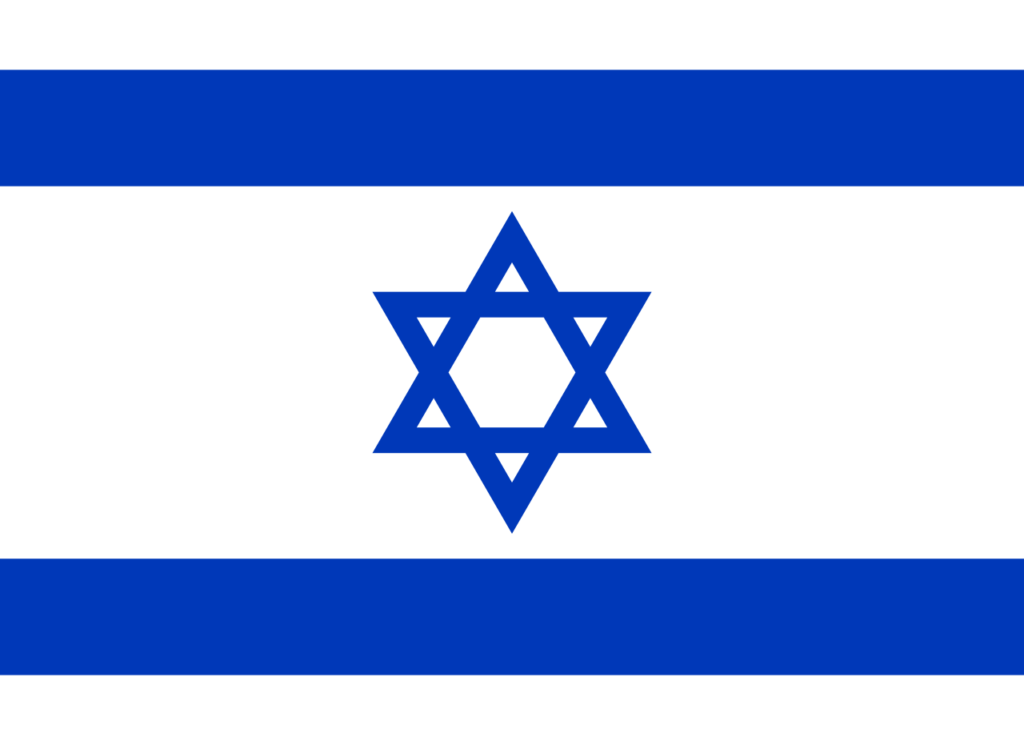
Above: Flag of Israel
In 1961, he travelled to the USA, where he was received by President Kennedy’s press attaché, but was again unsuccessful in Cuba.
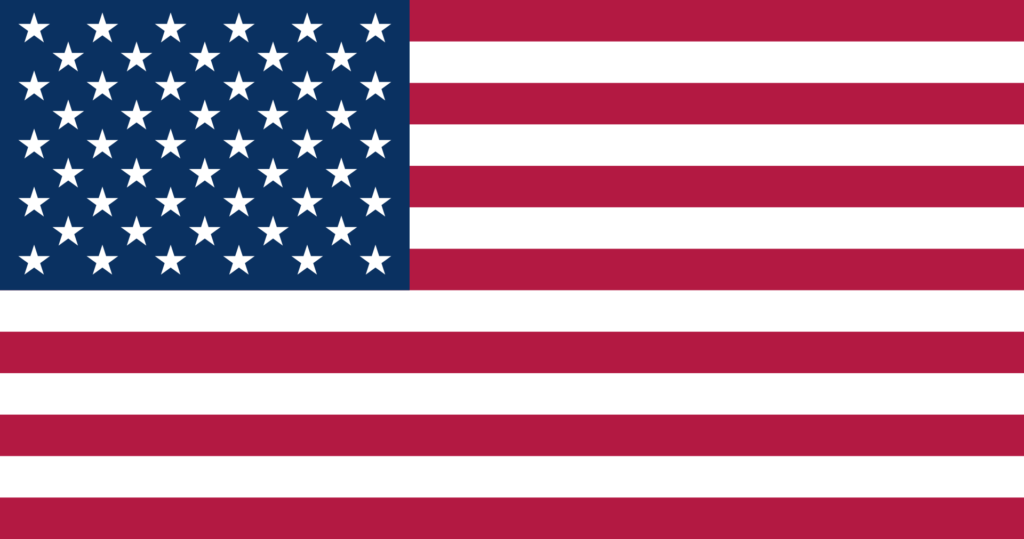
Above: Flag of the United States of America
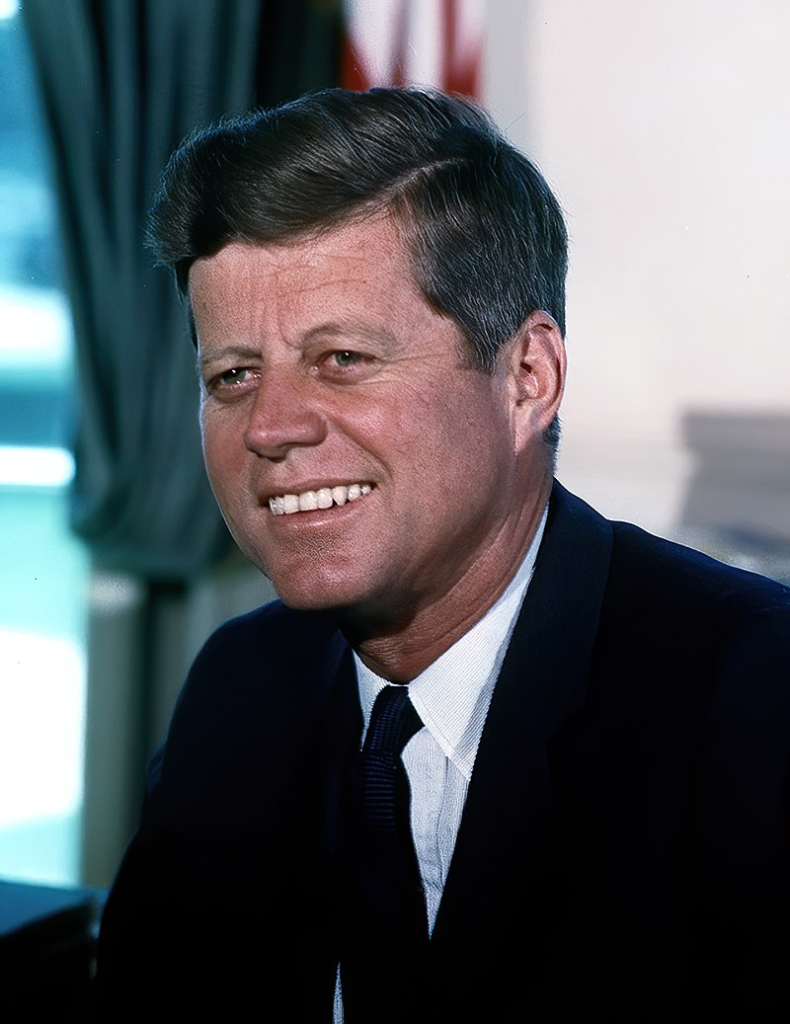
Above: US President John F. Kennedy (1917 – 1963)
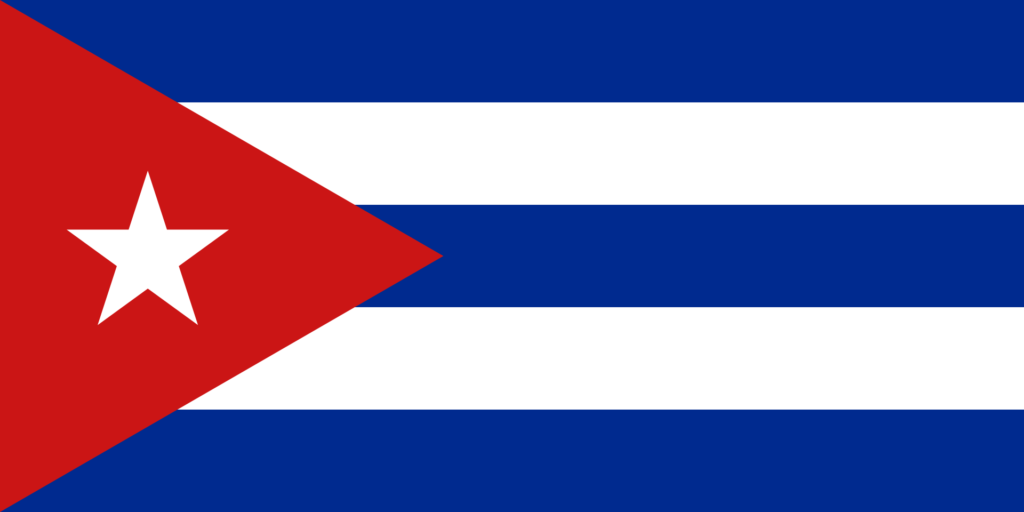
Above: Flag of Cuba
His offer to Walter Ulbricht to buy the Berlin Wall was rejected.
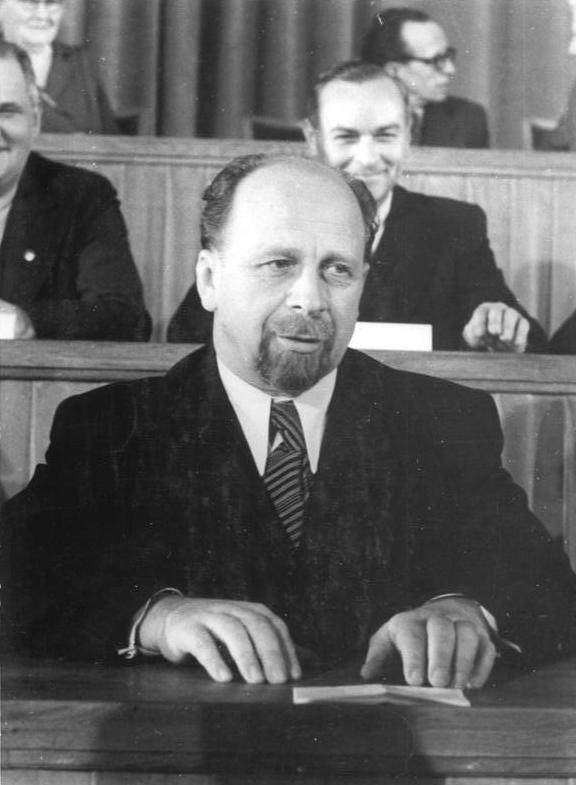
Above: East German First Secretary Walter Ulbricht (1893 – 1973)
His visit there was met with tear gas.
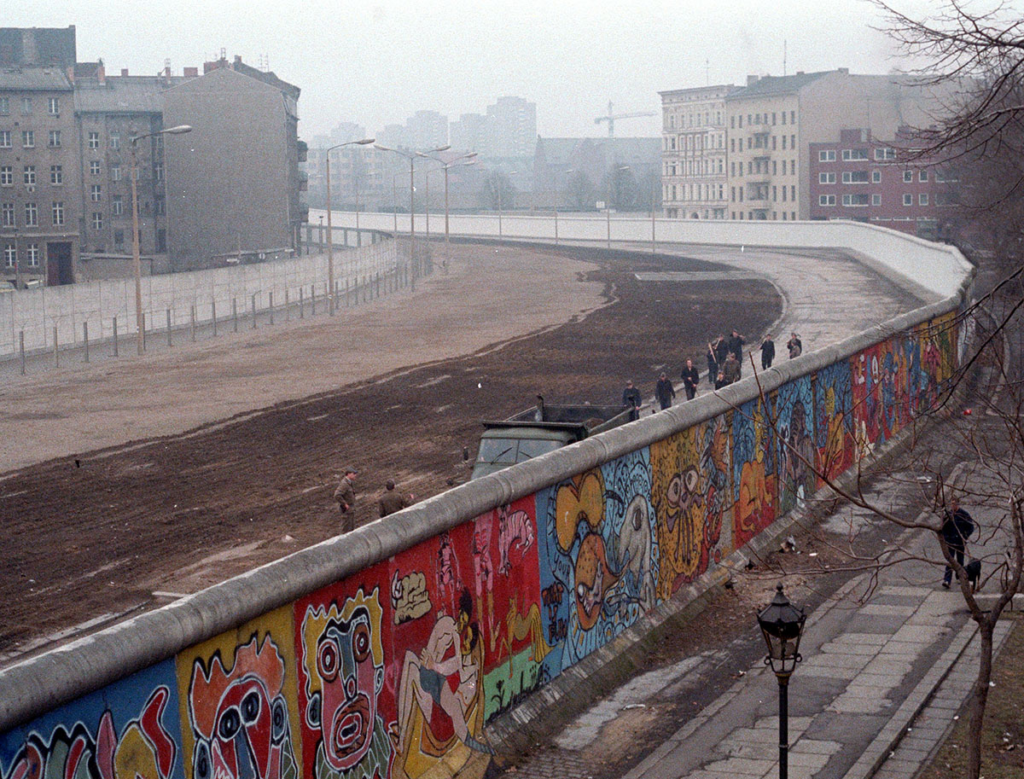
Above: The Berlin Wall (1961 – 1989)
Daetwyler’s pacifism was based on the Christian message of
charity and the reconciliation of peoples after war.
He fought to resolve contradictions and the double standards of the state, which could only exist if it was permitted to use violence, while Christianity forbade all violence.
This double standard, he argued, was the trigger for the First World War.
He was an advocate of consistent nonviolence, following Gandhi’s example.
In his spirit, he called for a nonviolent way of life in Europe, to which each individual could contribute through passive resistance, for the establishment of the “fatherland of all people“, a unity in political, economic and religious relationships through a life of spiritual harmony.
“War, like everything else, does not begin when it appears externally, through the manufacture of weapons, through the militarization of the people, but it has its origin in the mentality of man, which must be corrupted before it allows the preparation of war.”
Max Daetwyler (1916)
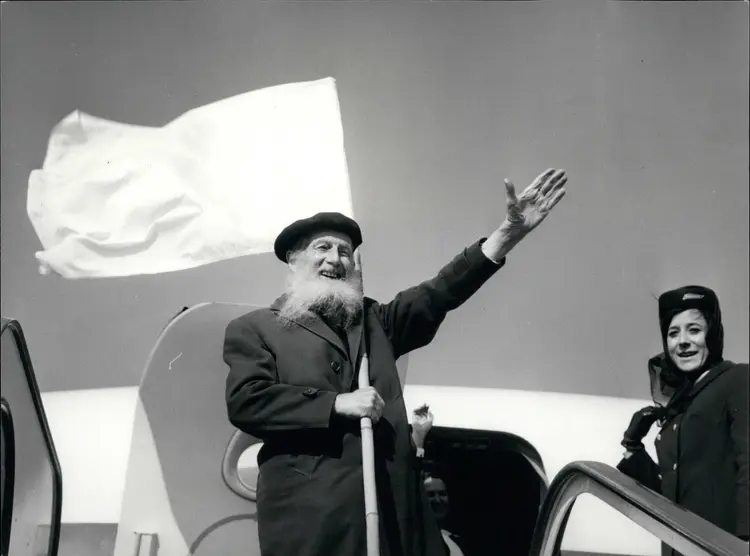
Above: Max Daetwyler
Hans Thomas Bornhauser was a Swiss pastor, publicist and popular writer.
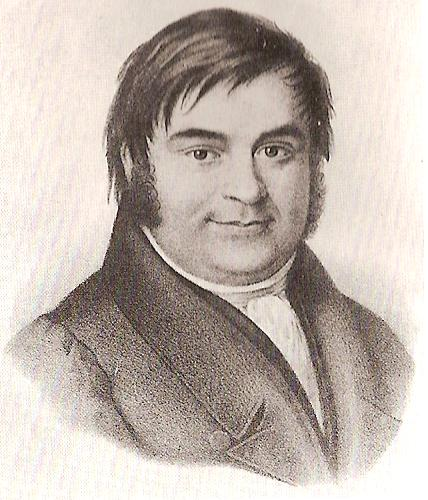
Above: Swiss writer Thomas Bornhauser (1799 – 1856)
Bornhauser studied in Zürich, first became provisor (administrator) in Weinfelden, then in 1824 pastor in Matzingen, in 1831 pastor in Arbon and finally in 1851 pastor in Müllheim.
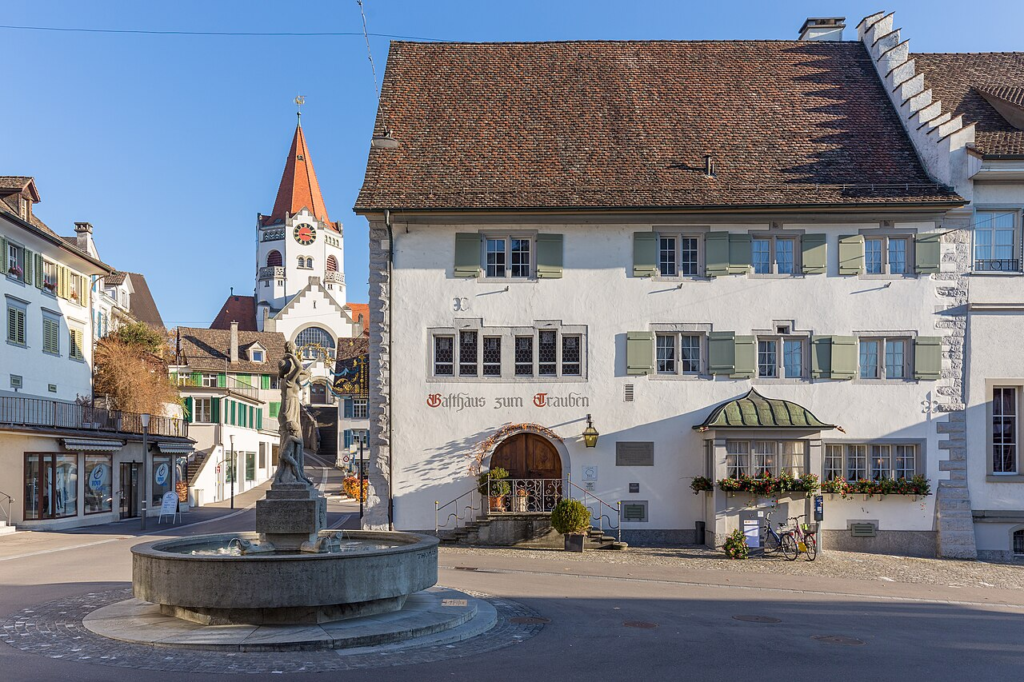
Above: Weinfelden, Canton Thurgau, Switzerland
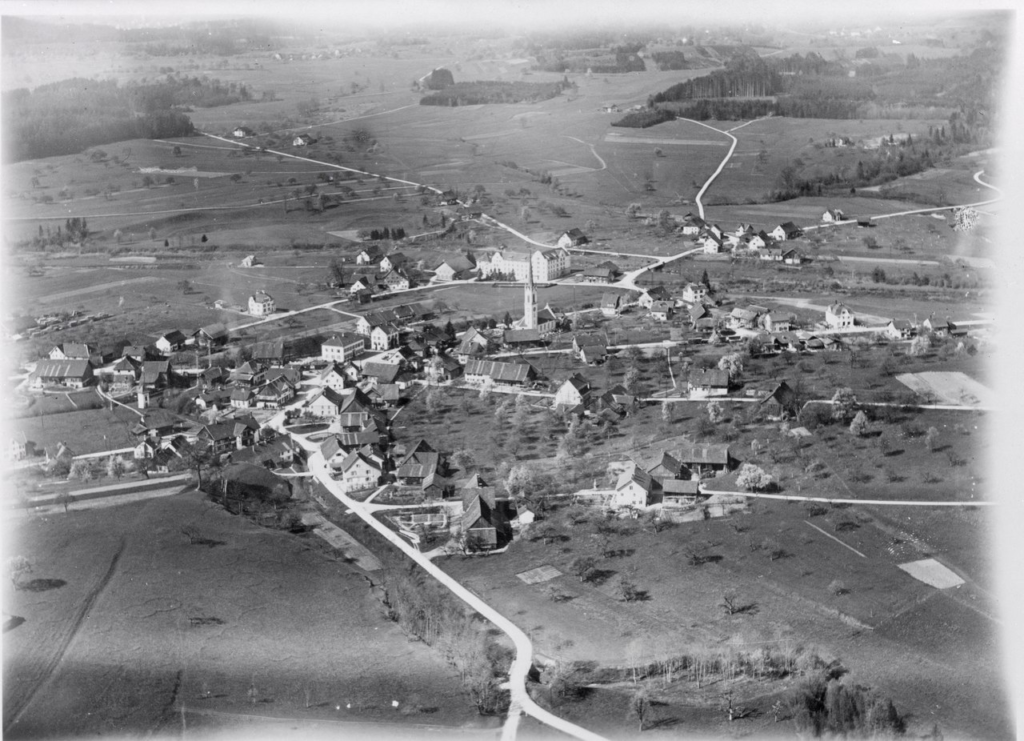
Above: Matzingen, Canton Thurgau, Switzerland
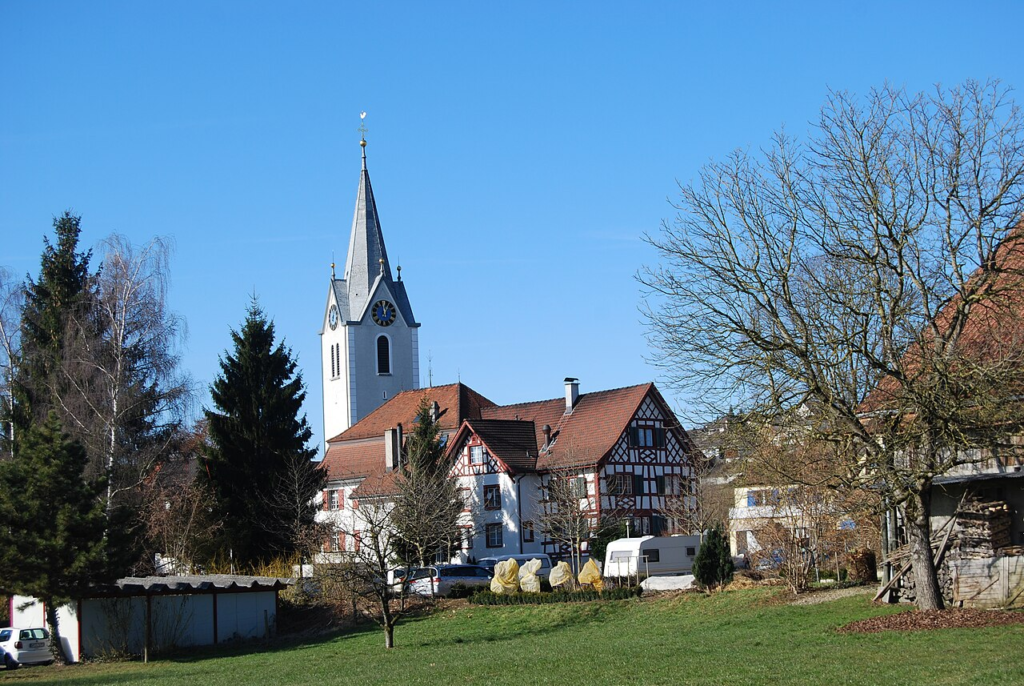
Above: Müllheim, Canton Thurgau, Switzerland
As a publicist, he enjoyed considerable success with his tragedy Gemma von Arth (1828), which became a popular folk play.
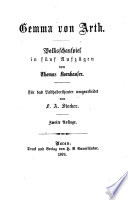
His political articles in the liberal Appenzeller Zeitung received considerable attention.

After the French July Revolution (1830), his essay On the Improvement of the Thurgau State Constitution sparked a popular movement that spread to other cantons.
Together with Joachim Leonz Eder and Johannes Keller, he subsequently drafted a new liberal Thurgau constitution.
After Bornhauser was president of the Thurgau Constitutional Council in 1831, he was again elected to the Grand Council (cantonal parliament) in 1833, where he brought about the abolition of the Thurgau monasteries in 1835.
He rests on the south side of the Protestant church in Müllheim.
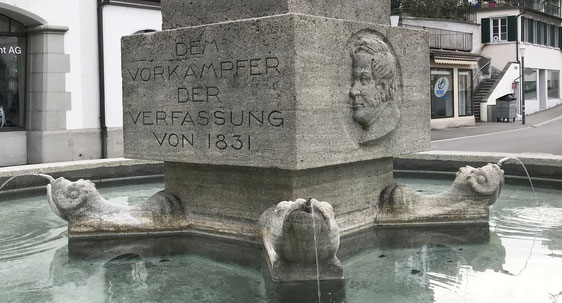
Above: Bornhauser Fountain, Weinfelden
The American Arnold Bendix Heine temporarily employed even more people – according to his own figures, over 4,000 – both inside and outside the world’s largest embroidery factory he built between 1898 and 1908 (liquidated in the 1920s and demolished in 1990).
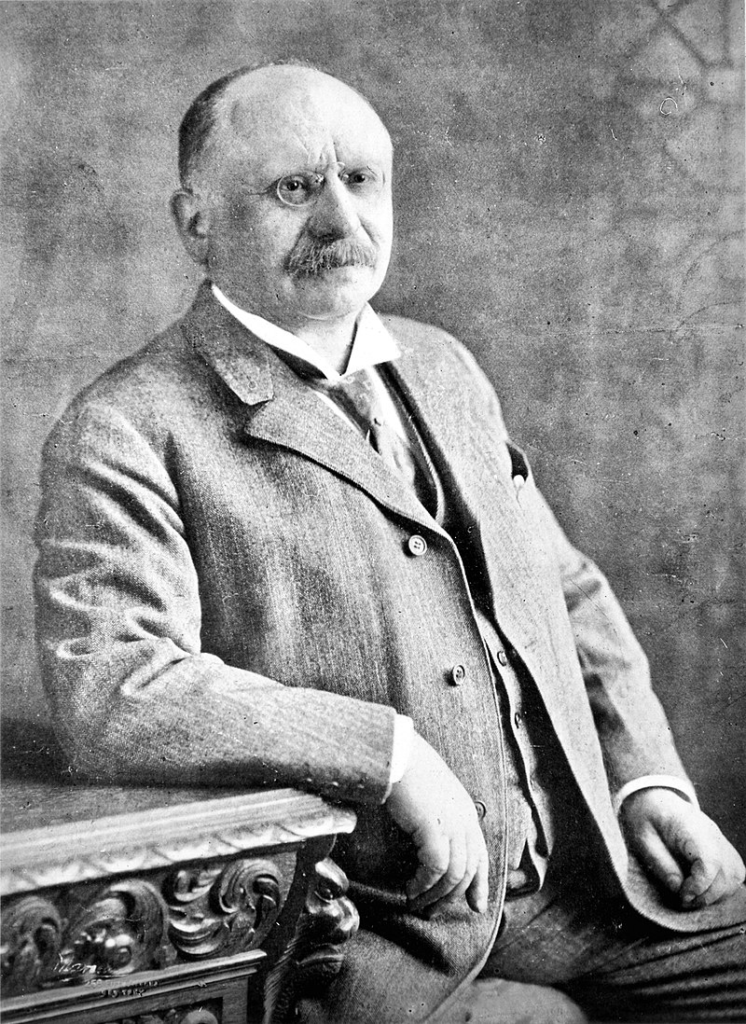
Above: US entrepreneur Arnold Bendix Heine (1847 – 1923)
As a result of industrialization, the municipality’s population increased from 1,427 in 1850 to 5,677 at the turn of the century and to 10,299 in 1910.
From 1904 onwards, Saurer also built trucks and eventually looms.
The factory employed the most people (4,513) in 1963.
Production of civilian trucks and buses ended in 1983, and that of military vehicles in 1986.
Today, the company is Chinese-owned and only produces embroidery machines.
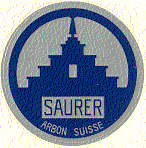
The town’s “Red Arbon” sobriquet, which earned its place in Swiss political history, was born out of a combination of strong socialist, working-class movements and the presence of foreign (primarily Italian) labor that shaped the town’s industrial landscape.
Let’s explore this history, its implications, and whether the label holds any weight today.
From the late 19th century through much of the 20th century, Arbon was a hub for the working class, and its political leanings reflected this.
Several key events illustrate the town’s early alignment with socialist ideals and labor rights struggles:
In 1902, there were three days of anti-Italian riots.
The anti-Italian sentiment likely stemmed from growing tensions between Swiss nationals and the influx of Italian laborers who were seen as taking jobs in Arbon’s factories.
This led to violent protests against the Italians, something that would foreshadow later labor unrest.
In 1907, there was a wildcat strike by Italian unskilled workers at Heine’s.
In 1908 there was a five-month lockout of the workforce.
The town’s industrial economy was dominated by companies like Heine’s, where Italian laborers were employed in grueling, low-paid jobs.
The strikes and lockouts were direct reactions to harsh working conditions and exploitative practices.
They served as a springboard for socialist and labor organizing in the region.
In 1910, almost half of the resident population was of foreign nationality.
Almost a quarter was Italian.
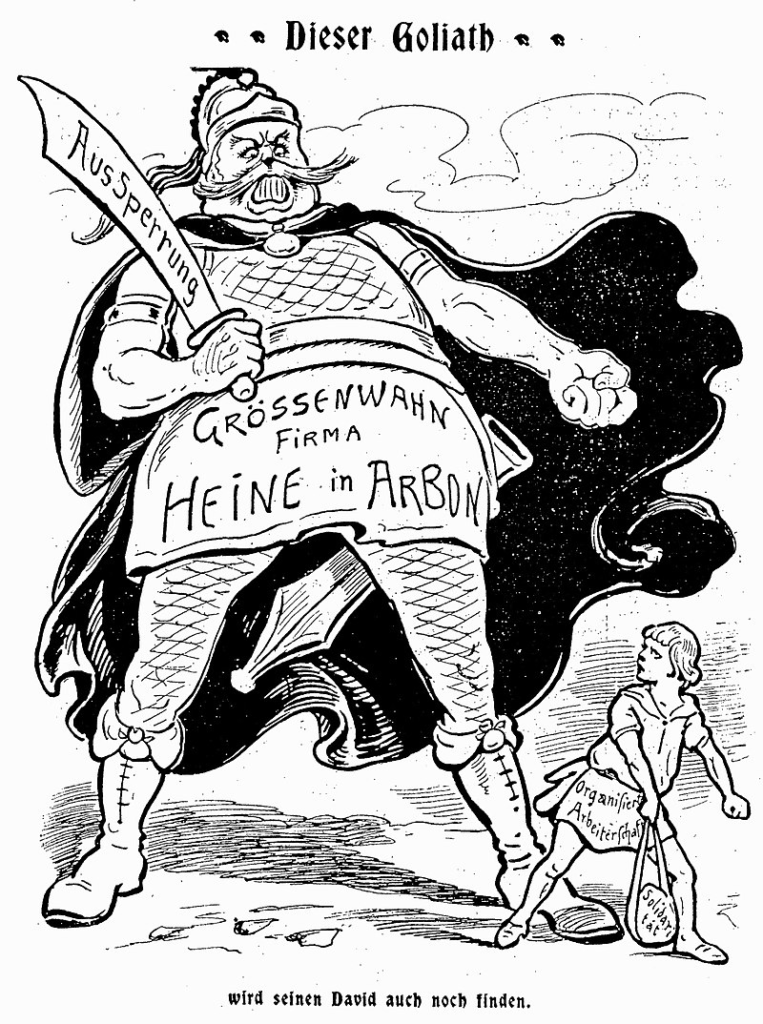
Above: “Megalomaniacal firm Heine in Arbon” as Goliath, from the workers’ joke paper Der Neue Postillon (1908)
In 1911, an international socialist rally took place in Arbon with an estimated 10,000 participants.
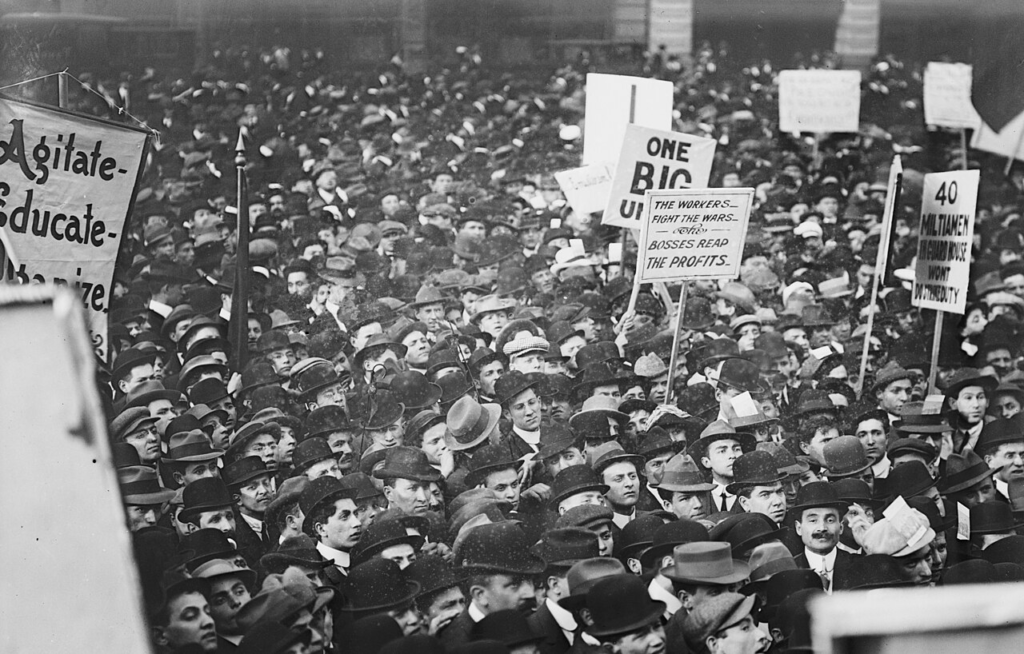
From the 1920s to the 1950s, the town was governed by a social democratic majority and was known throughout Switzerland as “Red Arbon“.
From the 1920s through the 1950s, Arbon was indeed a stronghold of social democracy, making its label as “Red Arbon” accurate for that time.
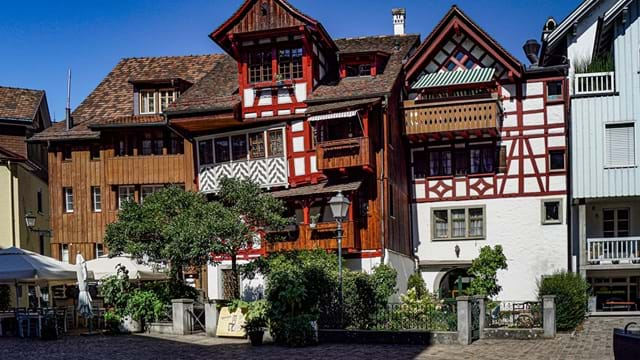
Above: Arbon
It represented the struggle of the working class and its push for better living and working conditions, just as cities like Milan and Turin did in Italy.
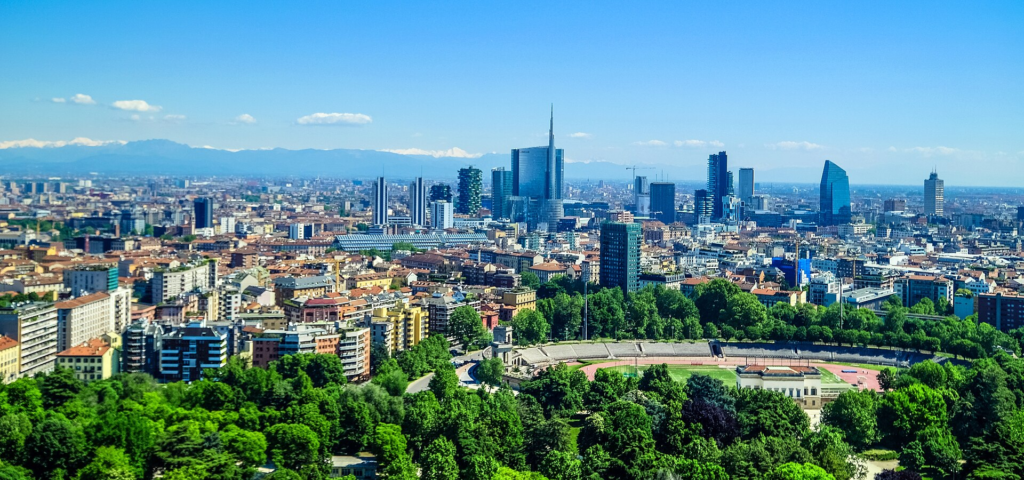
Above: Milano (Milan), Italy
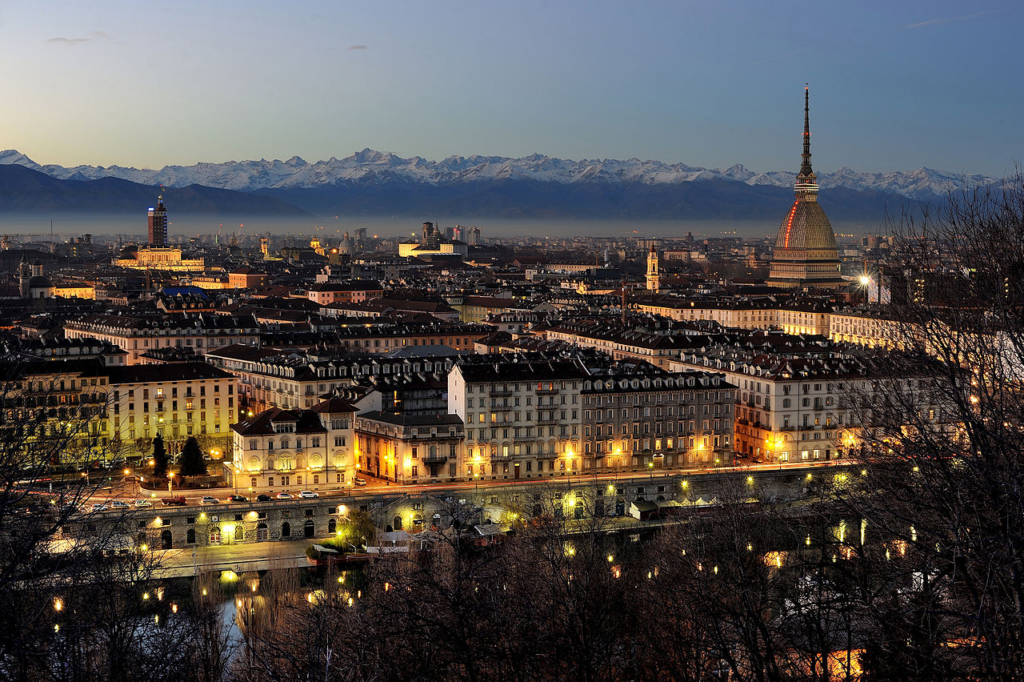
Above: Torino (Turin), Italy
The political influence of socialist and social democratic movements in the town during this period was significant.
With a large working-class population, the town saw the implementation of pro-worker policies and the flourishing of labour unions that further consolidated the socialist culture.
Fast forward to the present day.
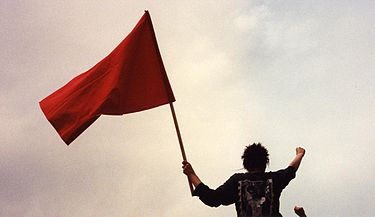
Arbon’s political landscape has evolved considerably.
The social democratic influence that once dominated the town has weakened, as it has in many parts of Europe.
Here’s a closer look at how things stand now:
Economic Changes:
Arbon’s industrial landscape has transformed since the early 20th century.
The town, once heavily reliant on factories and labour unions, has diversified economically.
Arbon today is part of the Swiss industrial heartland but has experienced shifts away from heavy manufacturing towards high-tech and service industries.
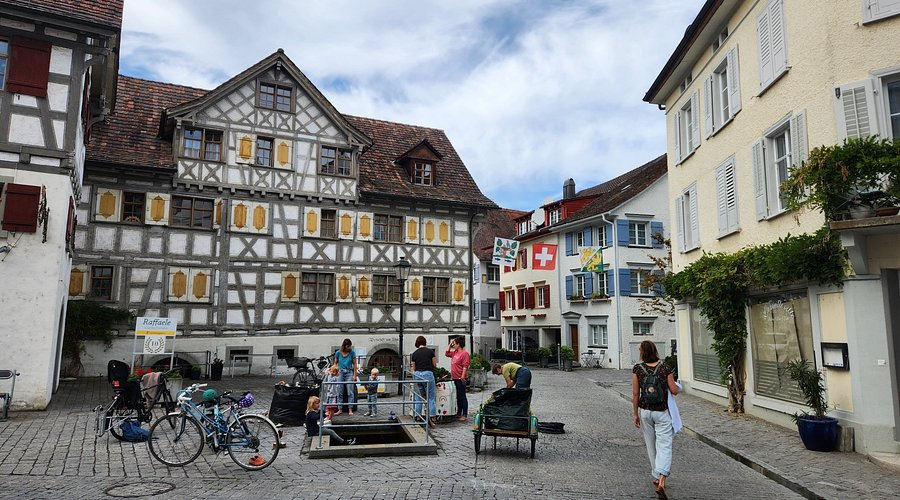
Above: Arbon
Changing Demographics:
While Arbon still has a significant proportion of foreign nationals, including Italians, the local demographic has changed considerably in recent decades.
Immigration from other countries, including Eastern Europe and the Balkans, has altered the political makeup of the region, potentially diluting the historically Italian influence.
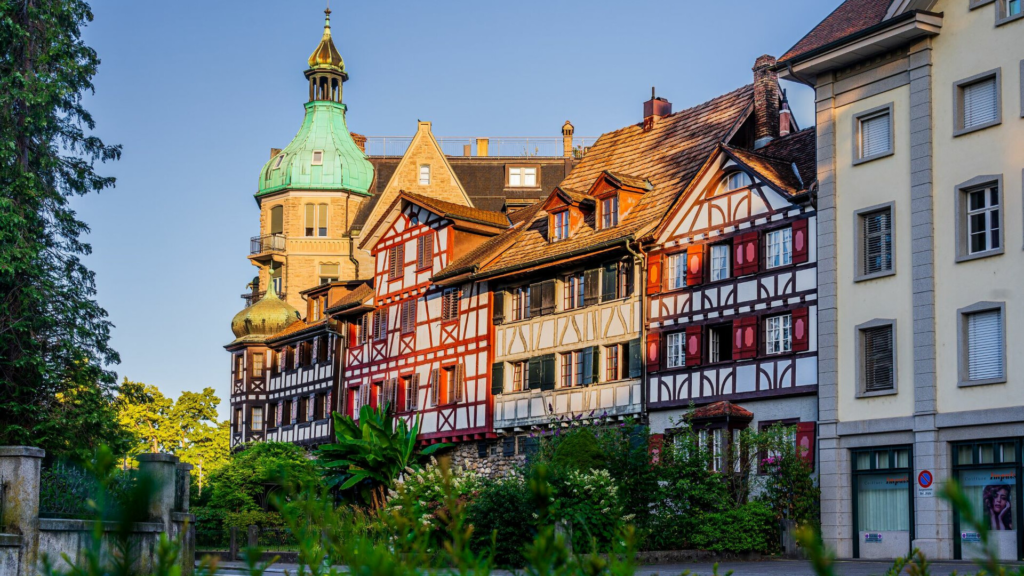
Above: Arbon
Political Landscape:
The social democratic influence remains in certain pockets, but Switzerland’s political landscape is now less polarized.
Arbon’s local government, like many other parts of the country, is more likely to see a centre-left or centre-right coalition.
The political intensity of the earlier 20th century, marked by ideological battles between socialism and conservatism, has dissipated somewhat, though social policies still play a significant role in the town’s political life.
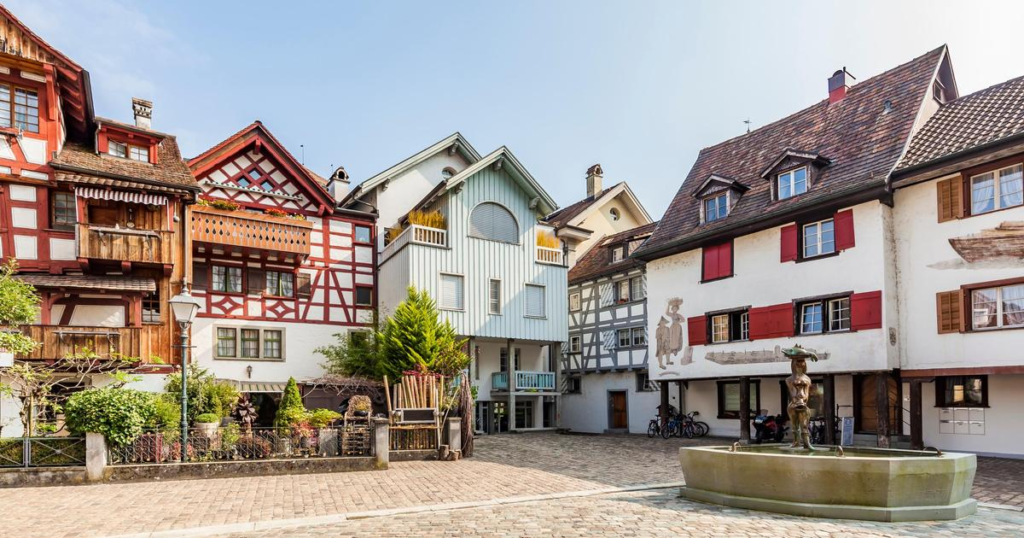
Above: Arbon
“Red” Symbolism:
Today, Arbon is still referred to occasionally as “Red Arbon” in the context of its historical legacy, particularly by those with an interest in Switzerland’s socialist past.
However, this is more of a historical reference than a description of the current political climate.
While the term “Red Arbon“ is historically accurate, it no longer holds the same political weight.
Today, Arbon is no longer a stronghold of socialist or communist movements, but instead reflects the more moderate, pluralistic politics that have come to define modern Switzerland.
The socialist history is still an essential part of the town’s identity, particularly when you consider the working class heritage and the socialist traditions of earlier decades, but politically speaking, Arbon has evolved.
Thanks to its lake promenade, which was built by “Red Arbon” against the resistance of the bourgeois minority, Arbon is now a popular tourist destination.
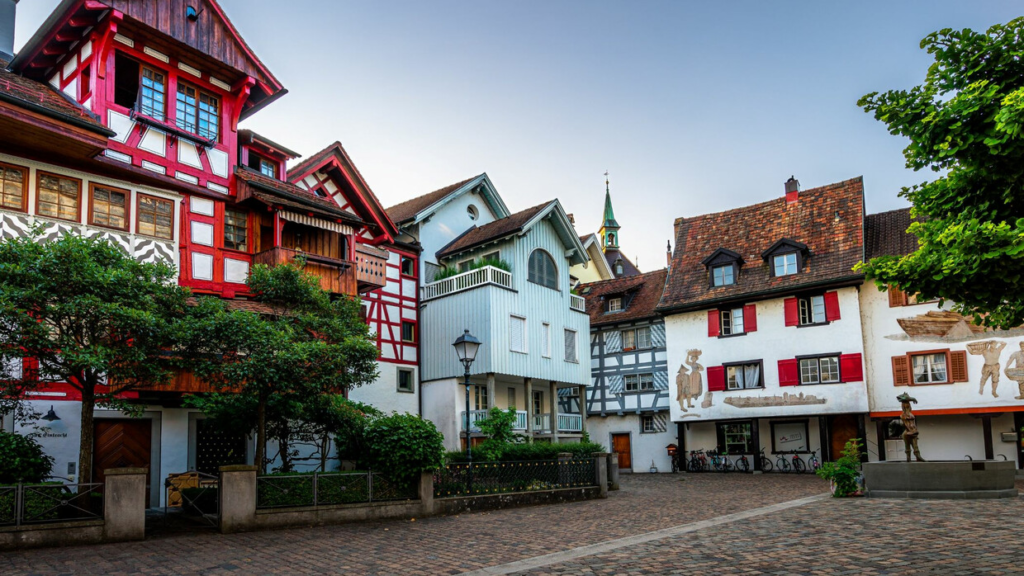
Above: Arbon
The war years up to 1945 led to a reduction in population.
In 1945, the local community of Arbon was able to purchase the castle.
Partnership relations have existed with the Baden-Württemberg municipality of Langenargen on Lake Constance, particularly since the Seegfrörni in 1963.
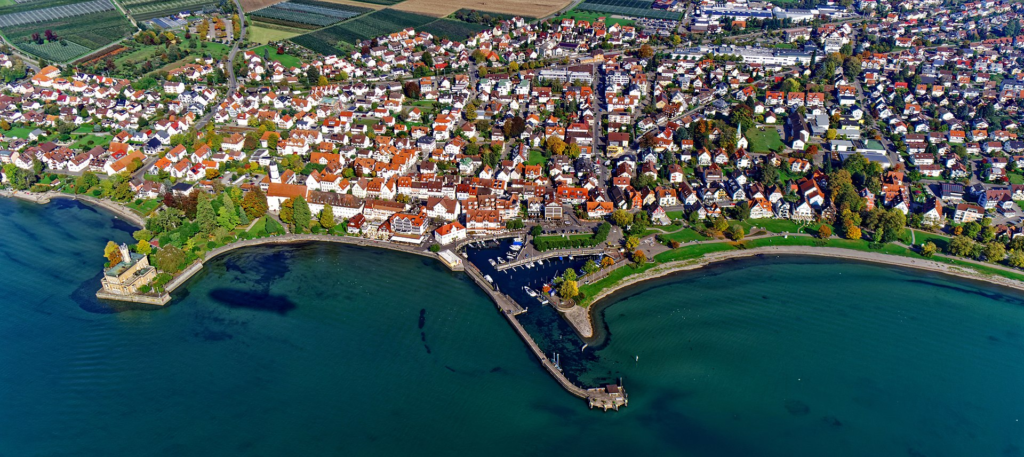
Above: Langenargen, Baden-Württemberg, Germany
On 1 January 1998, the municipality of Arbon and the local communities of Arbon and Frasnacht were merged to form the political municipality of Arbon.
In August 2005, Arbon celebrated its 750th anniversary as a town.
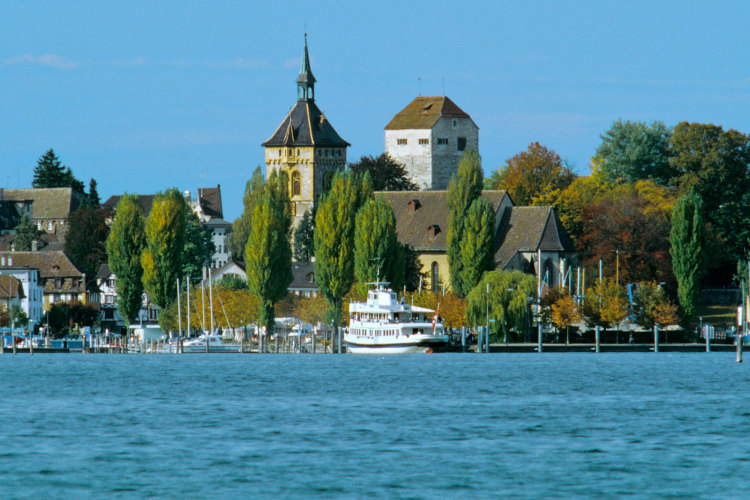
Above: Arbon
On 19 August 2012, a major fire destroyed five of the old Saurer halls in the Arbon industrial area.
Three people were injured.
350 firefighters from Arbon and surrounding communities were deployed for over 14 hours.
Initial estimates put the damage at several million Swiss francs.
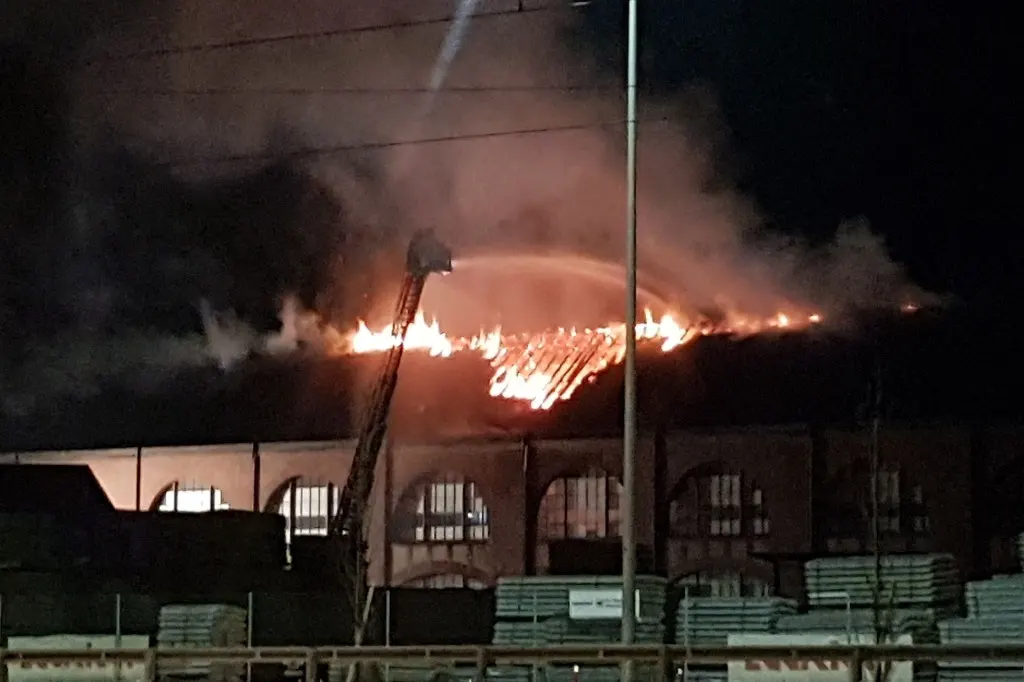
Above: Saurer fire, Arbon, 19 August 2012
Arbon boasts a number of attractions.
The old town, with its diverse winding streets, is particularly rich in Arbon’s medieval history.
The buildings in the surrounding districts date mainly from the period of industrialization.
The town of Arbon is listed in the Swiss inventory of heritage sites.
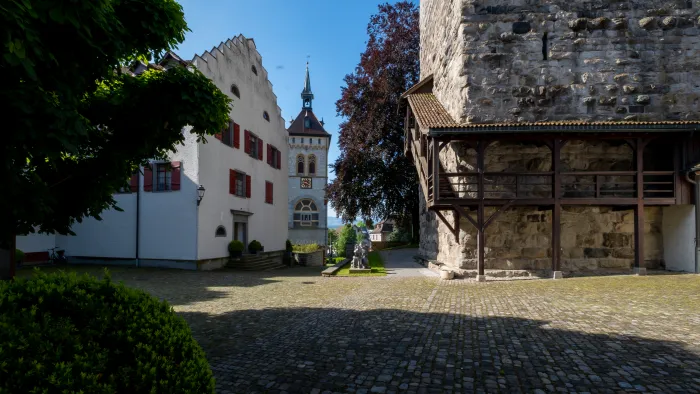
Above: Arbon
Arbon Castle, with its castle tower, is one of Arbon’s most important sights and is also its landmark.
It was originally a castle with a keep.
The much older keep, recognizable by its gray walls, dates back to 993.
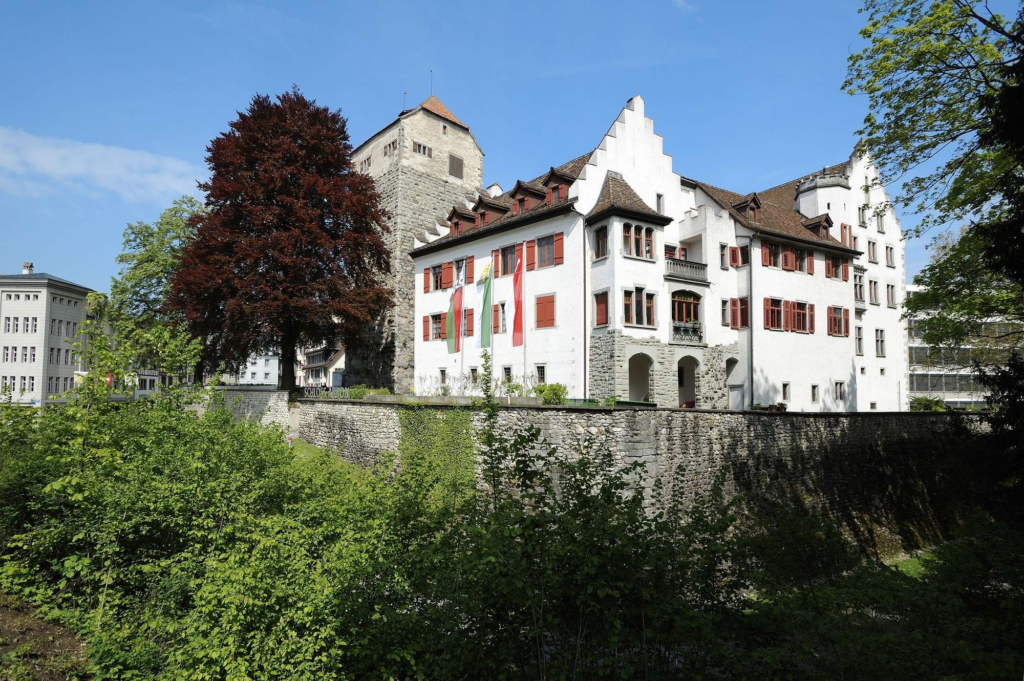
Above: Arbon Castle
In the heart of the medieval old town lies the Fish Market Square, tightly surrounded by houses and featuring a centrally located fountain.
Monthly flea markets are held there from April to October .
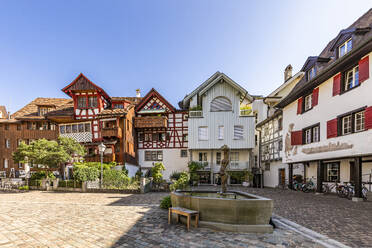
Above: Fish Market Square, Arbon
From the Roman period, the watchtower, the corner tower of the Roman fort (Arbon Fort), and parts of the old city wall have been preserved.
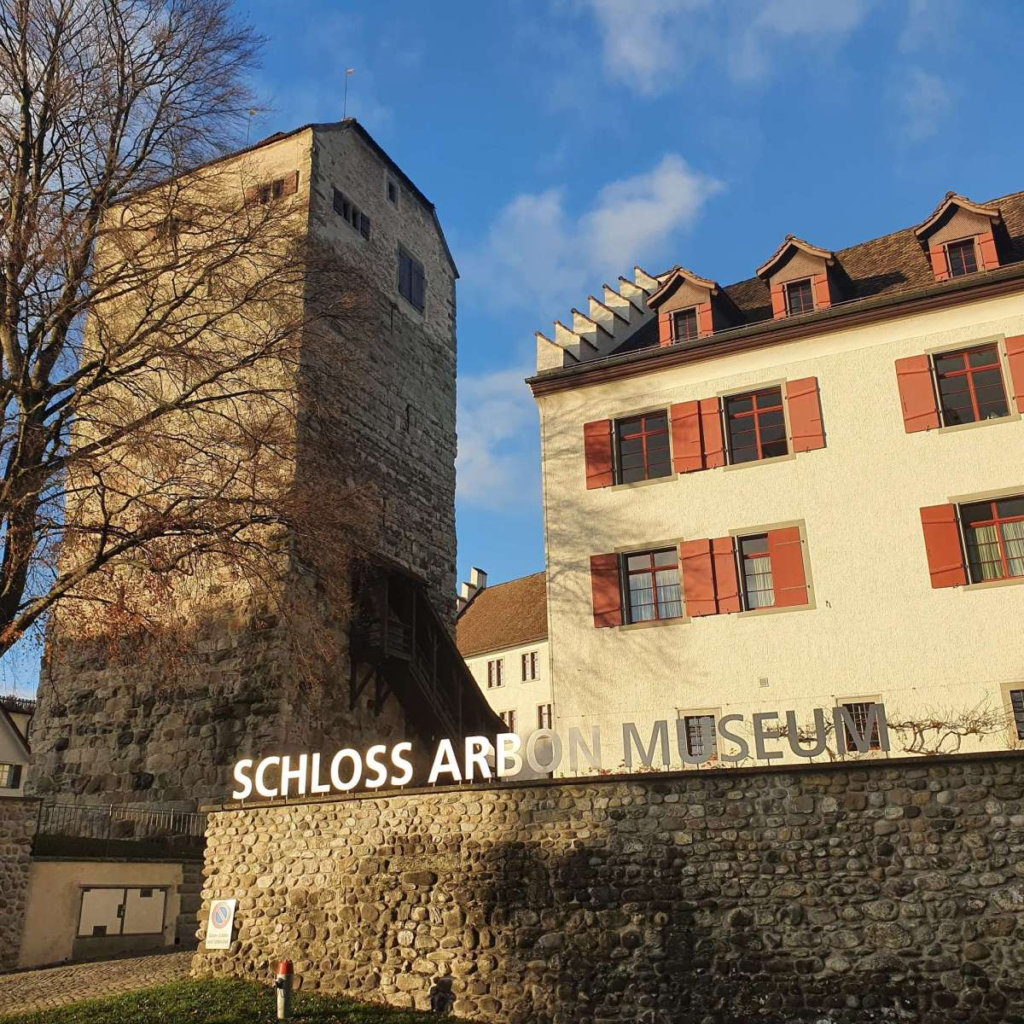
Above: Arbon Castle
The medieval House of Freedom (Römerhof) was built on Roman foundations and in 1798 equipped with cannons brought from Fischingen to Arbon.
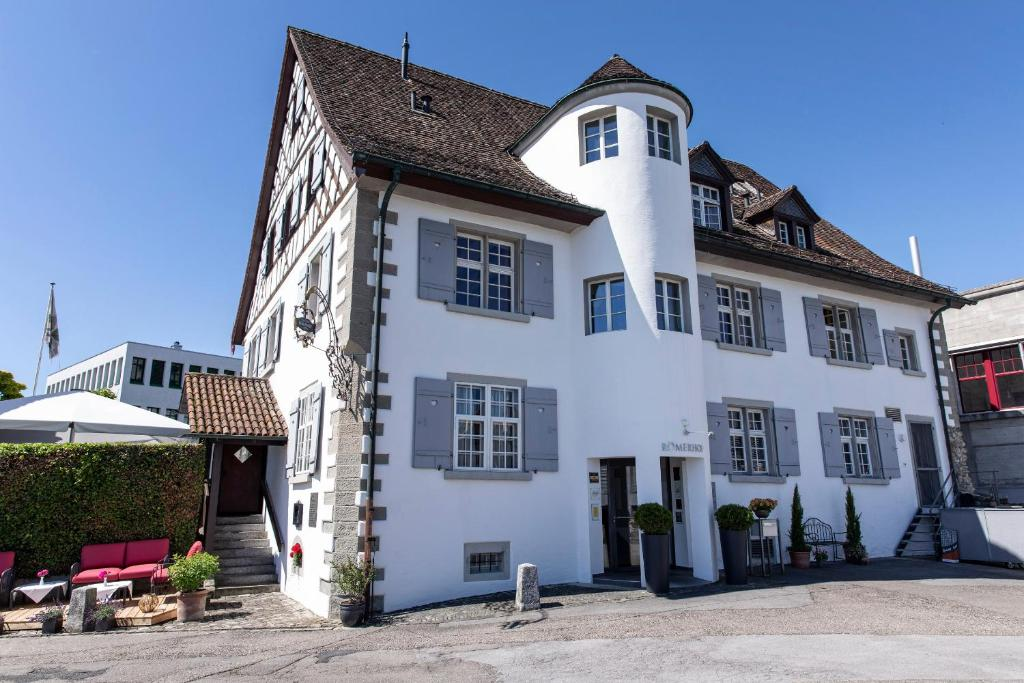
Above: Römerhof, Arbon
Also worth mentioning from the era of industrialization is the Saurer Monument, commemorating the company’s patrons, Franz, Adolph and Hippolyte Saurer.
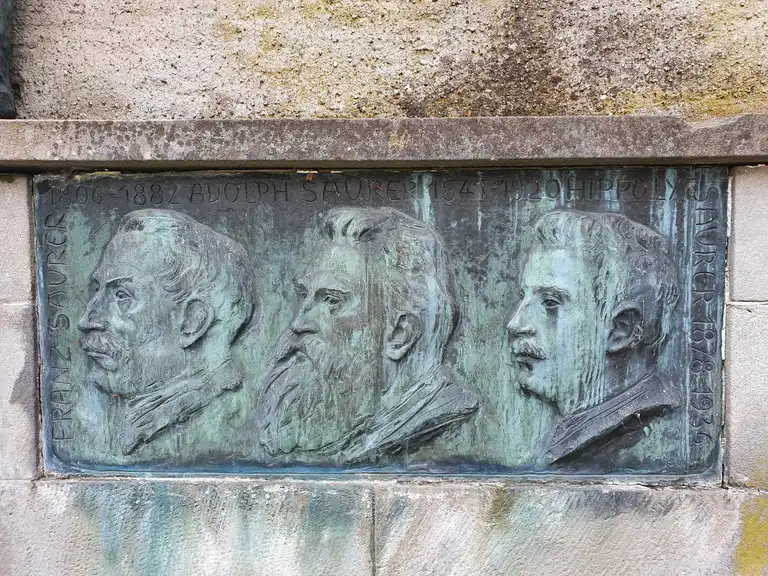
Above: Franz, Adolph and Hippolyte Saurer Memorial, Arbon Castle
Architecturally, a distinction is made between the Old Town (Medieval and Baroque) and the surrounding town (Art Nouveau and modern architecture).
Examples of medieval and Baroque architecture include the Untertorgasse, with its fishing frescoes on the backs of the building facades, and the former town hall, which boasts a distinctive architectural design:
Its attic overhangs form a kind of crown.
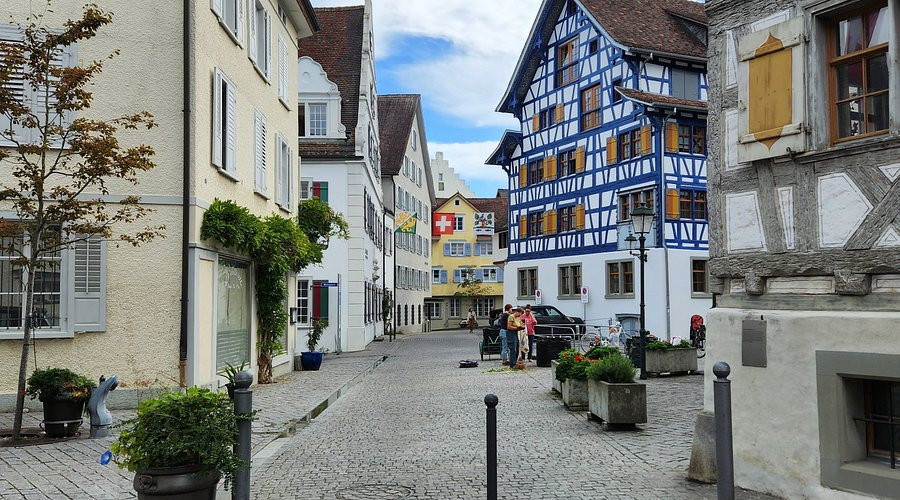
Above: Arbon
The plank-and-post house at Schmiedgasse 5, a rare example of medieval architecture, was built in the late 15th century, although parts of its foundations date back to around 1300.
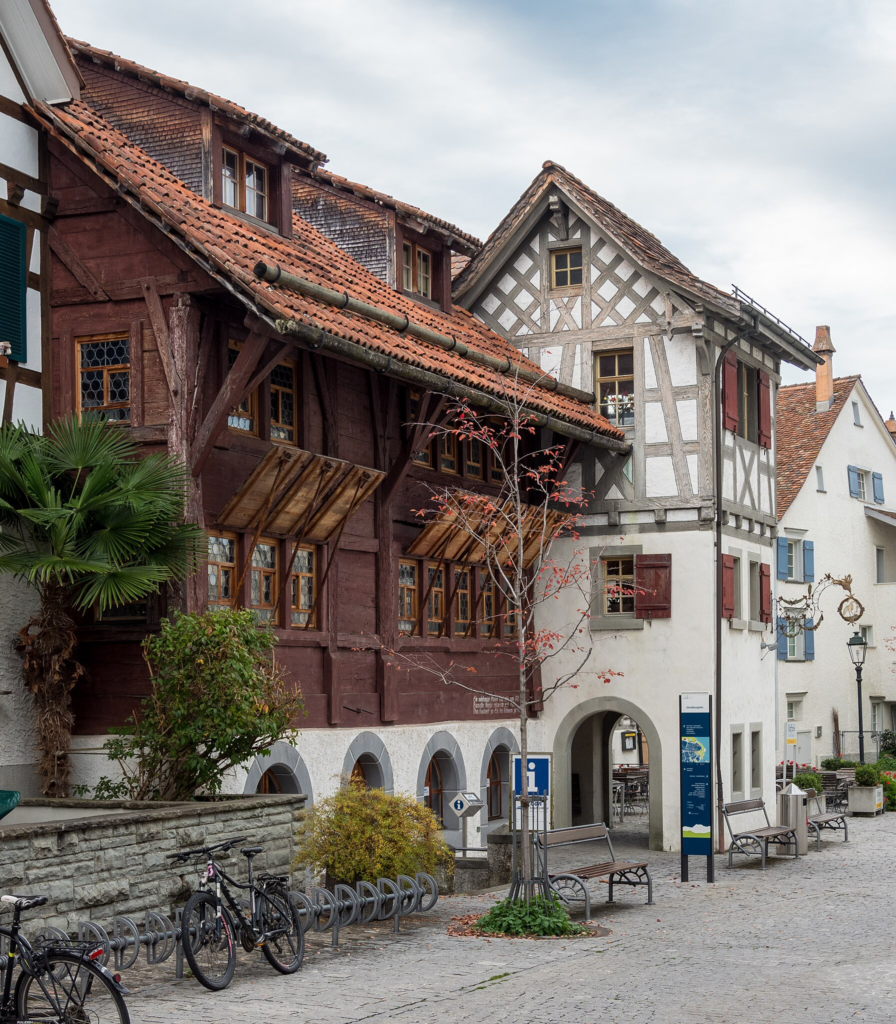
Above: Bohlenständerhaus, Schmeidgasse 5, Arbon
Of particular interest from the Art Nouveau and Romantic periods are the Heine Siedlung, former workers’ houses from the embroidery industry, and the Schädlerturm, in which, according to legend, lions were kept.
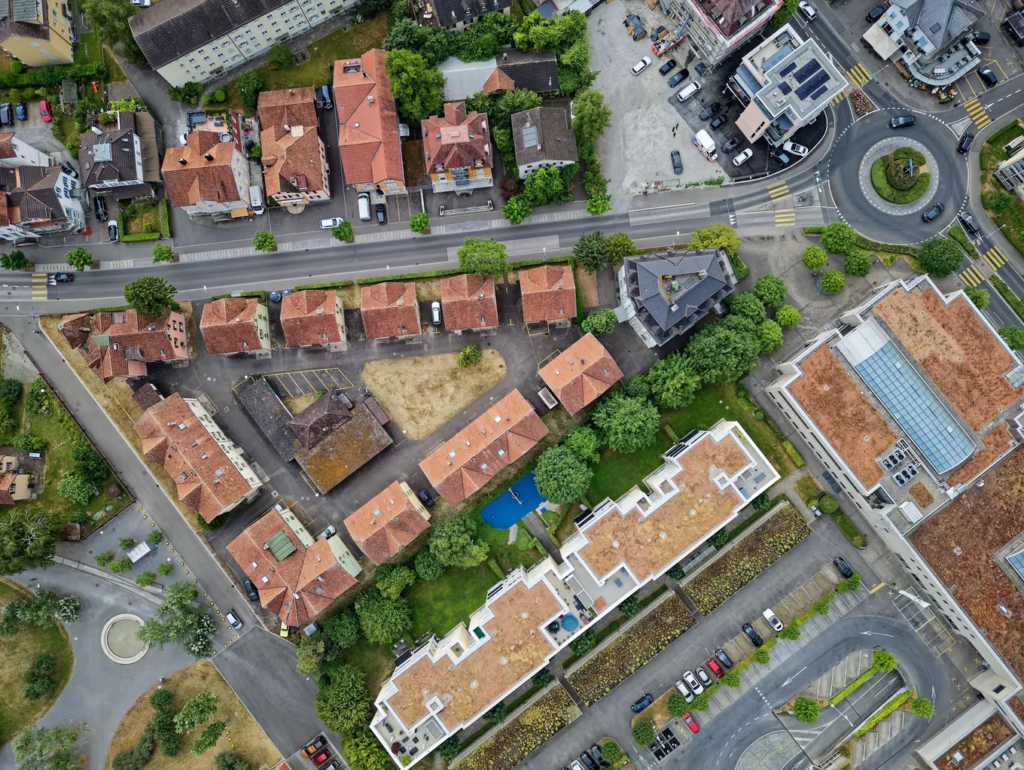
Above: Heinehof, Arbon
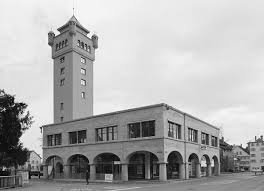
Above: Schädlerturm, Arbon
The most important monument of early modernism is the Strandbad, a remarkable bathing complex in the Neues Bauen style.
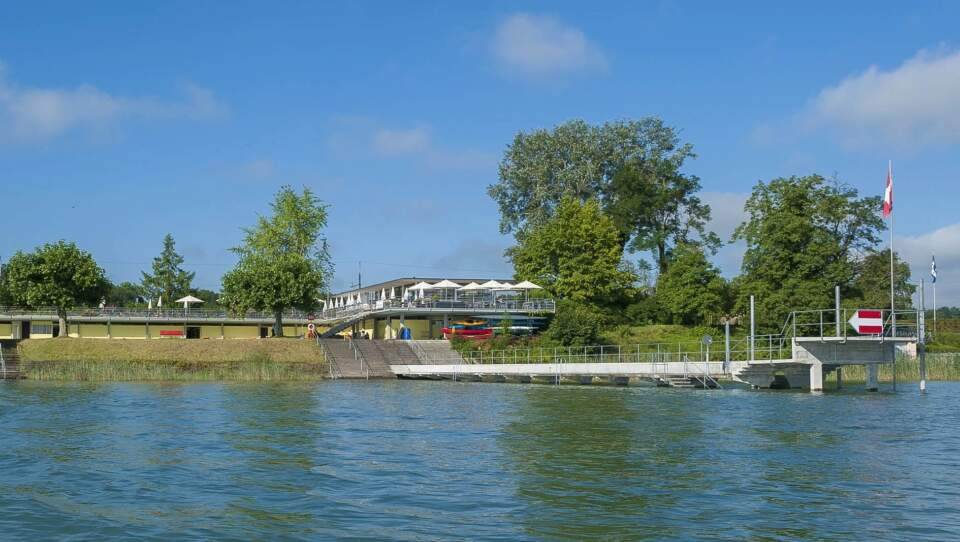
Above: Strandbad, Arbon
Modern architecture includes the Hotel Metropol, whose shape alludes to a cruise ship (slated to be demolished and replaced by a new building), and the Saurer highrise, designed in 1960 by the architect Georges-Pierre Dubois in reference to Le Corbusier’s “Unité d’Habitation” .
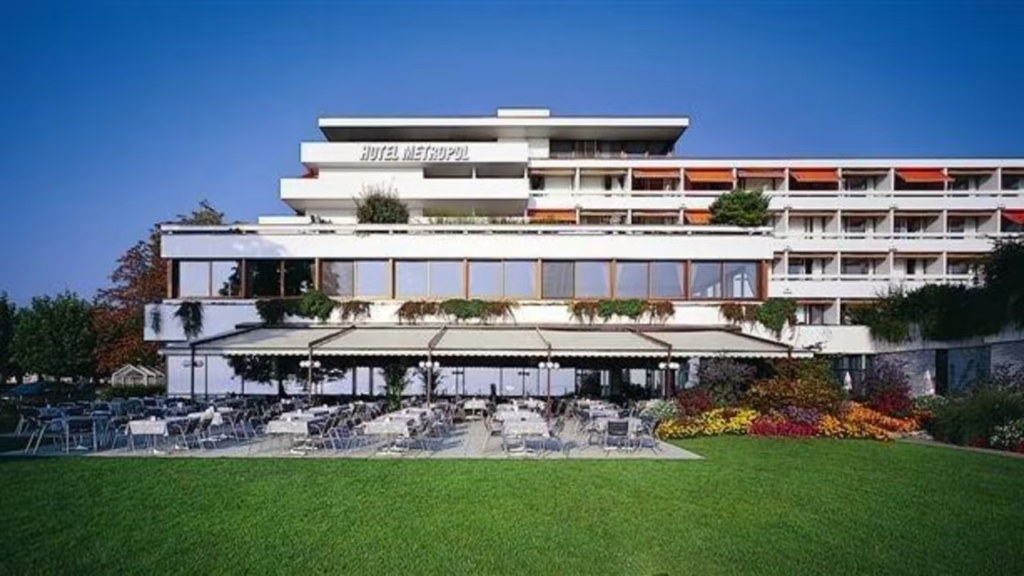
Above: Hotel Metropole, Arbon
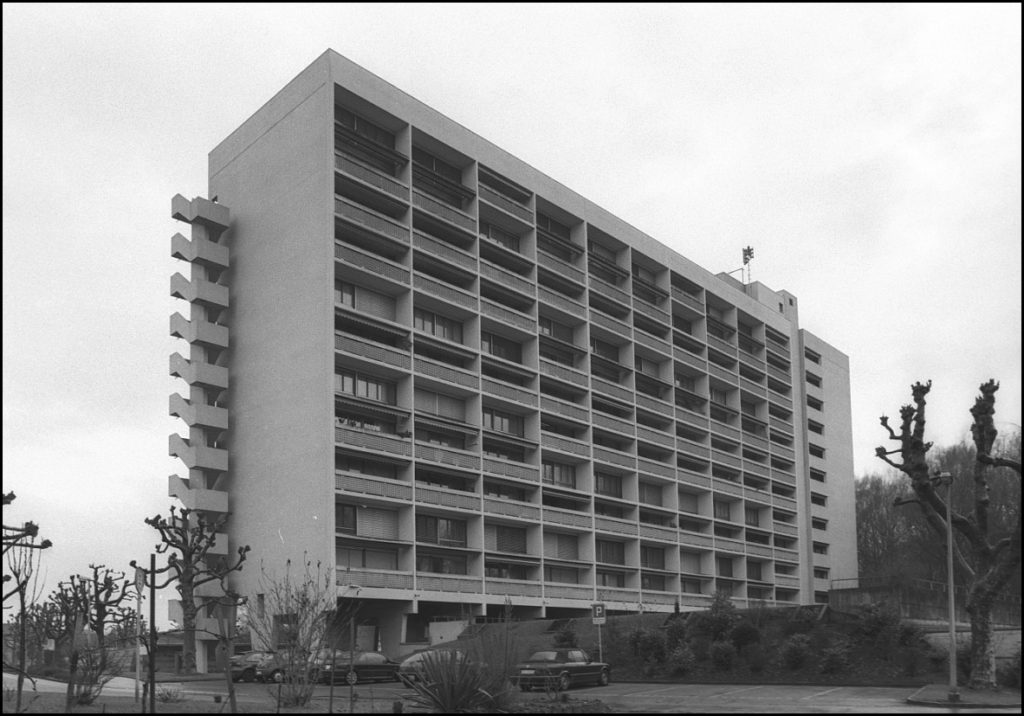
Above: Saurer Highrise, Arbon
Arbon has its own water and electricity plant on its southwest border.
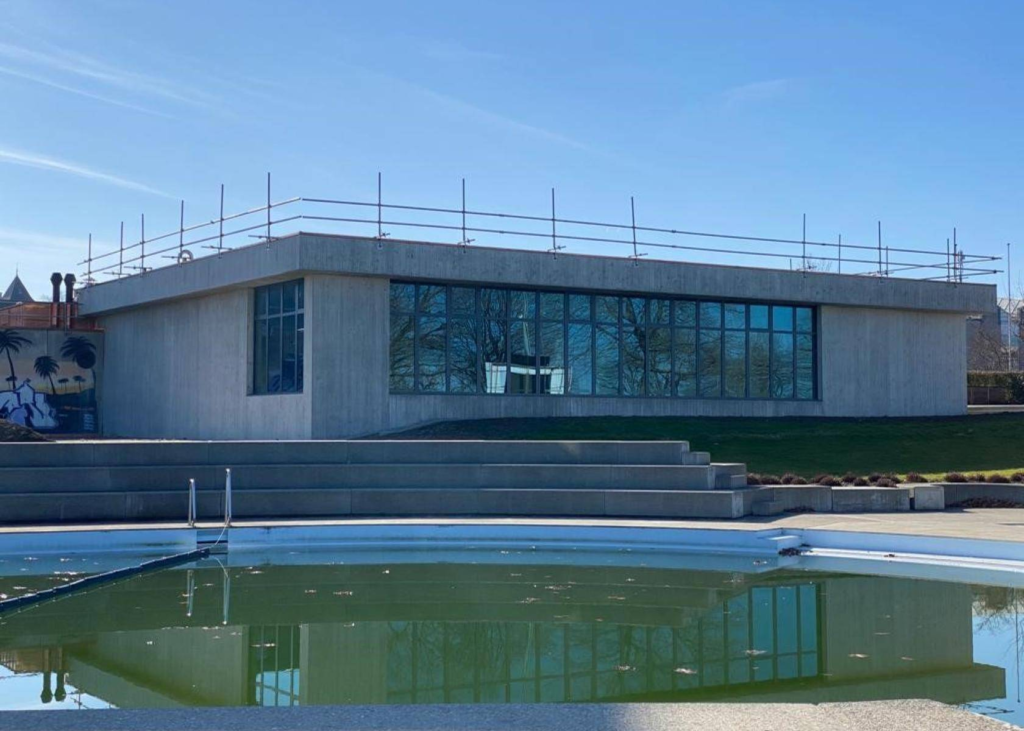
Above: Arbon Wasserwerk

In addition, nearby Romanshorn receives long-distance gas and natural gas, from which Arbon also benefits.
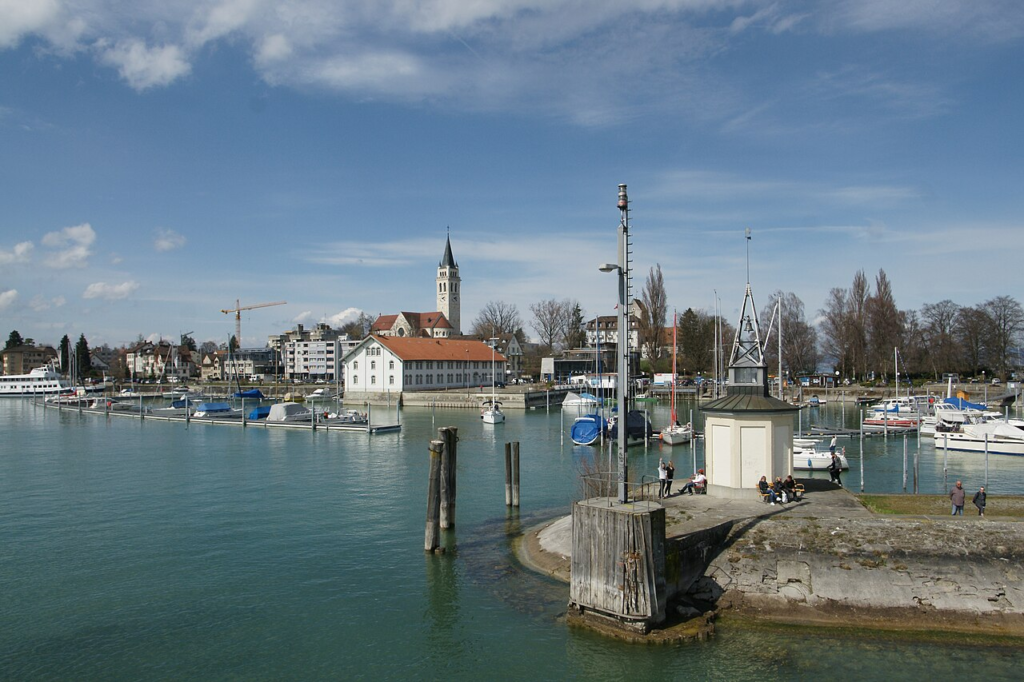
Above: Romanshorn, Canton Thurgau, Switzerland
Water drawn from Lake Constance is filtered and then treated in a water treatment plant.
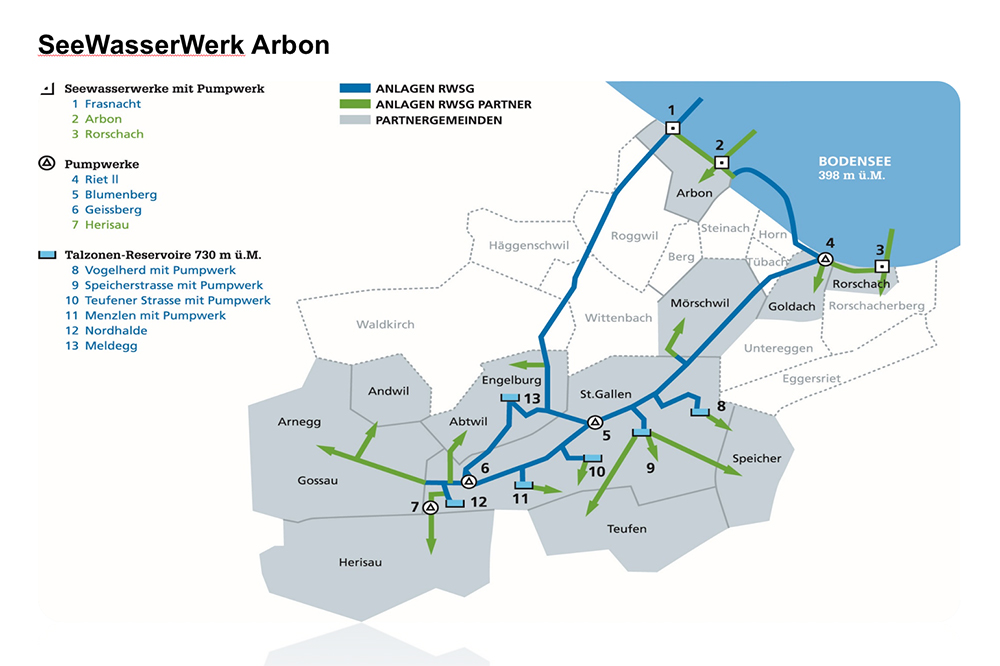
A wide variety of specialist shops can be found in Arbon’s old town, as well as three shopping centres:
- Novaseta (Coop)
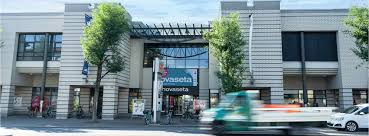
- Rosengarten (Migros)
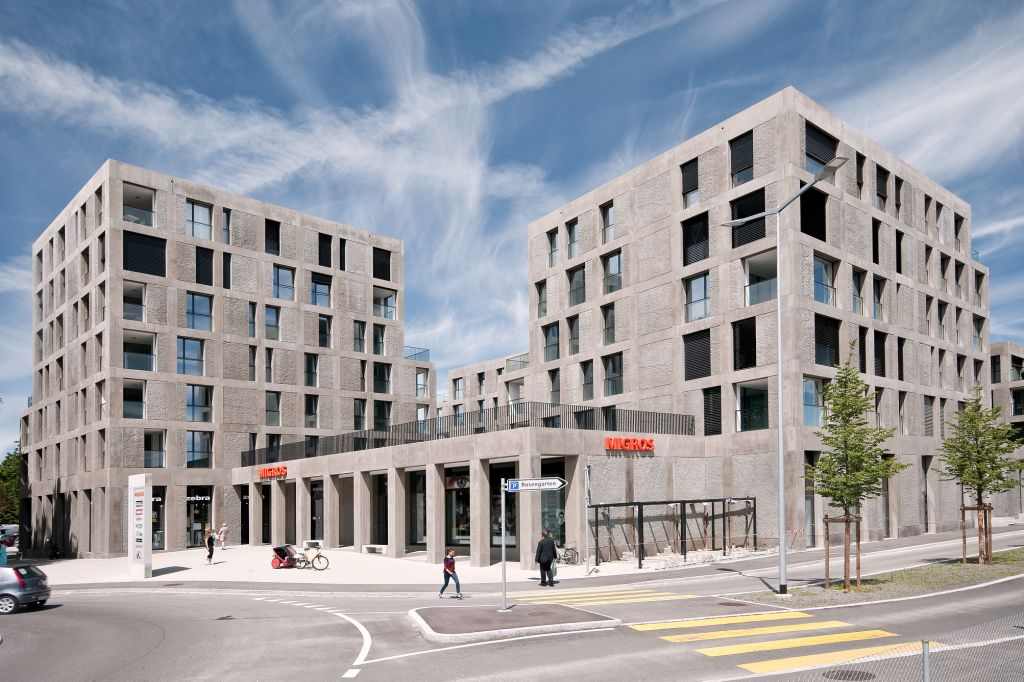
- Hamel on the Saurerareal, home to Die Post, Coop and MFit.
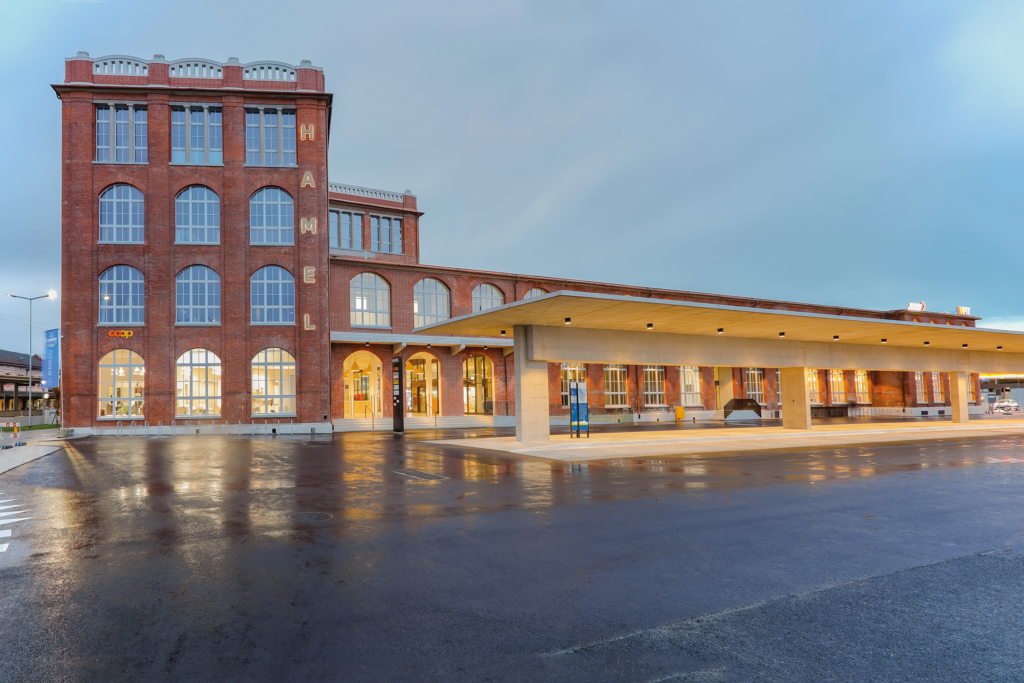
Arbon has had a motorway access road to the A1 since 1993.
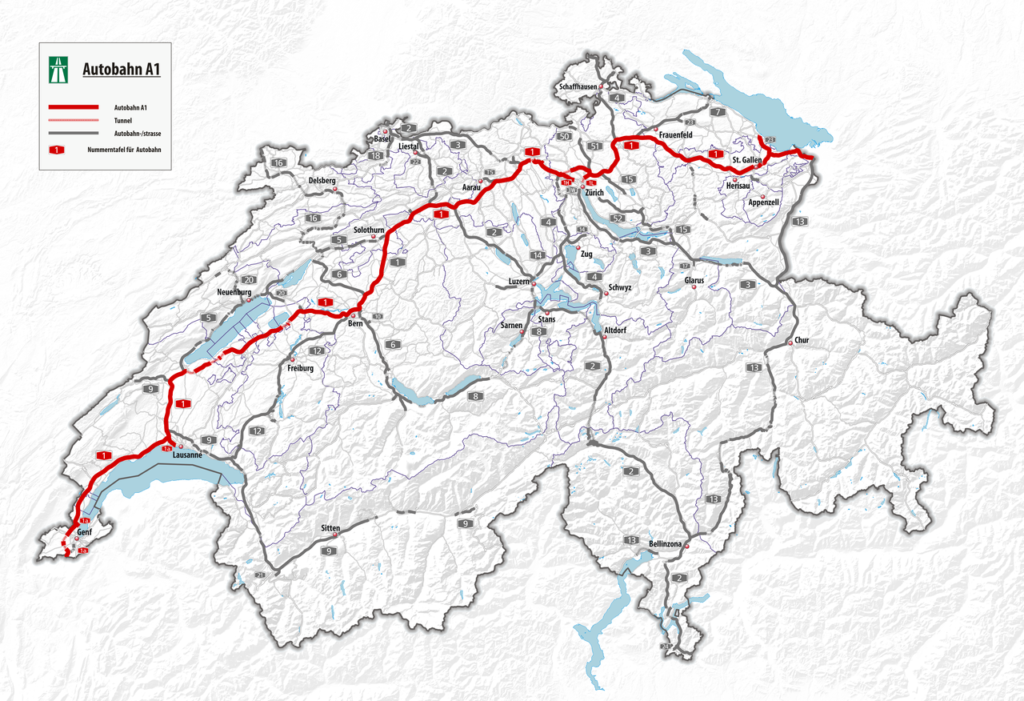
This improved Arbon’s accessibility, especially towards St. Gallen and Zürich and the Rhine Valley.
Previously, only a winding cantonal road led to St. Gallen.
Highway 13 runs from Romanshorn through the city center to Rorschach.
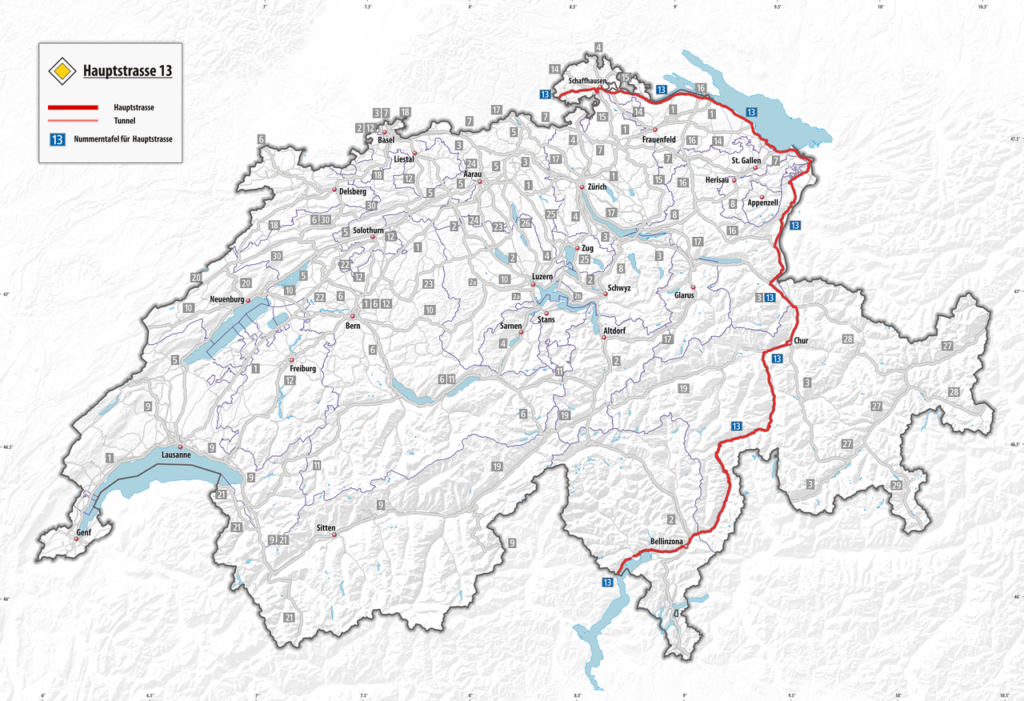
Arbon is connected to the express train stations of Romanshorn and Rorschach every half hour by the Seelinie (Rorschach–Romanshorn–Kreuzlingen) trains.
The town is accessible via both Arbon station and the Arbon Seemoosriet stop, opened in 2007.
In 2018, Arbon station was used by an average of 1,700 passengers daily, and the Seemoosriet stop by 430 passengers.
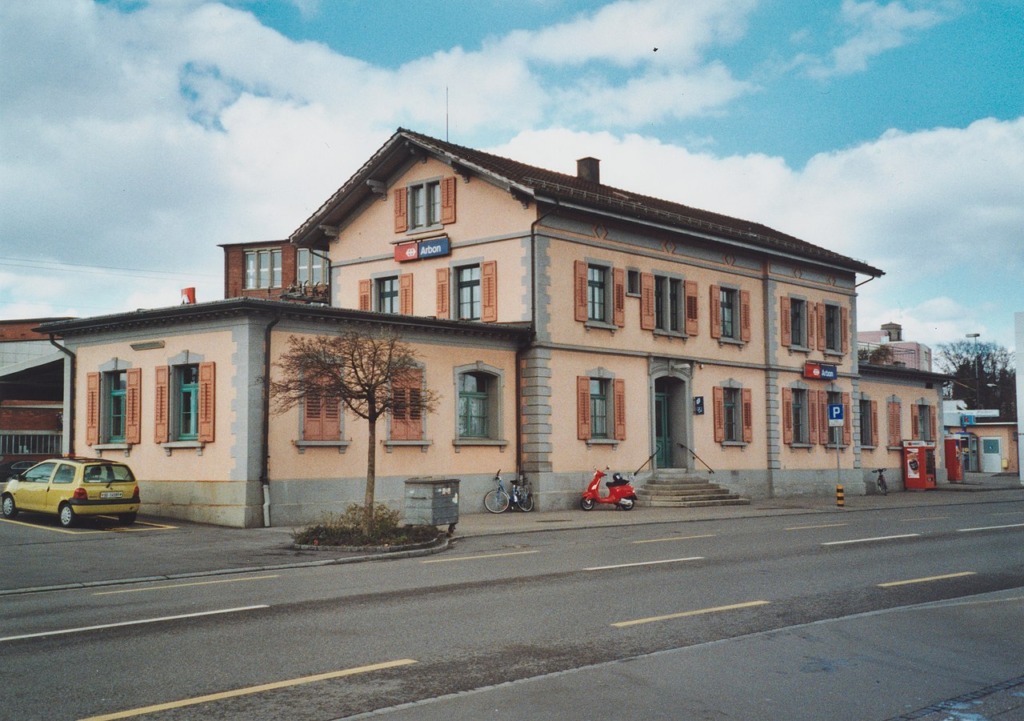
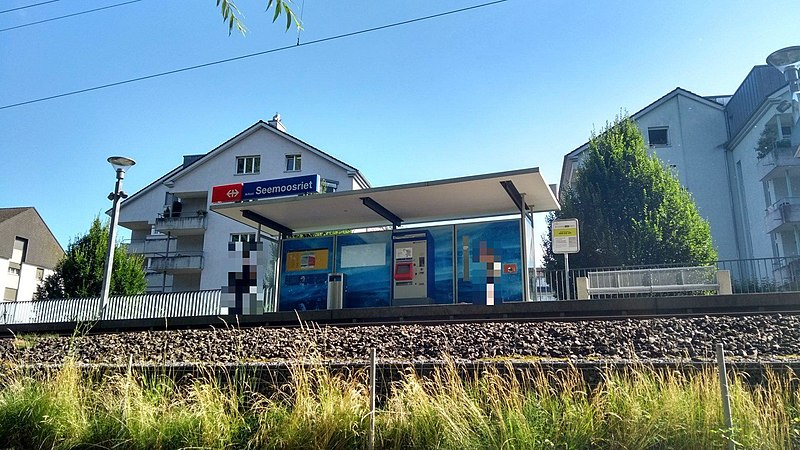
A bus line operated by Bus Oberthurgau runs to Amriswil.

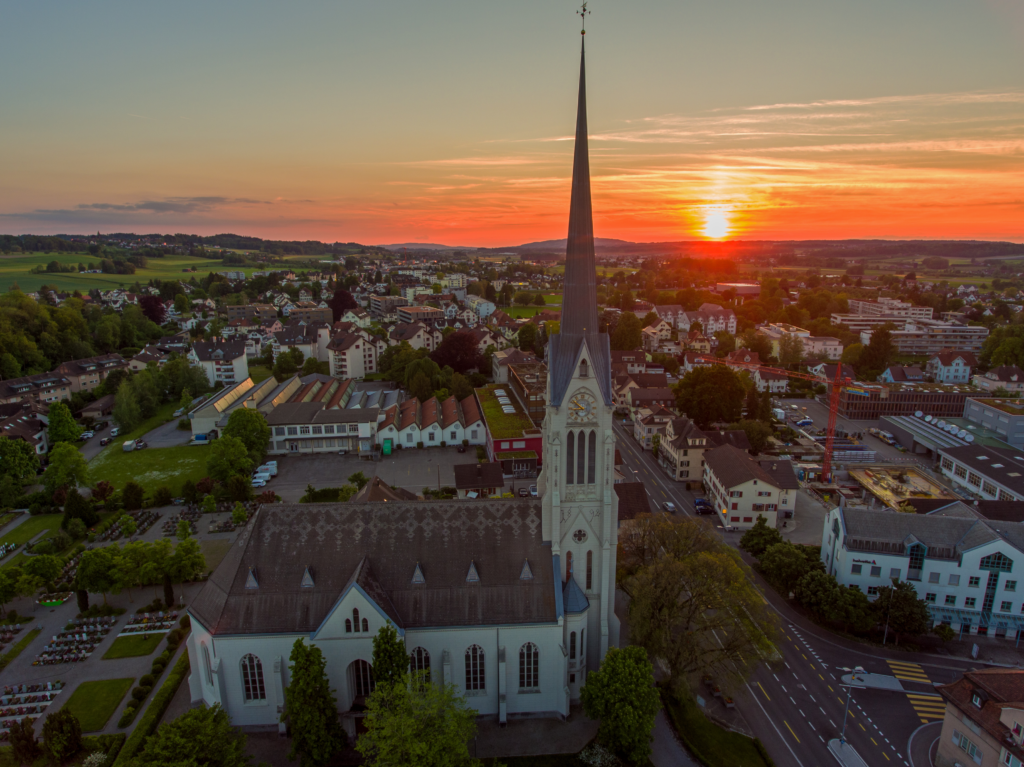
Above: Amriswil, Canton Thurgau, Switzerland
One of the busiest postal bus lines in Switzerland runs via Wittenbach to St. Gallen.
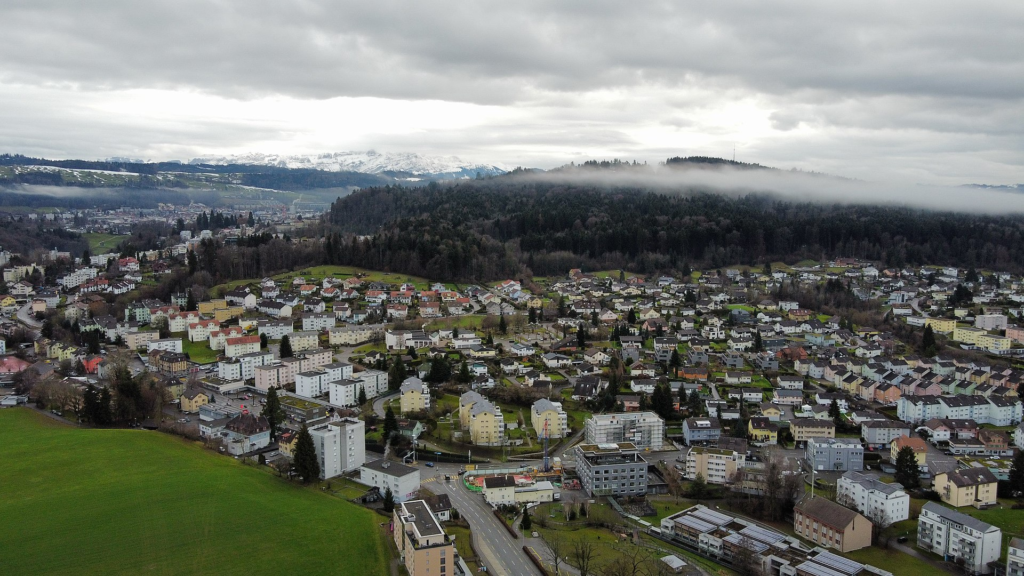
Above: Wittenbach, Canton St. Gallen, Switzerland
St. Gallen can also be reached by a postal bus express line using the A1 motorway.
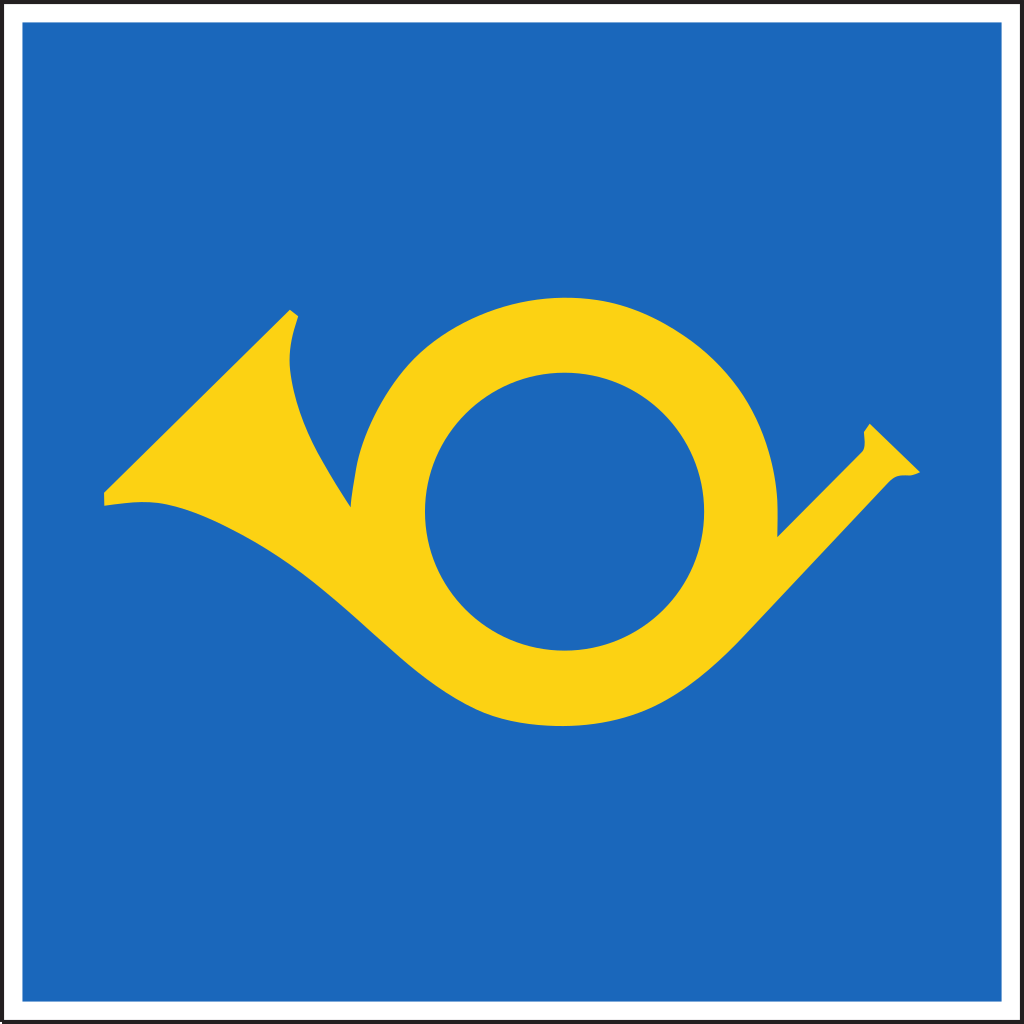
Above: Logo of Post Bus Switzerland
The White Fleet‘s shipping services on Lake Constance (also to Germany) operate primarily for tourist purposes during the summer months.
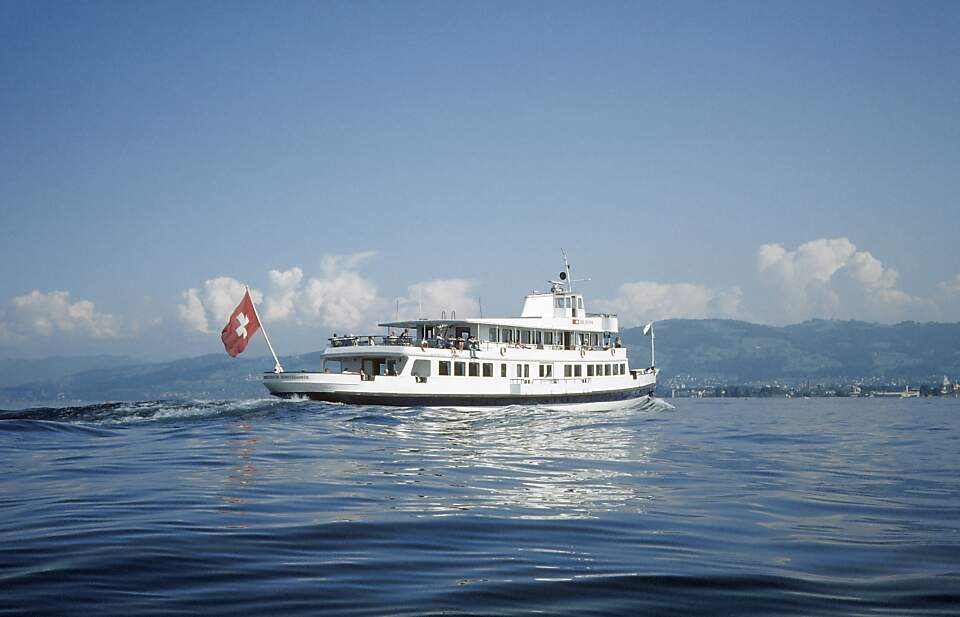
Arbon is the most important industrial center in Oberthurgau.
Until the 1980s, the most important employer was the truck, embroidery and weaving machine company Adolph Saurer AG.
The company was acquired by OC Oerlikon in 2006 and is now Chinese-owned, listed on the Shanghai Stock Exchange.
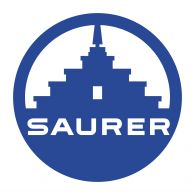
The largest employer in the region was subsequently the companies merged into Arbonia (formerly the Arbonia-Forster Group).
The group, headquartered in Arbon, has around 6,200 employees internationally, but no longer operates a local production company.

Other medium-sized and large companies, such as Bruderer AG, Forster Swiss Home AG, the Gimmel tannery, and Otto Keller AG, have settled around Arbon over time.

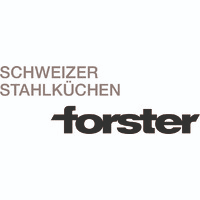
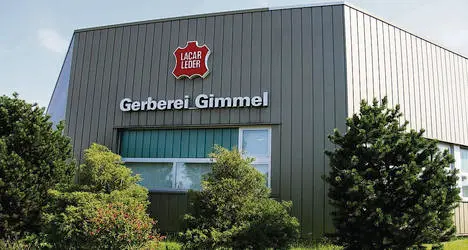
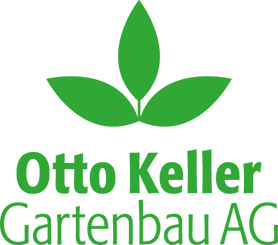
Tourism is another important economic factor.
Arbon successfully markets its location on Lake Constance and organizes its own annual lake night festival, Summerdays.
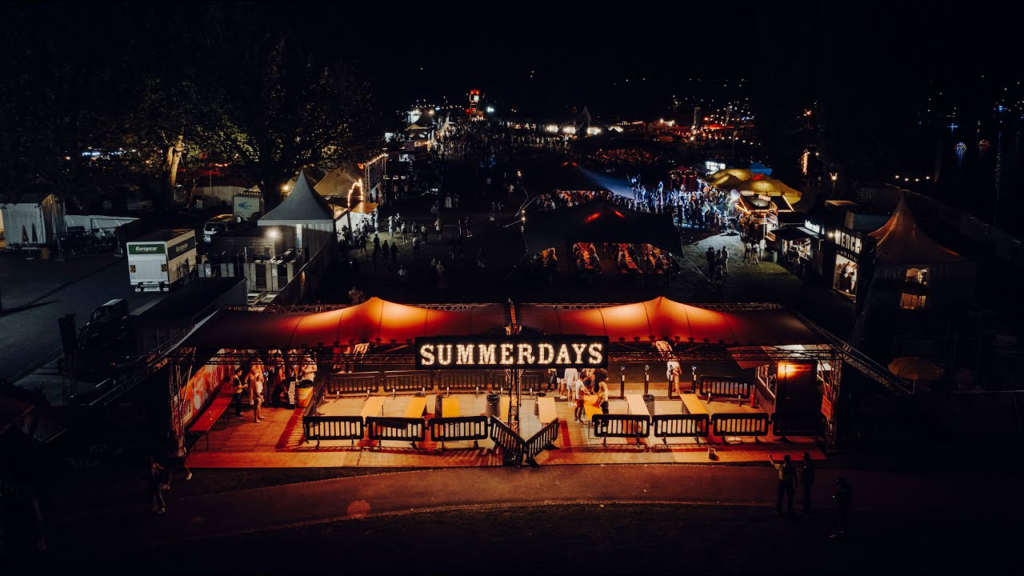
In 2020, Arbon employed 5,133 people (converted to full-time equivalents).
Of these:
- 0.5% worked in agriculture and forestry
- 36.4% in industry, commerce and construction
- 63.1% in the service sector.
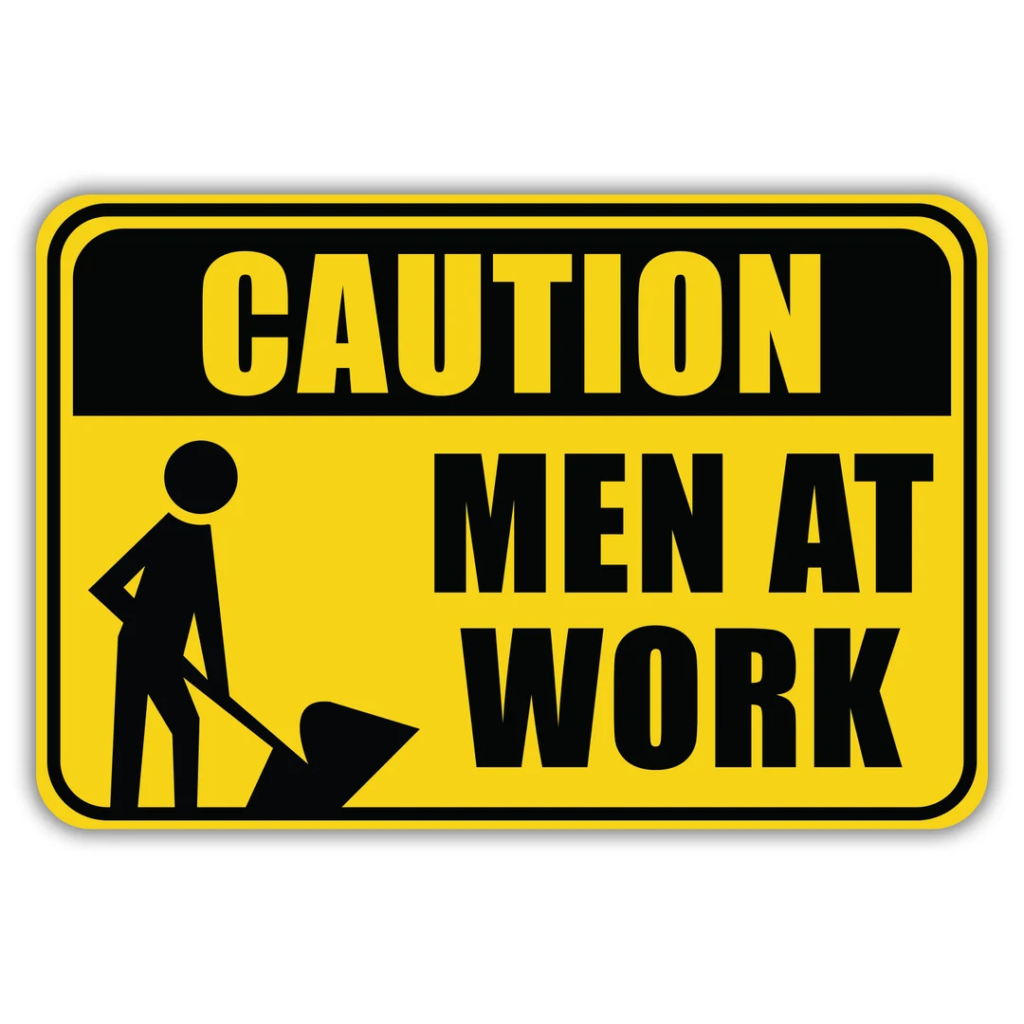
Arbon’s business community presents itself at two trade fairs annually:
- the Spring Fair and the ARWA (Arbon Christmas Exhibition).
The Spring Fair takes place every year from March to April.

The ARWA takes place every year from November to December.

The venue for both events is the Seeparksaal.
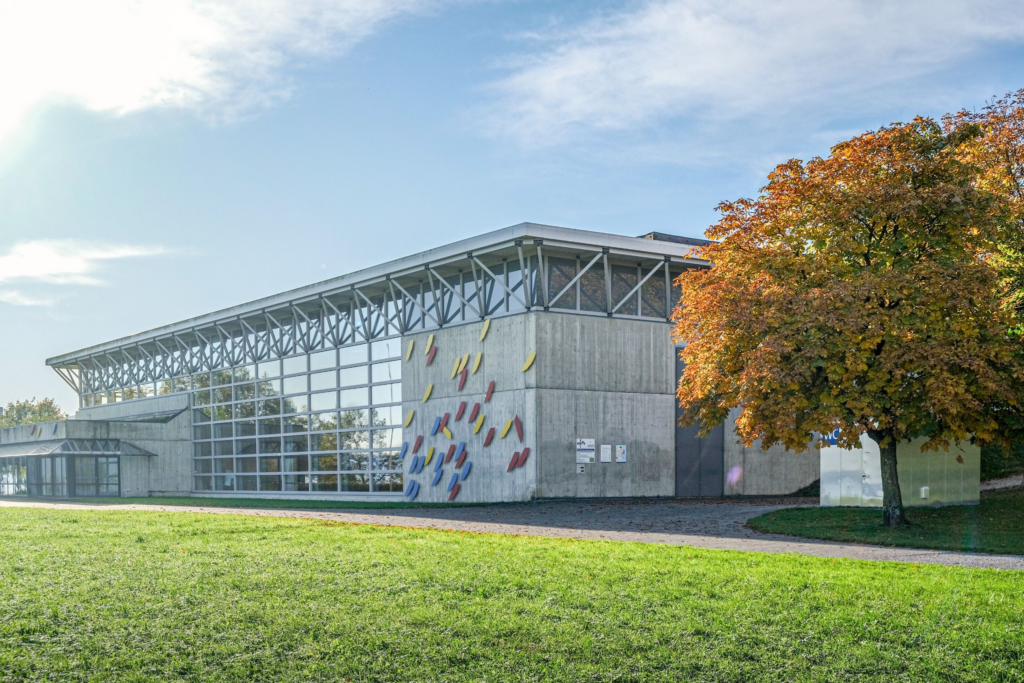
Above: Seeparksaal, Arbon
Various Arbon companies also use the OLMA trade fair in St. Gallen as a platform.
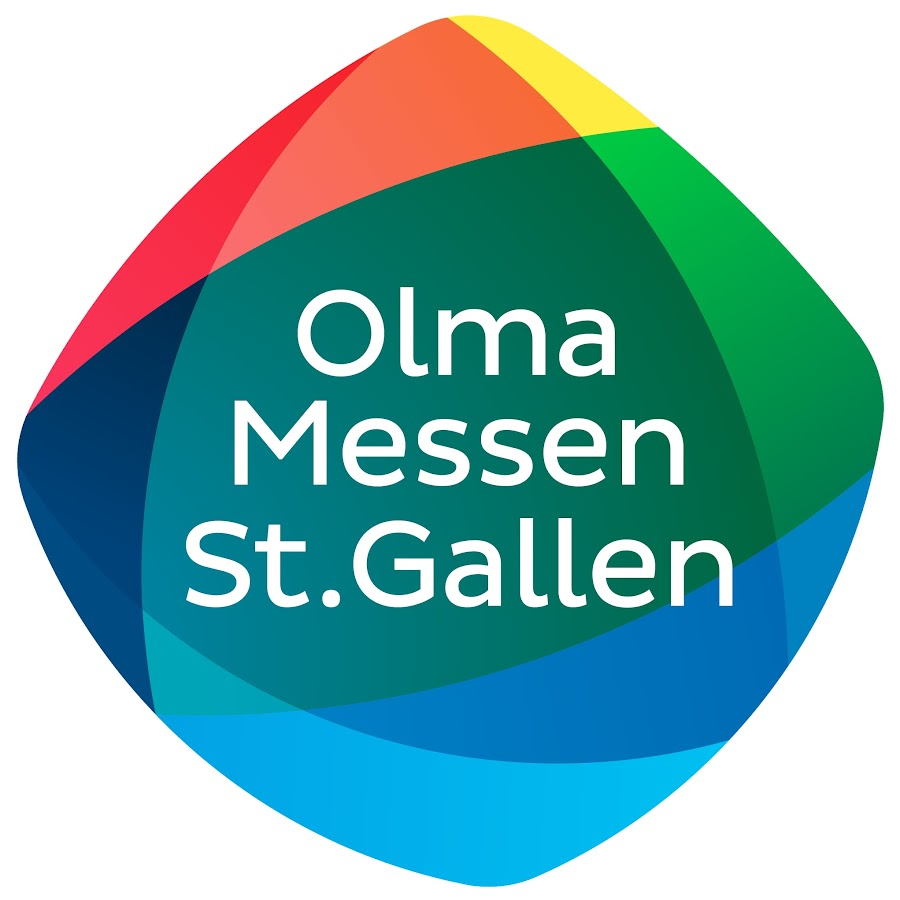
In March and November, a fair with carousels and market stalls takes place.
The spring and autumn markets are popularly known simply as “the fair“.

The Easter market takes place annually on Holy Saturday at the Fischmarktplatz.
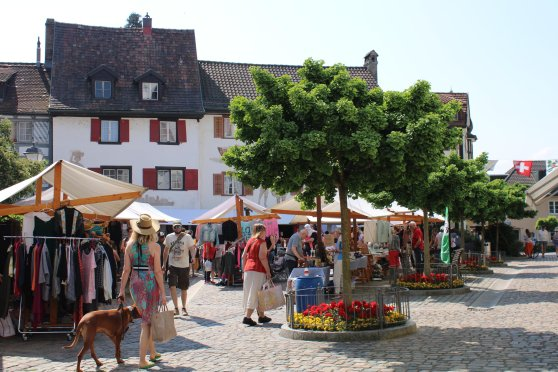
Above: Ostermarkt, Arbon
The Onion and Pumpkin Market also takes place there on the third Saturday in October.
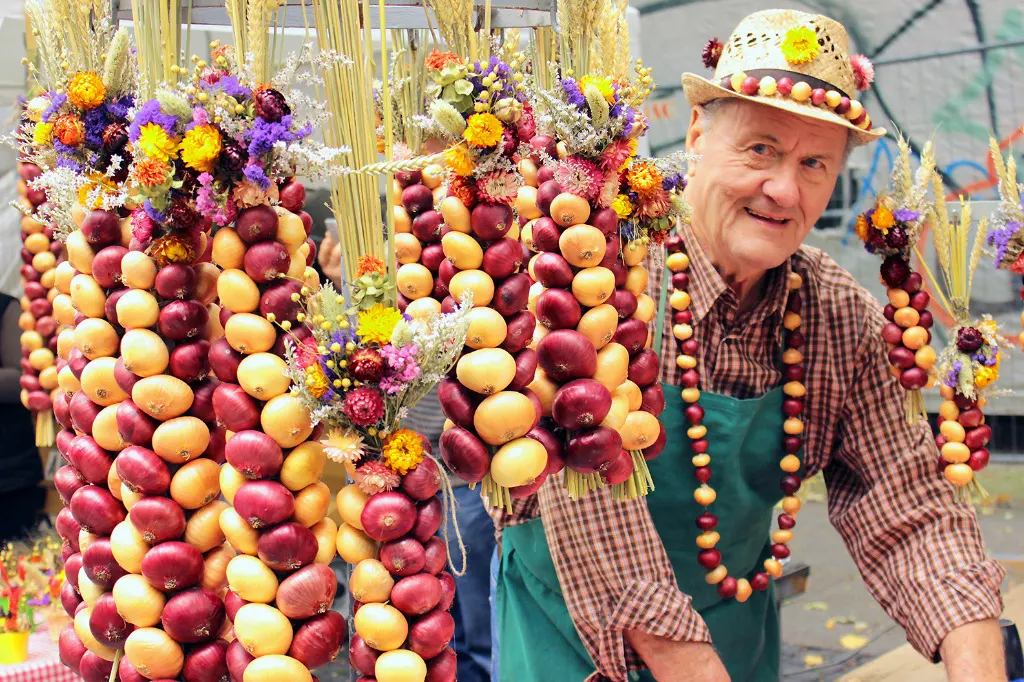
A flea market is also part of the monthly events there from April to October.
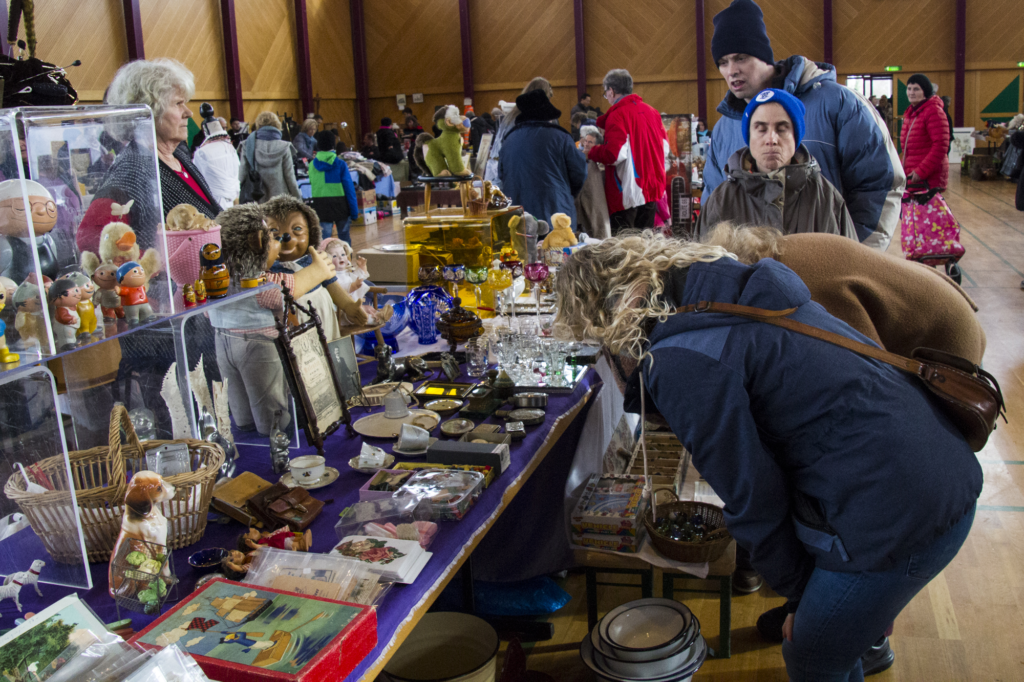
A large section of the old town is cordoned off for the Christkindlimarkt (Christmas Market), which takes place on the first Saturday in December.
Exclusively handmade goods are offered.
Advent melodies are played from the castle tower.
A St. Nicholas statue enlivens the Christmas market.
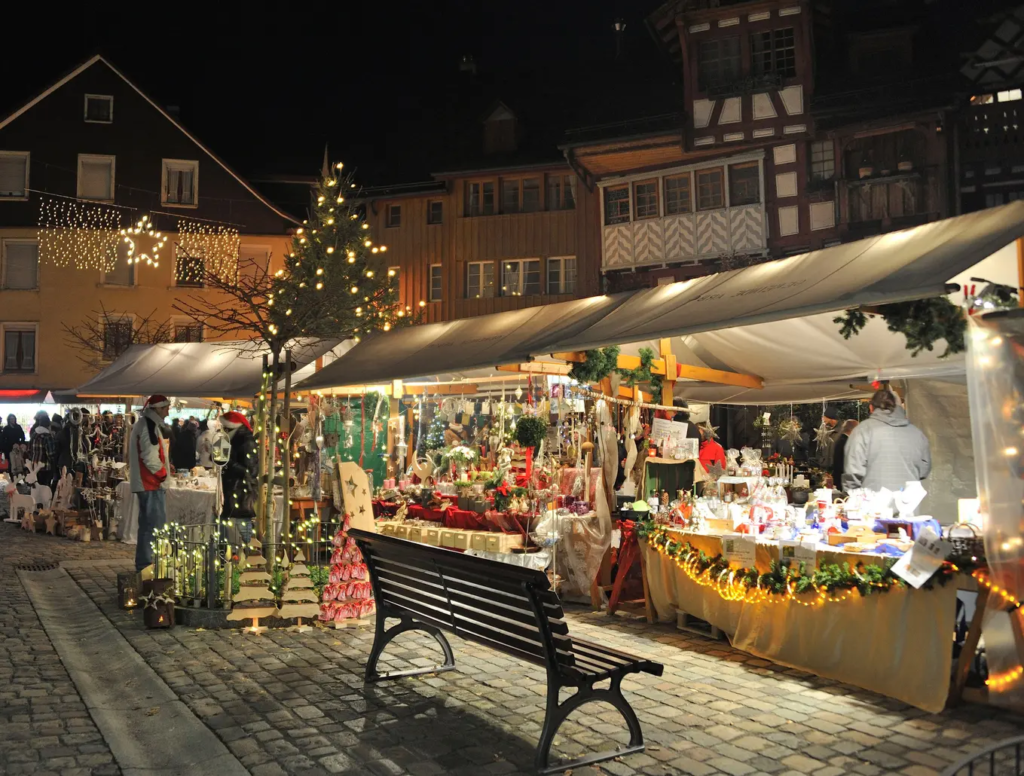
Above: Christkindlimarkt, Arbon
The Arbon City Library is housed in an Art Nouveau building (Haus zur Straussfeder).
It has over 13,000 media for children, young people, and adults (reading material of various genres, picture books, books on non-fiction topics, comics, English, French, and Italian books, as well as various magazines, audiobooks, etc.).
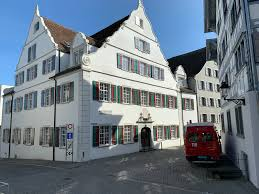
Above: Stadtbibliothek / Haus zur Straussfeder, Arbon
The Historical Museum is located in Arbon Castle.
As the largest private museum in Thurgau, the permanent exhibition takes you on a journey through Arbon’s 5,500-year history.
The Neolithic, Bronze, Roman, Middle Ages, linen trade in the 18th century, and industrialization in the 19th and 20th centuries are brought to life with some unique exhibits in images, documents, and short texts.
Other sections show church history, Biedermeier living culture, Arbon’s former water supply, the history of the castle complex, handguns manufactured in Arbon almost a hundred years ago, Lake Constance freezes and floods of the century, as well as a view from the castle tower.
The sections on prehistoric times, Roman times, and Thurgau weapons and the Arbon local police were rebuilt with the help of experts.
The renovated medieval hall on the ground floor provides the museum society with space for special and travelling exhibitions.
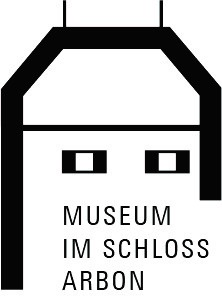
The Saurer company had its truck and bus production site in Arbon.
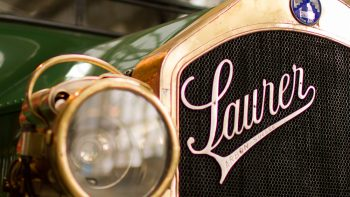
Today, the Saurer Vintage Car Museum commemorates the Saurer dynasty and displays a collection of Saurer and Berna commercial vehicles, as well as engines, cutaway models and other technical products.
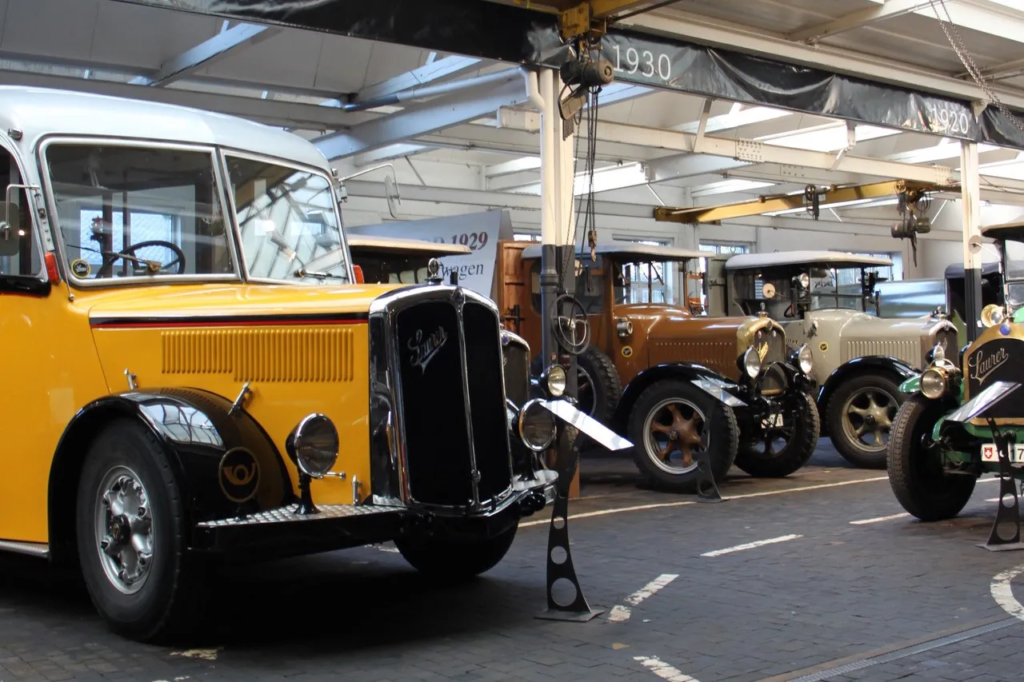
The Museum is located directly on Lake Constance in the Seepark area.
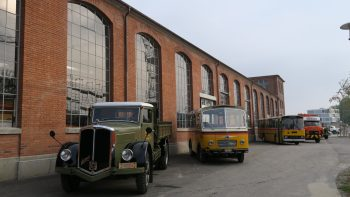
The local patriotic Arbon song by composer Theodor Zürcher describes the Roman past and at the same time the outstanding location on the lake:
Arbon, my Arbon,
Flower town on Lake Constance,
You are like a fairy tale,
Conjured up by a good fairy,
The ancient Romans already recognized that,
That is why they called you «Arbor Felix»,
And that’s how it has remained to this day,
Arbon, that we love so much.

Arbon is home to various sports clubs (floorball club, mountain bike club, swimming club, tennis, table tennis, and badminton clubs, marksmen, karate club, fishing club, and Seeclub Arbon rowing club).

The football club and handball club are particularly active in Swiss leagues.
Both clubs have first teams competing in higher leagues in the current 2024/25 season:
The men’s football team plays in the SFV Interregional 2nd League (5th highest division).
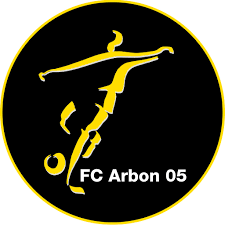
The women’s handball team competes in the 2nd-highest league (Spar Premium League 2).
The HC Arbon men’s first team competes in the National League B (Swiss 2nd-highest league).

The Seeclub Arbon rowing club has fielded participants for Switzerland at the Olympic Games in the past.
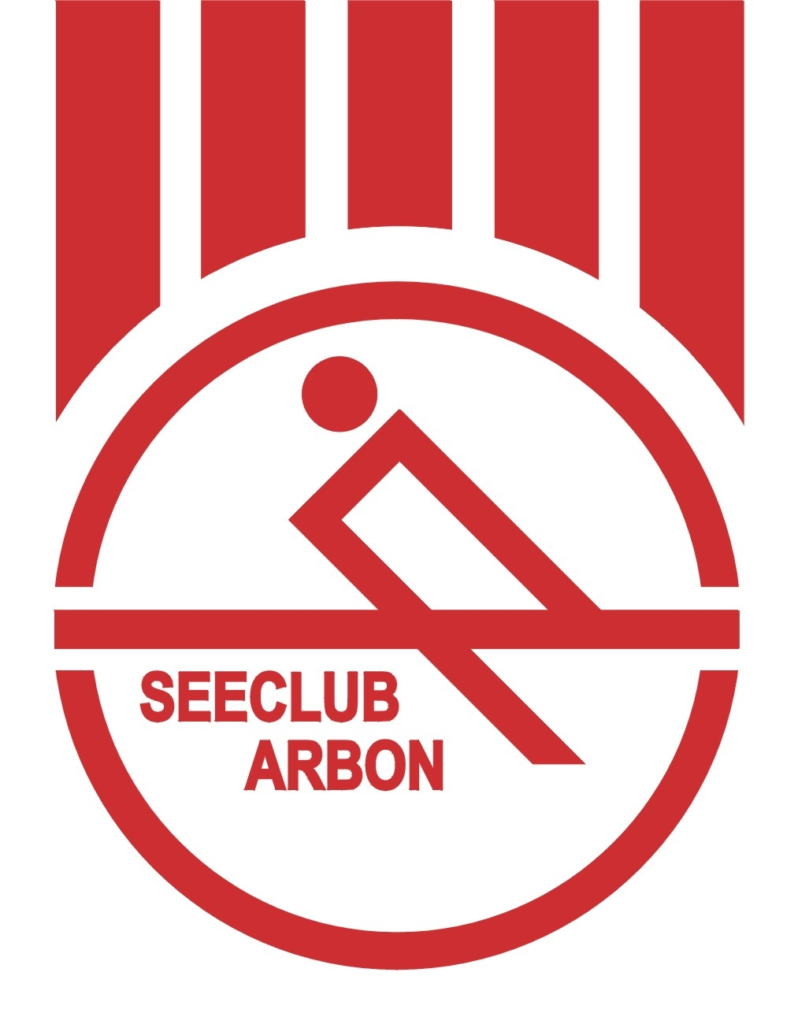
The Infocenter Arbon organizes guided tours of the old town from mid-June to mid-September.
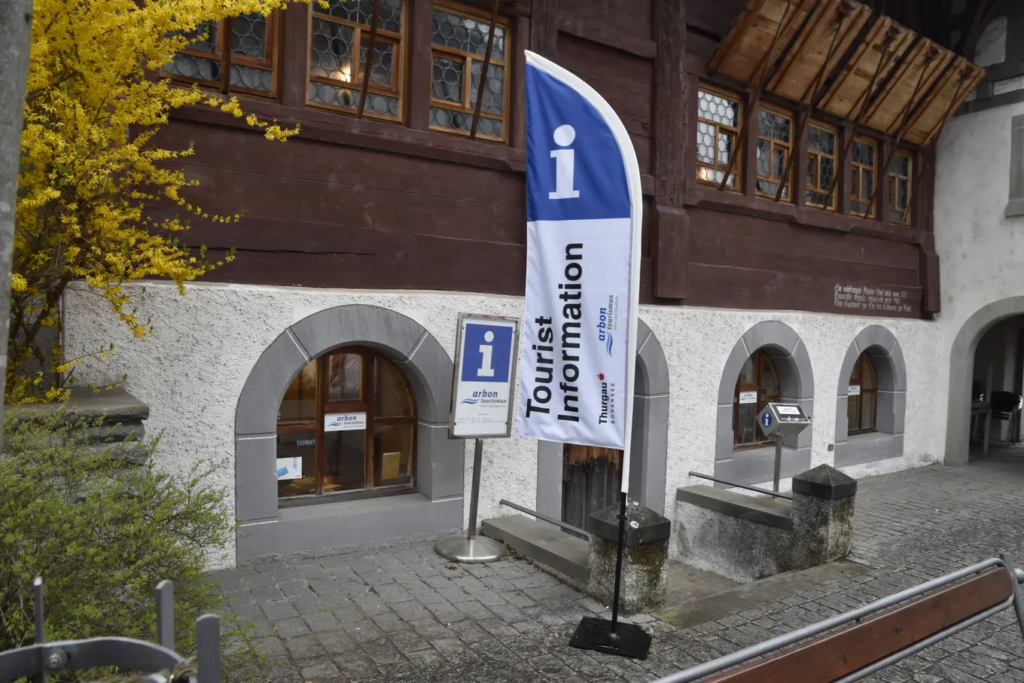
An open-air cinema is held annually on the quays of Arbon between Arbon Castle and Lake Constance.
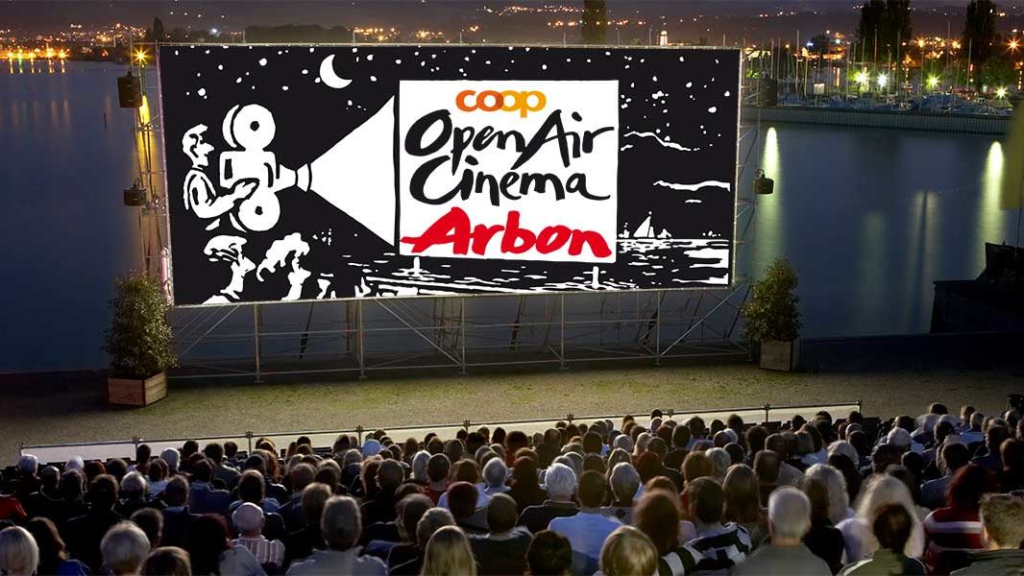
The local Billard Pub regularly hosts events with various music groups, including:
- BACK:N:BLACK (All-girl tribute band to AC/DC)
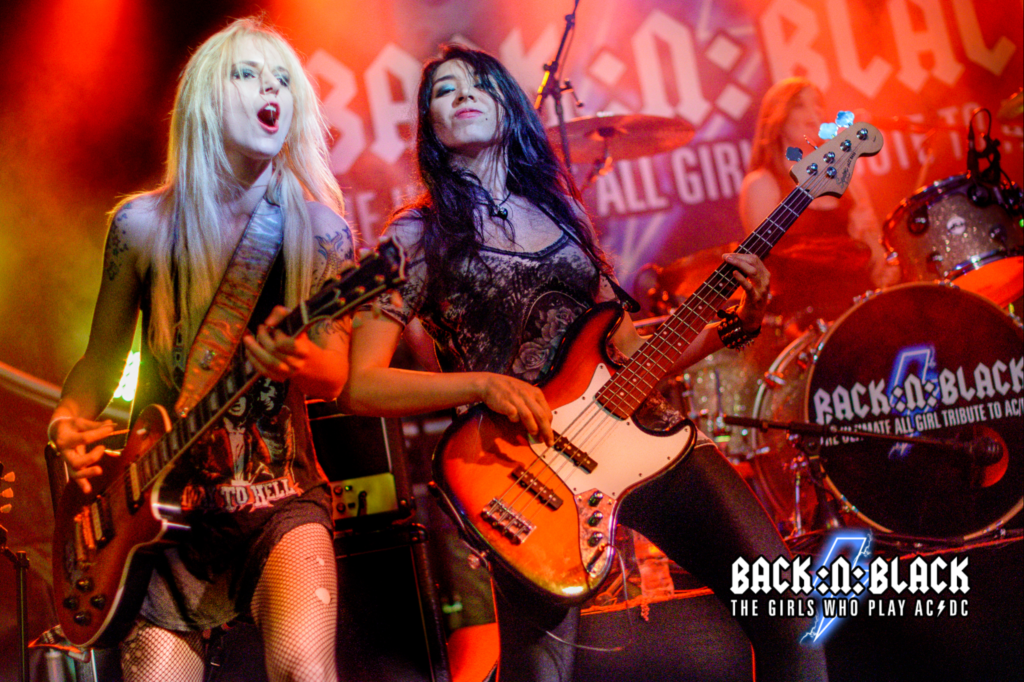
- Zucker-O (Zucchero cover band)
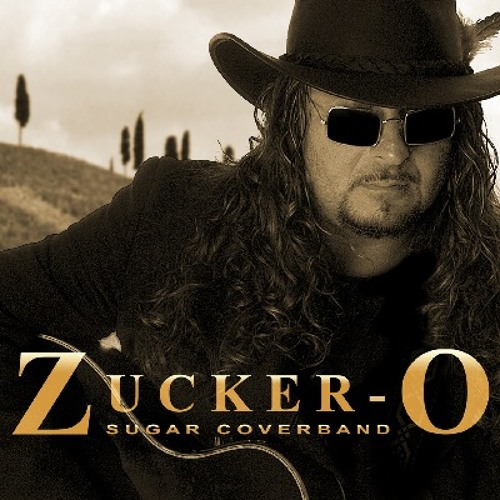
- Reckless Roses (Guns N’ Roses – cover band from Eastern Europe).
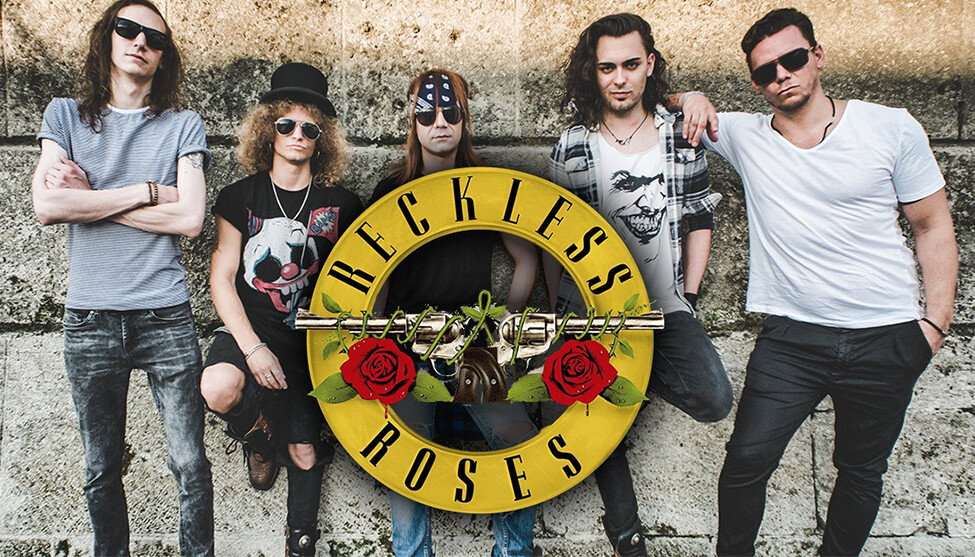

Arbon is known for its outdoor pool, the Badi, which was completely renovated in the 1990s.
In addition to direct access to Lake Constance, it offers heated pools with 50-meter lanes, a giant slide, and a 10-meter diving tower.
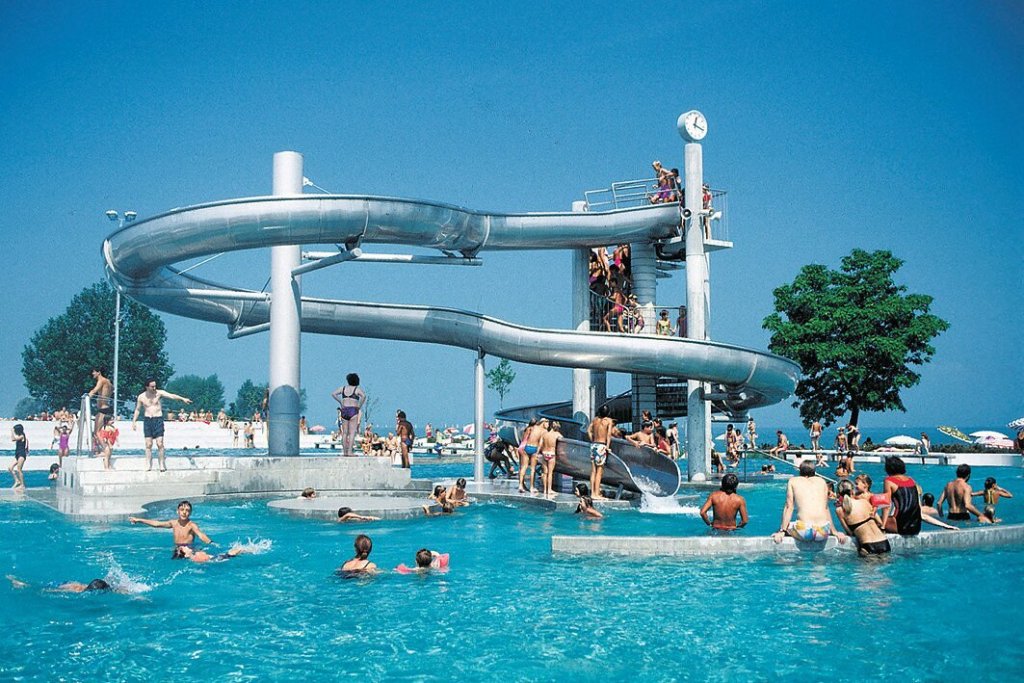
Above: Badi, Arbon
Arbon also offers several other recreational opportunities, such as the lake promenade with the castle park, the lido, and the
Philosopher’s Walk, a walking and cycling path along the shore of Lake Constance to Egnach.
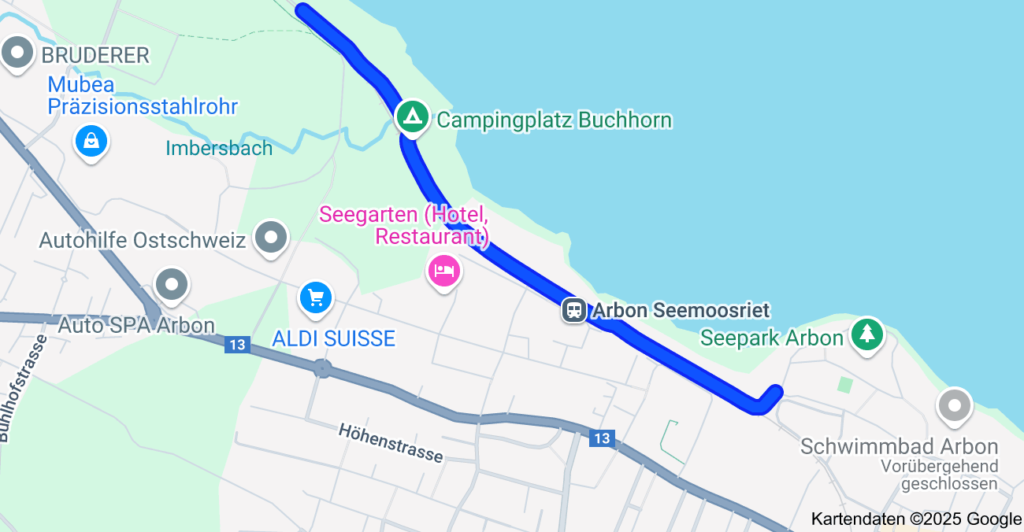
There are also some remaining wooded areas, such as the Seemoosholz Forest.
Among other things, there is a fitness trail and a BMX cycling track.

Felix Baumgartner (born 1969) is an Austrian skydiver, daredevil and BASE jumper.
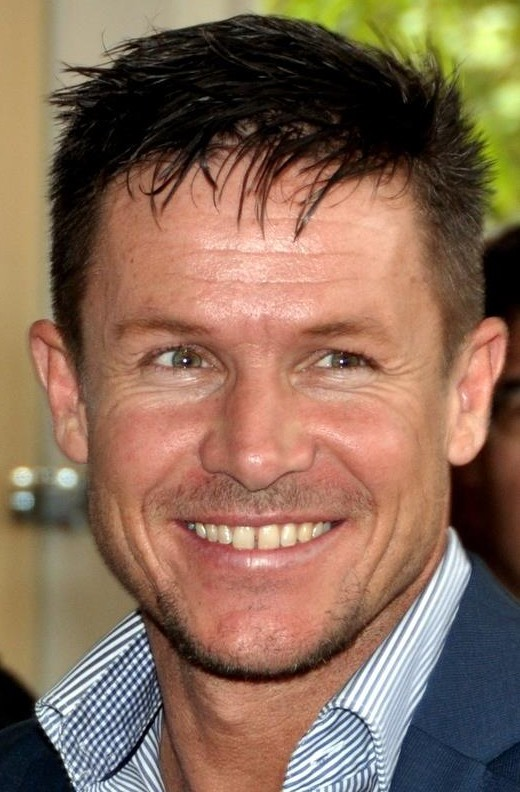
Above: Austrian athlete Felix Baumgartner
He is widely known for jumping to Earth from a helium balloon from the stratosphere on 14 October 2012 and landing in New Mexico, United States, as part of the Red Bull Stratos project.
Doing so, he set world records for skydiving an estimated 39 km (24 mi), reaching an estimated top speed of 1,357.64 km/h (843.6 mph), or Mach 1.25.
He became the first person to break the sound barrier relative to the surface without vehicular power on his descent.
He broke skydiving records for exit altitude, vertical freefall distance without a drogue parachute, and vertical speed without a drogue.
Though he still holds the two latter records, the first was broken two years later, when on 24 October 2014, Alan Eustace jumped from 135,890 feet (41.42 km; 25.74 mi) with a drogue.

Baumgartner is also renowned for the particularly dangerous nature of the stunts he has performed during his career.
He spent time in the Austrian military where he practiced parachute jumping, including training to land on small target zones.

Above: Logo of the Austrian Armed Forces
Felix Baumgartner was born to mother Eva in Salzburg, Austria.
His younger brother is Gerard.
As a child, he dreamed about flying and skydiving.
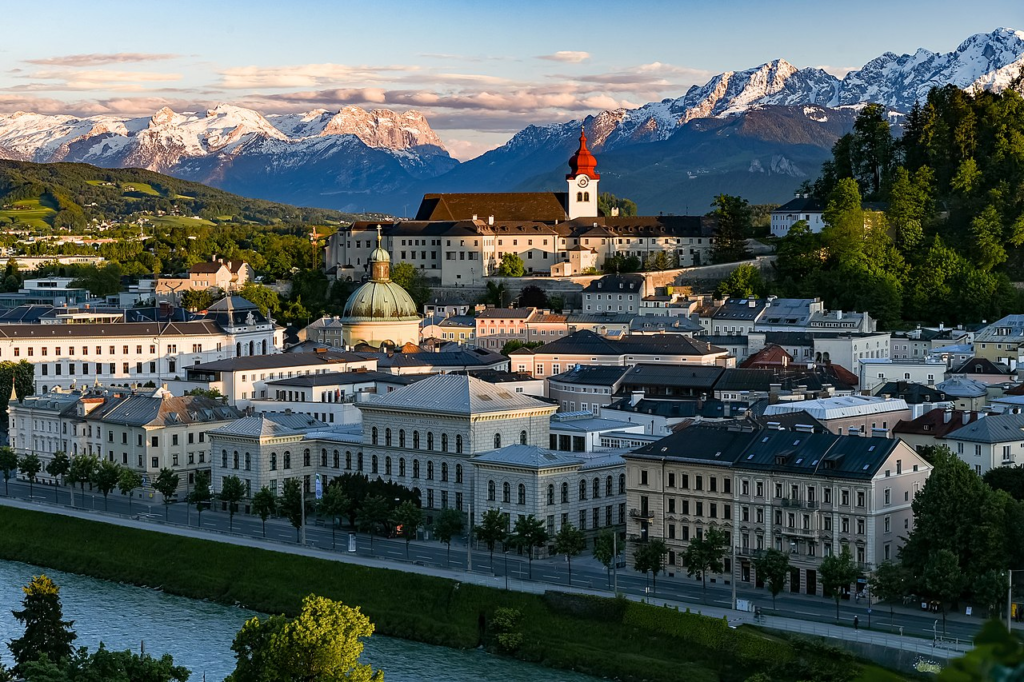
Above: Salzburg, Austria
In 1999, he claimed the world record for the highest parachute jump from a building when he jumped from the Petronas Towers in Kuala Lumpur, Malaysia.
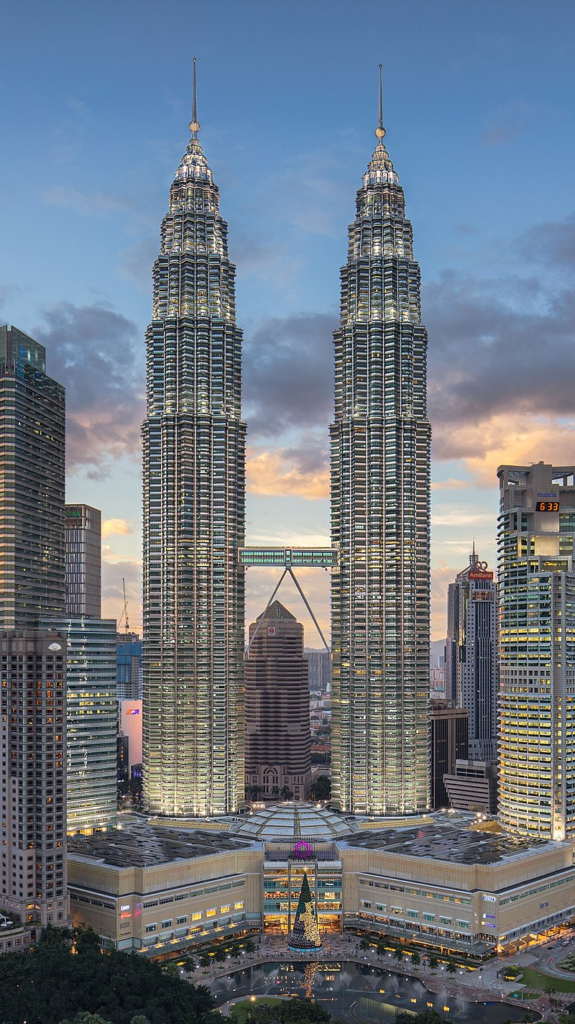
Above: Petronas Towers, Kuala Lumpar, Malaysia
On 20 July 2003, Baumgartner became the first person to skydive across the English Channel using a specially made carbon fibre wing.
Alban Geissler, who developed the SKYRAY carbon fiber wing with Christoph Aarns, suggested after Baumgartner’s jump that the wing he used was a copy of two prototype SKYRAY wings sold to Red Bull (Baumgartner’s sponsor) two years earlier.
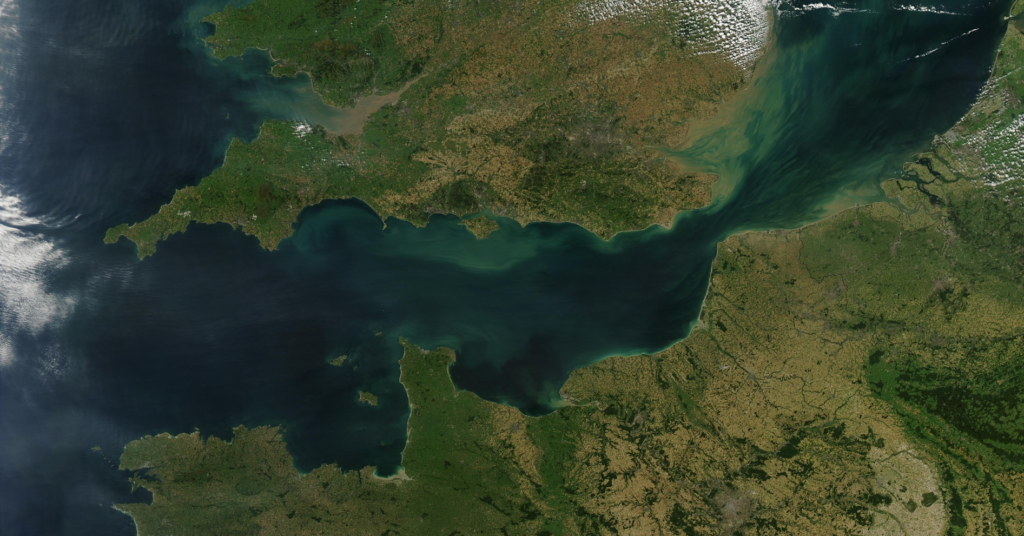
Above: Satellite image of the English Channel / La Manche
Baumgartner also set the world record for the lowest BASE jump ever, when he jumped 29 metres (95 ft) from the hand of the Christ the Redeemer statue in Rio de Janeiro.
This jump also stirred controversy among BASE jumpers who pointed out that Baumgartner cited the height of the statue as the height of the jump even though he landed on a slope below the statue’s feet, and that other BASE jumpers had previously jumped from the statue but avoided publicity.
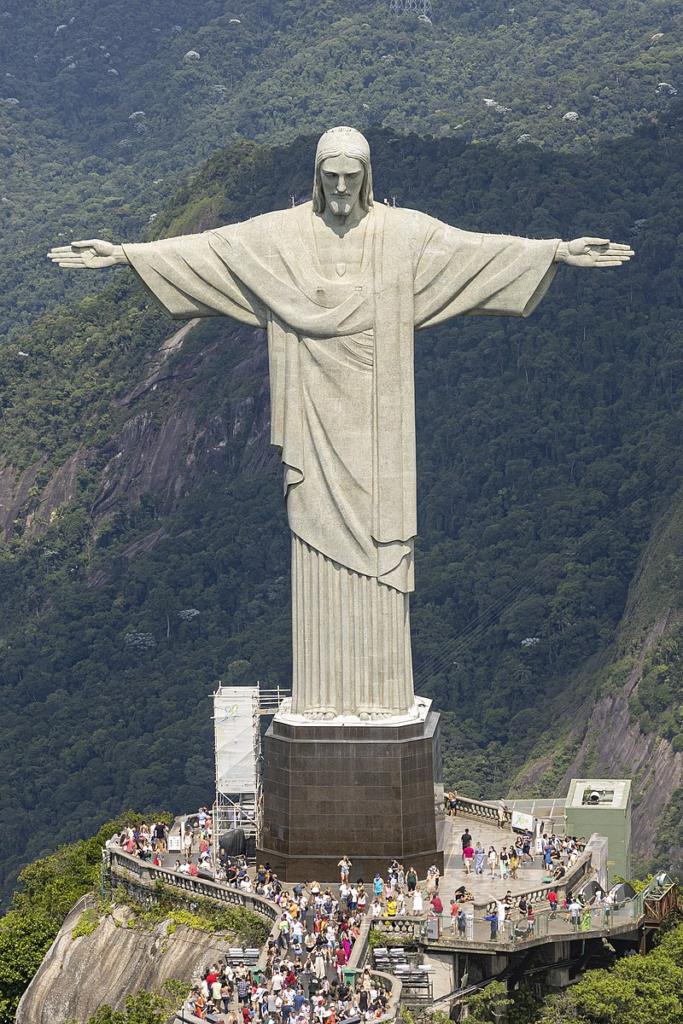
Above: Cristo Redentor, Rio de Janeiro, Brazil
He became the first person to BASE jump from the completed Millau Viaduct in France on 27 June 2004 and the first person to skydive onto, then BASE jump from, the Turning Torso building in Malmö, Sweden, on 18 August 2006.
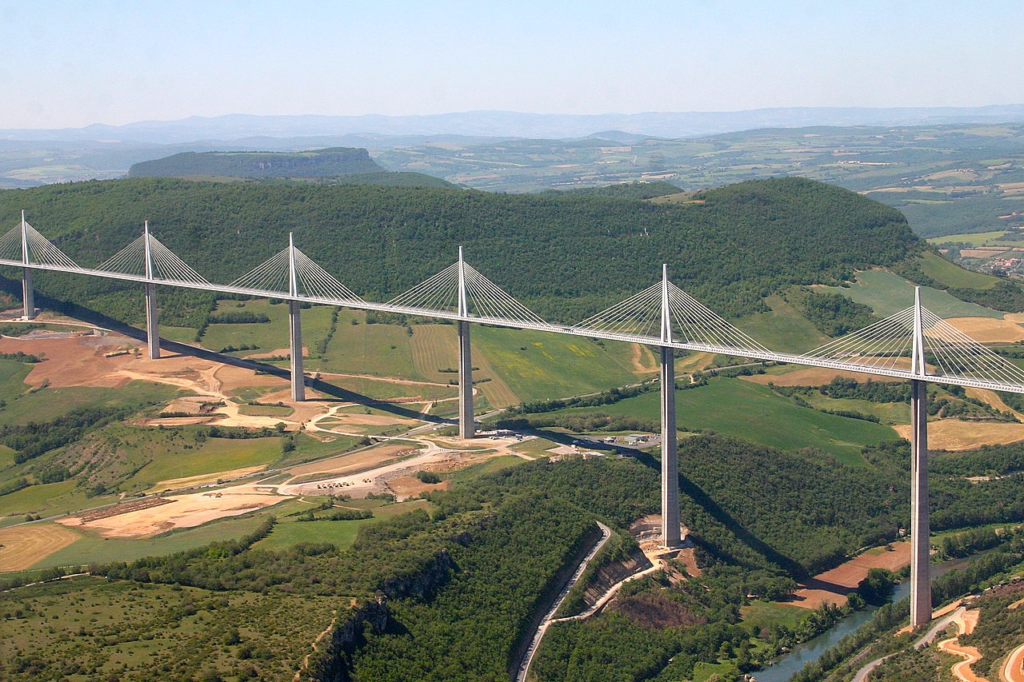
Above: Milau Viaduct, France
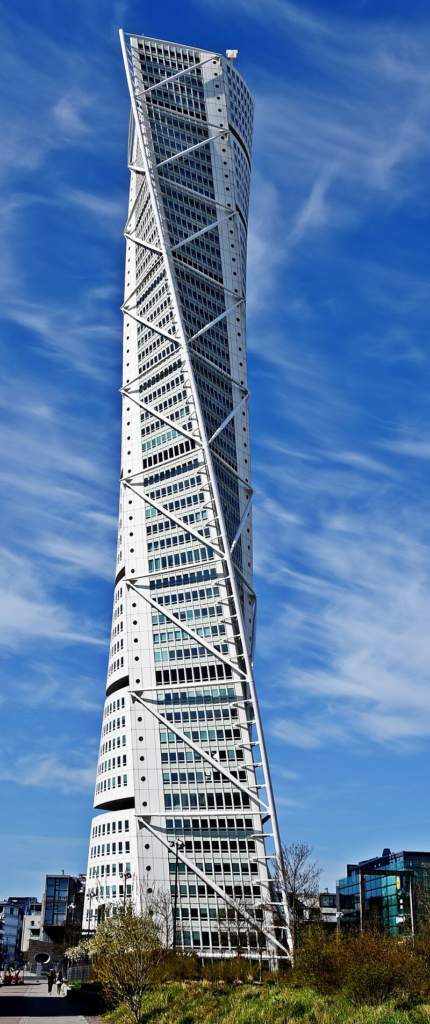
Above: Turning Torso, Malmö, Sweden
On 12 December 2007, he became the first person to conduct an unauthorized BASE jump from the 91st floor observation deck of the then-tallest completed building in the world, Taipei 101 in Taipei, Taiwan.
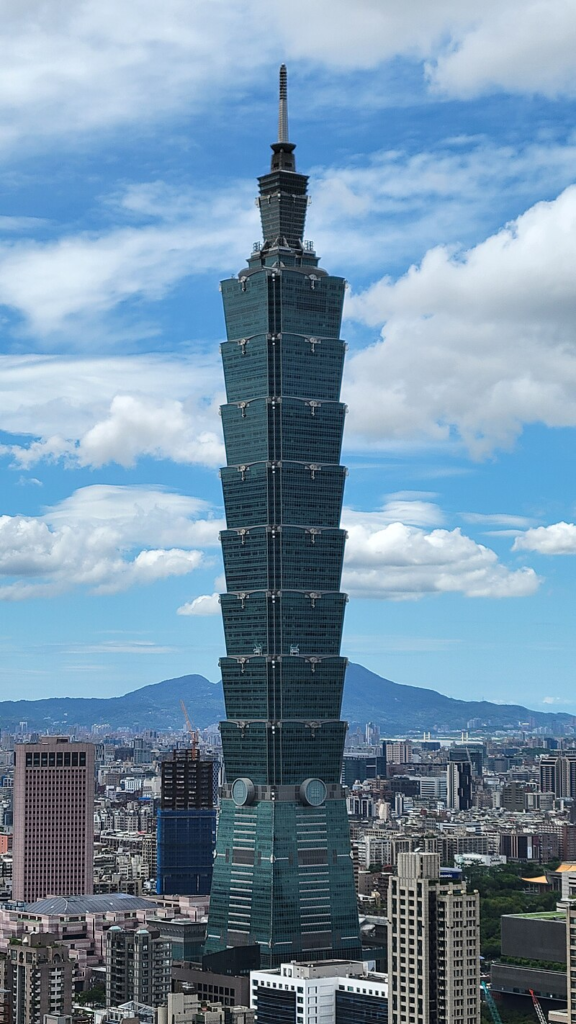
Above: Taipei 101, Taipei, Taiwan
Baumgartner was then banned from re-entry into Taiwan as a result of the incident.
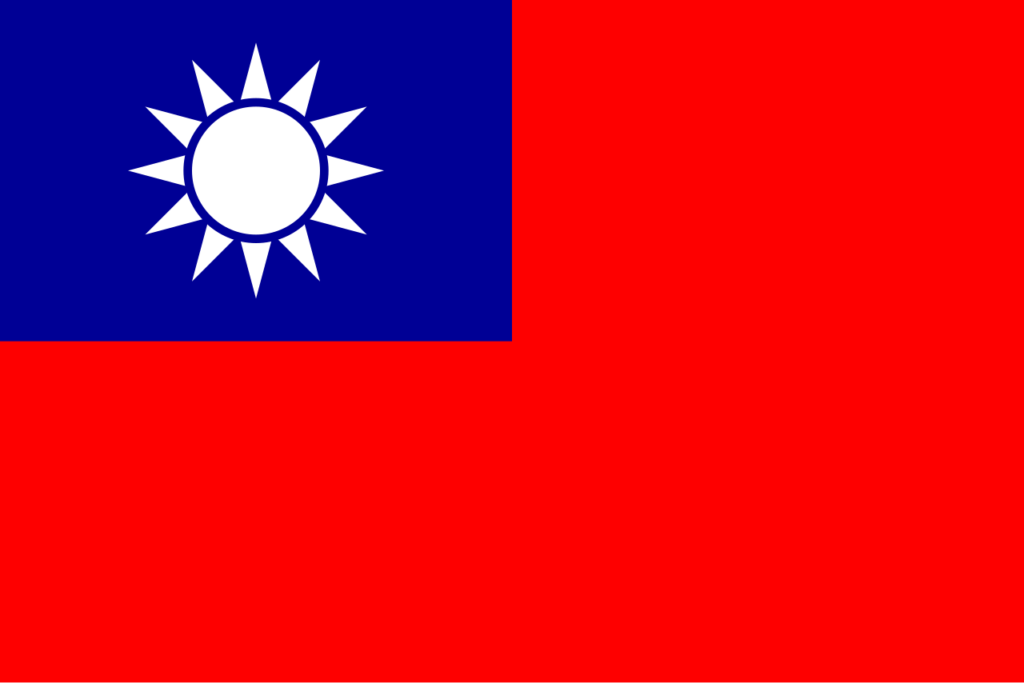
Above: Flag of Taiwan
In October 2012, when Baumgartner was asked in an interview with the Austrian newspaper Kleine Zeitung whether a political career was an option for his future life, he stated that the “example of Arnold Schwarzenegger” showed that “you can’t move anything in a democracy” and that he would opt for a “moderate dictatorship led by experienced personalities coming from the private sector of the economy“.
He finally stated that he “didn’t want to get involved in politics“.
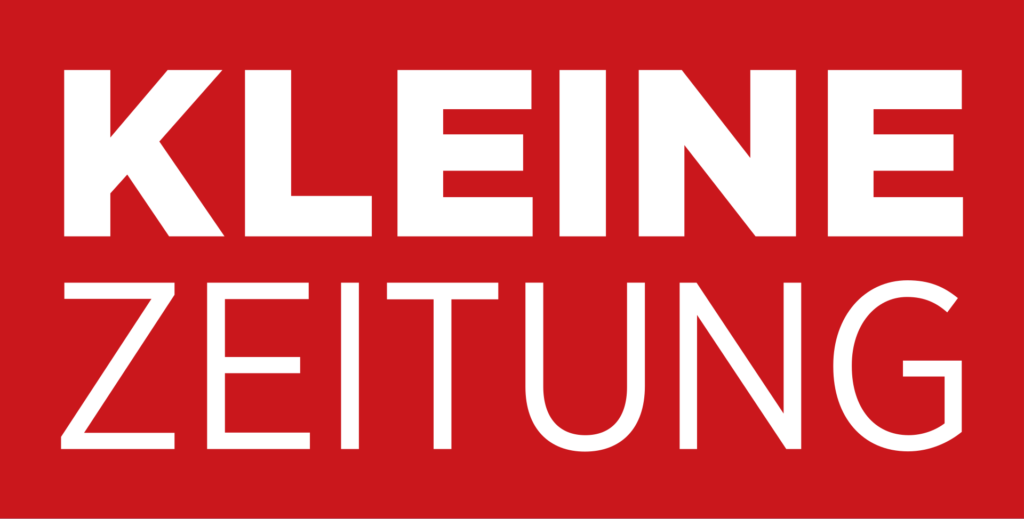

Above: Austrian-American actor/politician Arnold Schwarzeneggar
On 6 November 2012, Baumgartner was convicted of battery and was fined €1500 after slapping the face of a Greek truck driver, following a petty argument between the two men.
In January 2016, Baumgartner provoked a stir of critical news coverage in his home country after posting several critical remarks against refugees and recommending the Hungarian Prime Minister Viktor Orbán for the Nobel Peace Prize.
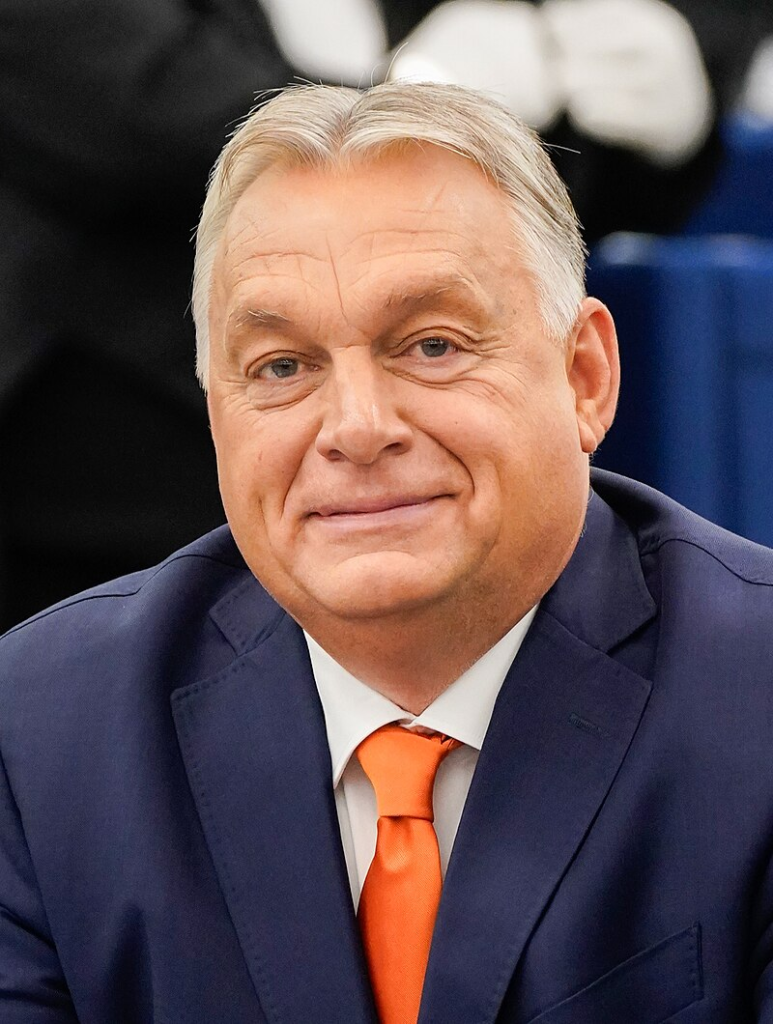
Above: Hungarian Prime Minister Viktor Orban
Later on, Baumgartner endorsed the presidential candidate of the right-wing populist Freedom Party of Austria, Norbert Hofer.
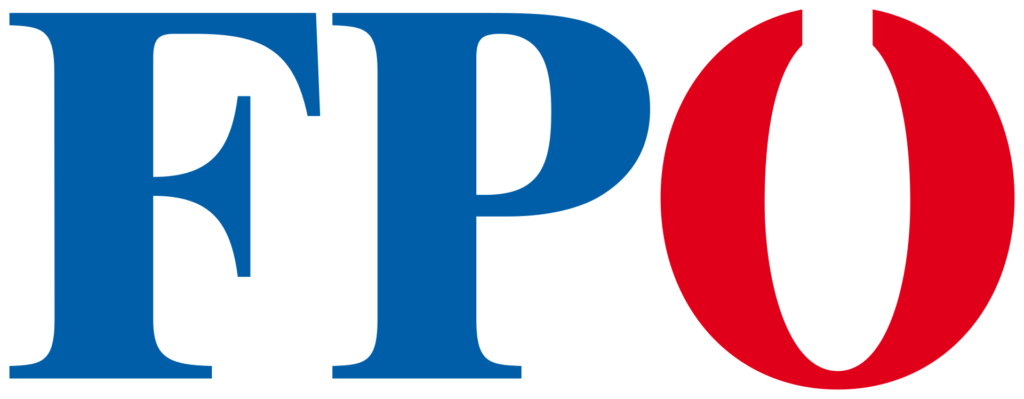
Above: Logo of the Freedom Party of Austria (Freiheitliche Partei Österreichs) (FPÖ)
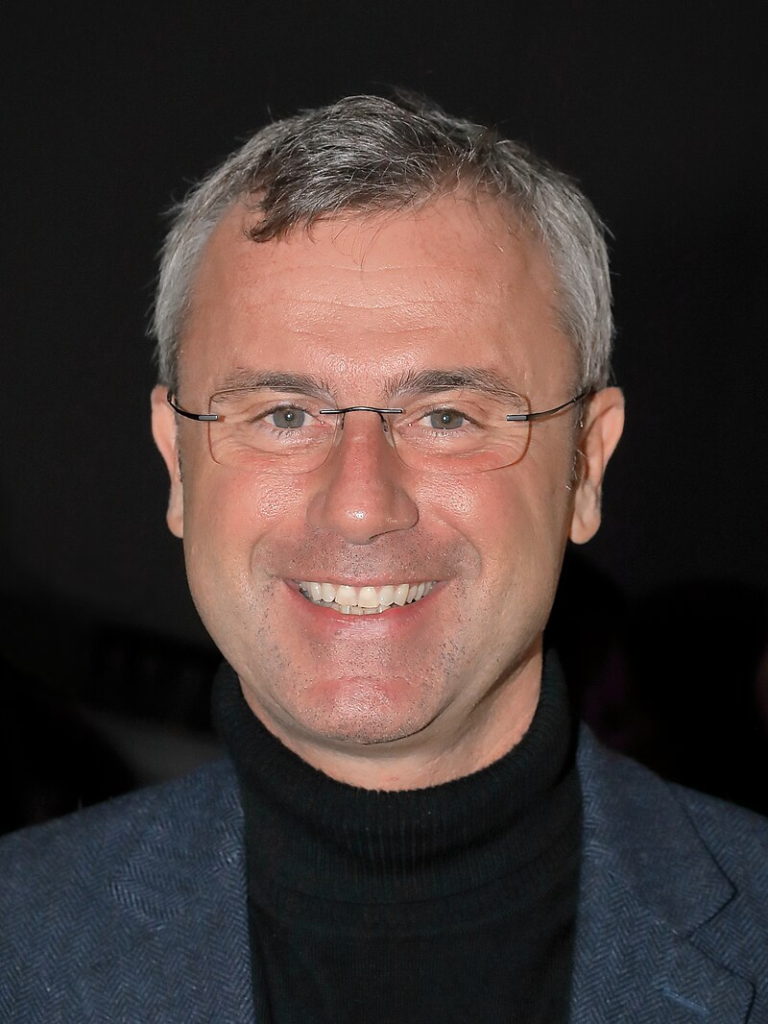
Above: Austrian politician Norbert Hofer
On 13 July 2016, Facebook deleted his fan page of 1.5 million fans.
Baumgartner subsequently claimed that he must have become “too uncomfortable” for “political elites“.

After Austrian authorities refused to grant sports tax breaks to Baumgartner, he moved to Arbon, whereupon his house in Salzburg and his helicopter were seized.
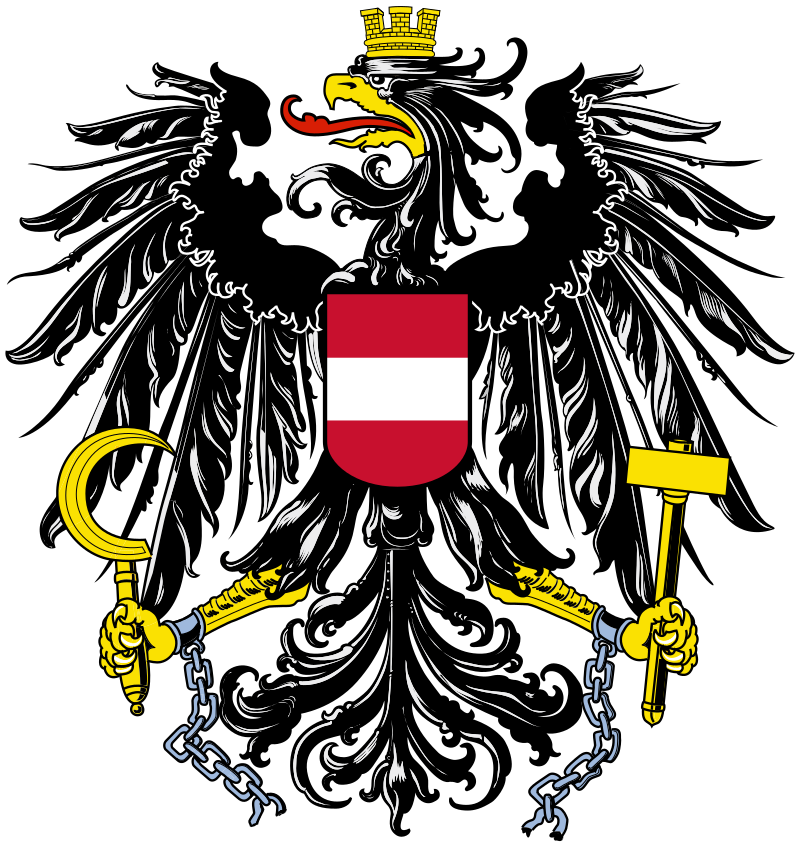
Above: Coat of arms of Austria
Baumgartner dated Playboy German playmate of the century Gitta Saxx.

Above: Austrian Playmate Gitta Saxx
Later he was engaged to Nicole Öttl, a model and former beauty queen (Miss Lower Austria 2006).
They broke up in 2013.

Above: Austrian model/businesswoman Nicole Öttl
Since 2014, he has been in a relationship with Romanian television presenter Mihaela Rădulescu.

Above: Romanian hostess Mihaela Rădulescu
I think that Baumgartner needs to take a walk….
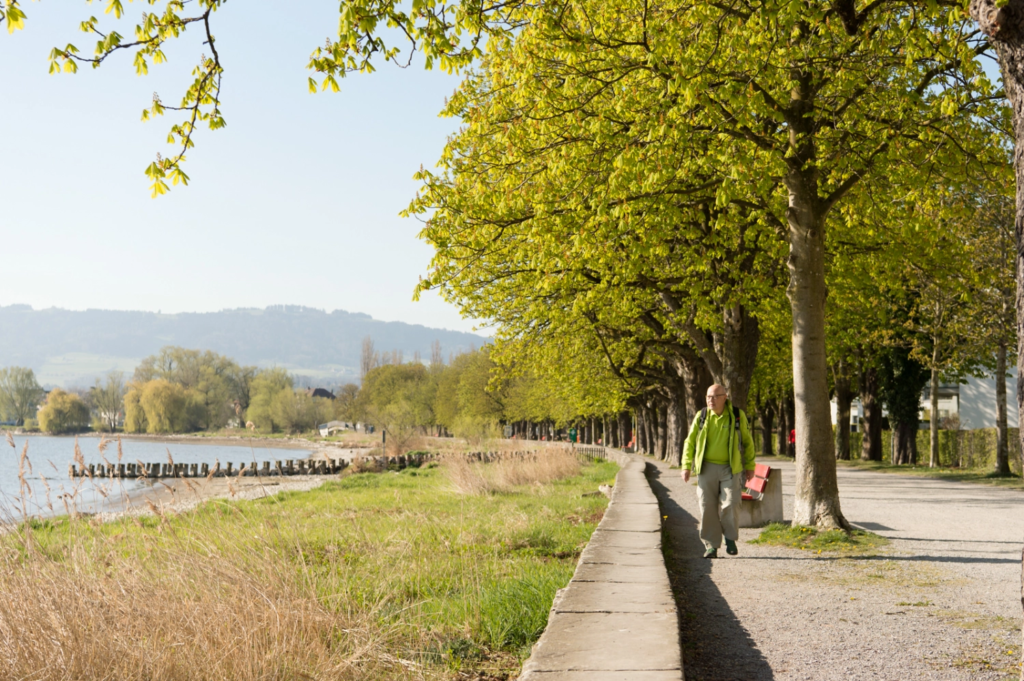
The Philosopher’s Walk in Arbon offers views of the serene Lake Constance, surrounded by natural beauty, forests, and soft hills.
It is not just a single path, but rather a collection of walking routes that offer vistas over the lake and surrounding landscapes, perfect for moments of introspection and philosophical musing.
The landscape, with its quiet waters and rolling hills, invites a deeper engagement with thoughts, ideal for personal reflection or silent observation of nature’s interplay with human existence.
While there is no long-standing, institutionalized tradition of philosophical debate or historical academic ties here like you would find in more famous European cities, the Philosophenweg in Arbon is designed with a conscious nod to nature’s role in philosophical thought.
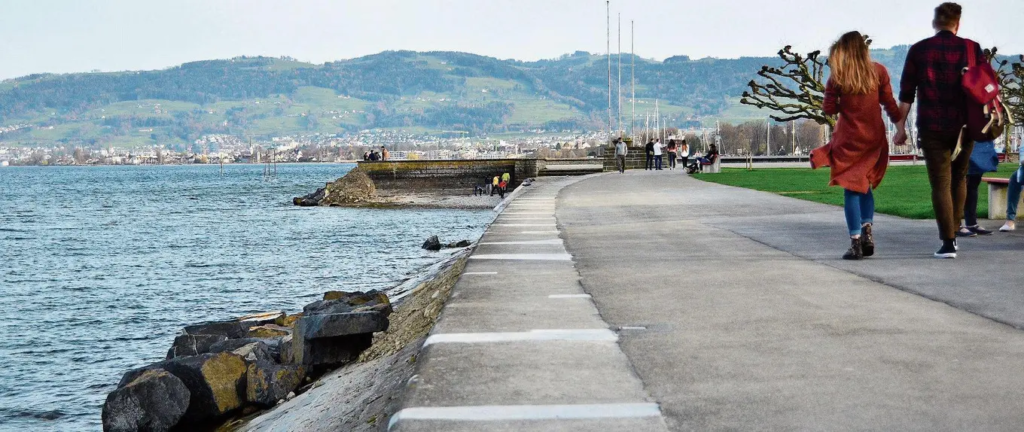
Think of the walks that Friedrich Nietzsche or Arthur Schopenhauer would have taken, where nature itself served as a mirror for their intellectual journeys.
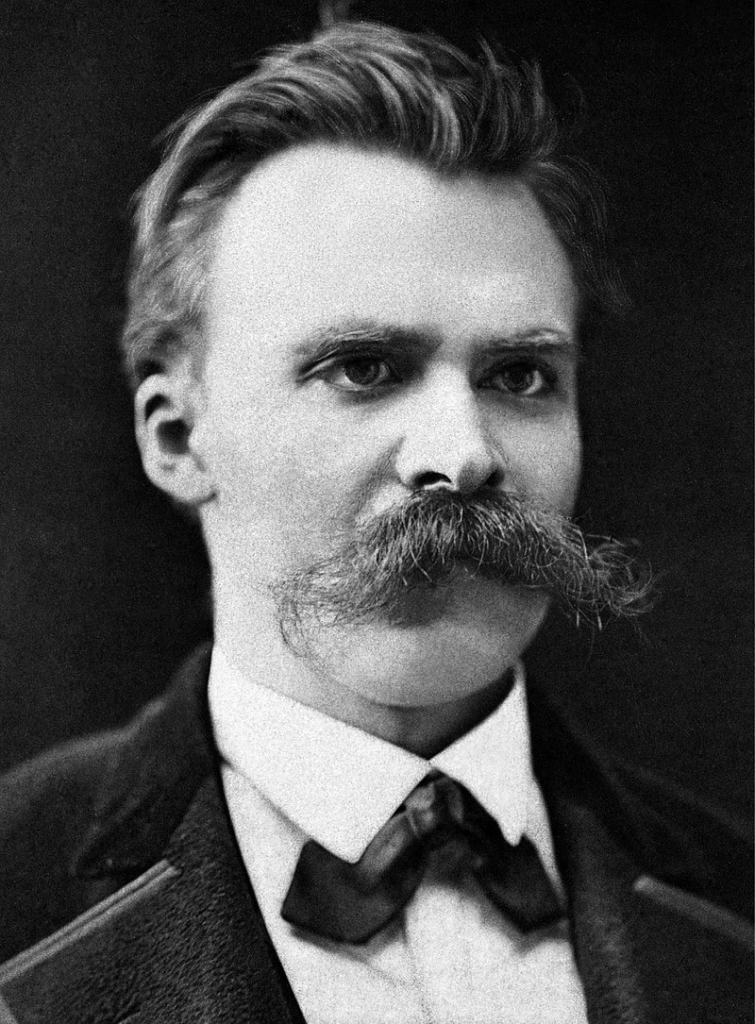
Above: German philosopher Friedrich Nietzsche (1844 – 1900)
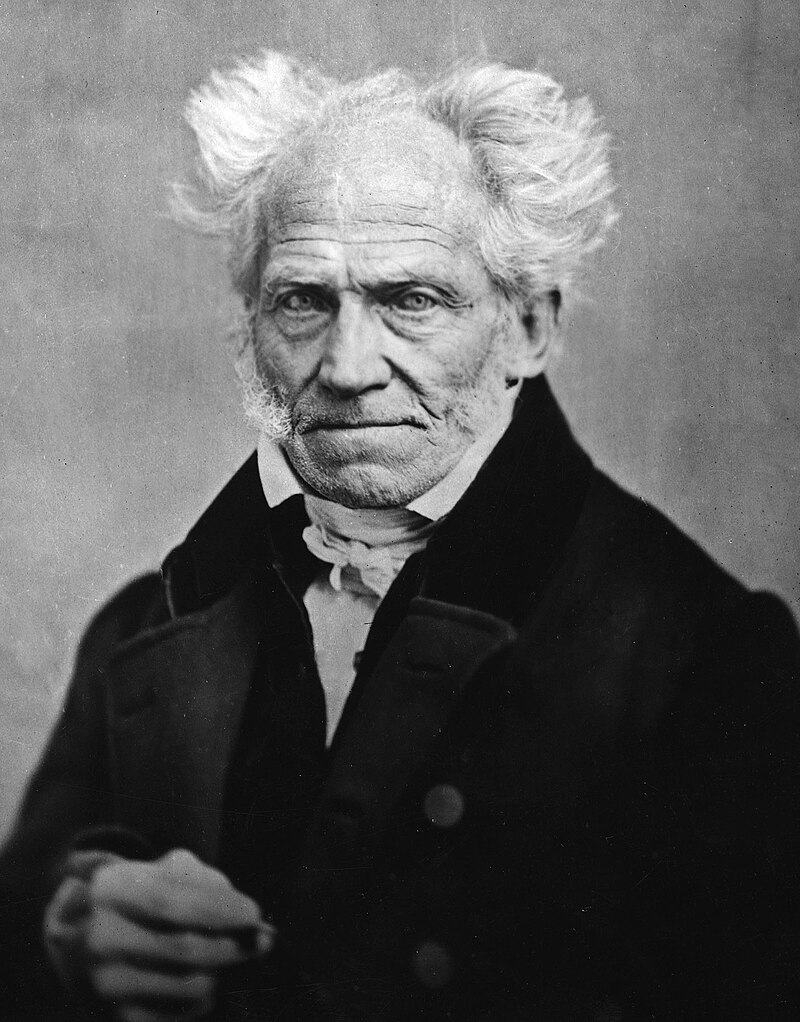
Above: German philosopher Arthur Schopenhauer (1788 – 1860)
The path is peaceful enough to let one feel as though the ancient Greek notion of philosophia — the love of wisdom — could be discovered here through the act of walking, absorbing the landscape, and reflecting on life’s vastness.
The Swiss are known for their sublime integration of nature with intellectual life.
The Philosopher’s Walk in Arbon taps into that tradition, offering a blend of natural beauty and spiritual quiet.

Alongside a leisurely stroll, you can visit the Säntis mountain range in the distance or take in the grandeur of Lake Constance.
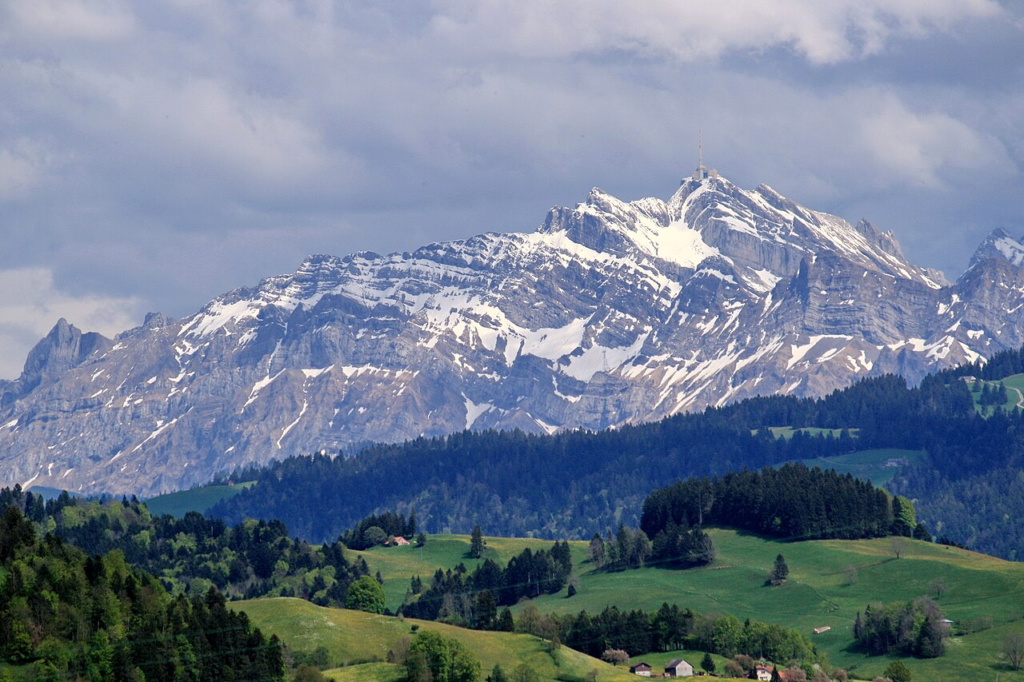
Above: Mount Säntis, Switzerland
For those inclined towards personal reflection on topics like epistemology, metaphysics, or even existential musings on being and nothingness, such a walk can serve as the perfect foil.
The path is not heavily trafficked, making it more suitable for solitary walkers or small groups — perfect for those wanting a contemplative space to think, write, or simply “be“.
Think of it as a more private philosopher’s journey compared to more famous routes — less of a crowd, more of a quiet gathering of thoughts.
You may find local thinkers, artists, or those simply enamored with the natural beauty of the surroundings.
Though the Philosopher’s Walk itself is not specifically tied to any one great philosopher, there is something inherently philosophical about the very essence of the place.
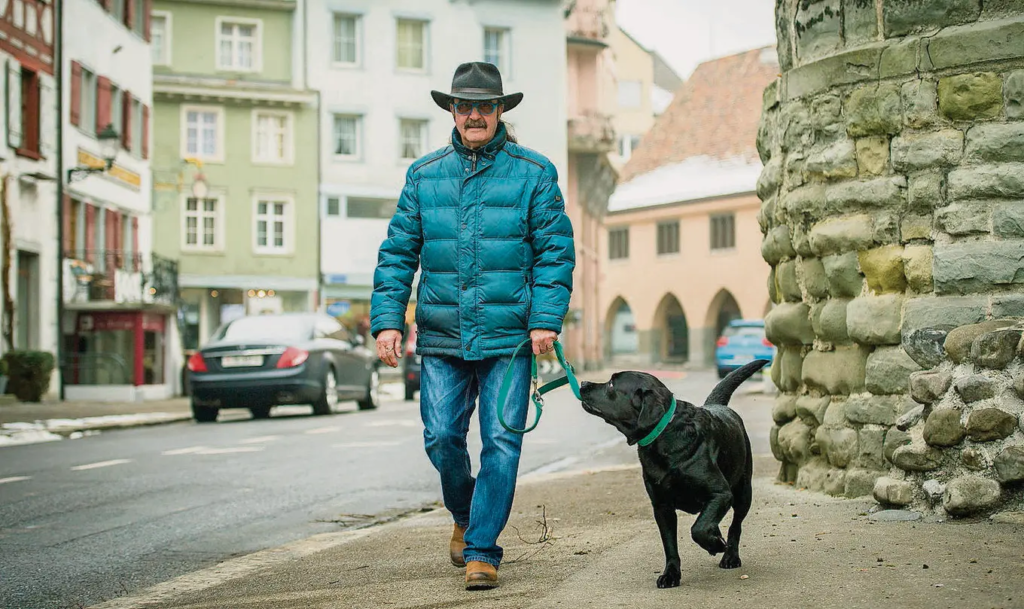
The ancient Greek philosophers, such as Heraclitus with his notion that “You cannot step into the same river twice.” would have certainly appreciated the dynamic, ever-changing landscape of Lake Constance.
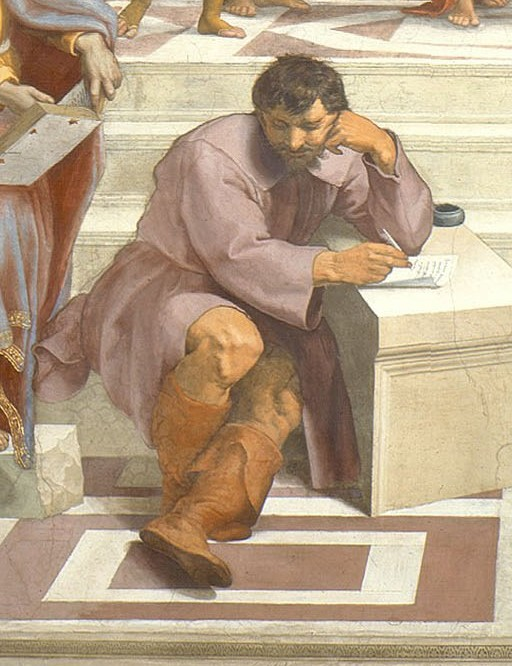
Above: Greek philosopher Heraclitus (6th – 5th centuries BC)
The surrounding natural beauty evokes themes of impermanence, transience and contemplative engagement with the world — all key themes in many schools of philosophical thought.
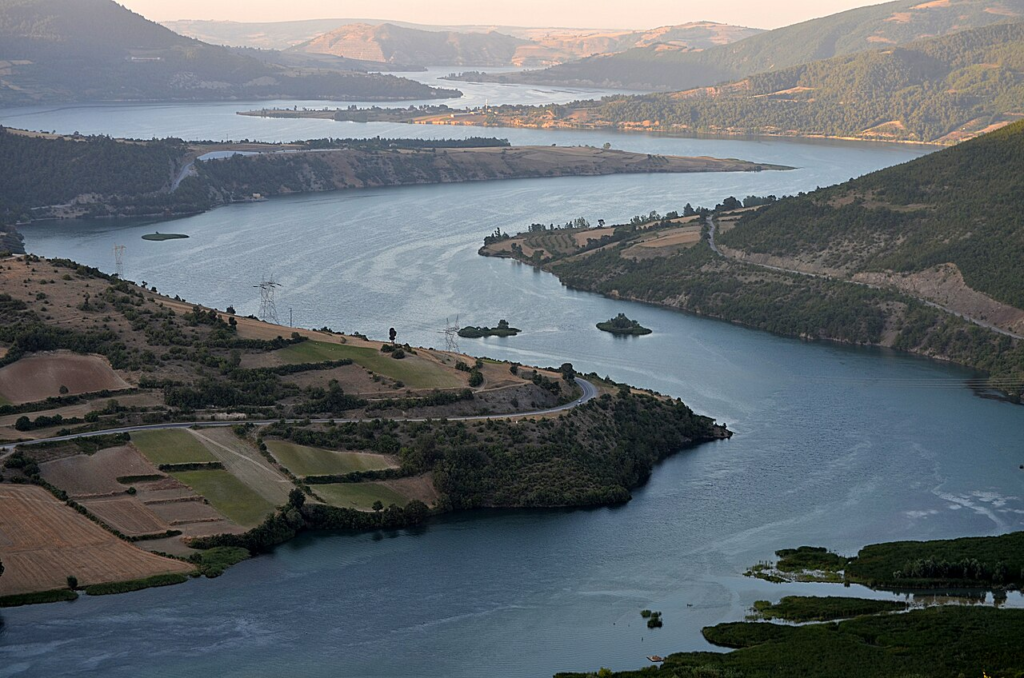
Above: The Halys River, Türkiye’s longest.
Heraclitus’s theory of flux has been associated with the metaphor of a flowing river.
The walk might not have famous statues or plaques dedicated to thinkers, but it certainly provides the space for one to be reminded of humanity’s relationship with nature.

Above: Heraclitus compares the soul to a spider and the body to the web.
You might even find that, in the solitude of the walk, a private conversation with Immanuel Kant or David Hume might unfold in your mind as you engage with the beauty and serenity around you.
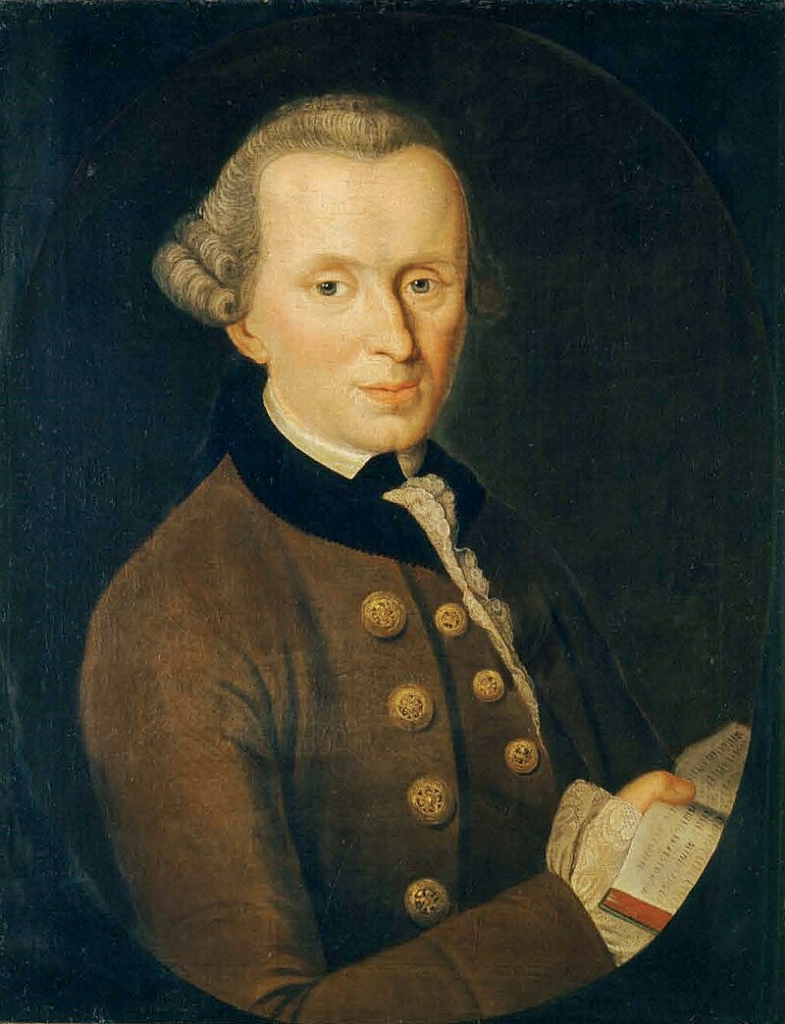
Above: German philosopher Immanuel Kant (1724 – 1804)
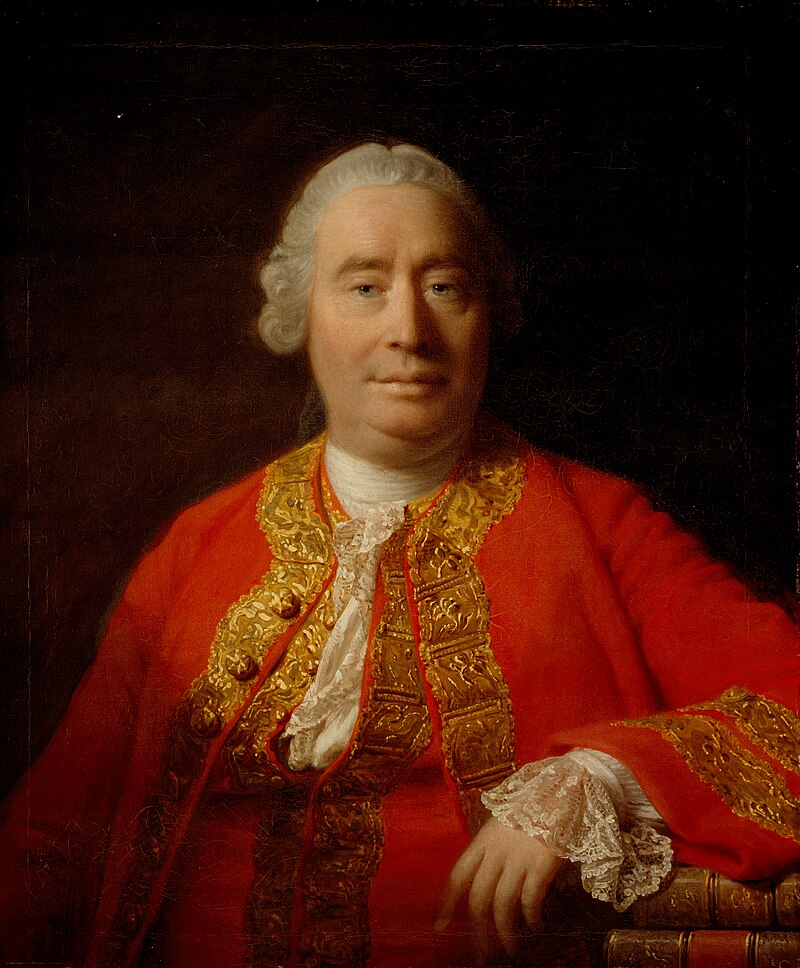
Above: Scottish philosopher David Hume (1711 – 1776)
The Philosopher’s Walk in Arbon is a quiet retreat, a space of reflection — far from the intellectual bustle of larger cities but rich in the kind of personal reflection that often gives birth to some of the deepest philosophical insights.
It is not just a stroll.
It is an opportunity to walk with your thoughts, perhaps in the same vein as the philosophers who have used walking as a means of intellectual exploration throughout history.
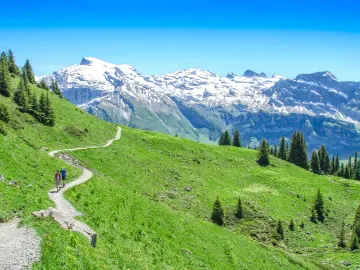
Thursday 27 March 2025 (1330 – 1700)
It was a good day.
The wife had to work most of the day in Münsterlingen then had to attend a conference in Zürich.
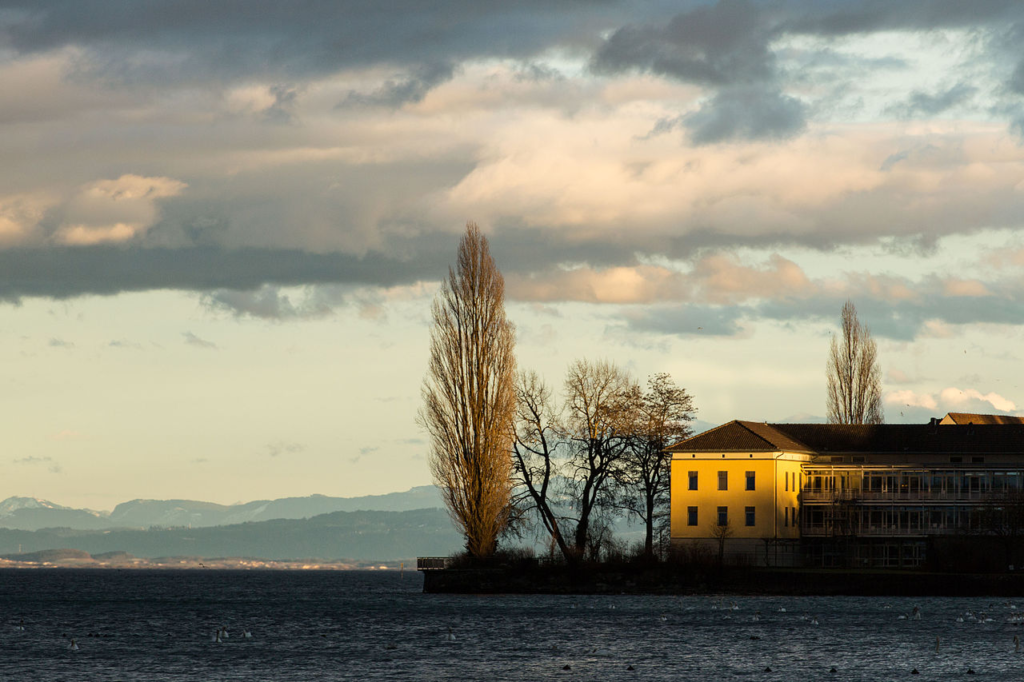
Above: Münsterlingen, Canton Thurgau, Switzerland
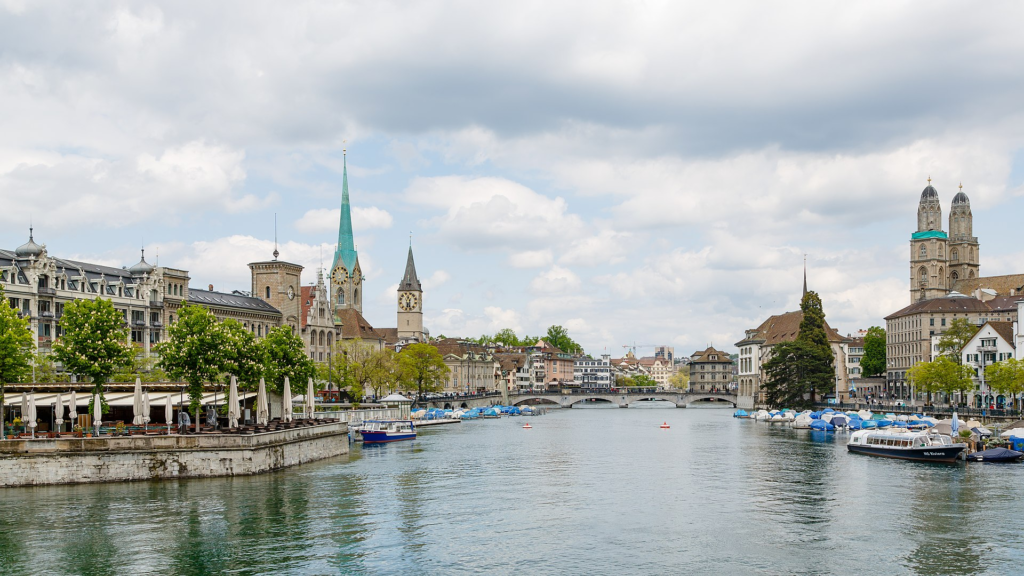
Above: Zürich, Switzerland
I had an appointment – my second since my involuntary three-month expulsion from Türkiye began – with Naomi, a Canadian and former wage slave of Starbucks St. Gallen Marktgasse like me, for lunch at Steinach’s Bäckerei Füger Handmade (a bakery by name, but much more like a family restaurant).
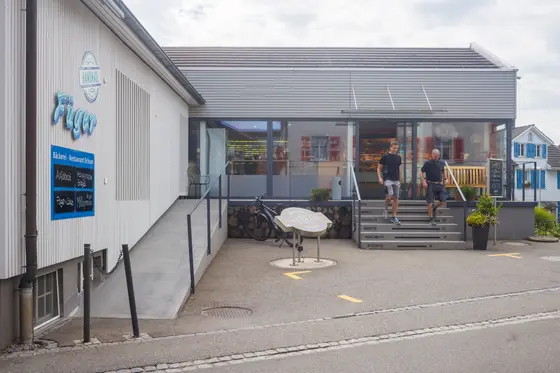
Above: Bäckerei Füger, Steinach, Canton Thurgau, Switzerland
It was a pleasant meal and Naomi, though young enough to be my daughter, was, as usual, a very intelligent meal companion.

Above: My friend Naomi
When we met in St. Gallen for dinner on 18 March she surprised me by admitting that, despite being Canadian, had never seen or read Anne of Green Gables by Lucy Maud Montgomery (!), so a primary reason for our reunion today was to introduce her to the first volume of Montgomery’s six-volume story of Canada’s favorite red-head.
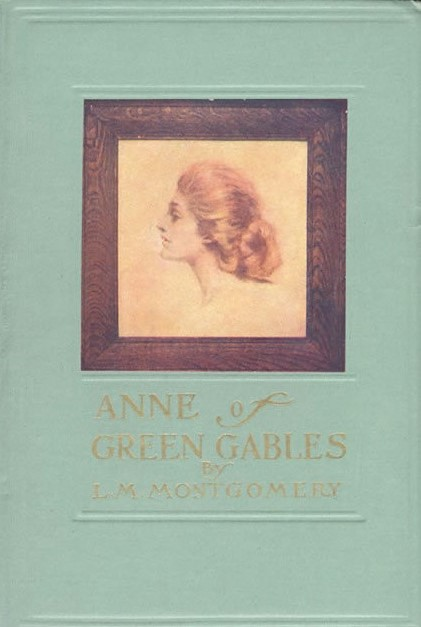
I had begun to read the day’s New York Times and that perusal and my encounter with Naomi seemed fitting for a stroll along the Lake from Steinach to Arbon Seemoosriet station.

The NYT suggests that Trump’s America seeks to lead a world in which the great nuclear powers take what they can (Opinion) and that in leaked chat messages the Trump team lays bare its contempt for Europe in this the latest blow to a weakening alliance.

Above: US President Donald Trump
The news is, as usual, dark and discouraging.
- Families grieving after plane crash (29 December 2024) find solace together – Relative of Joju Air victim says “Only here can we cry” as many gather at South Korea’s Muan International Airport.

- Lebanon must make changes to unlock aid – Conditions may include overhauling governance and disarming Hezbollah.
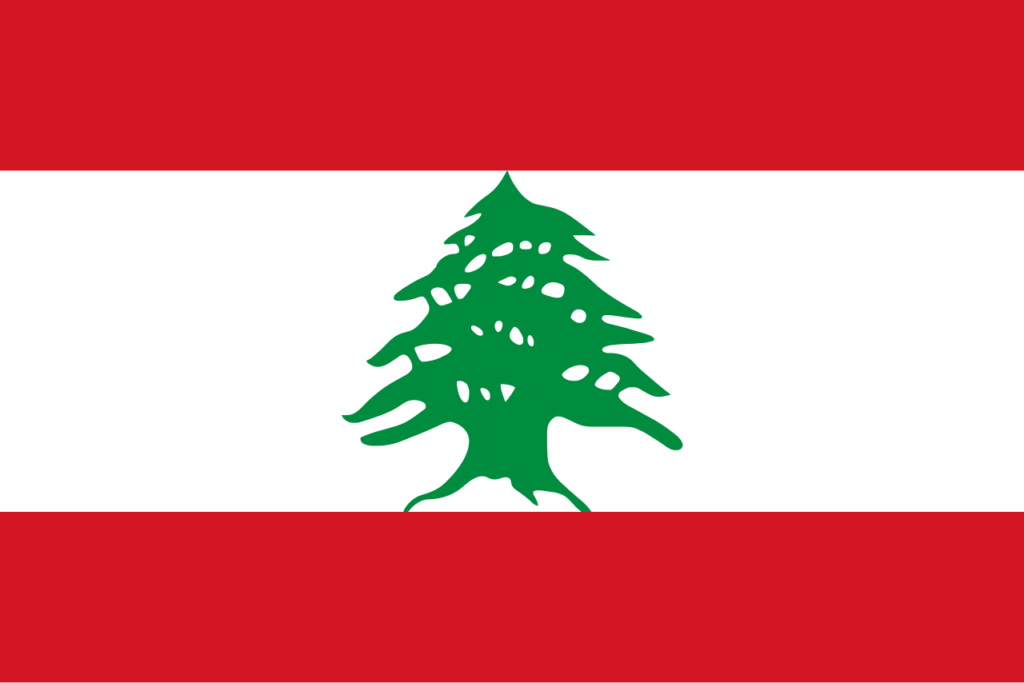
Above: Flag of Lebanon
- A stand-up mocks a politician. Then the mob descends. Attack on a comedy club (Habitat, Mumbai) deepens concerns about free speech in India.

Above: Flag of India
- For Pentagon chief, chat row extends a rocky start – Disclosure of war plans is the latest in a series of stumbles by Pete Hegseth.
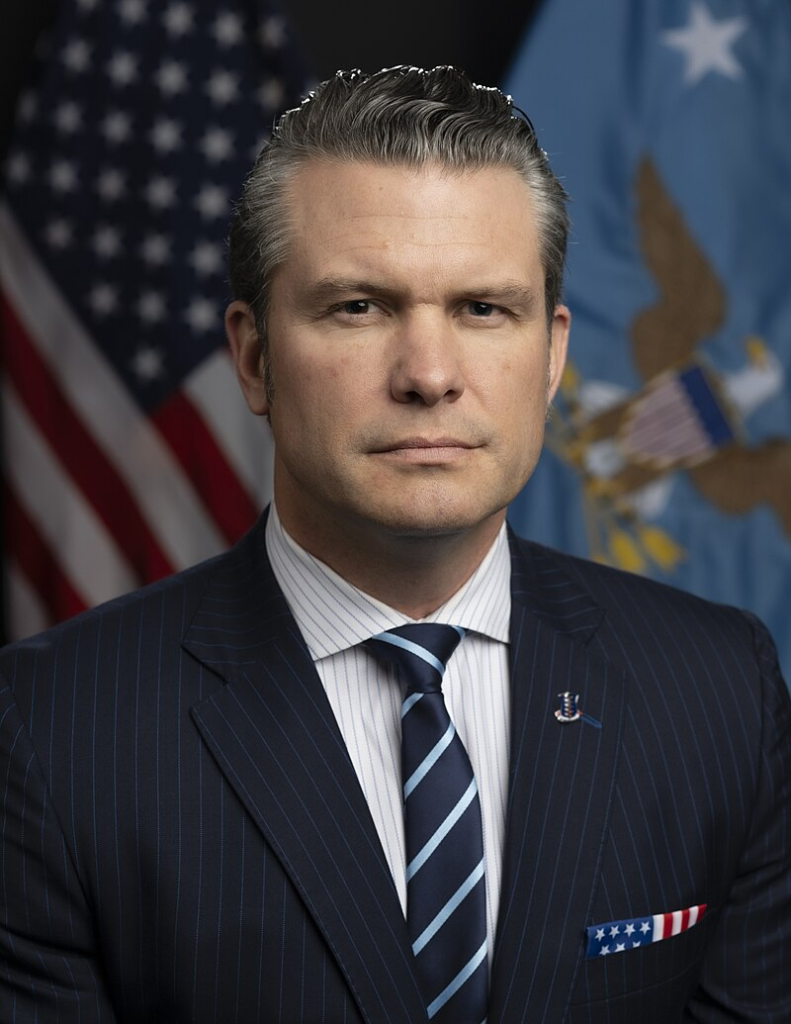
Above: US Defense Secretary Pete Hegseth
- Europe recruits US scientists – As Trump policies tear into American academia, a welcome mat is offered.
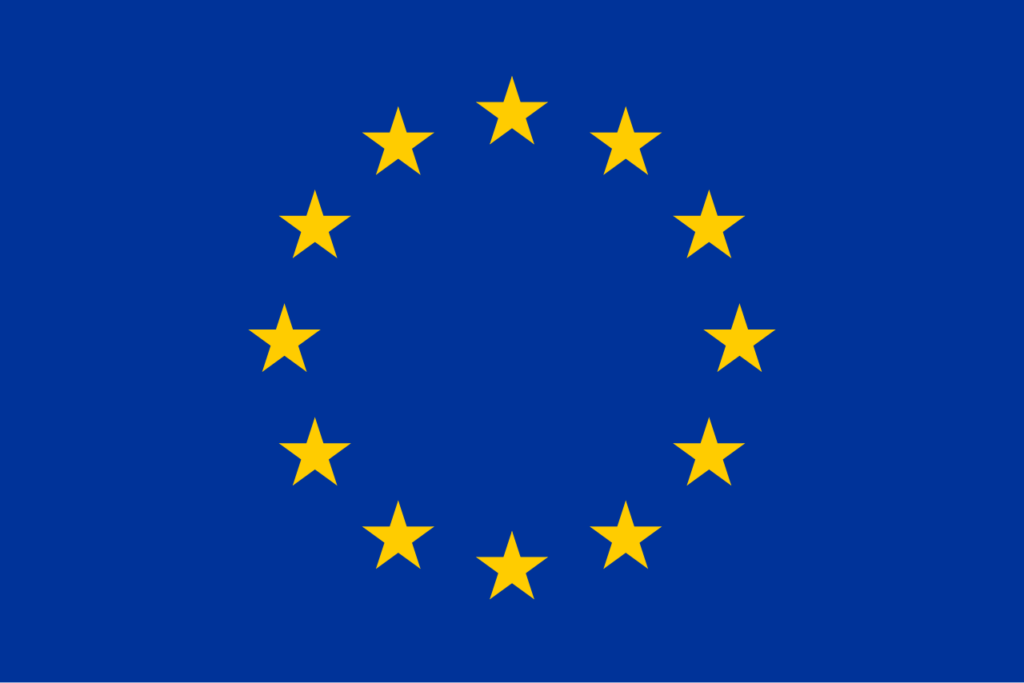
Above: Flag of the European Union
- Moves for peace seen as a means to a prize – Trump’s desire for a Nobel is plain, but aligning with aggressors may cost him.
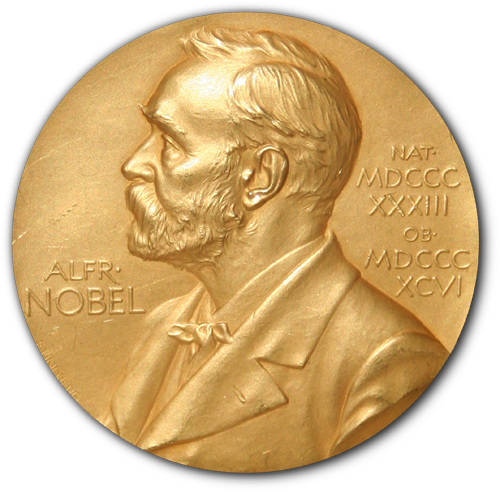
- Artist Ms. Boardman silent on Colorado State Capitol presidential portrait that is despised by its subject.
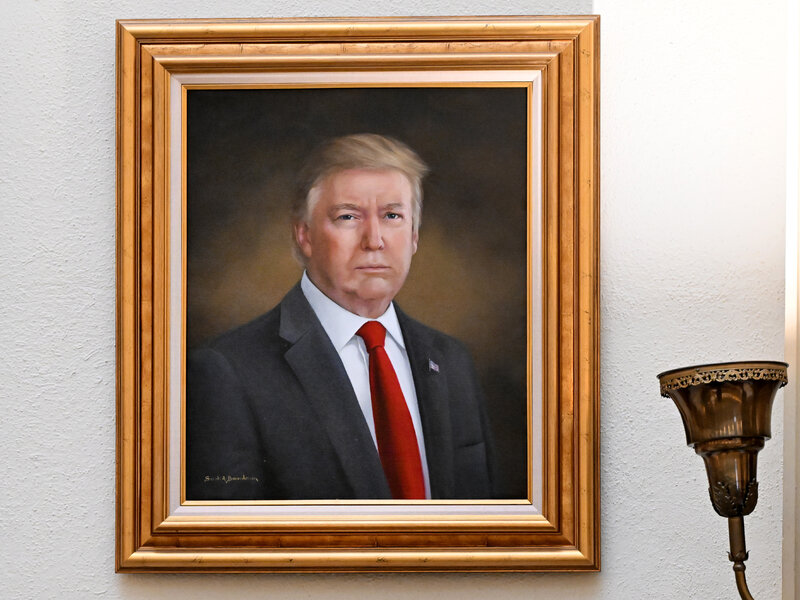
- Aurora, Colorado is a city split over Trump’s immigration crackdown – Some wonder if his actions are inflicting more damage than the migrants ever did.
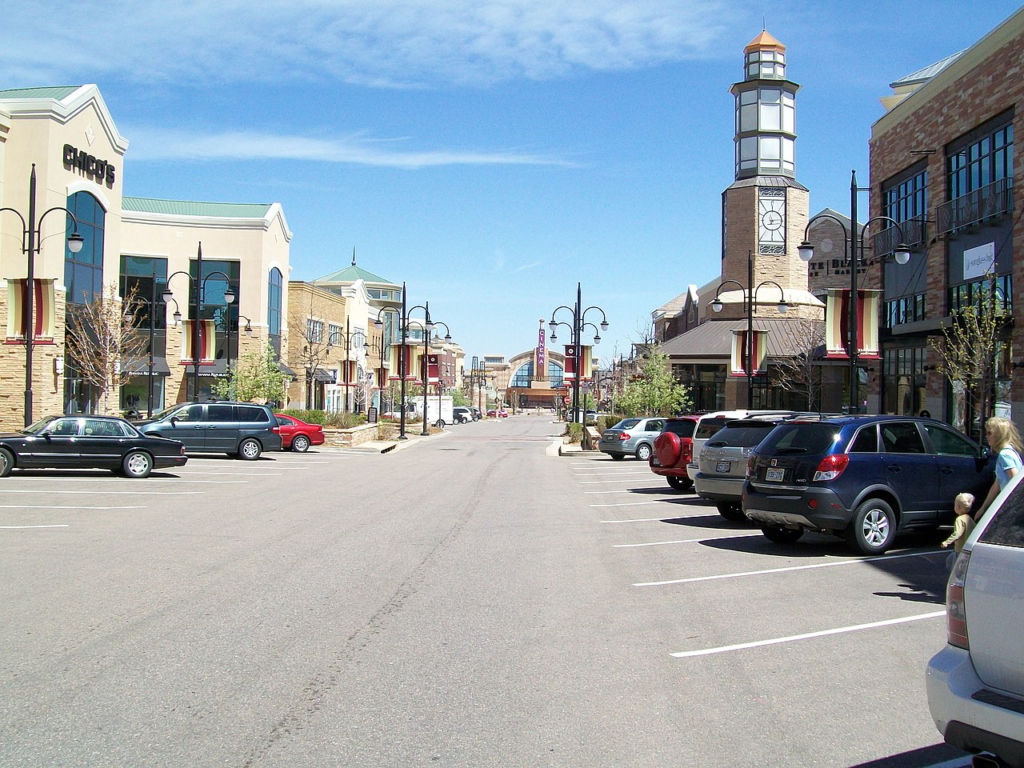
Above: Aurora, Colorado, USA
- Therapy backed by US health officials (vaccine skeptics) make some more ill – Measles patients show signs of liver damage after taking too much Vitamin A.

- US exporters vie to shape reciprocal tariffs – A variety of companies weigh the risks and payoffs of Trump’s promised levies.

- Trump and Xi need a shared trust on AI now – Two superpowers risk a destabilizing competition. Cue the humanoid robots. (Opinion)

- The world has been lucky on bird flu – for now (Opinion)

- Columbia University’s capitulation (agreed to a number of Trump’s demands in order to restore federal funding, among these the deportation of student protestors who are legal residents) will hurt us (Americans) all (Opinion)
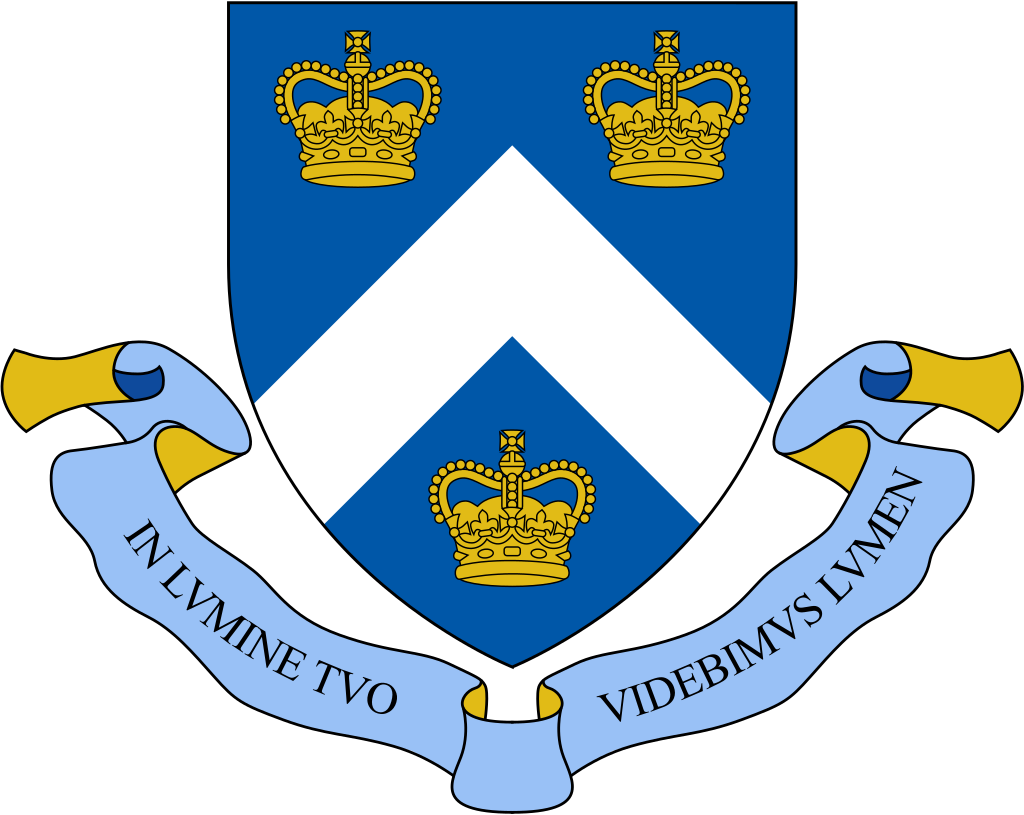
Above: Coat of arms of Columbia University, New York City
(I will return to this article when I later discuss the University of Bologna in a future post.)
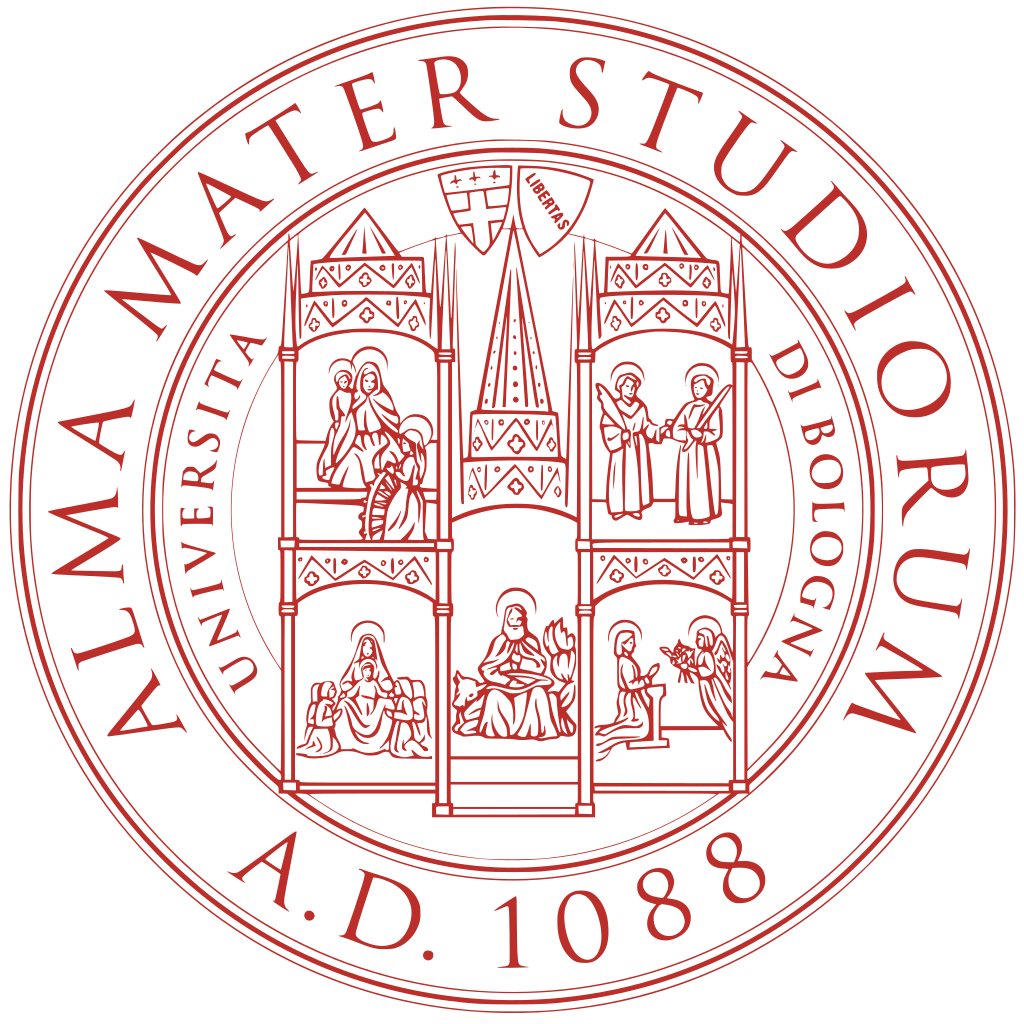
- Animal memoirs are going wild: A popular subgenre focuses on writers’ relationships with untamed creatures (Cultures)

(I owe a friend an account of his dog and his experiences in Paris.)
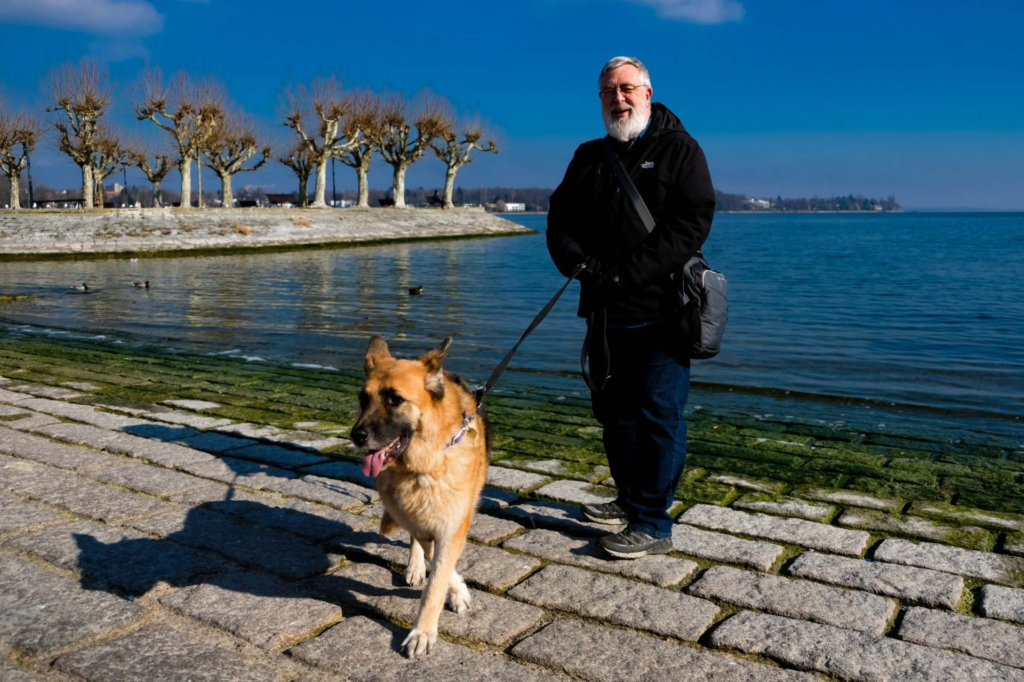
Above: A friend and his dog
- Yoko Ono, demonized no longer (Book review – Yoko: A Biography, by David Sheff)
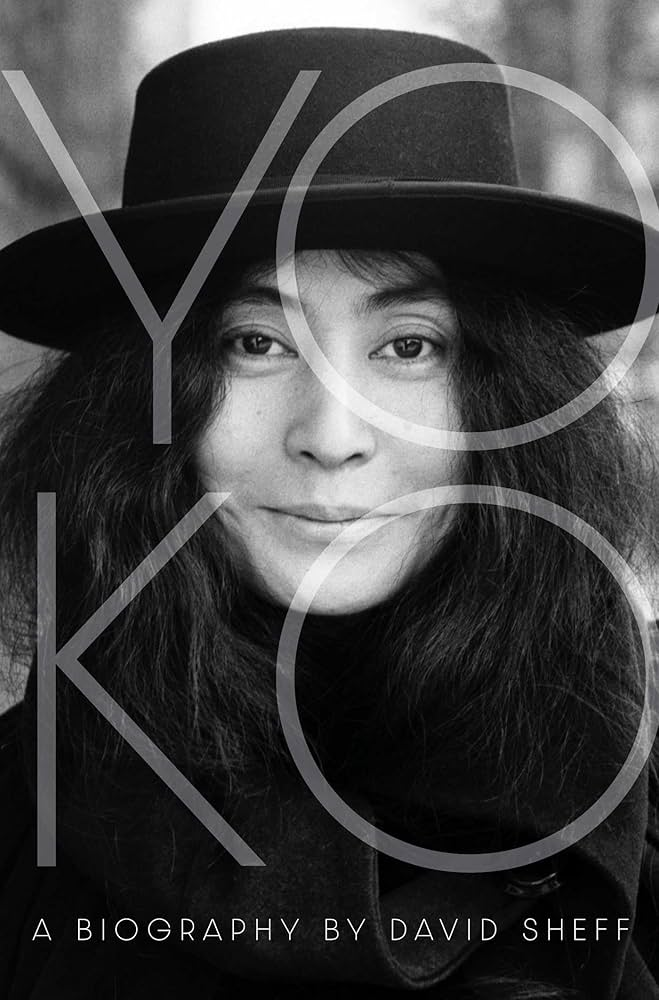
- In the land of the jaguars: In Brazil, a tiny outpost in the Pantanal wetlands allows for close contact (Travel)
(Perhaps the methodology of this article may aid my writing.)

From the Kreuzlingen Nachrichten:
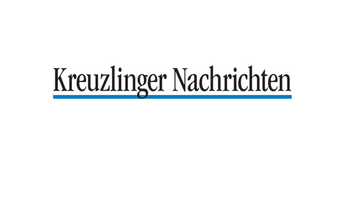
In the quiet Swiss town of Kreuzlingen, the zoo is dreaming bigger — new barns rise, fences stretch taut, and the hum of hammers rings out like a prelude to something wilder.
A touch more modern, a bit more ambitious, it seems even the beasts are getting an upgrade.
Infrastructure may not roar like a lion, but here, it’s learning to growl with purpose.
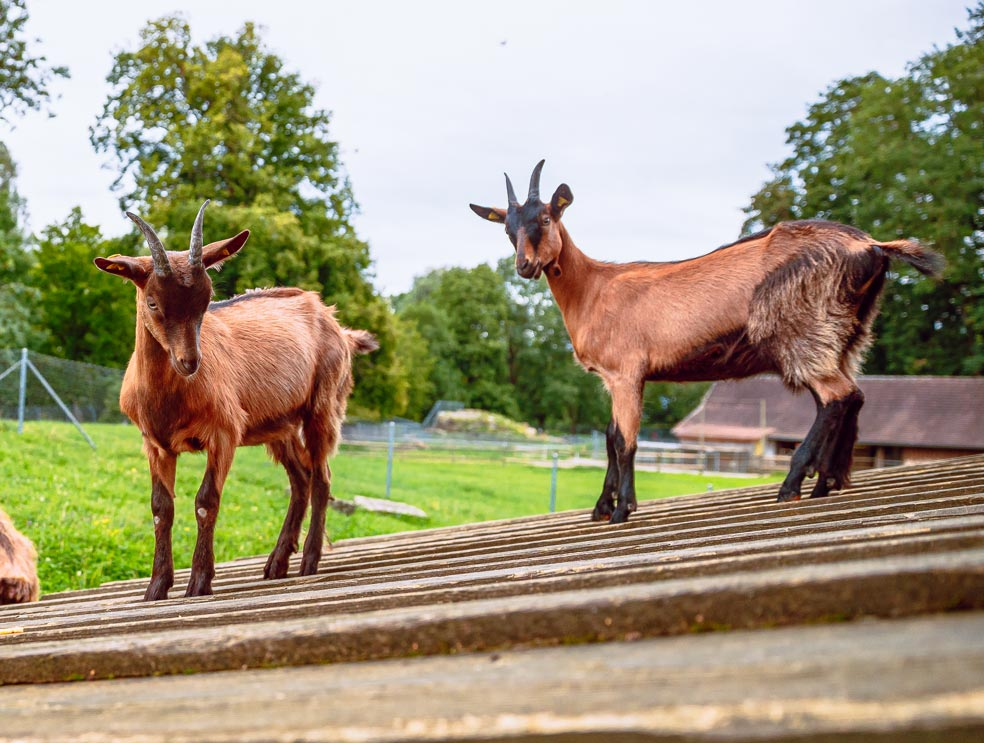
Circus Knie arrives with a magical show:
A touch of fantasy, a pinch of poetry, and a bit of magic blend with innovation and technology.
Circus Knie presents its new show, one that touches the heart and enchants both young and old.
The circus will stop at Hafenplatz in Kreuzlingen on 5 – 6 April 2025.
On the edge of Lake Constance, where the wind whispers across the Hafenplatz, magic prepares its entrance.
Circus Knie — Switzerland’s grand old ringmaster of marvels —returns, carrying stardust in its suitcase.
A dash of fantasy, a teaspoon of poetry, and the old enchantments reimagined in silicon and spotlight.
For two nights in April, children will believe again, and the grown will remember how.
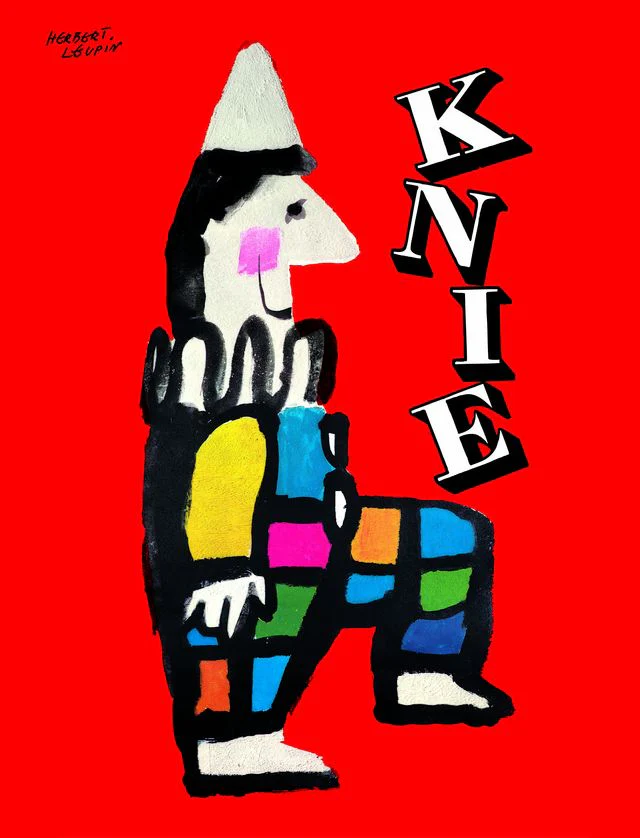
There are paths in Kreuzlingen where time slows to the burble of brooks and the curious pacing of children chasing minnows.
One hour, three winding routes, and a hundred quiet surprises.
For those willing to wander without rush, the streams of Kreuzlingen offer a soft-spoken invitation to rediscover wonder — be you five or fifty.
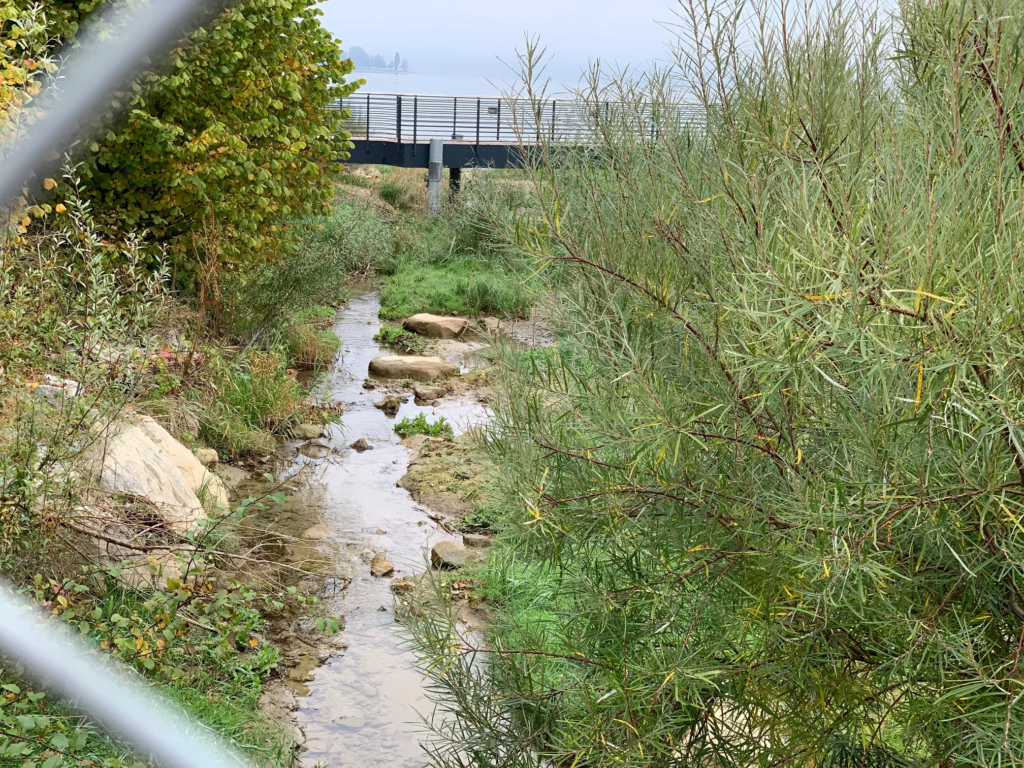
Labor dispute at the post office escalates:
A campaign highlights grievances at the Zürich Oerlikon parcel center.
The postal service admits to problems.
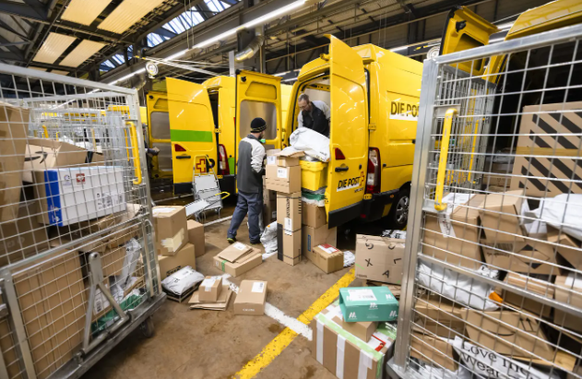
On Monday, the students of the Kantonsschule Kreuzlingen were informed that a teacher would no longer be teaching with immediate effect.
Principal Marcello Indino declined to comment:
“We have signed a mutual agreement to remain silent,” he said.
According to rumors, the teacher allegedly made inappropriate, apparently also racist, remarks.
Upon inquiry, the teacher stated that she had never before been confronted with such allegations.
“I do not deny the remarks, but I certainly did not mean them that way,” she asserted.
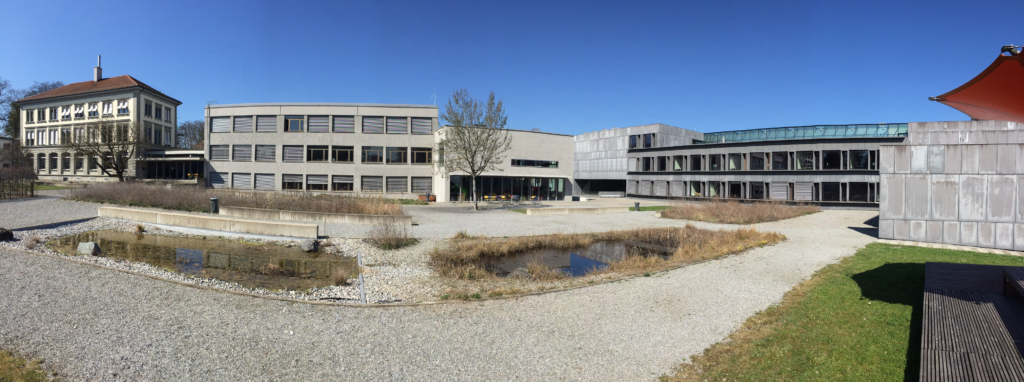
Above: Kantonschule Kreuzlingen
In November, a shop near Sargans railway station received a call from a withheld number.
The caller, a 50-year-old Italian man, claimed to have placed a bomb in the shop and stated that everyone would die.
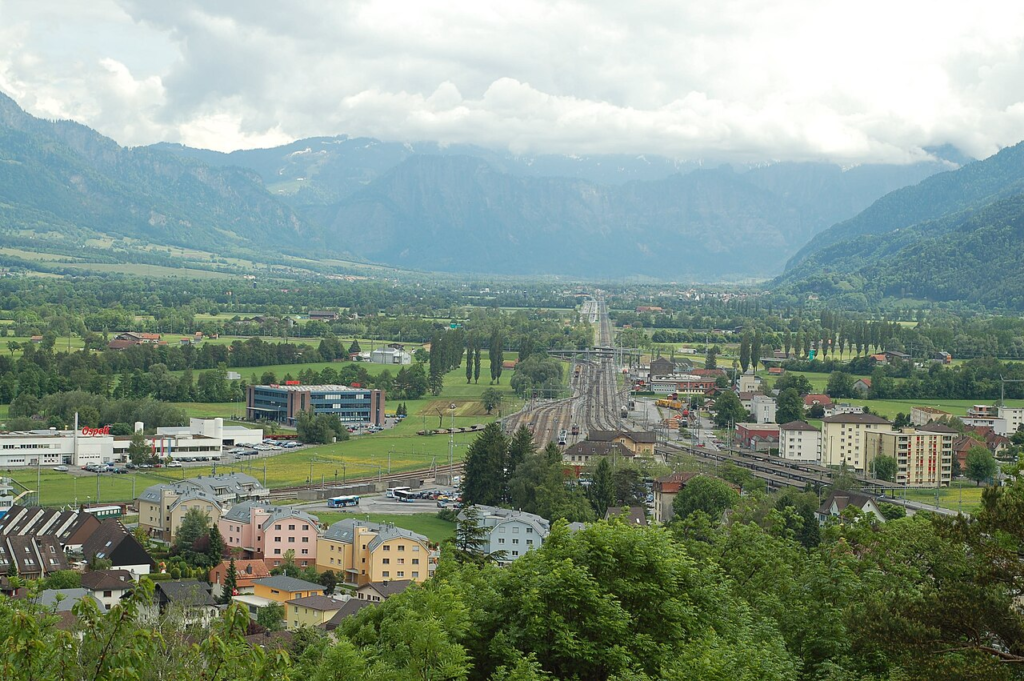
Above: Sargans station area, Canton St. Gallen, Switzerland
The Canton Police of St. Gallen confirmed an intervention upon inquiry.
“However, nothing was found on-site,” said police spokesperson Hanspeter Krüst.
Later that evening, the 50-year-old made another bomb threat.
This led to legal consequences.
“The bomb threat instilled fear and terror in the population,” reads the penalty order.
The St. Gallen Public Prosecutor’s Office sentenced the man to a conditional monetary penalty of 118 daily penalty units, each amounting to 30 francs (totaling 3,540 francs).
Under Swiss law, a monetary penalty consists of daily penalty units, with the number and value determined by the offender’s culpability and financial circumstances.
The term “conditional” indicates that the sentence will not be enforced if the offender does not commit another offense within a specified probation period.
Additionally, he must pay a fine of 700 francs and procedural costs of 650 francs.
The civil claim from the shop’s operator is referred to civil court.
The reference to the civil claim being “referred to civil court” suggests that the shop operator may seek additional compensation through civil litigation.
The penalty order is not yet legally binding.
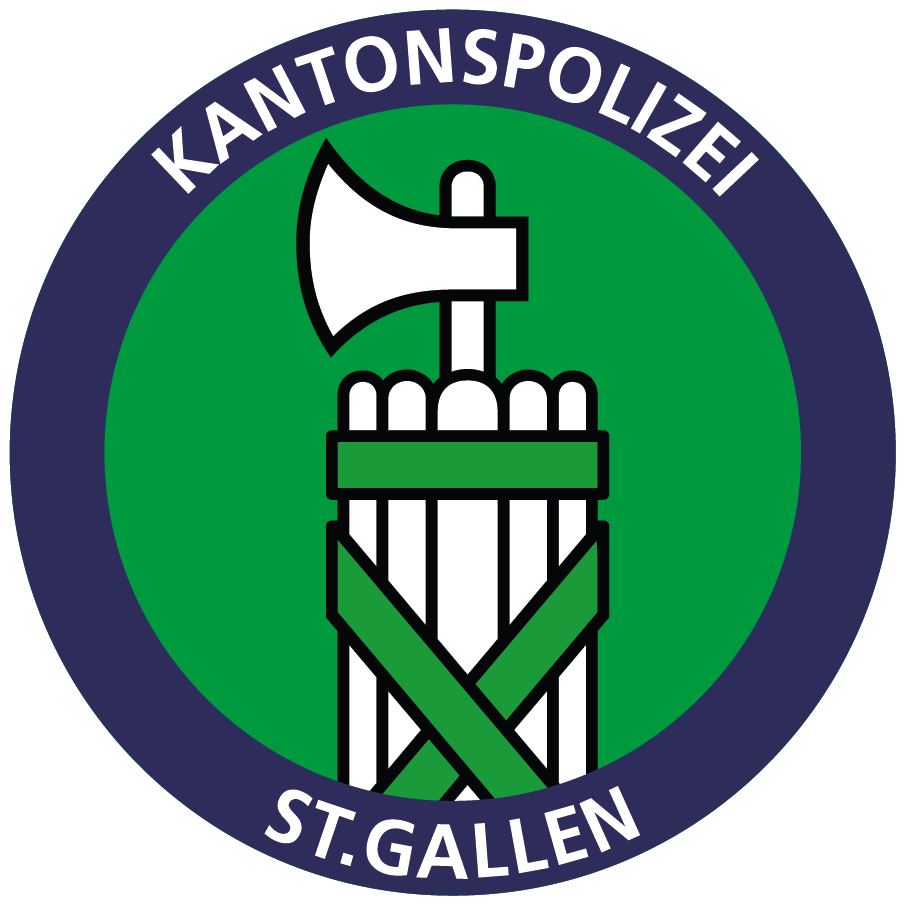
No more water in Sämtisersee:
A reader intended to bathe in the ice.
However, Sämtisersee was almost completely dried up.
Sämtisersee, located in the Alpstein region of Switzerland, is known for its significant water level fluctuations.
Depending on rainfall, the water level can drop considerably, leading to the lake drying up entirely during dry periods.
This phenomenon is well-documented and not unusual for this time of year.
The lake’s unique characteristics, including its varying water levels and the presence of extensive algae mats during low water periods, are attributed to its geological formation and the underground drainage system that feeds into the Rhine Valley.
The lake has an underground outlet, and its water resurfaces in the St. Gallen Rhine Valley.
The water level of Lake Sämtis is subject to strong fluctuations.
During periods of little precipitation, the water level can drop significantly in both summer and winter.
In extreme cases, the lake dries up completely (e.g. summer 1998).
The most important tributary, the Sämtiserbach, is unable to carry sufficient water at such times.
In the spring of 1999, there was an extraordinary amount of snow in the catchment area of Lake Sämtis, so that heavy precipitation combined with snowmelt caused the water level to rise 7 m above the mean level and flooded the road to Alp Sämtis and Bollenwees.
Due to its location in a depression approximately 70 m deep, a cold air lake can form over Lake Sämtis during calm and cloudless weather conditions.
In winter, when the lake is frozen and covered with snow, the temperature can drop well below −30 °C under favorable meteorological conditions.
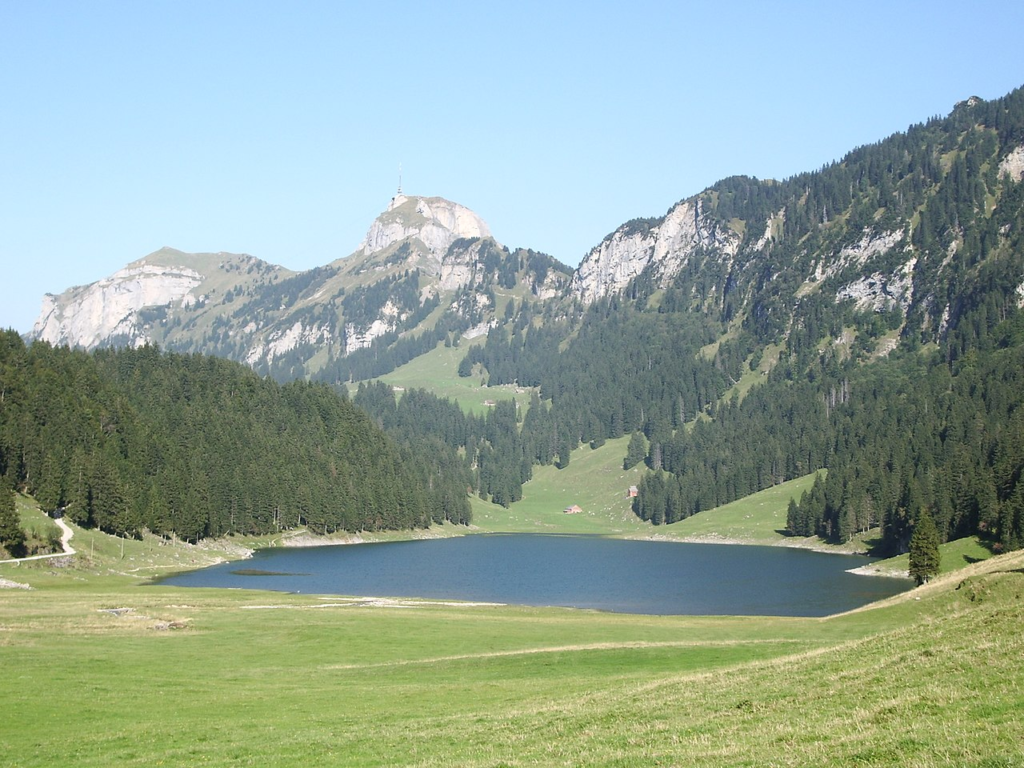
Above: Sämtisersee, Canton Appenzeller Innerrhoden, Switzerland
Suddenly, Swiss news does not seem less egocentric than news from America nor do its problems seem unique to itself.
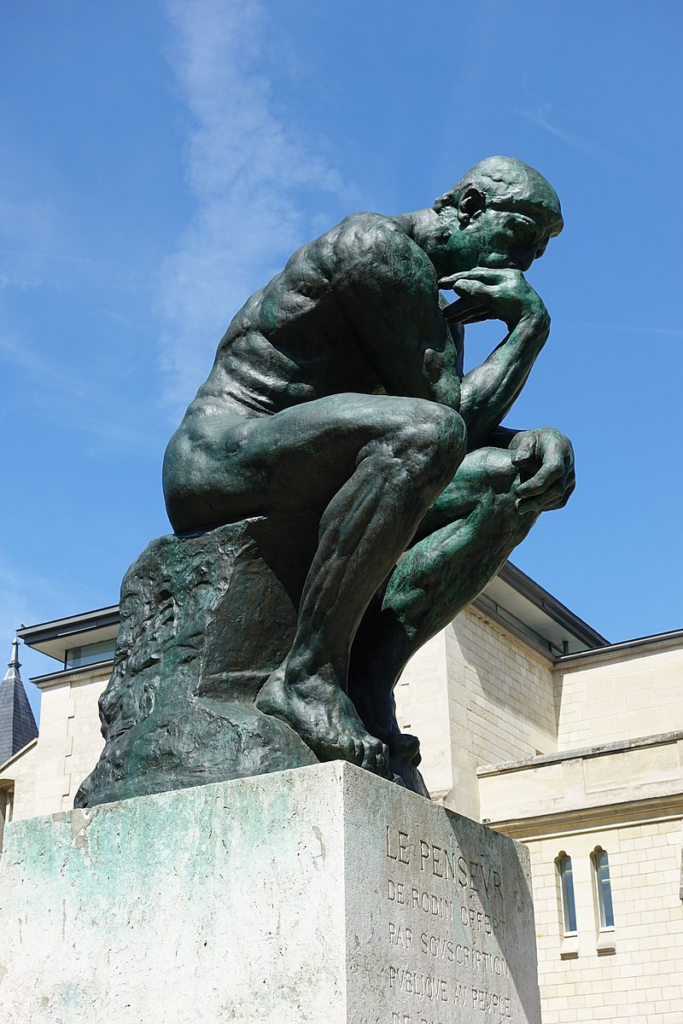
It is time for a stroll.
I walk from Steinach to Arbon Seemoosriet station.
I hug the shore as long as I can.
I stop off for a herbal tea at a drinks cabana, surprisingly open in March on a weekday afternoon.
Could spring be finally here?
I lose the thread of yellow walking trail signs, but I am unconcerned.
It is not my first time in Arbon.
God willing, it won’t be my last.
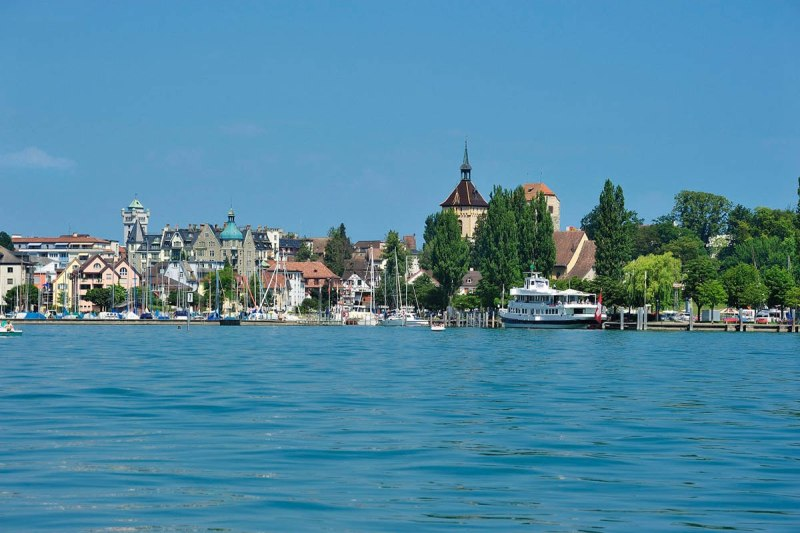
Above: Arbon
In quiet towns like Arbon, history does not sleep.
It lingers in the stones, waits in the wind off the lake, and stirs again when the young begin to dream aloud.
Arbon wears its history like a woolen coat — quiet, warm, and worn — but beneath its calm, the pulse of protest still beats, remembered by few, revived by those who dare to see red.
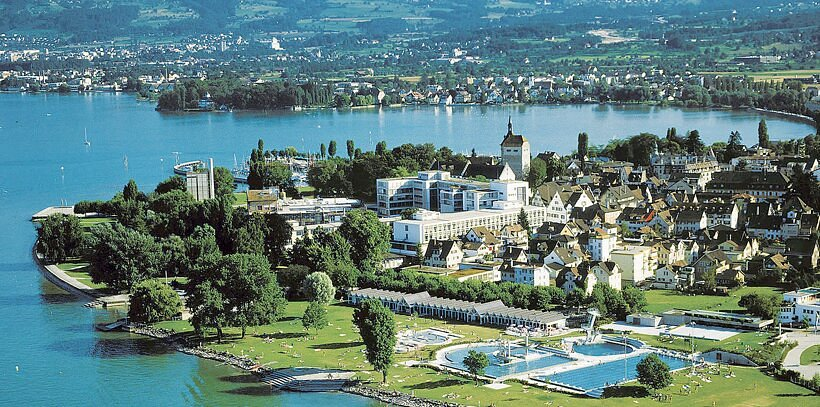
Above: Arbon